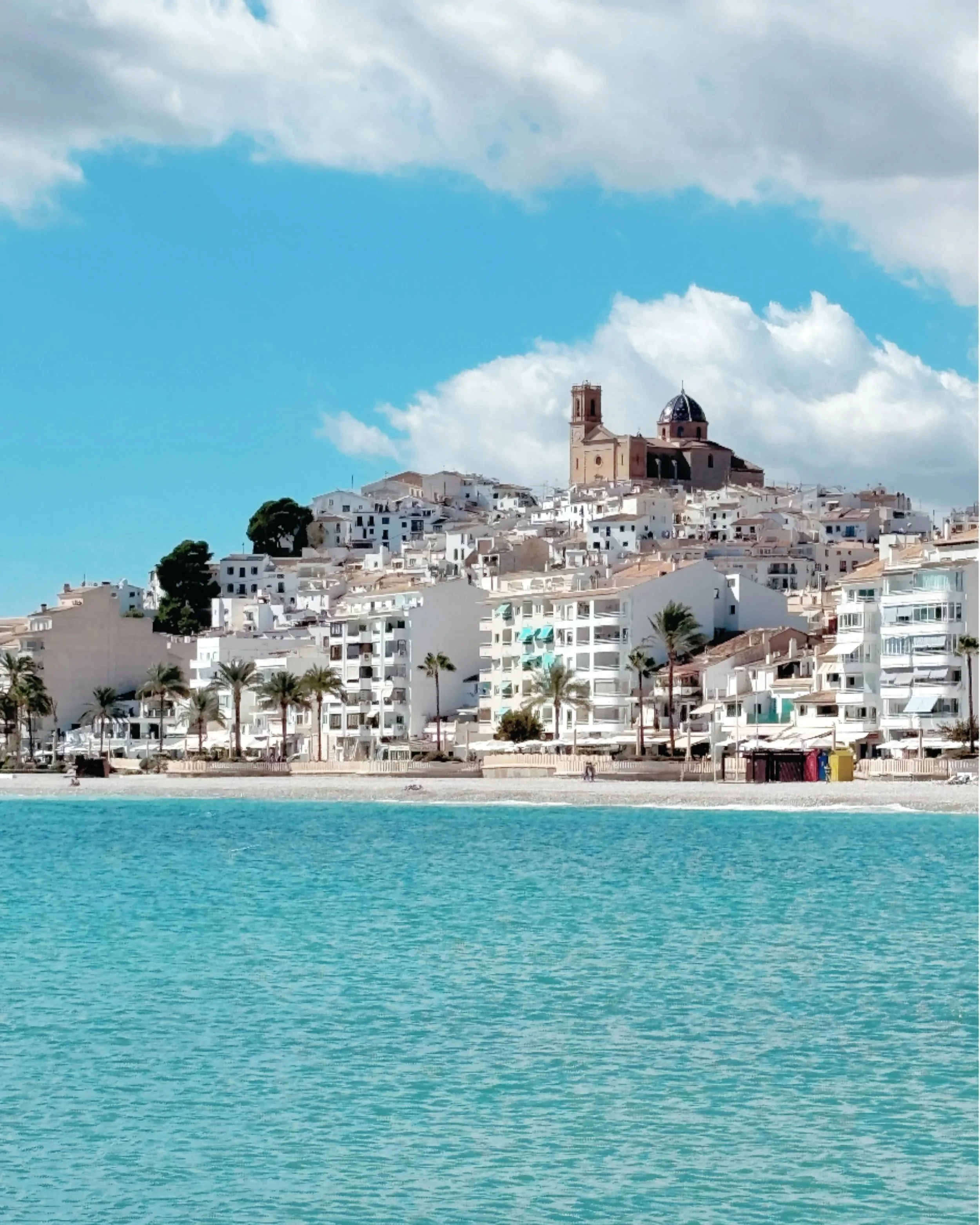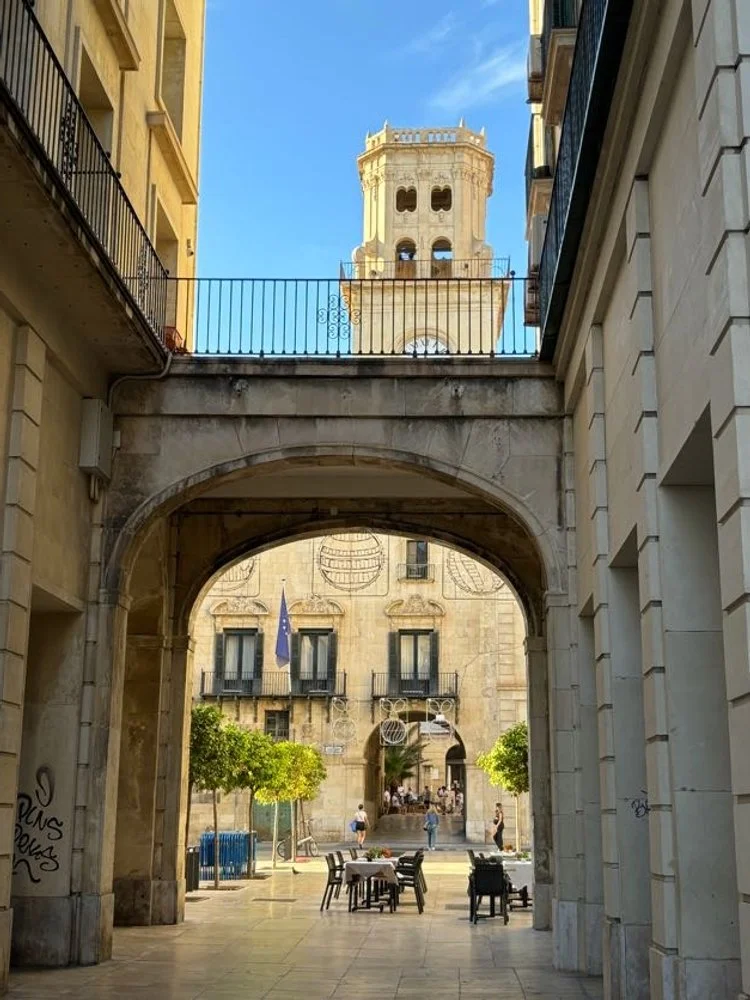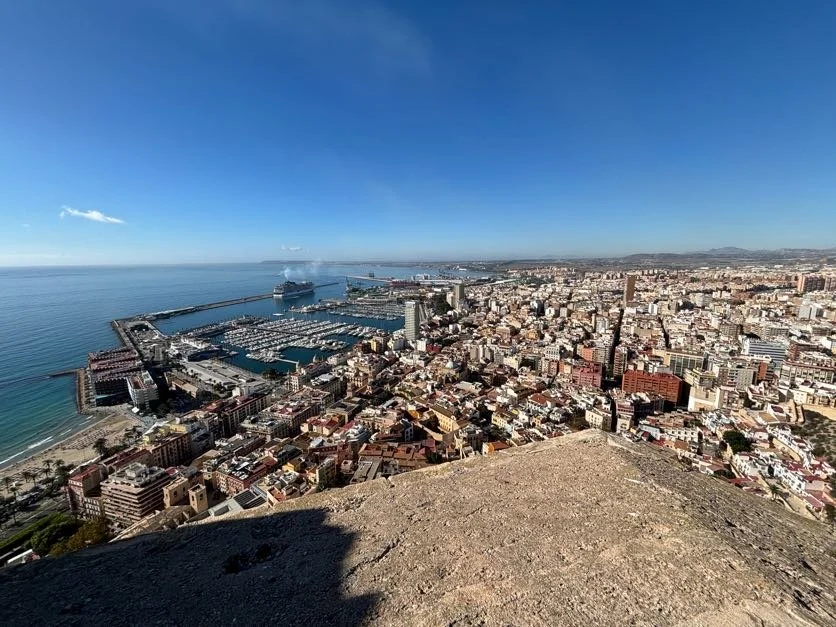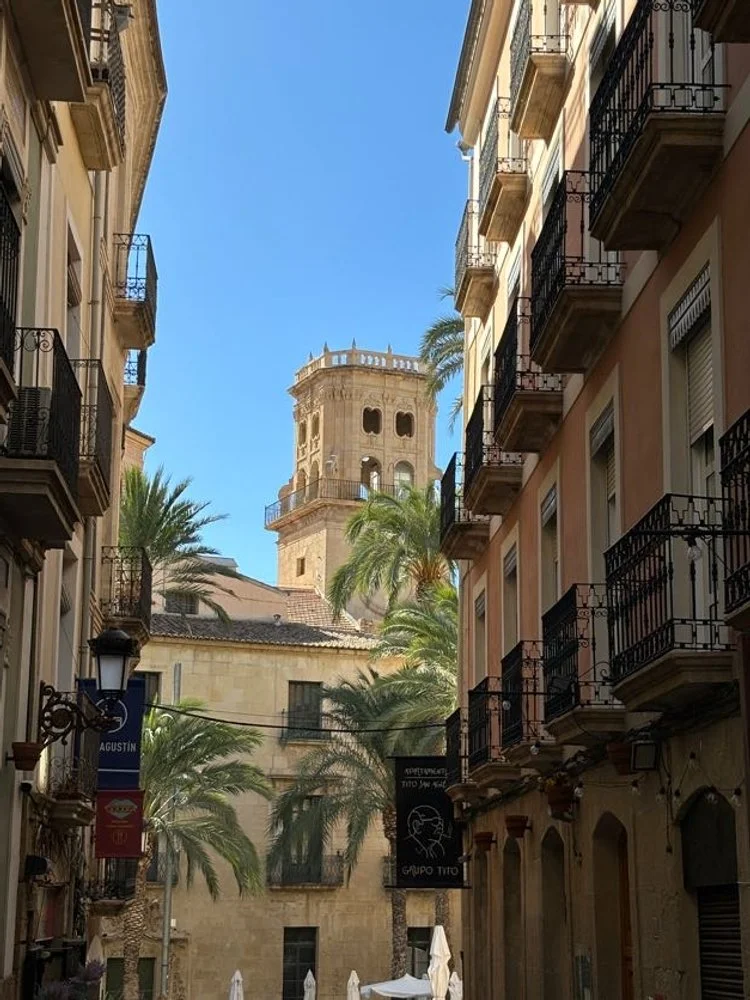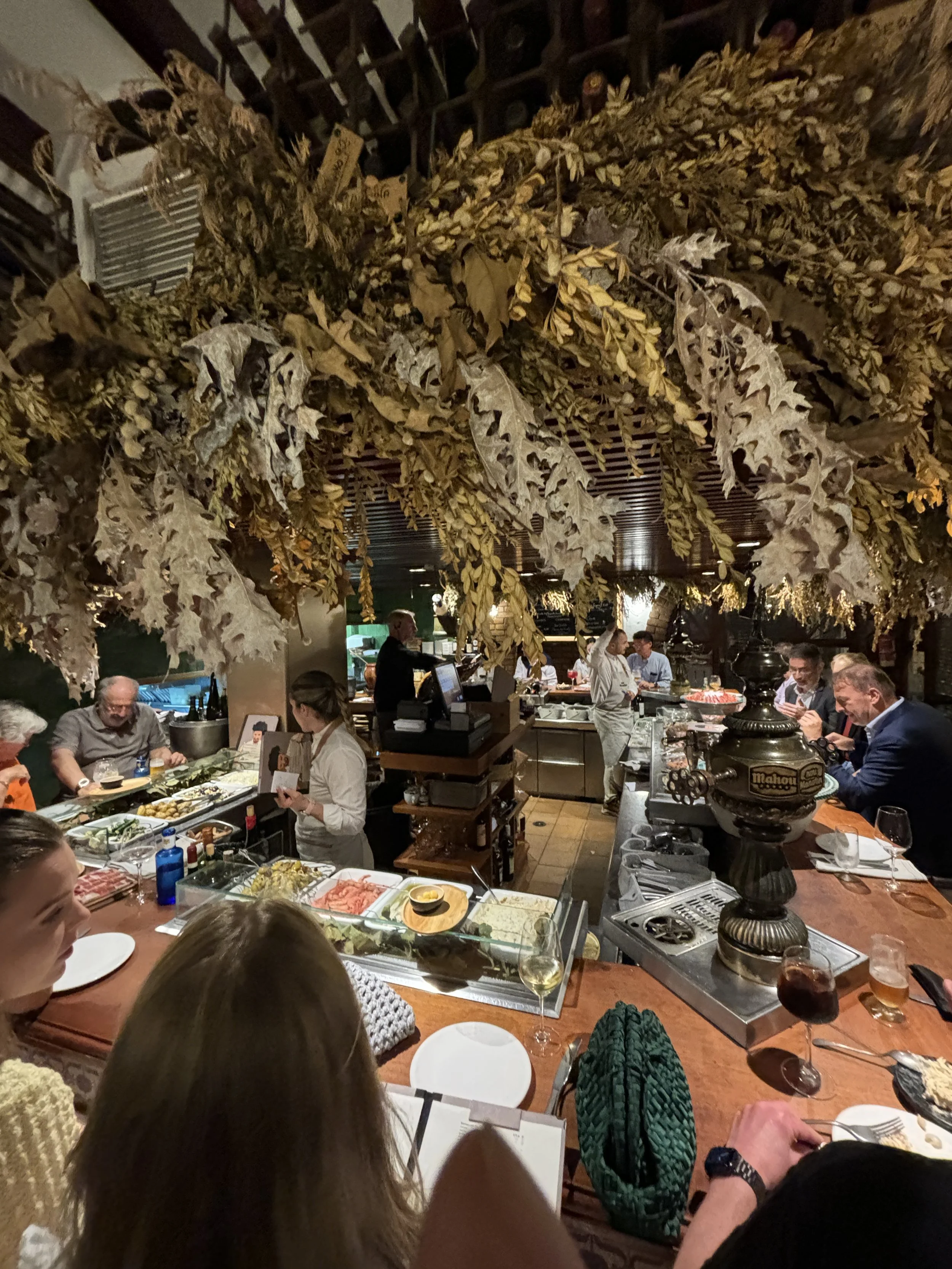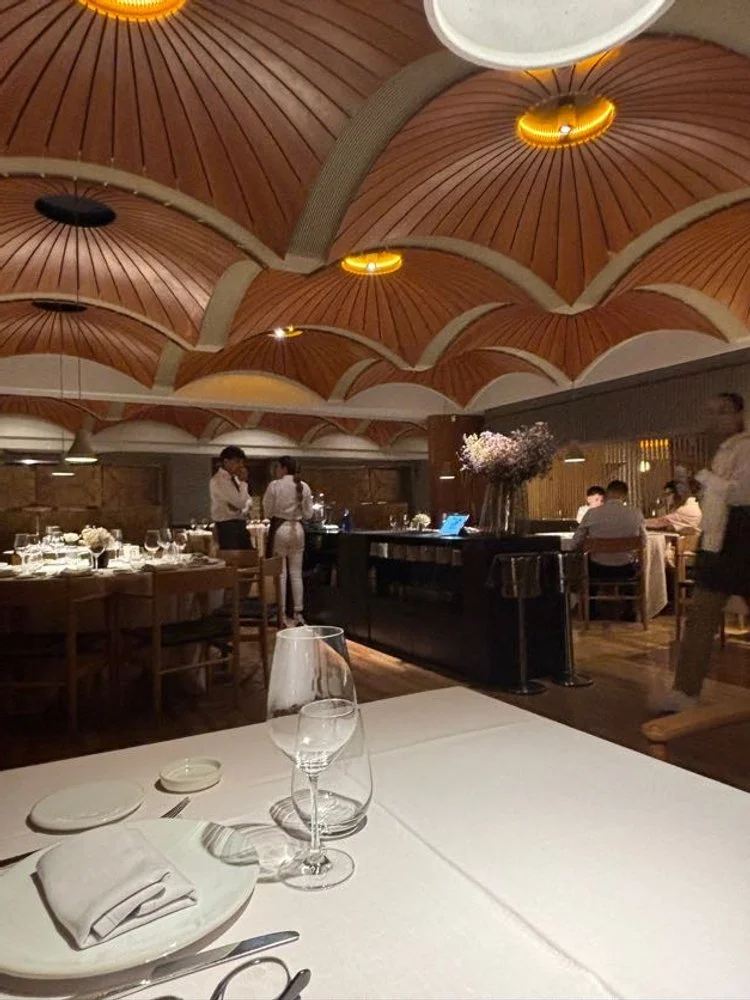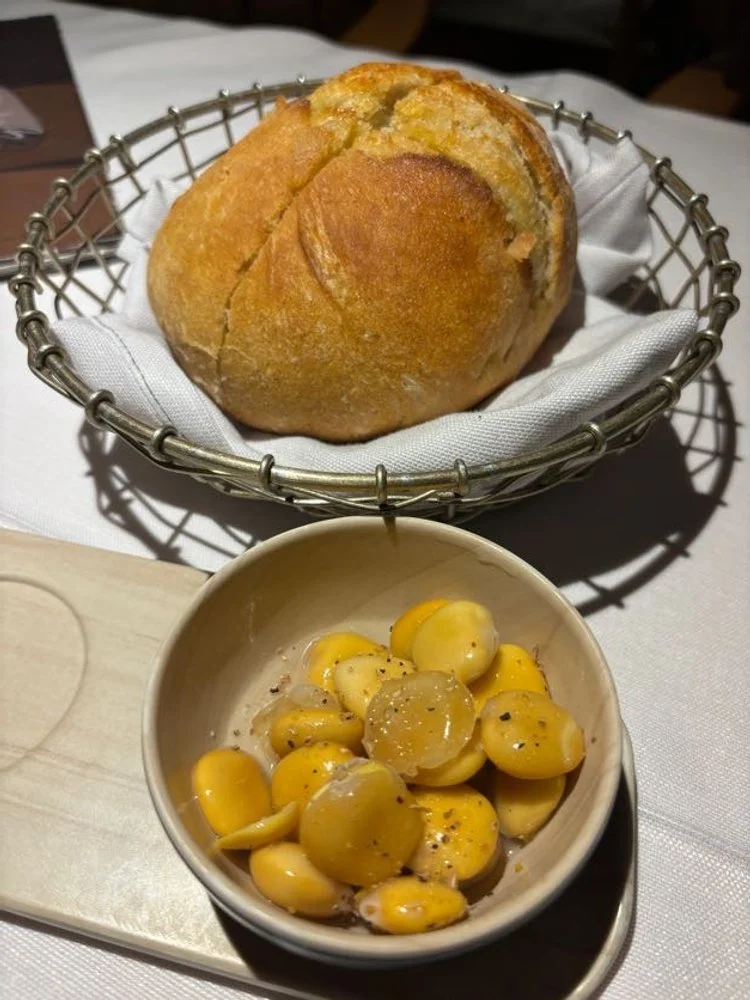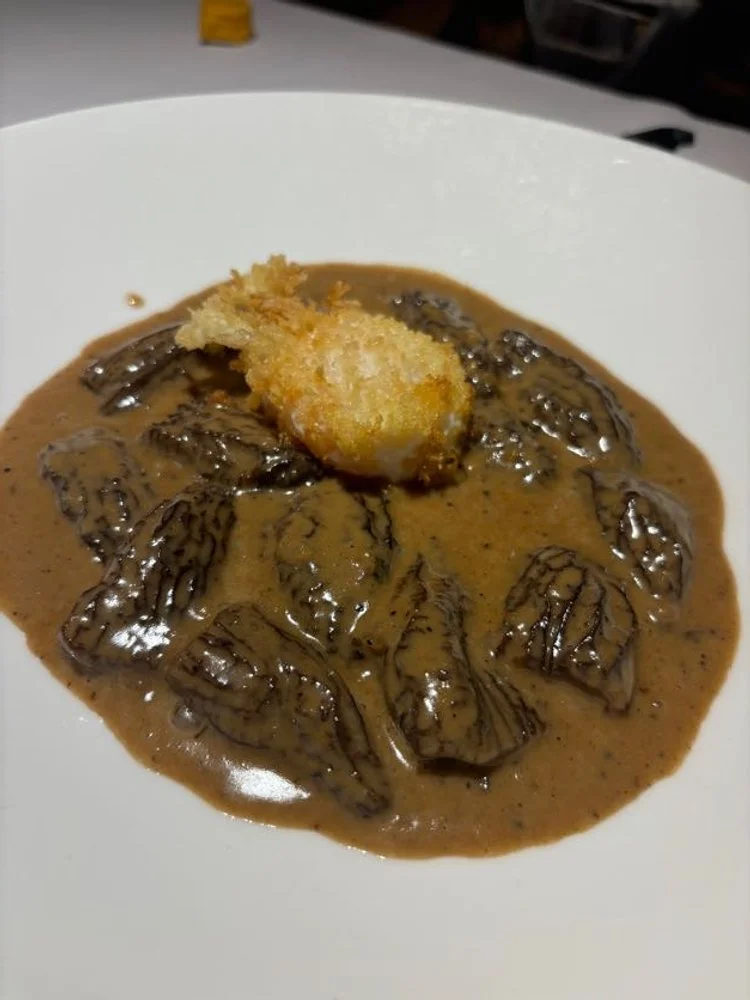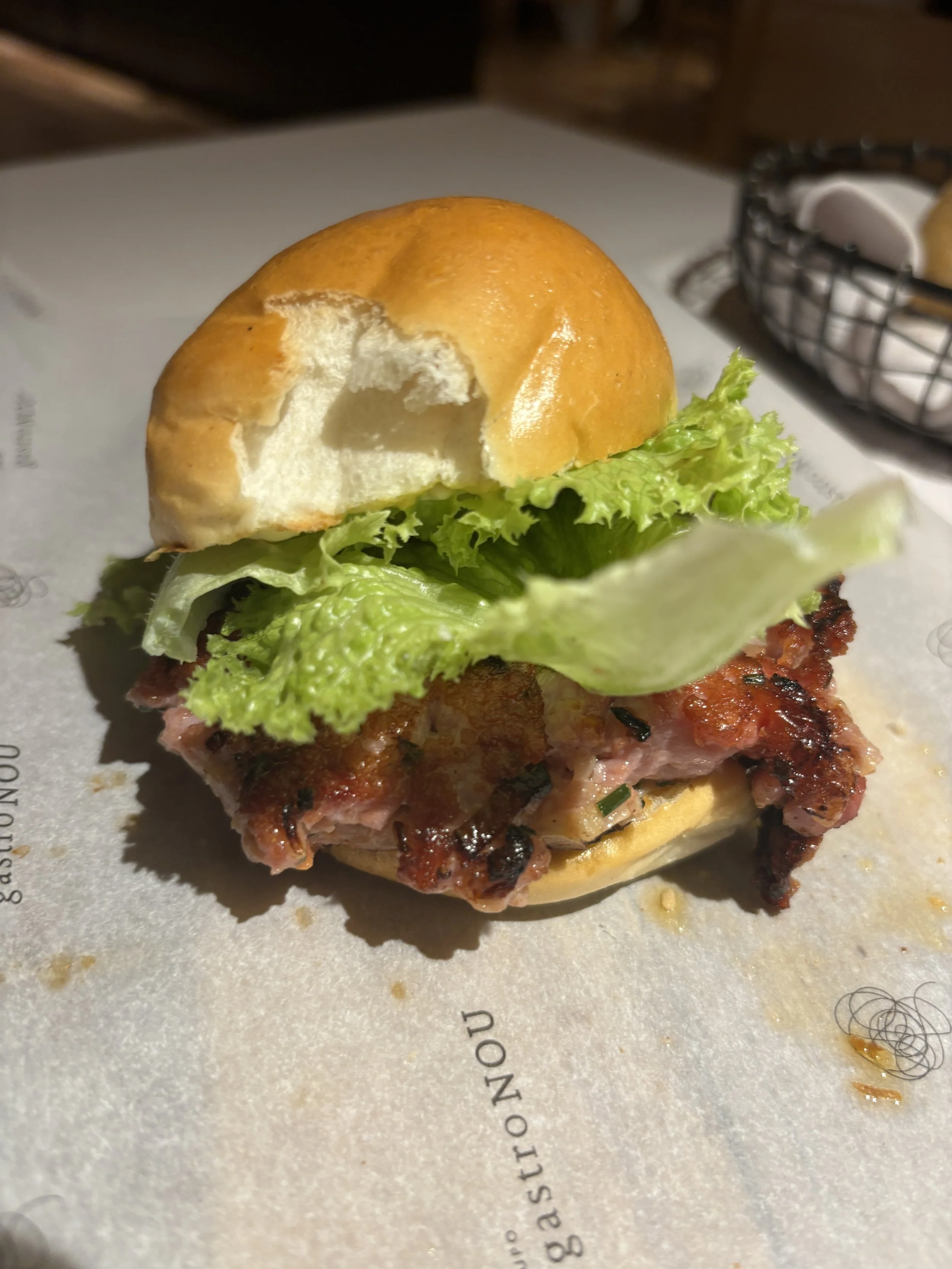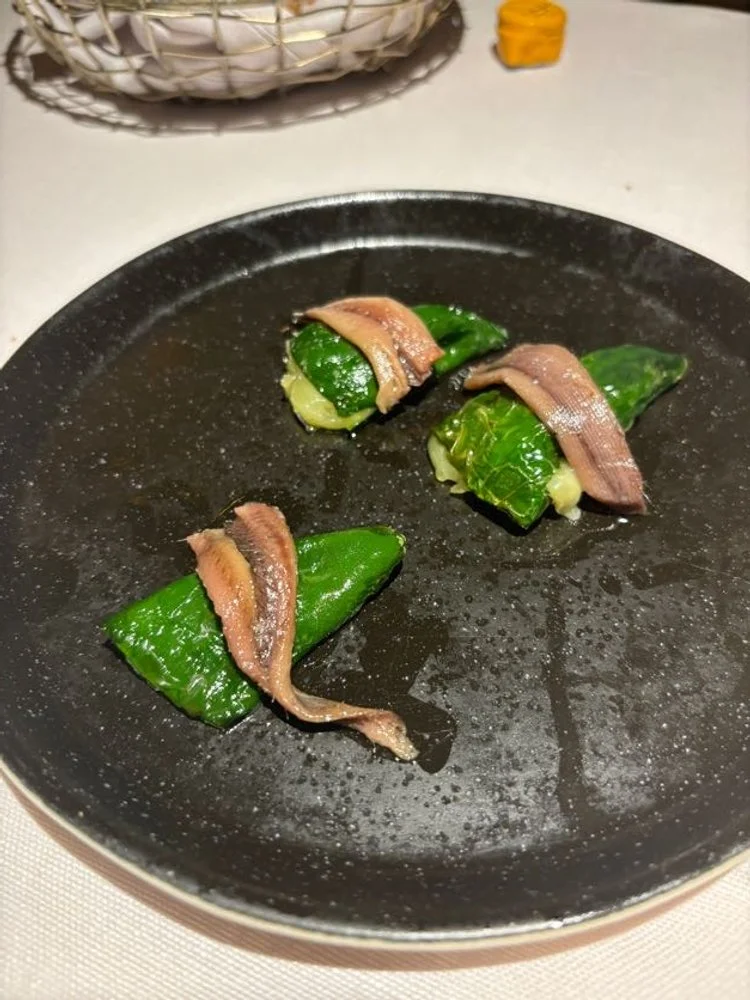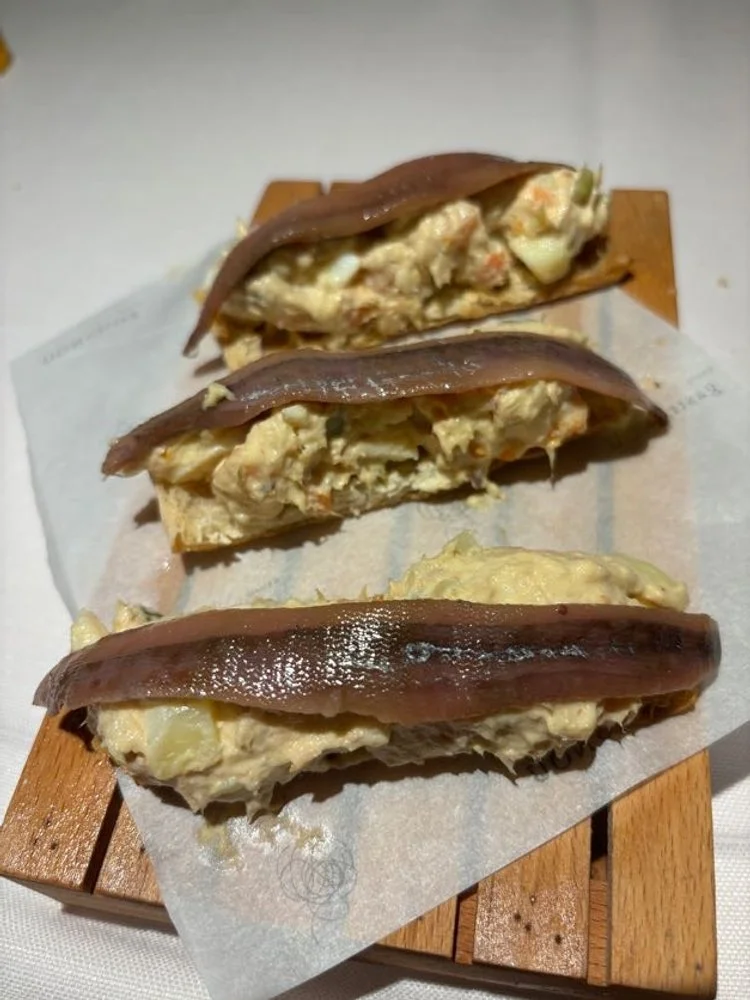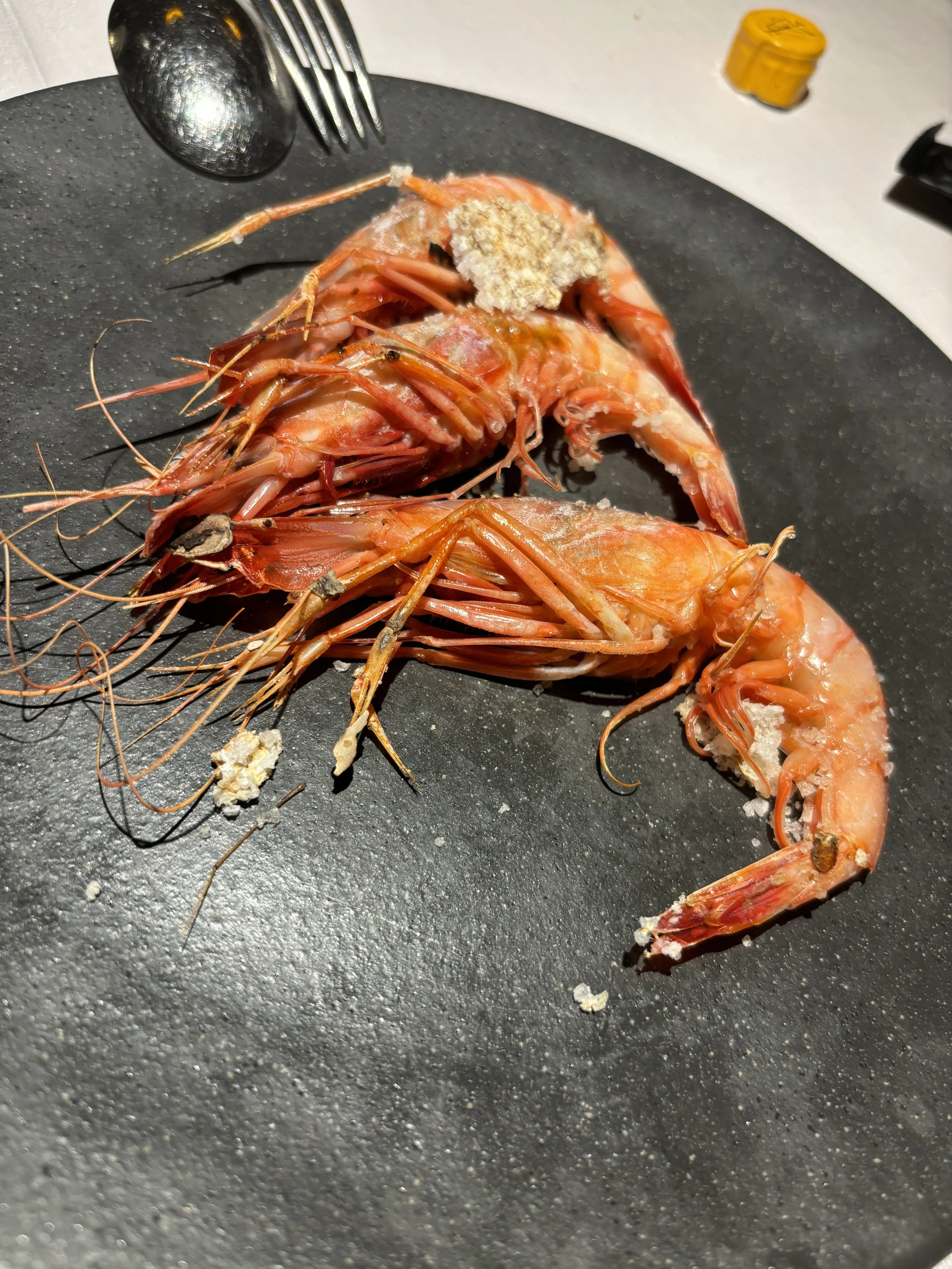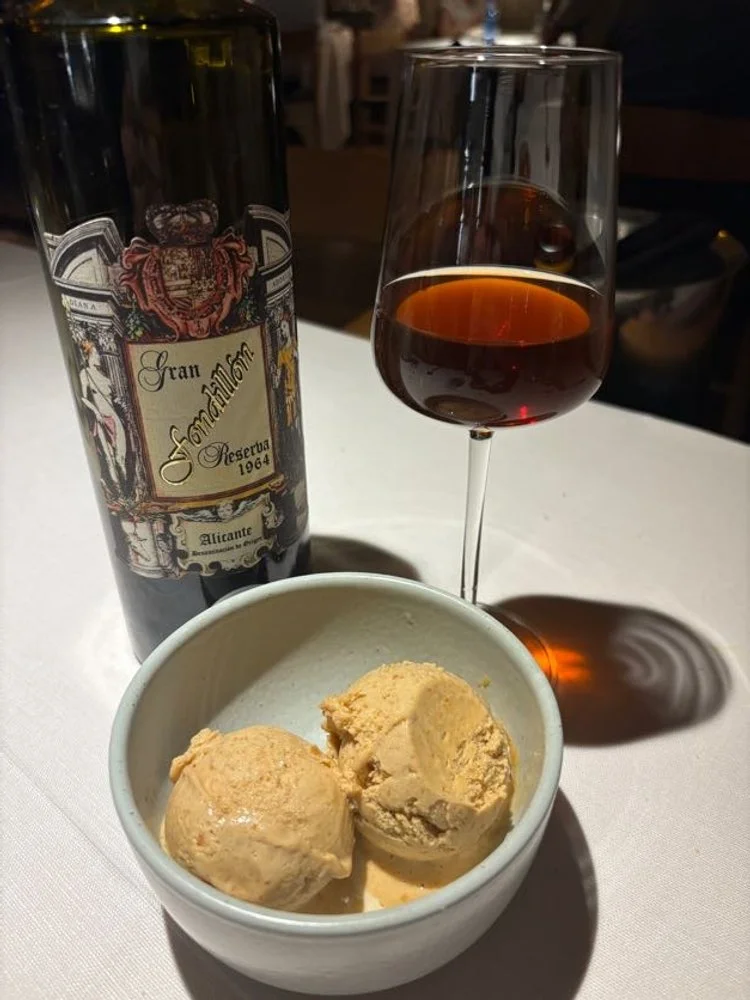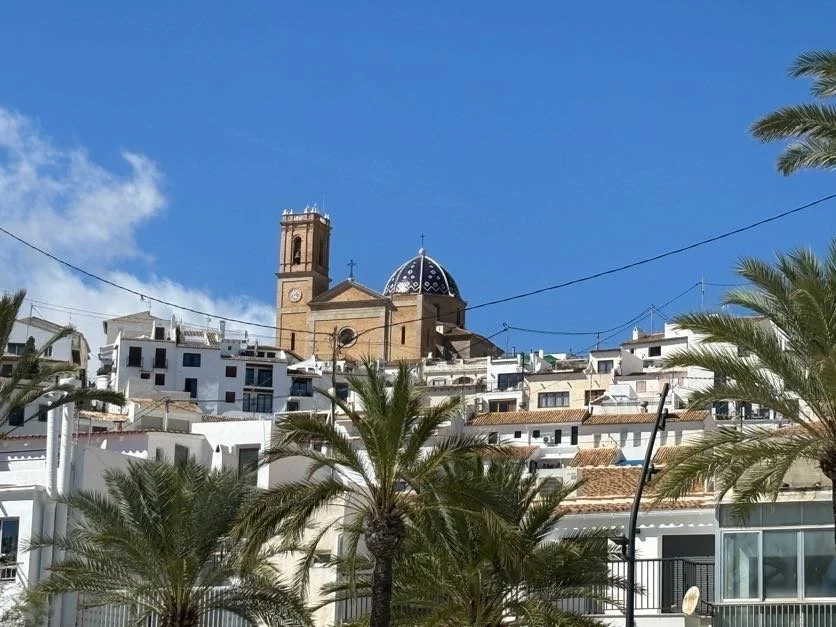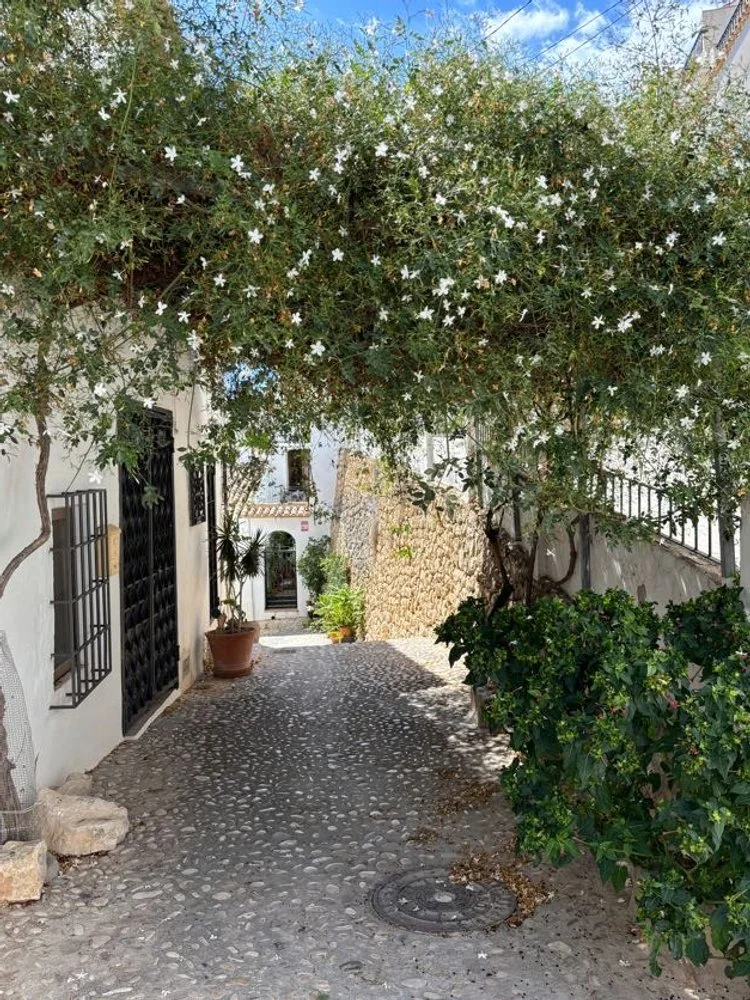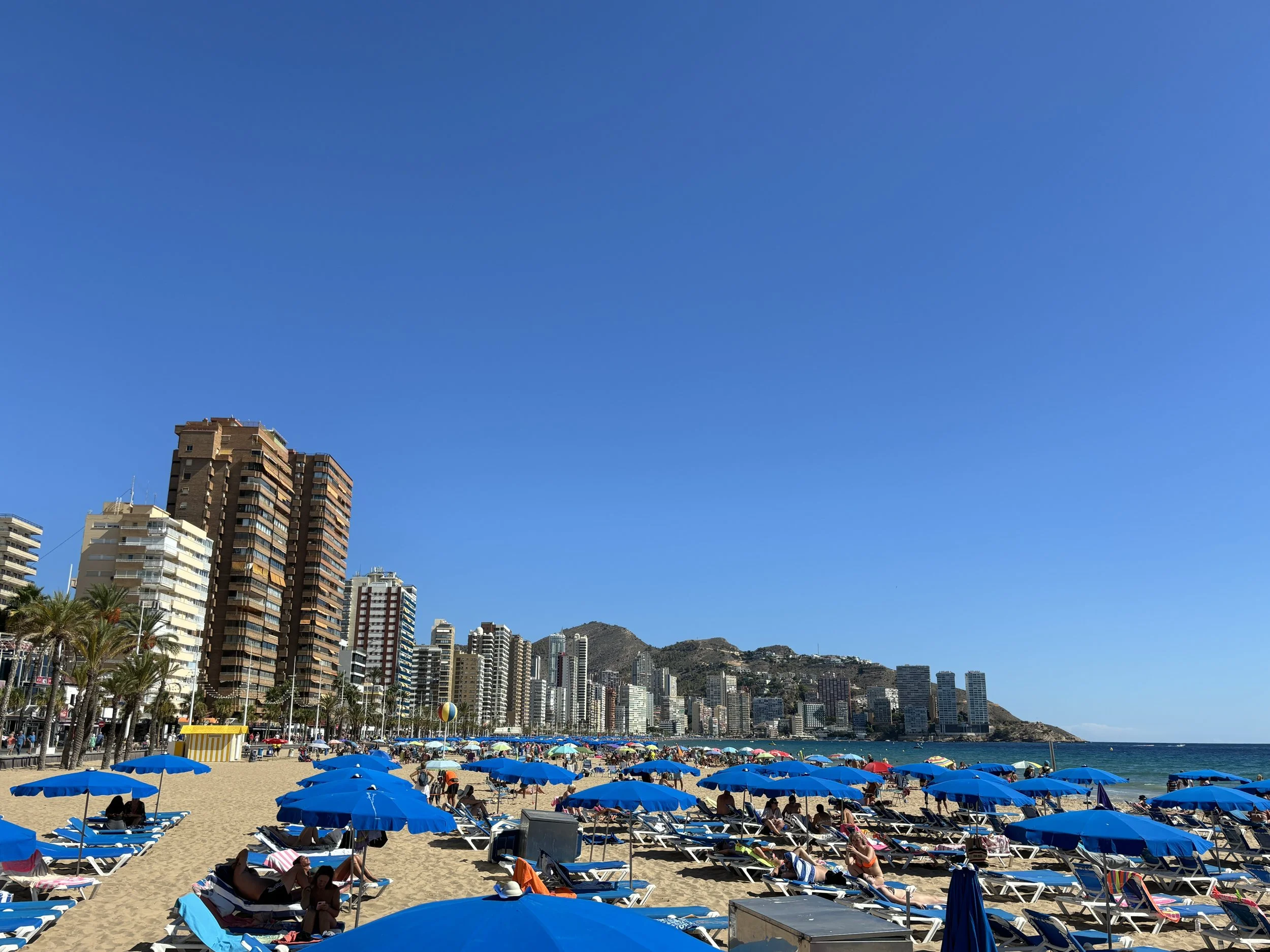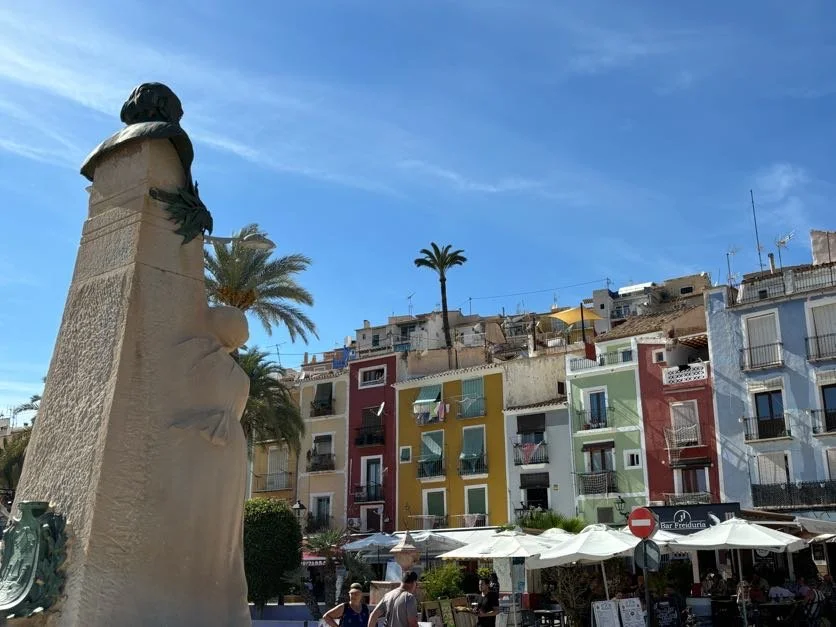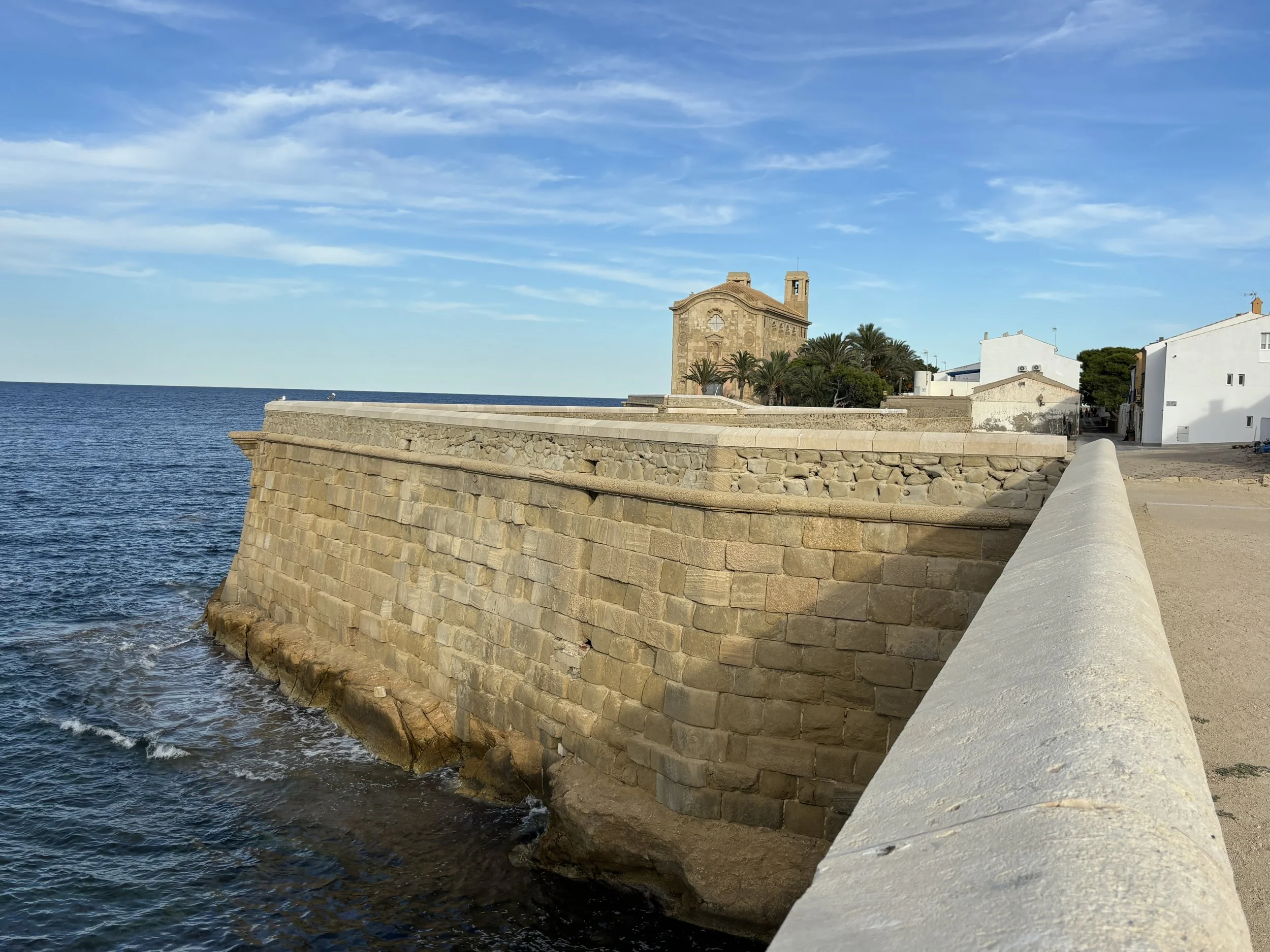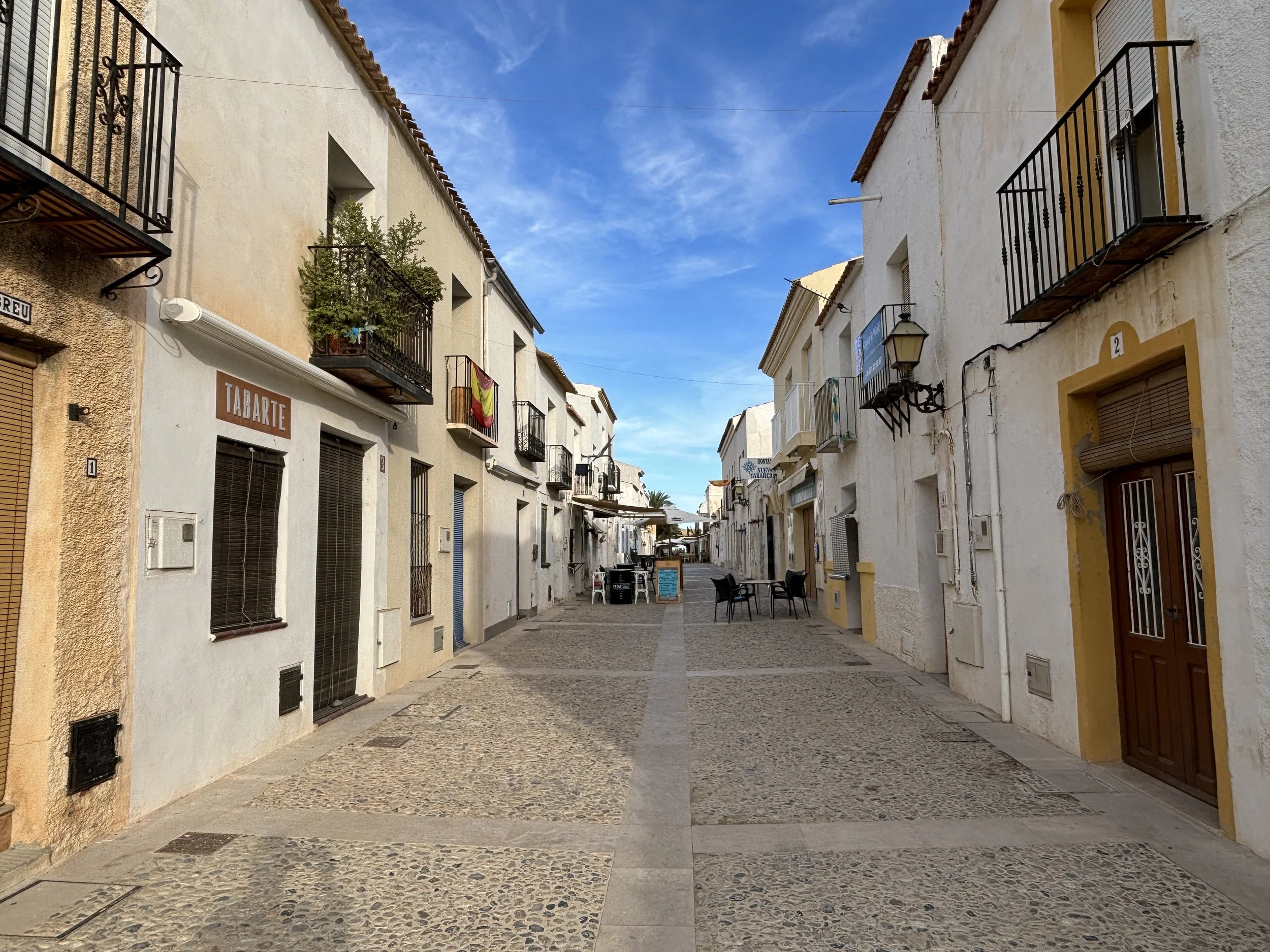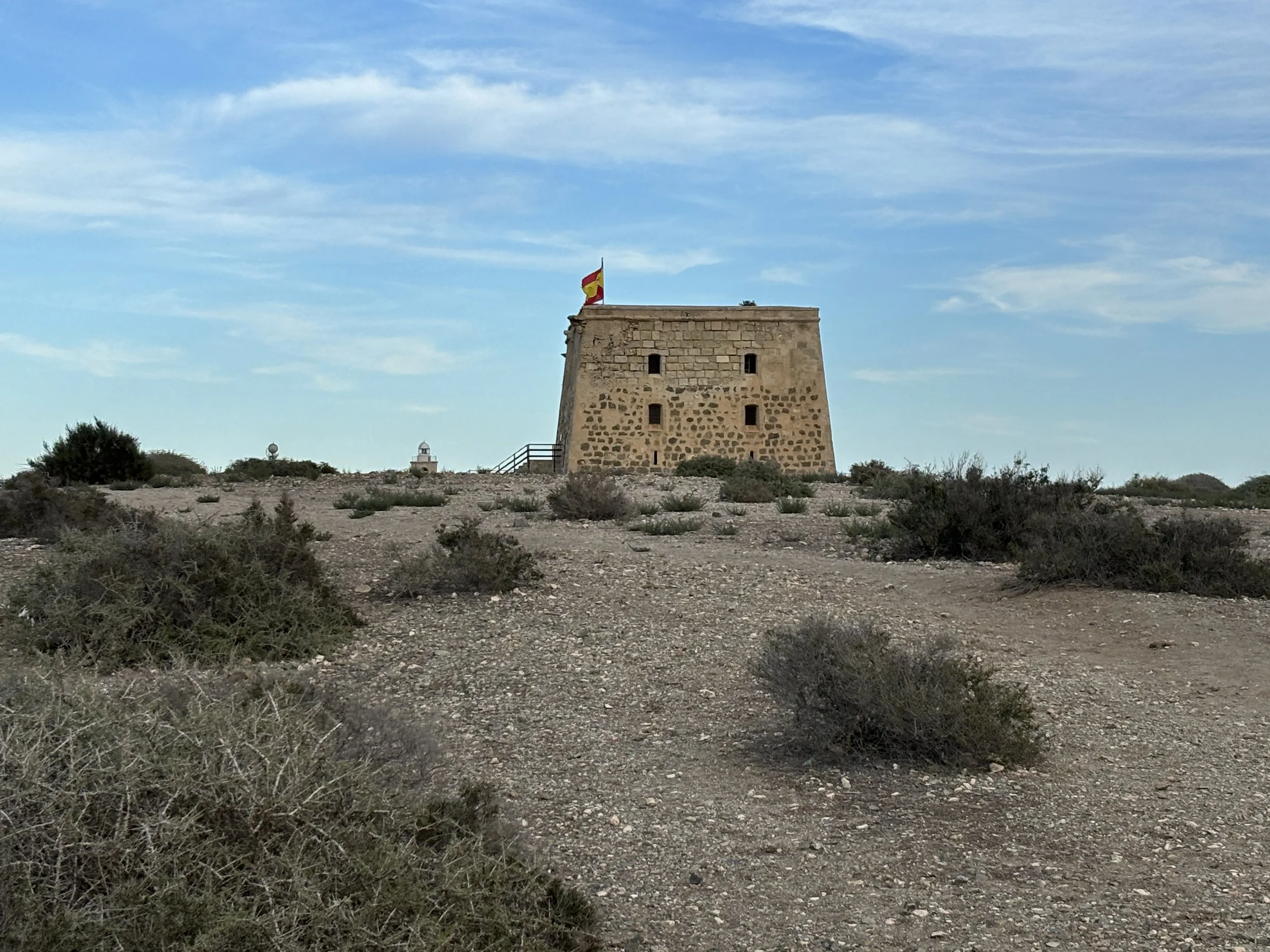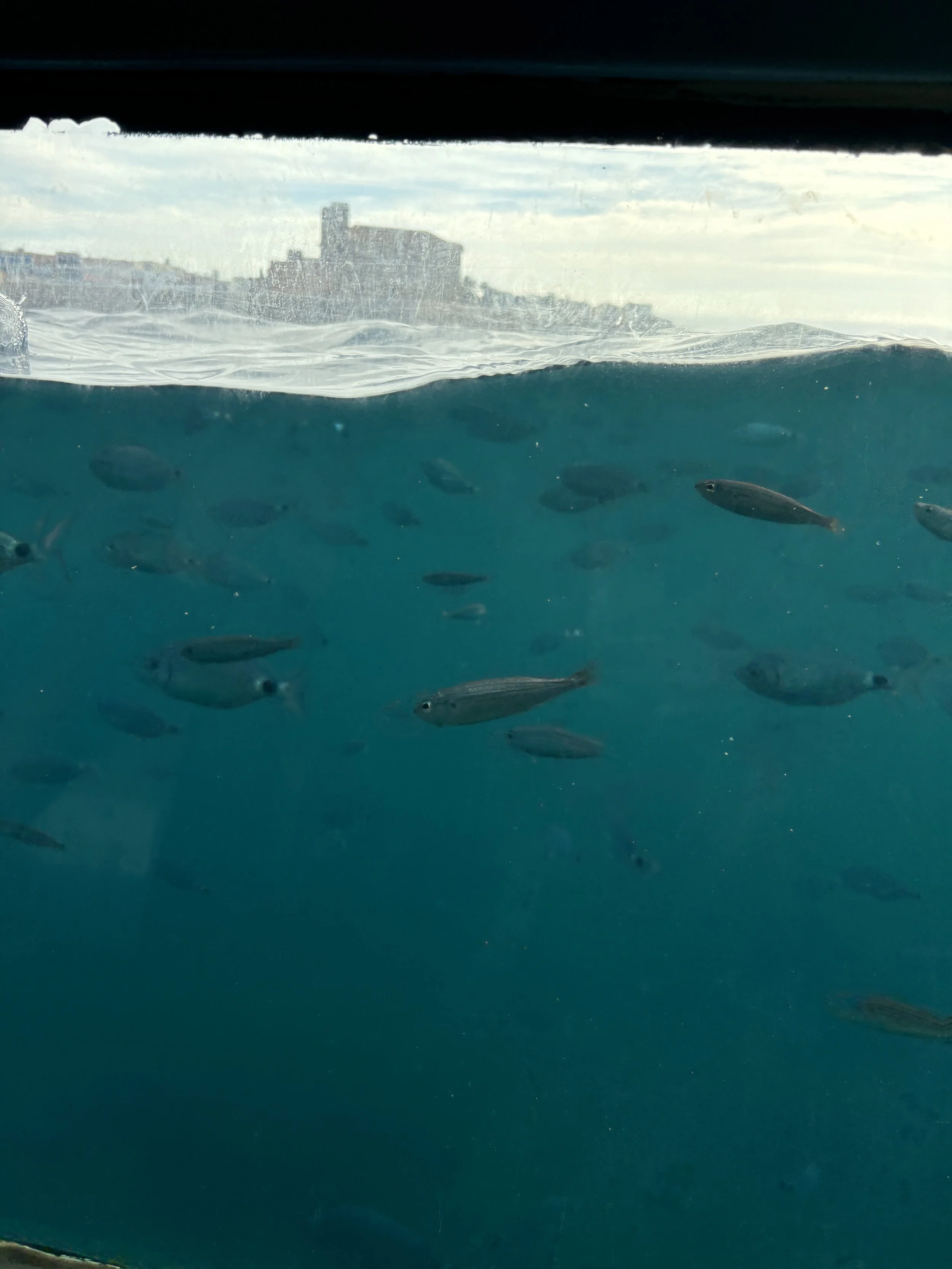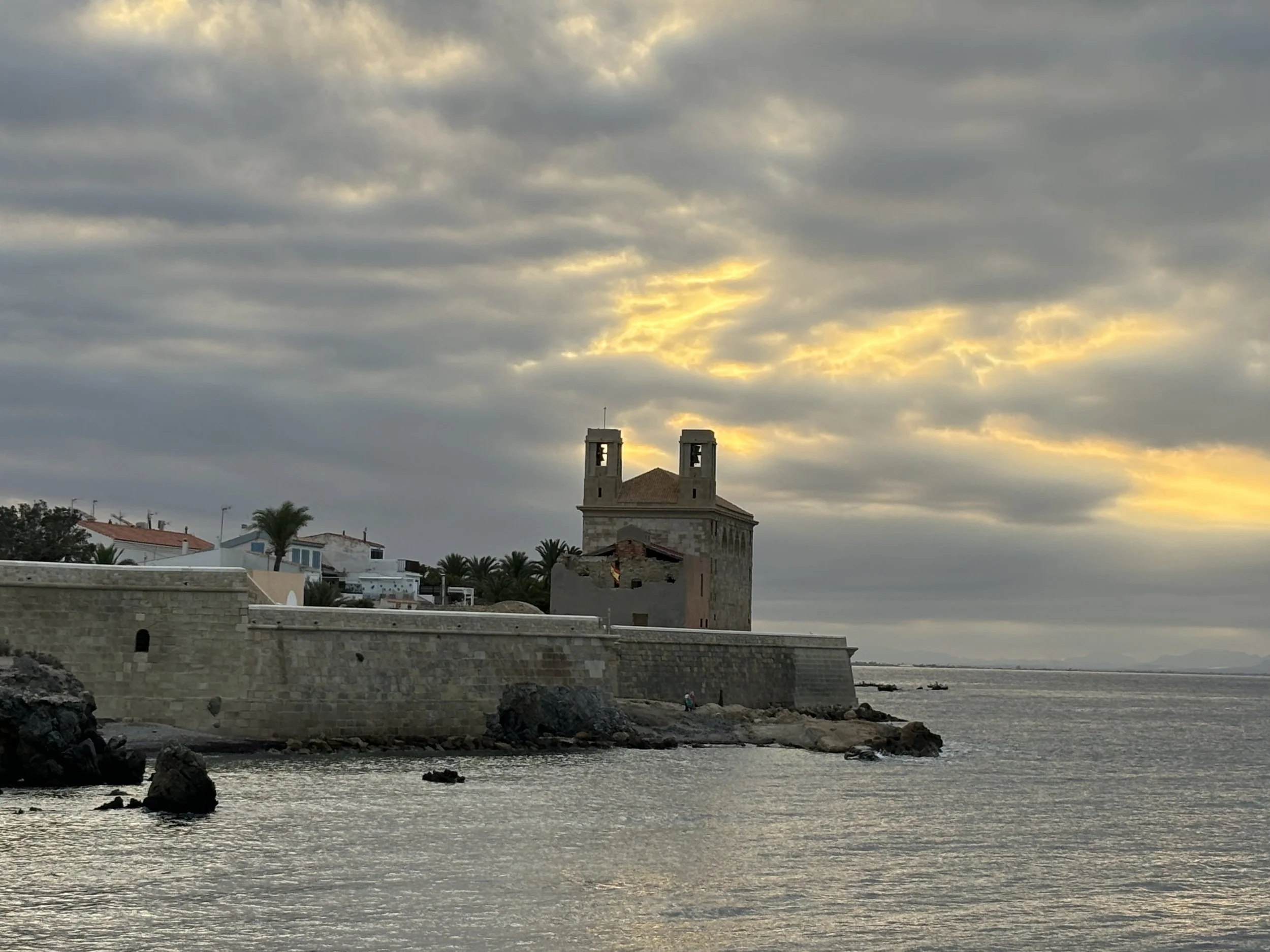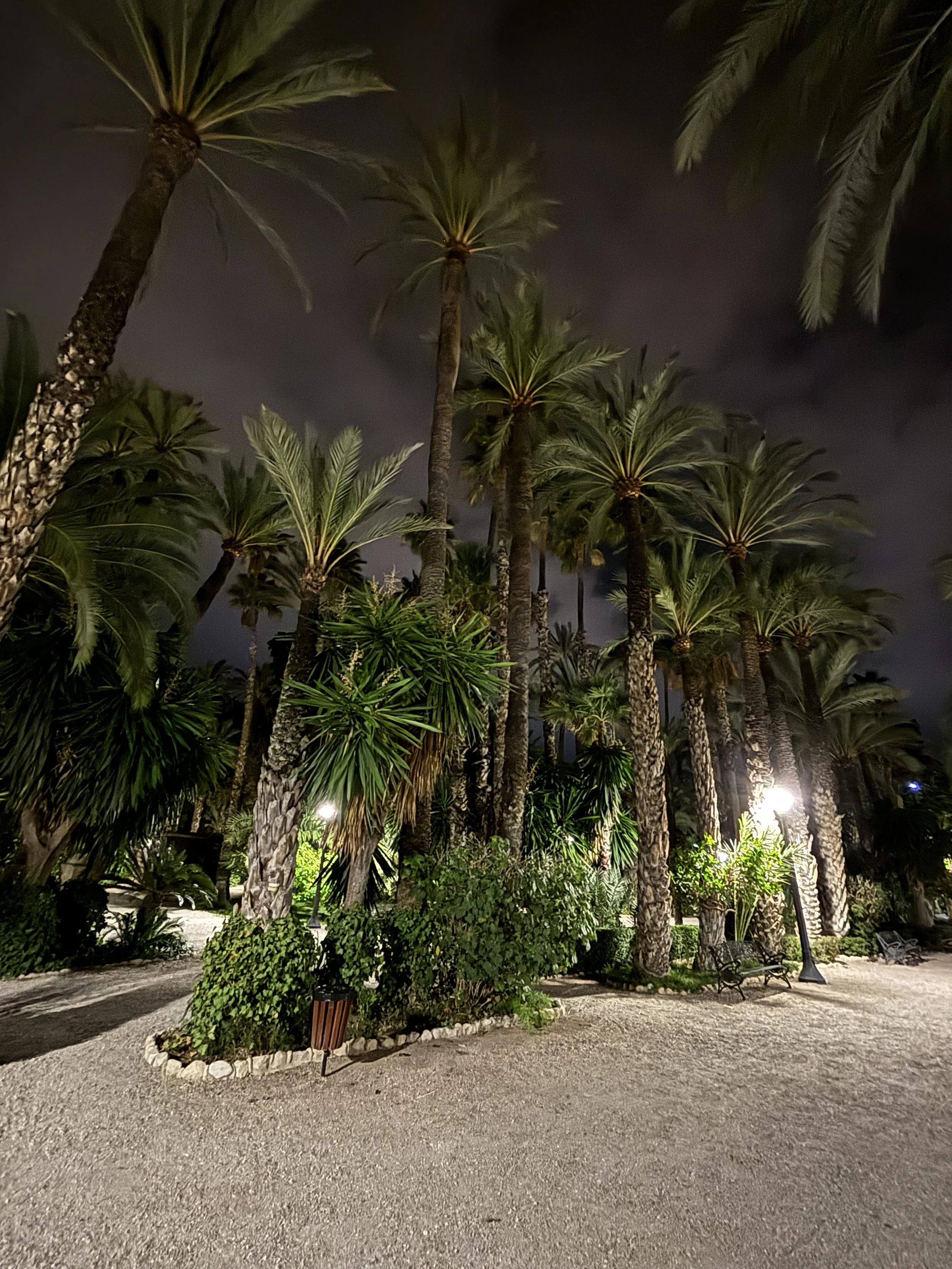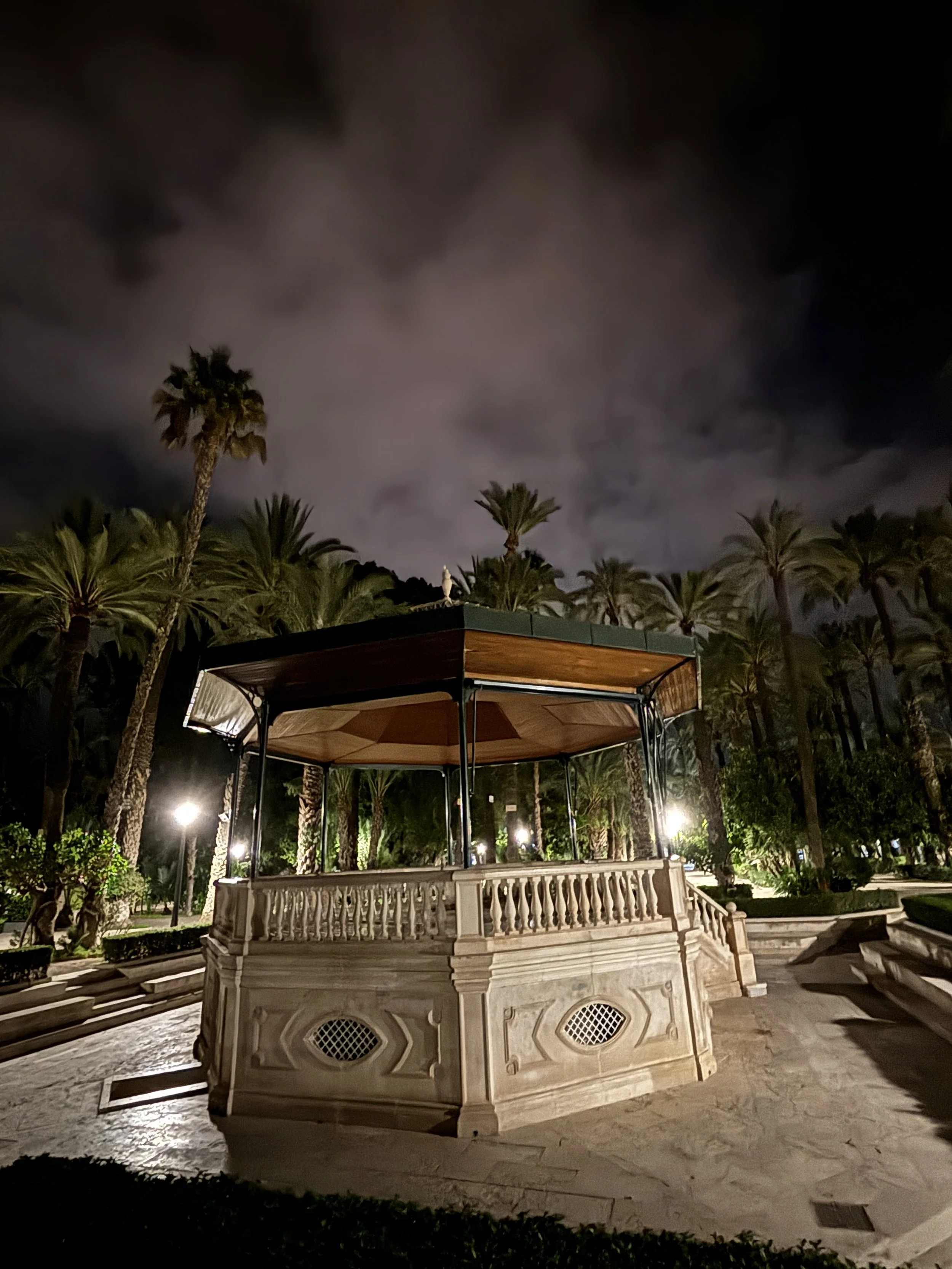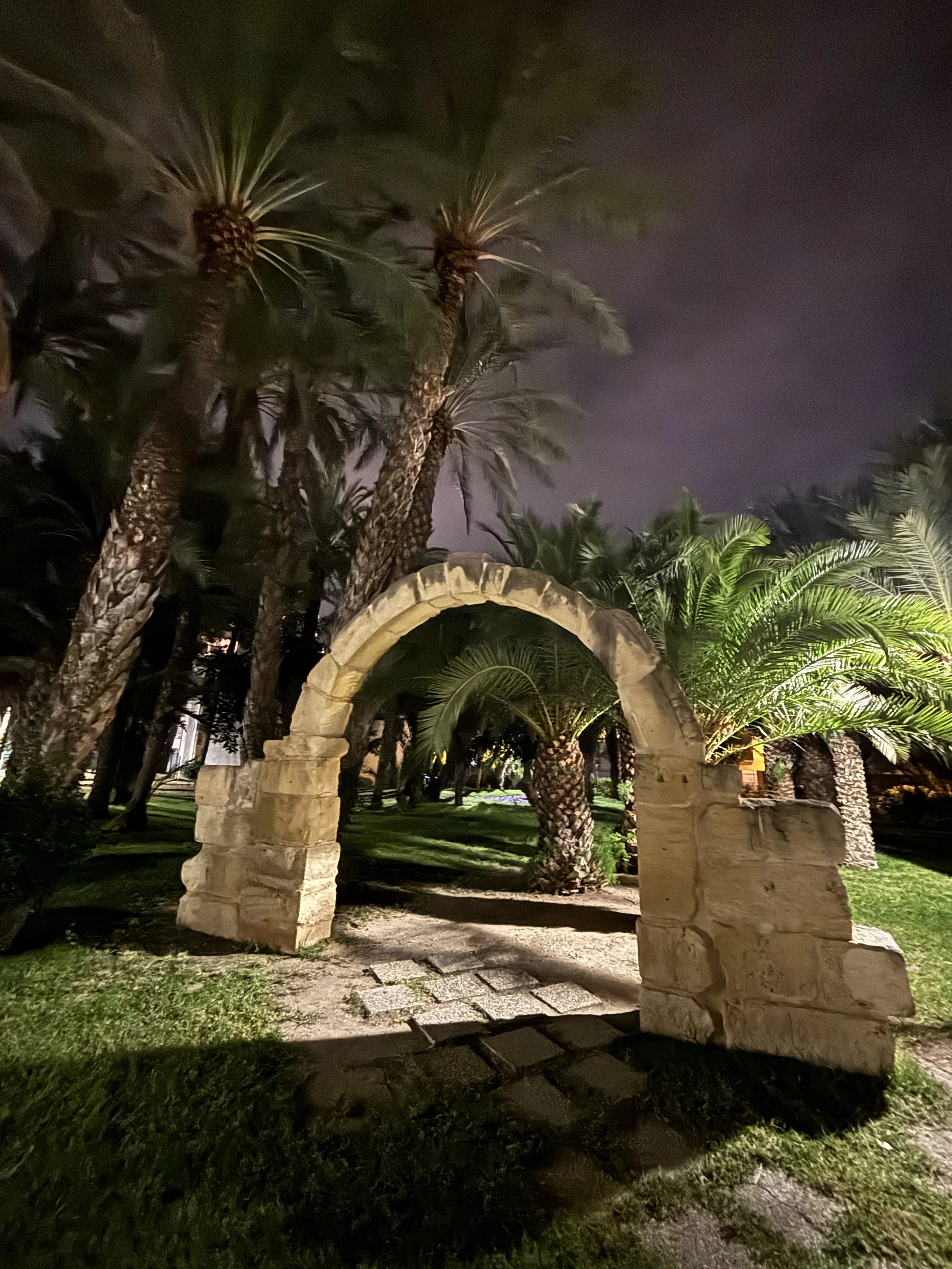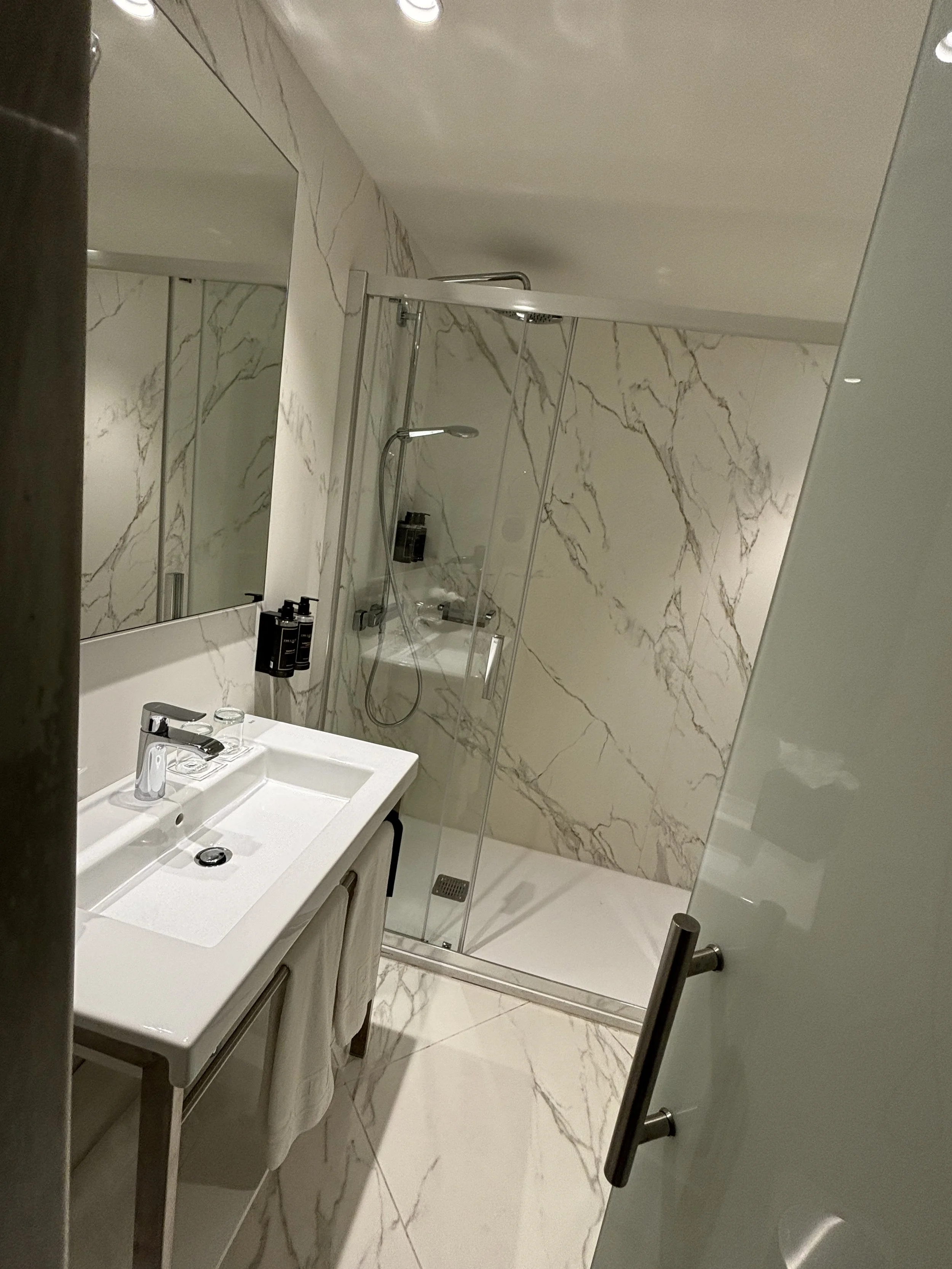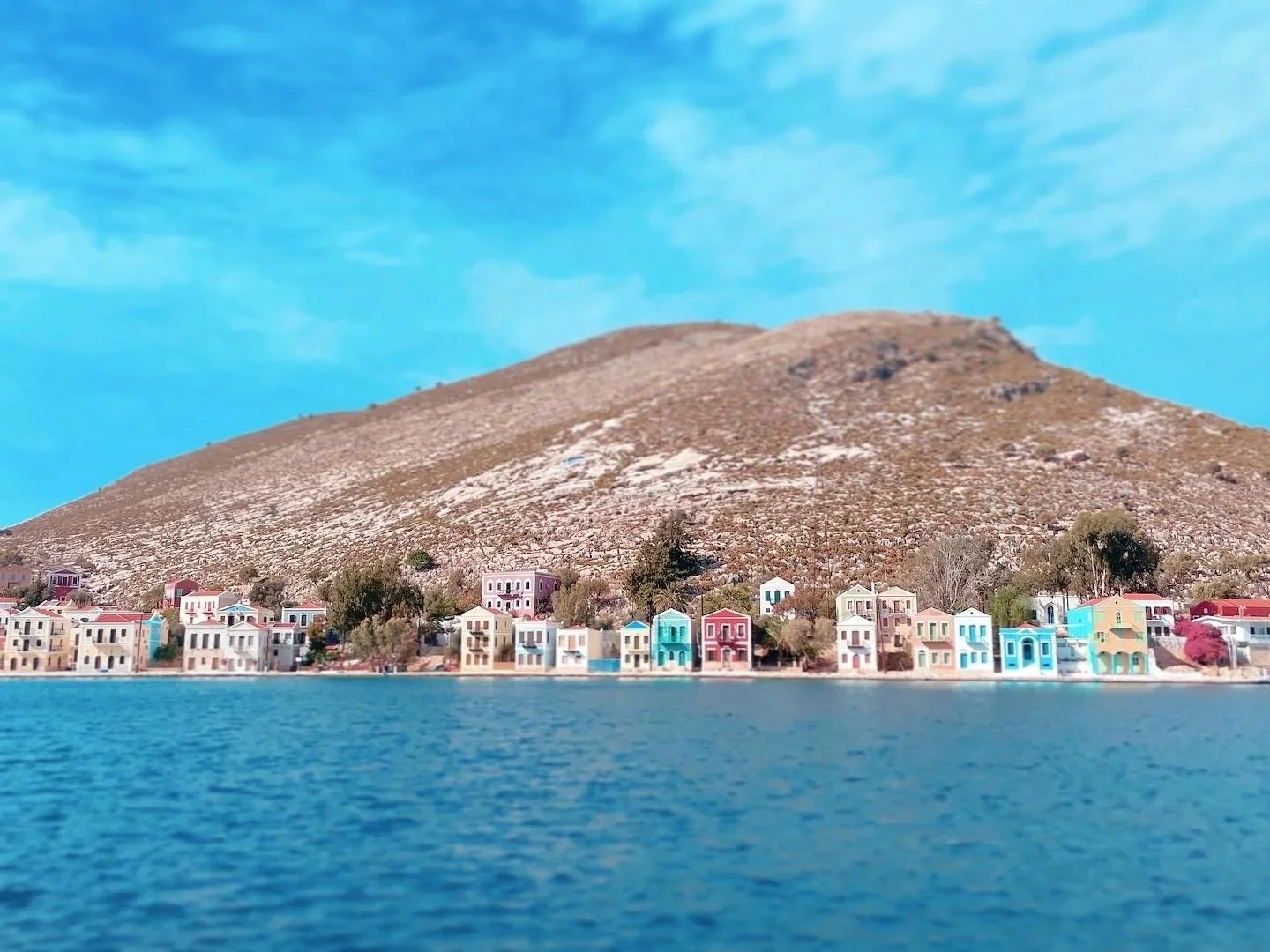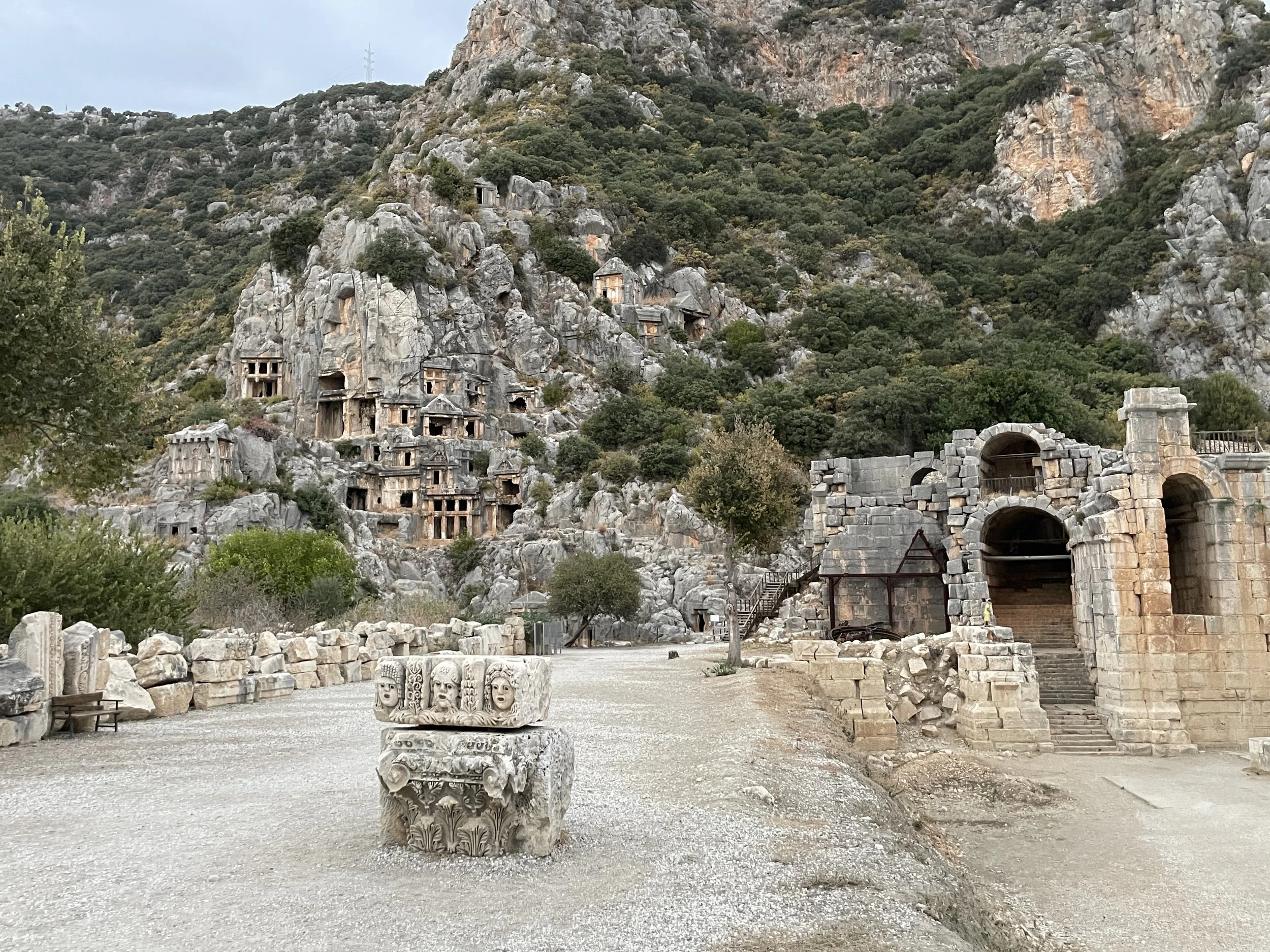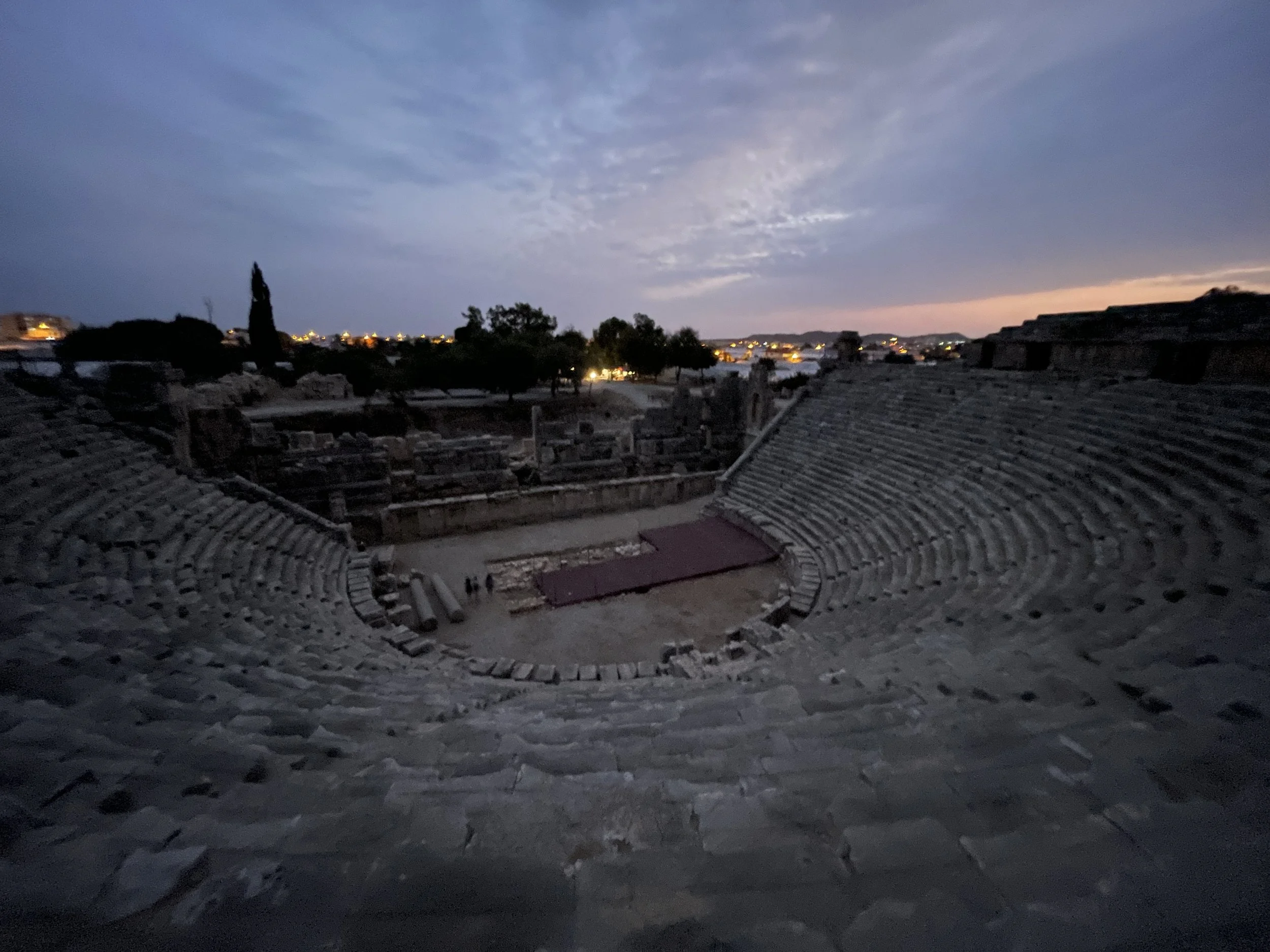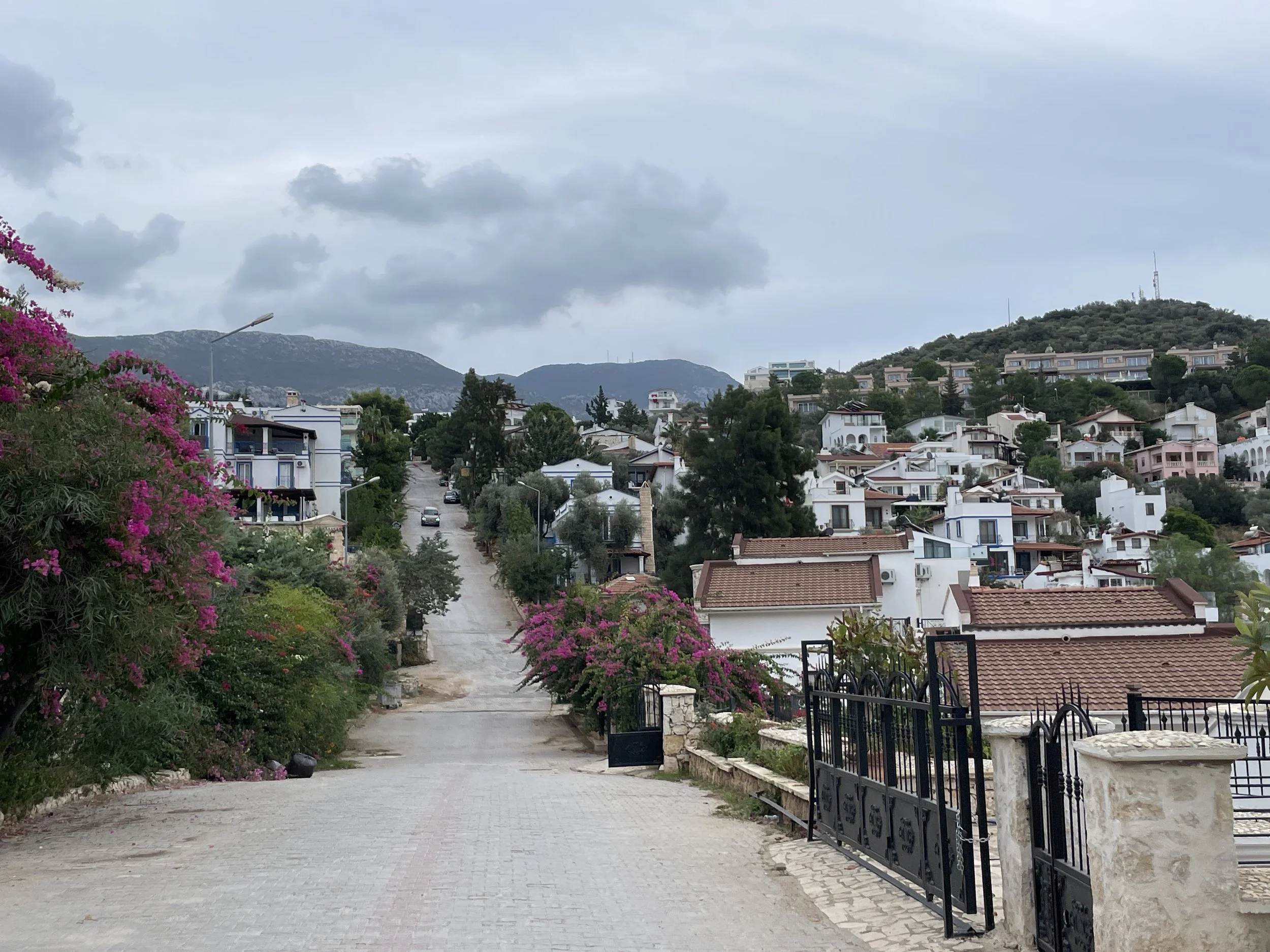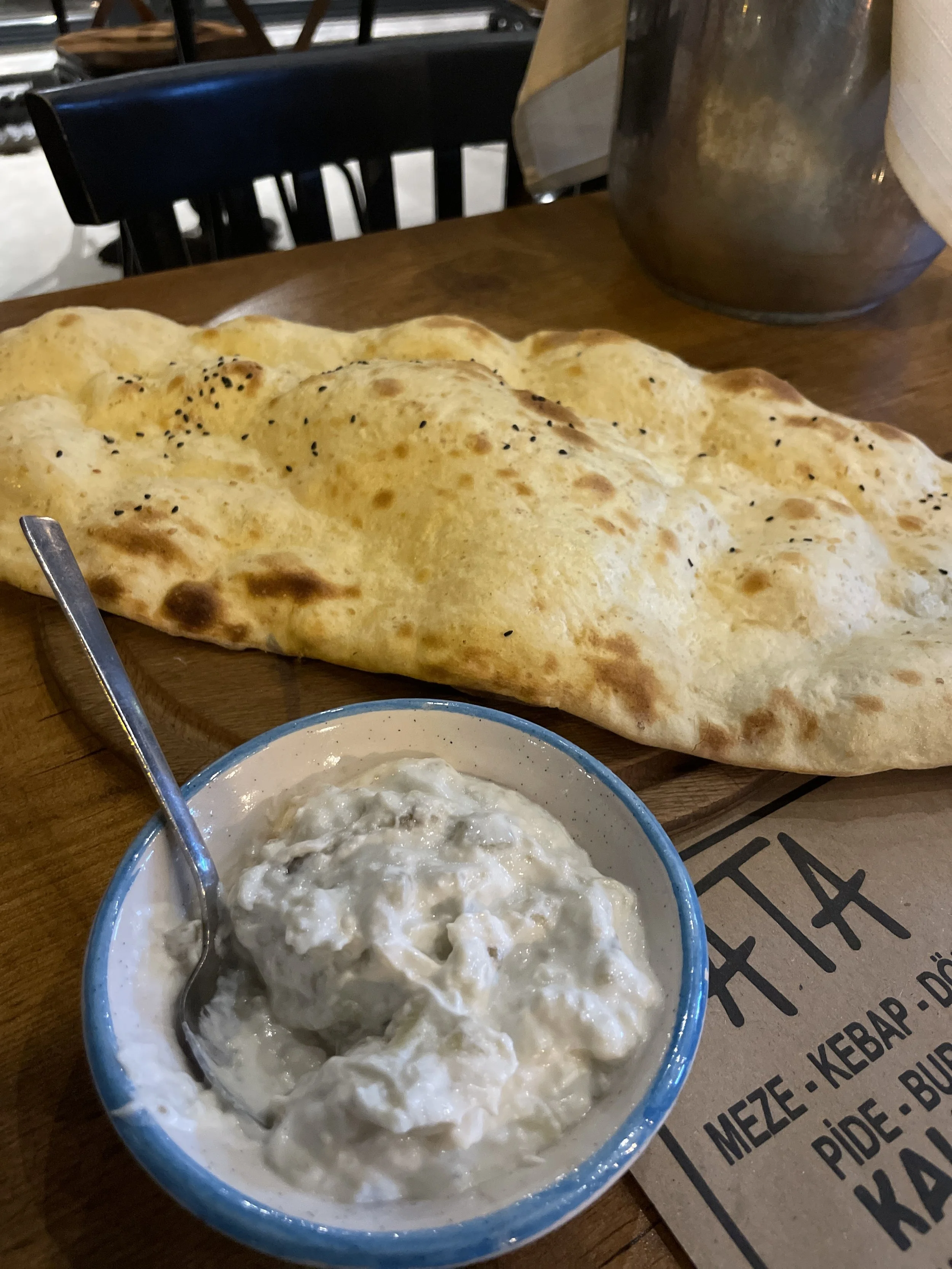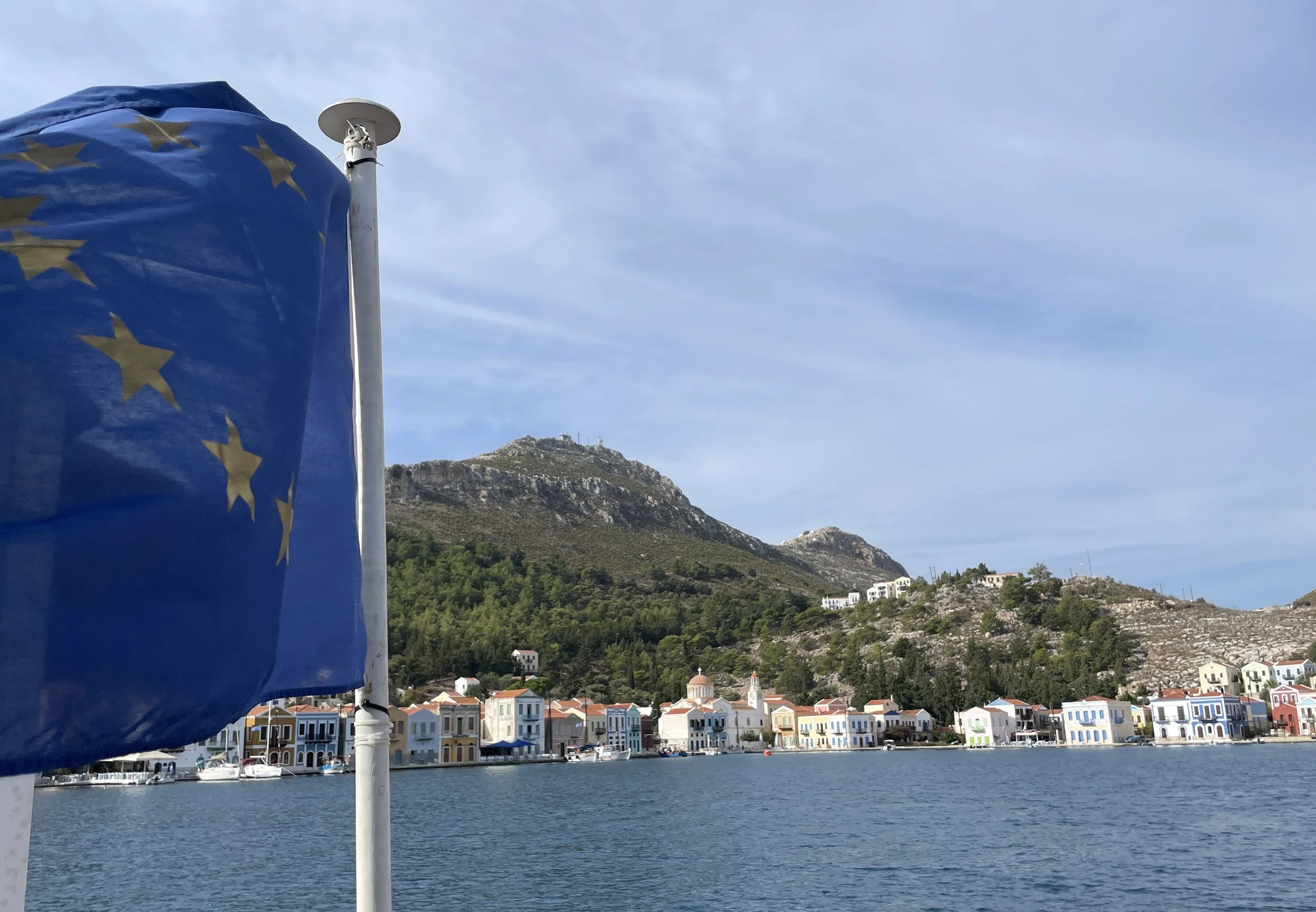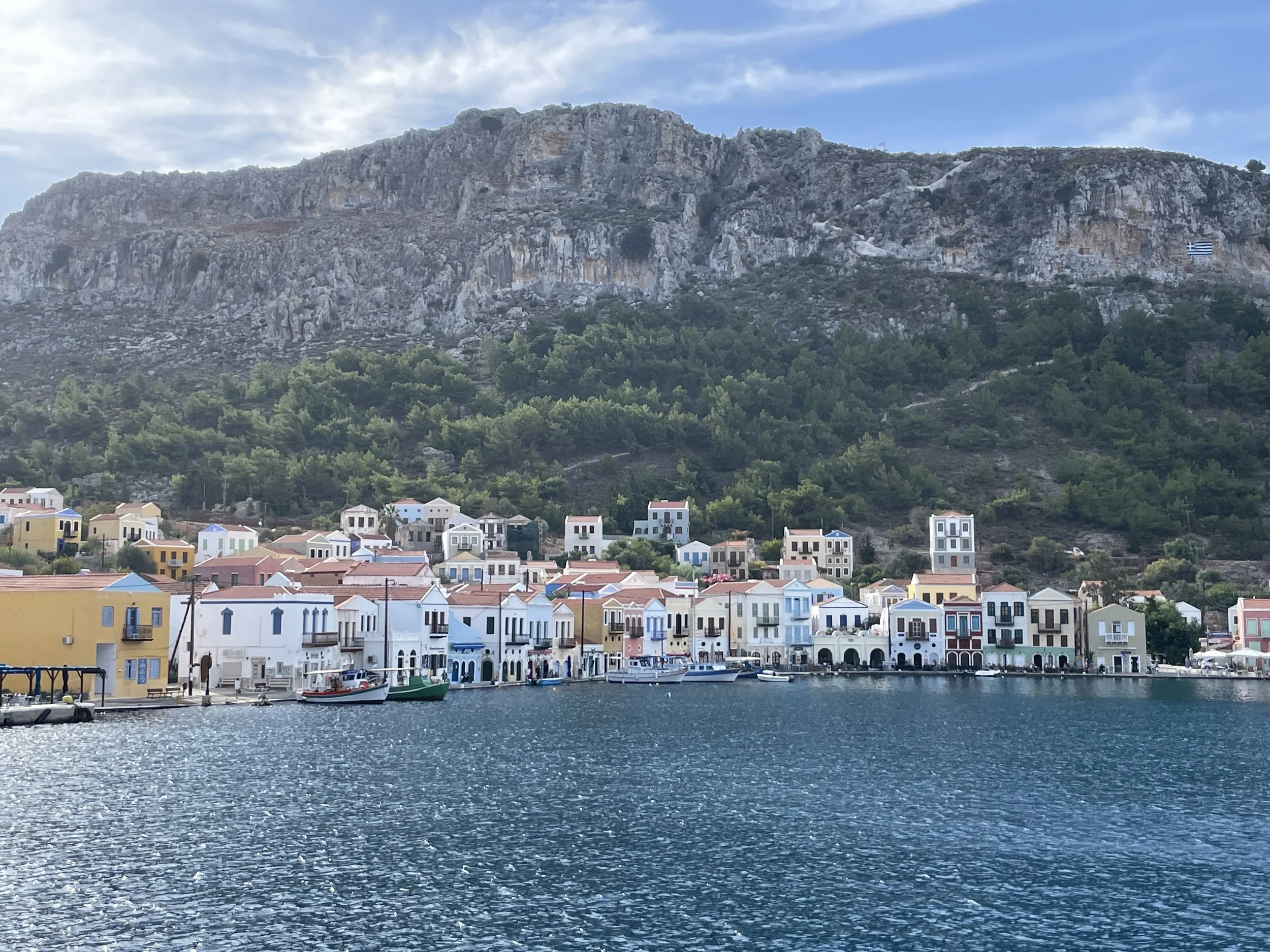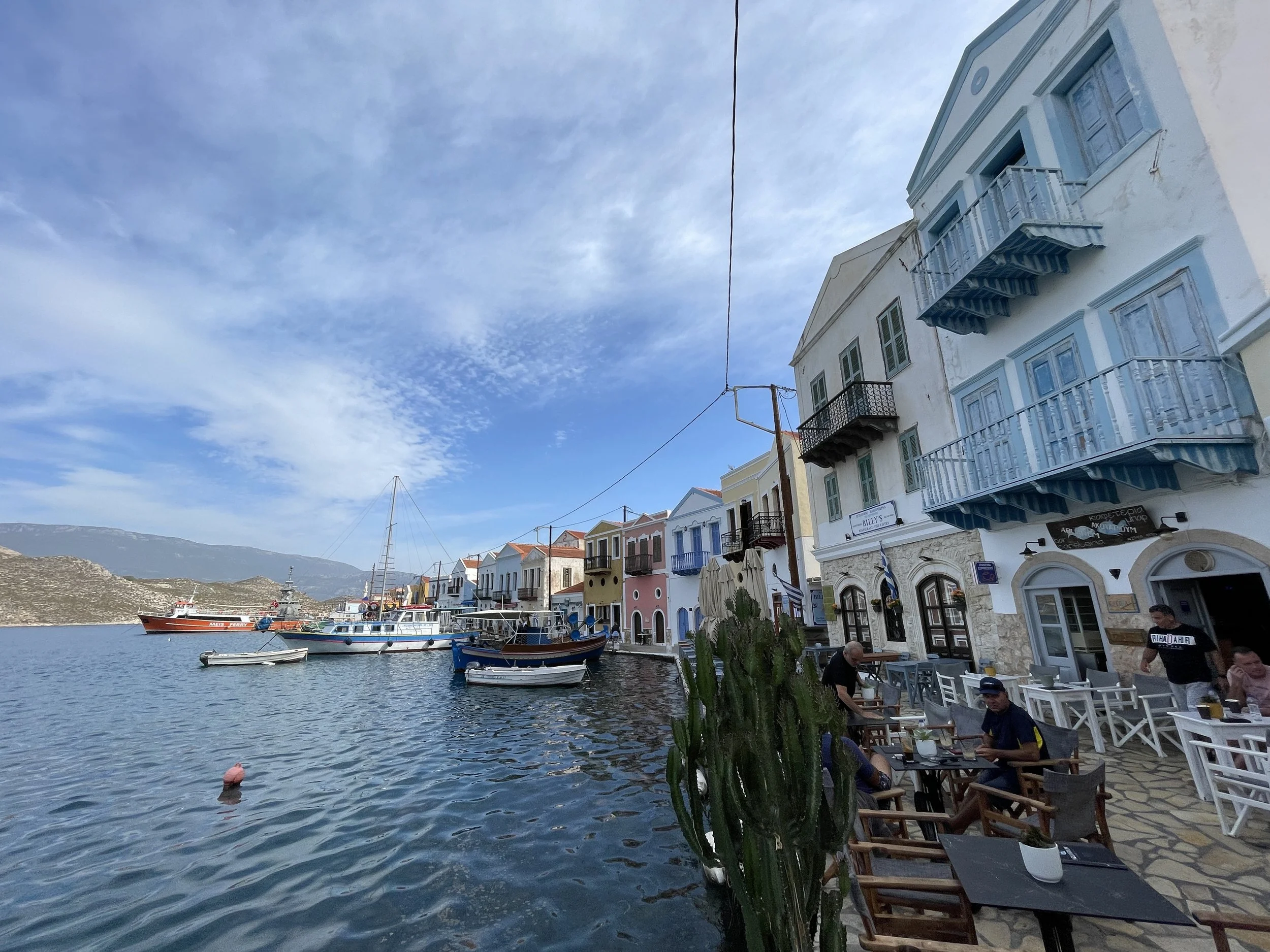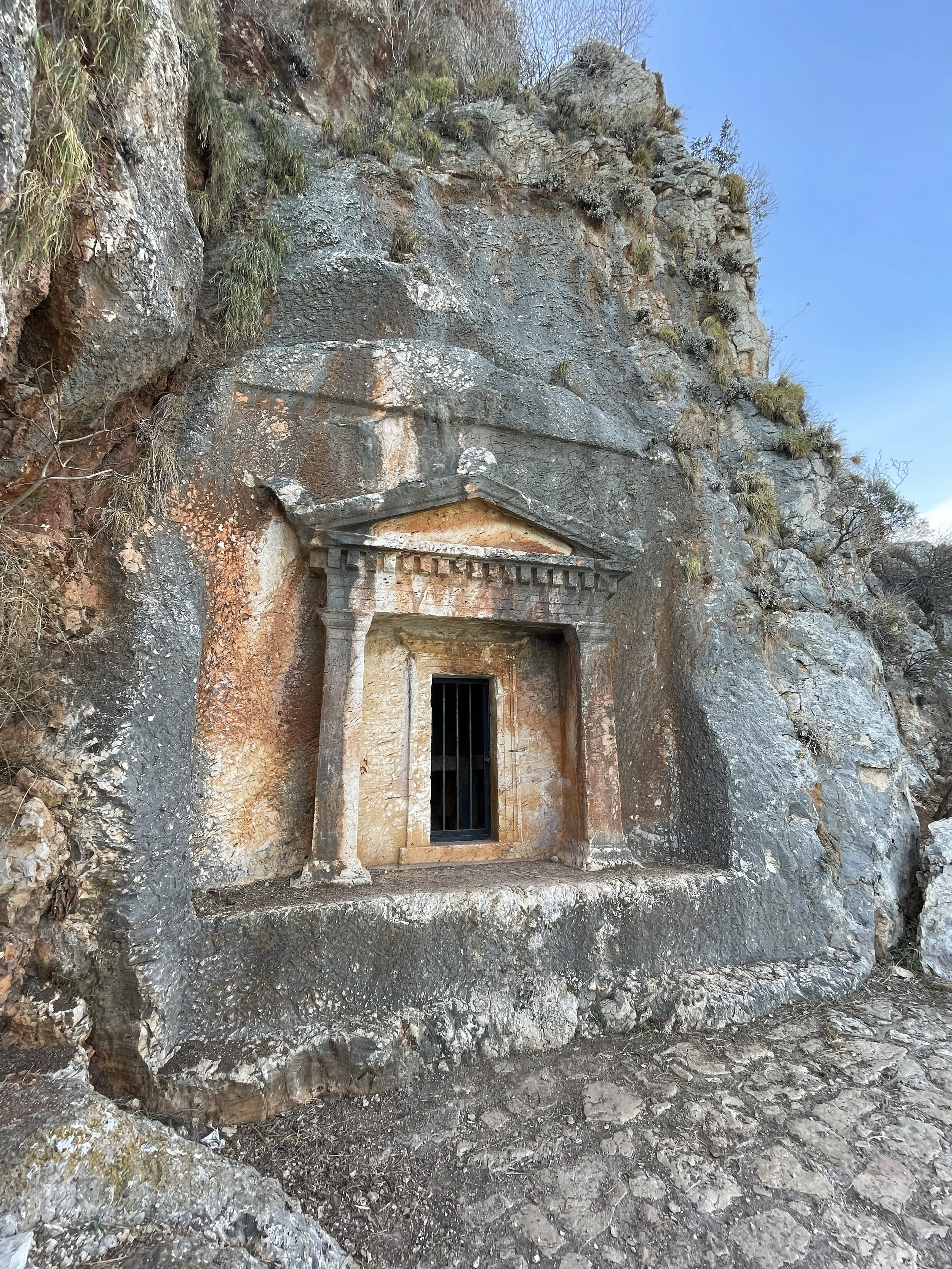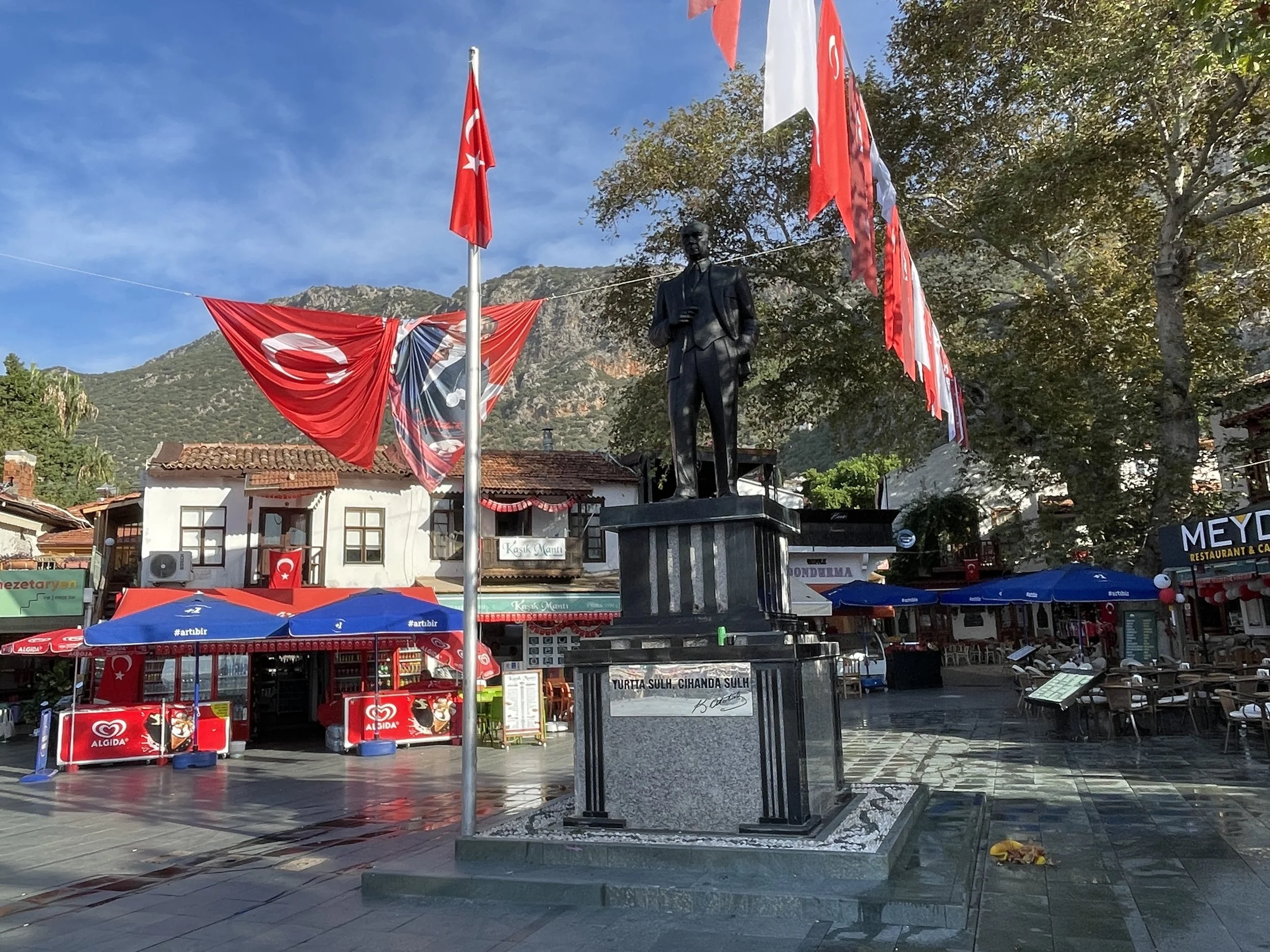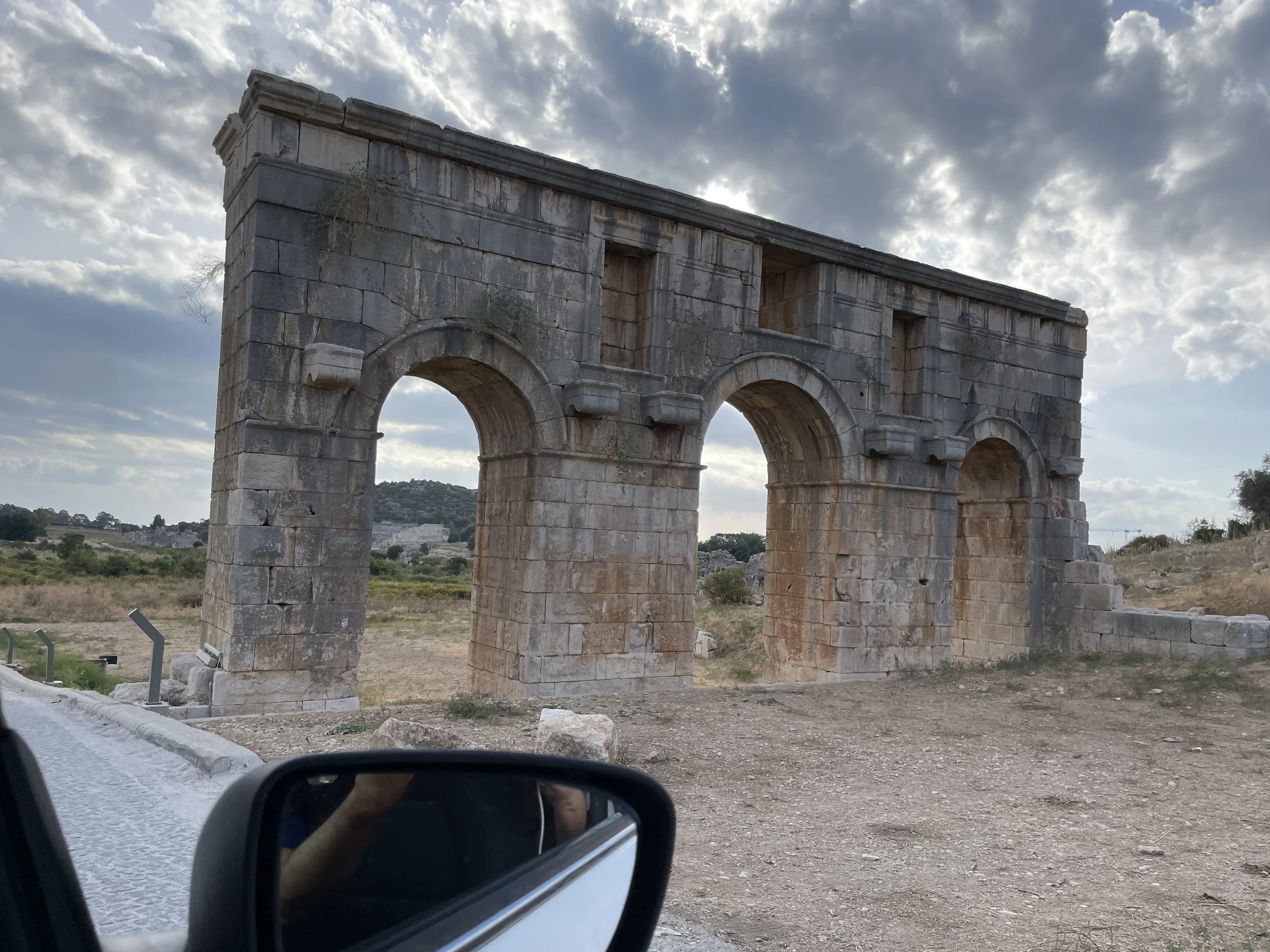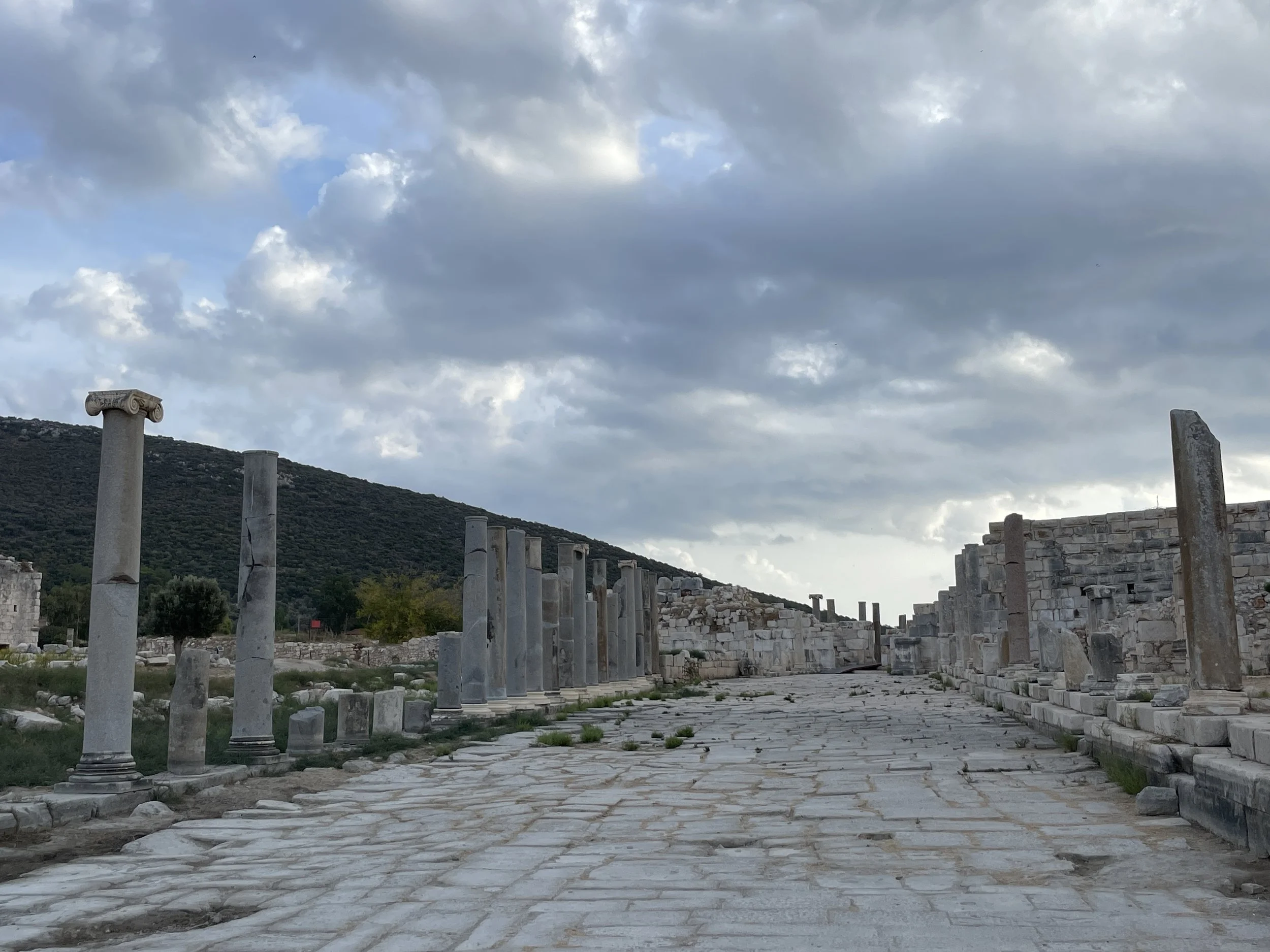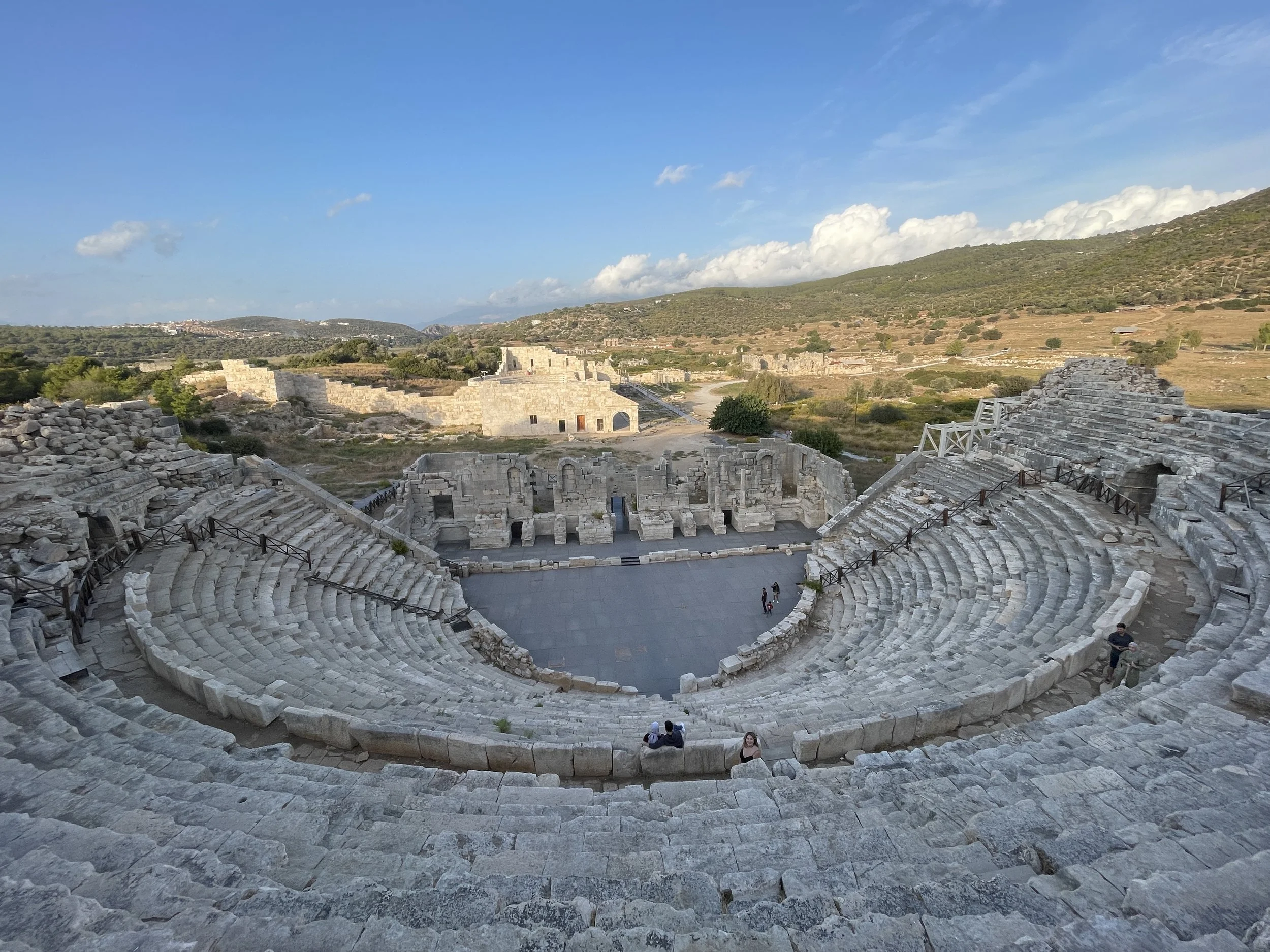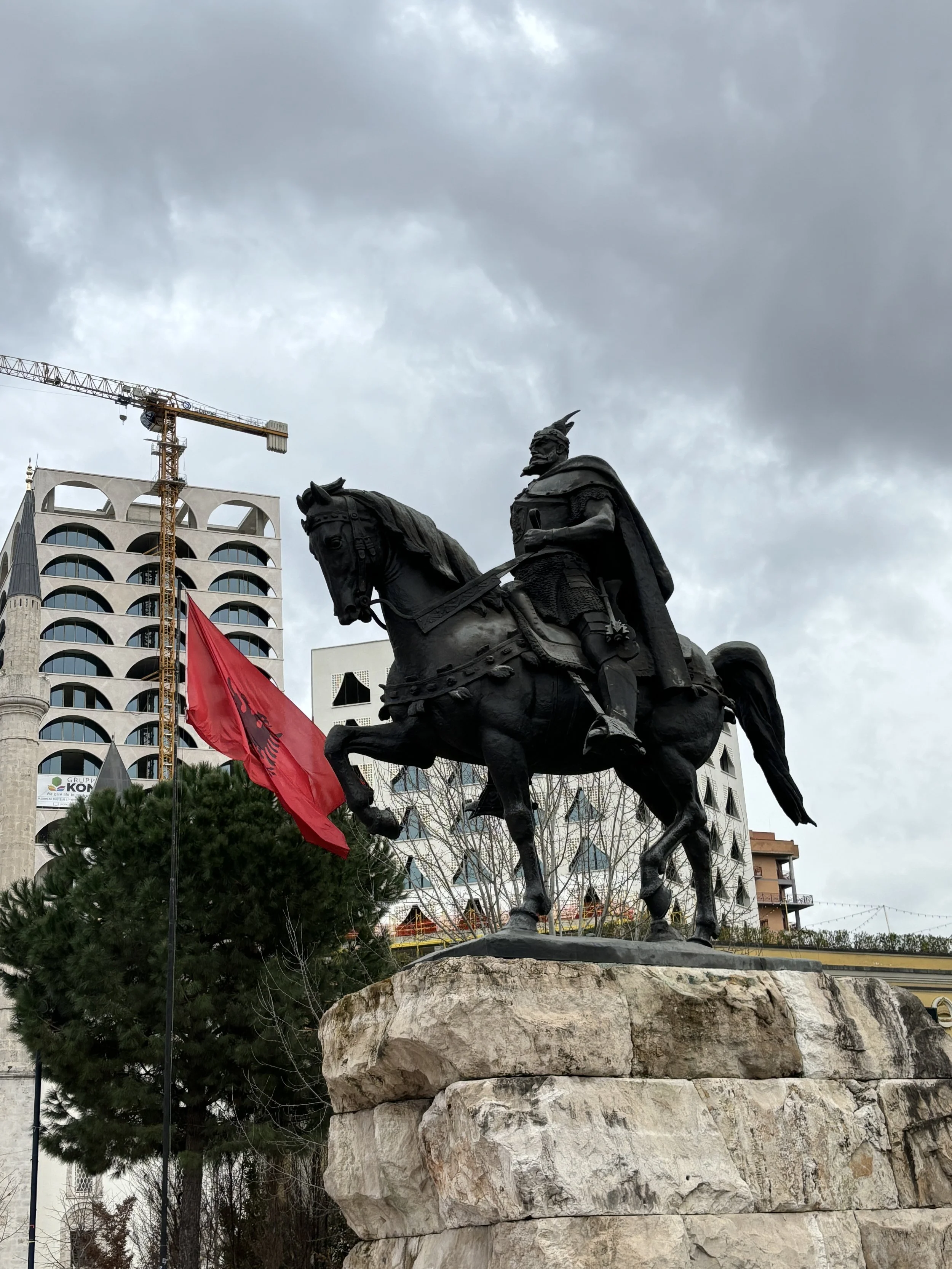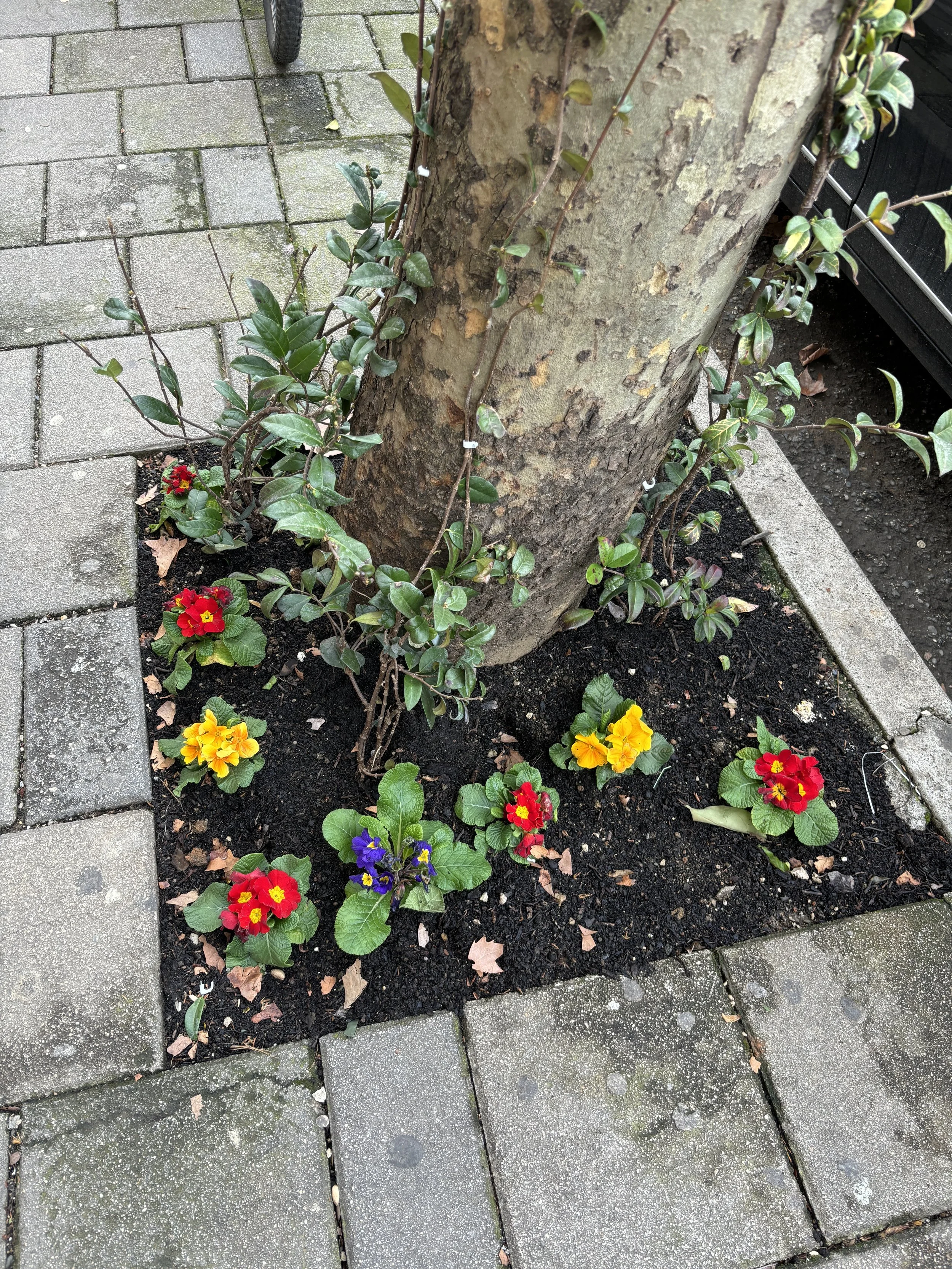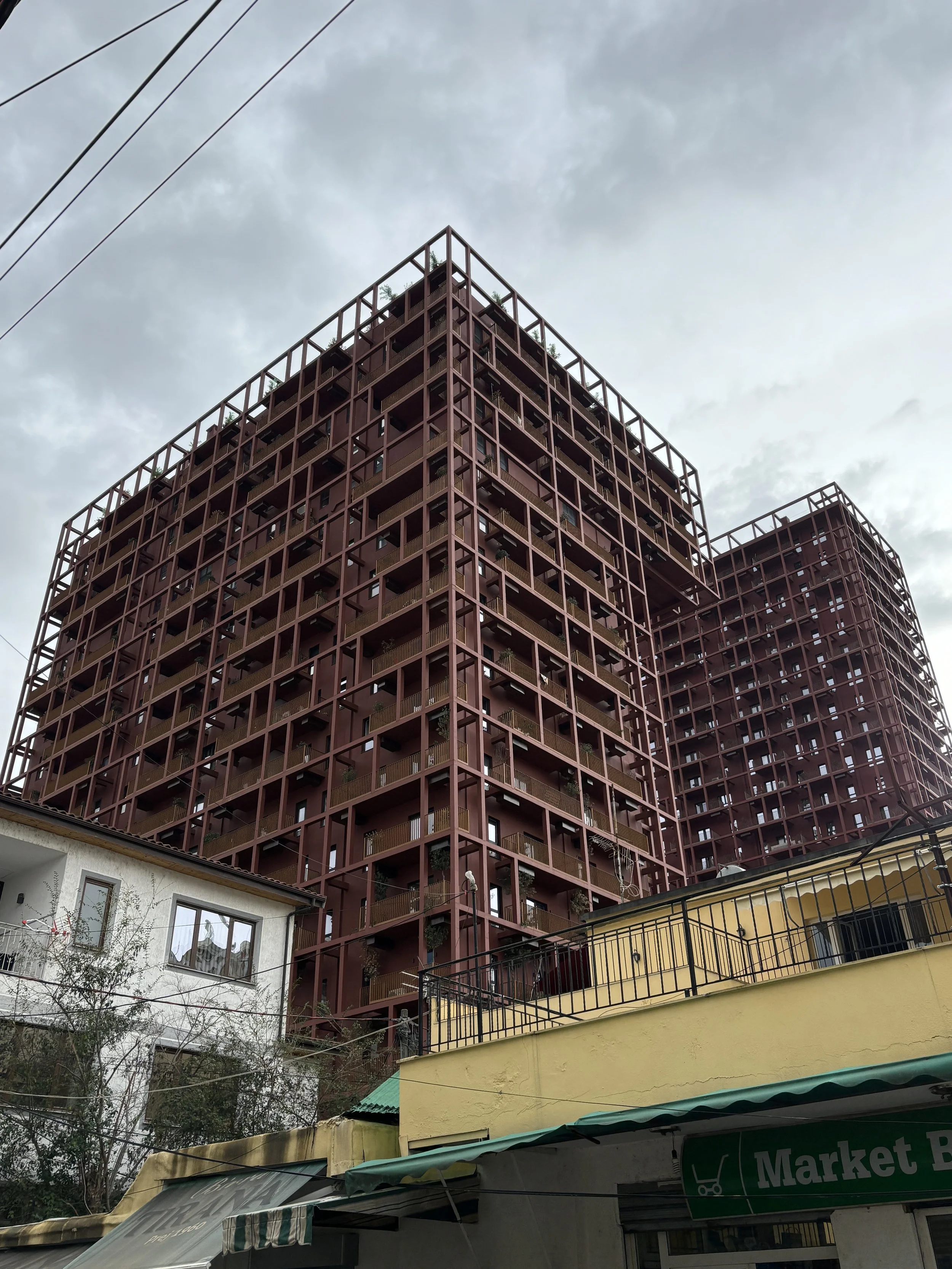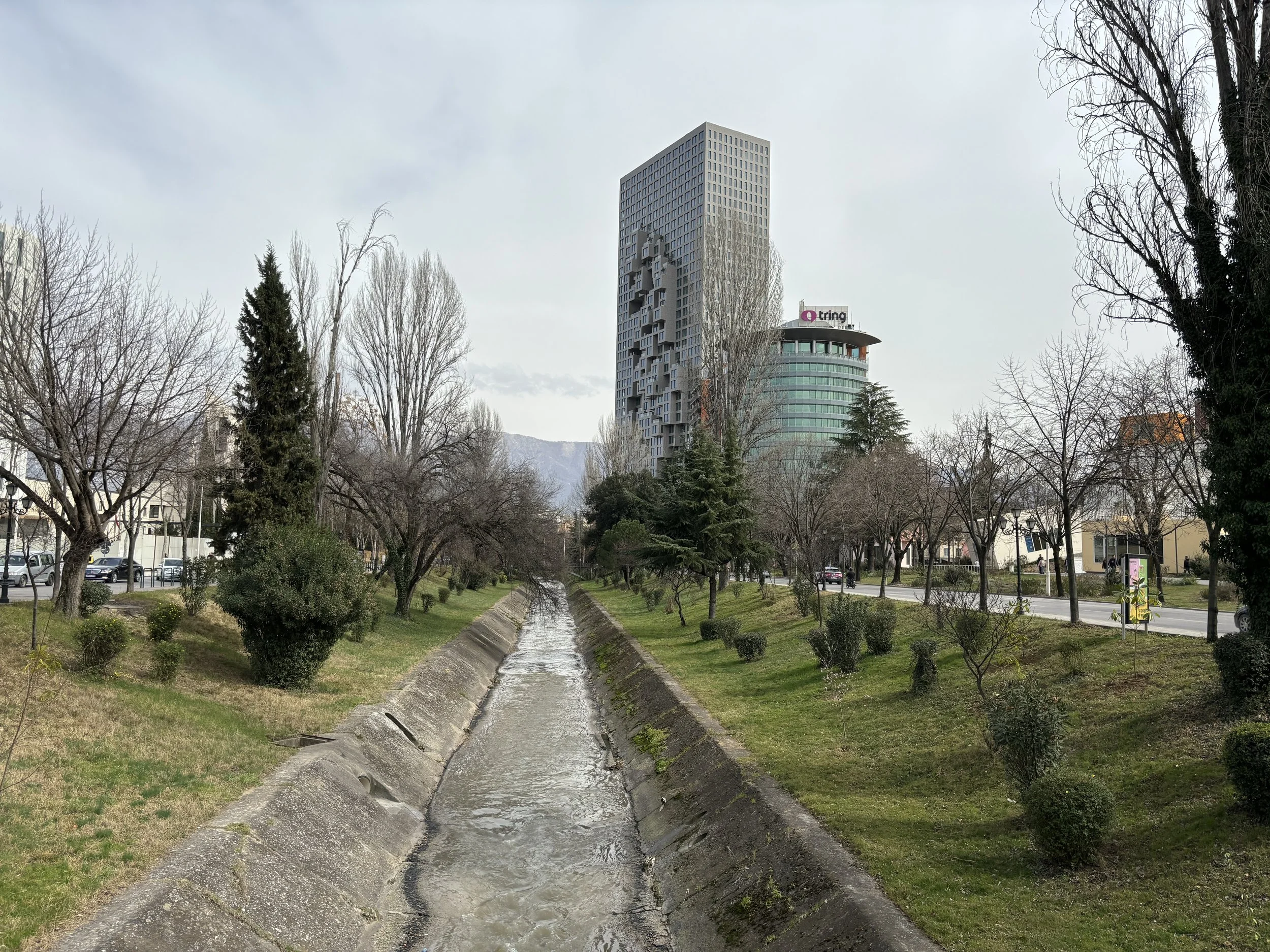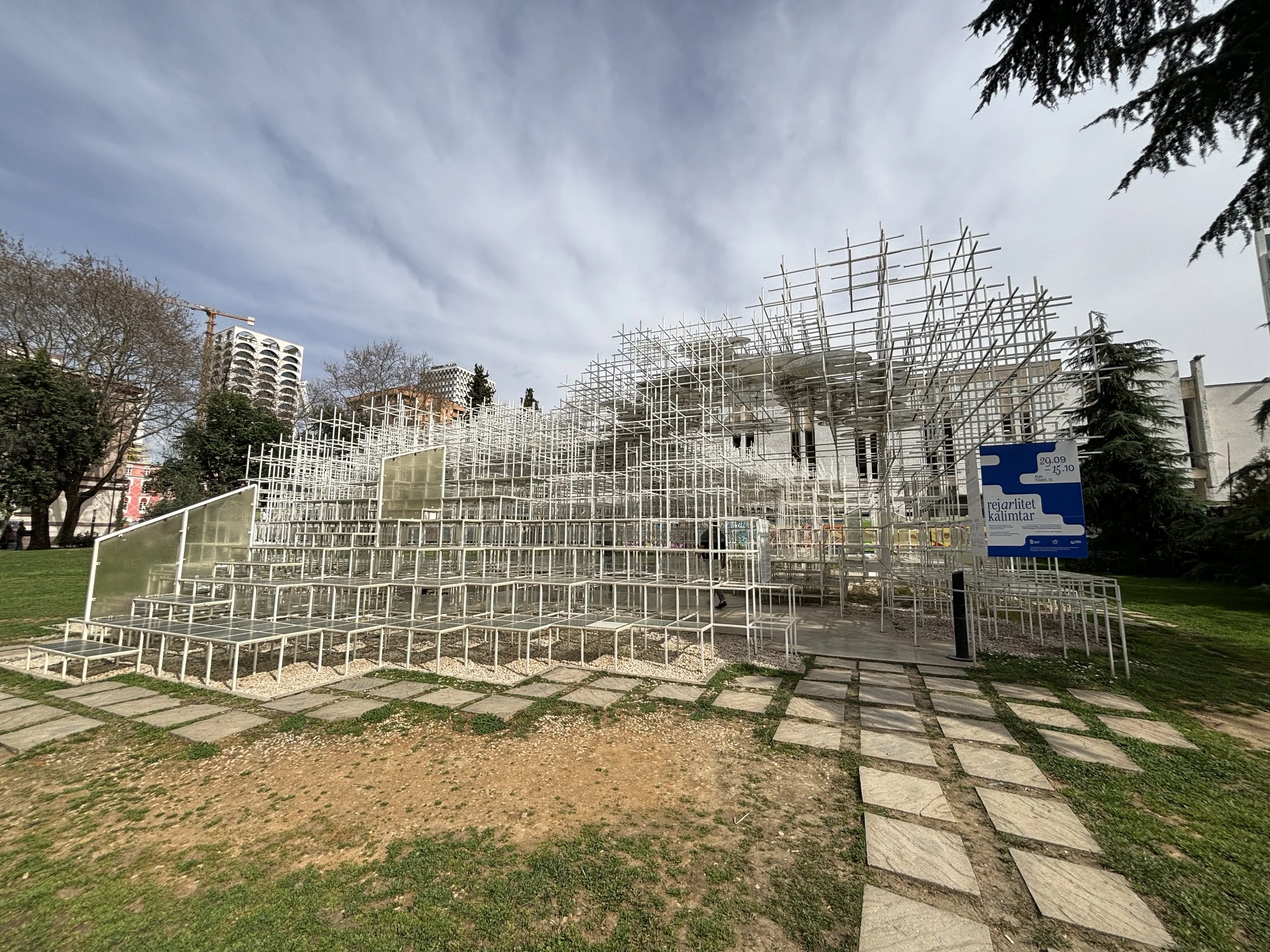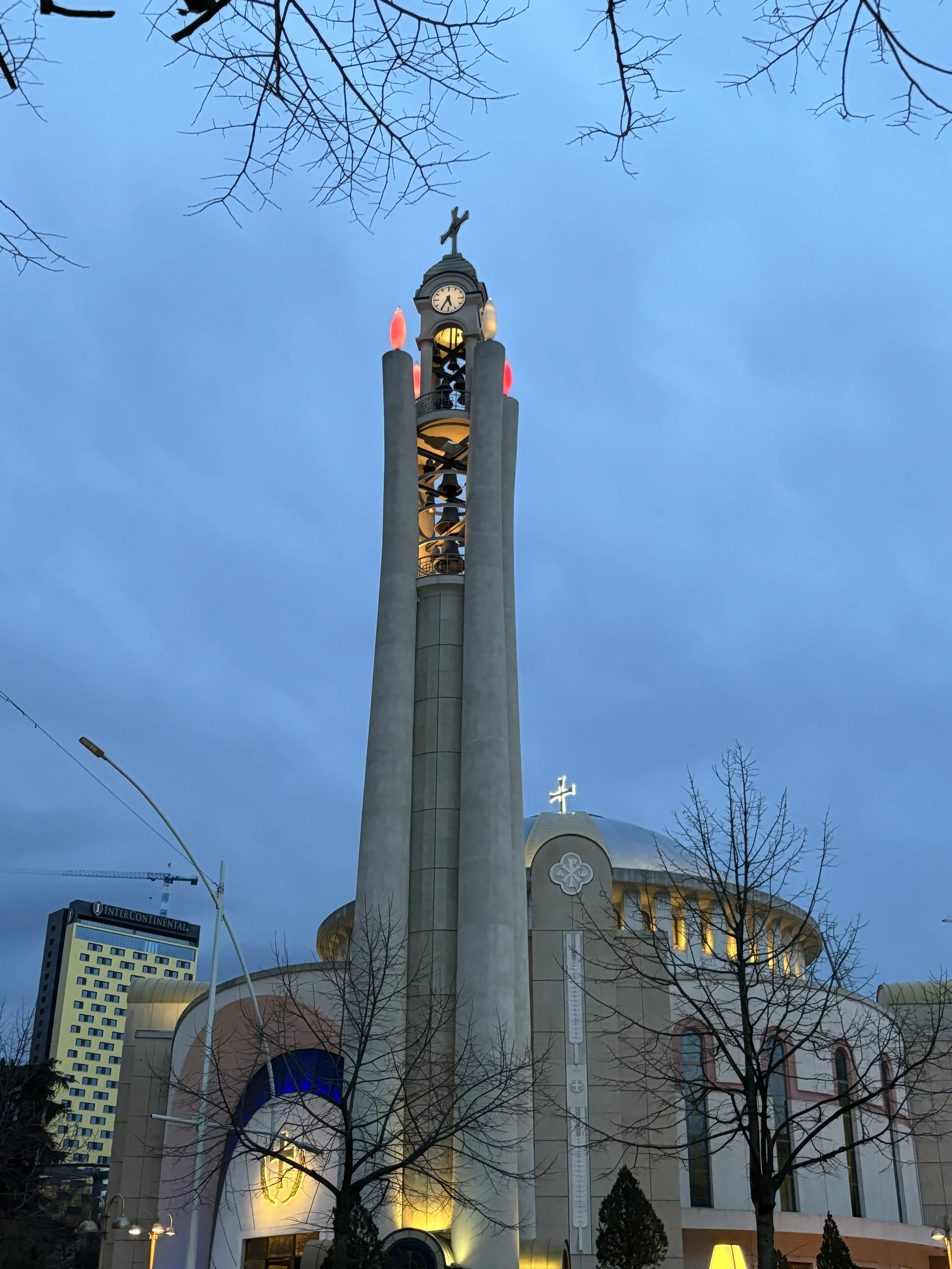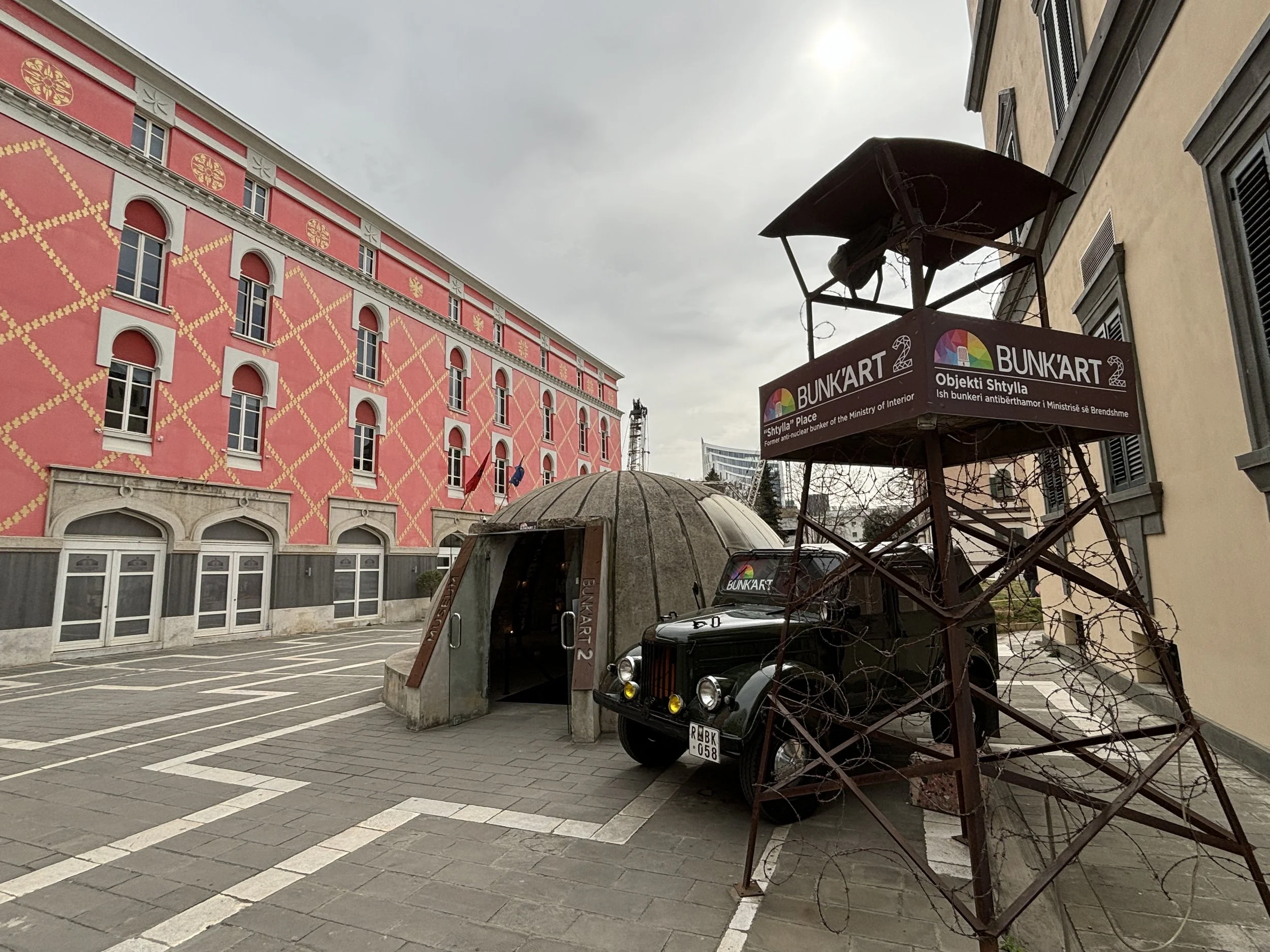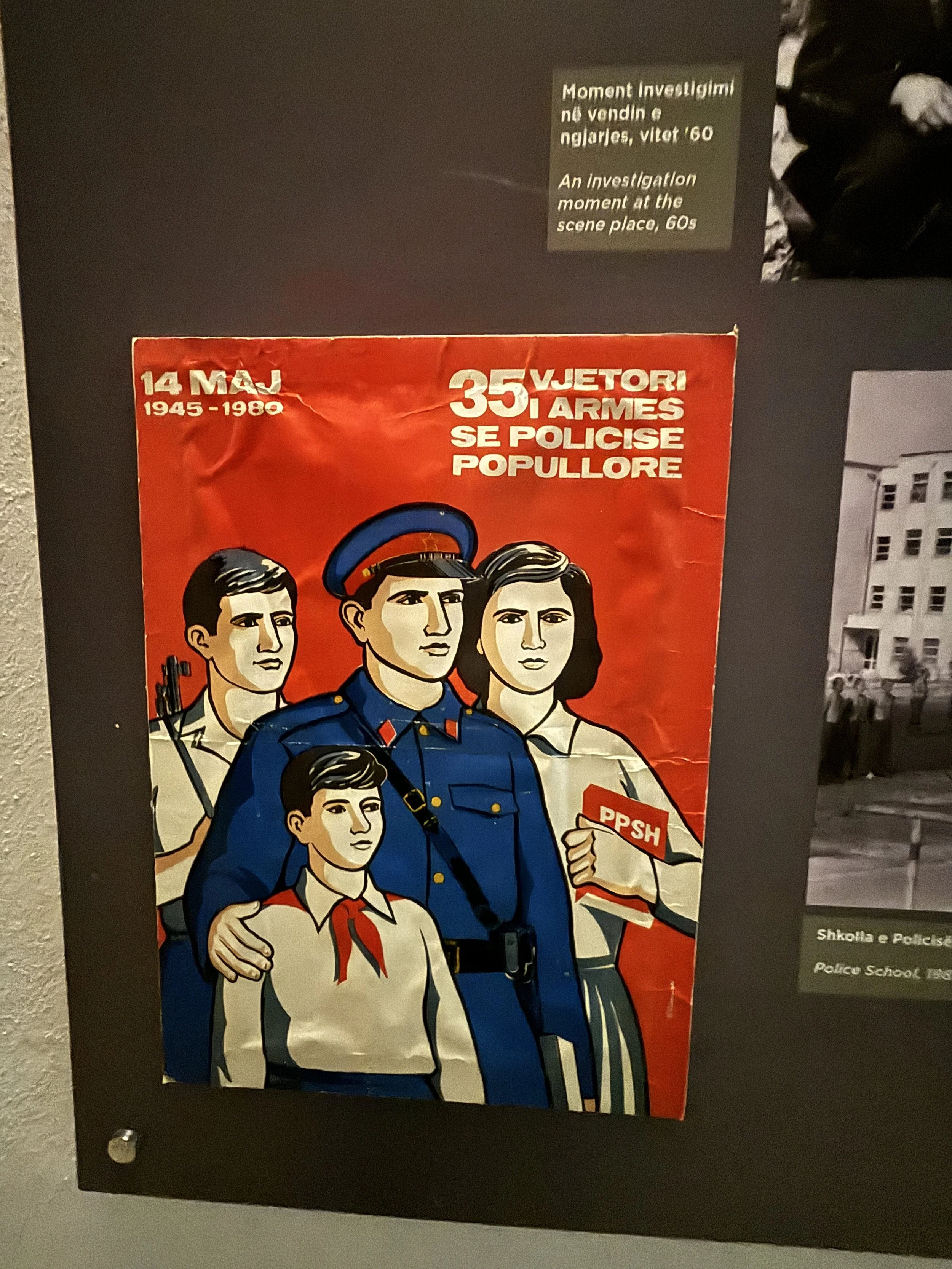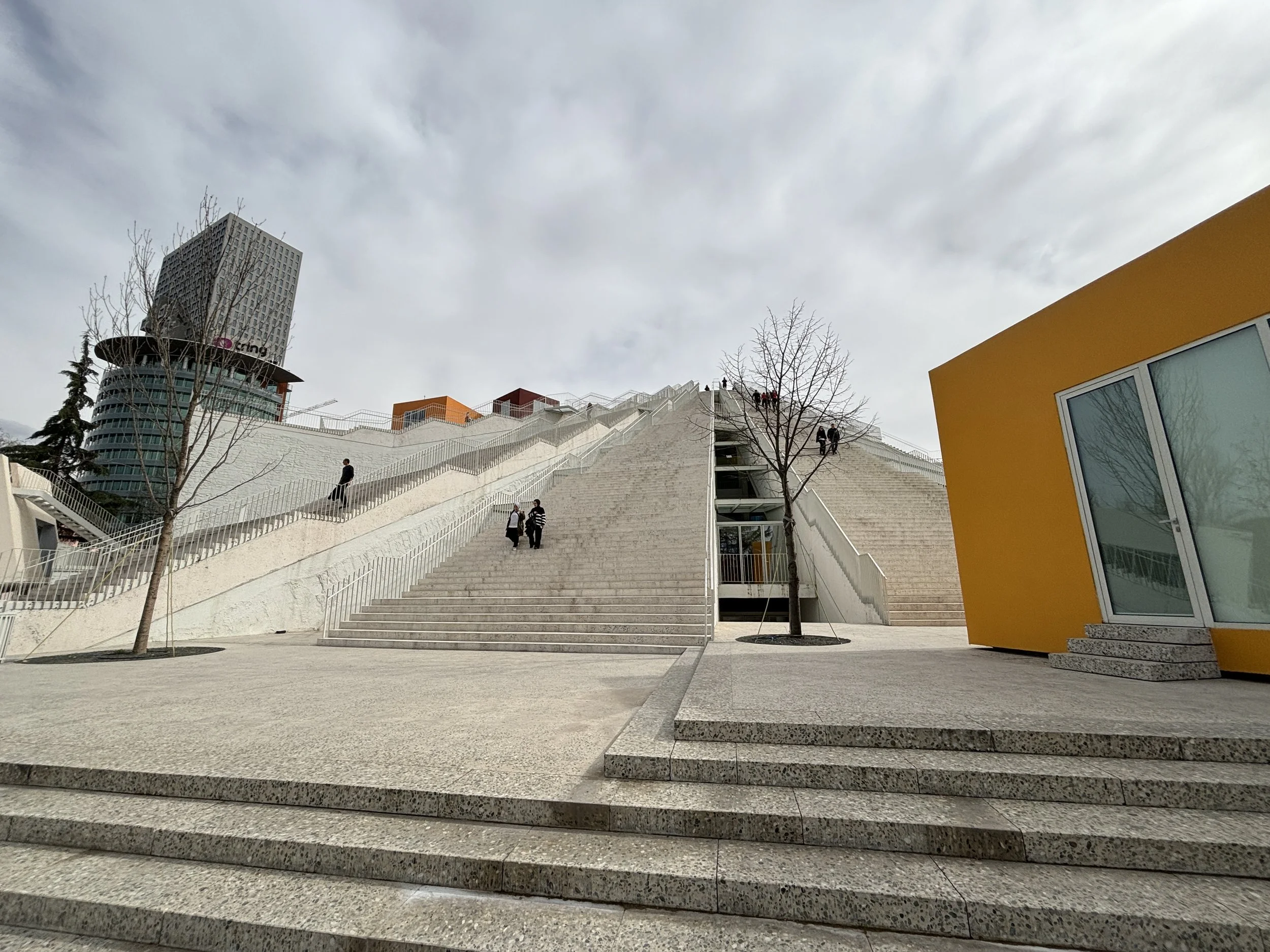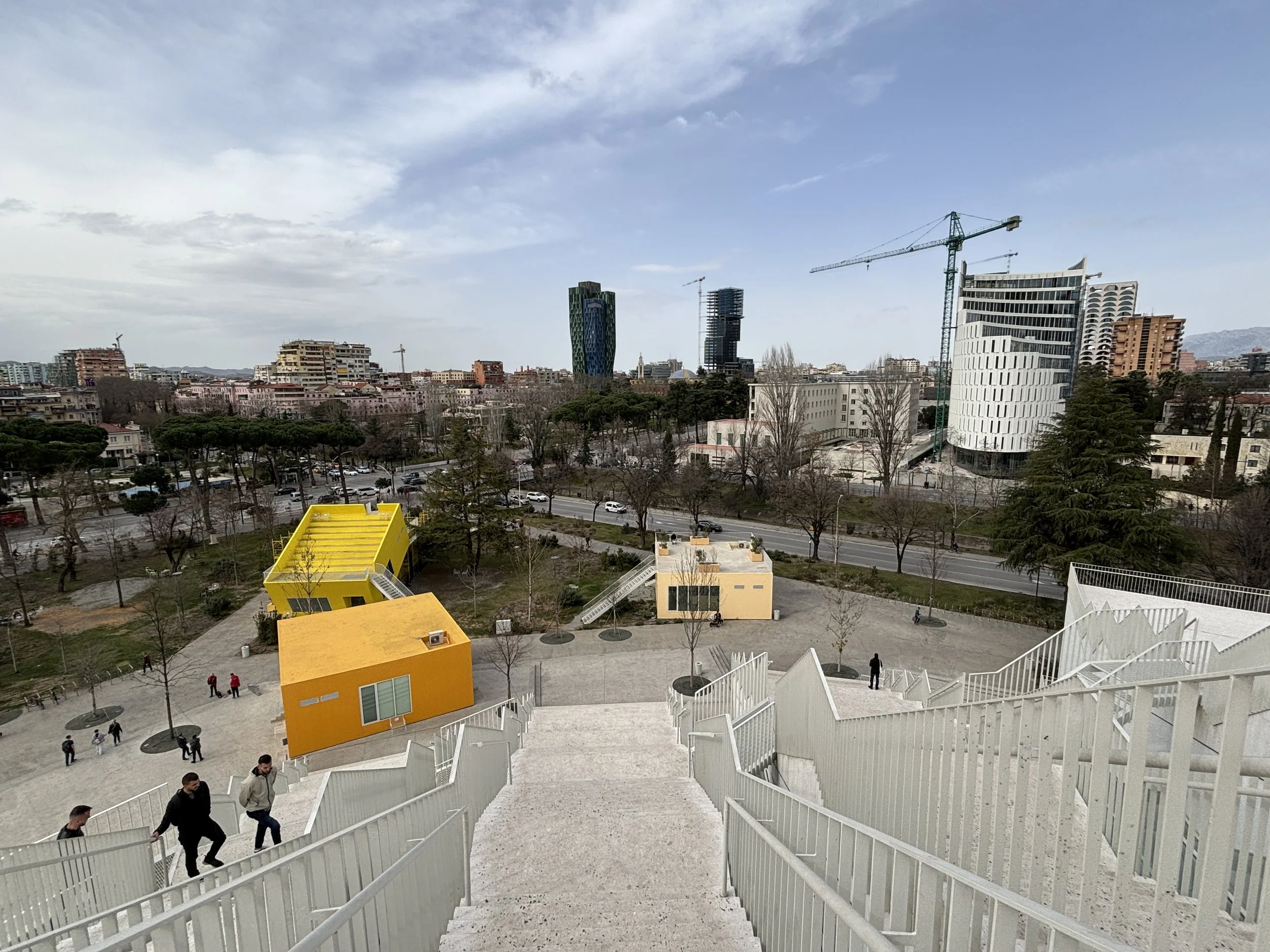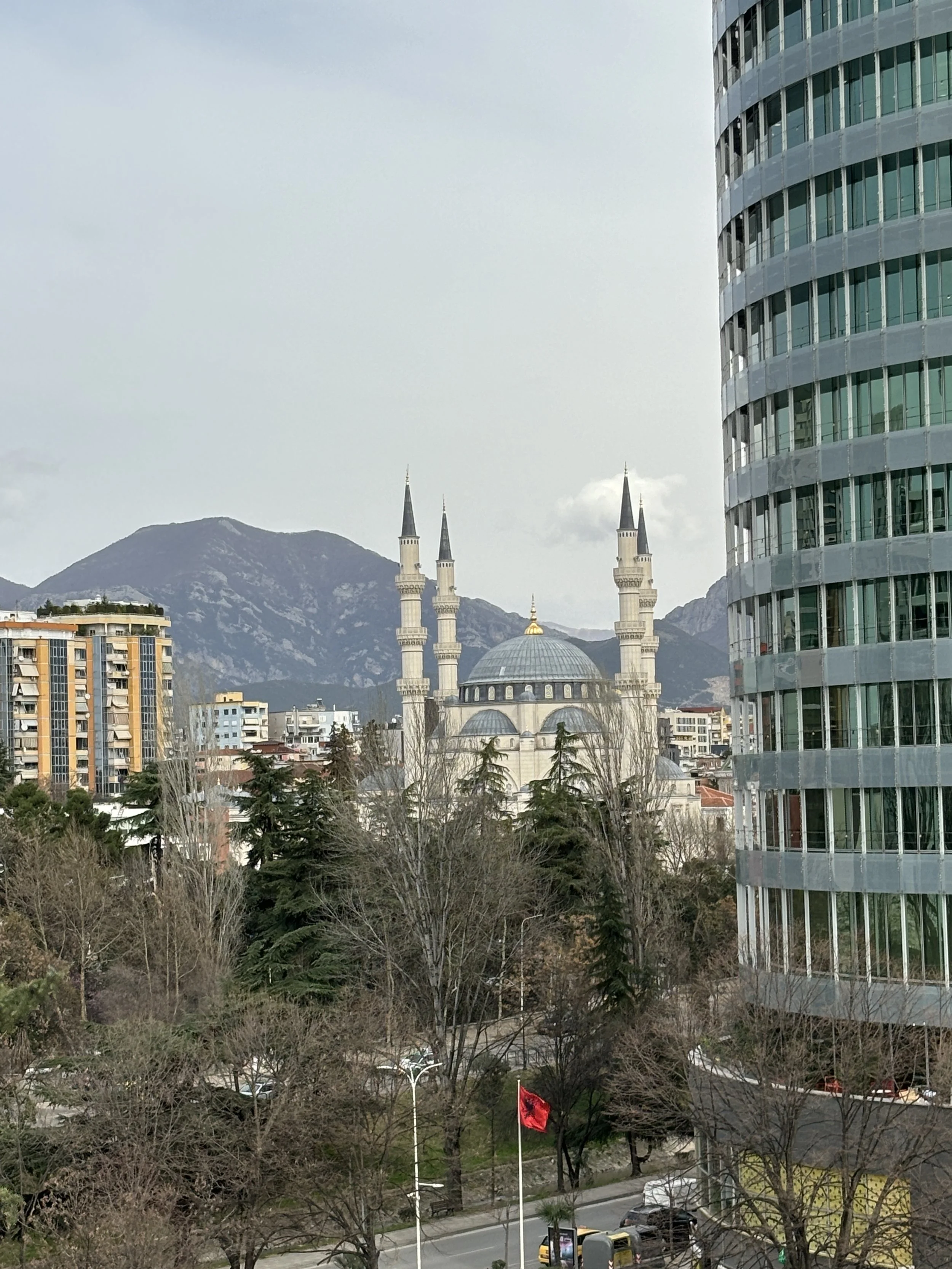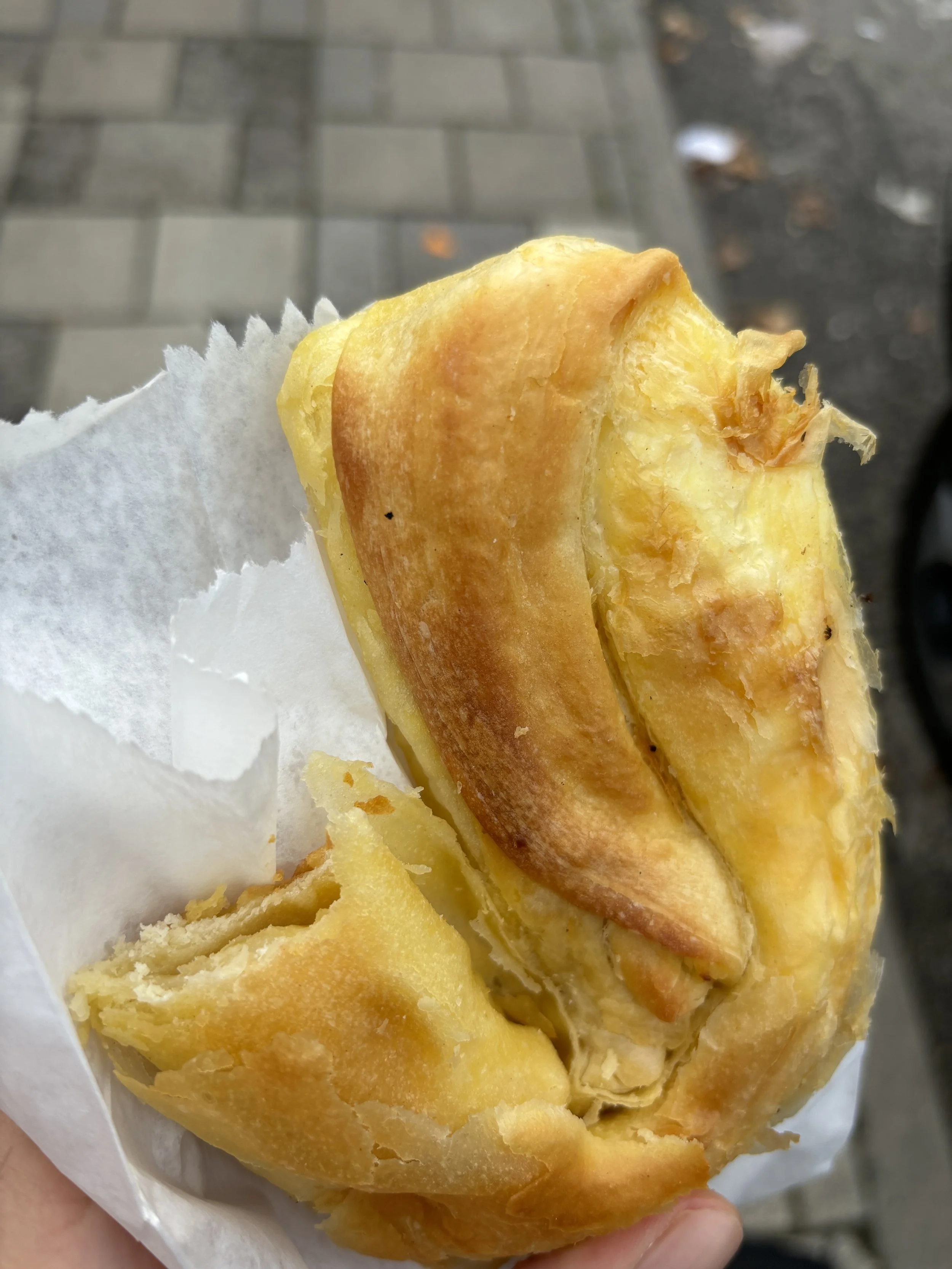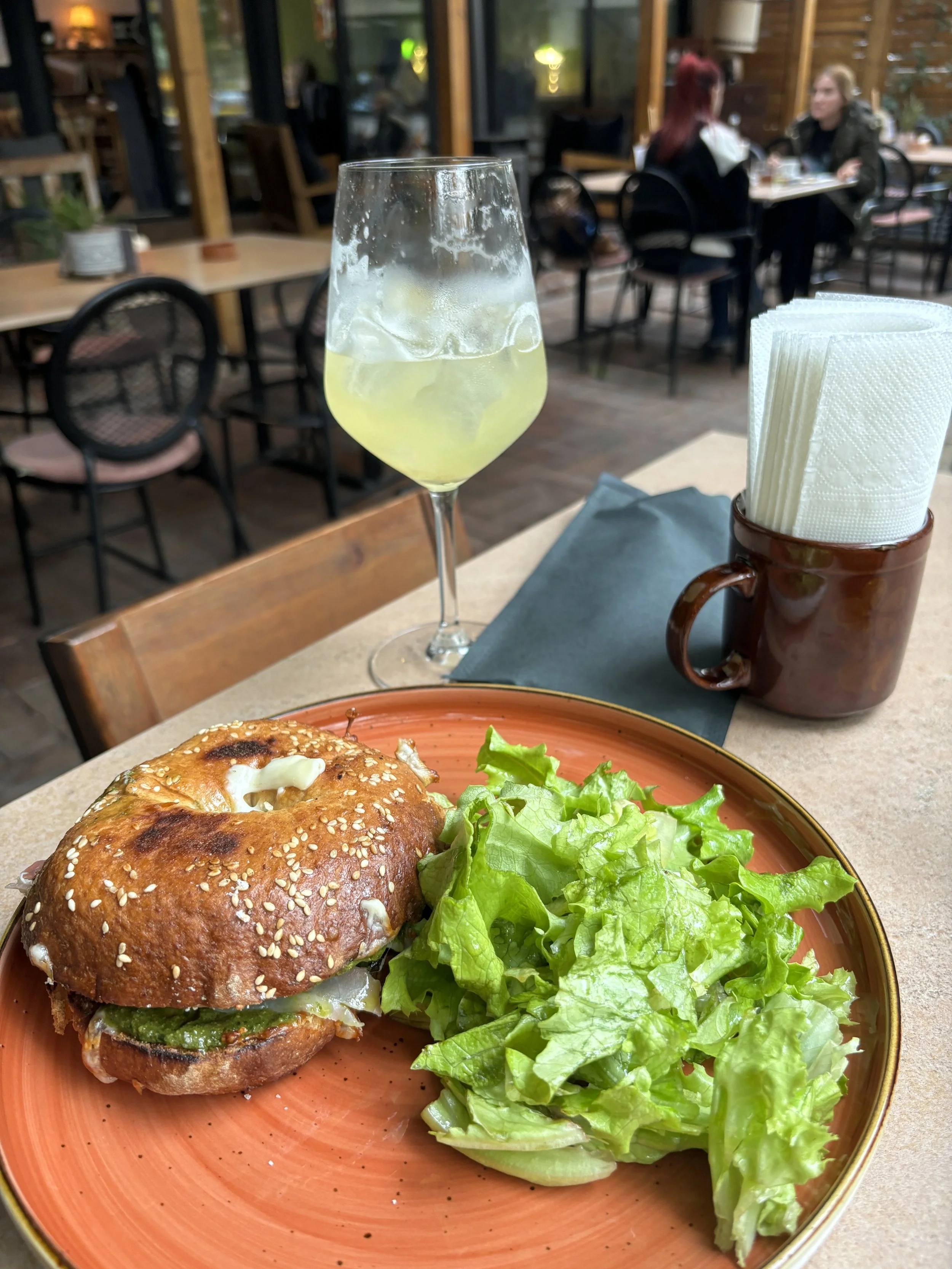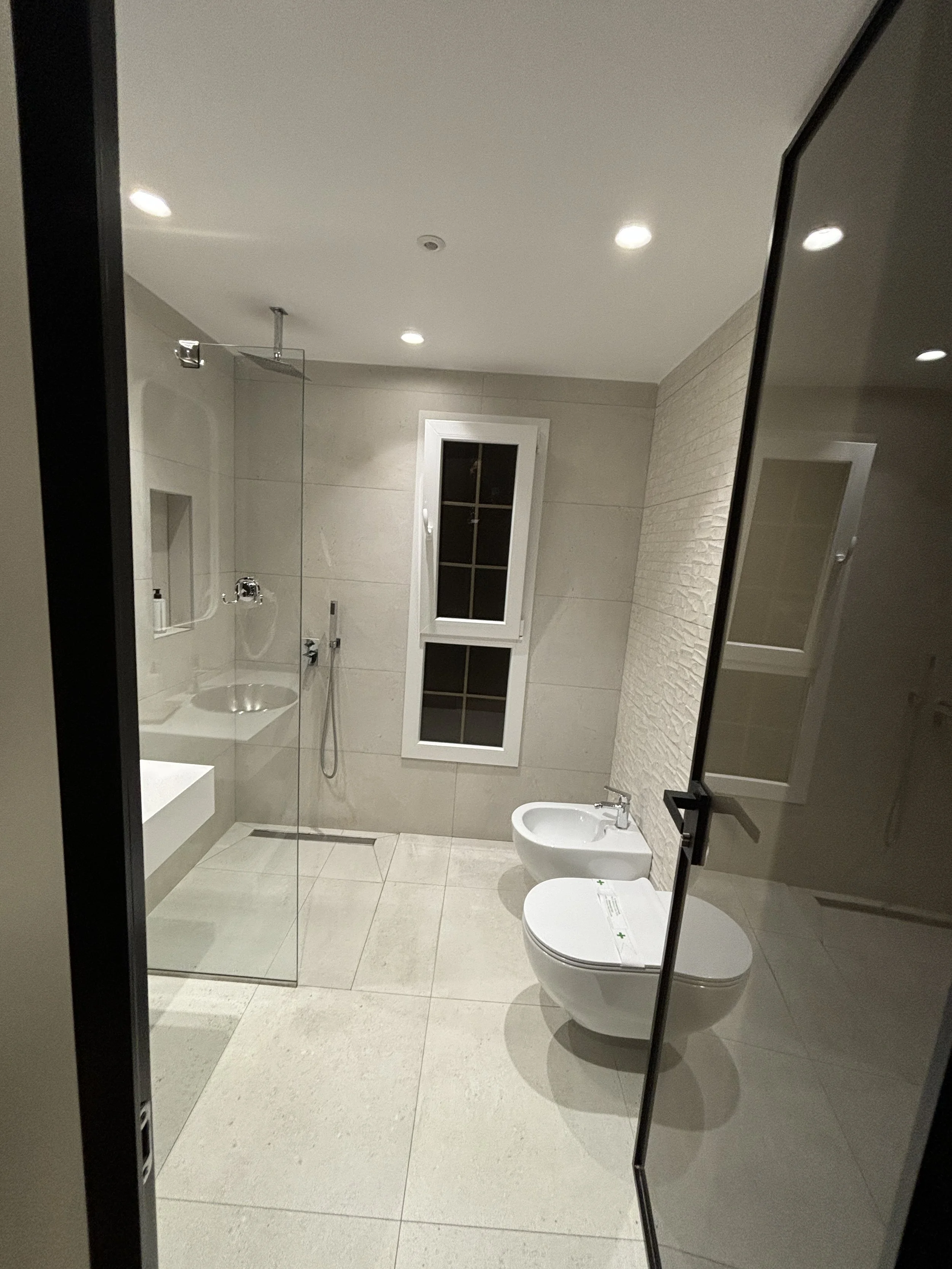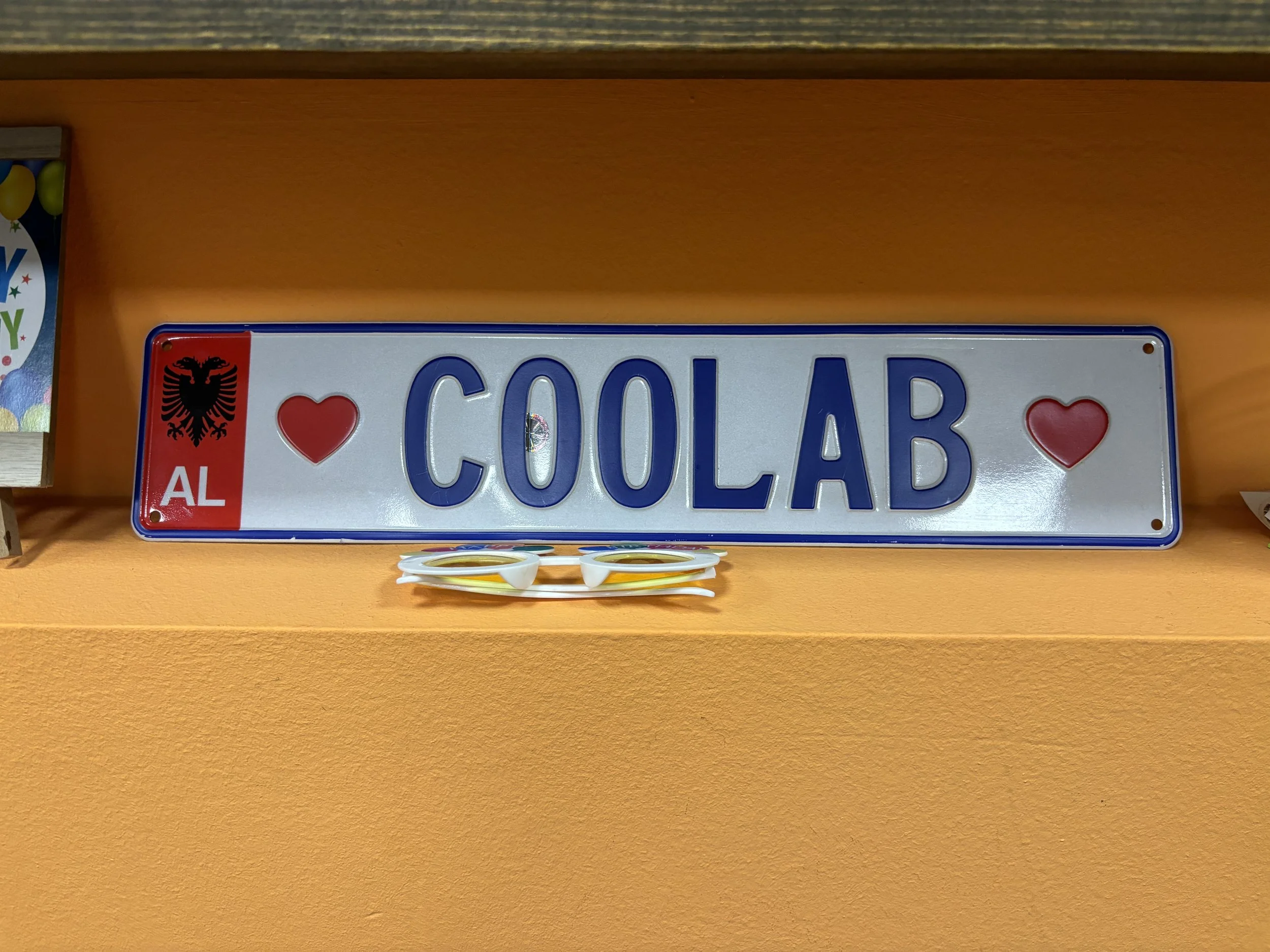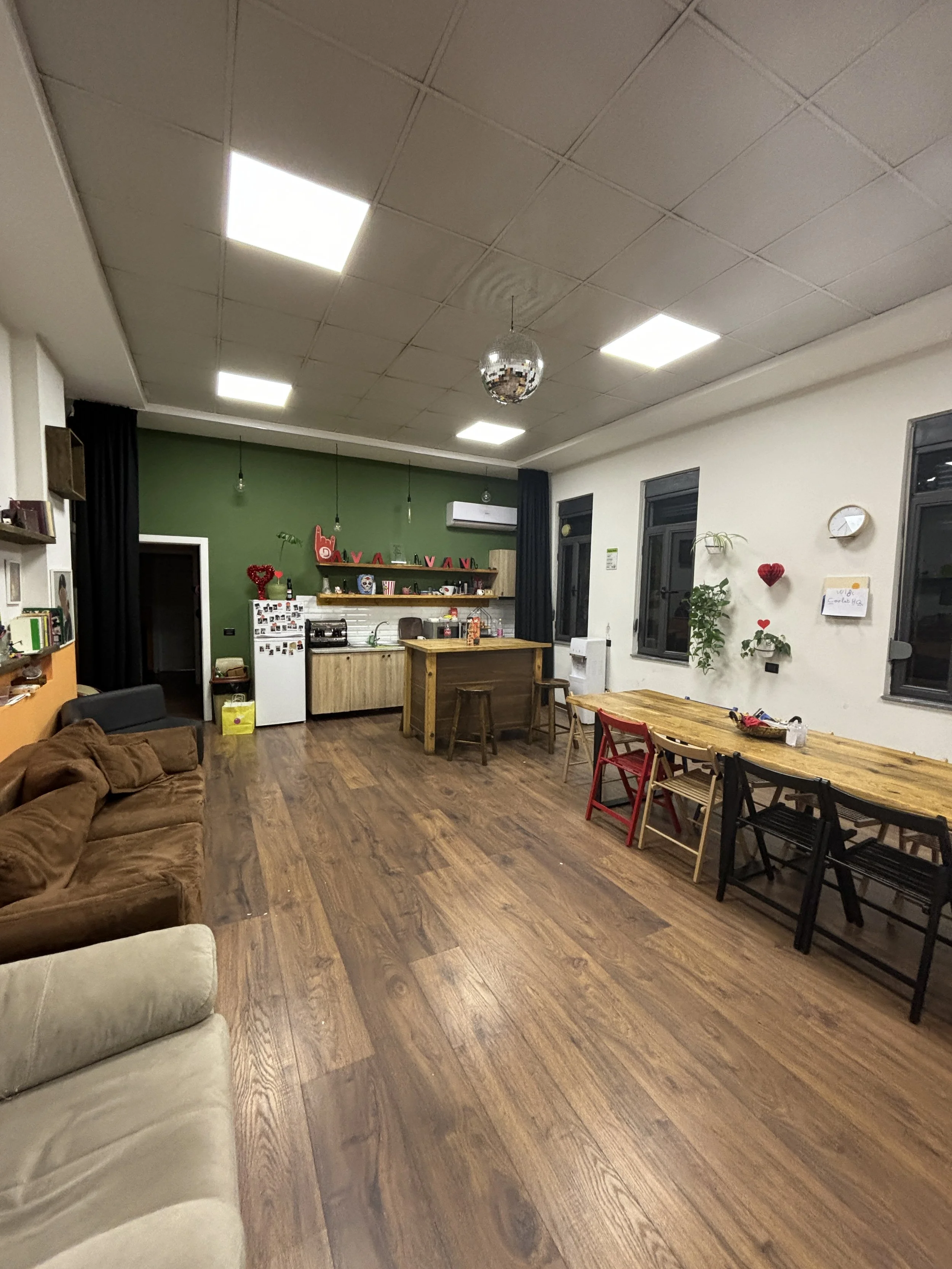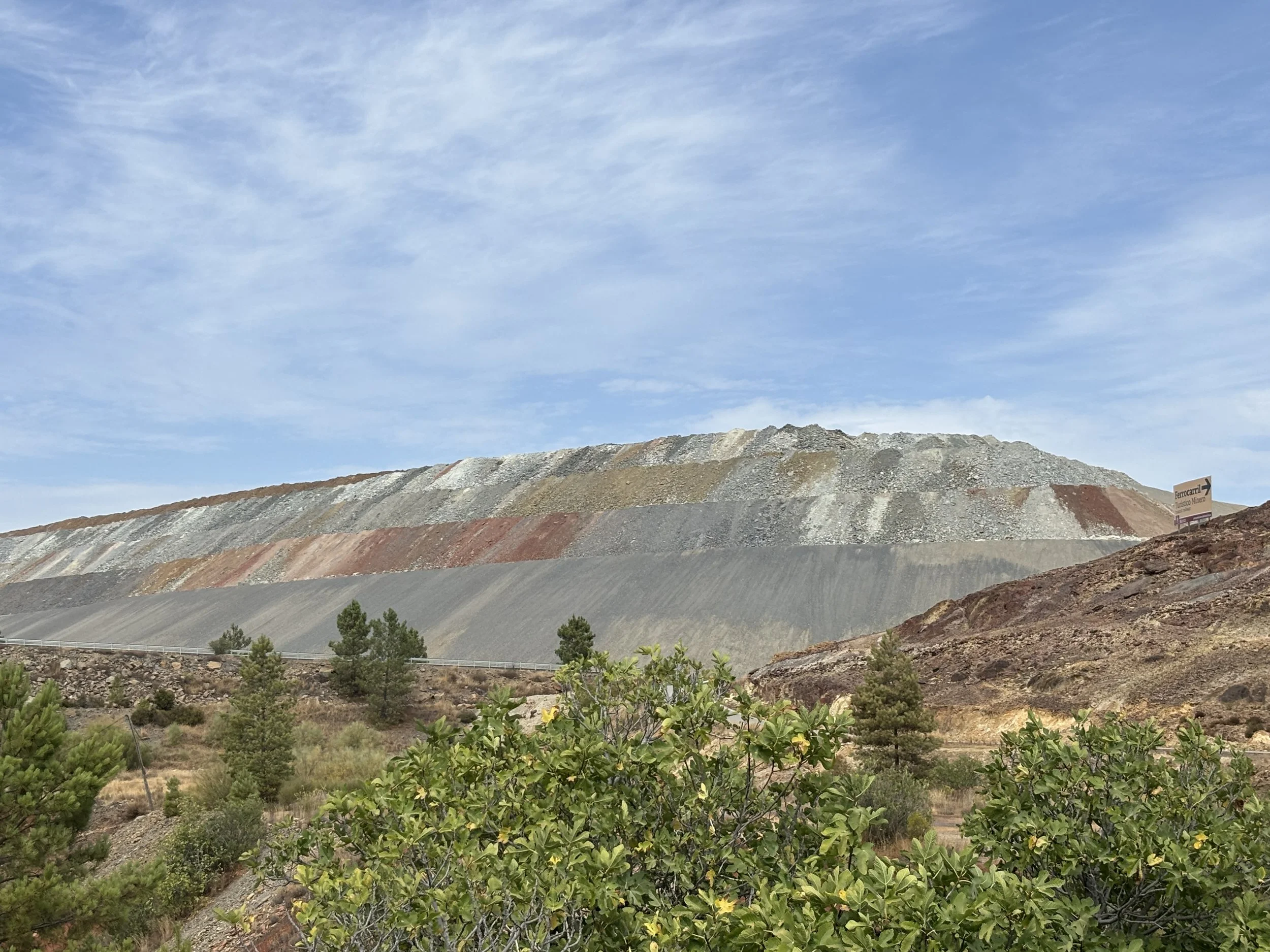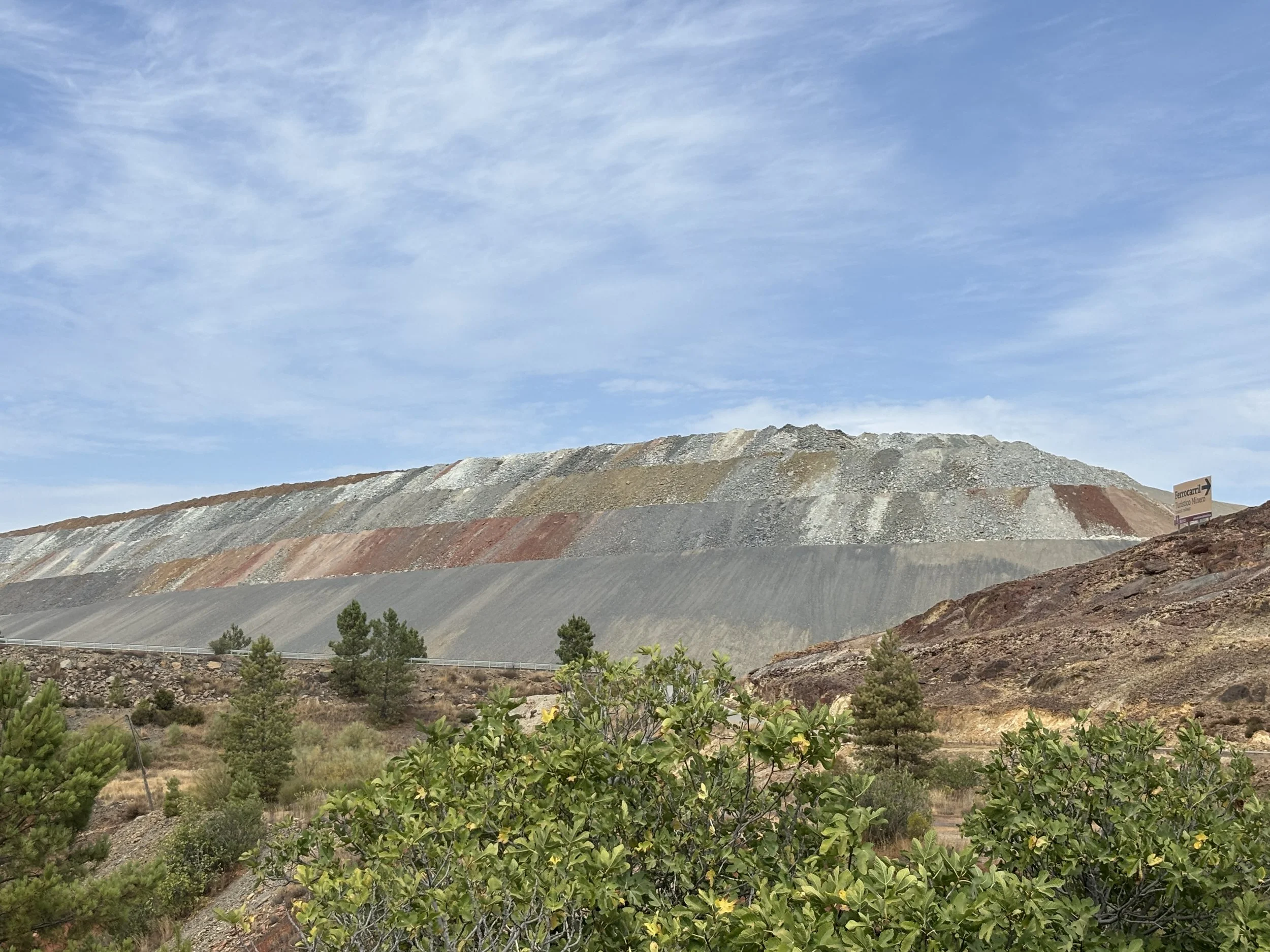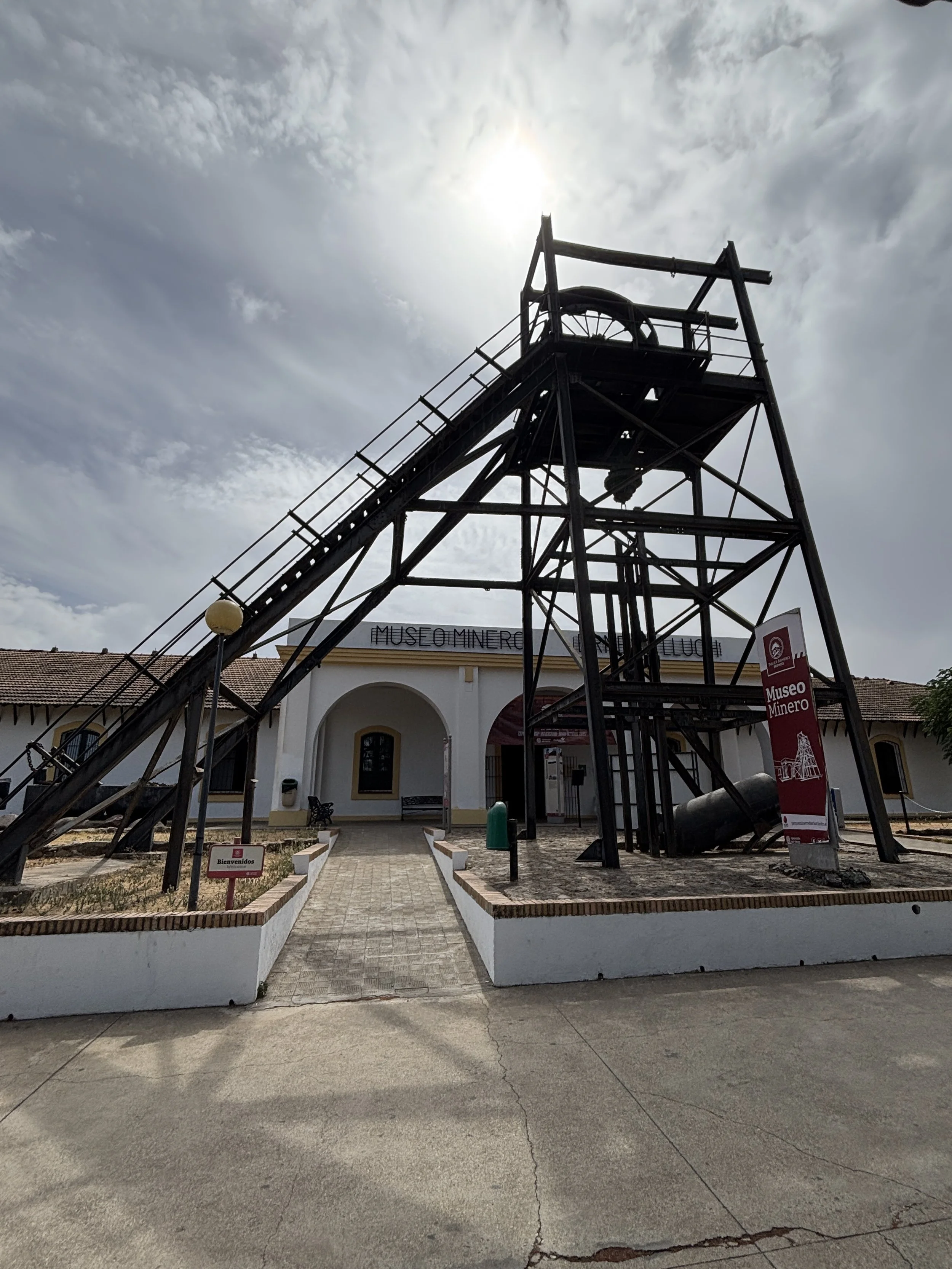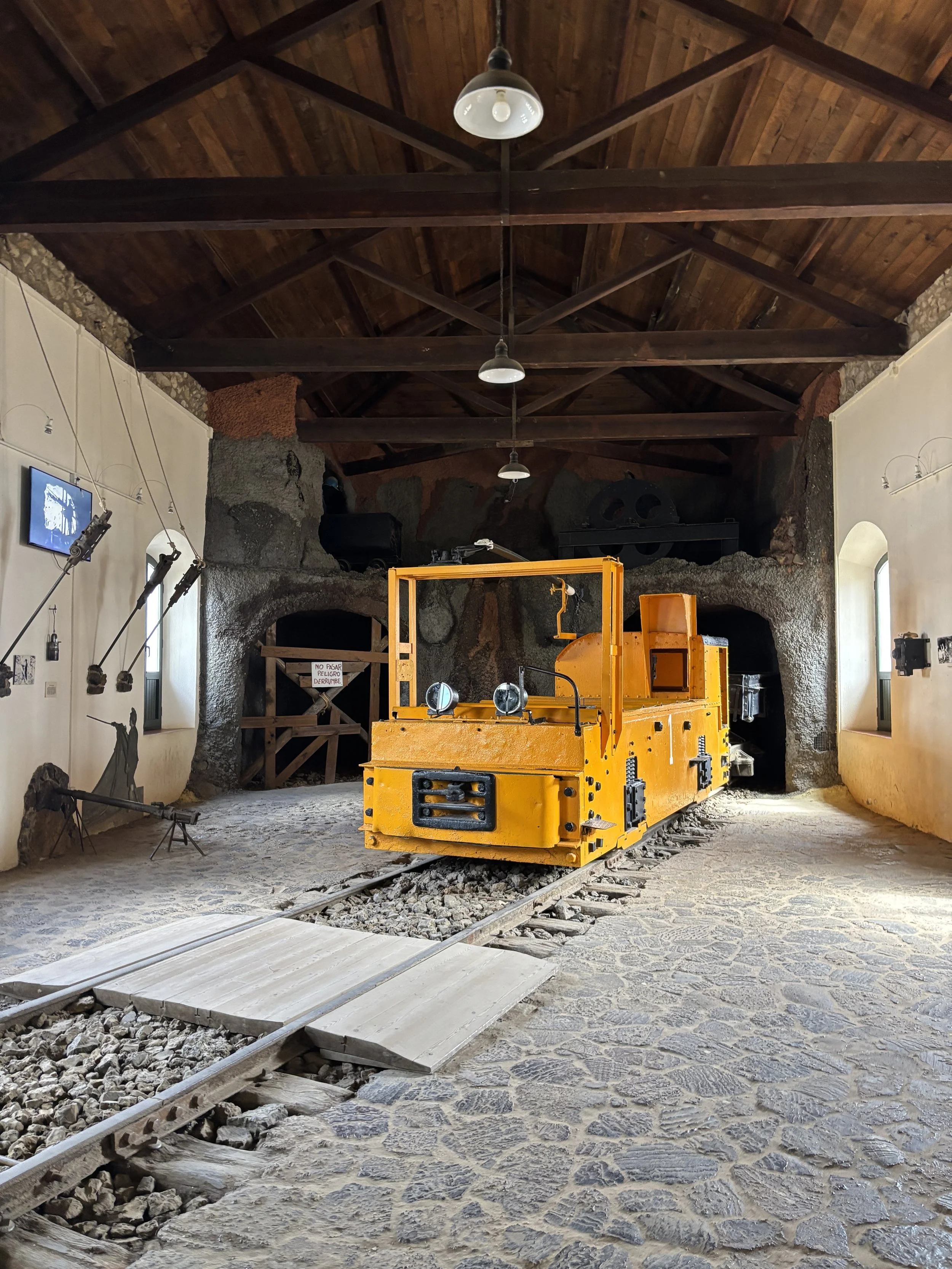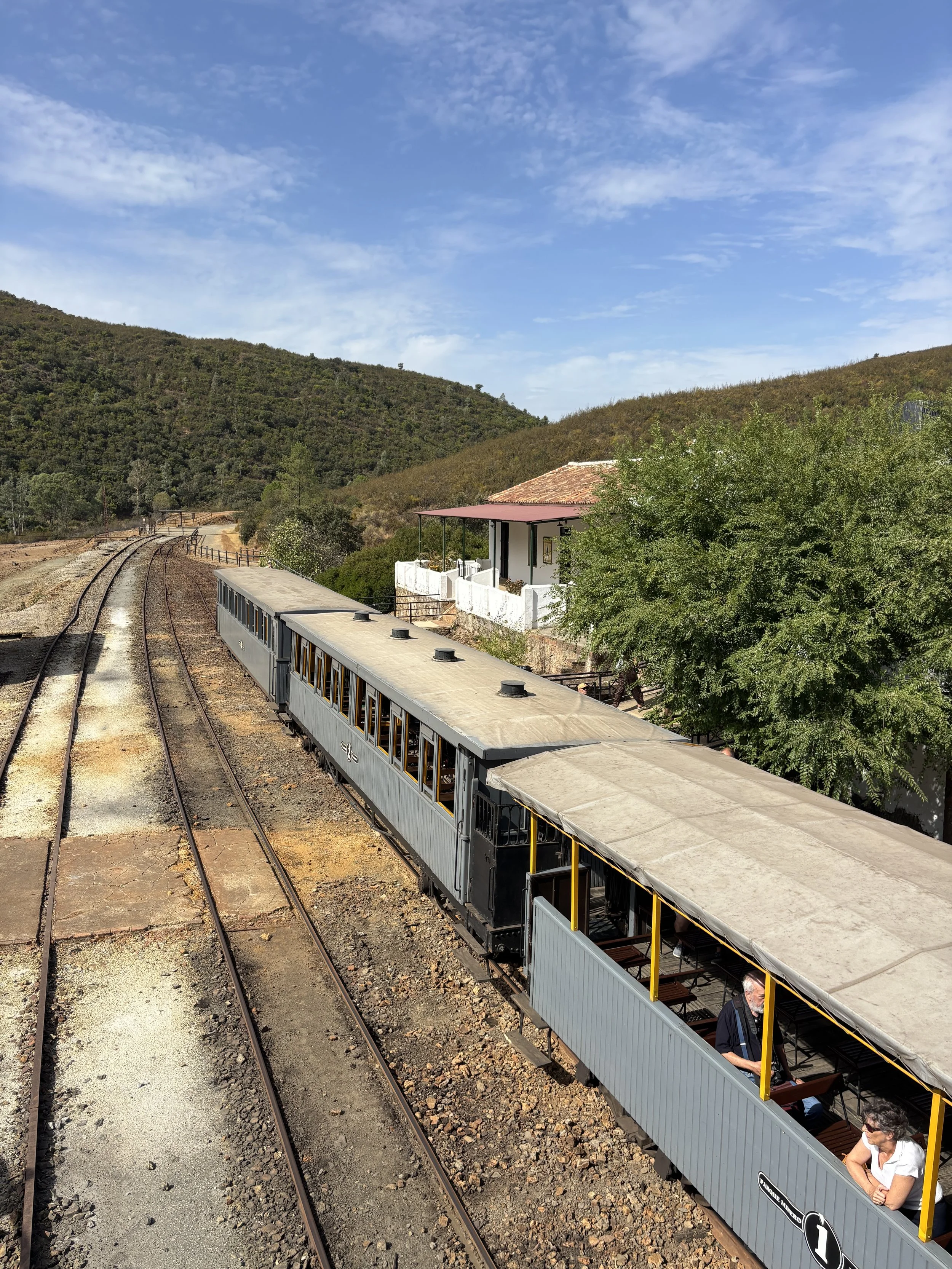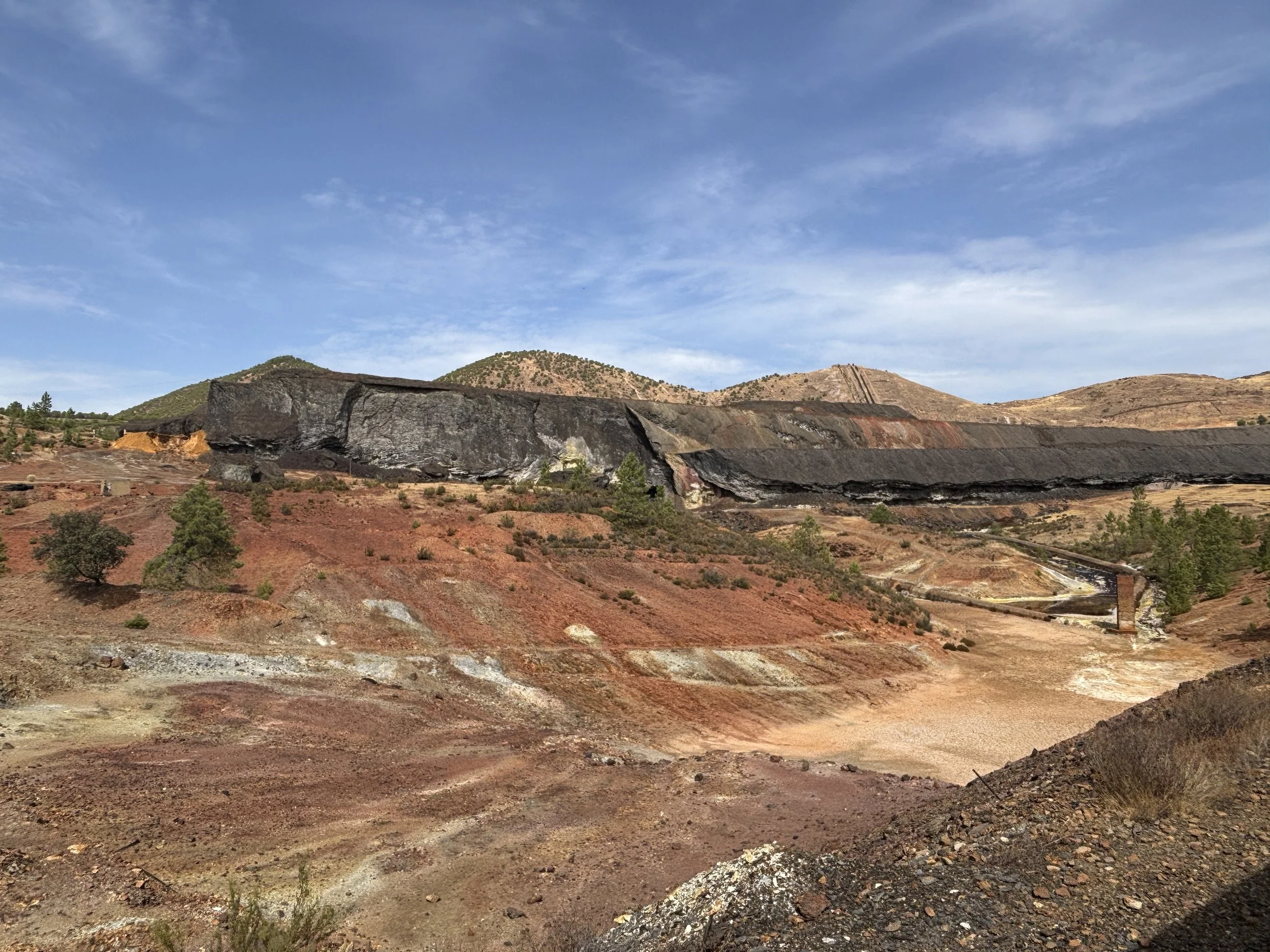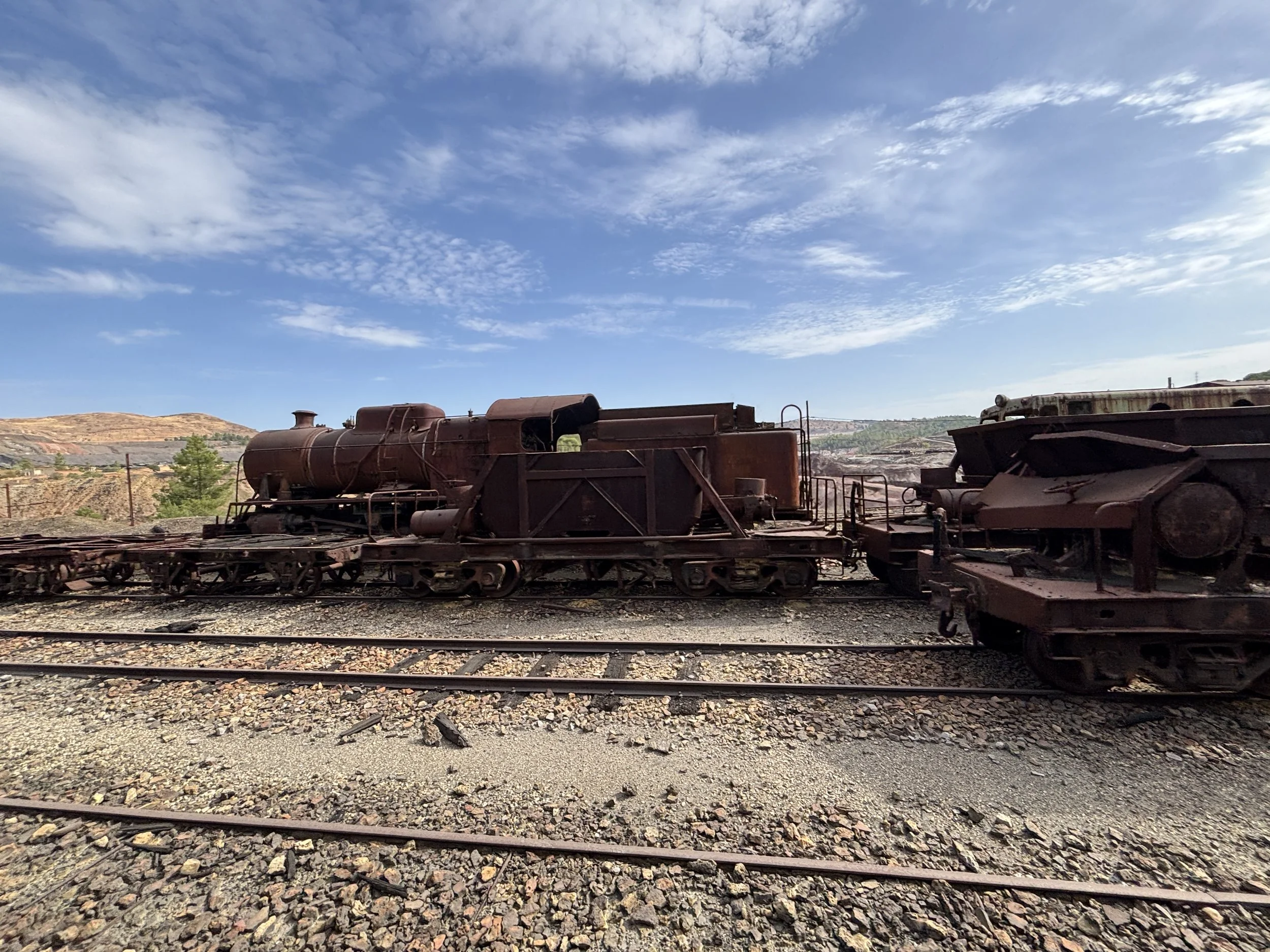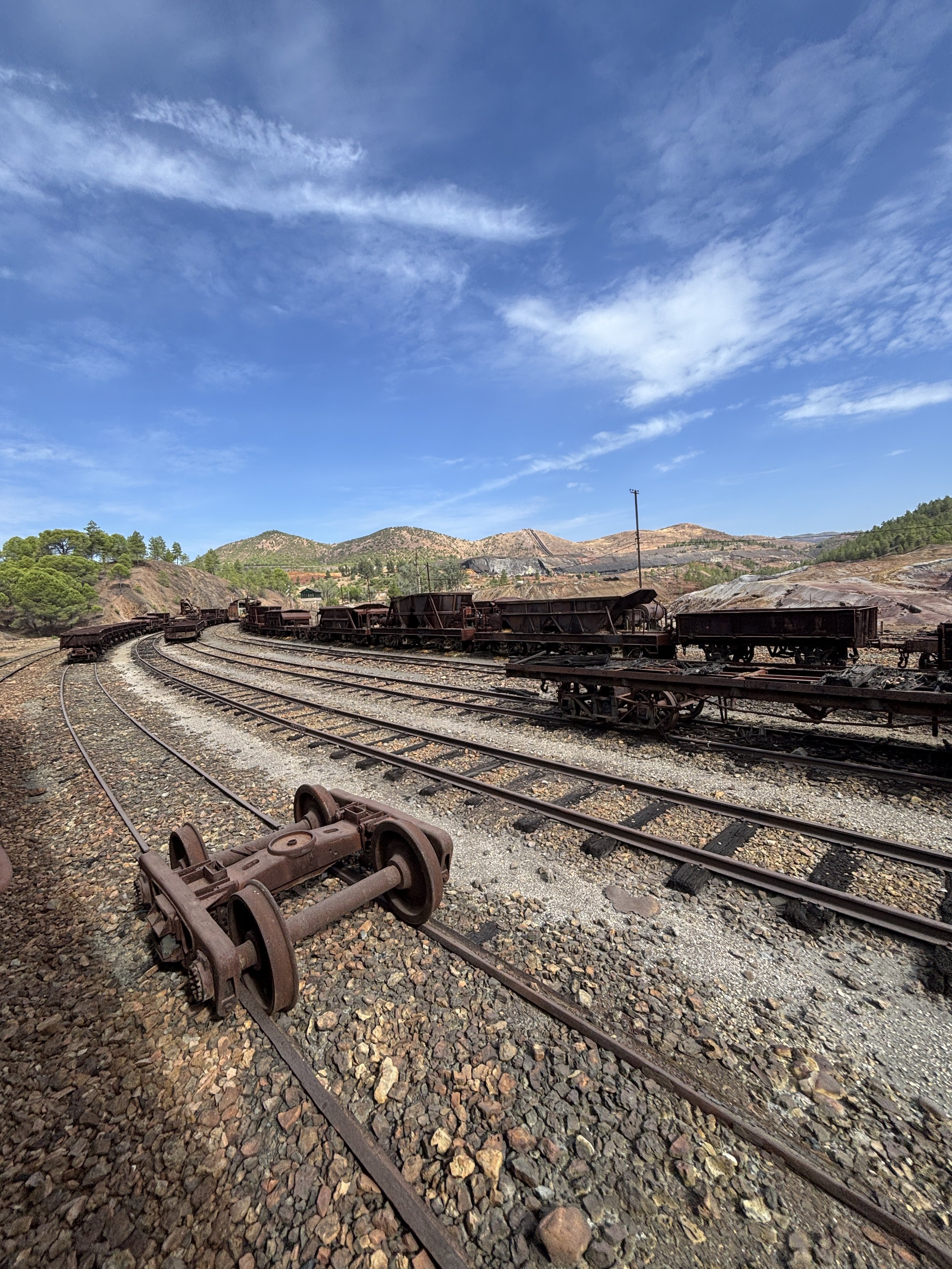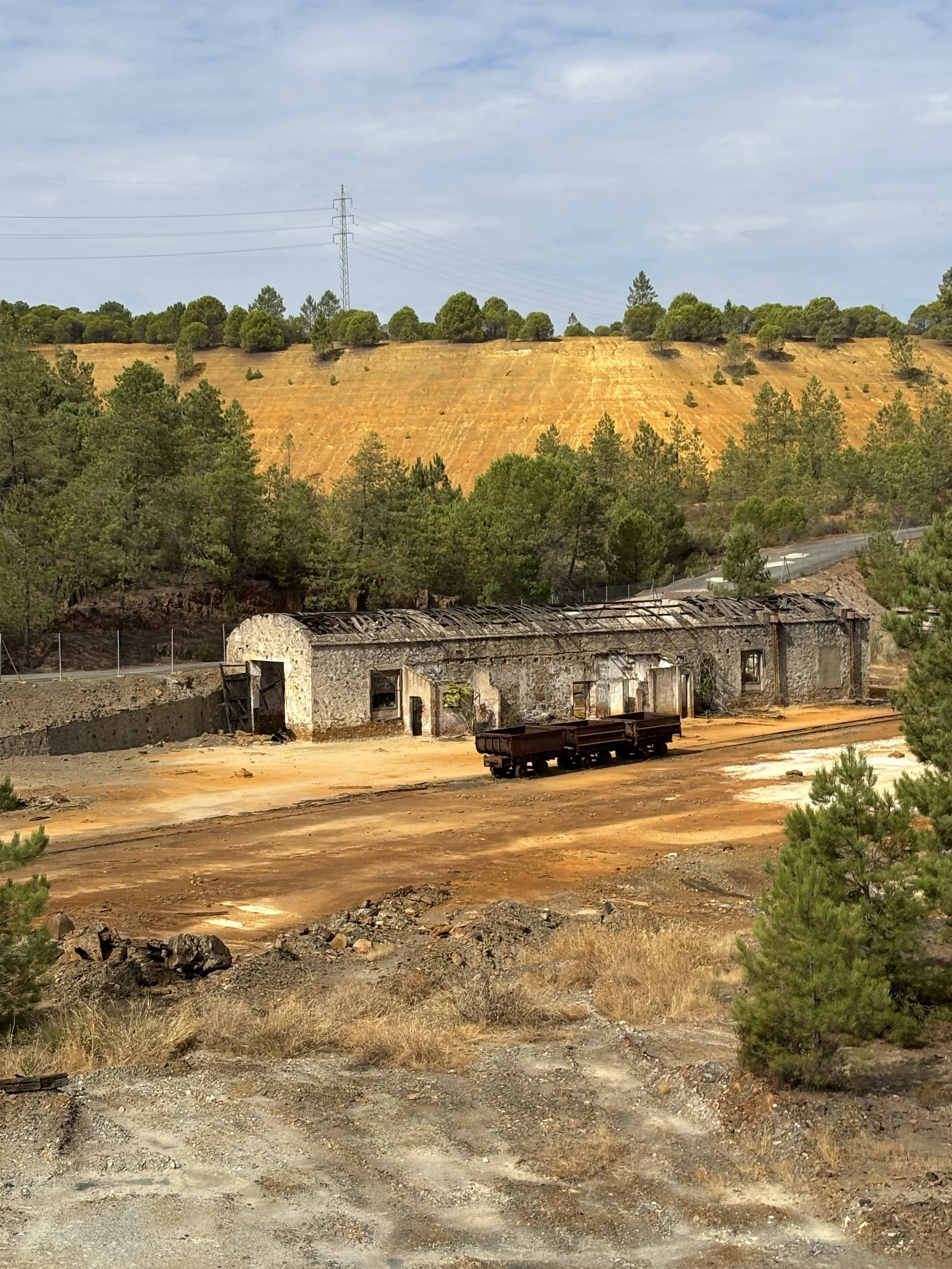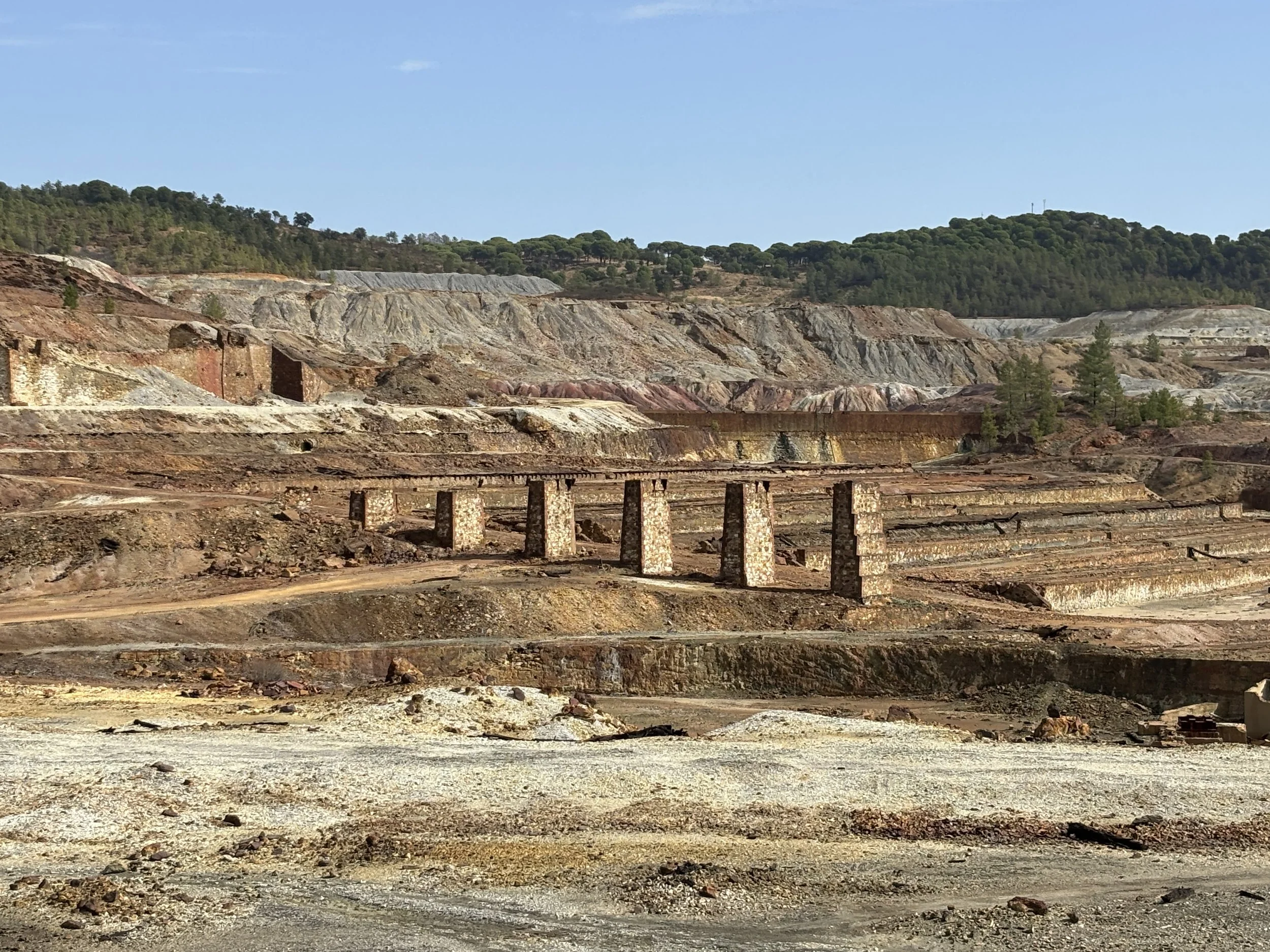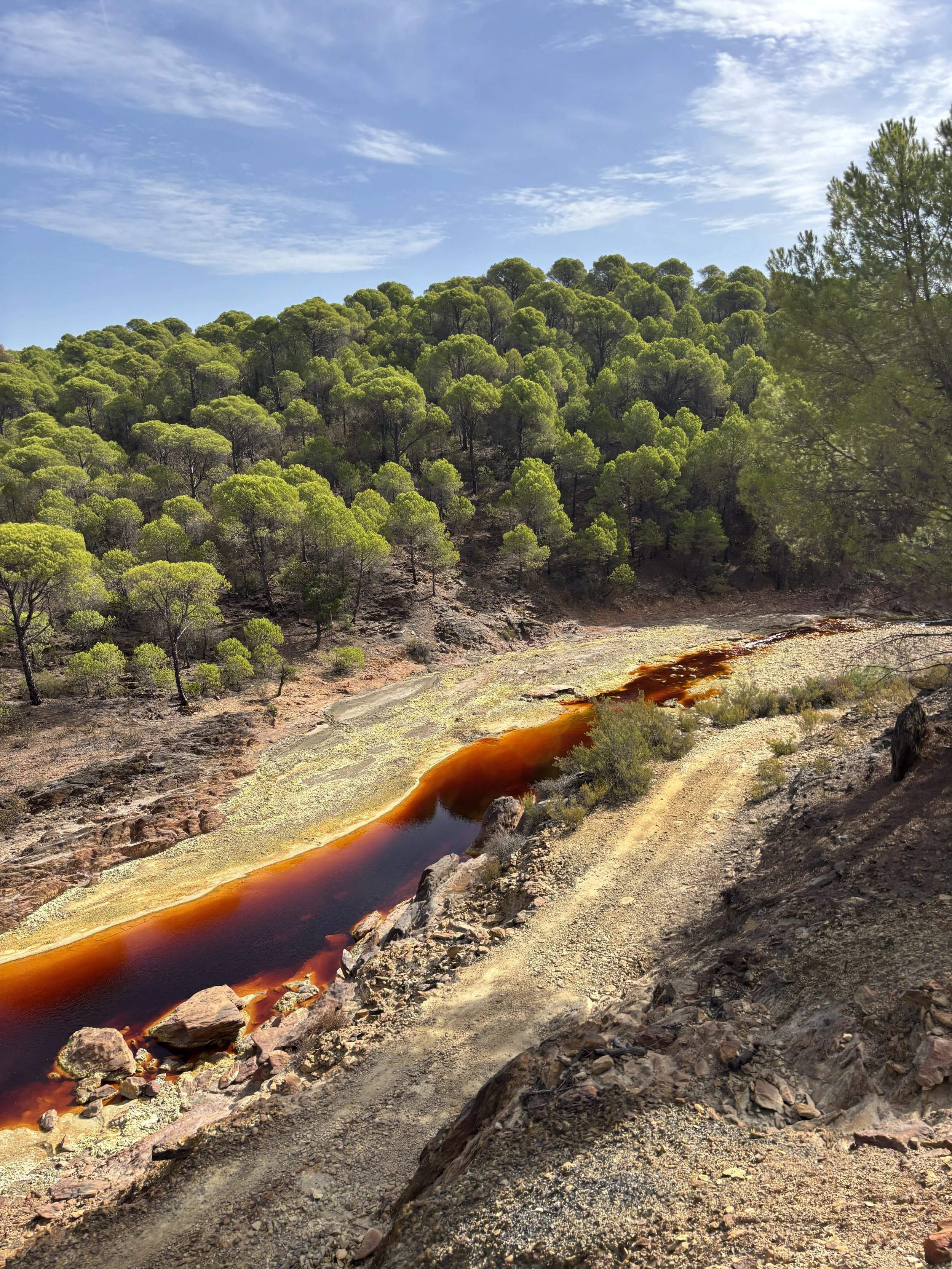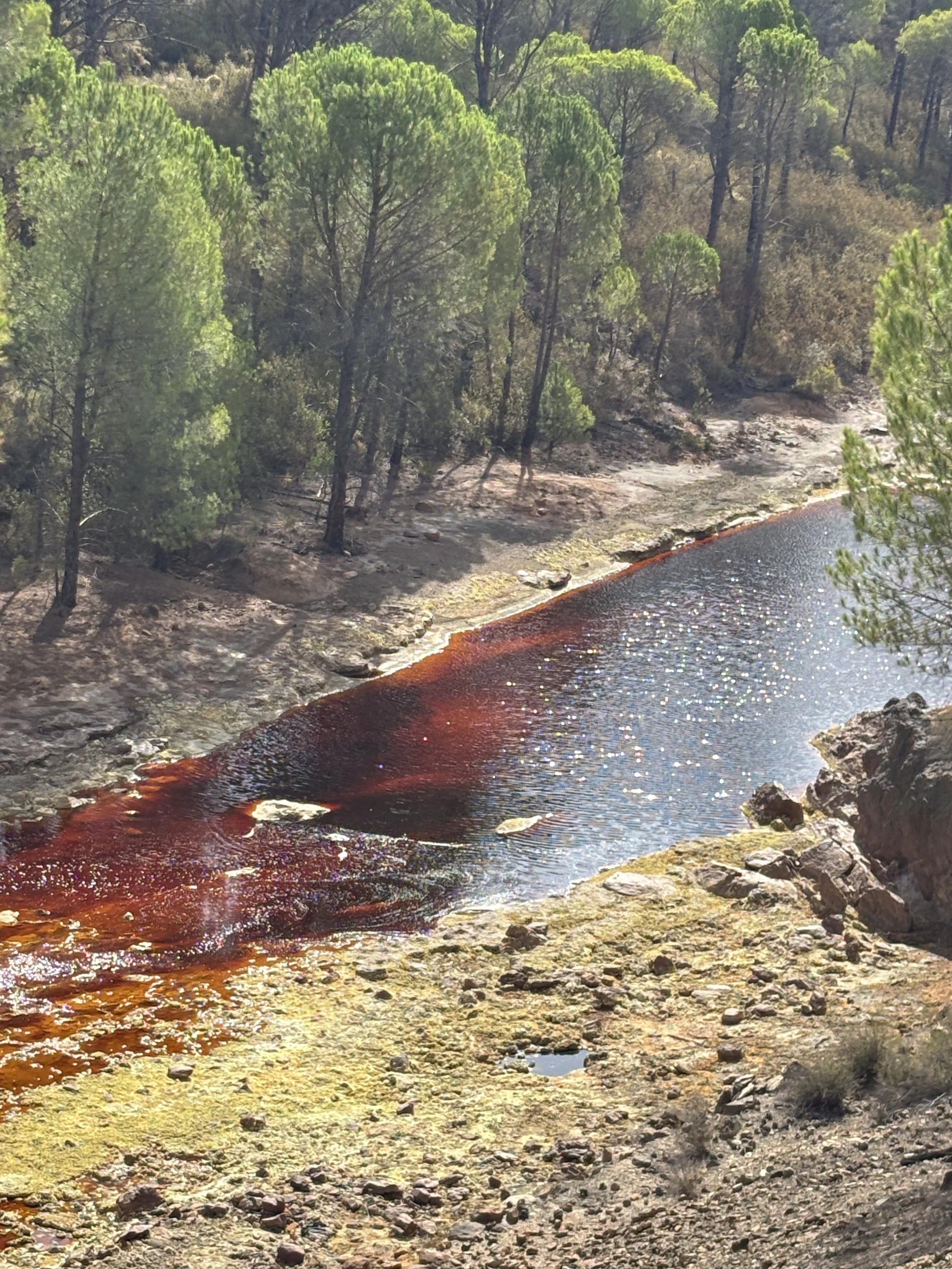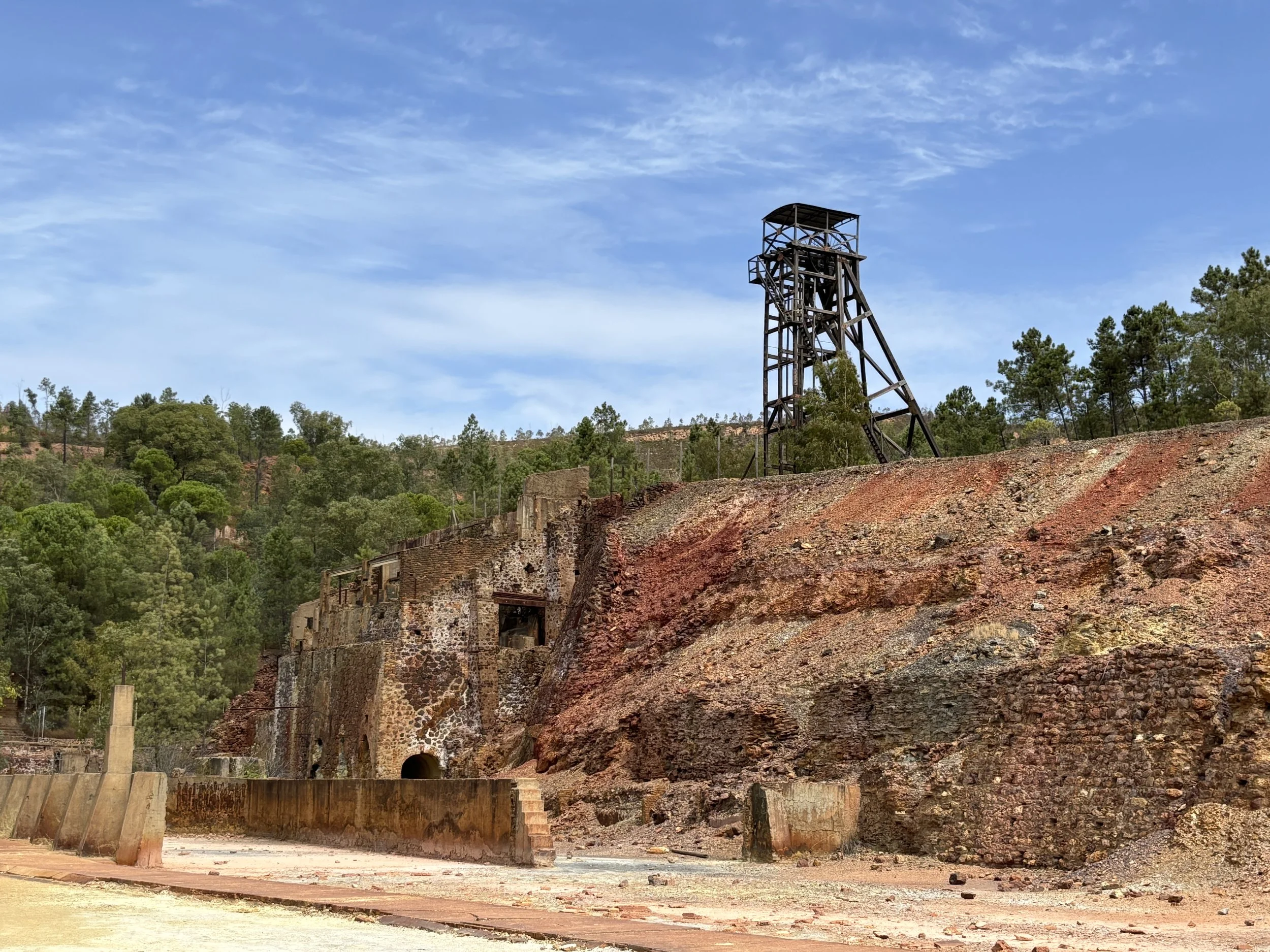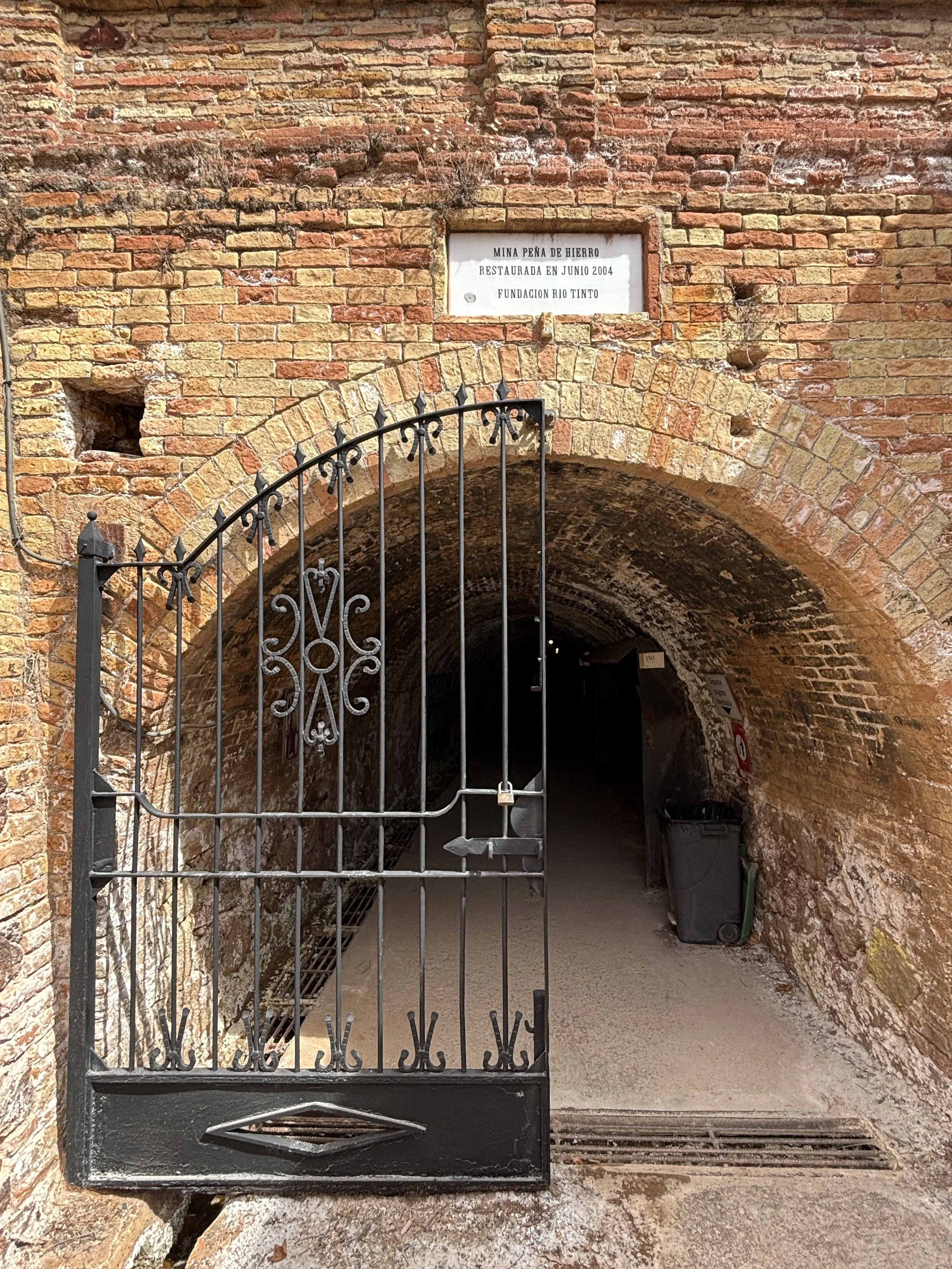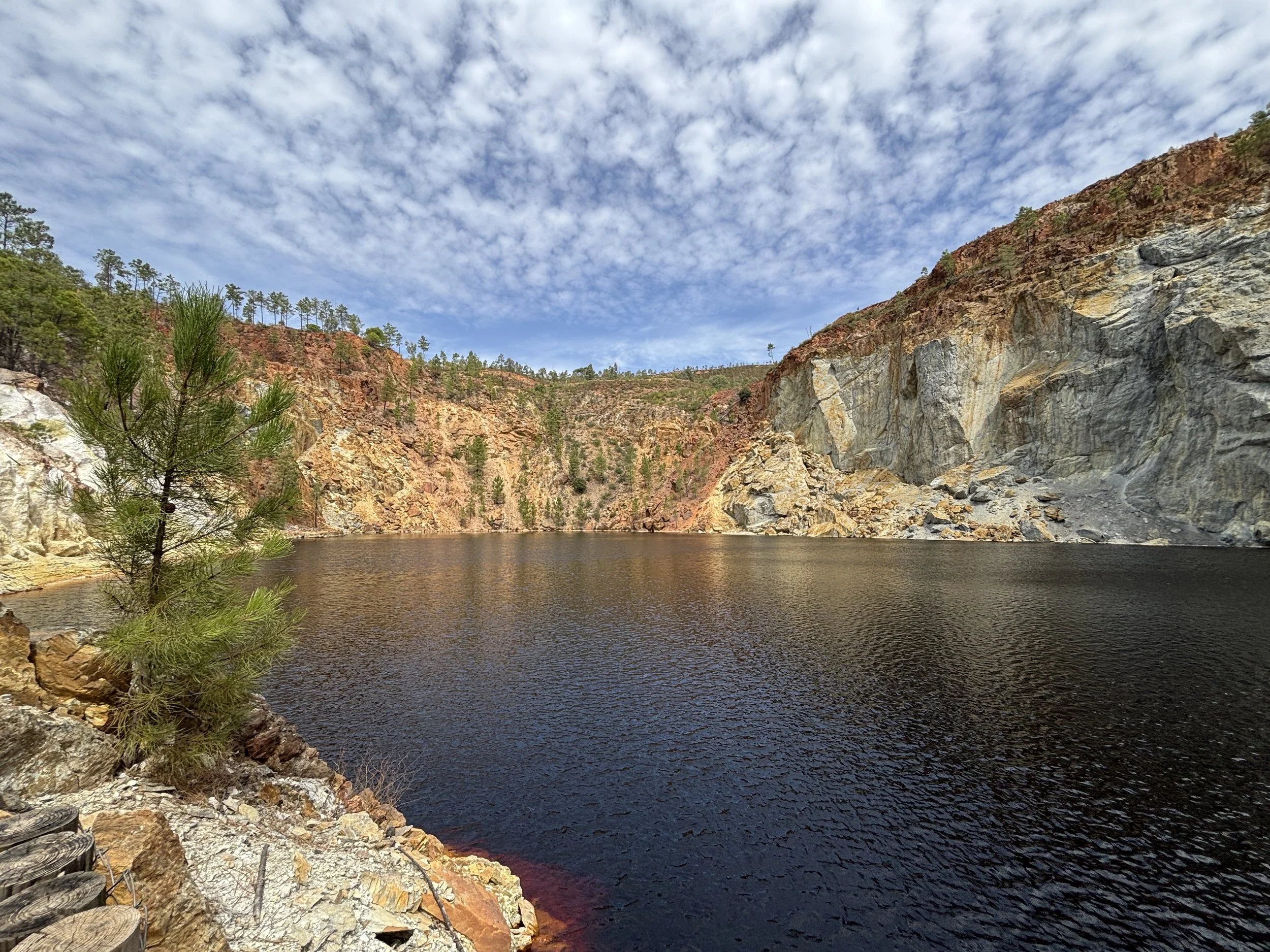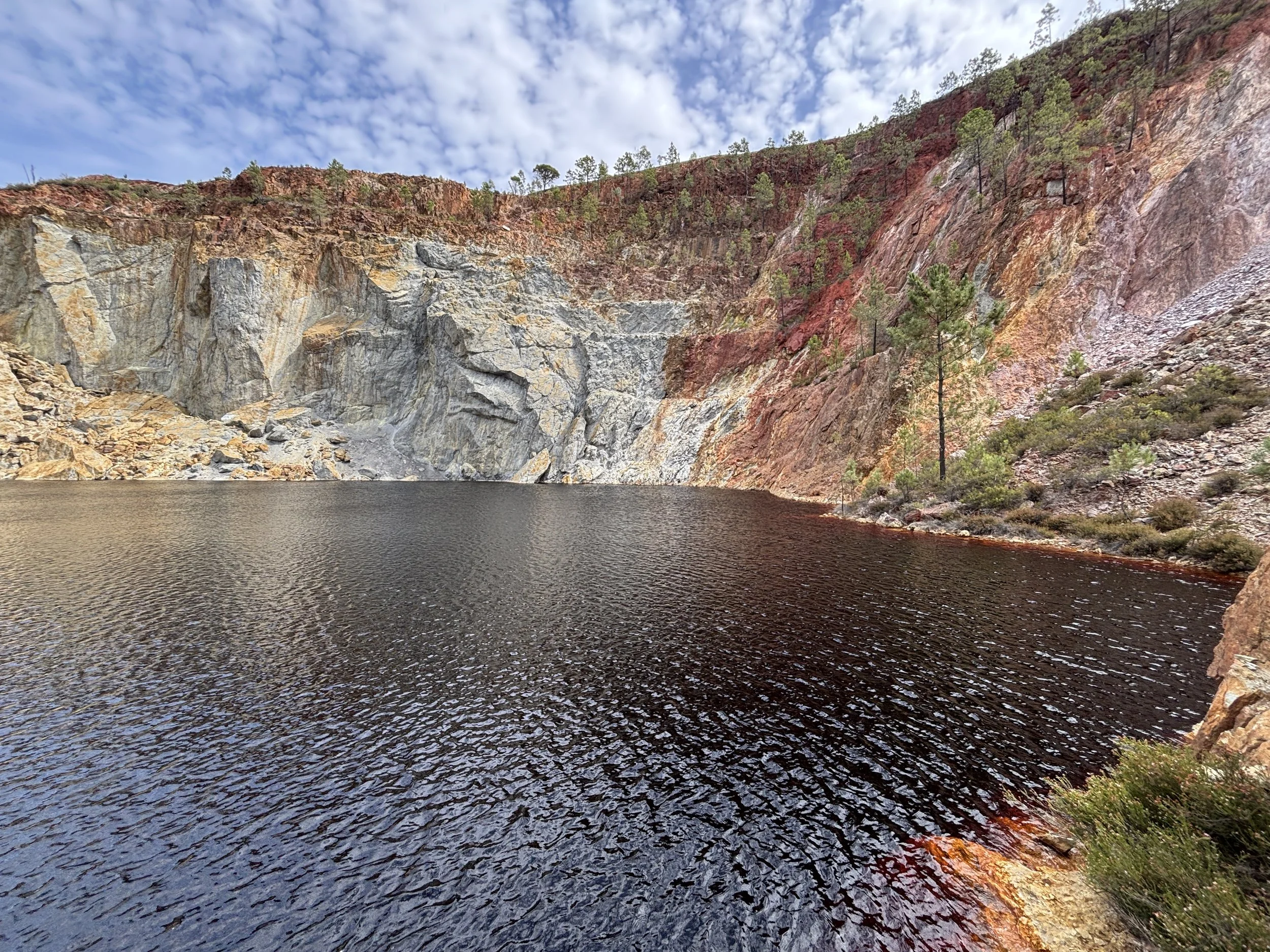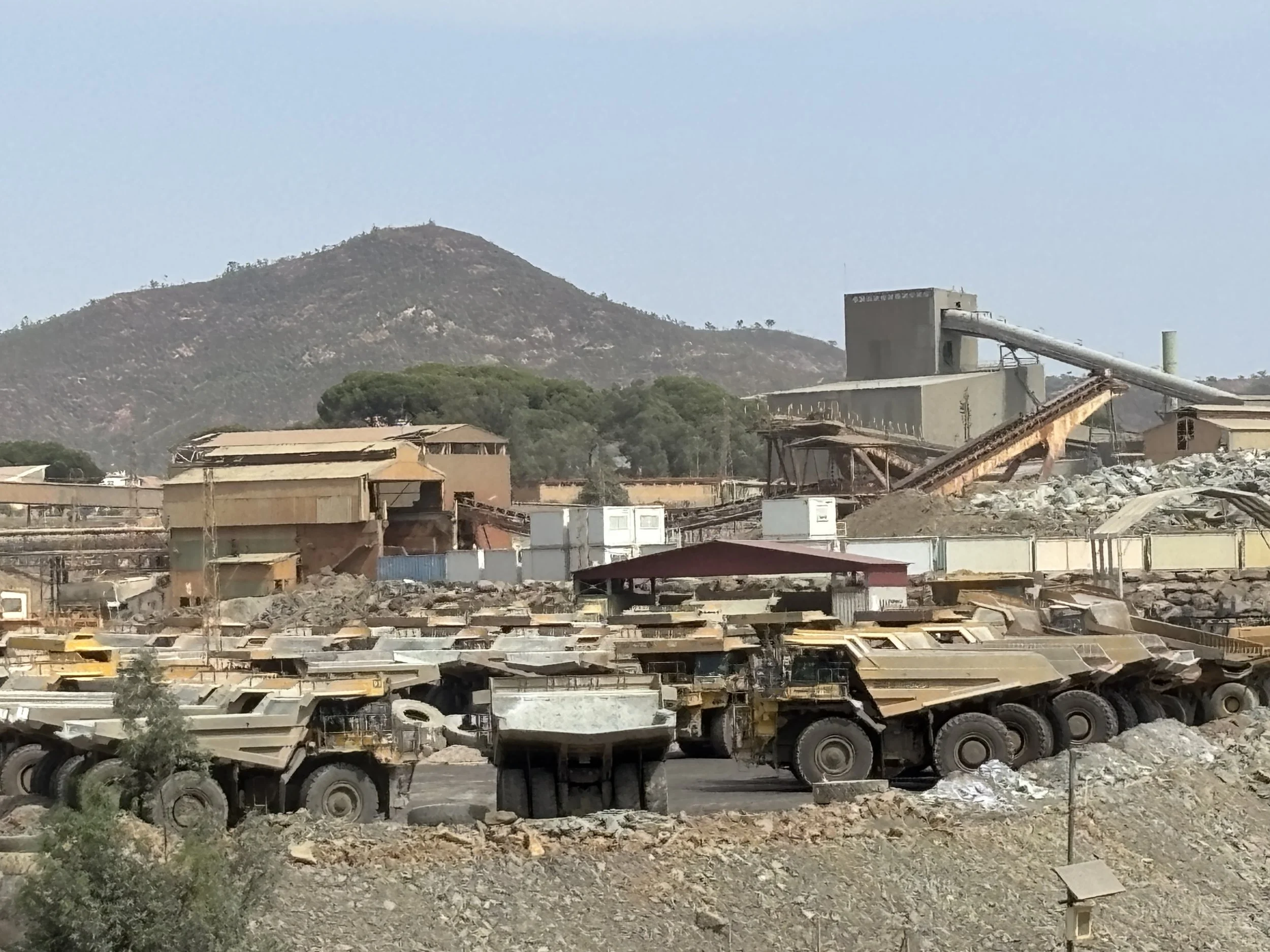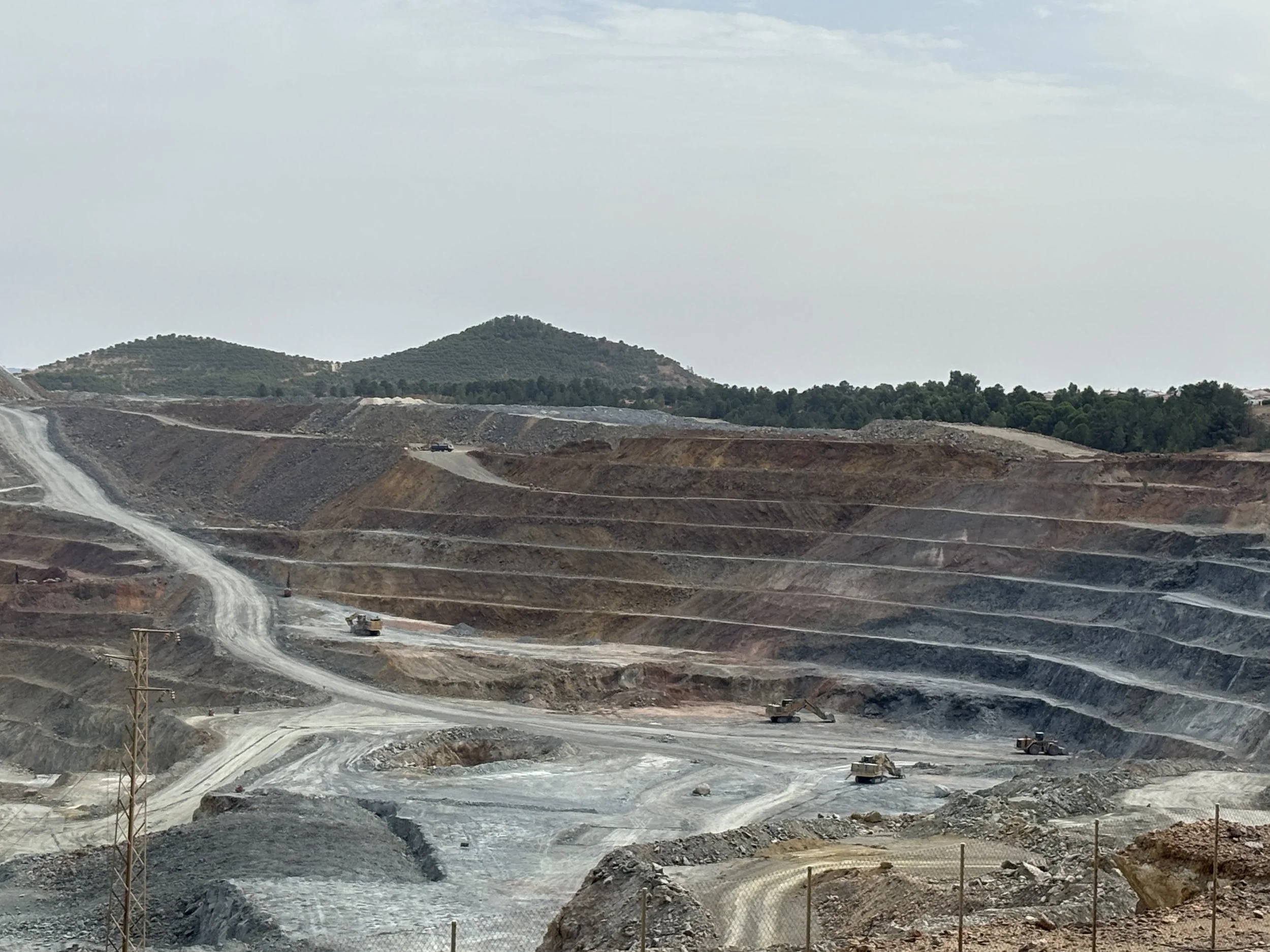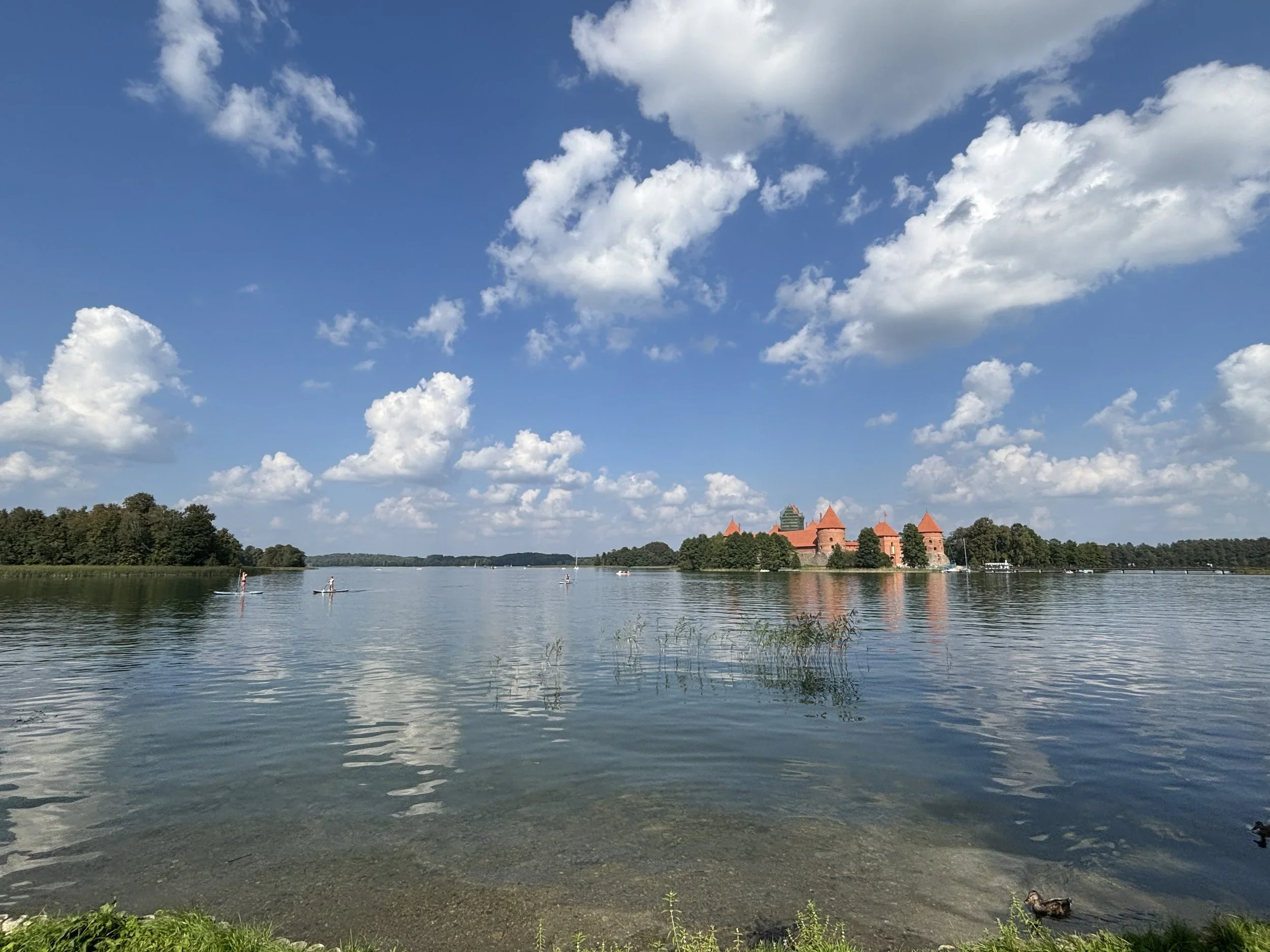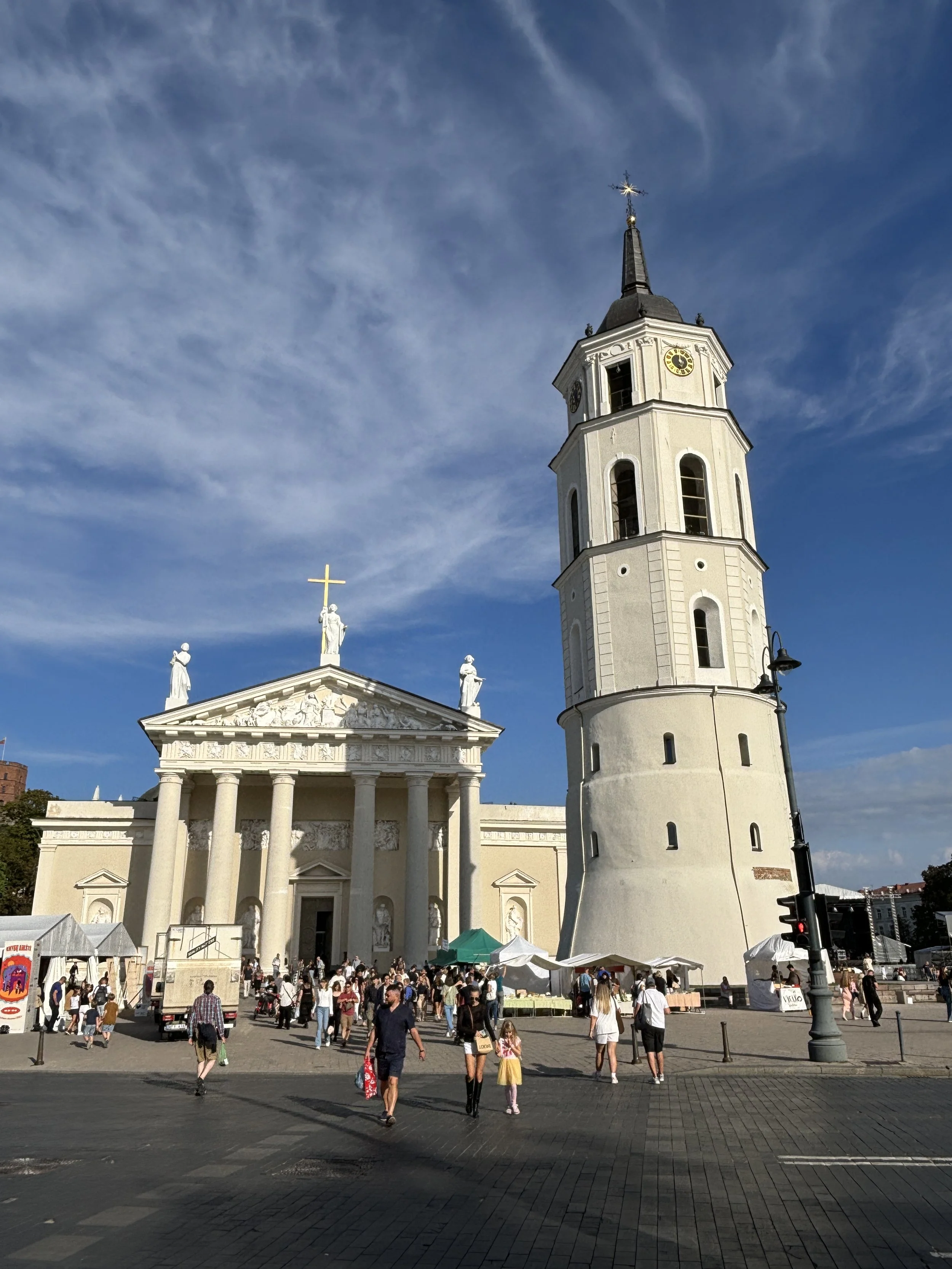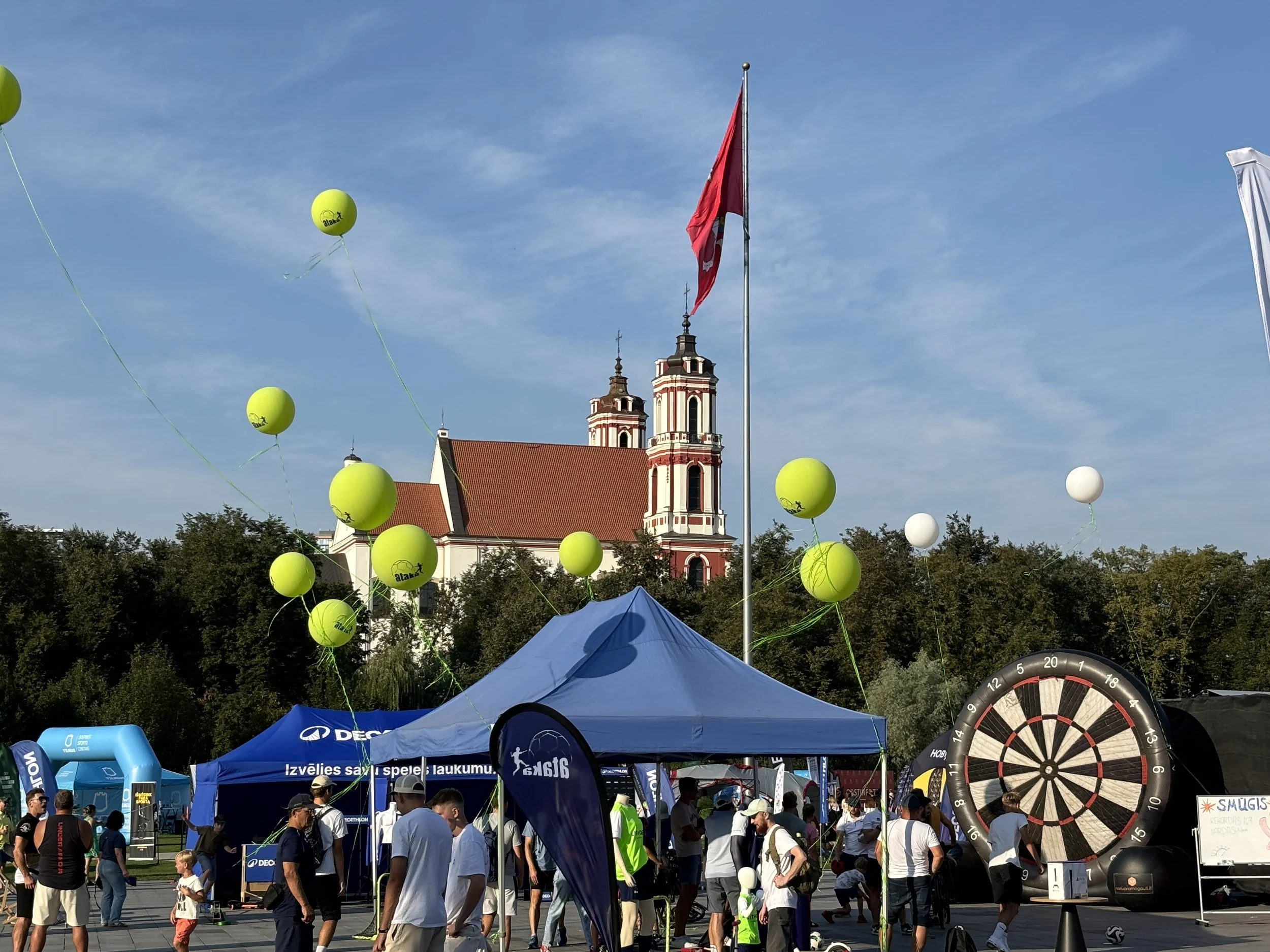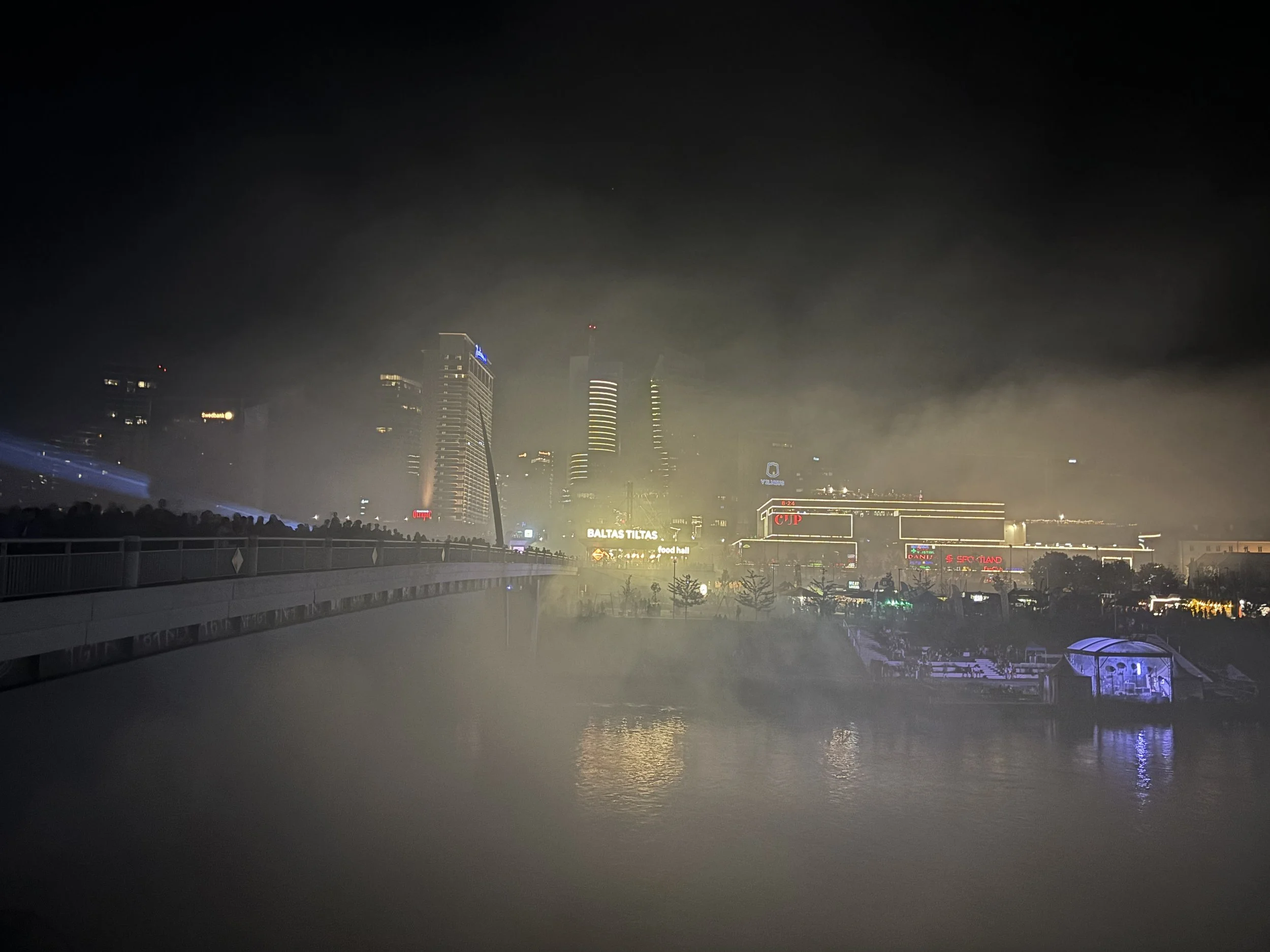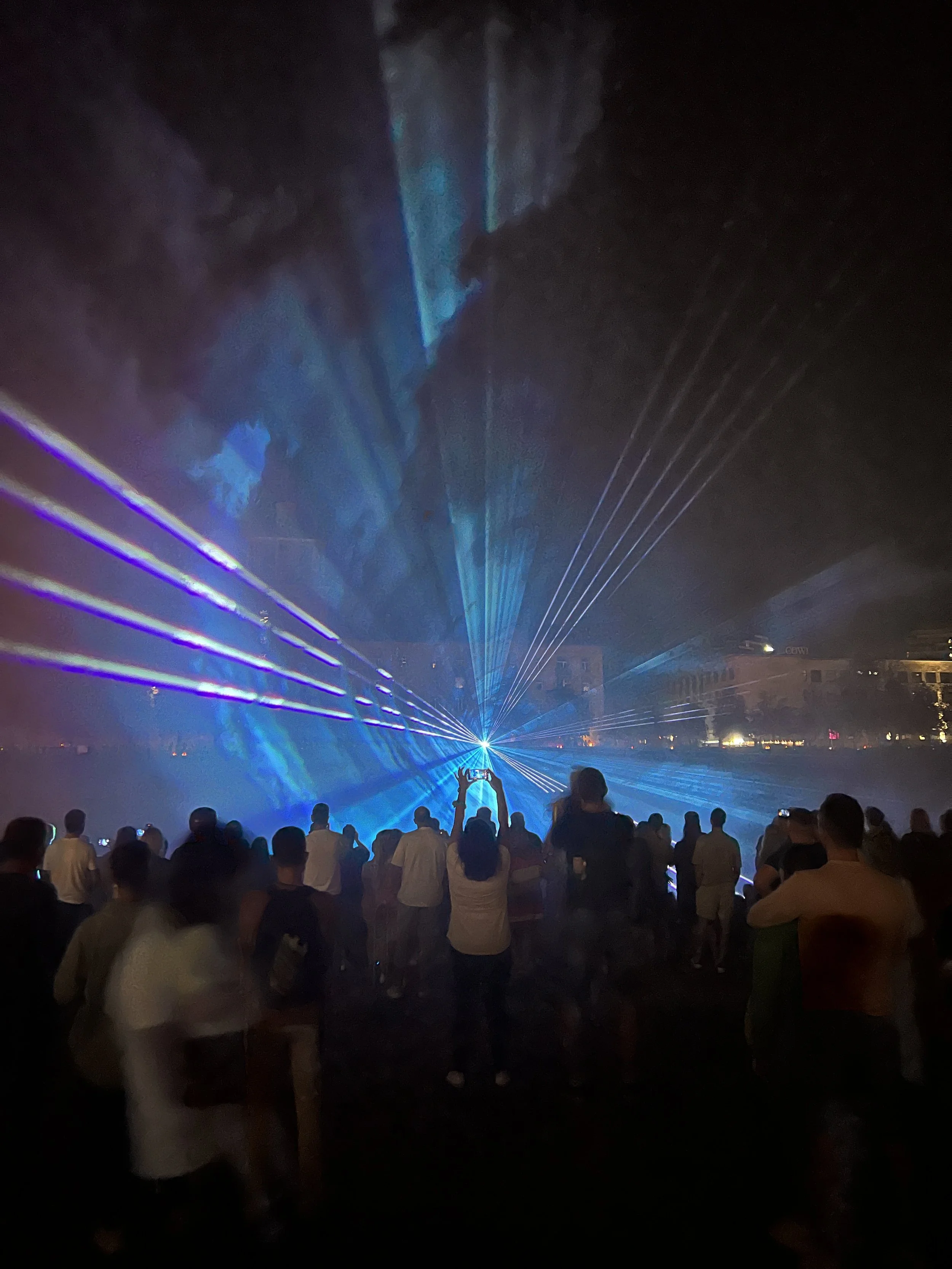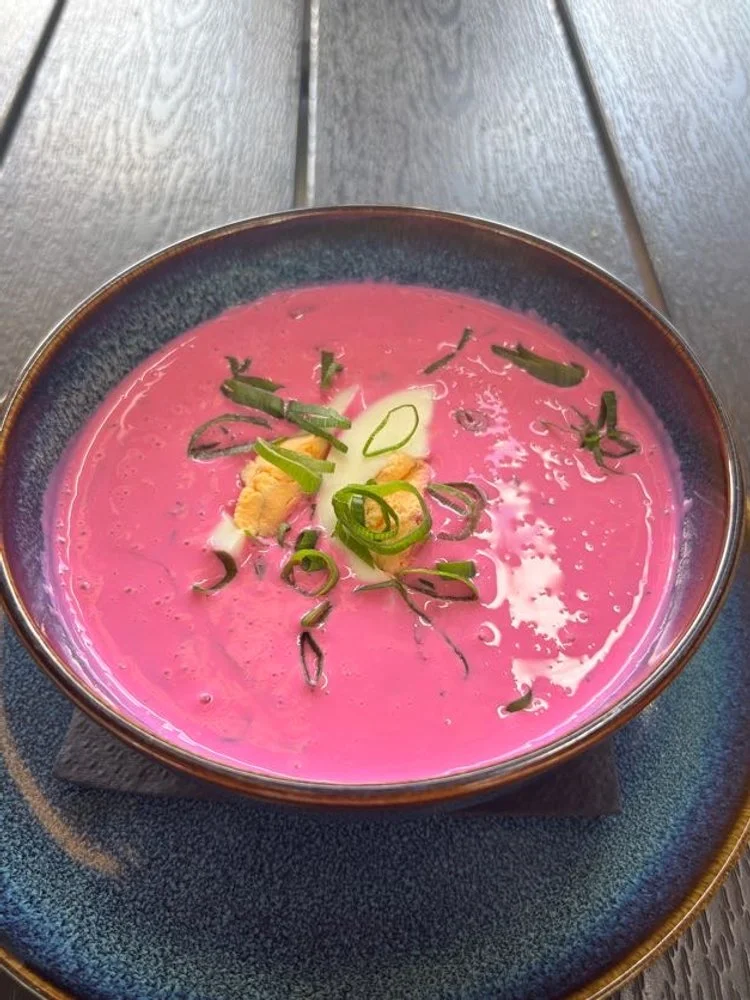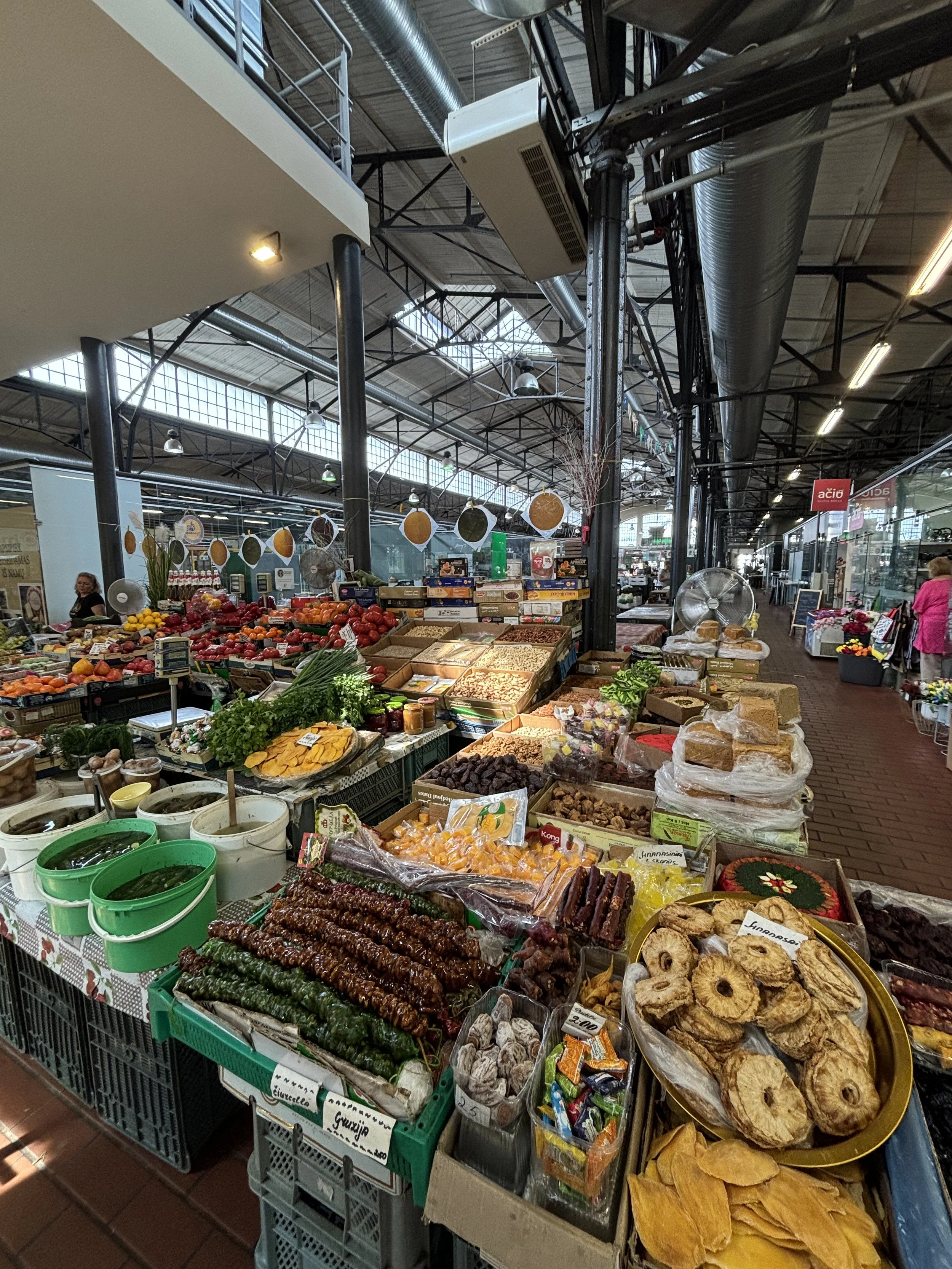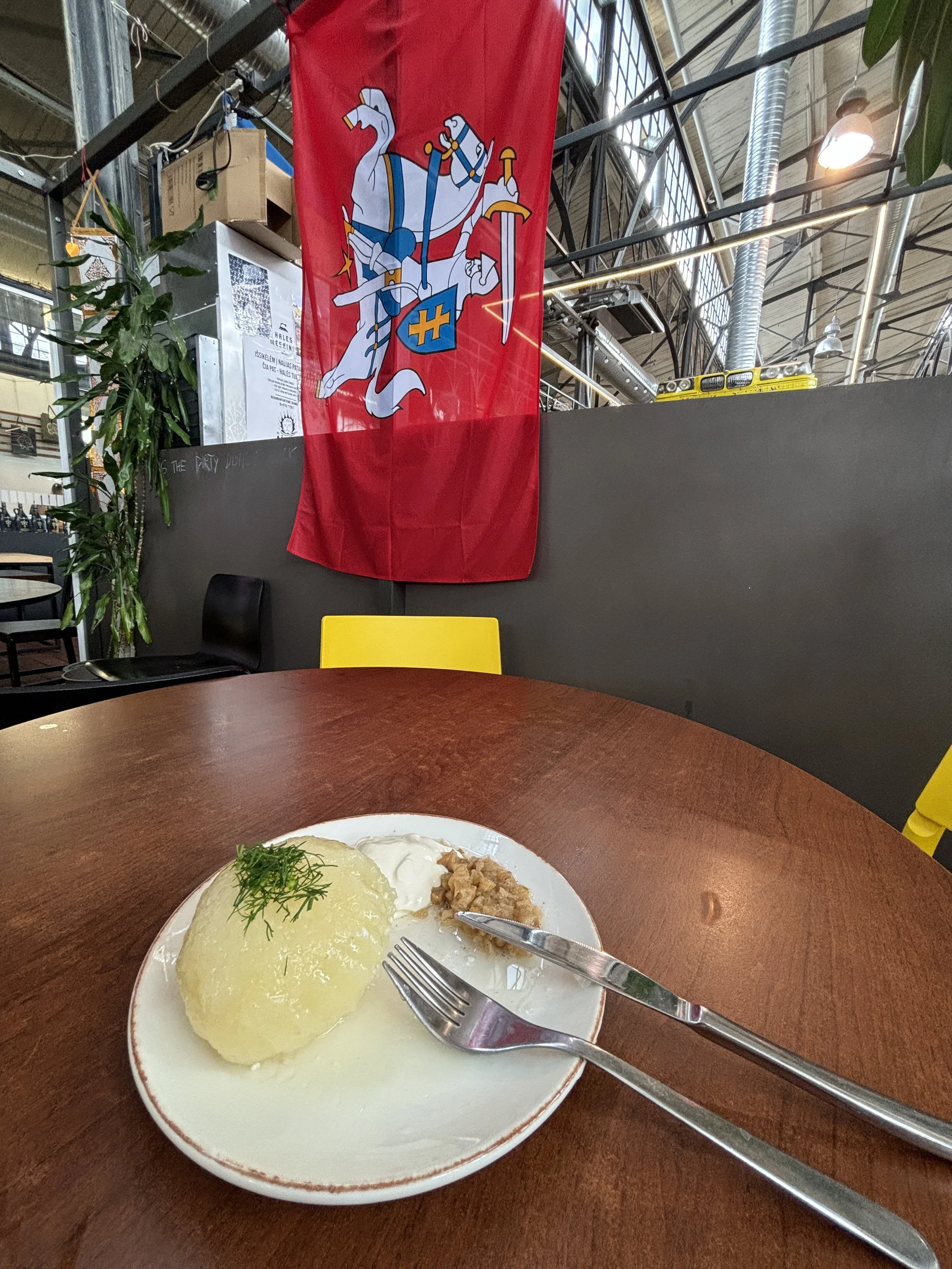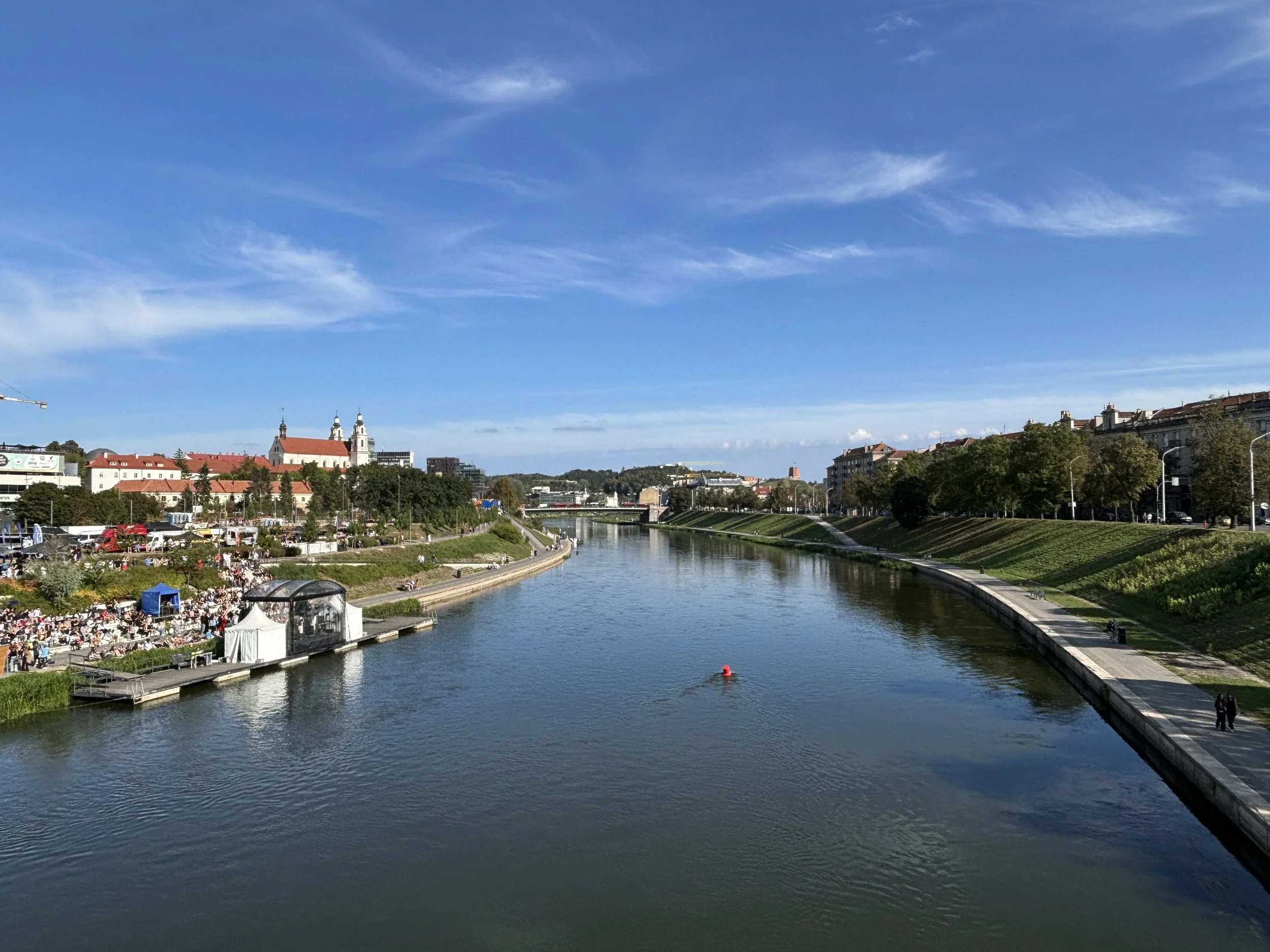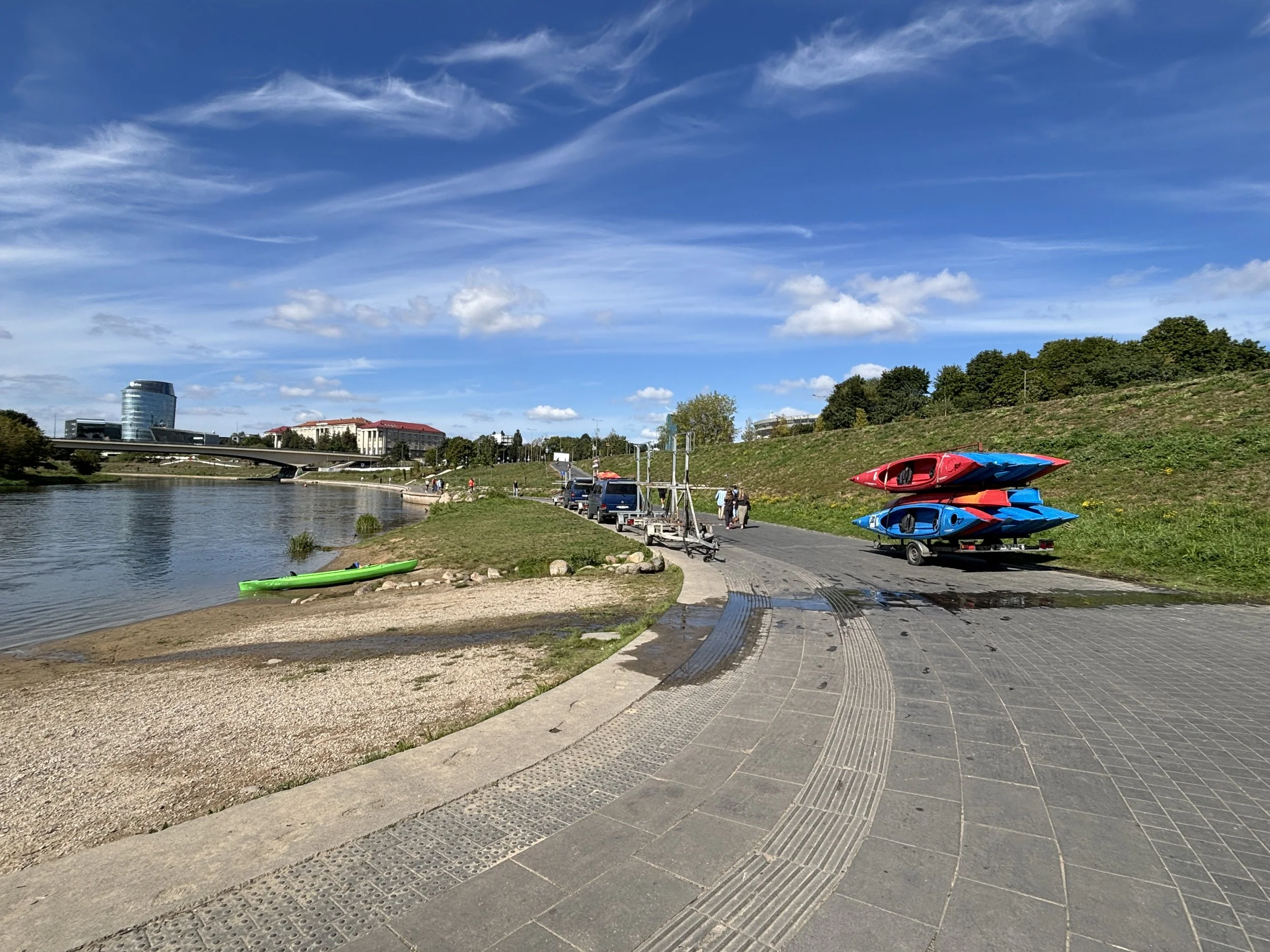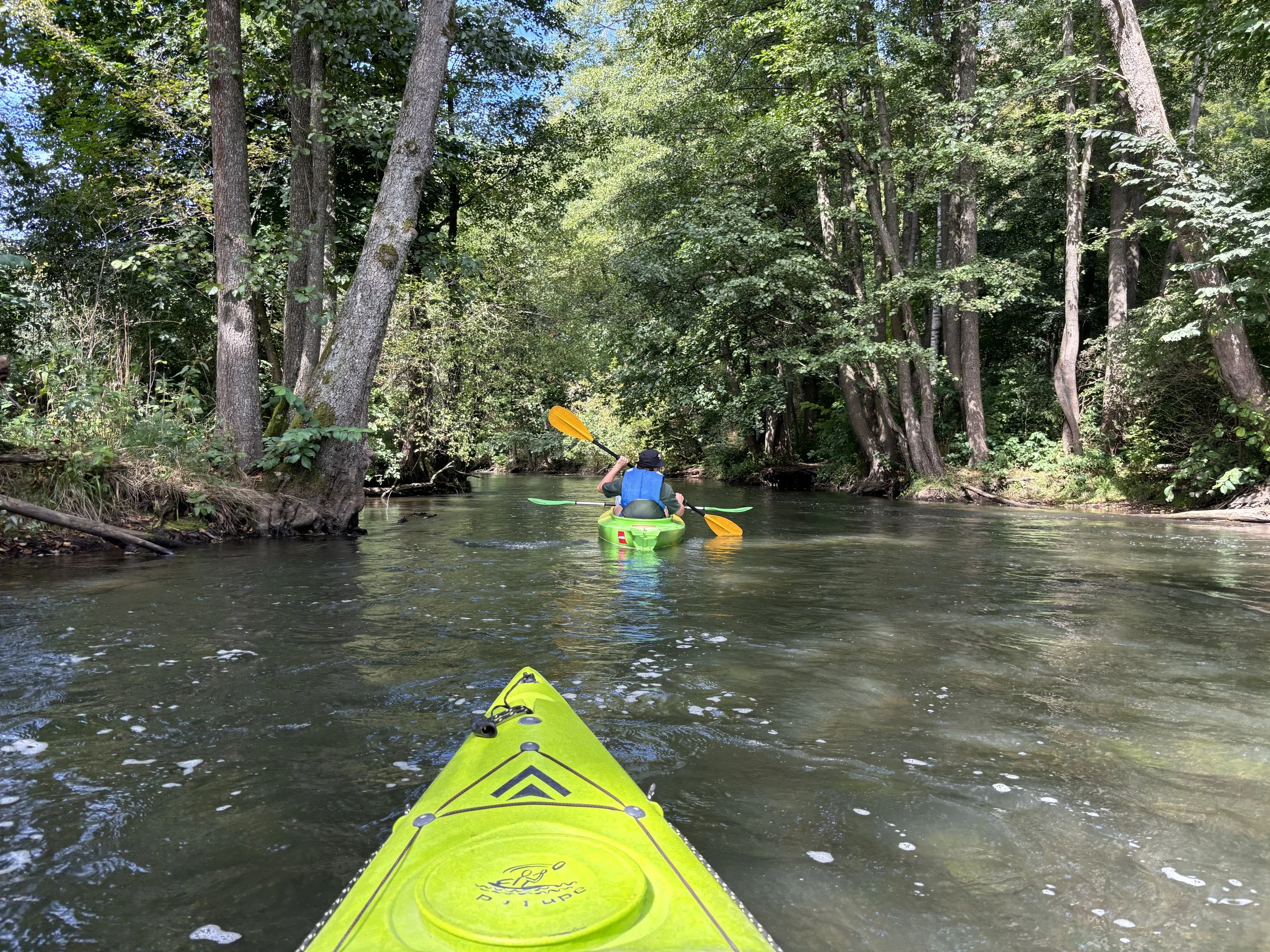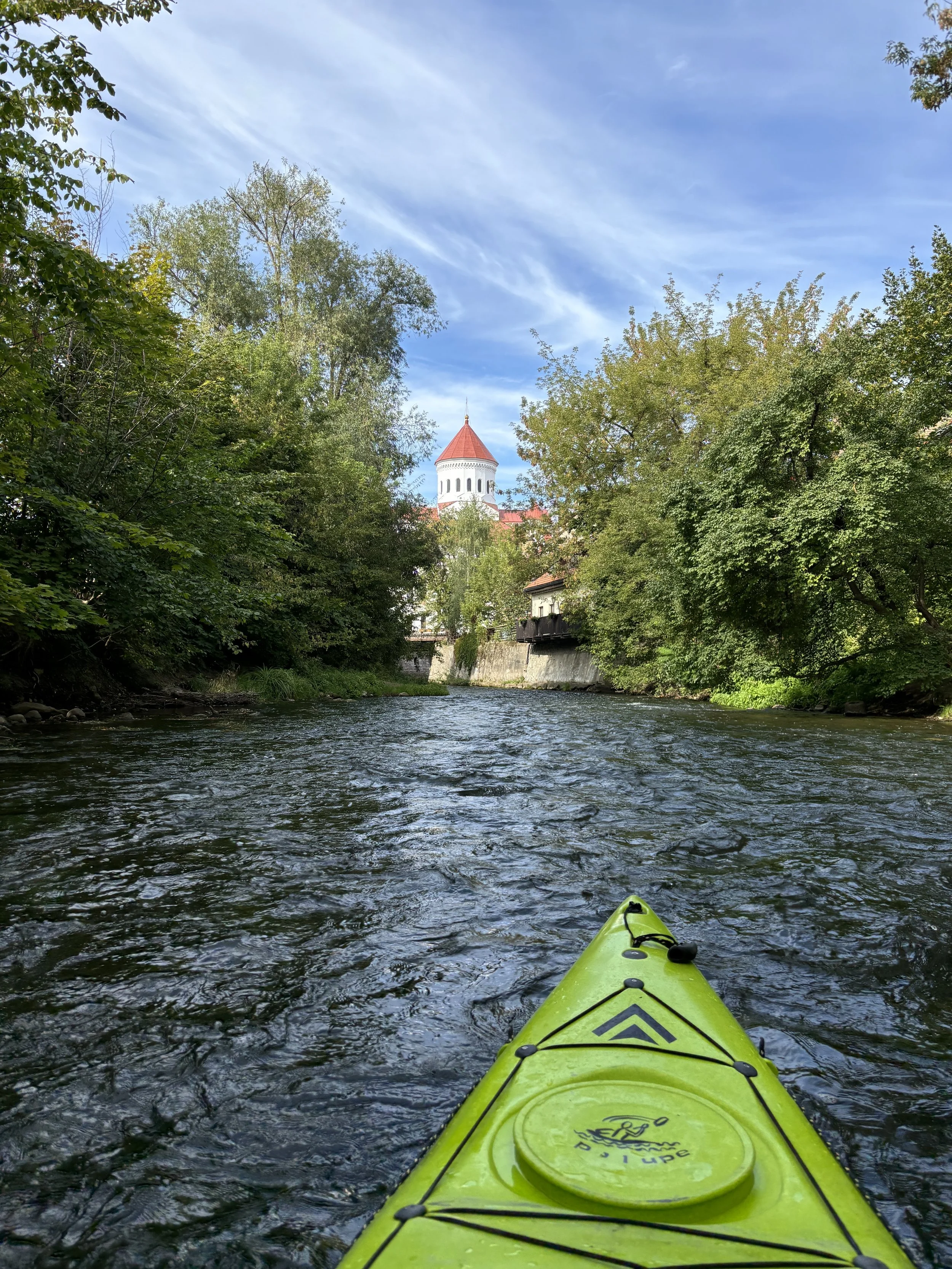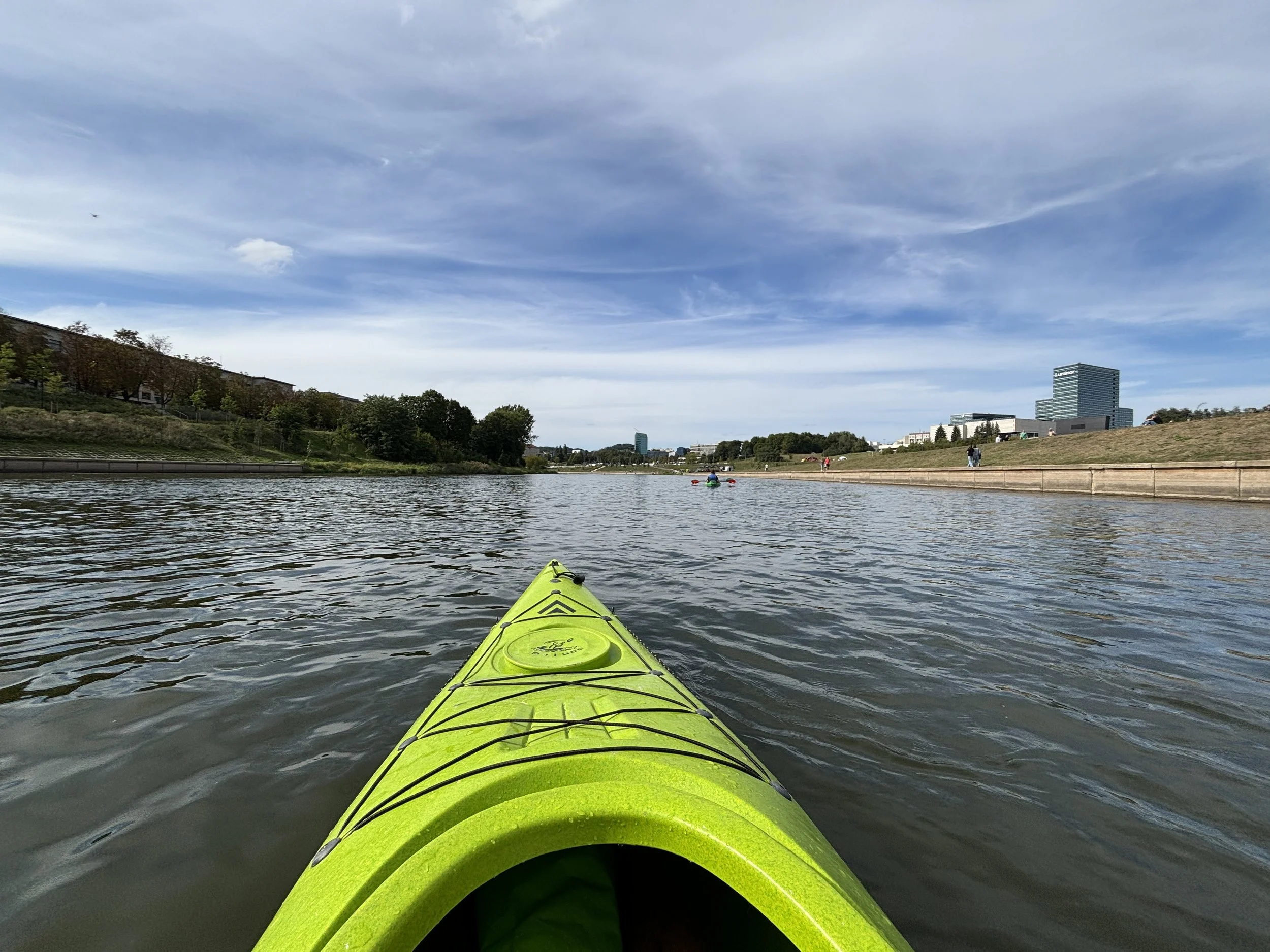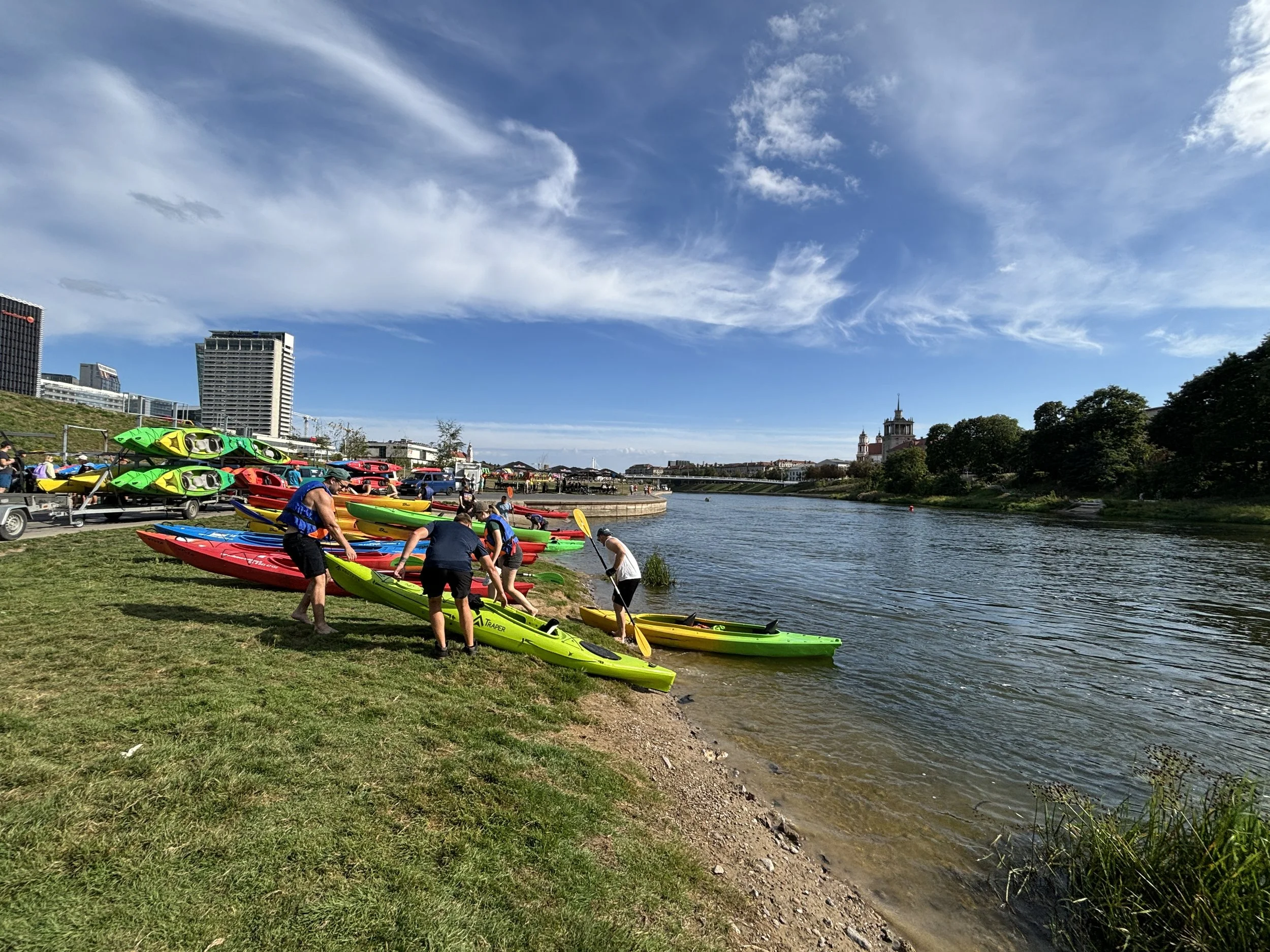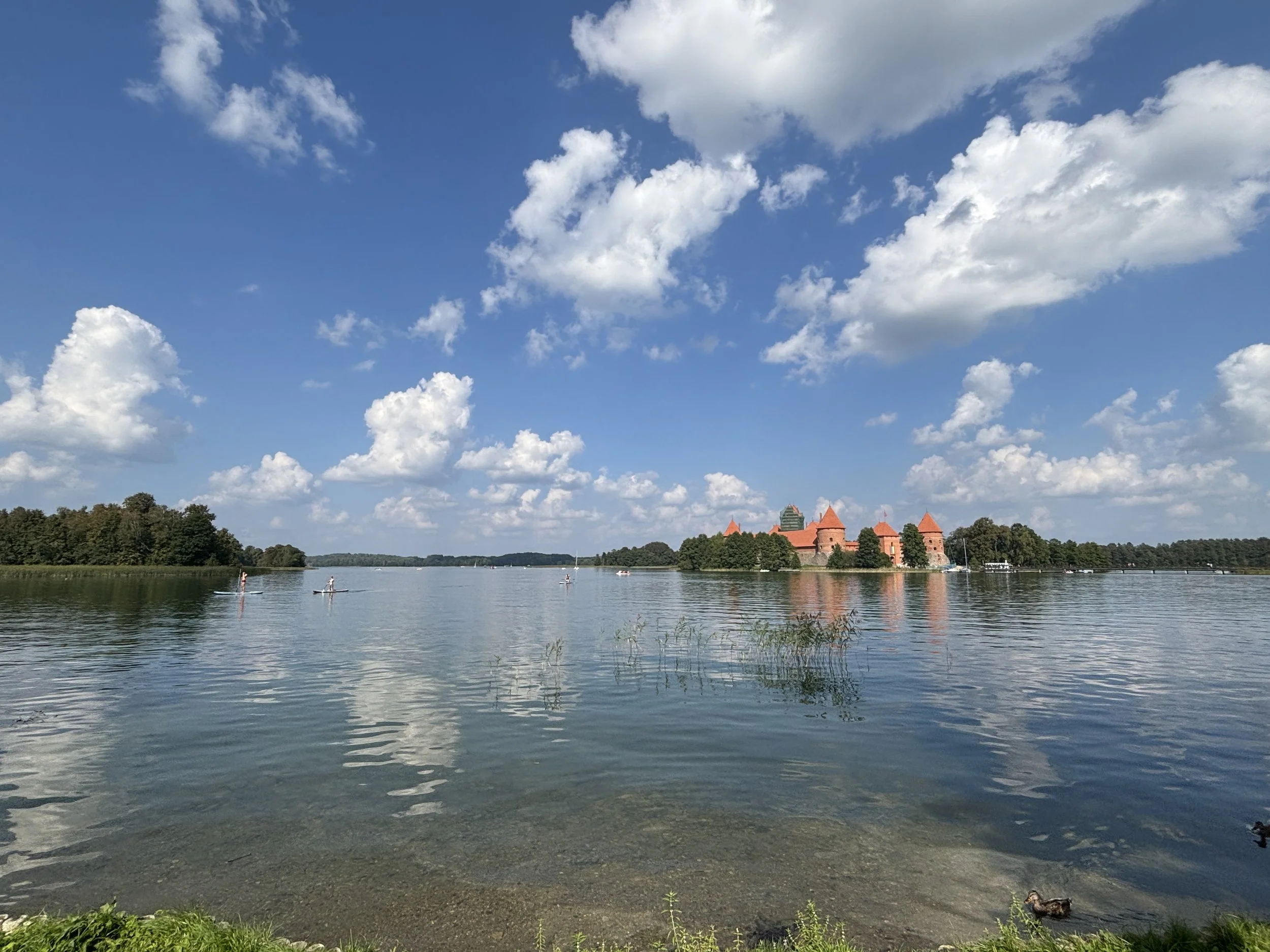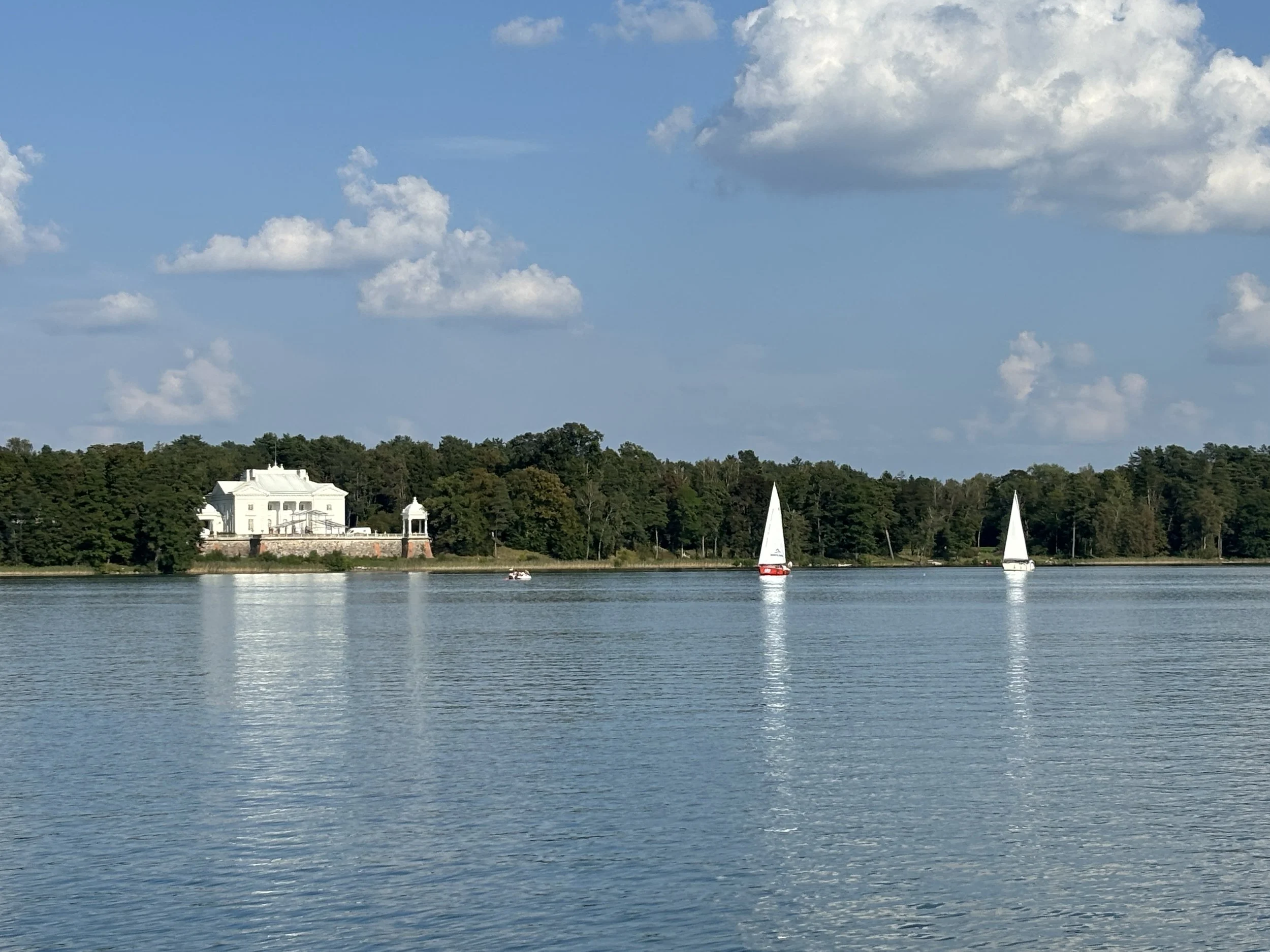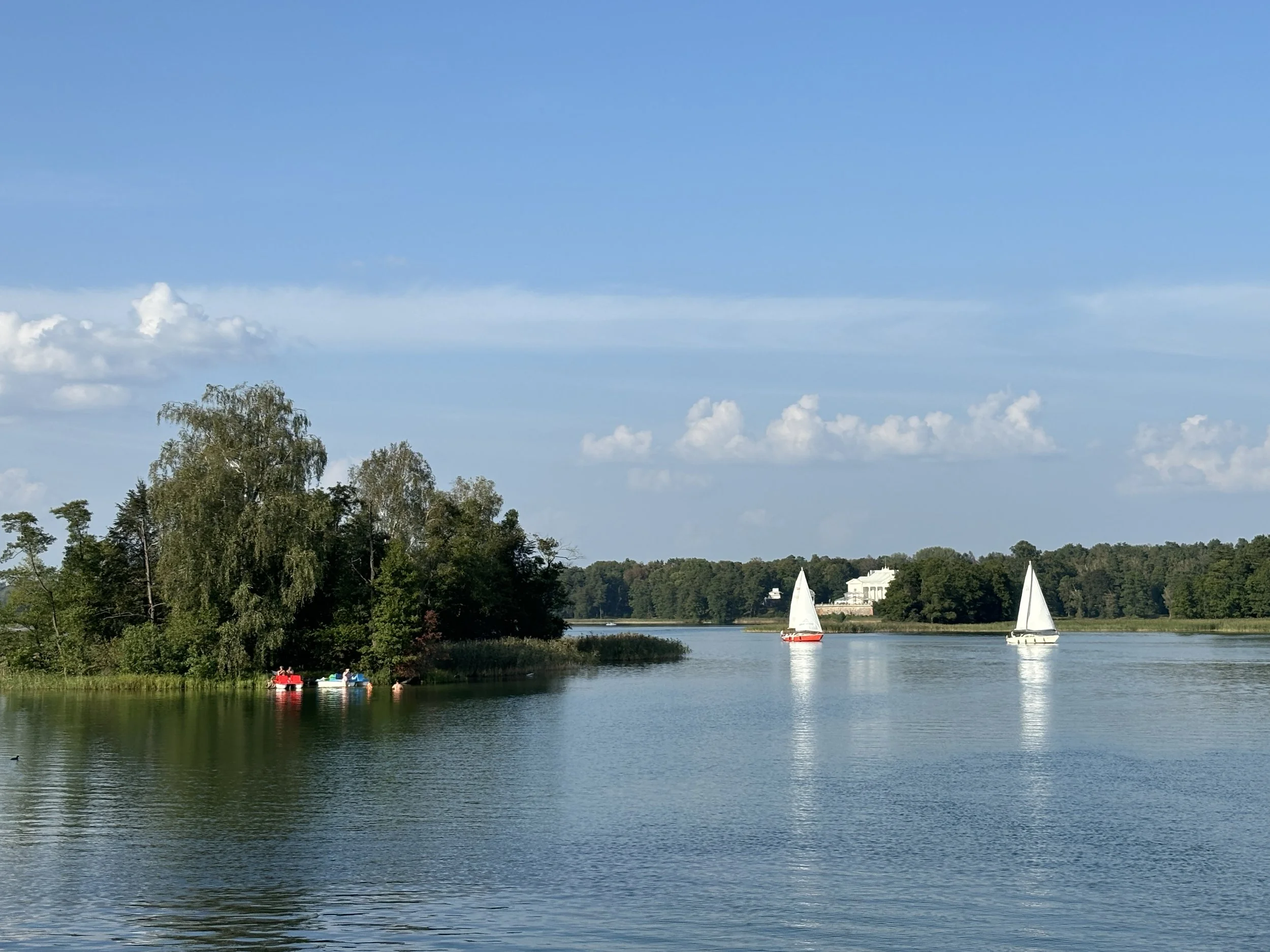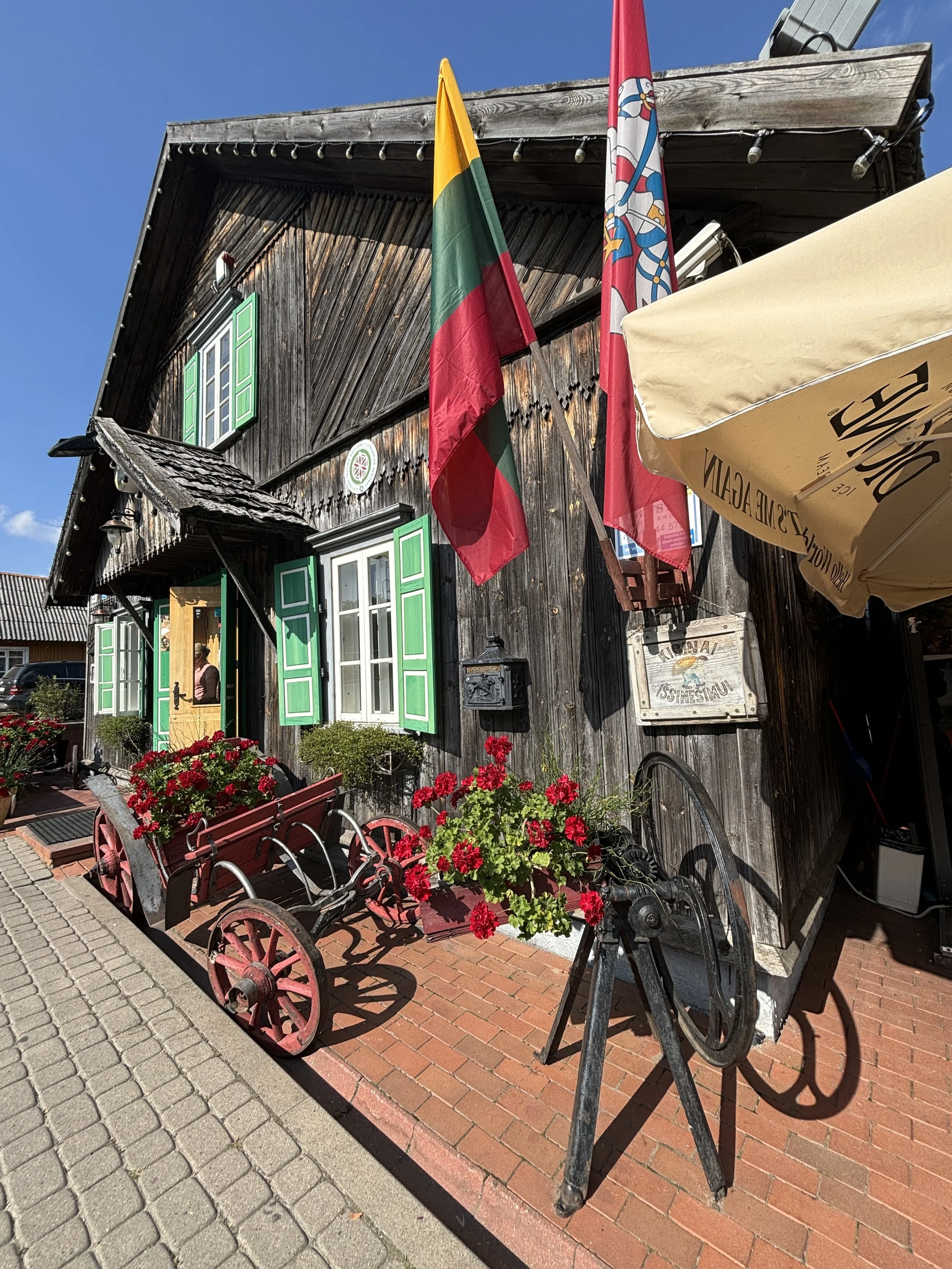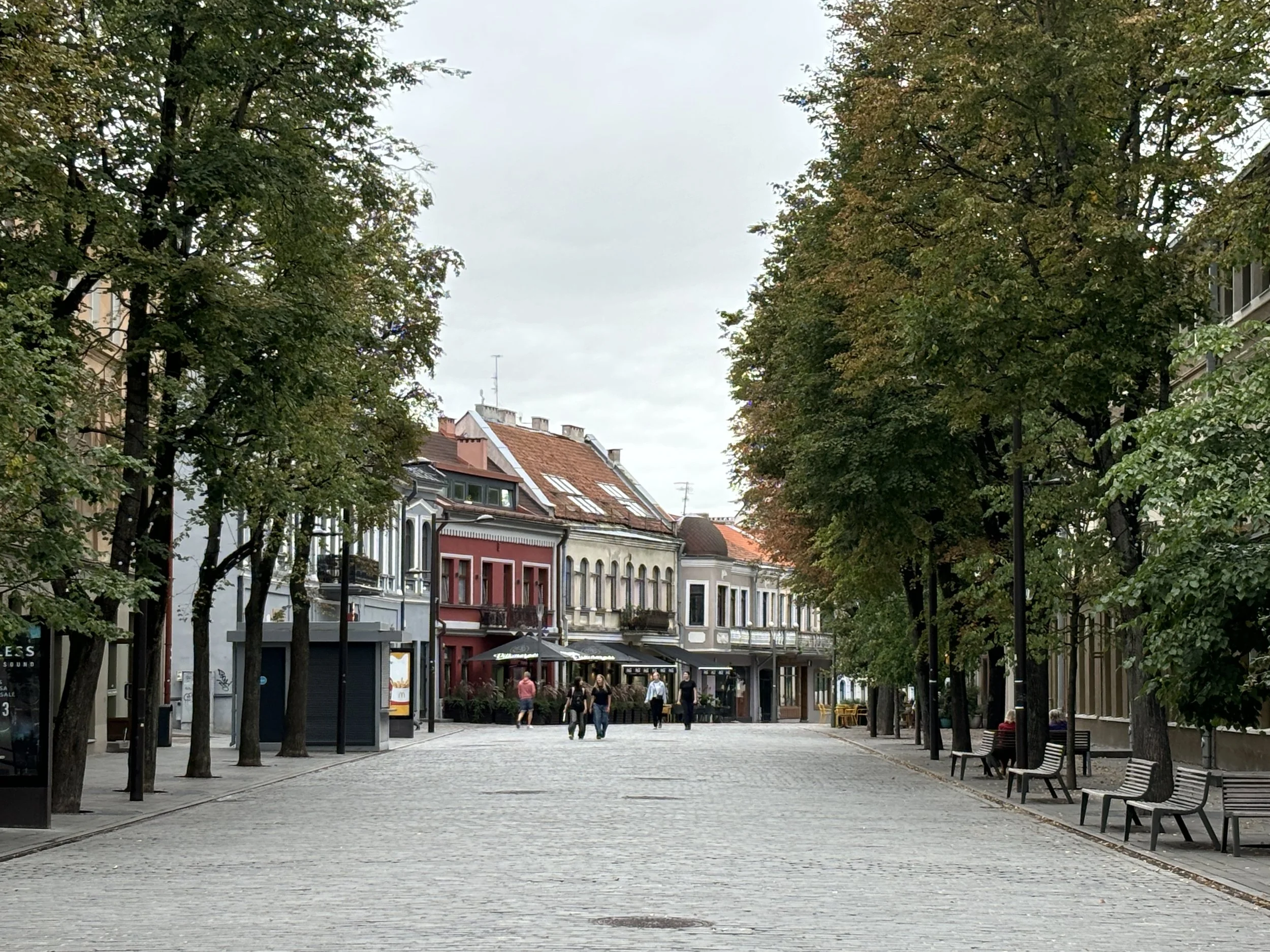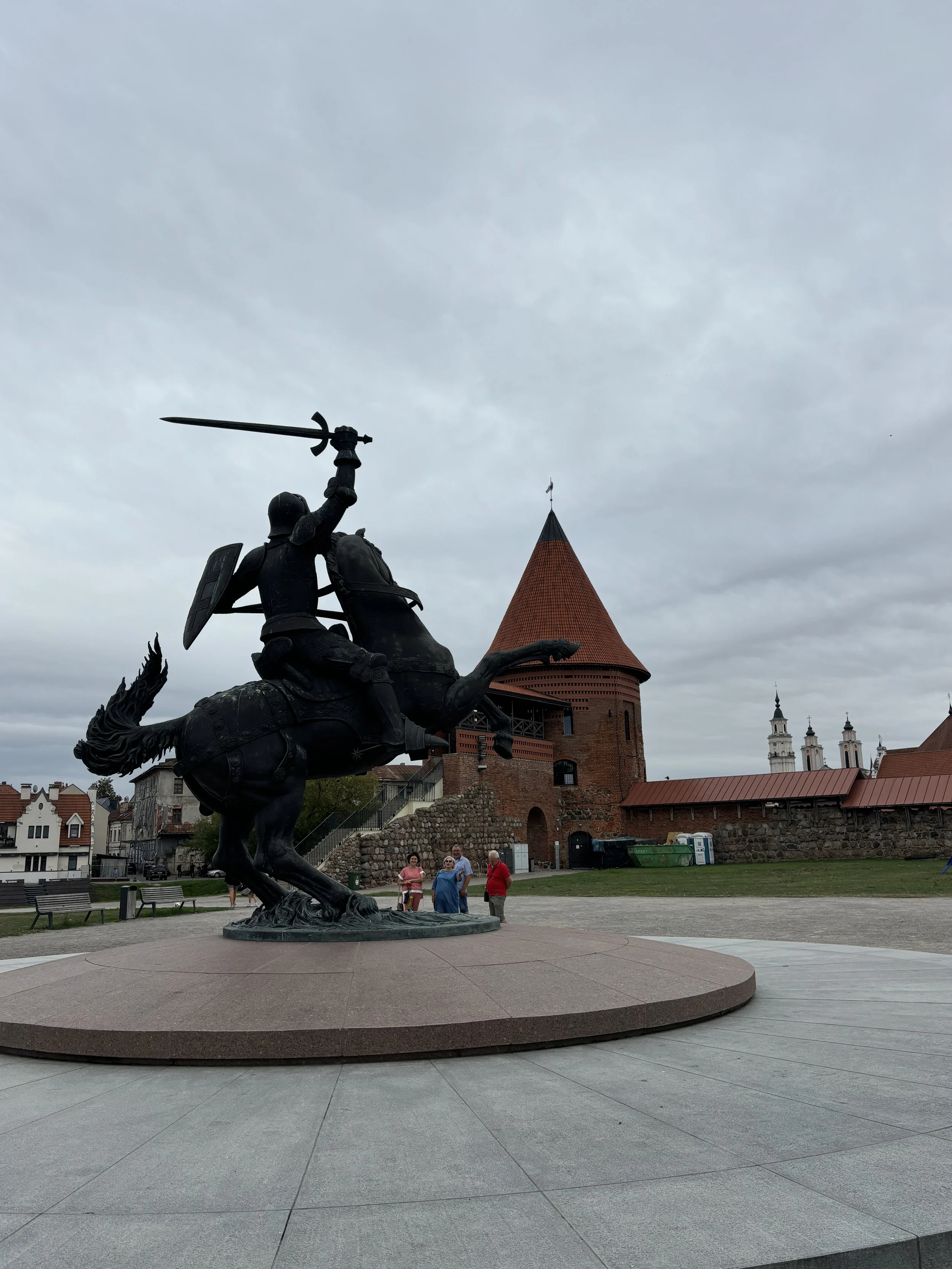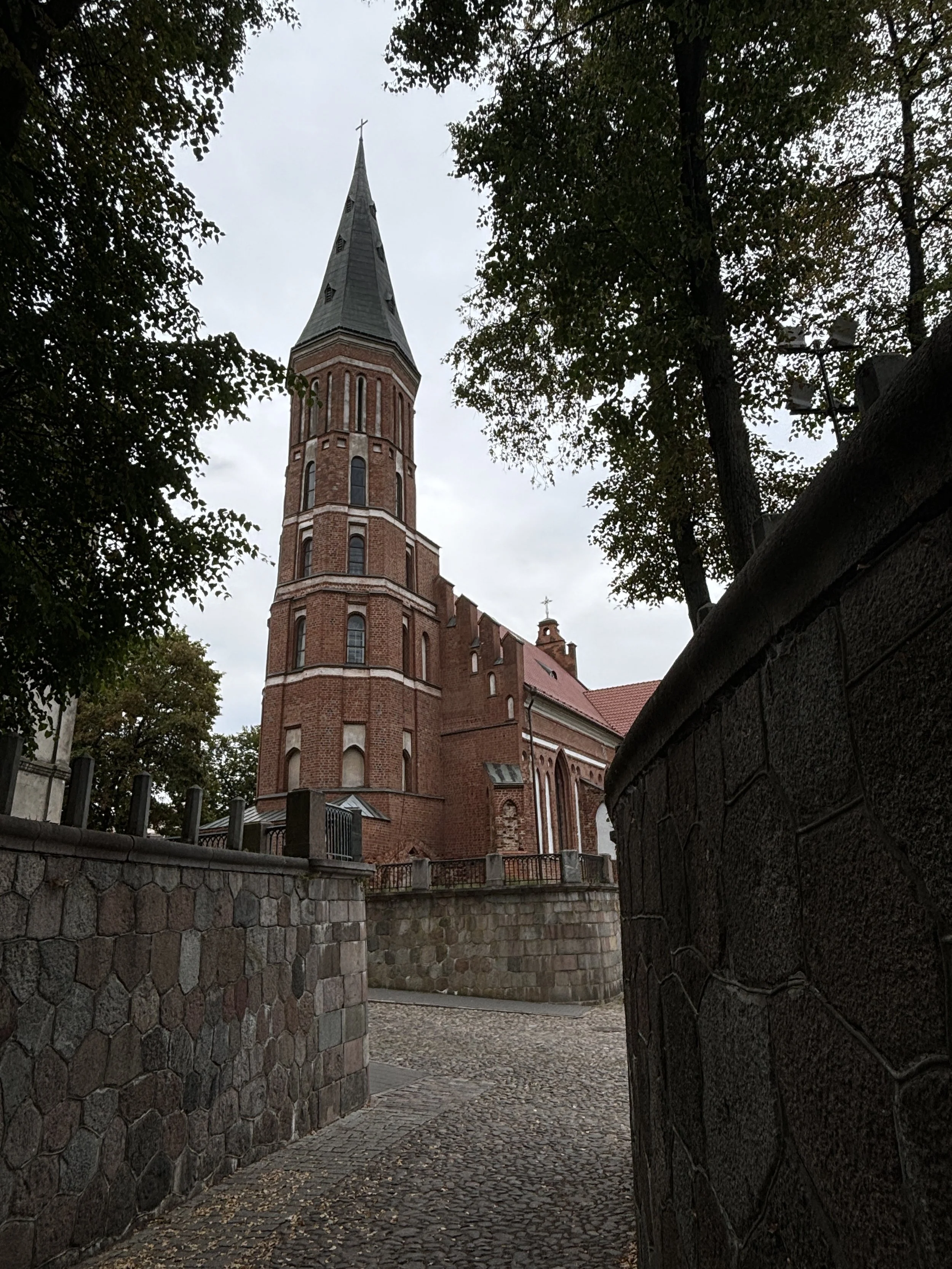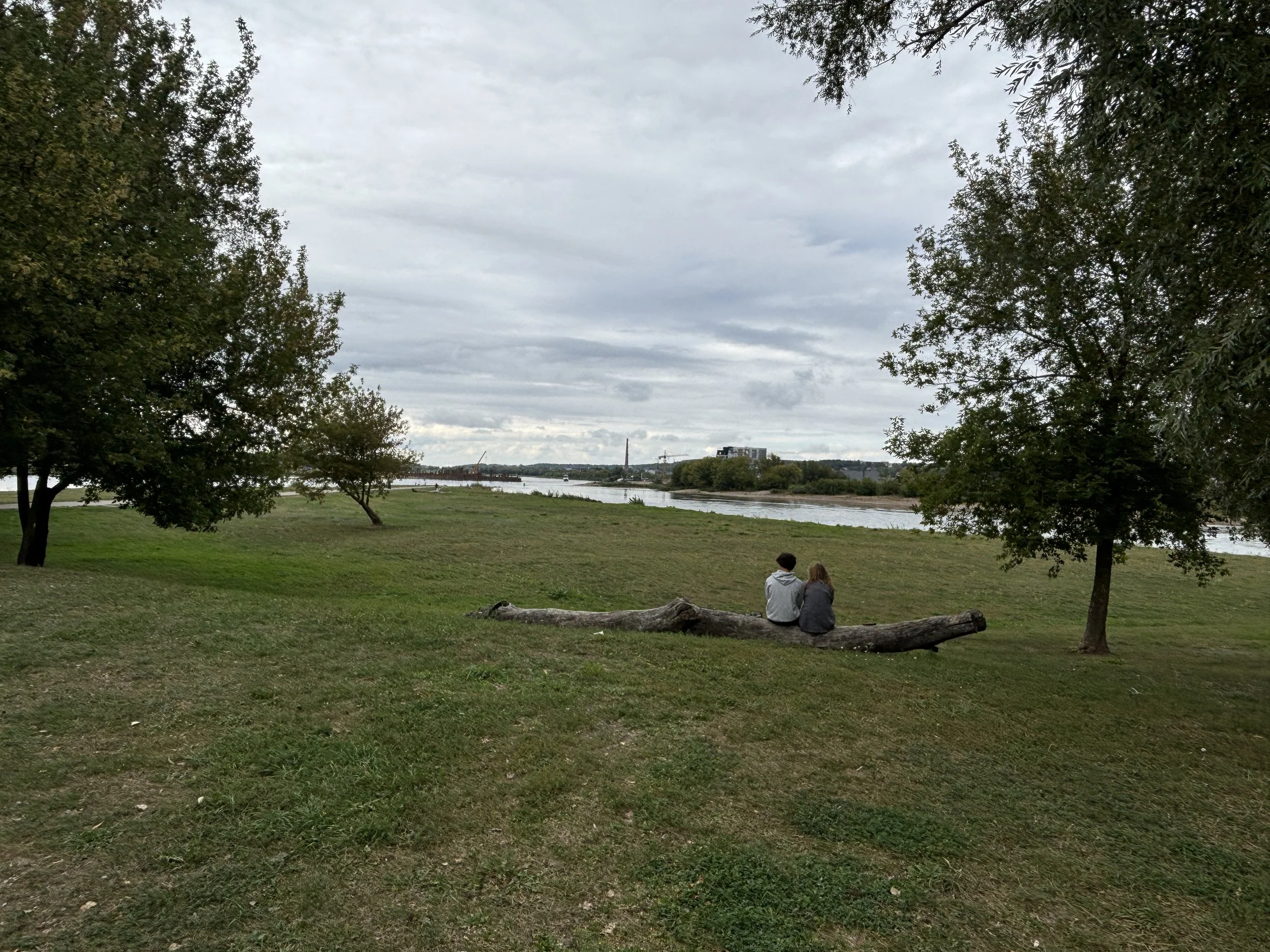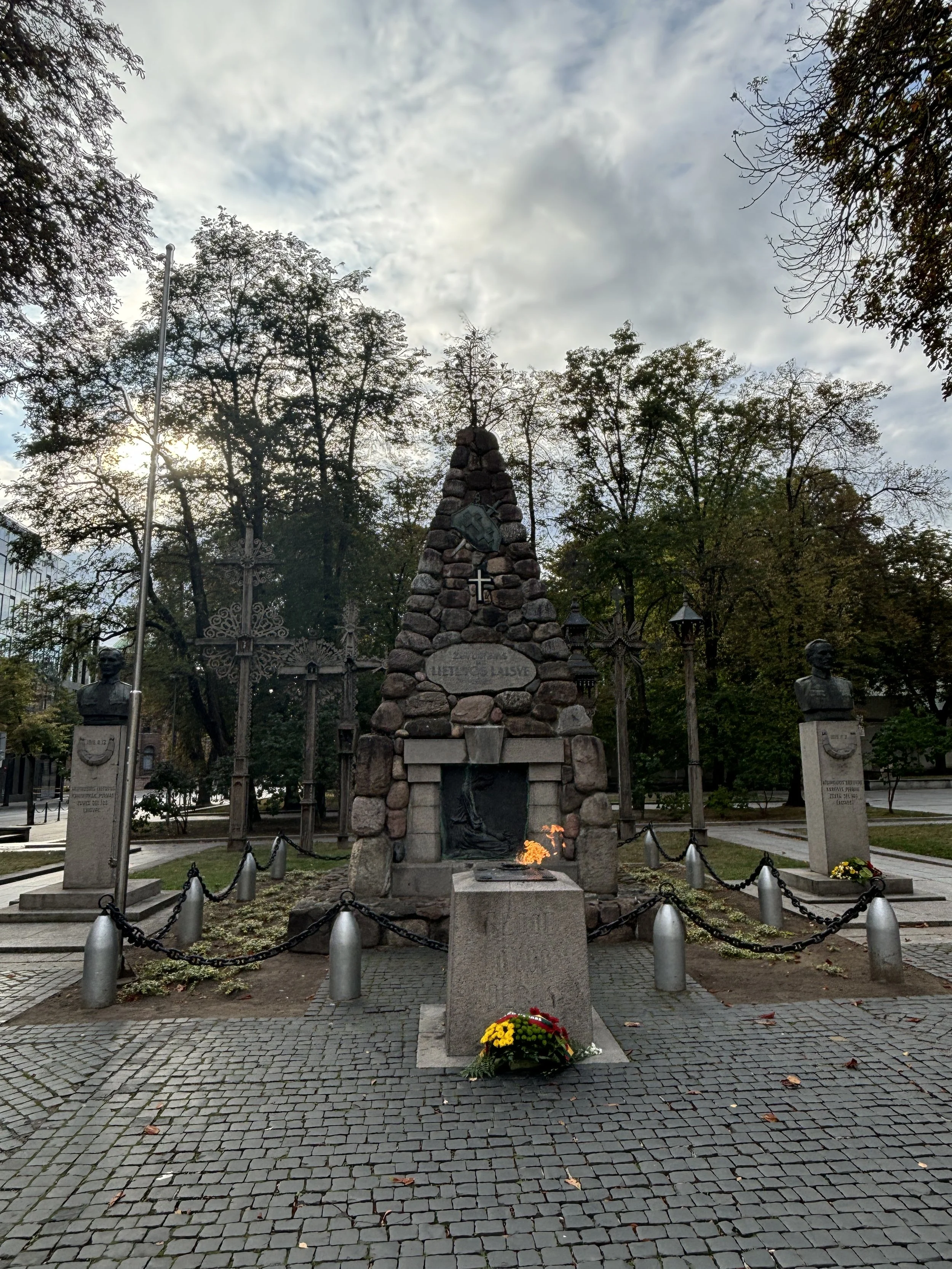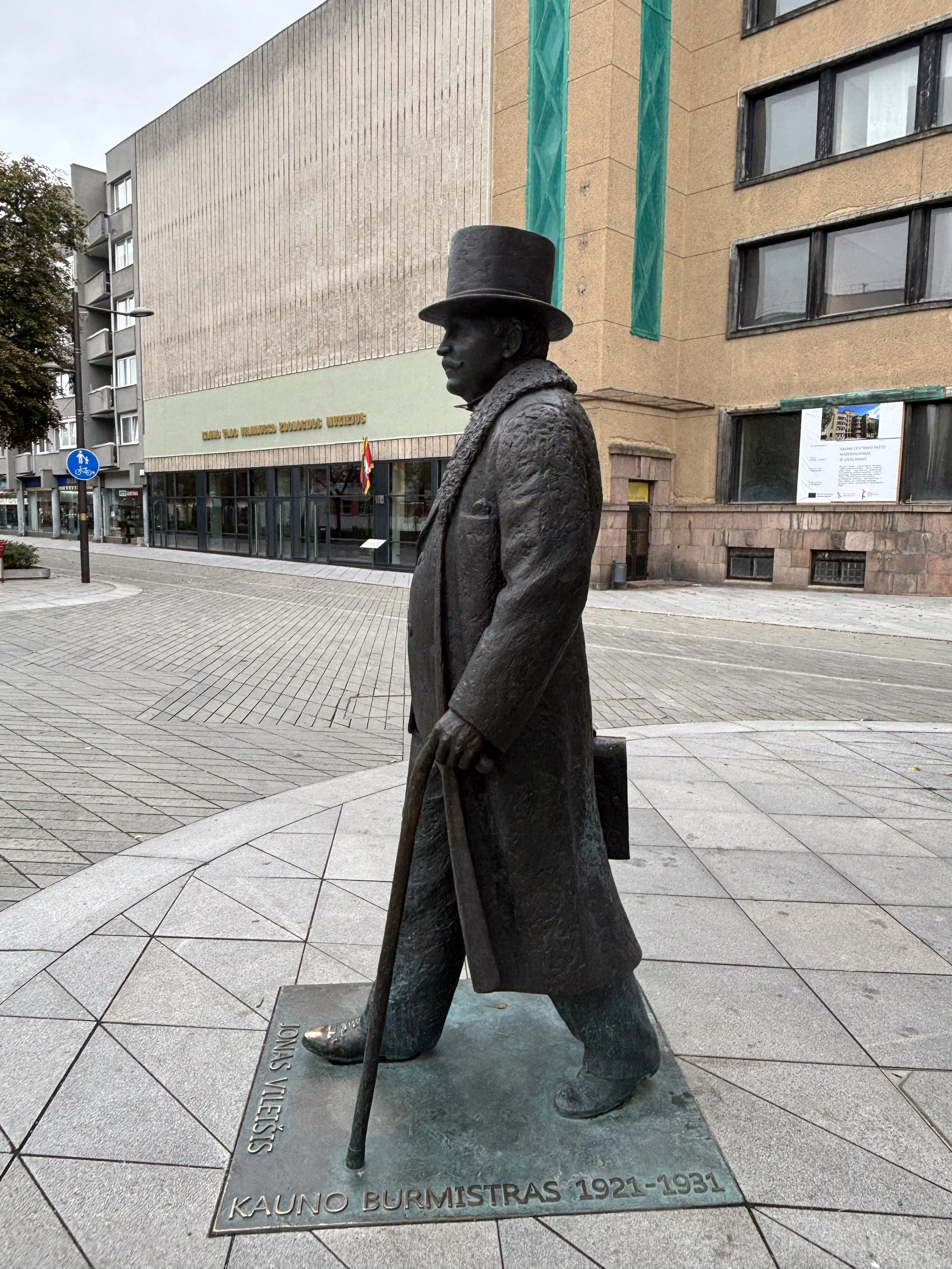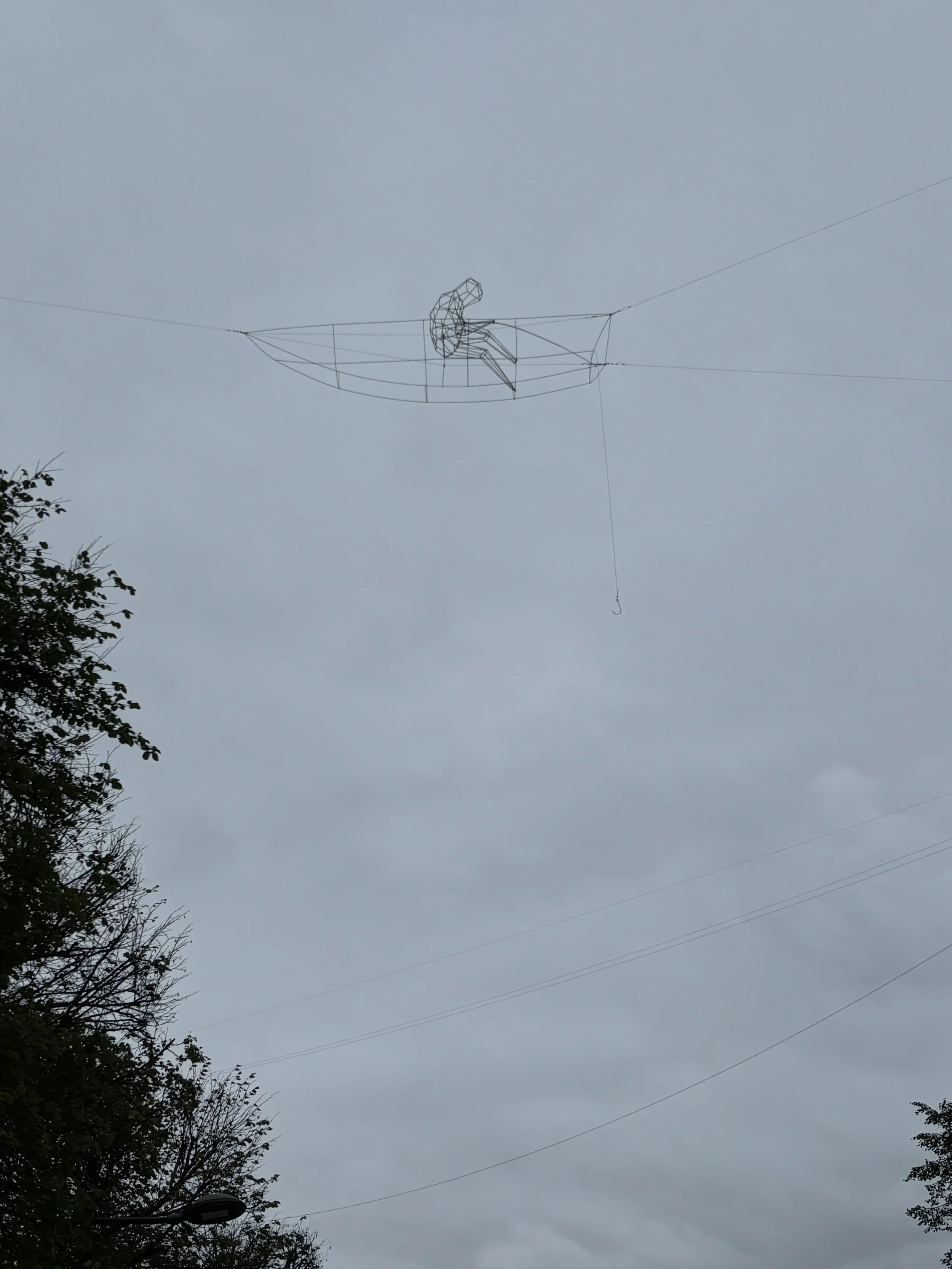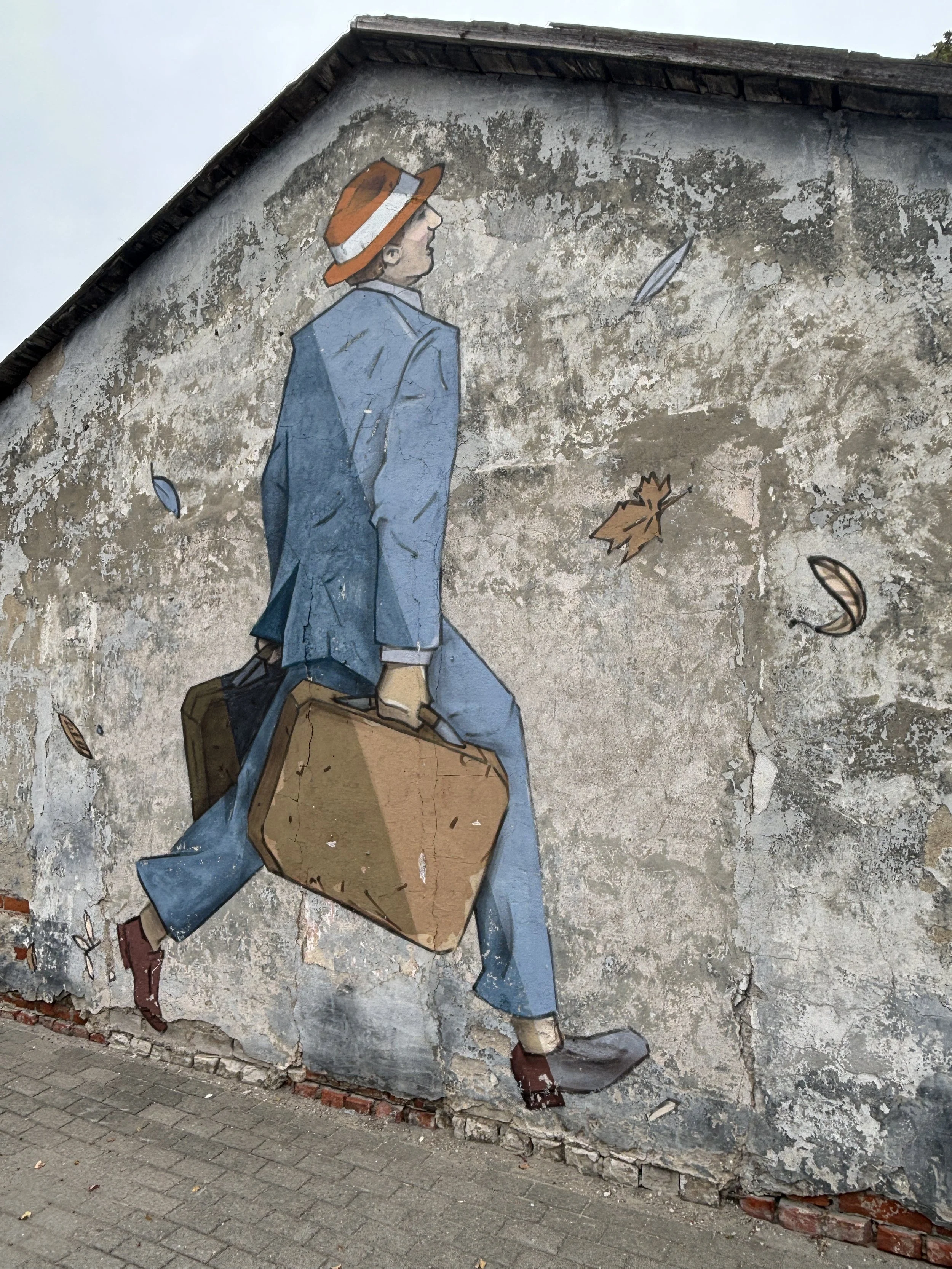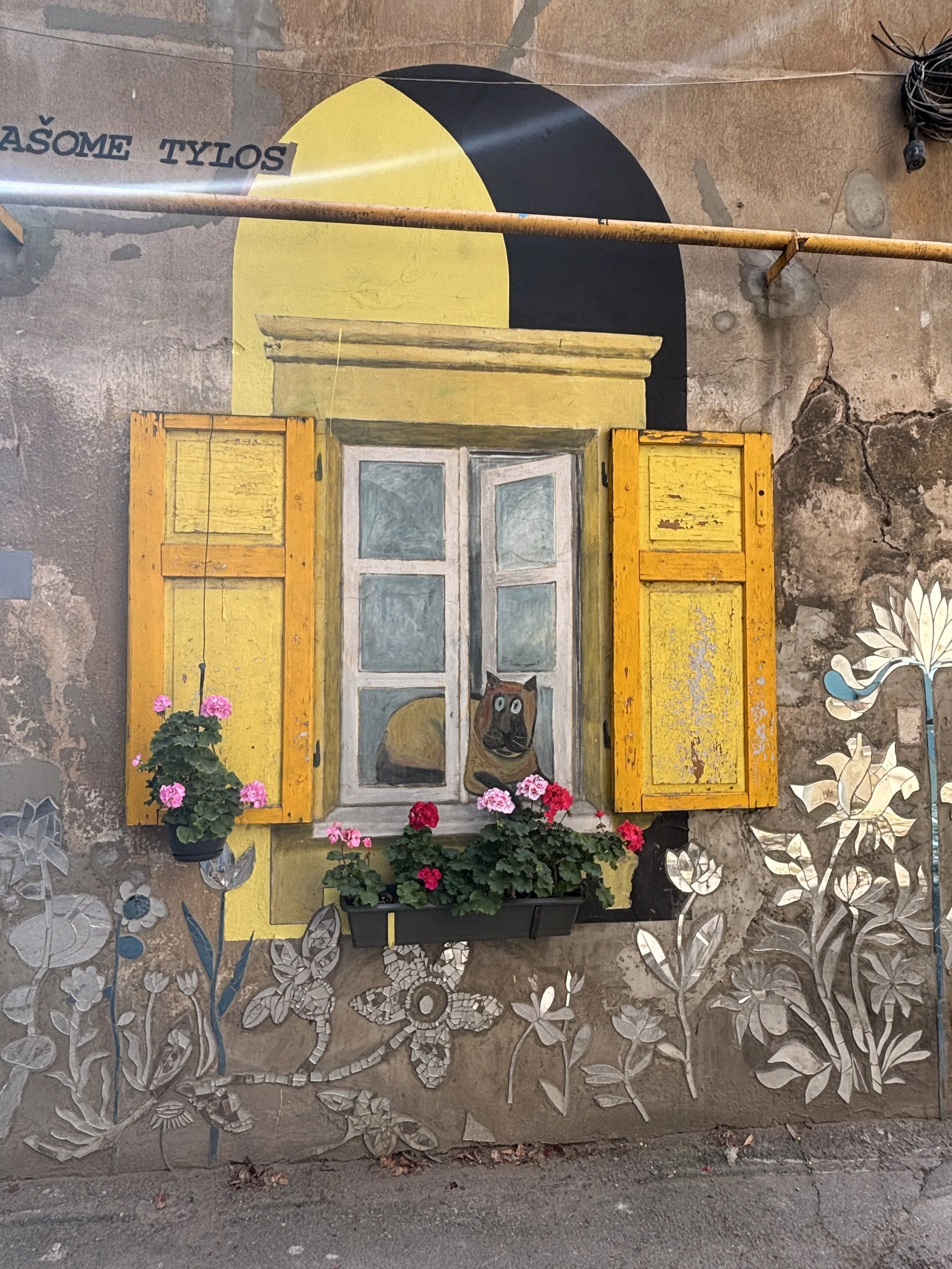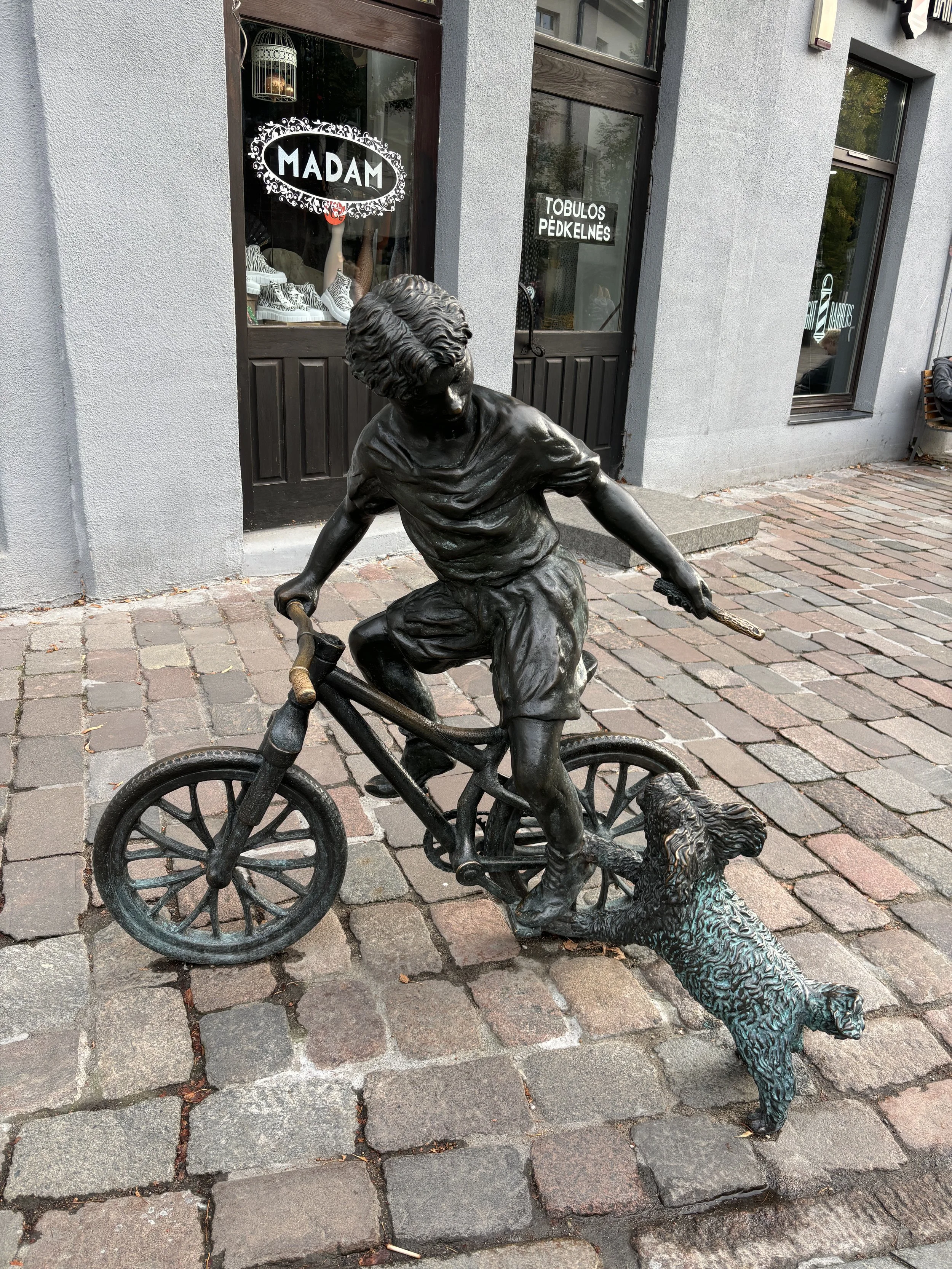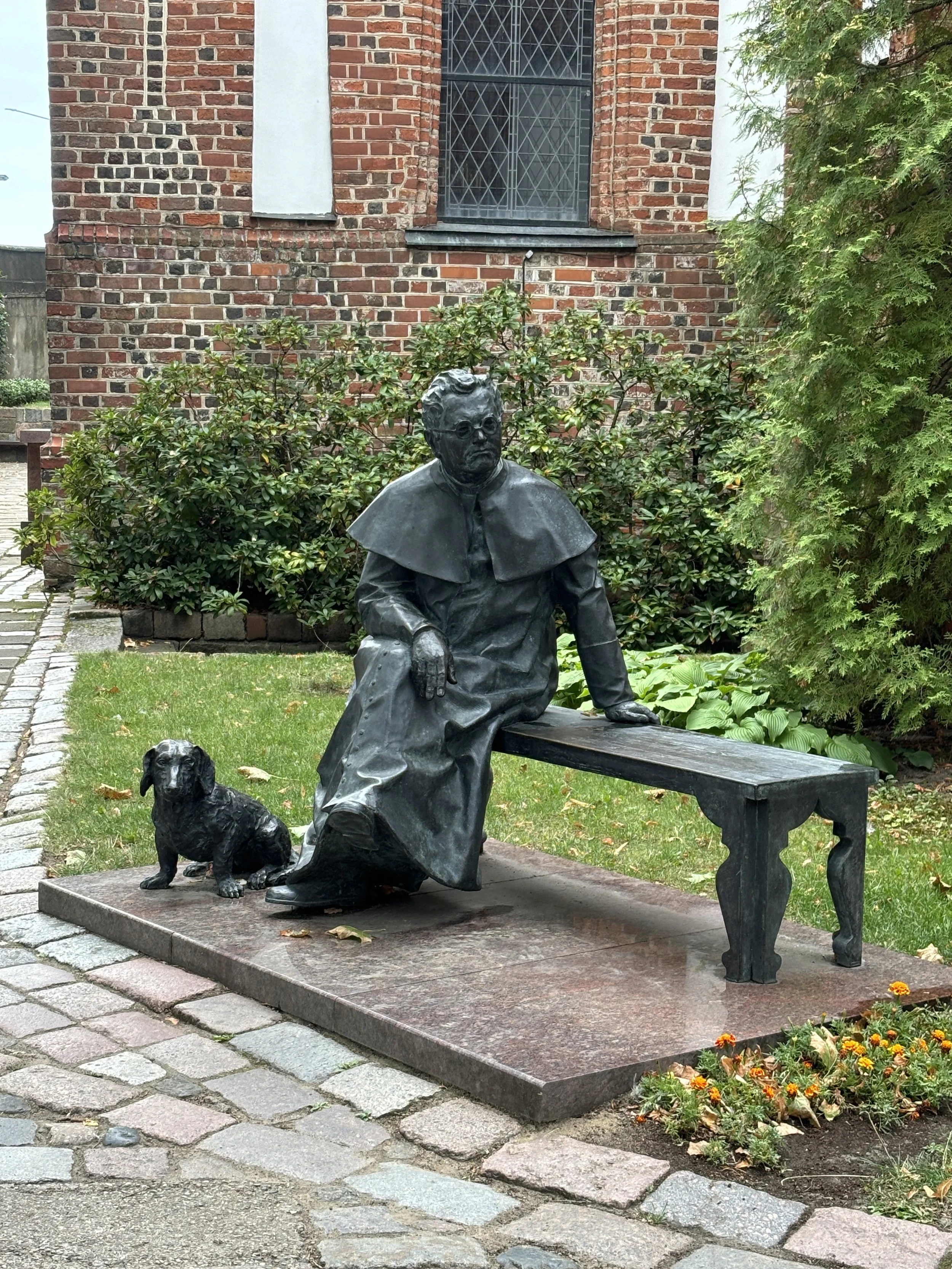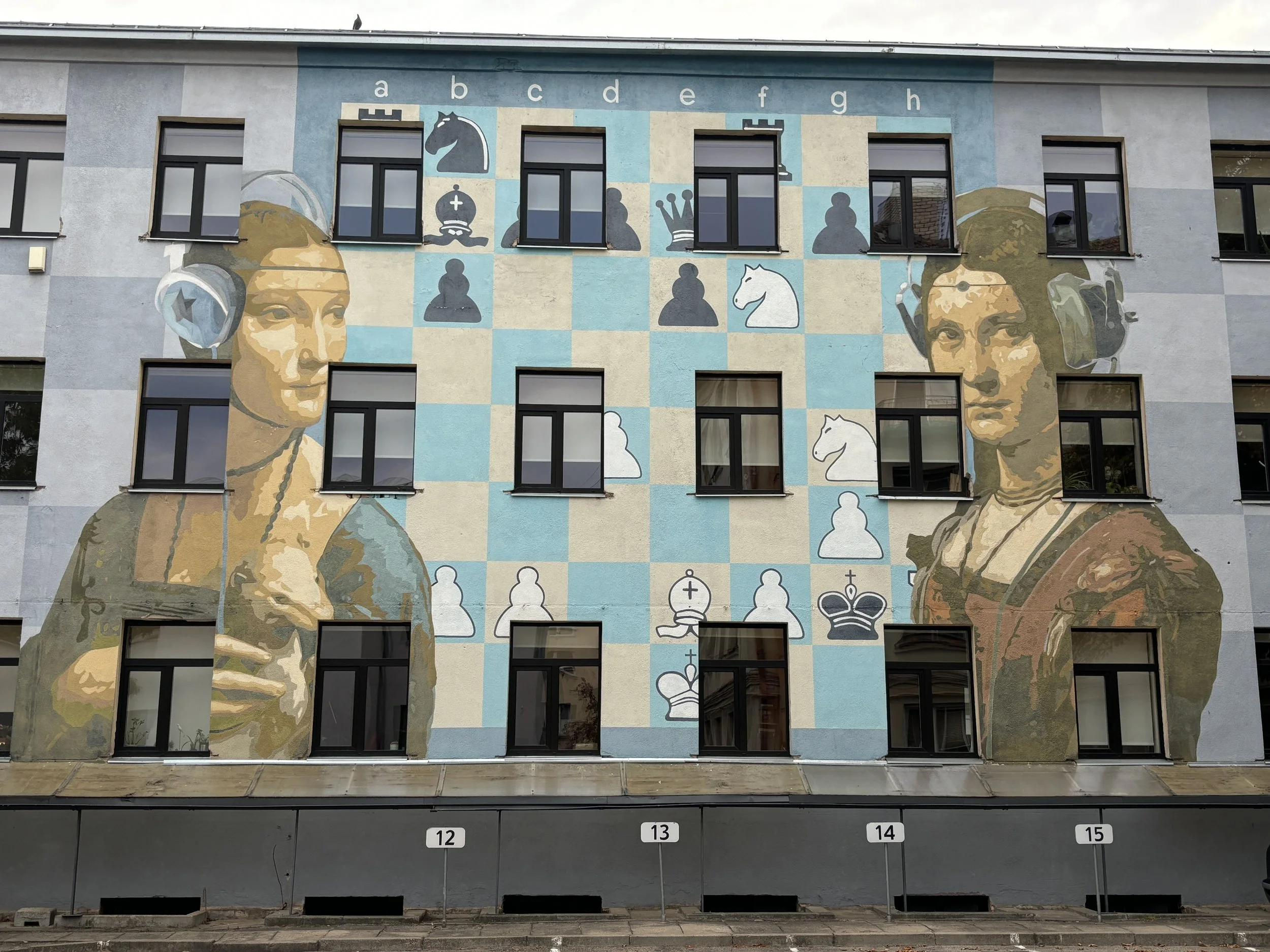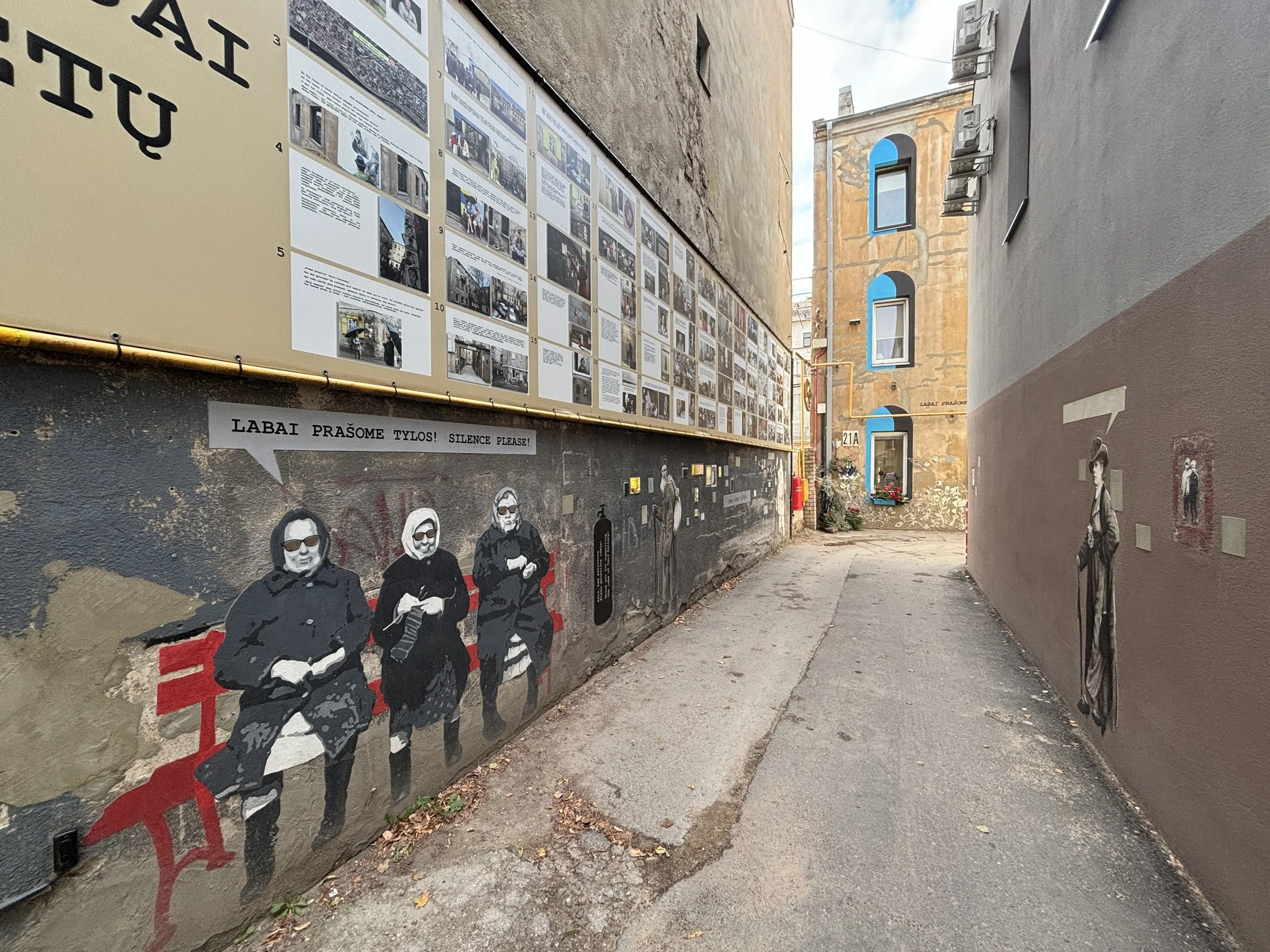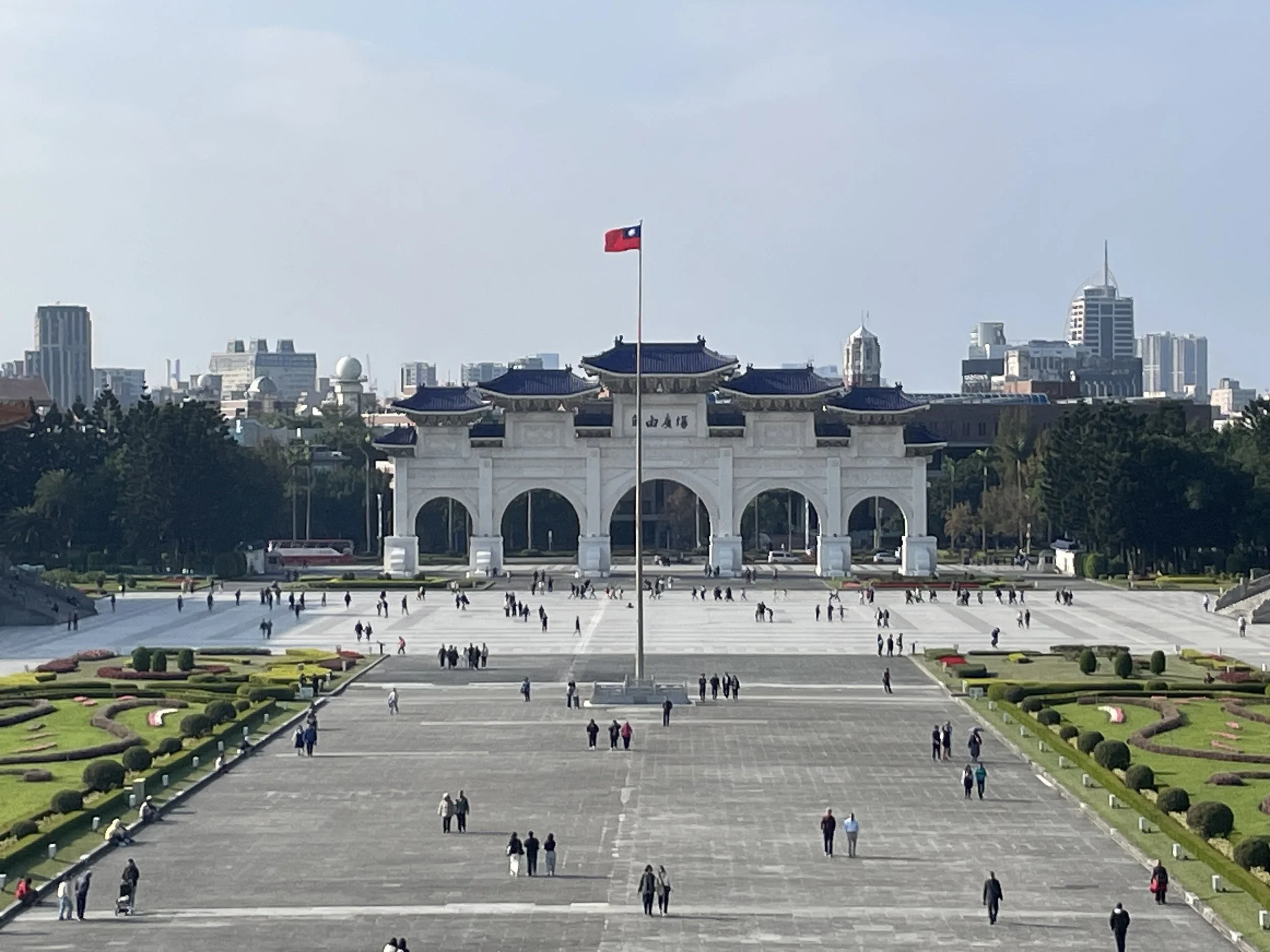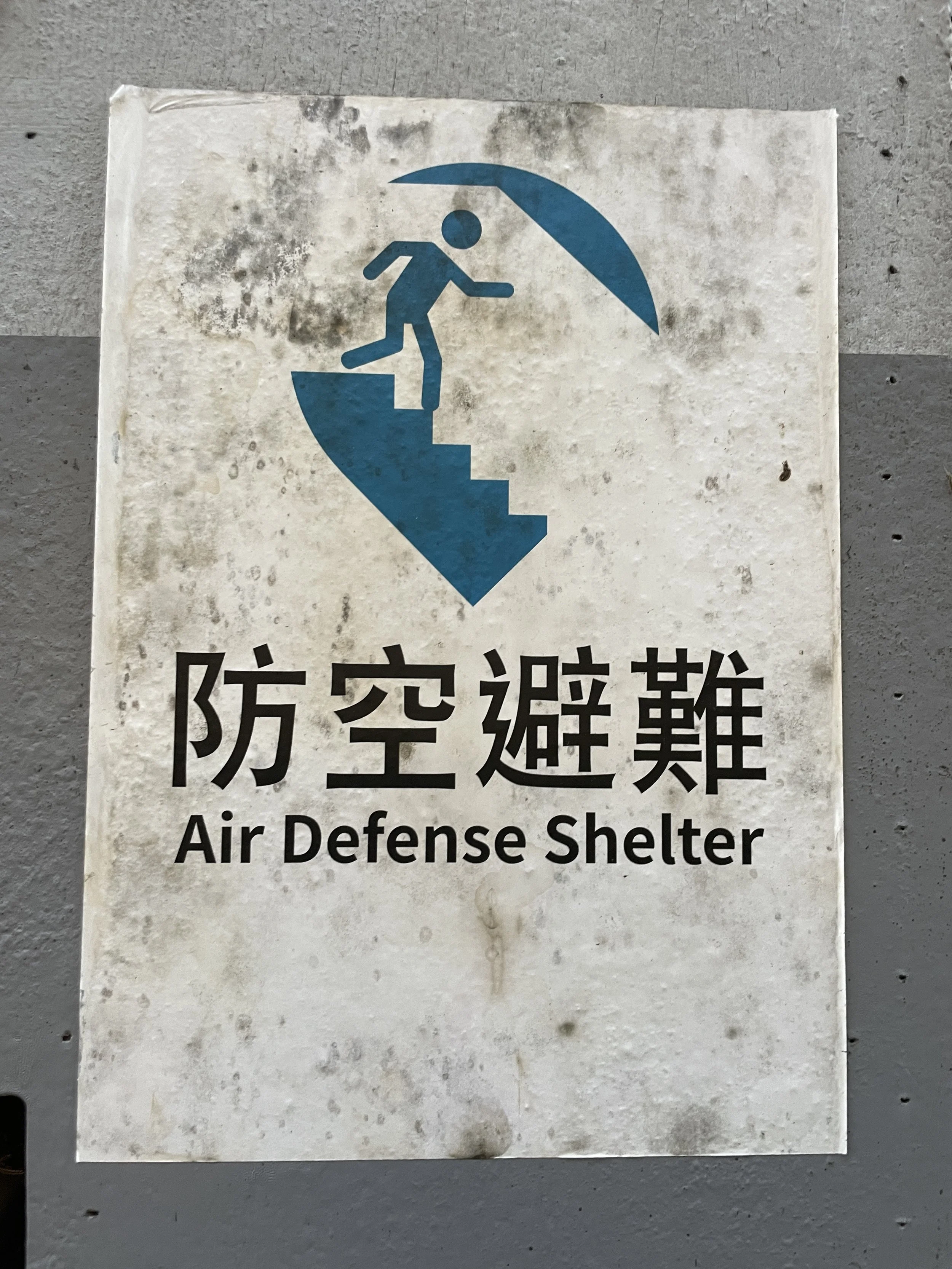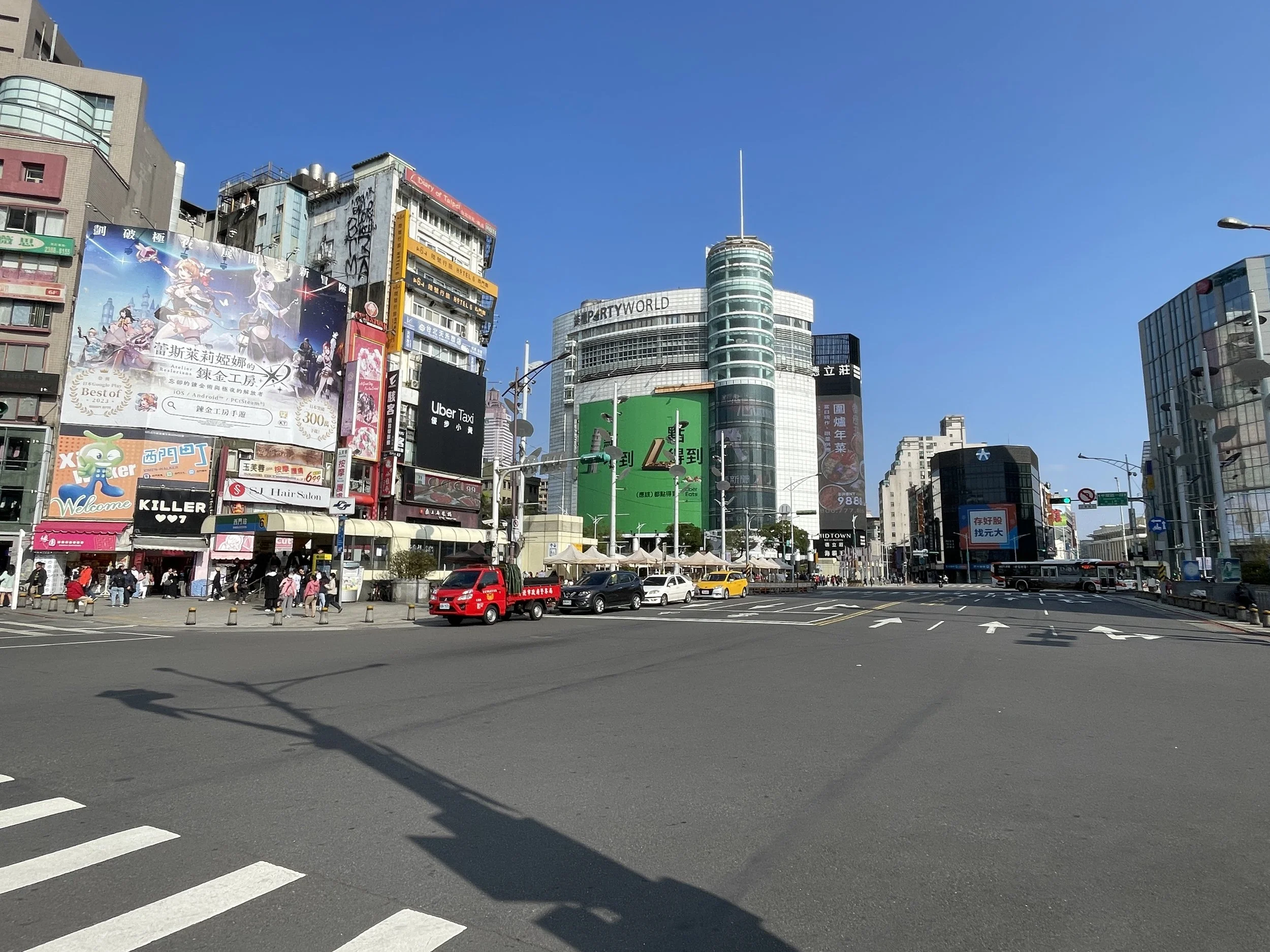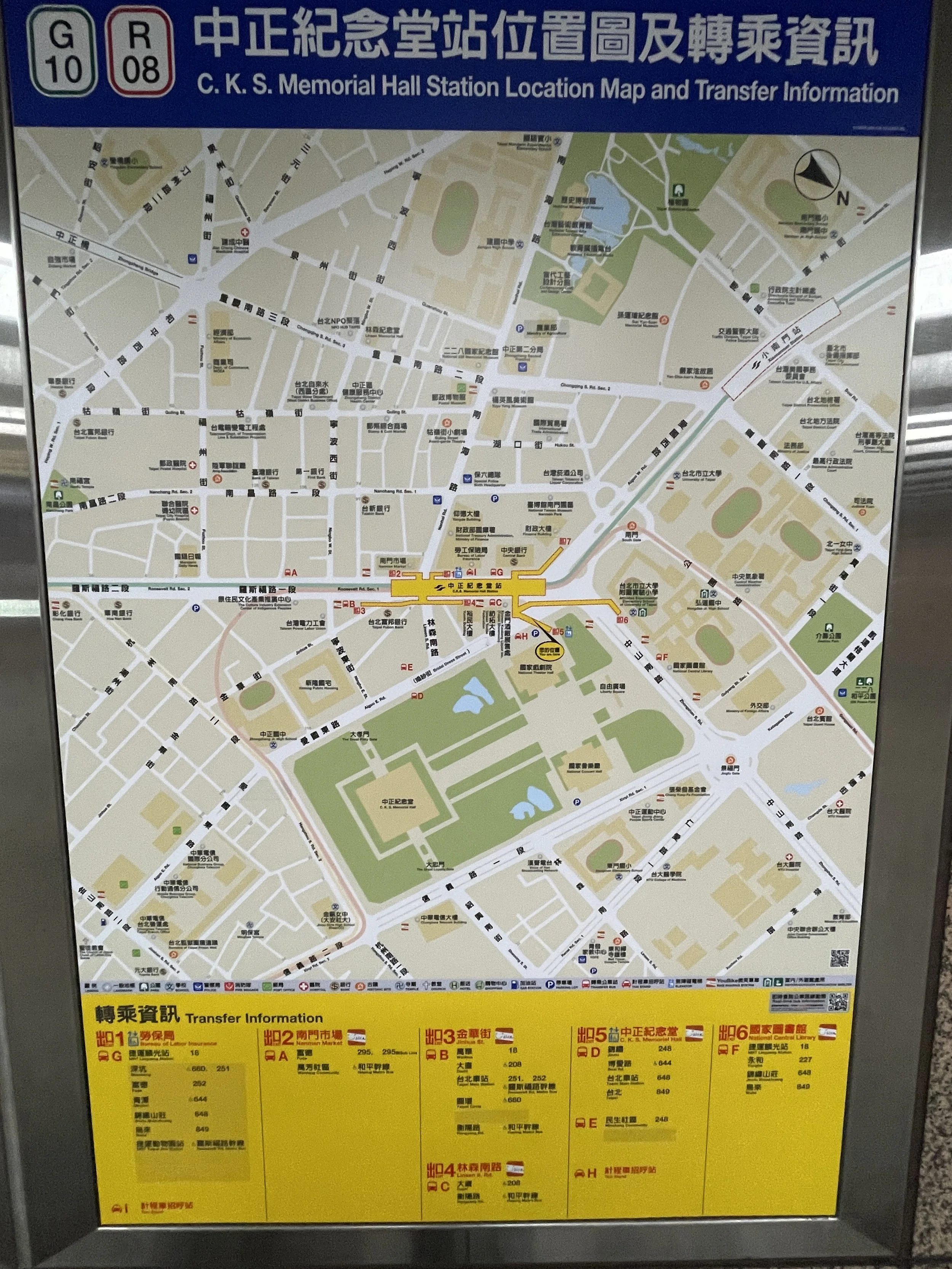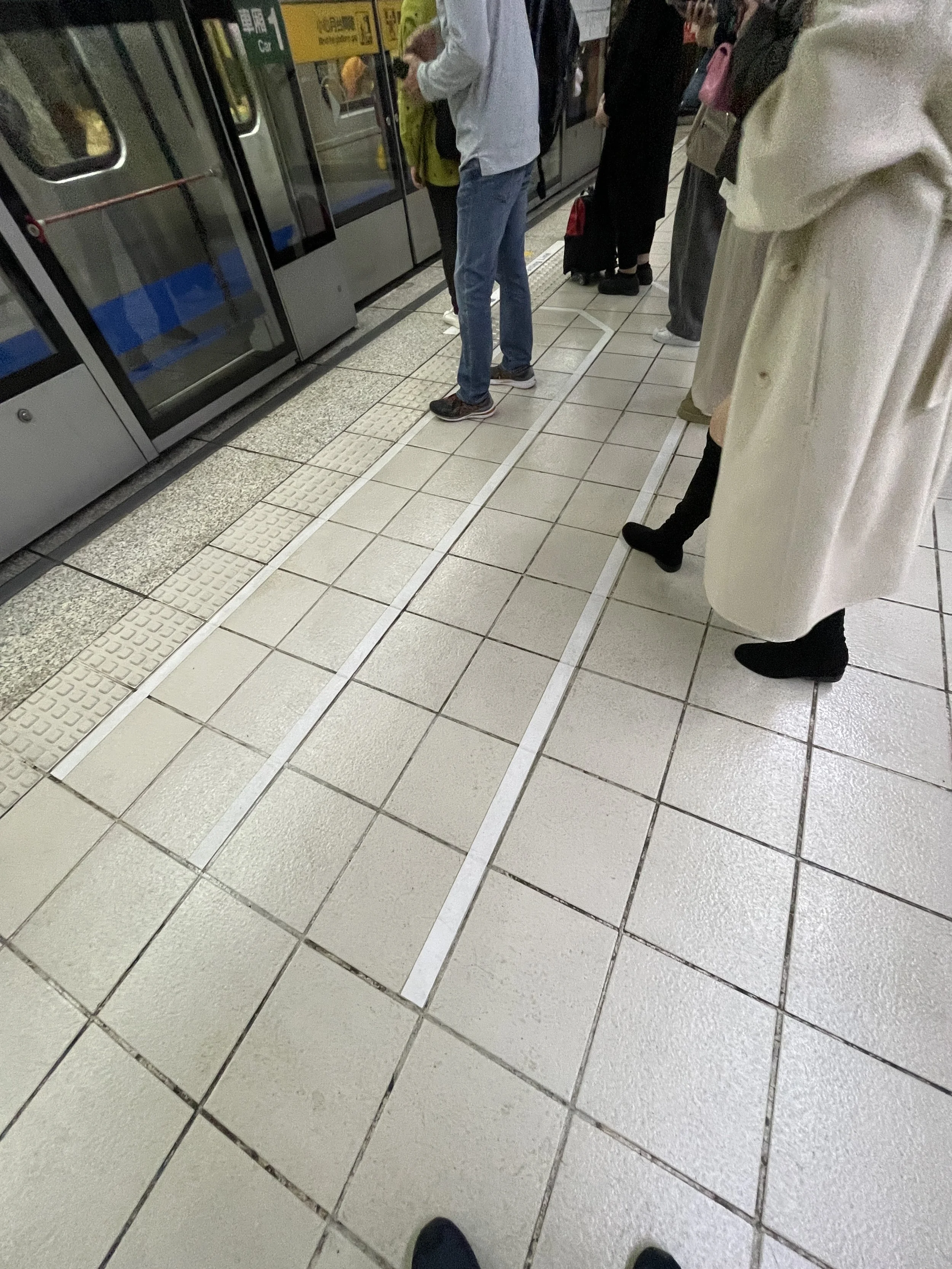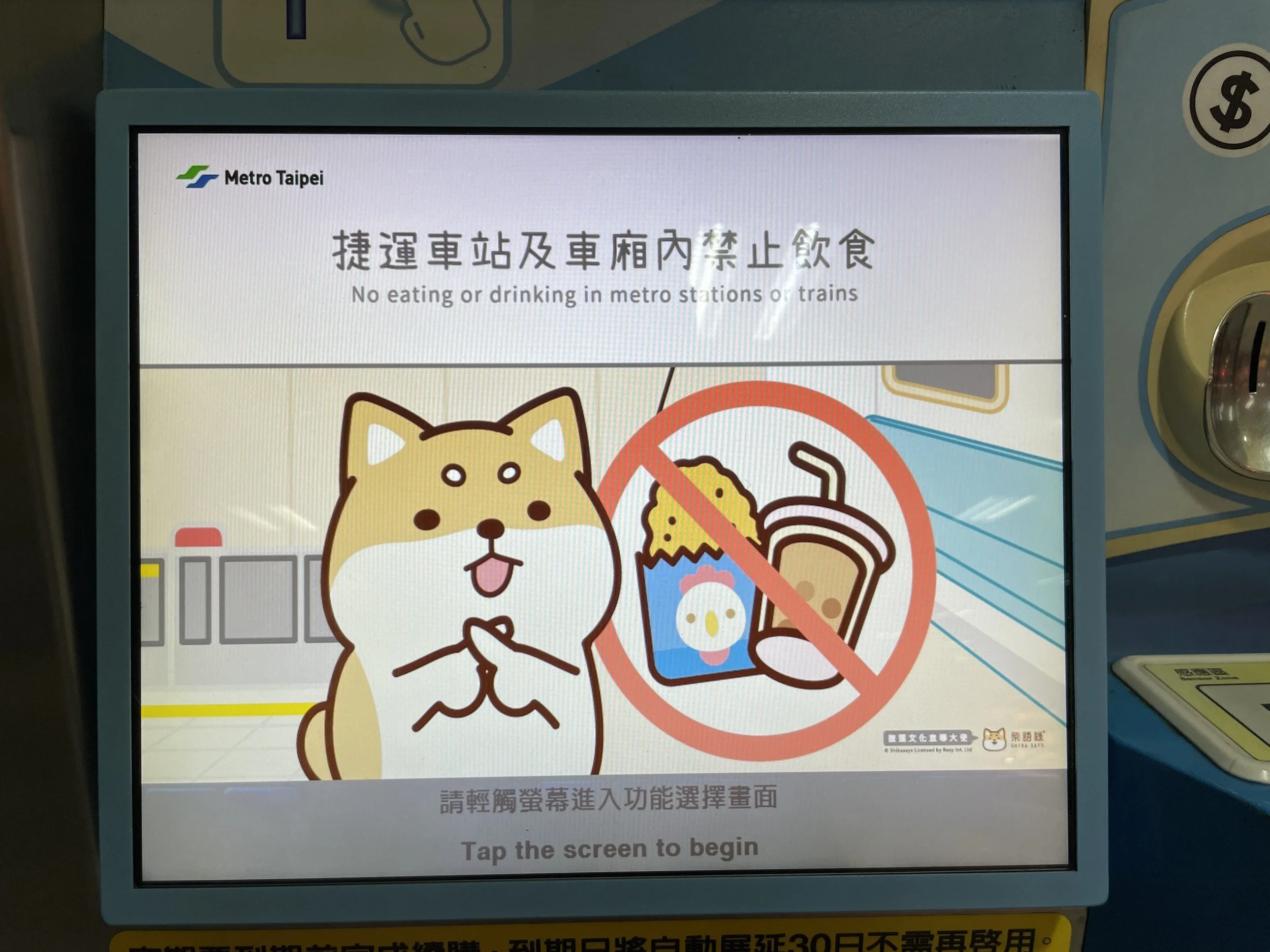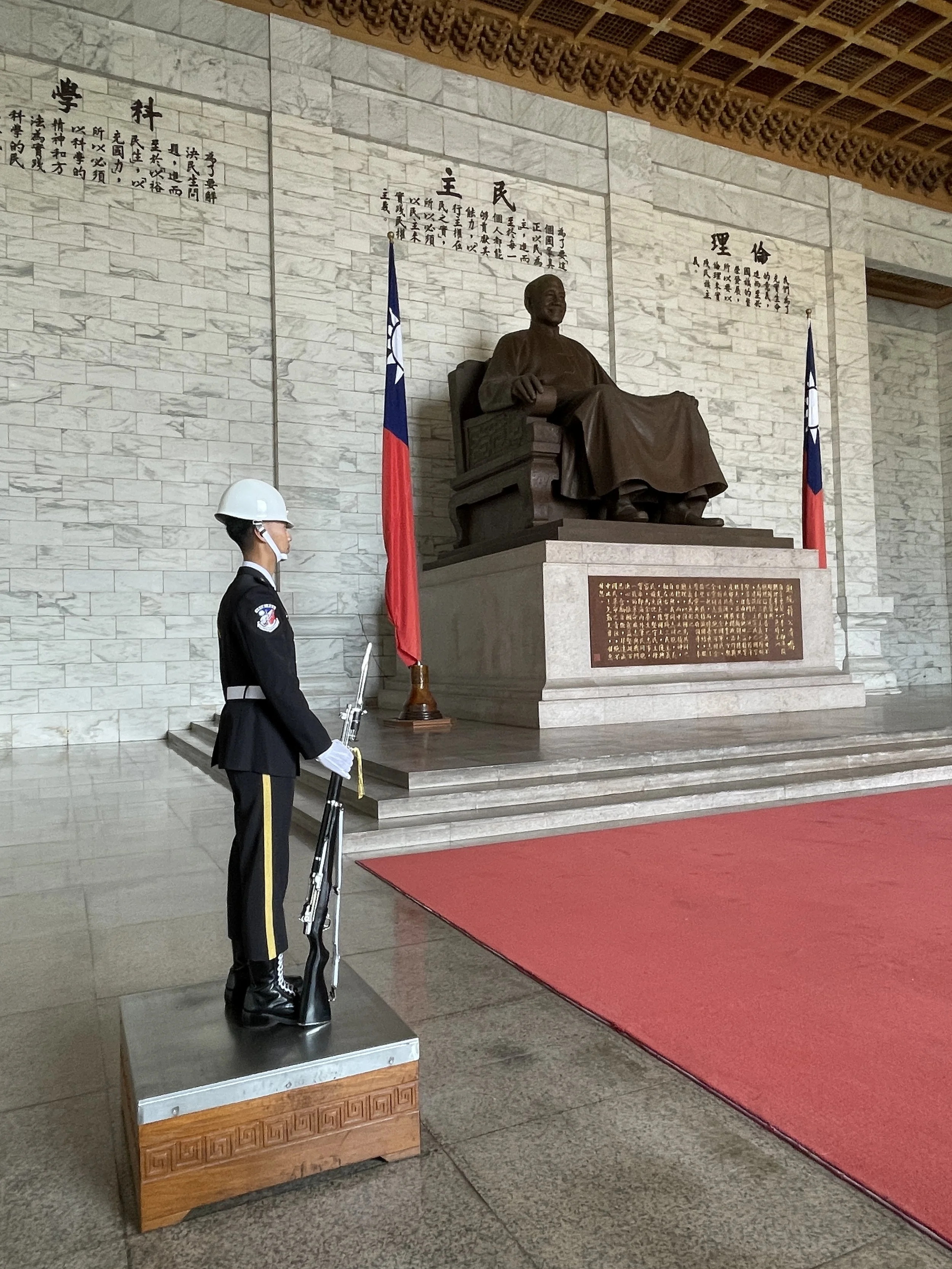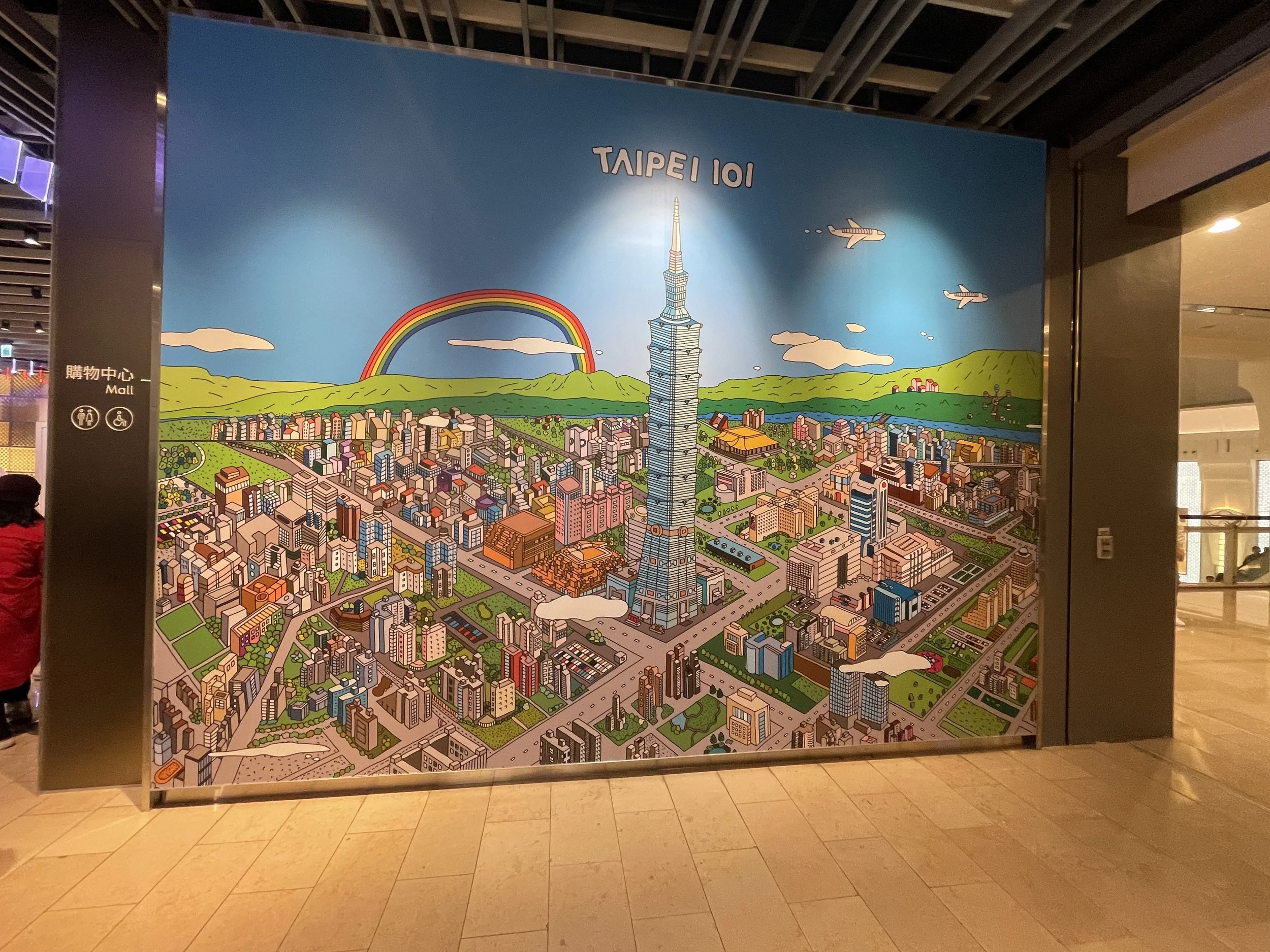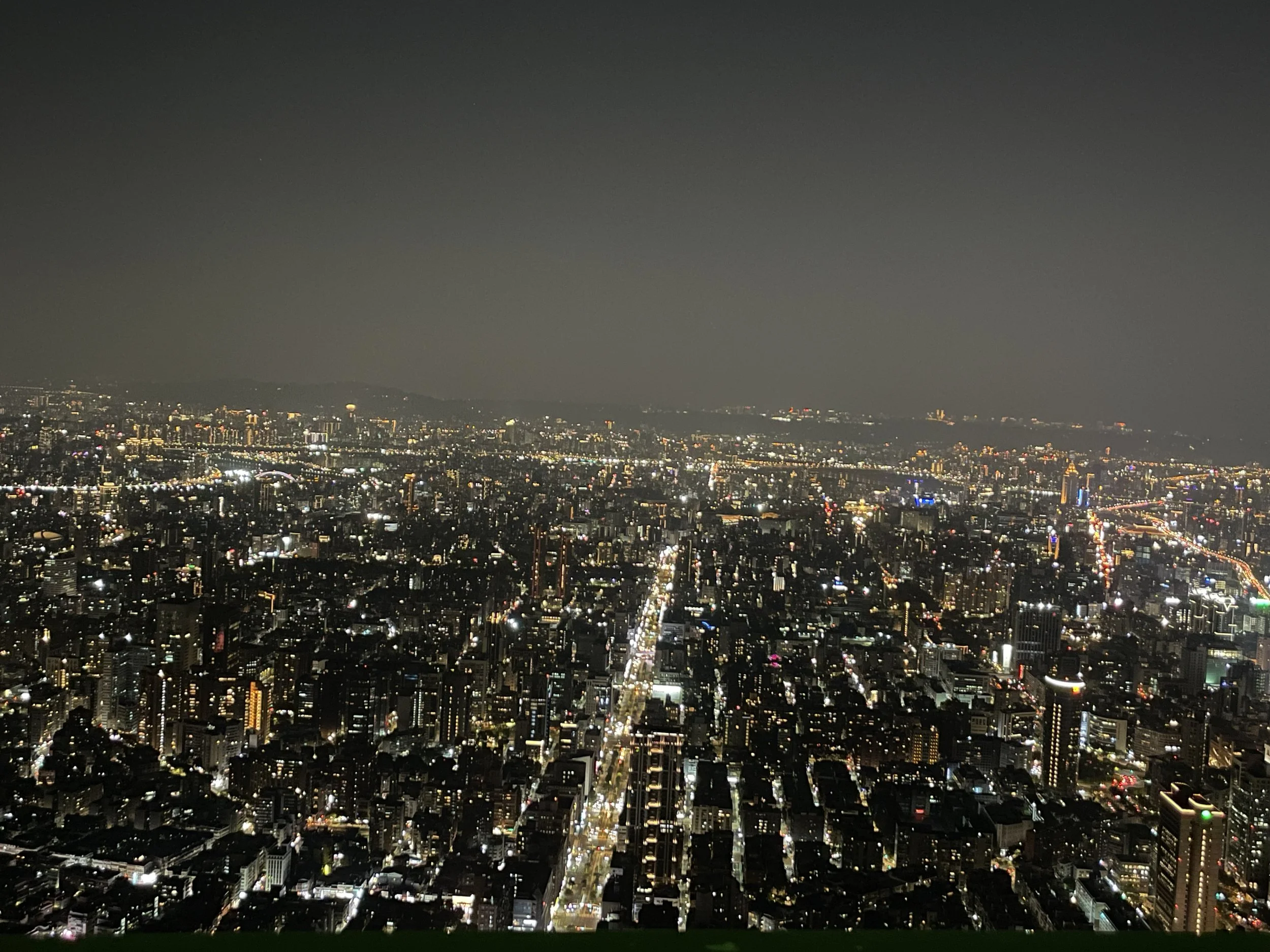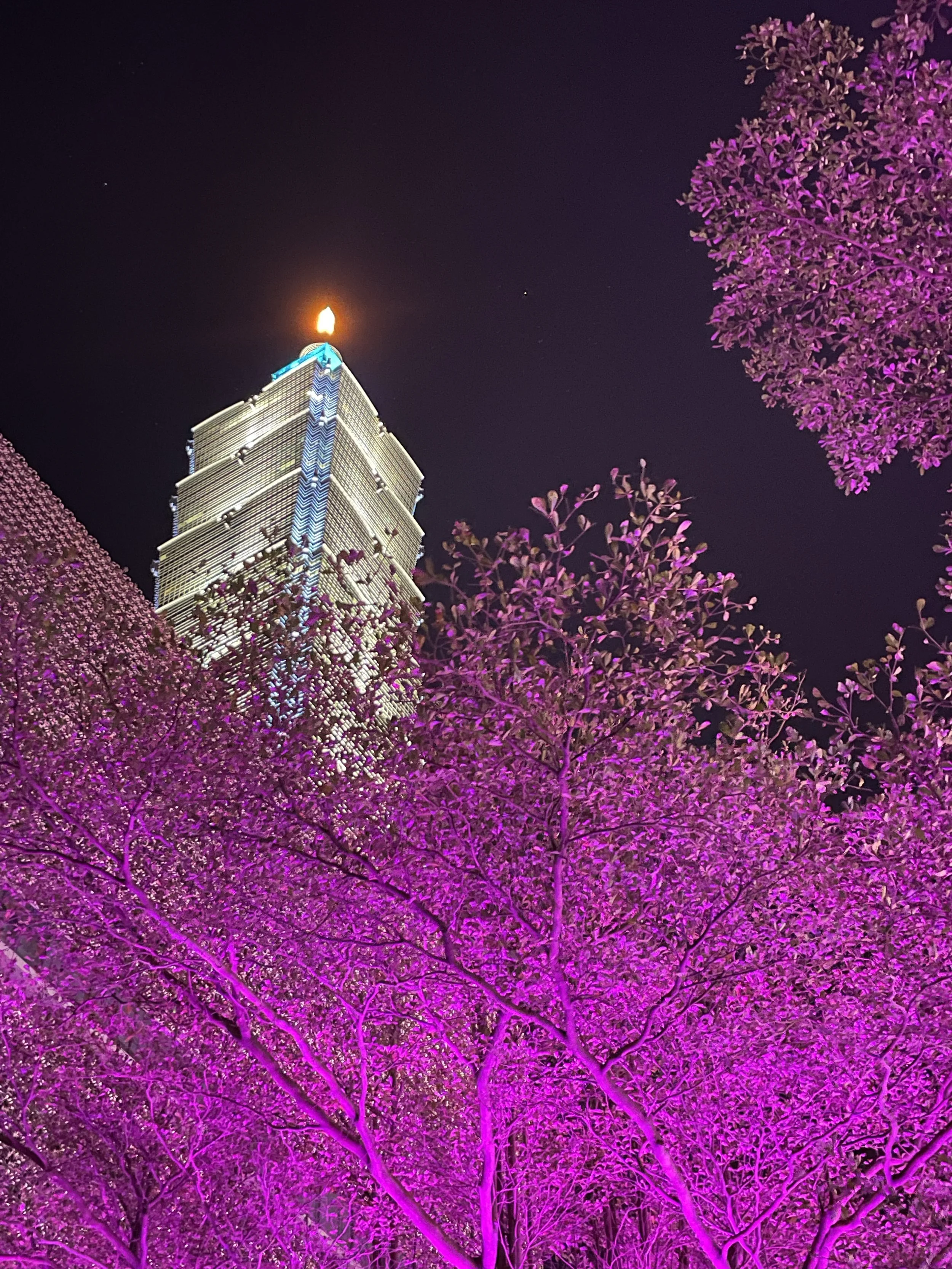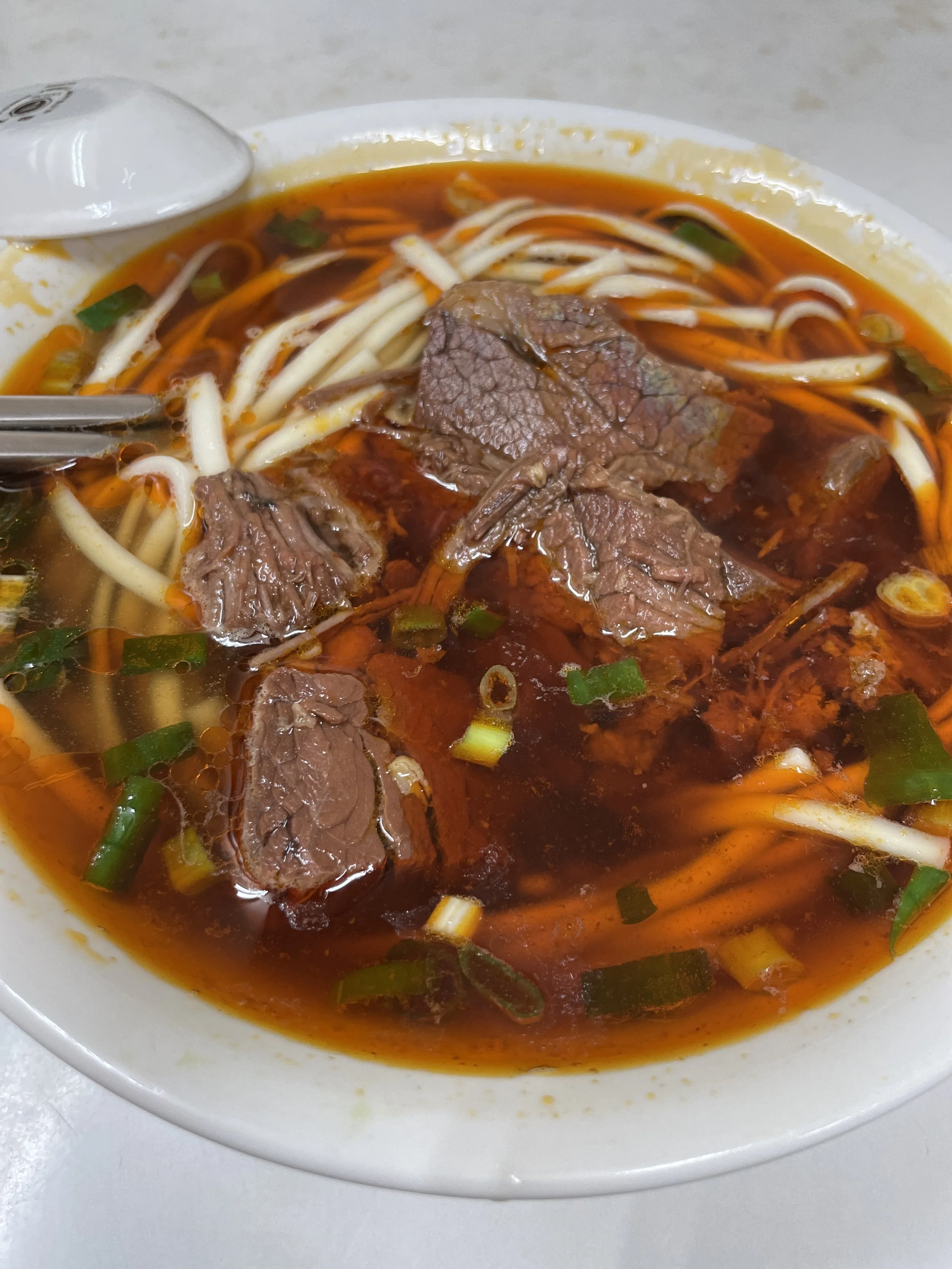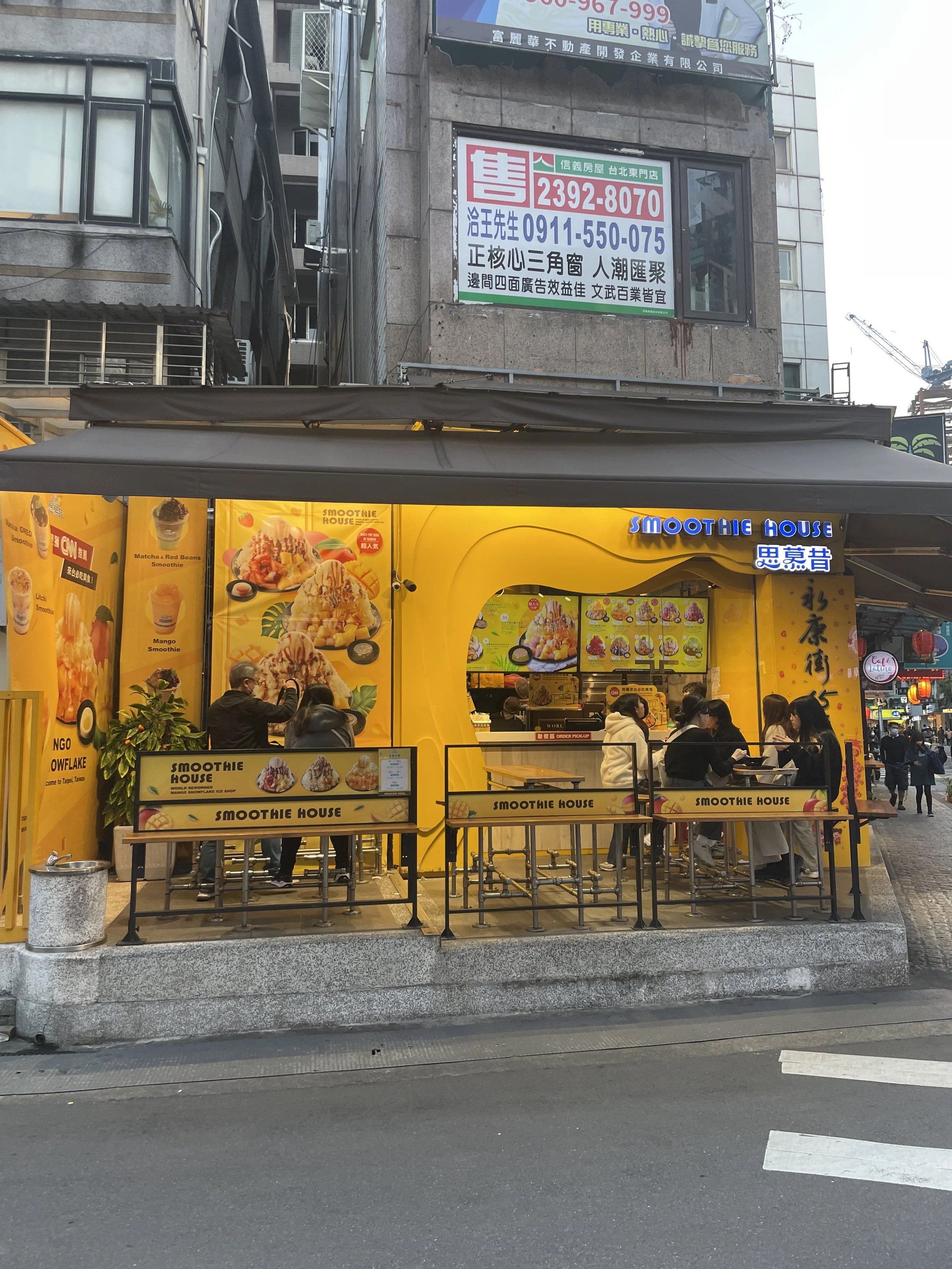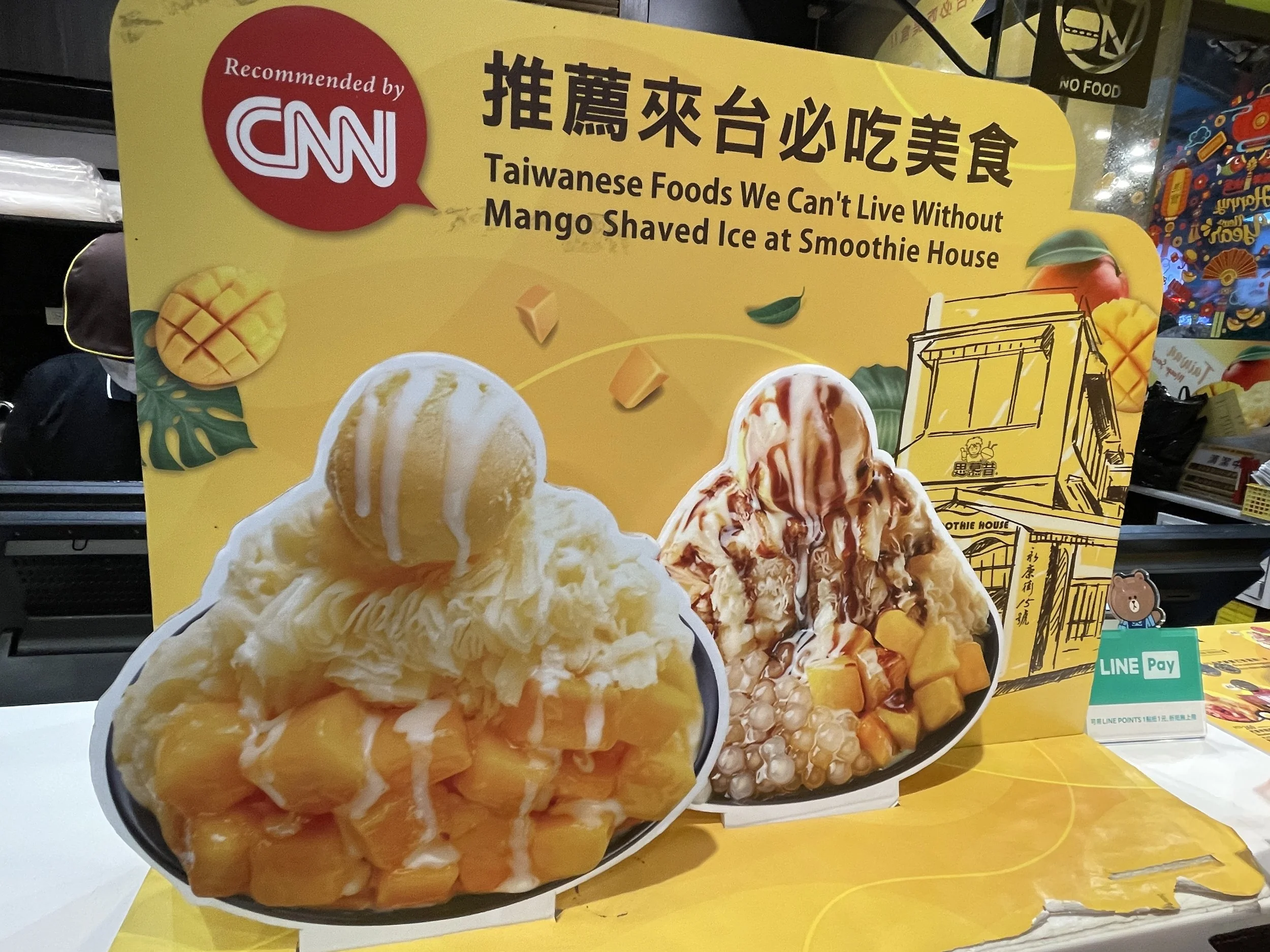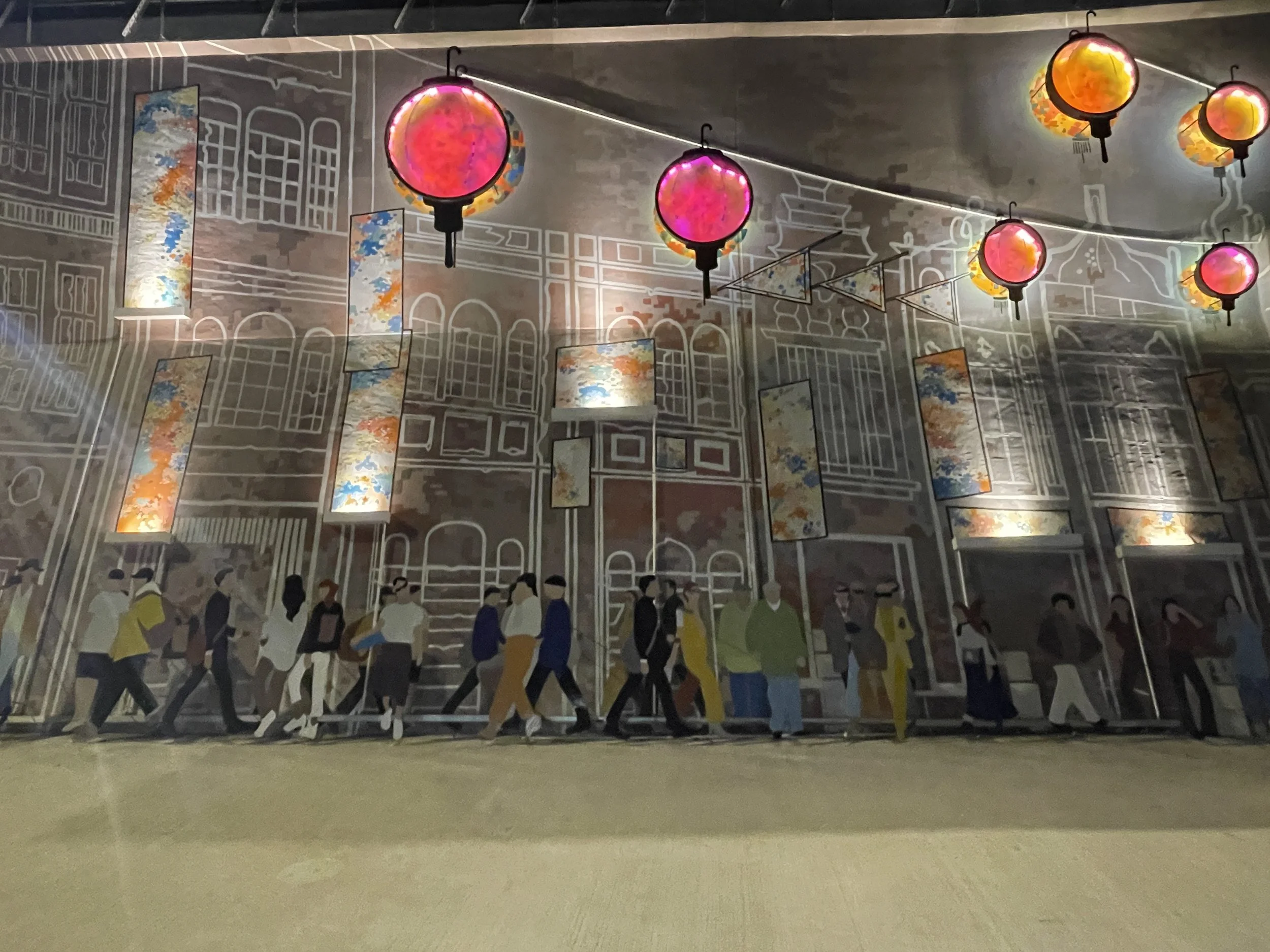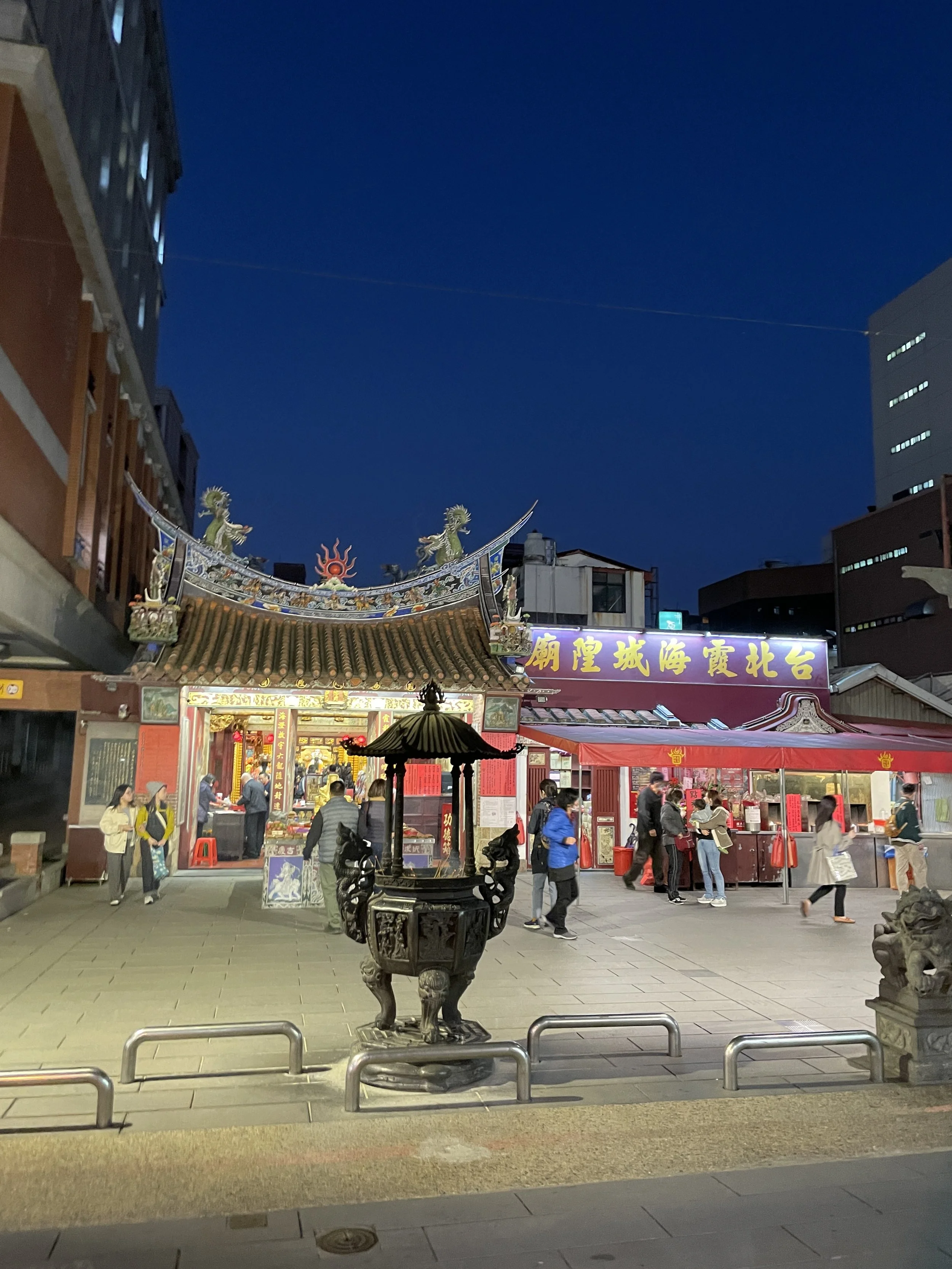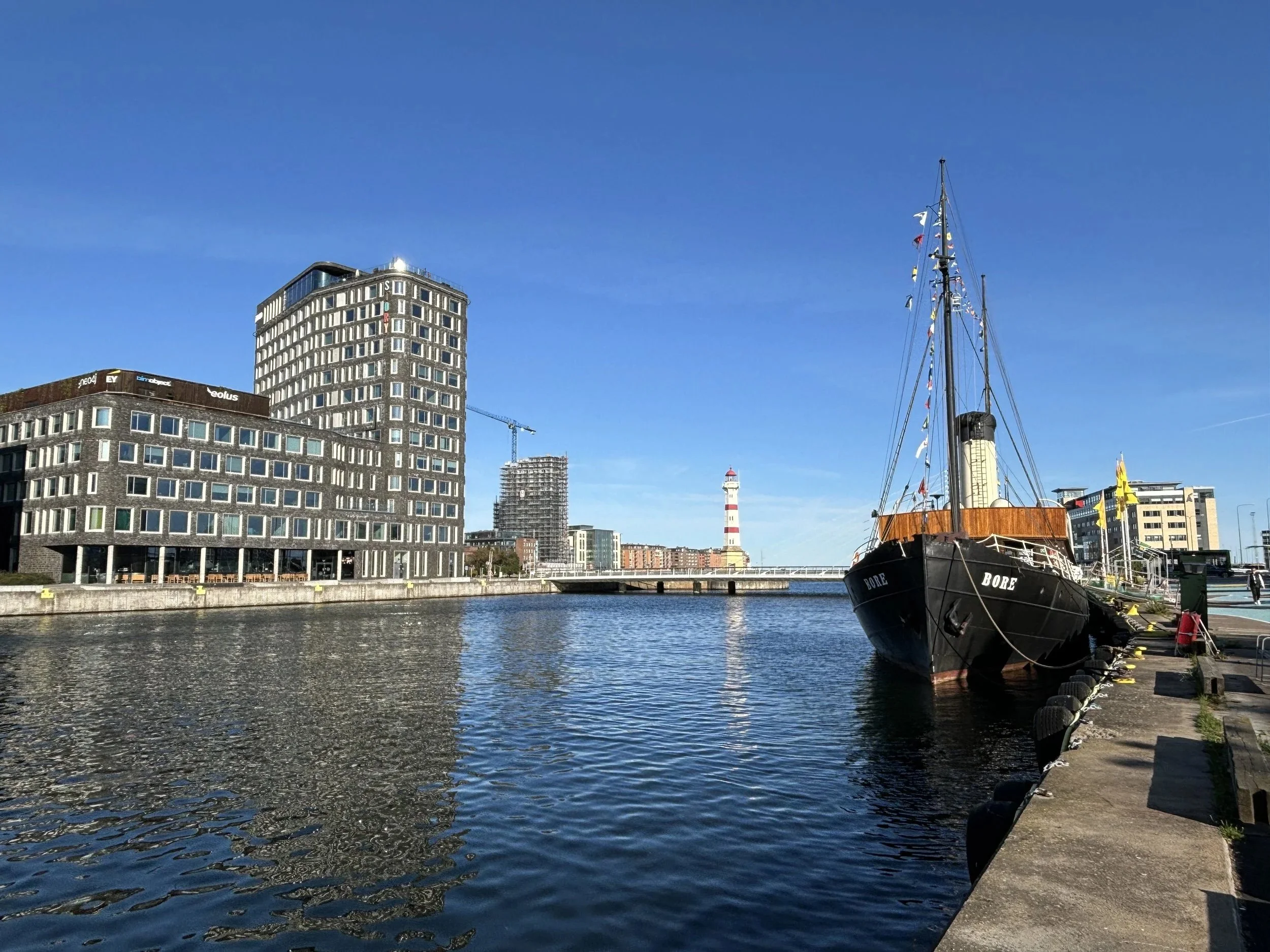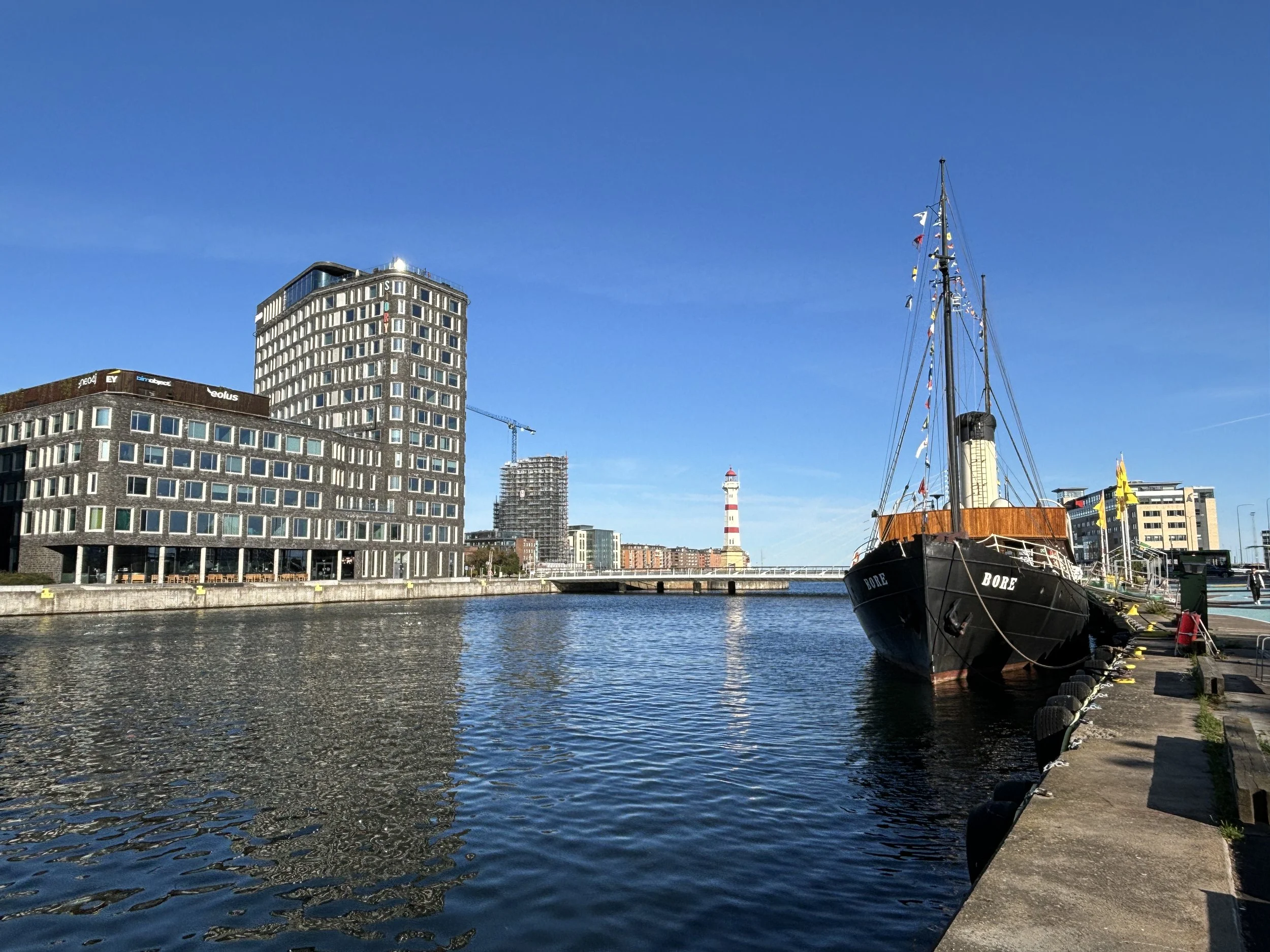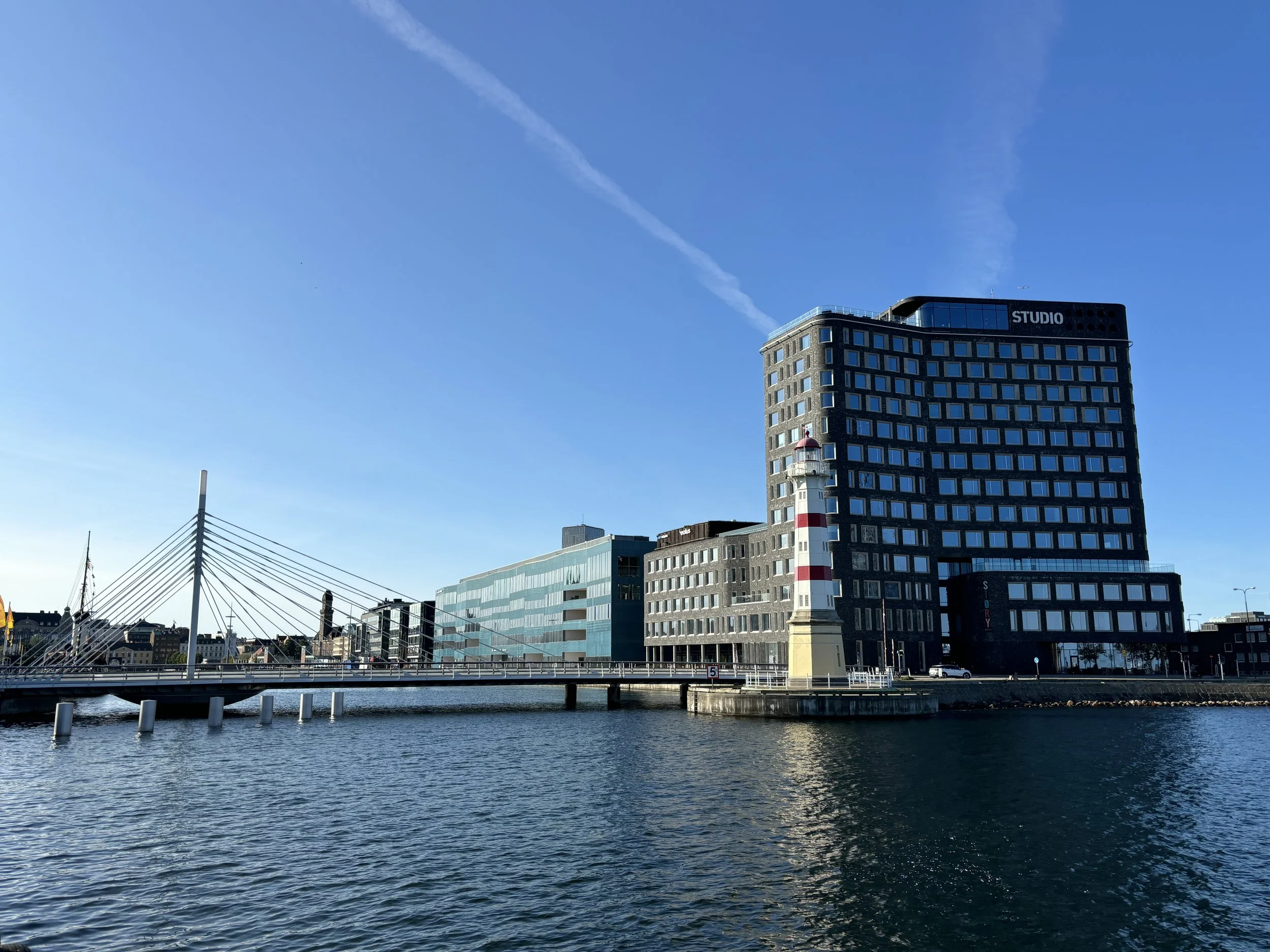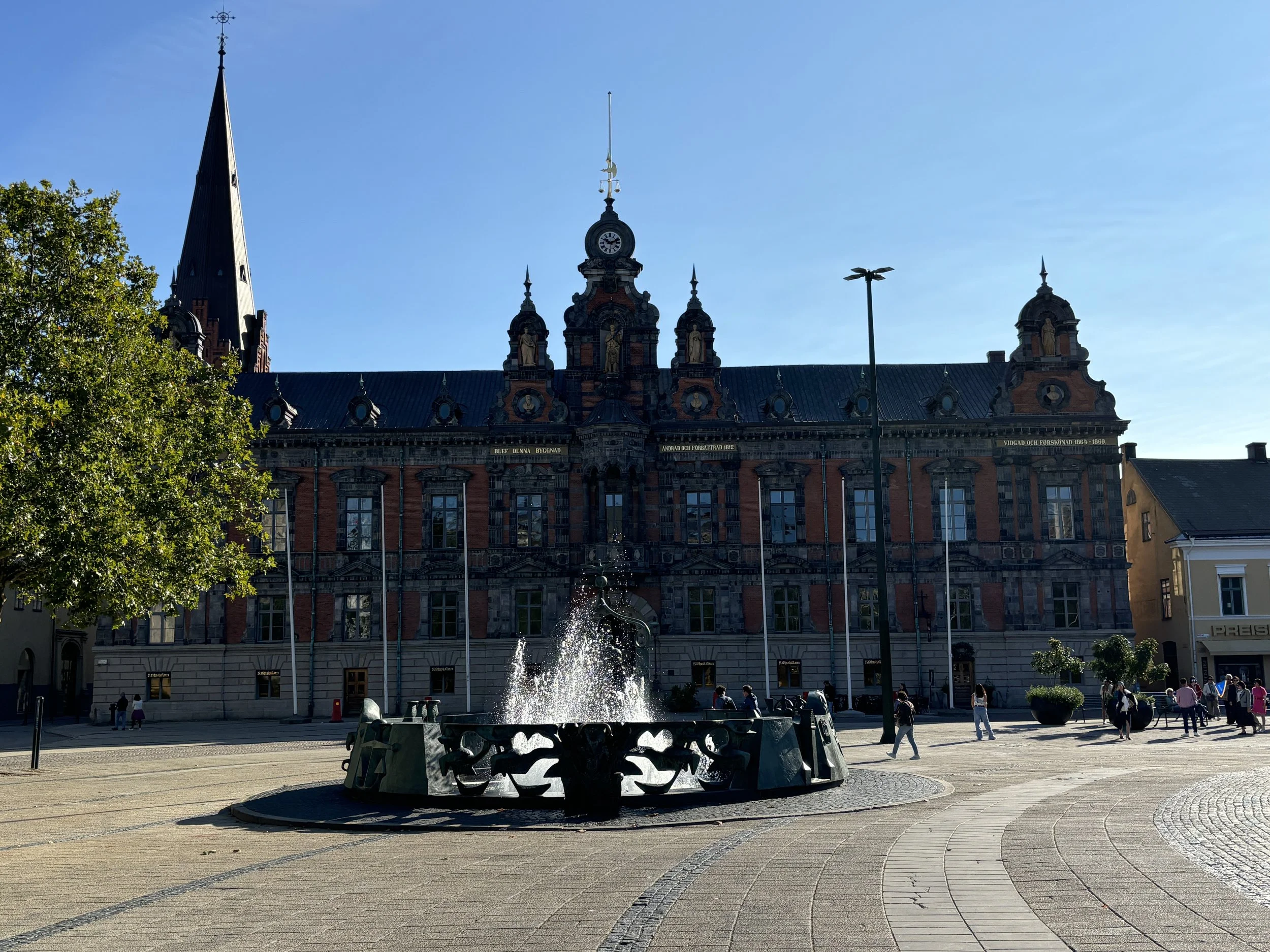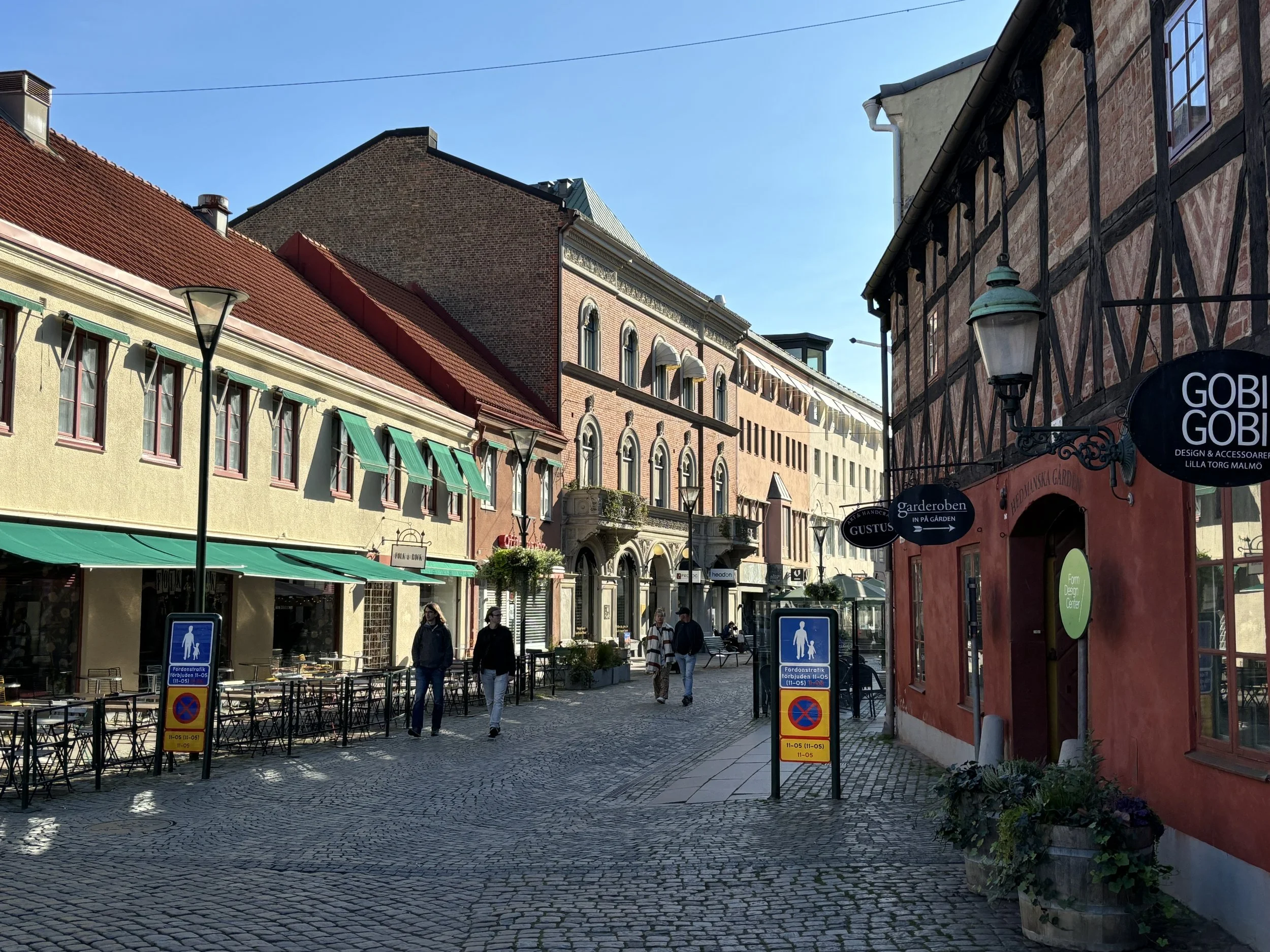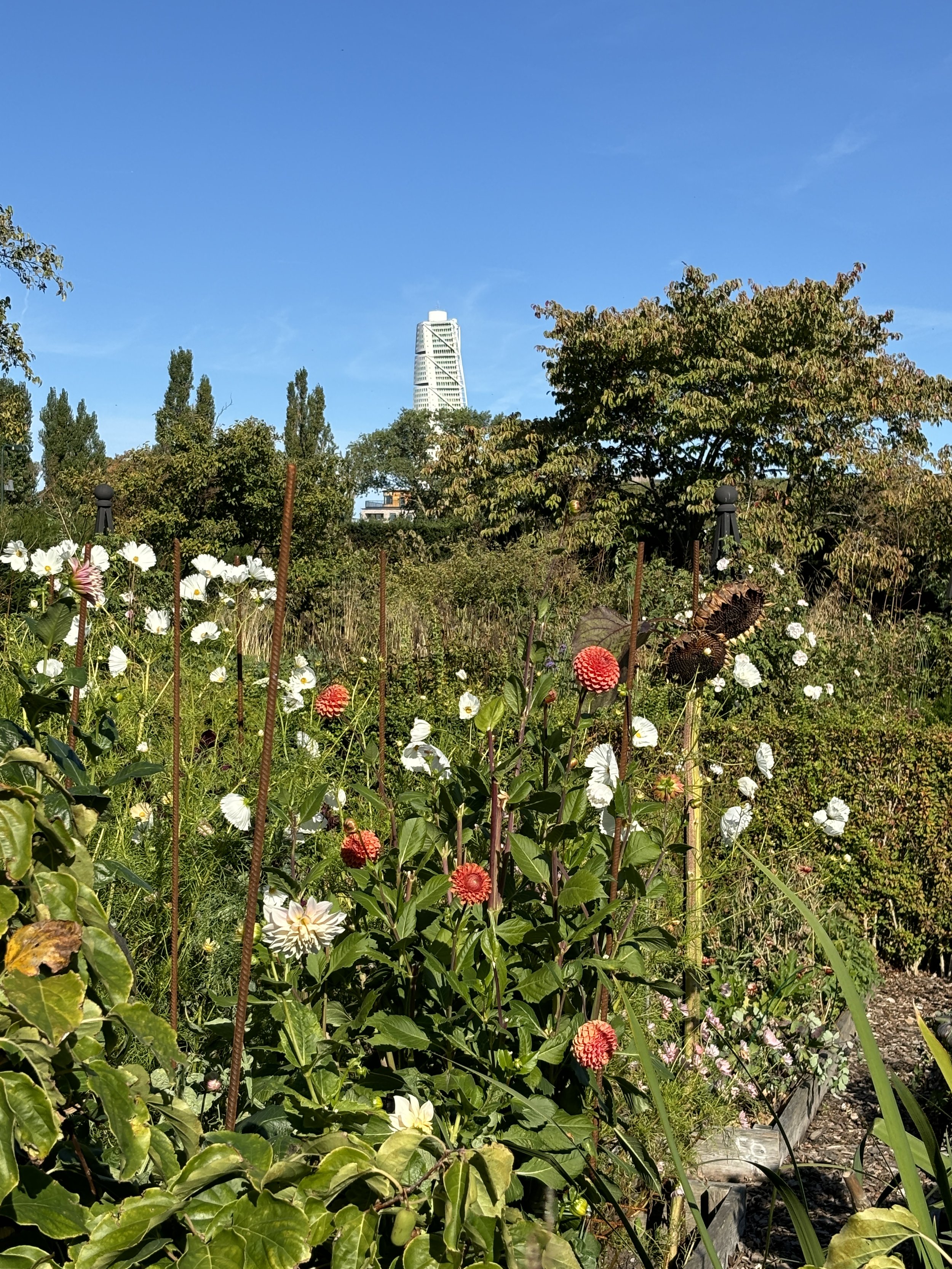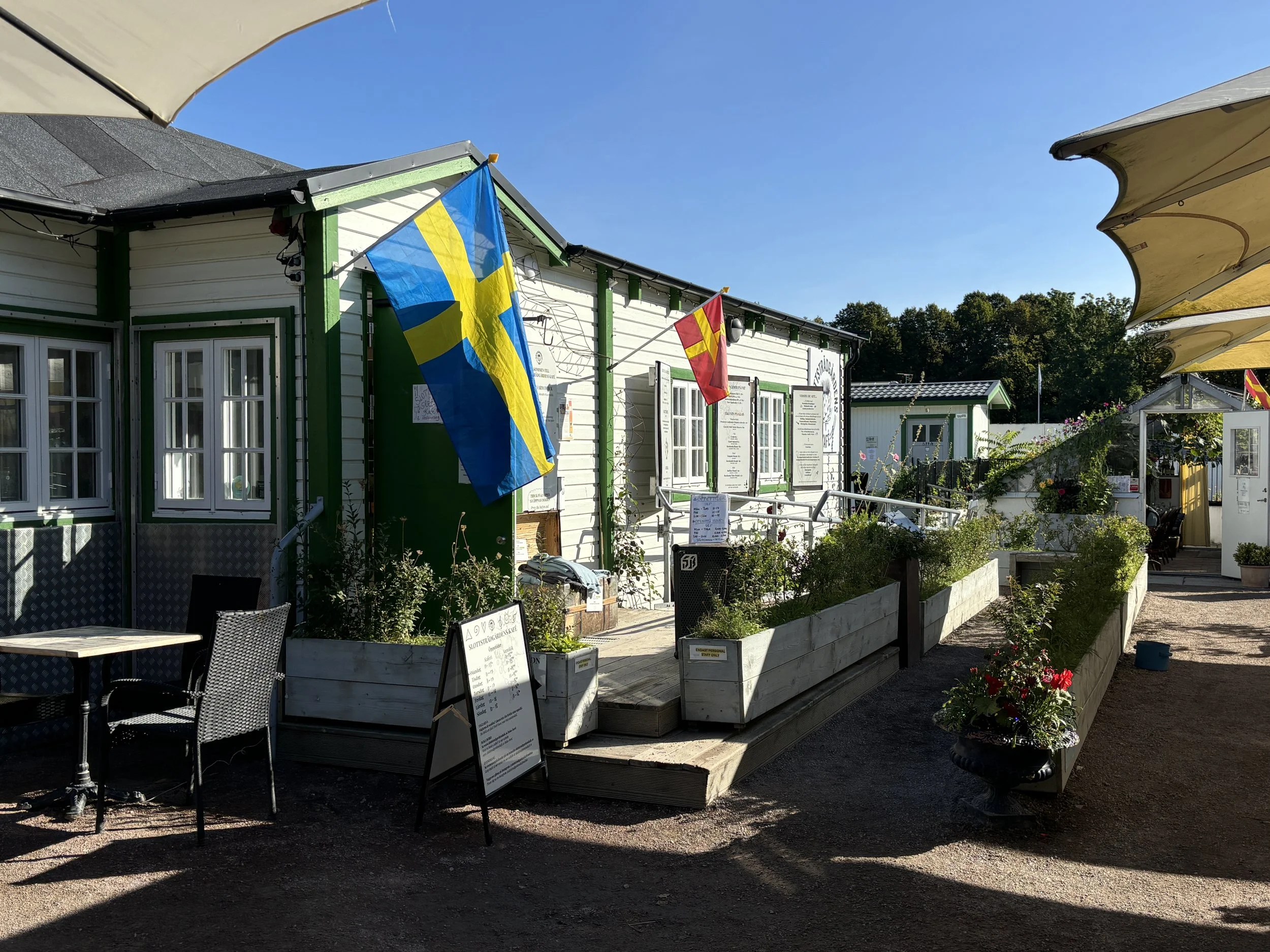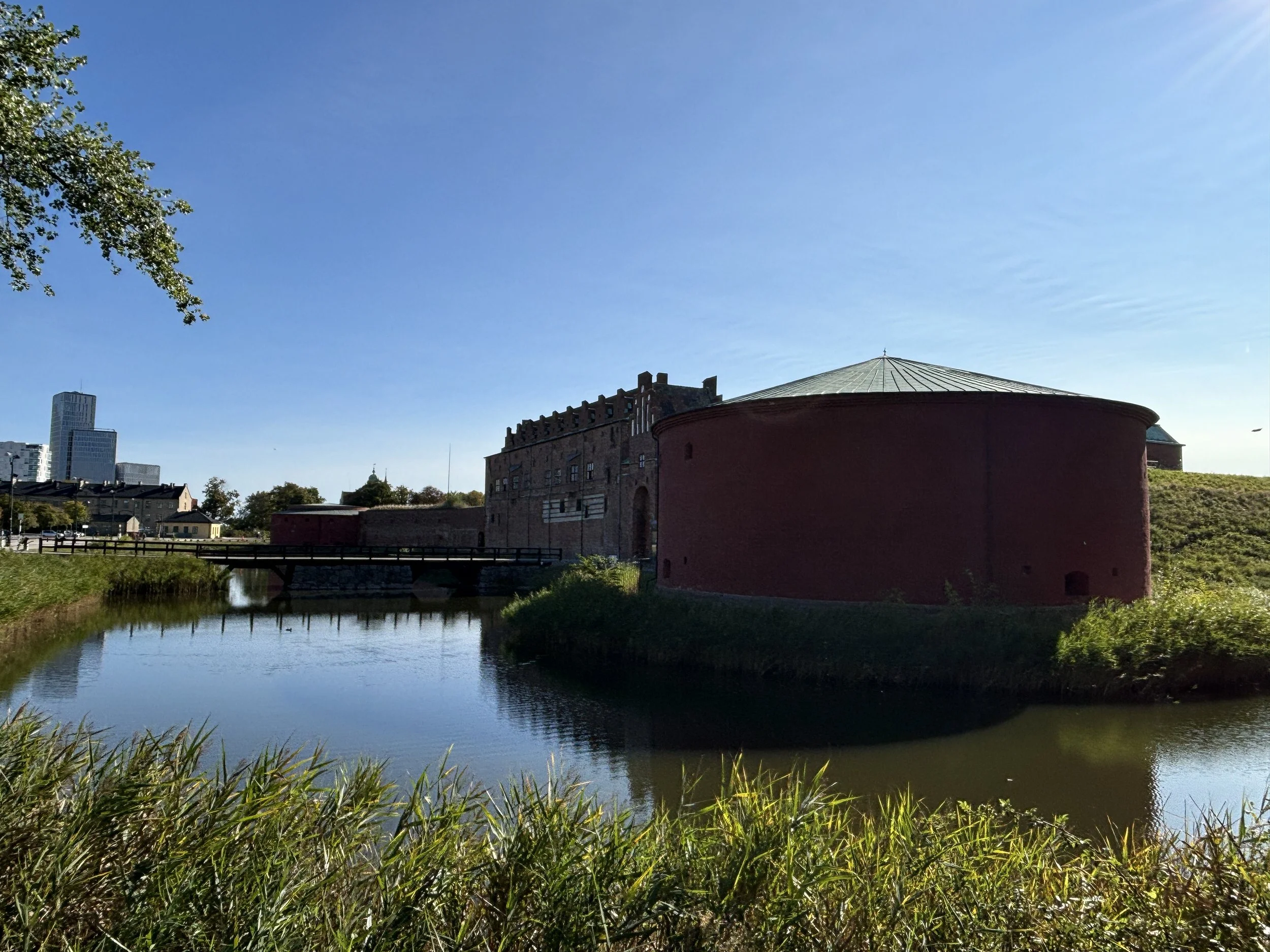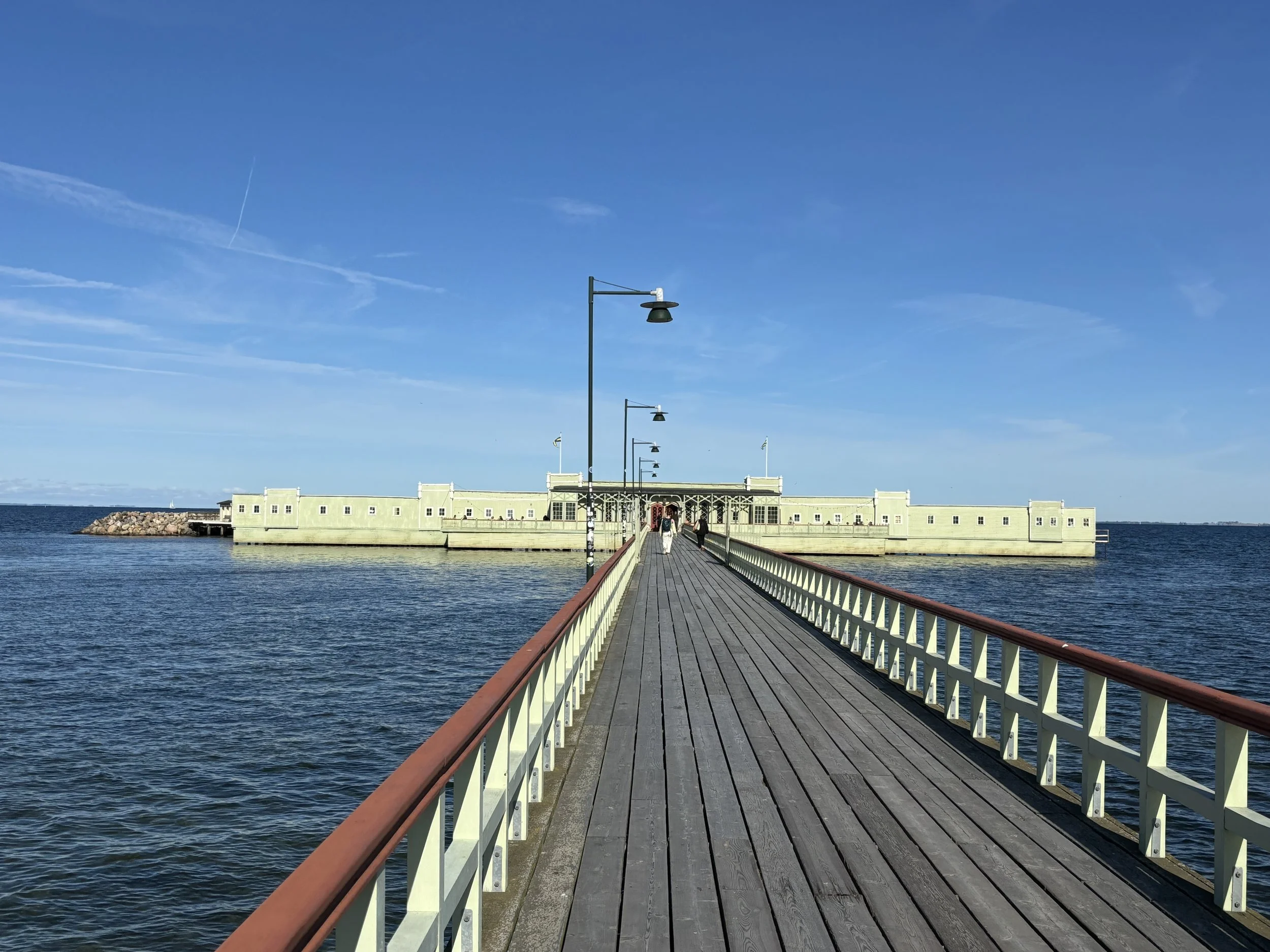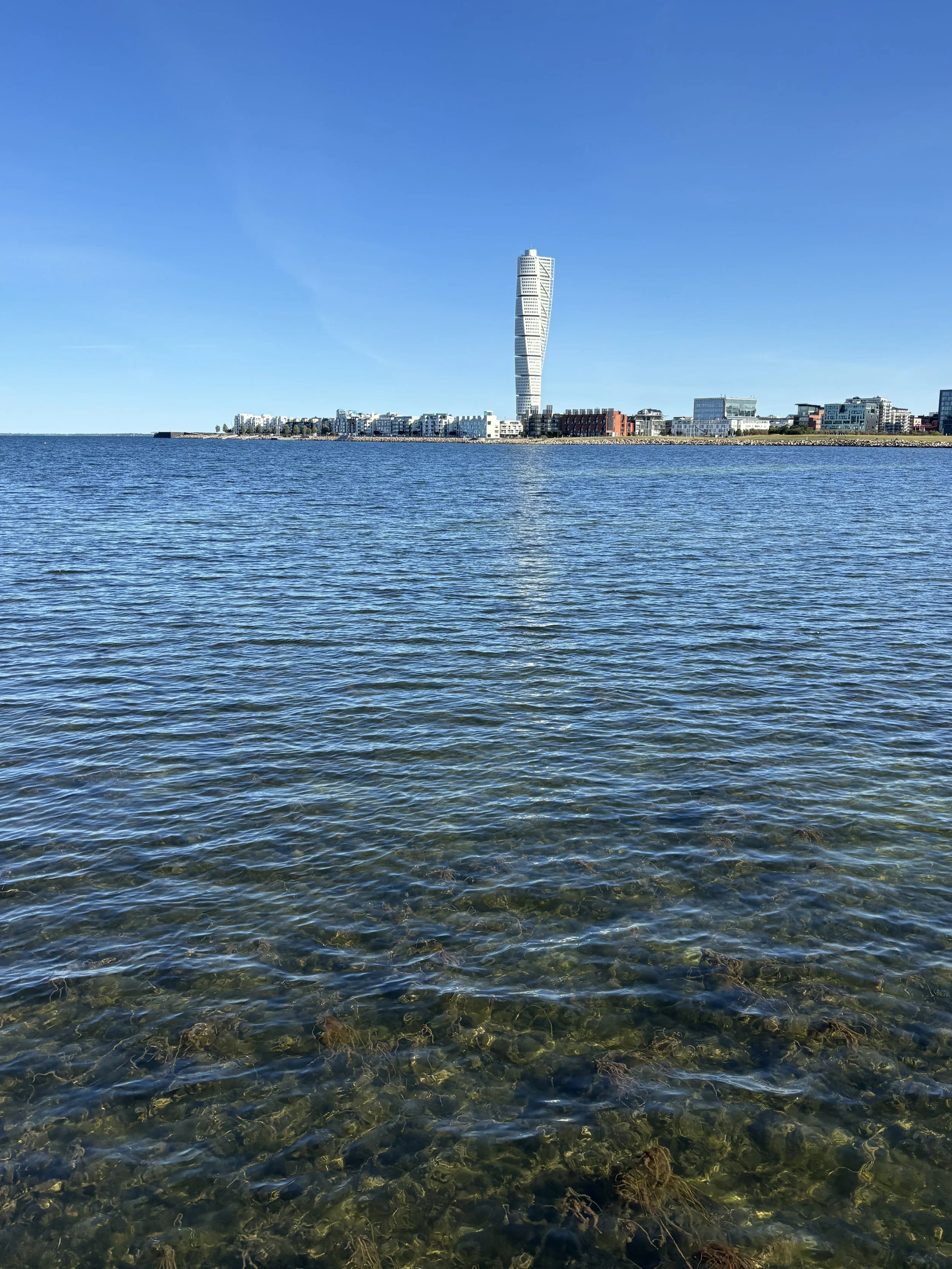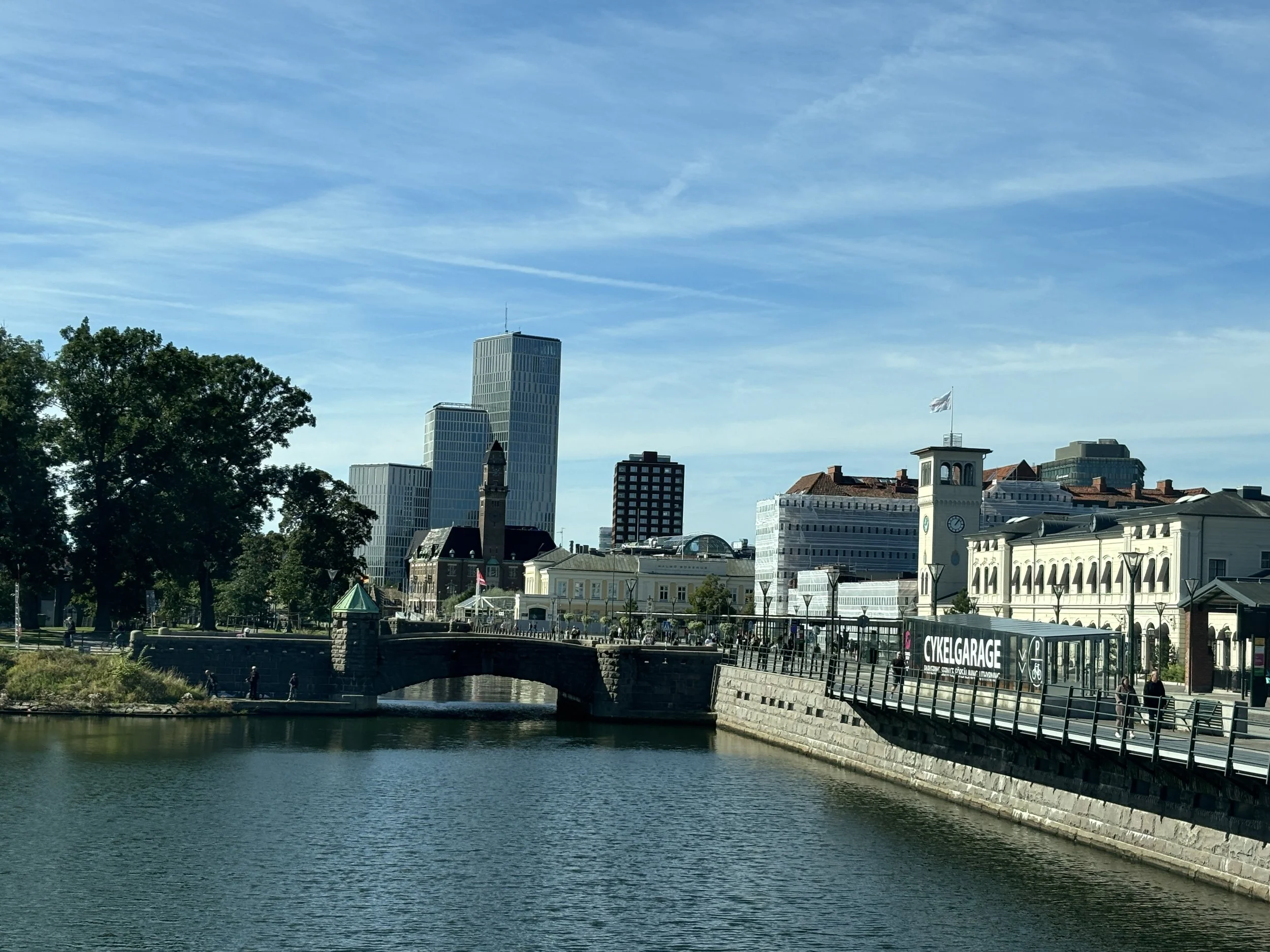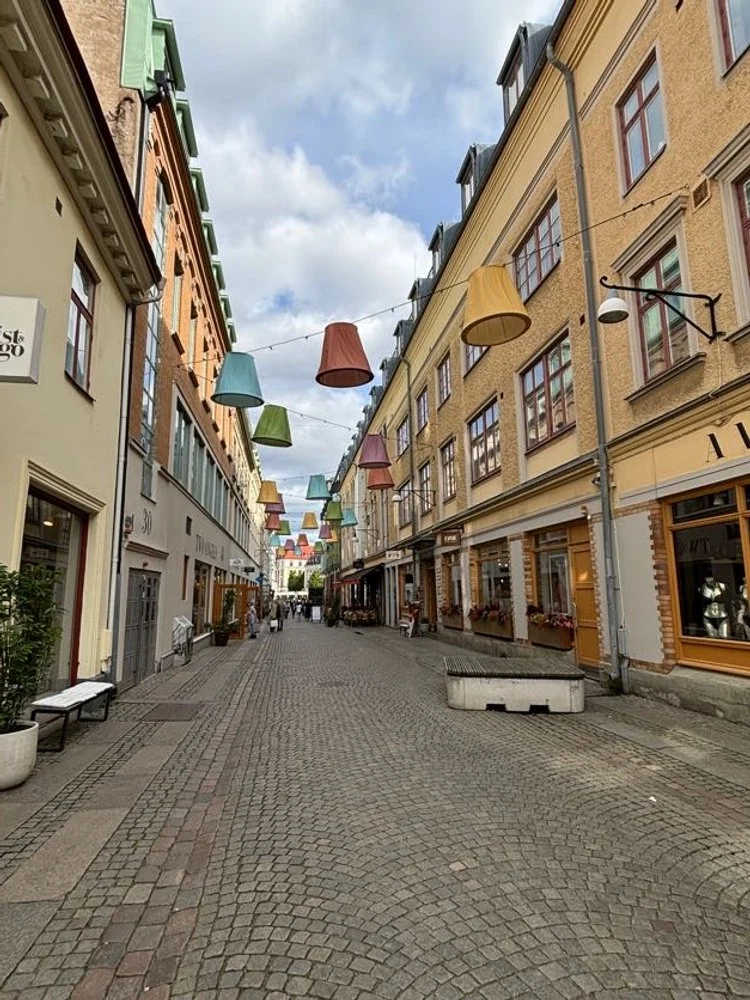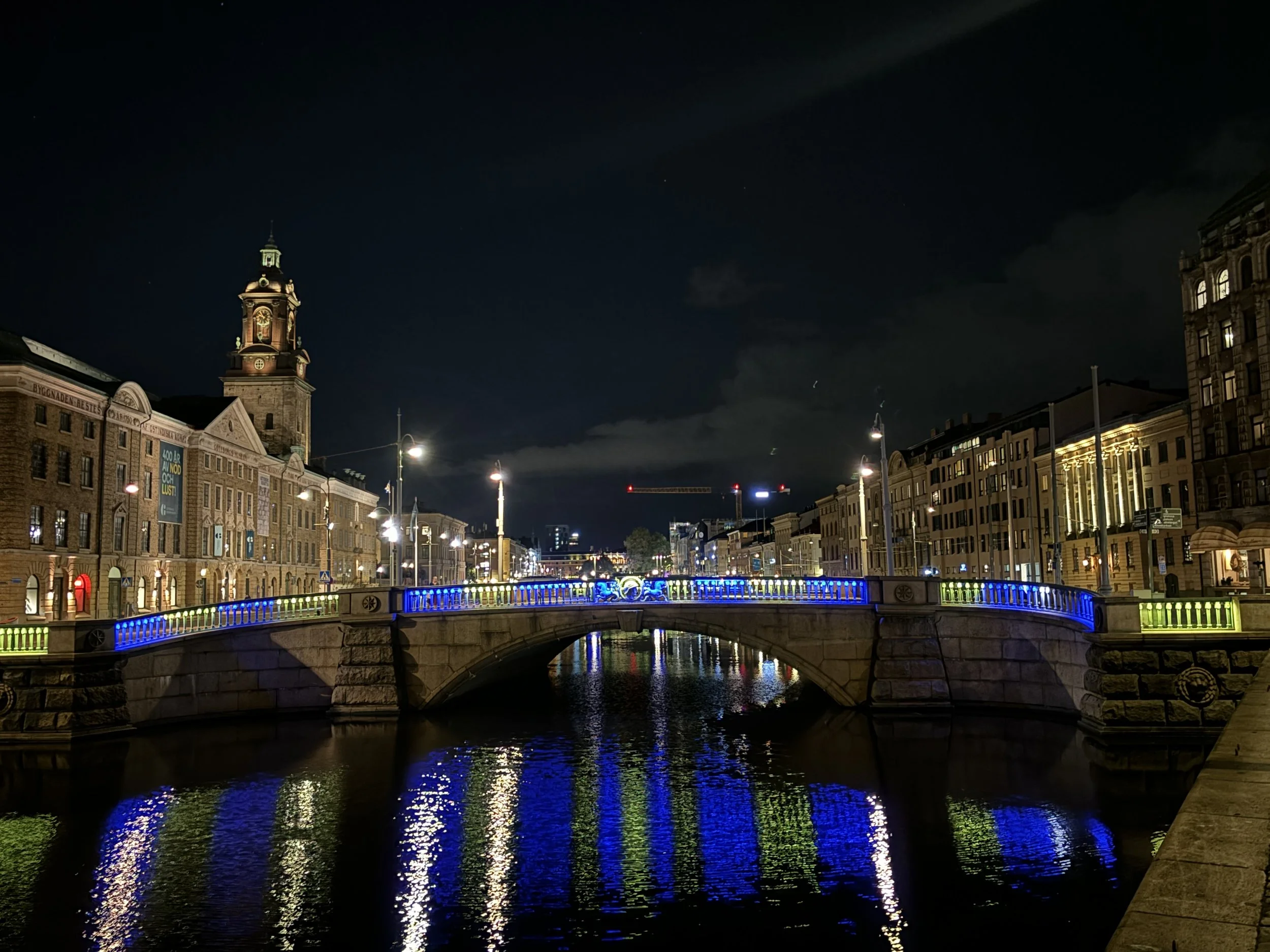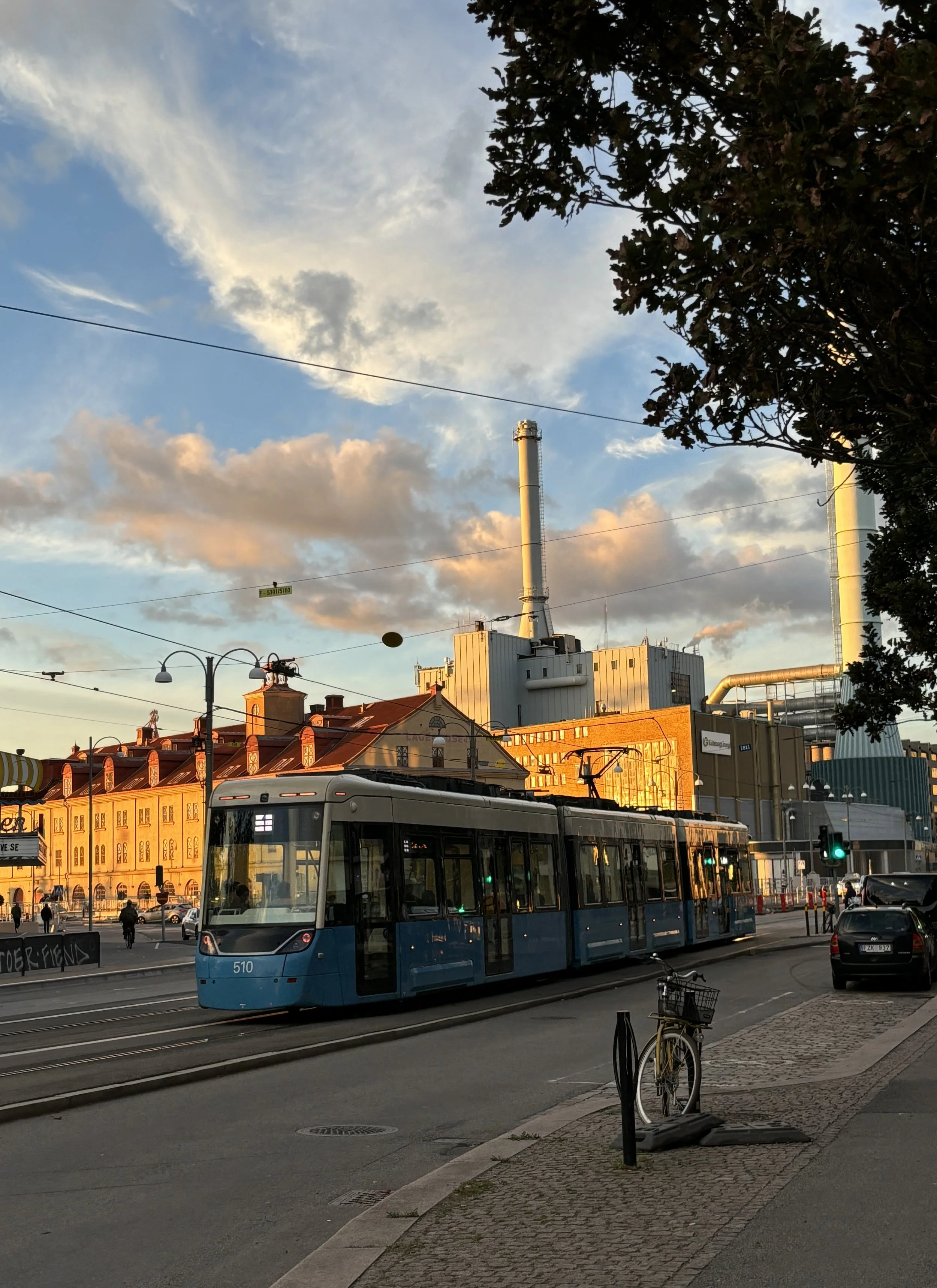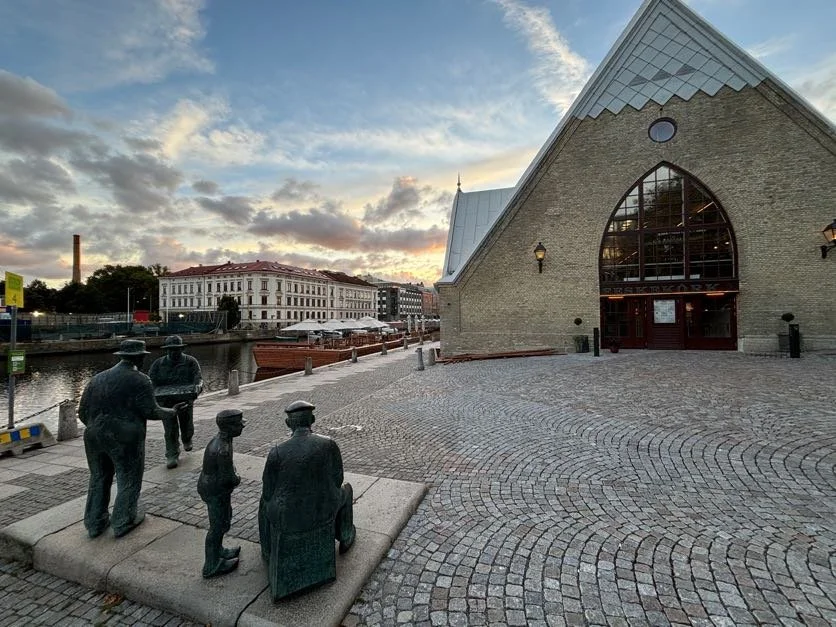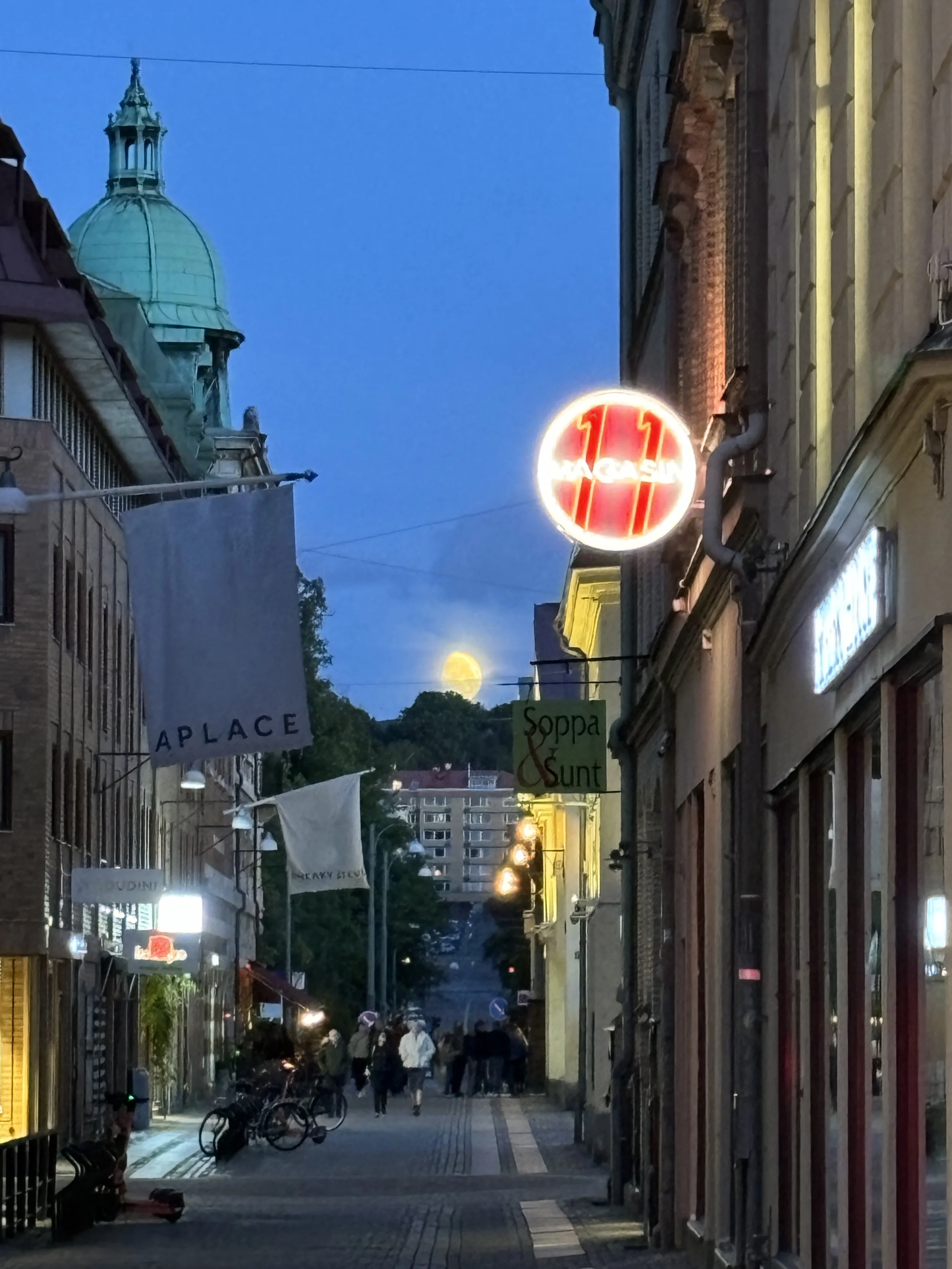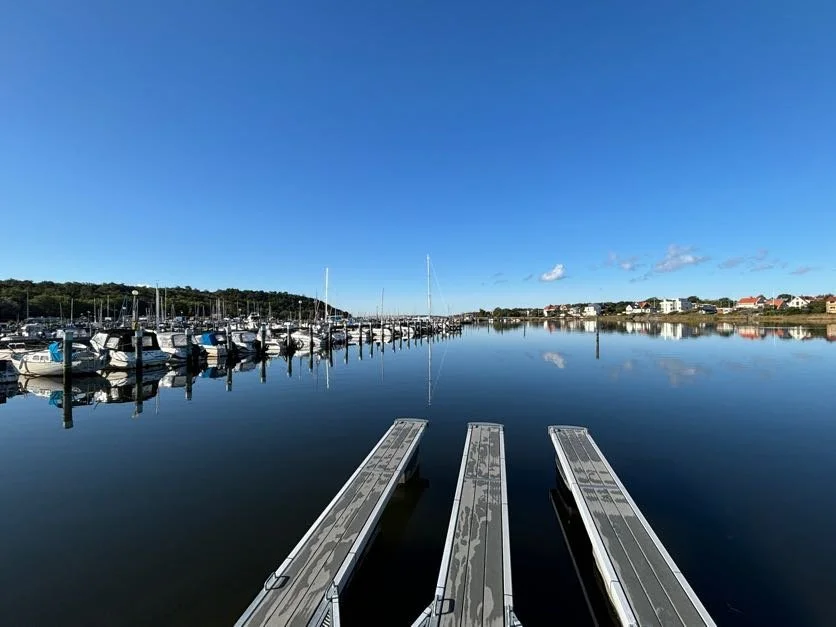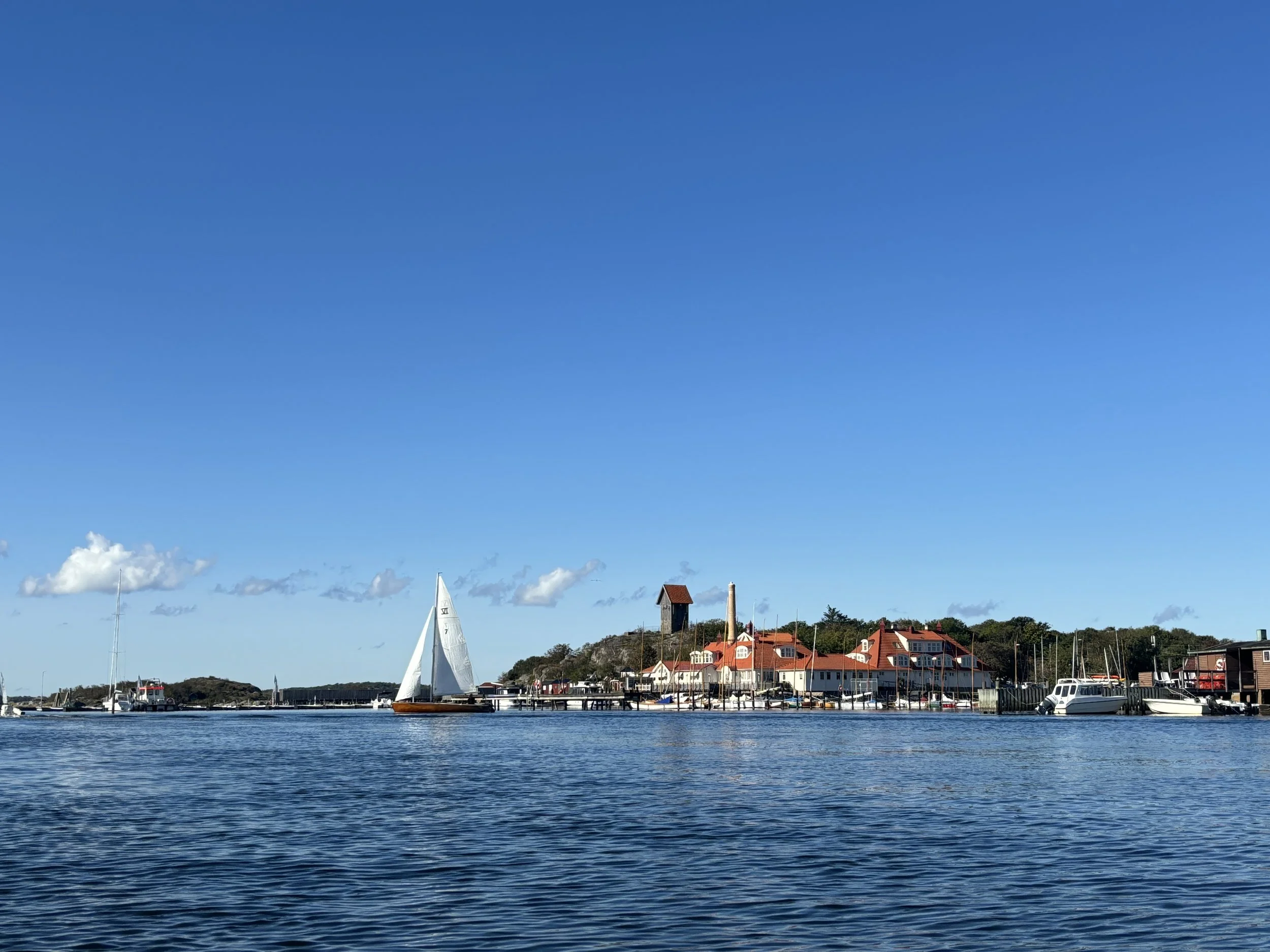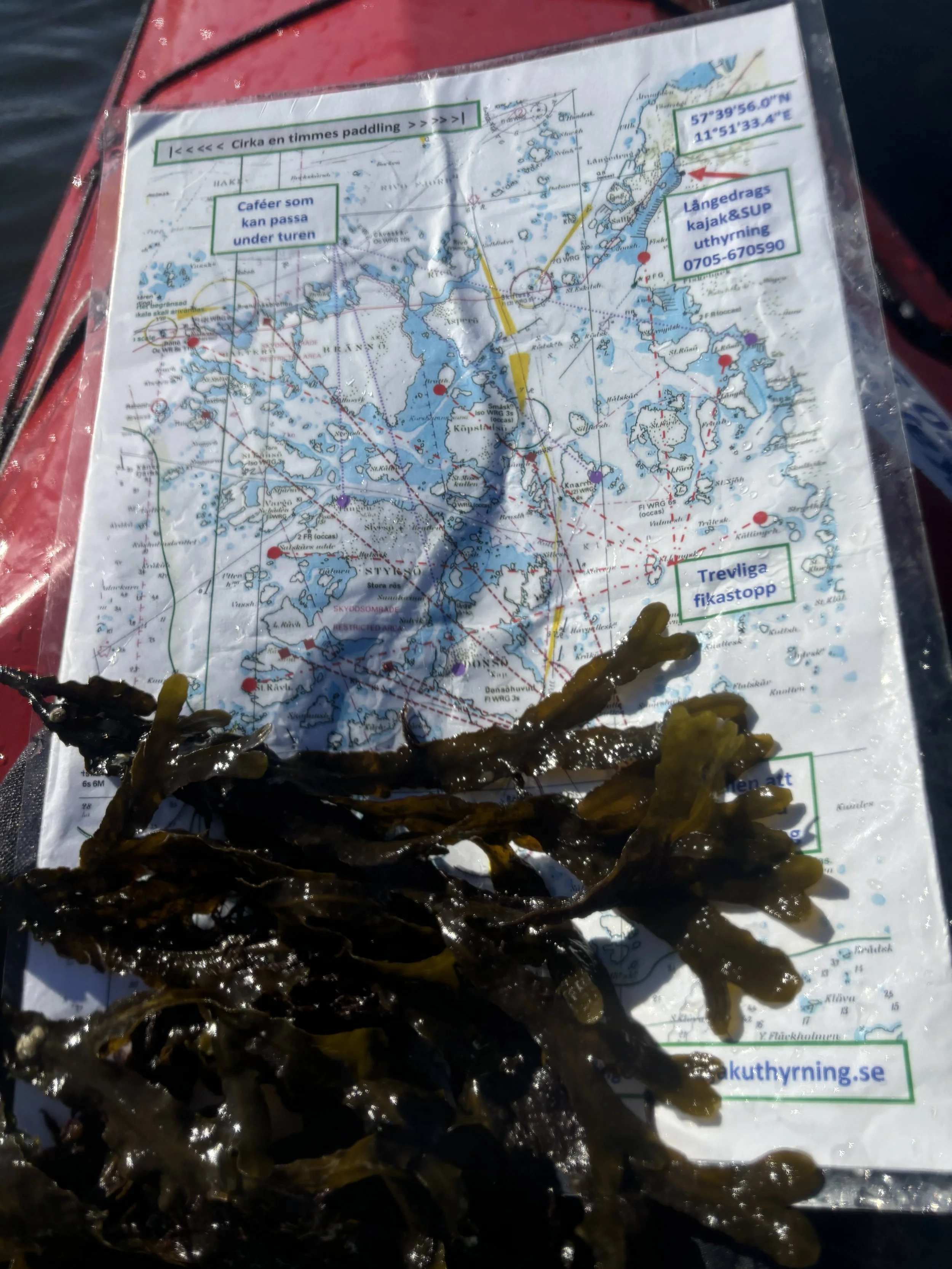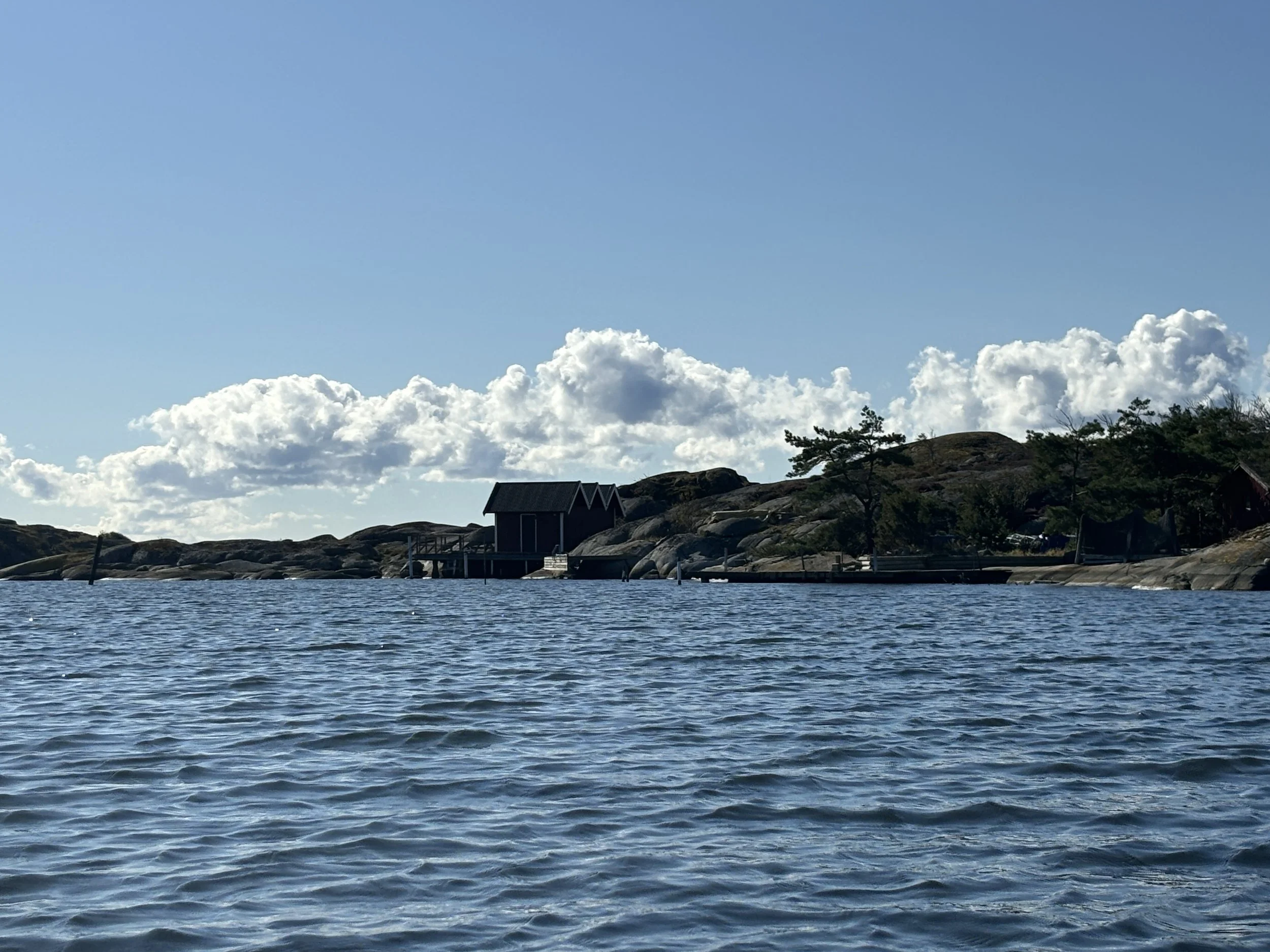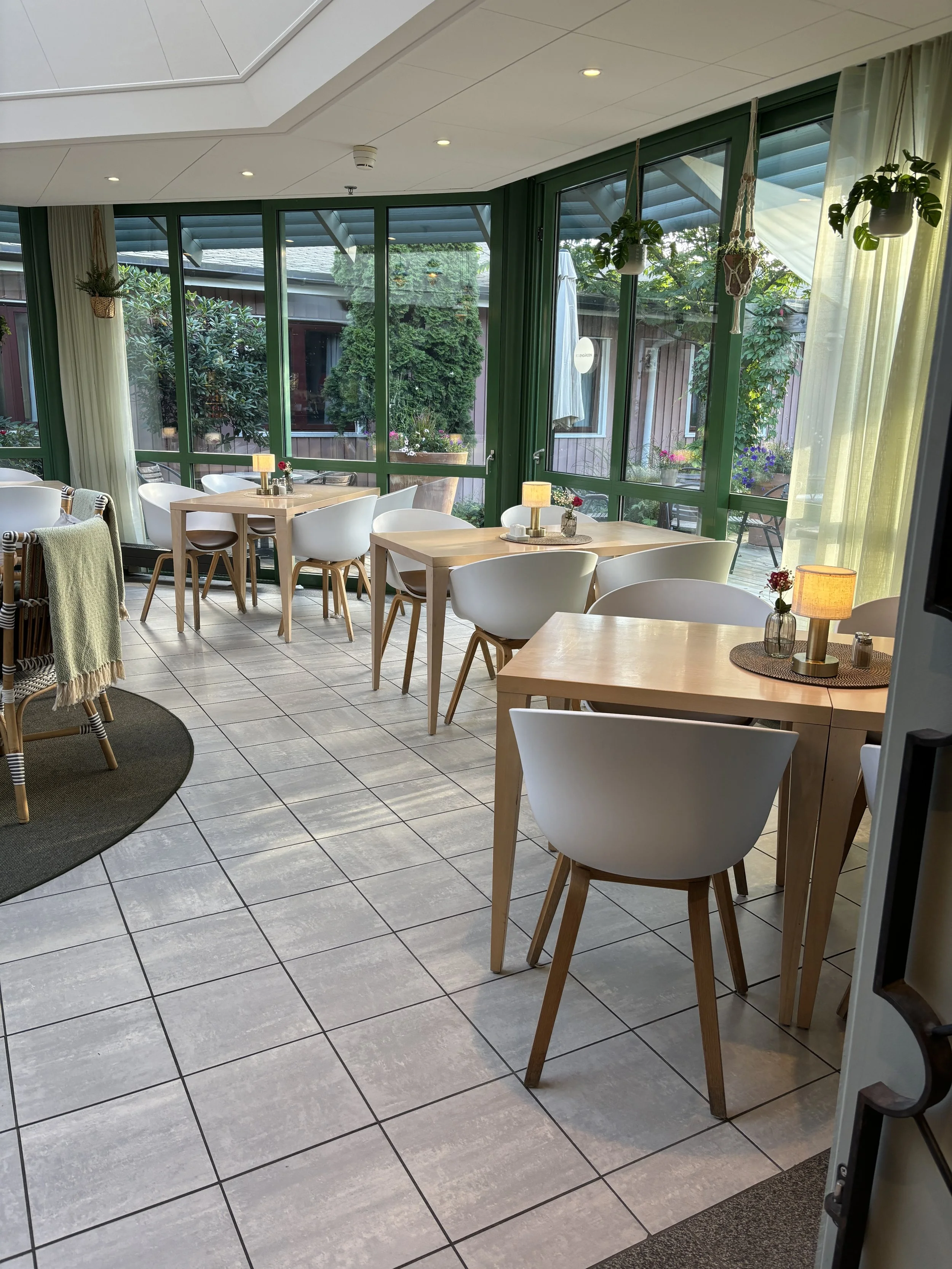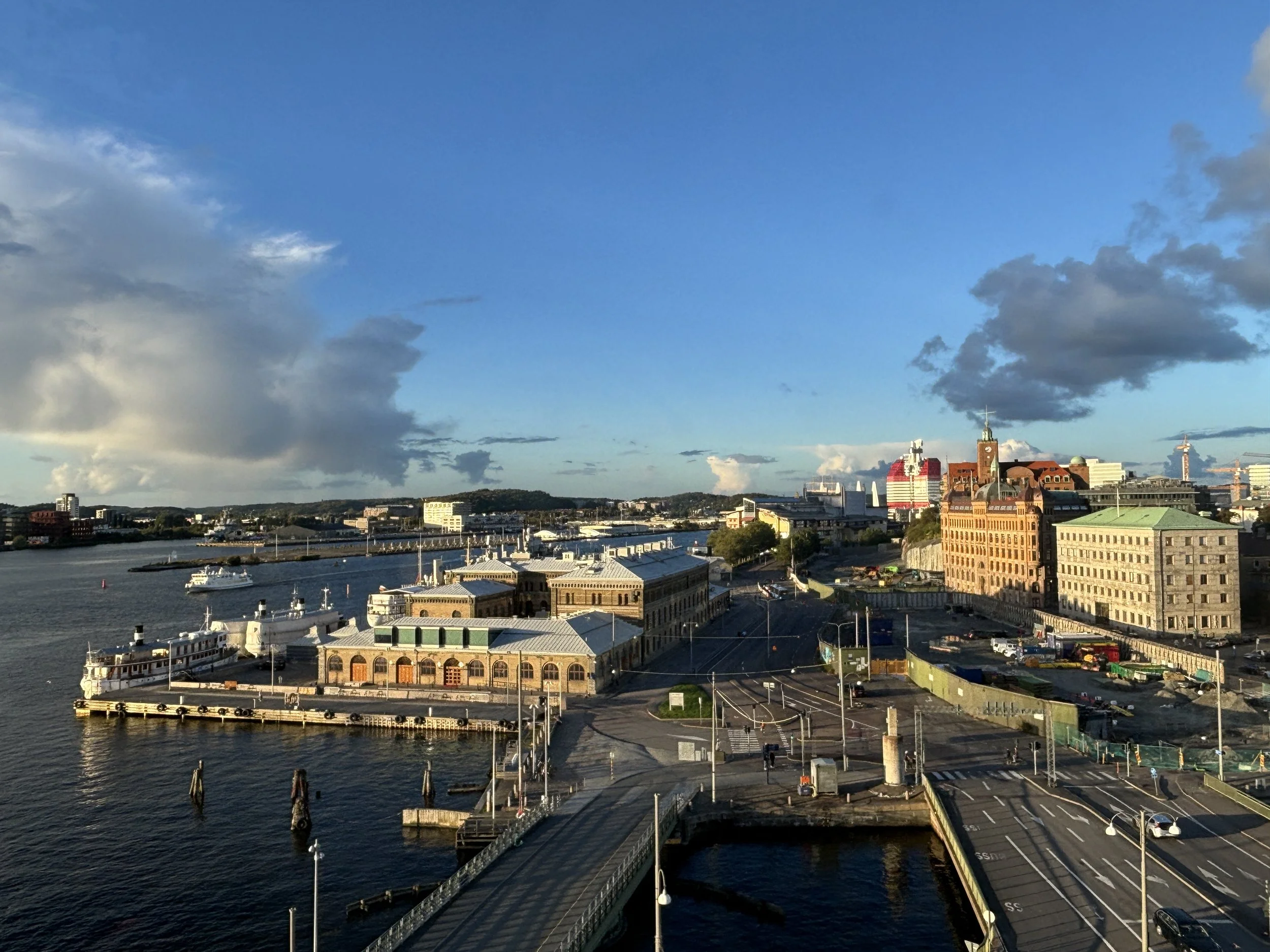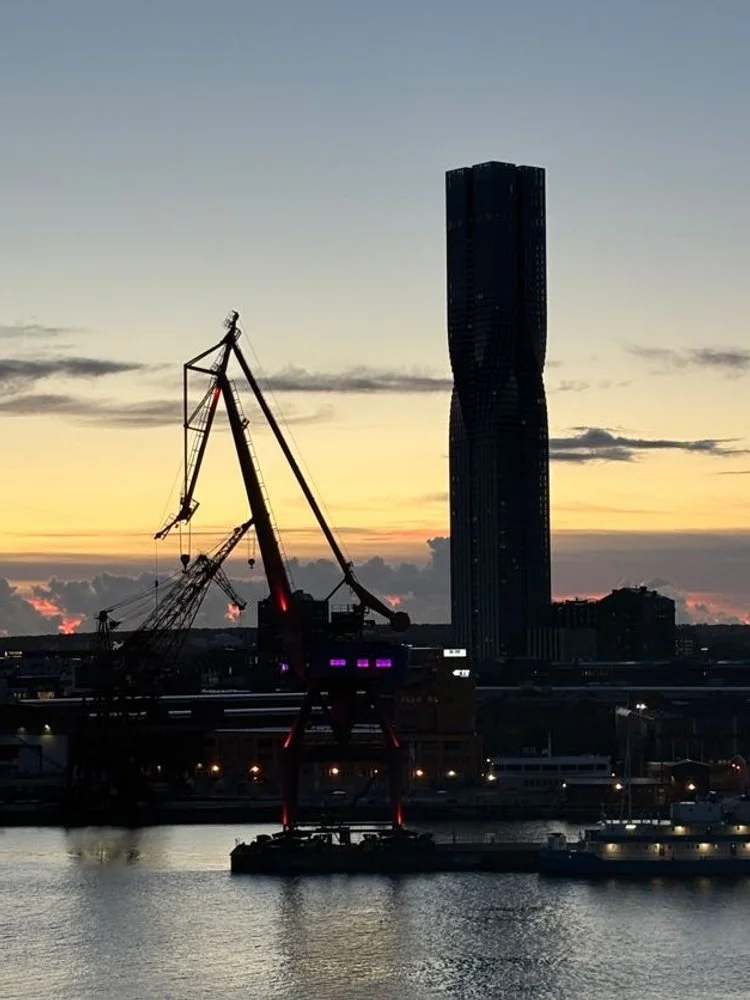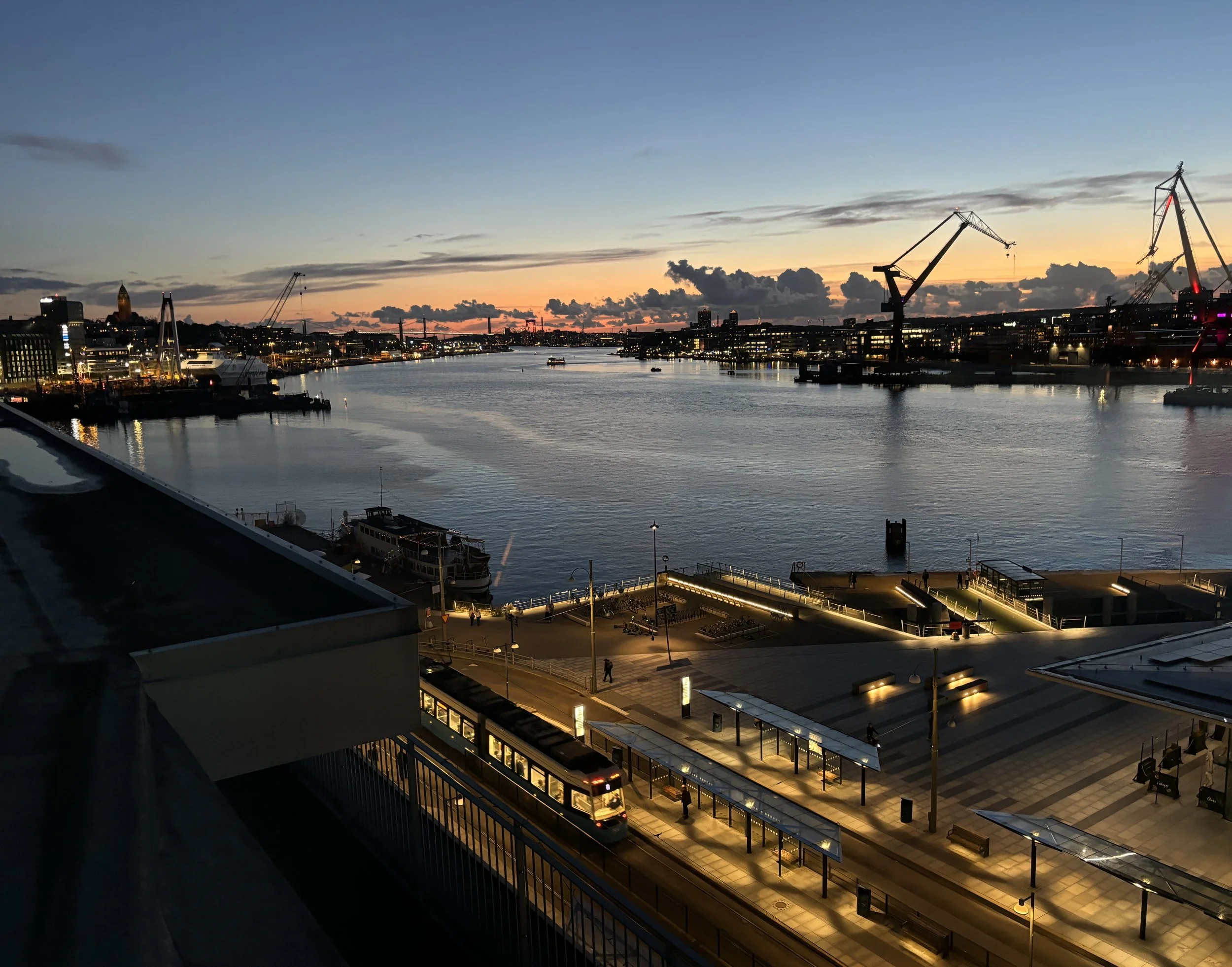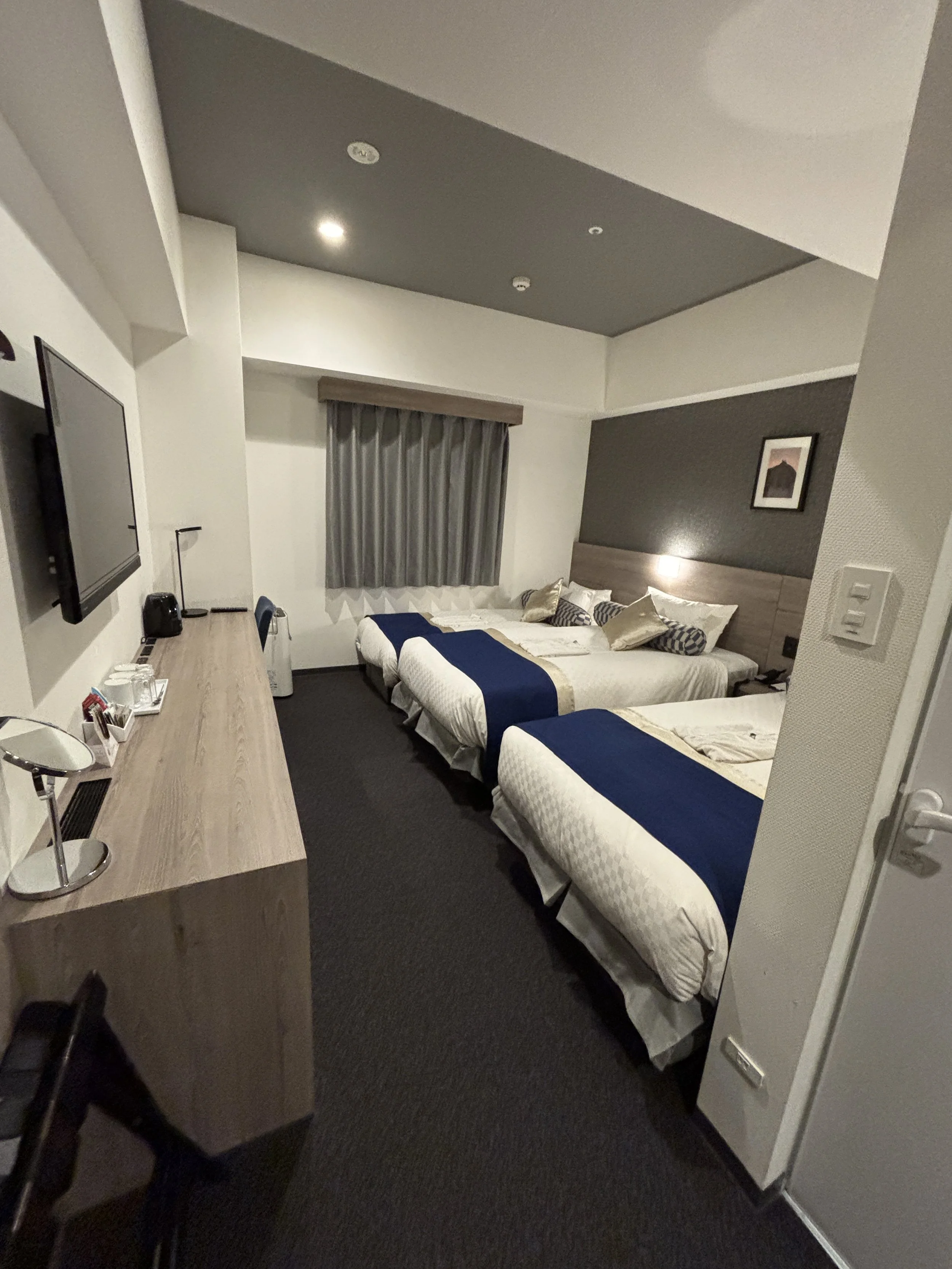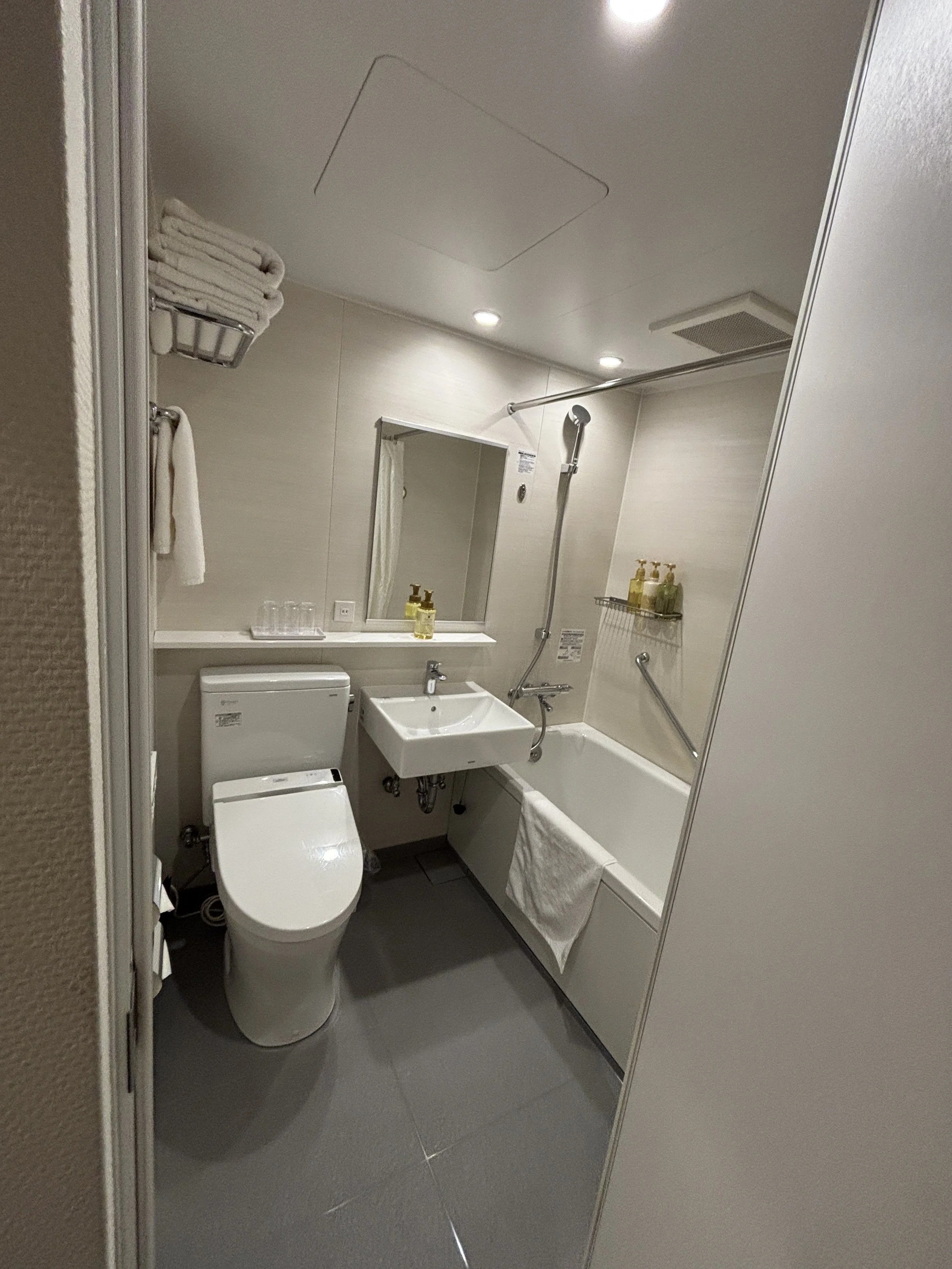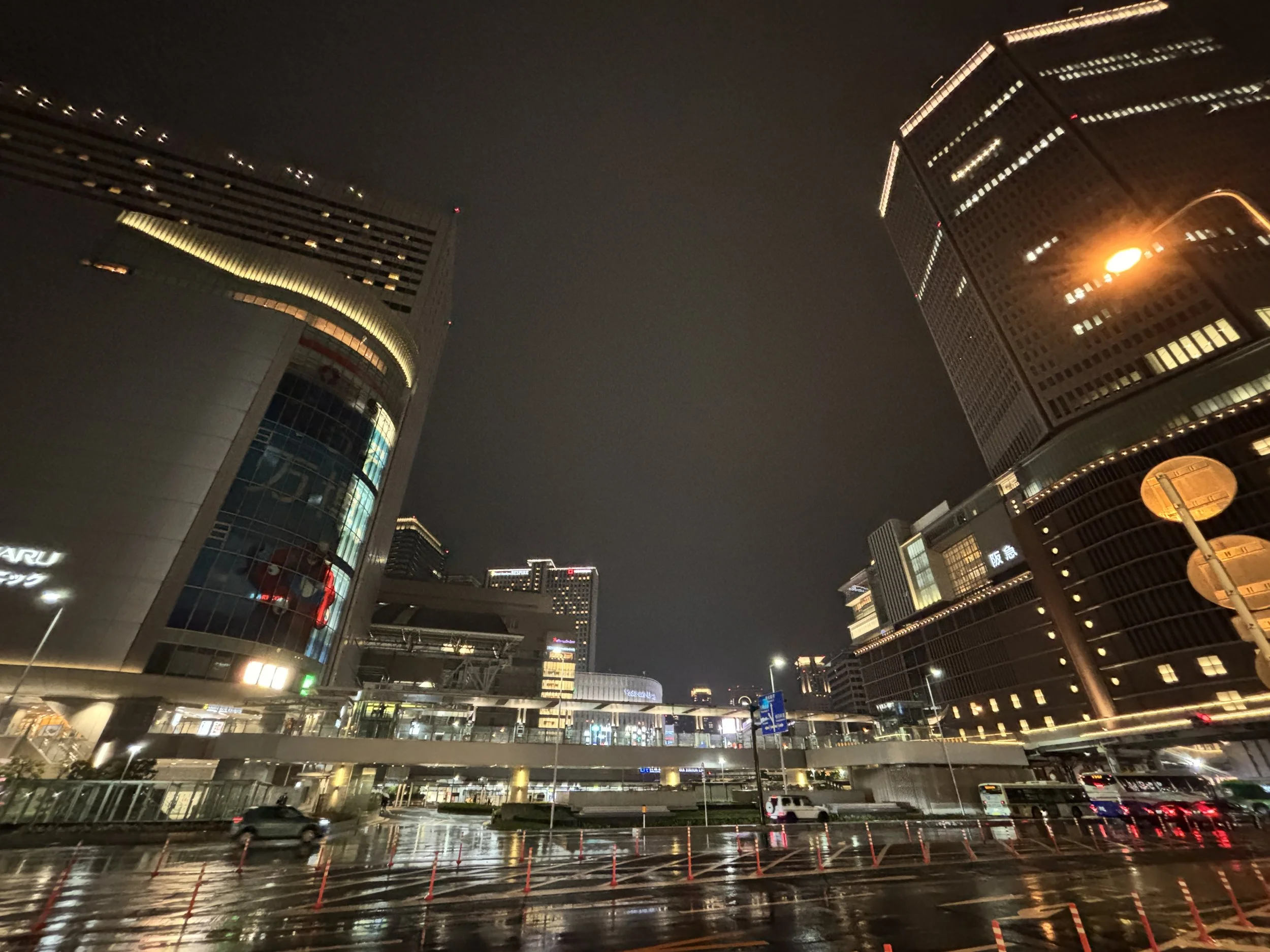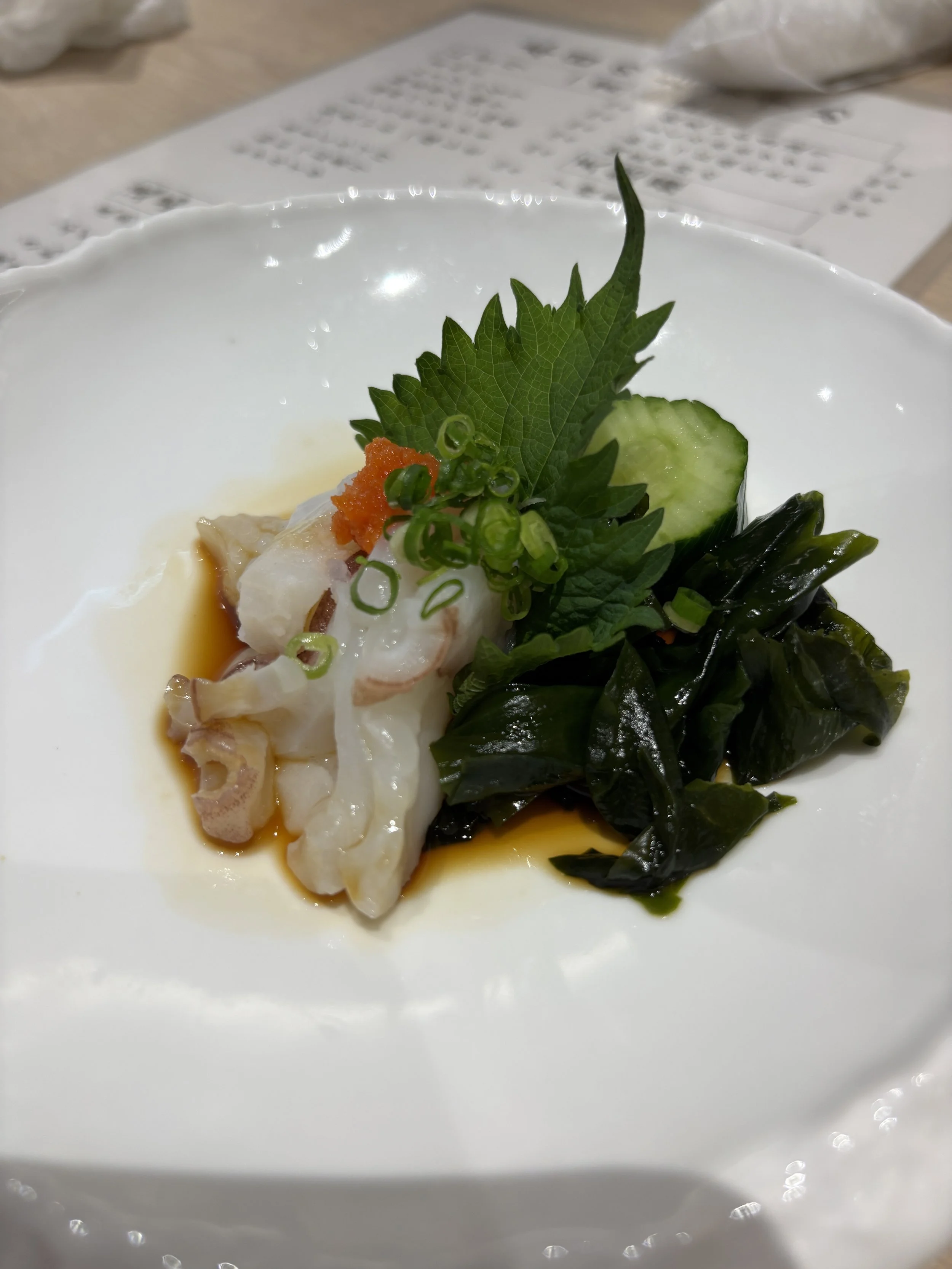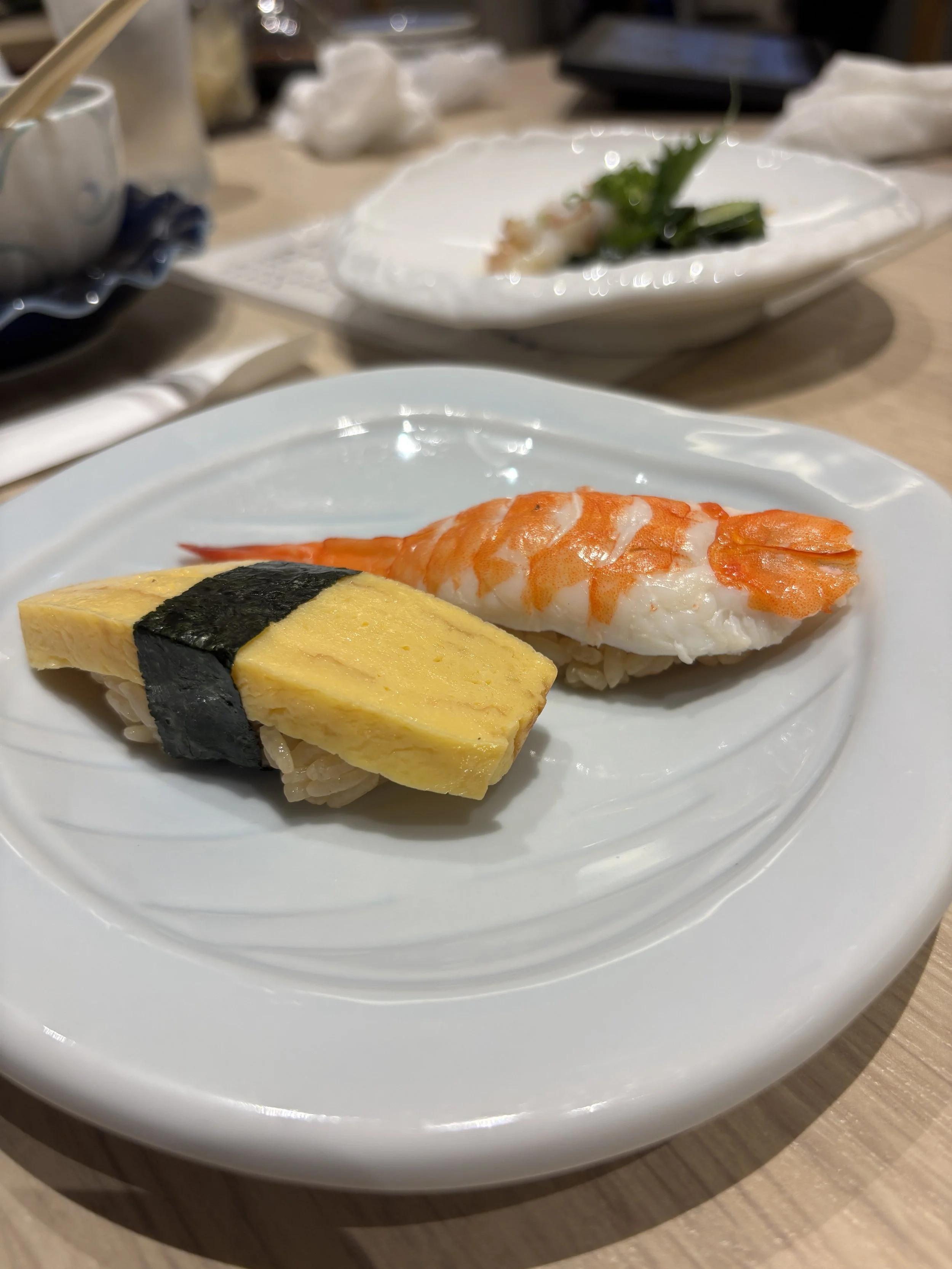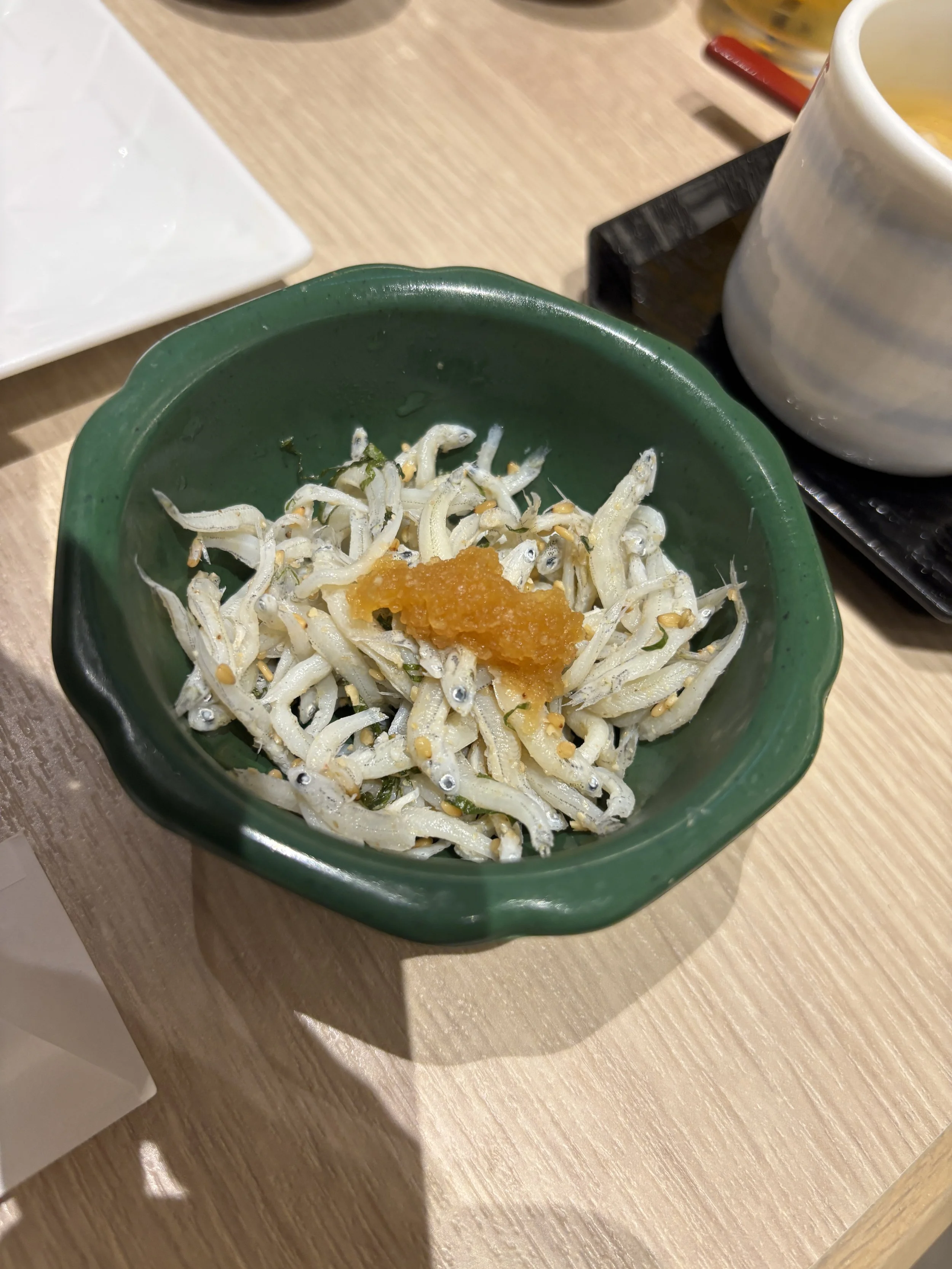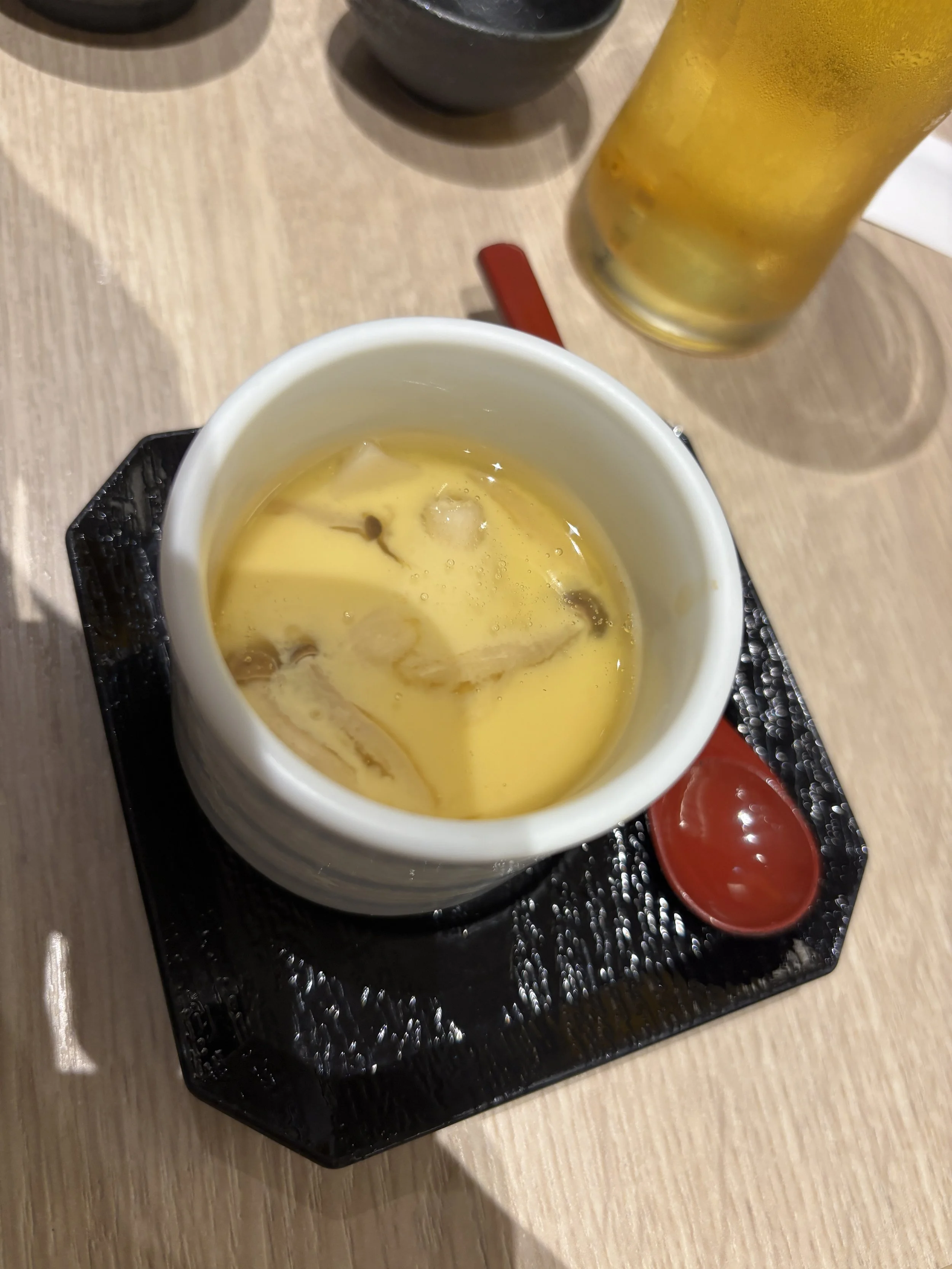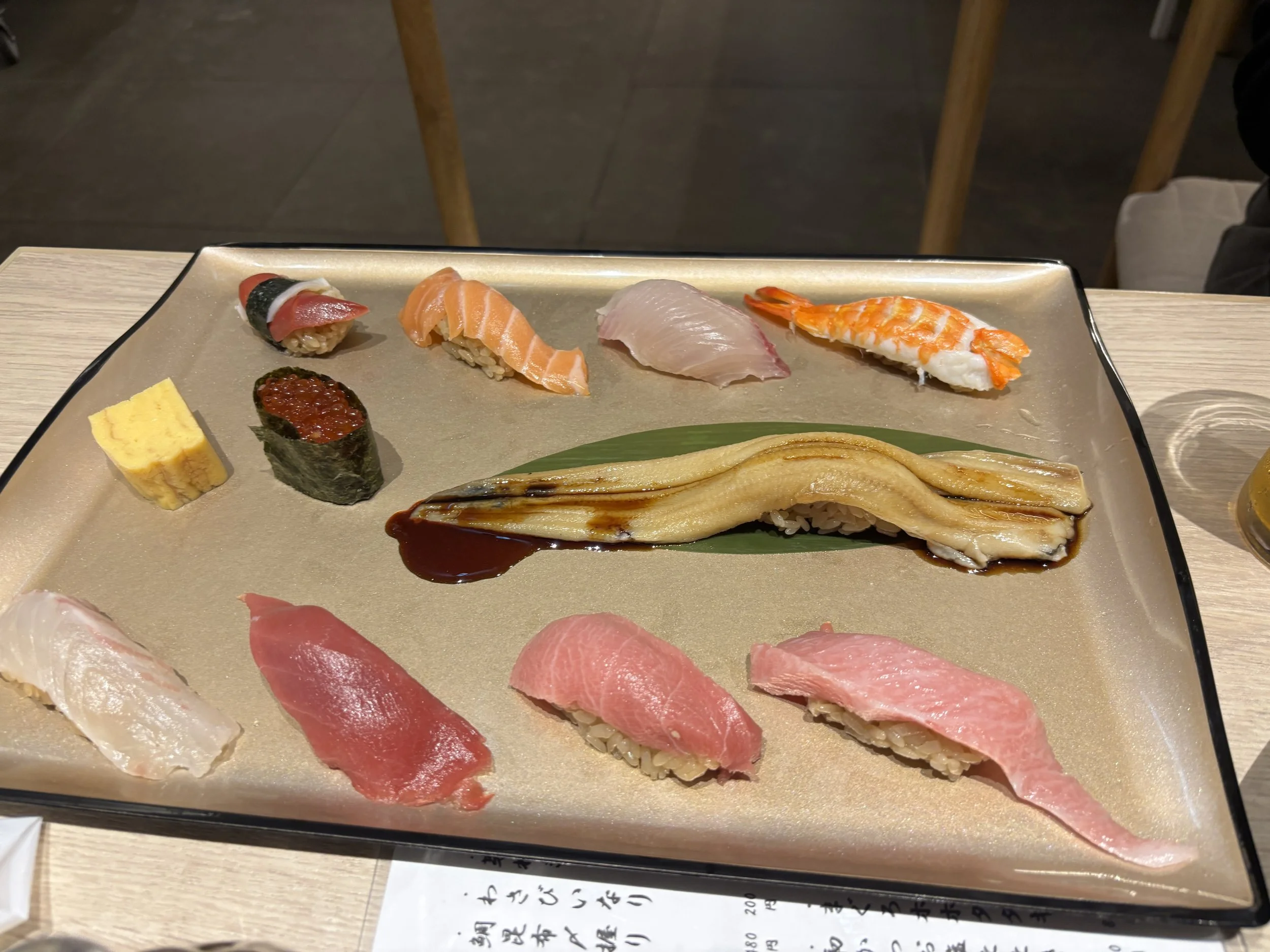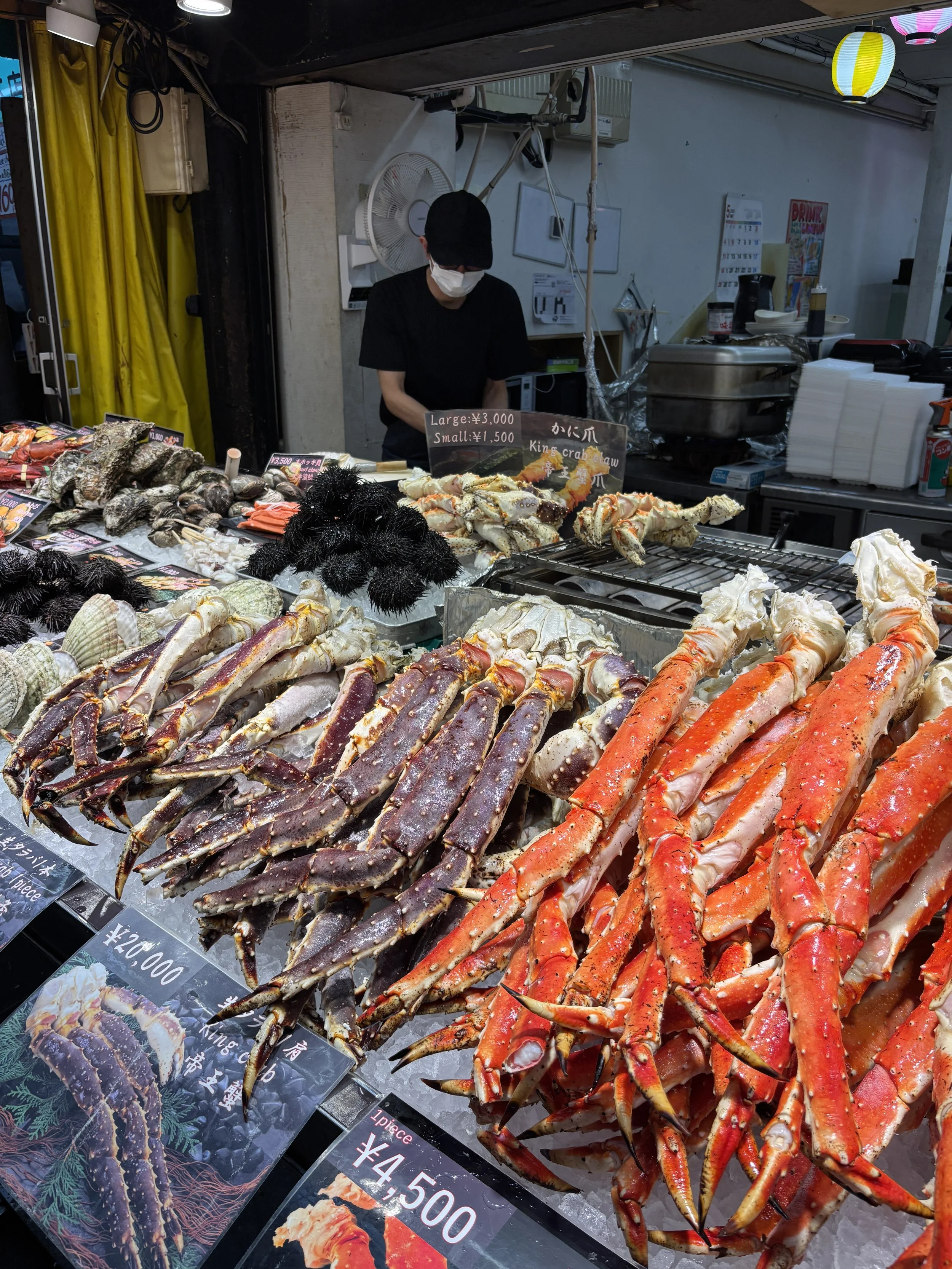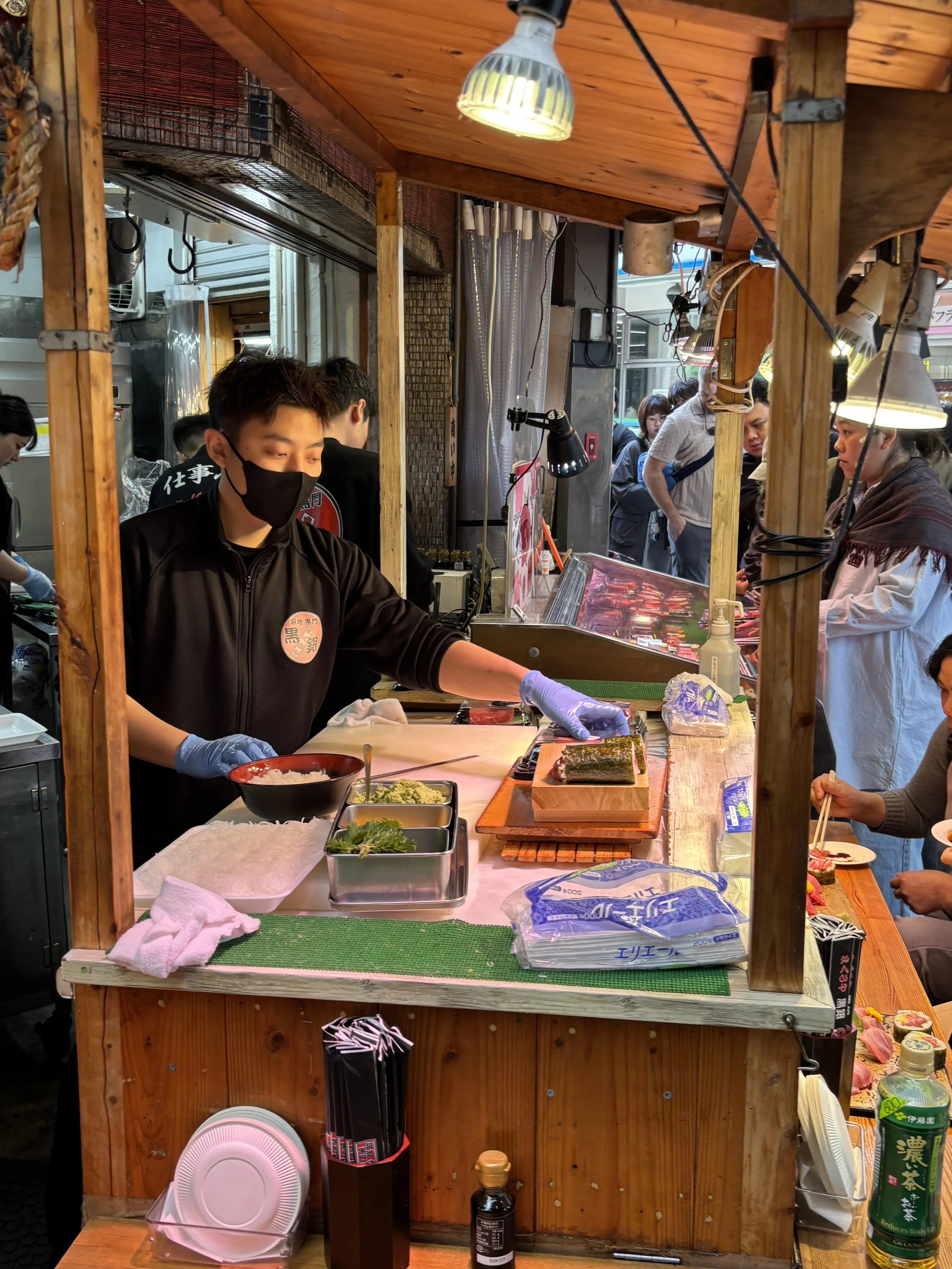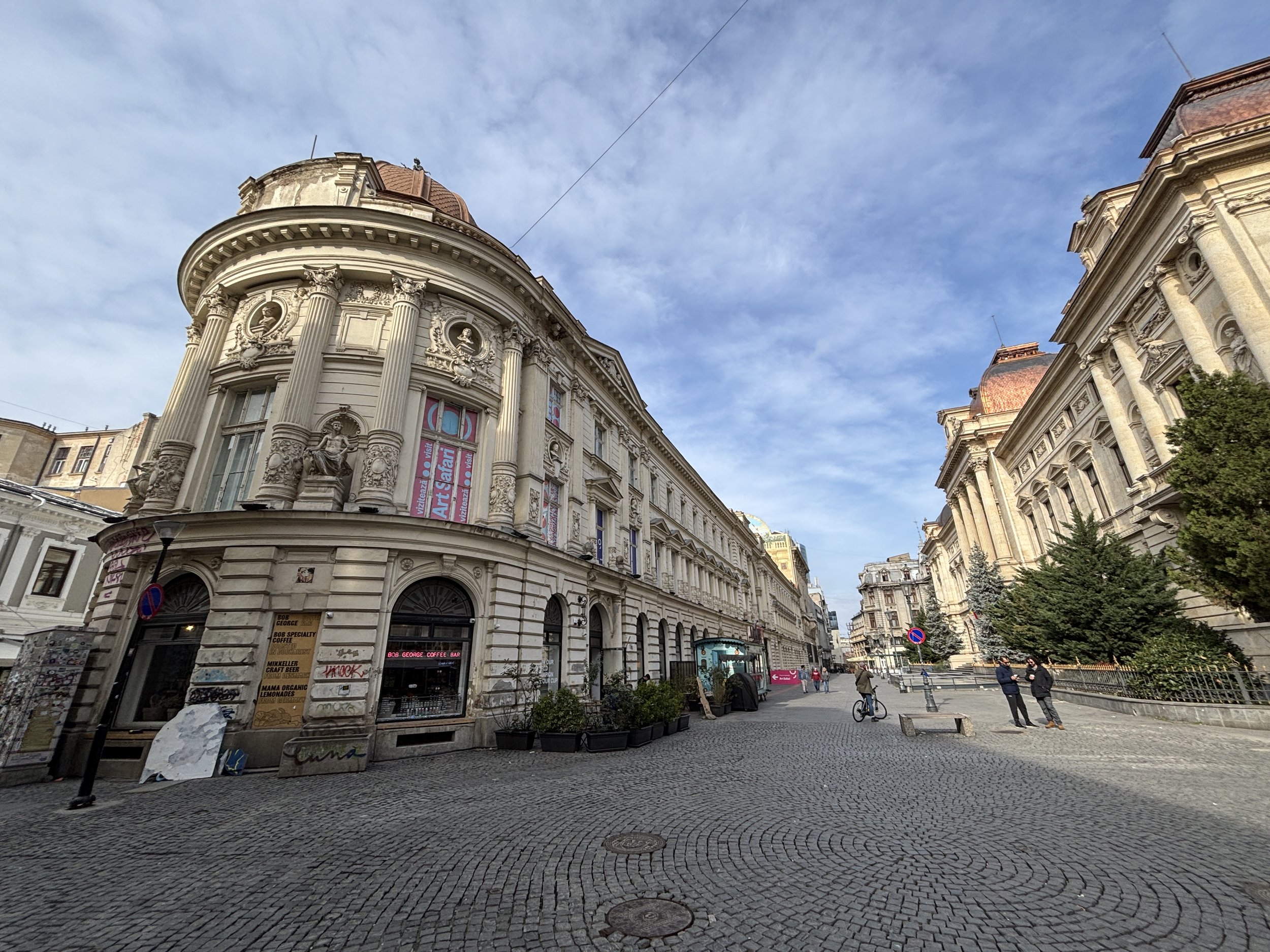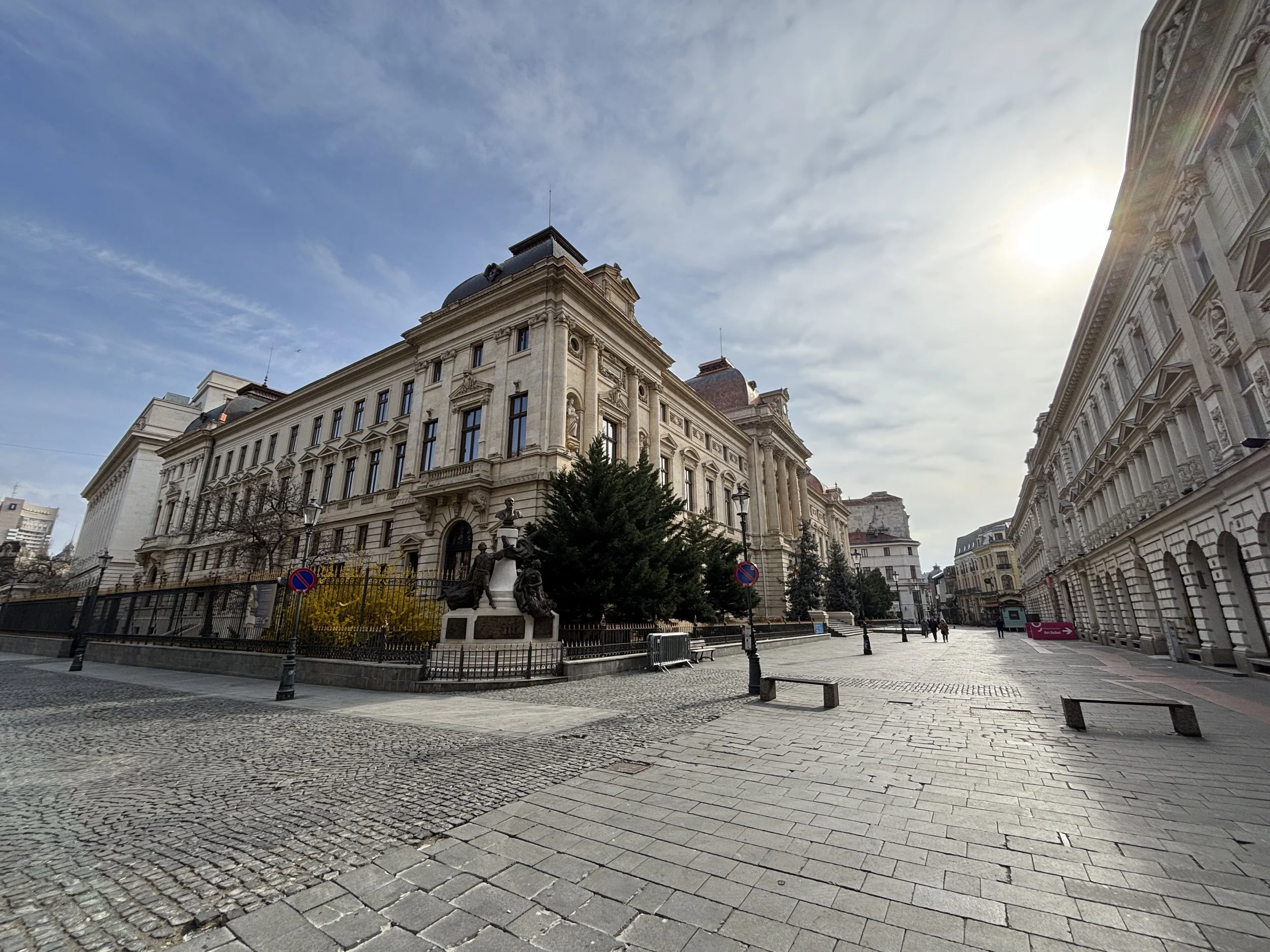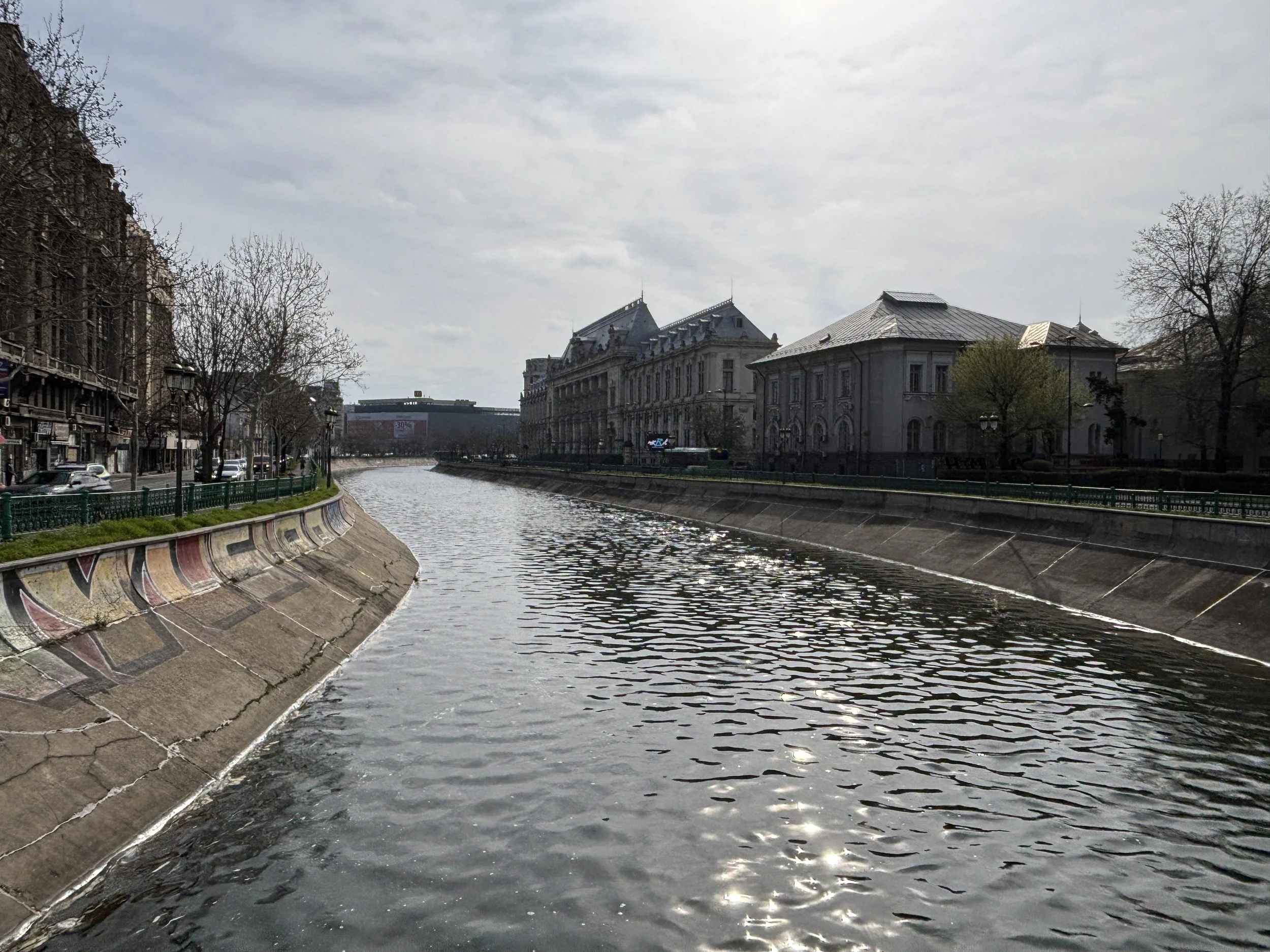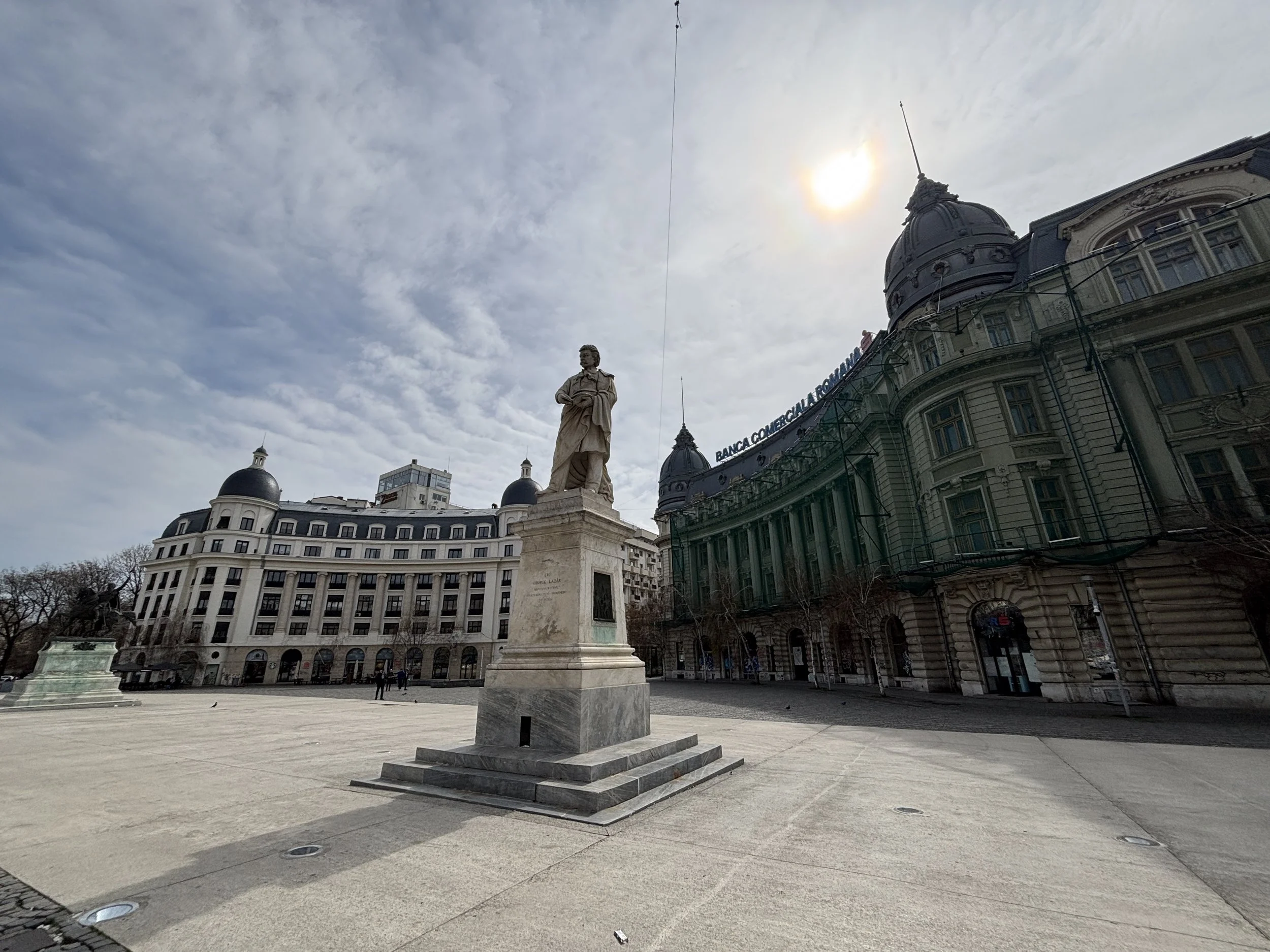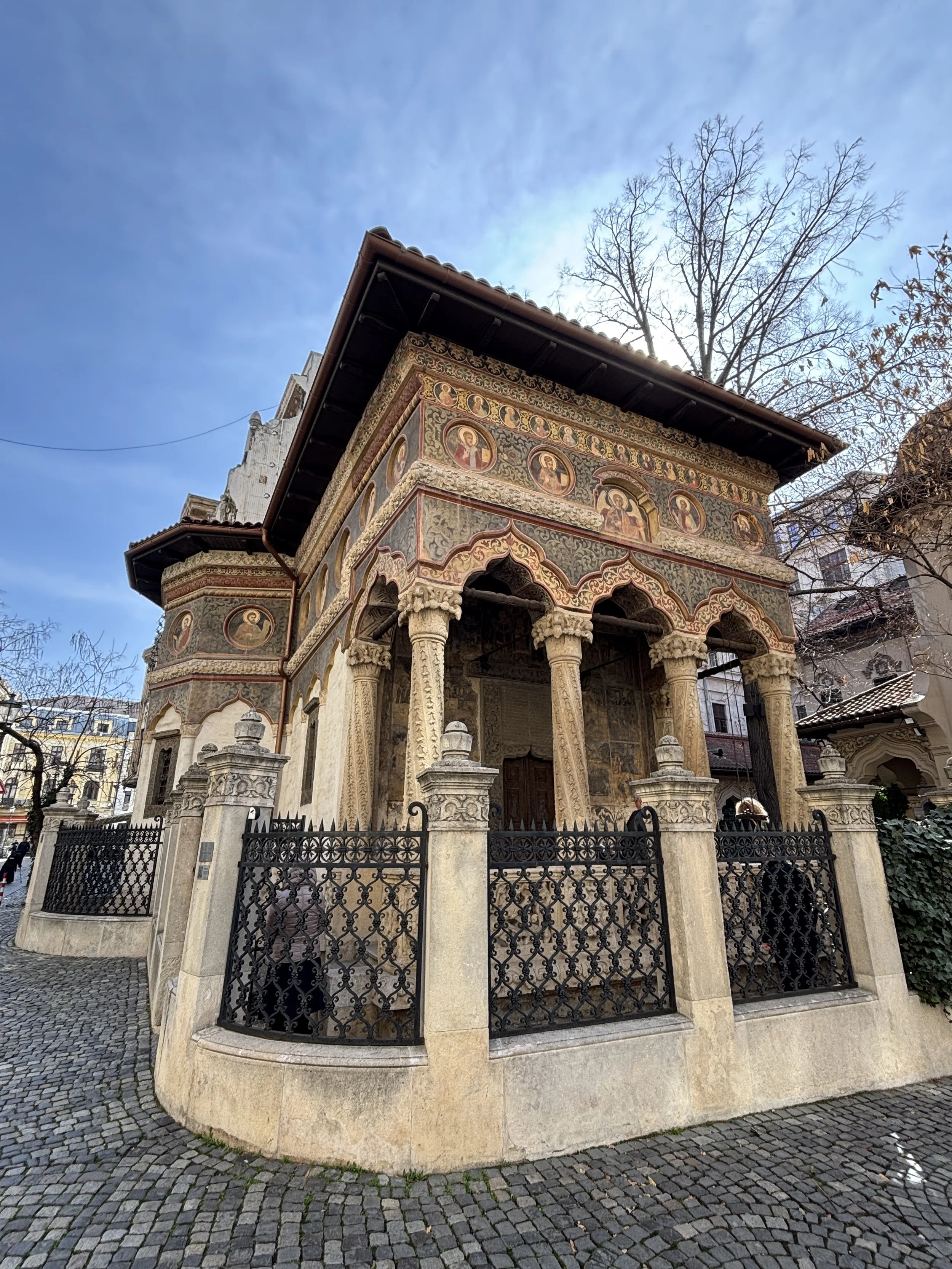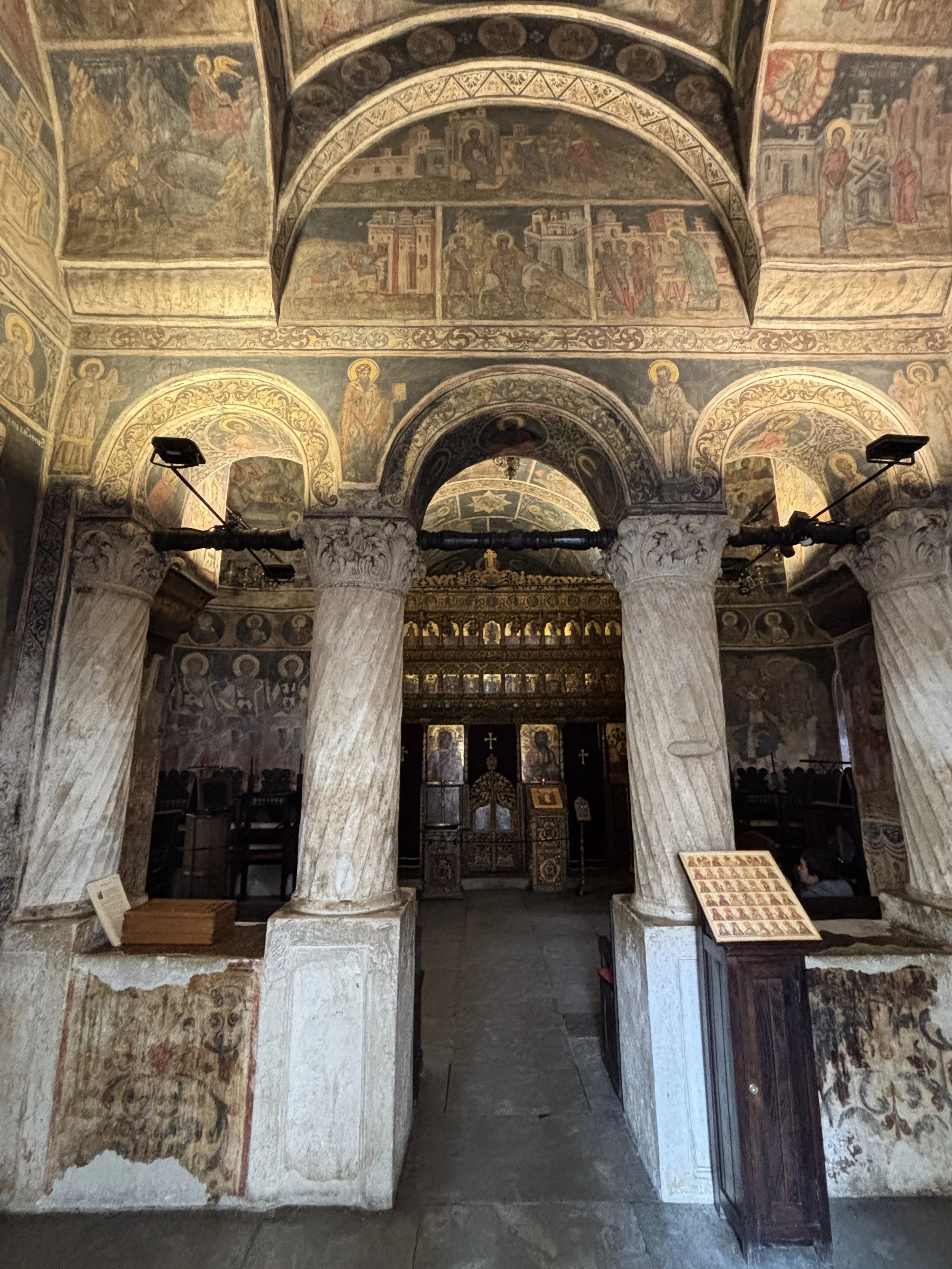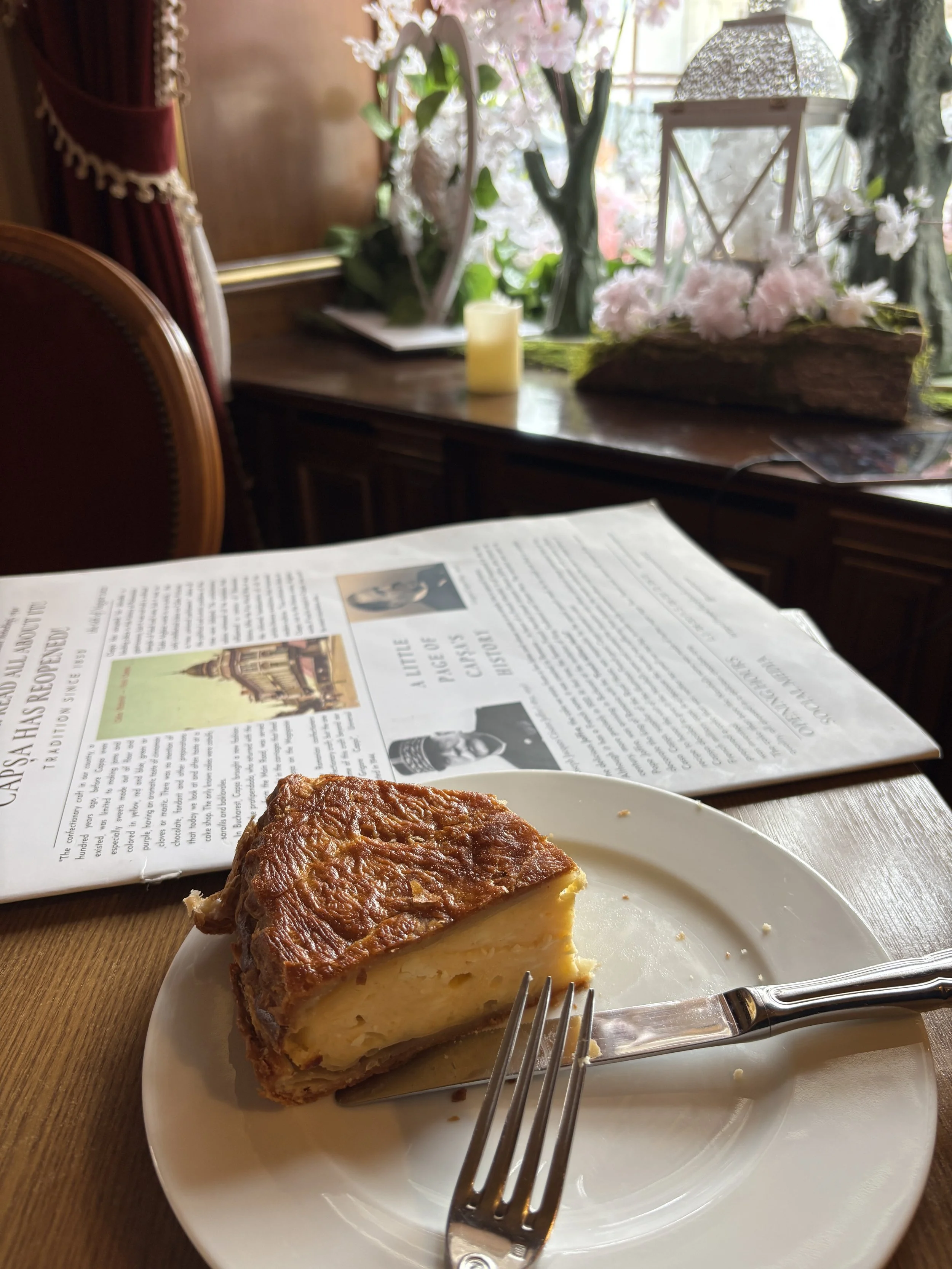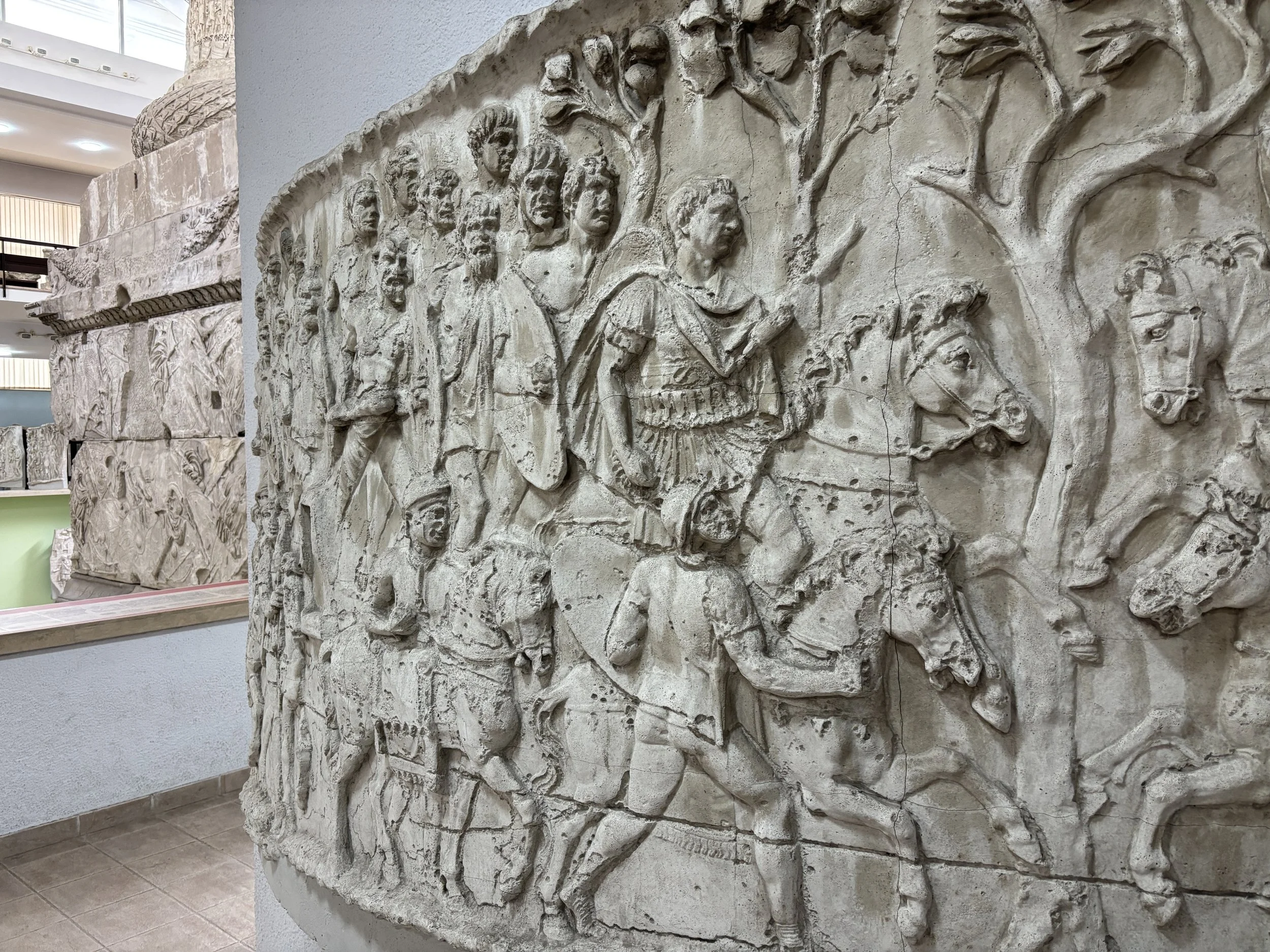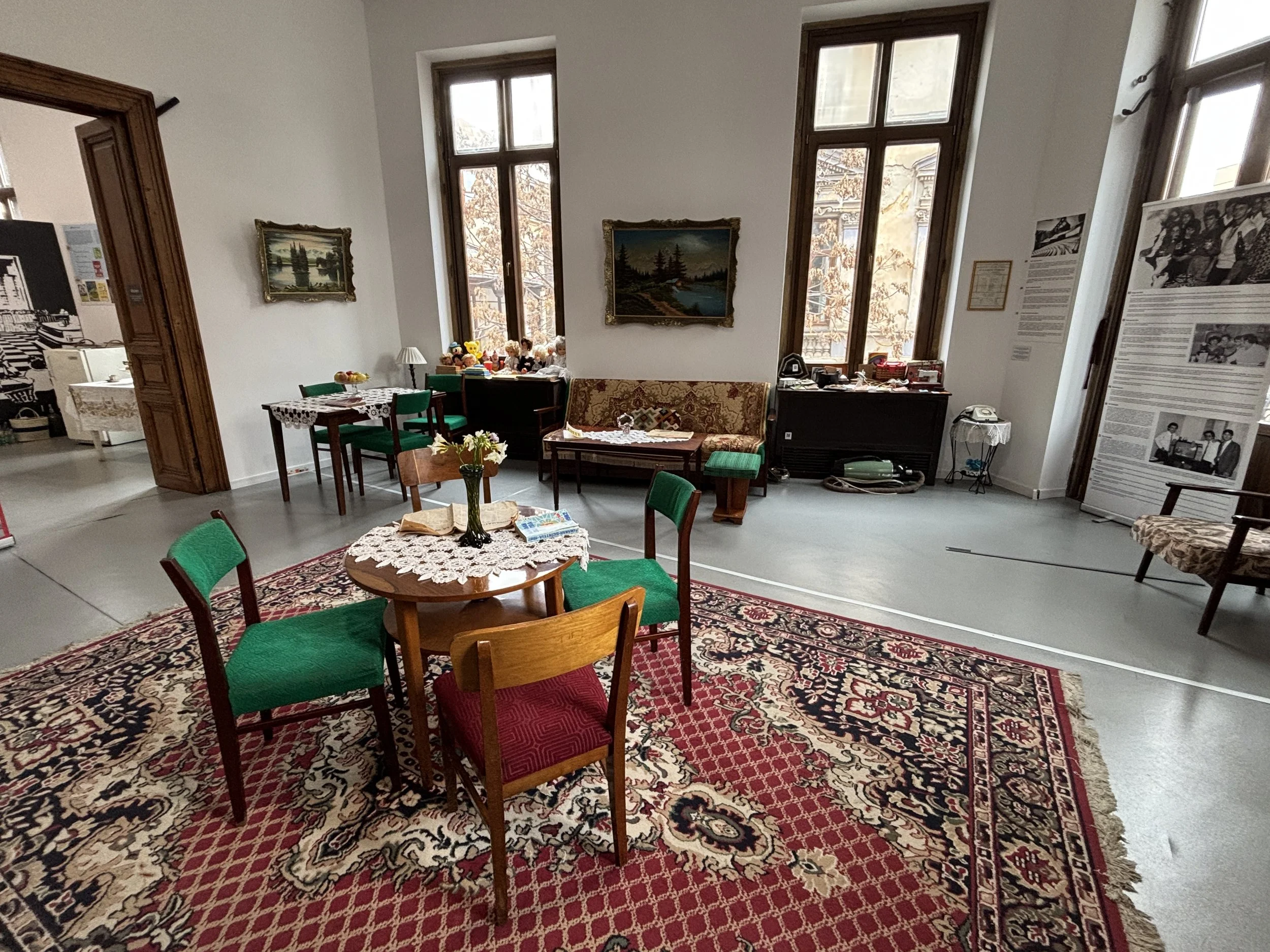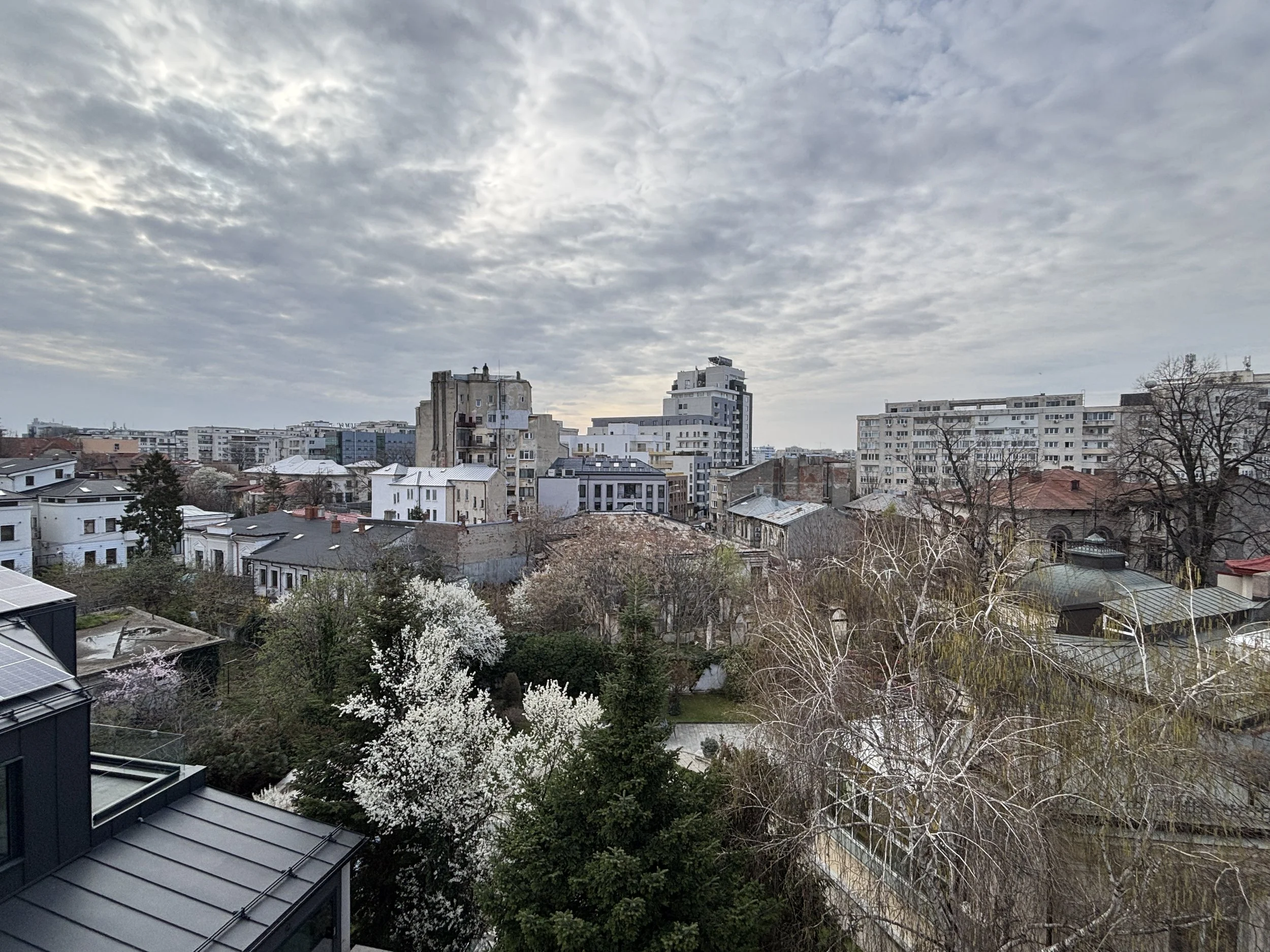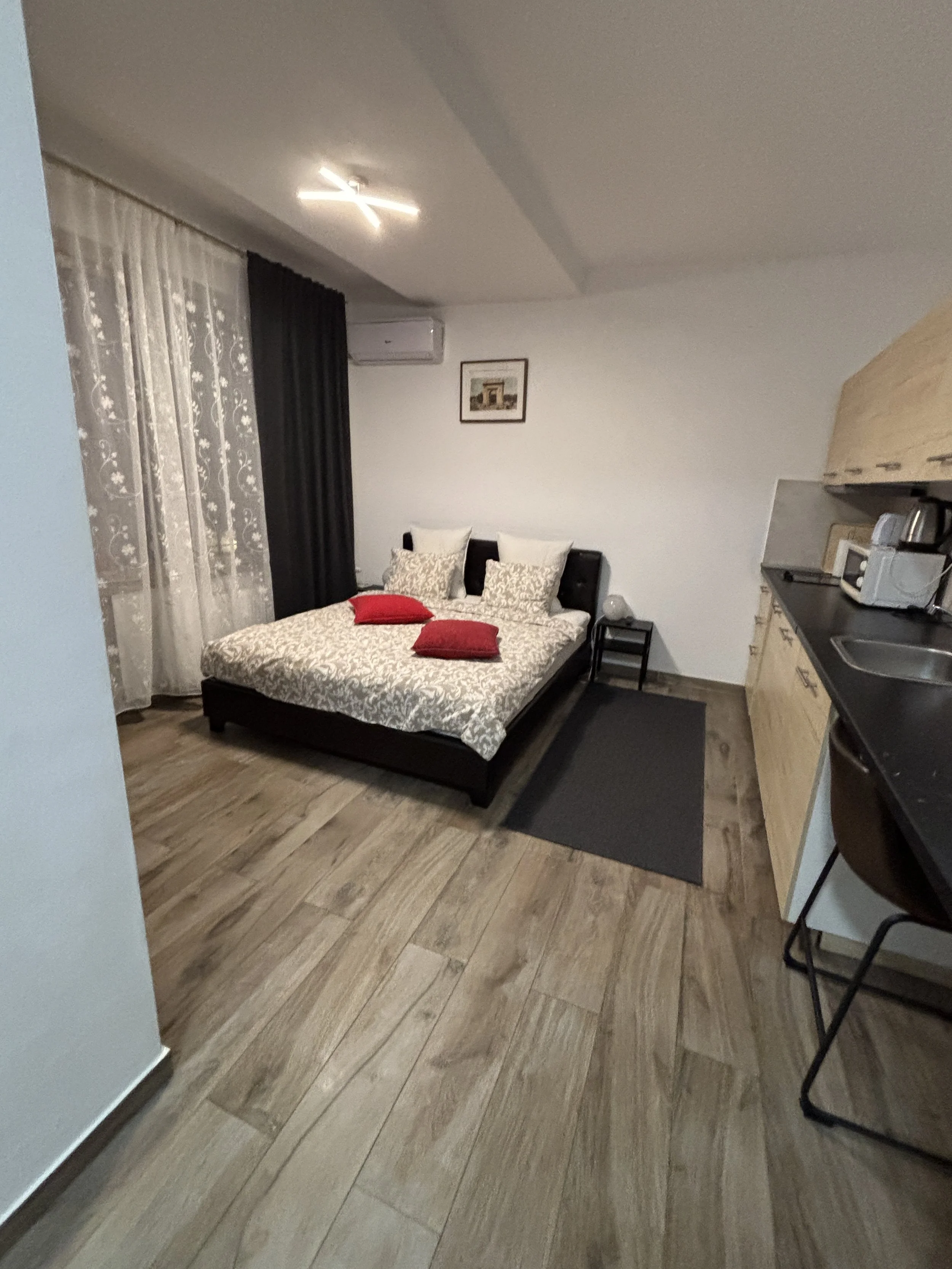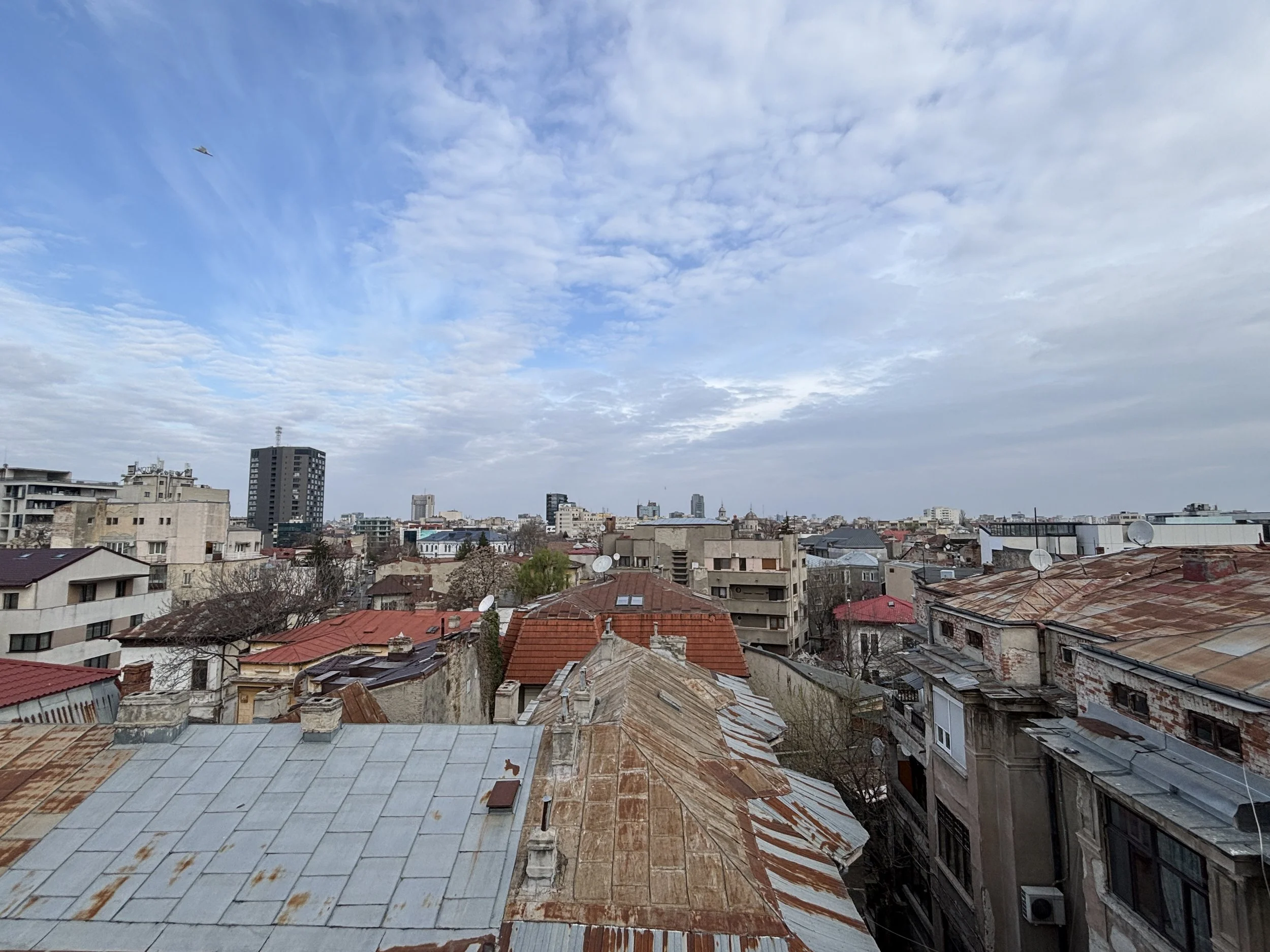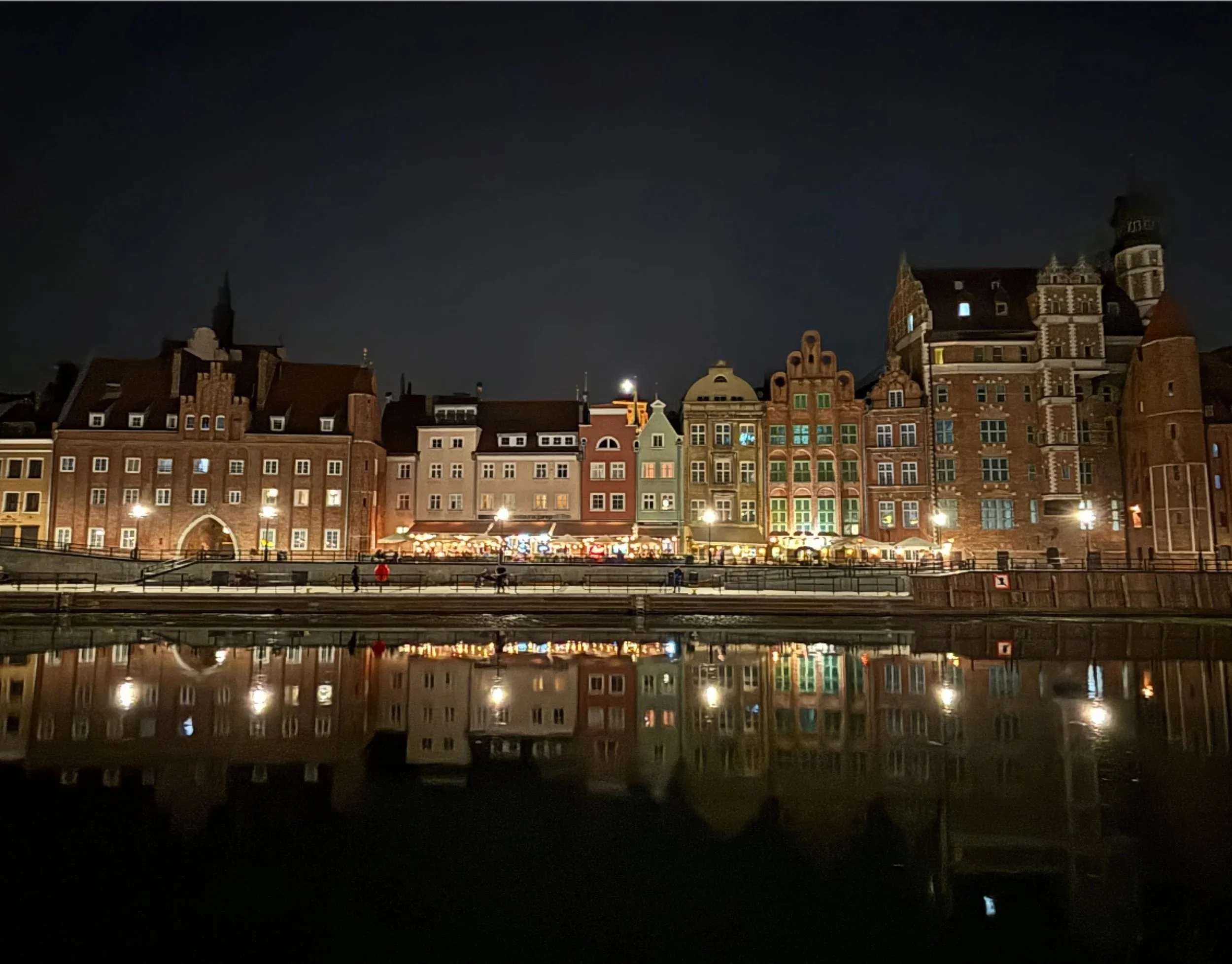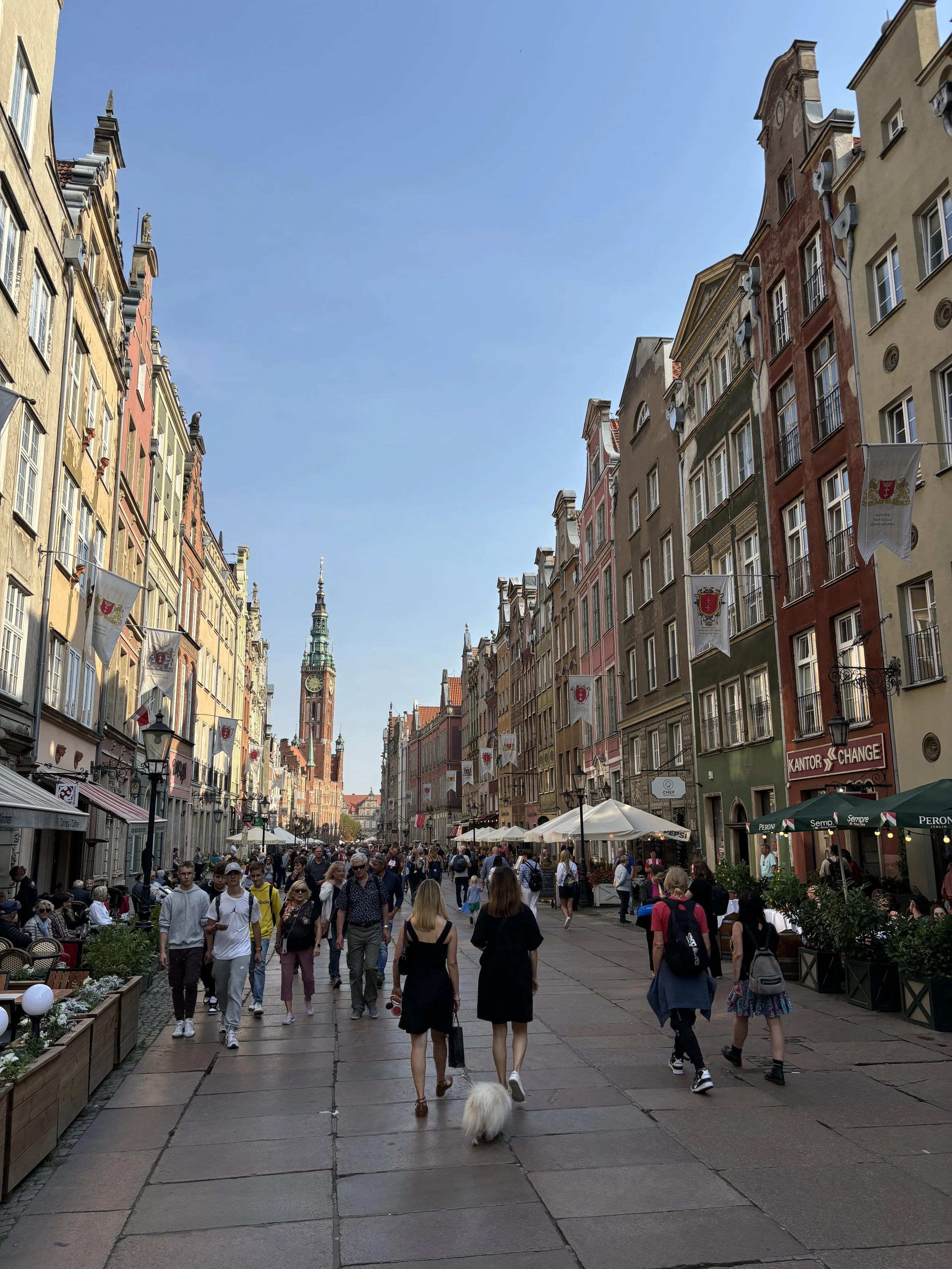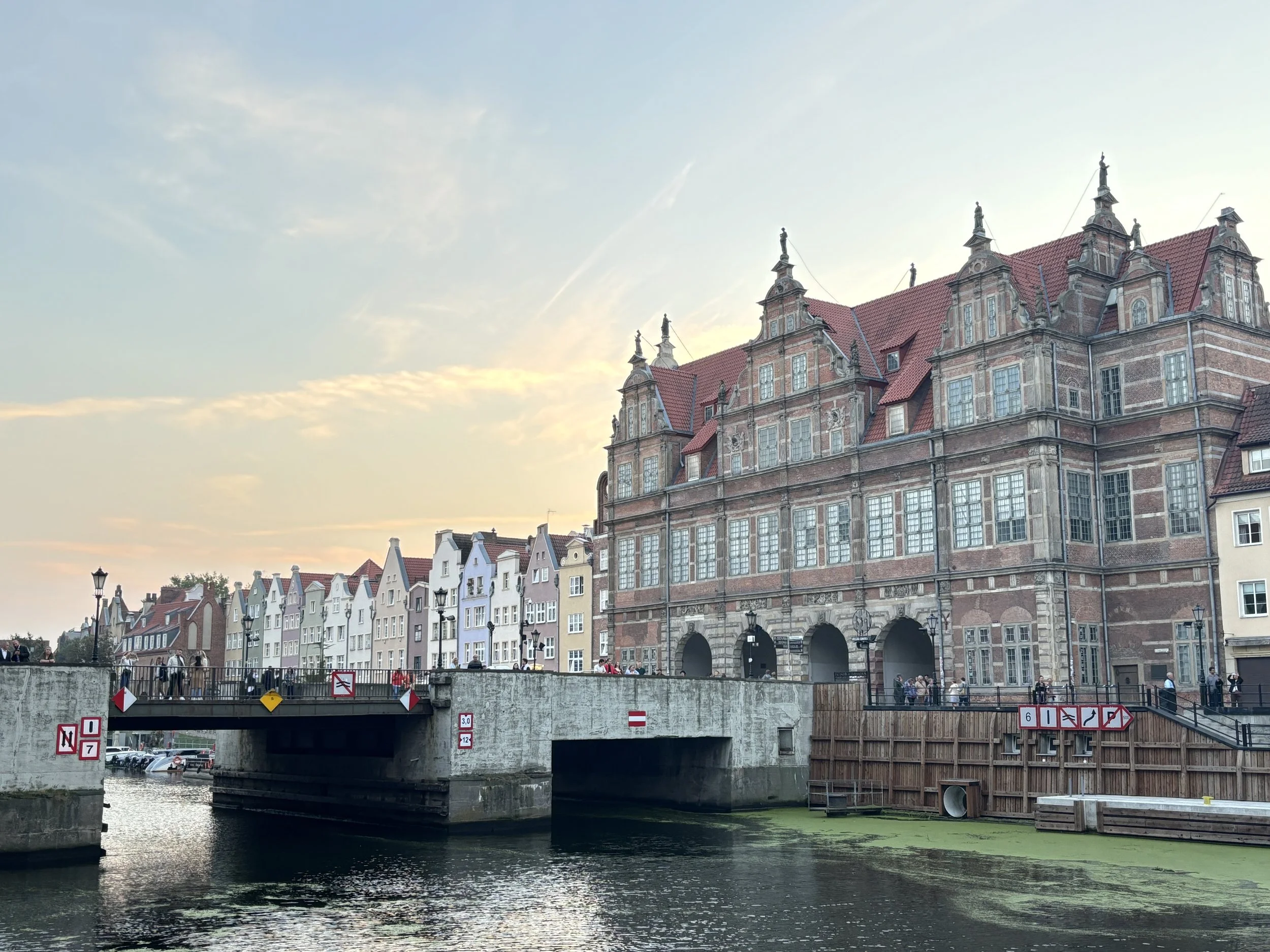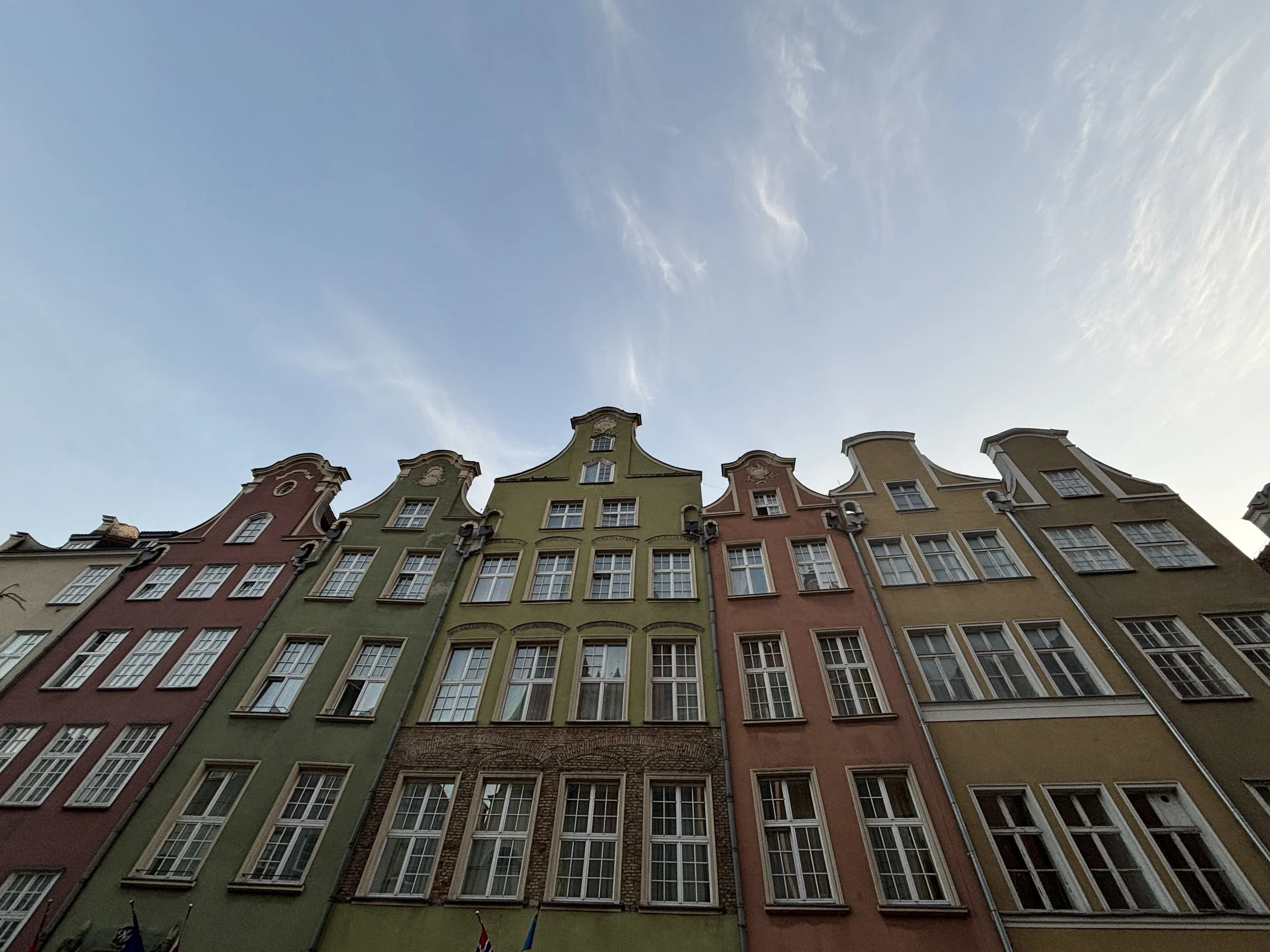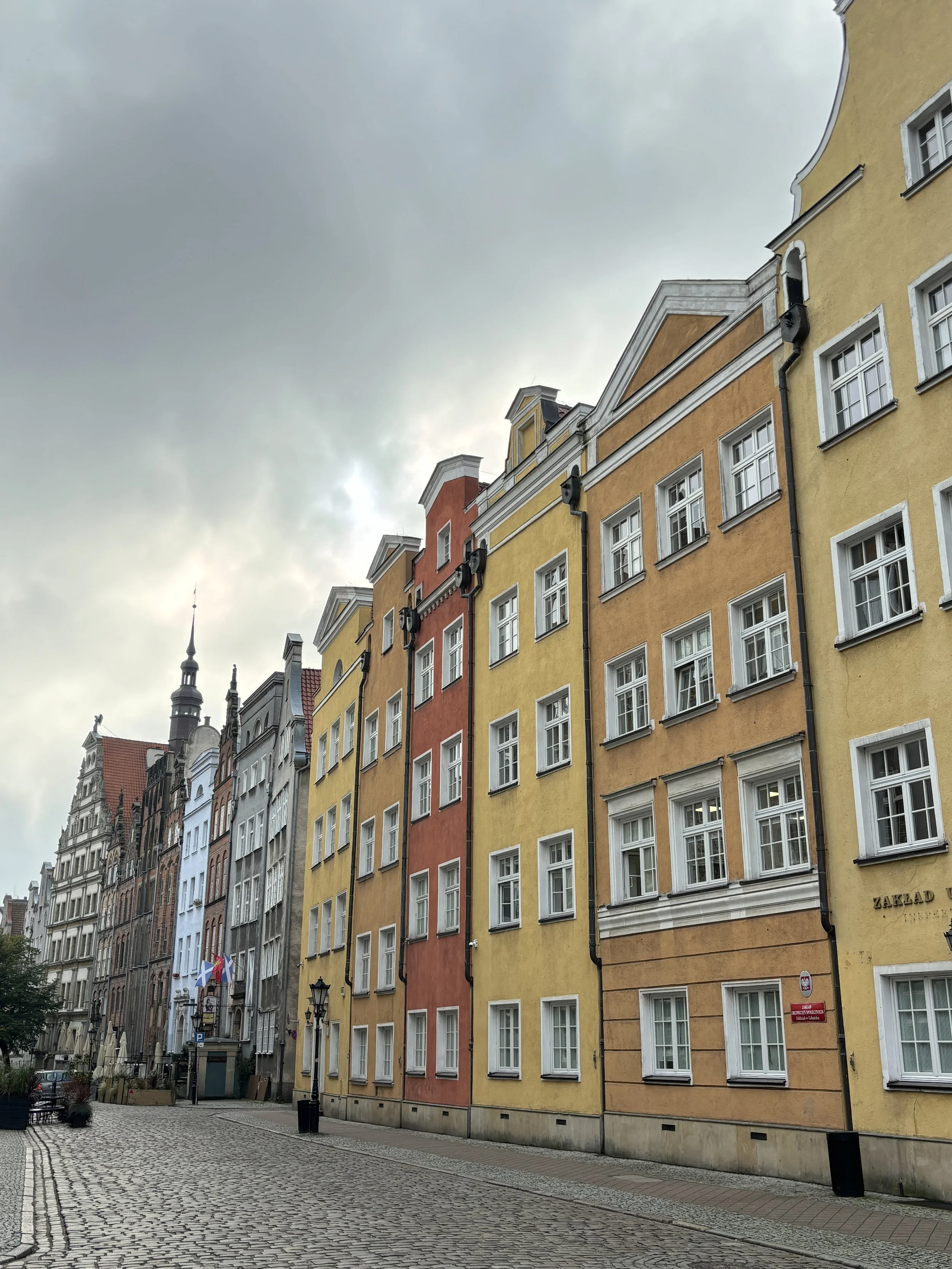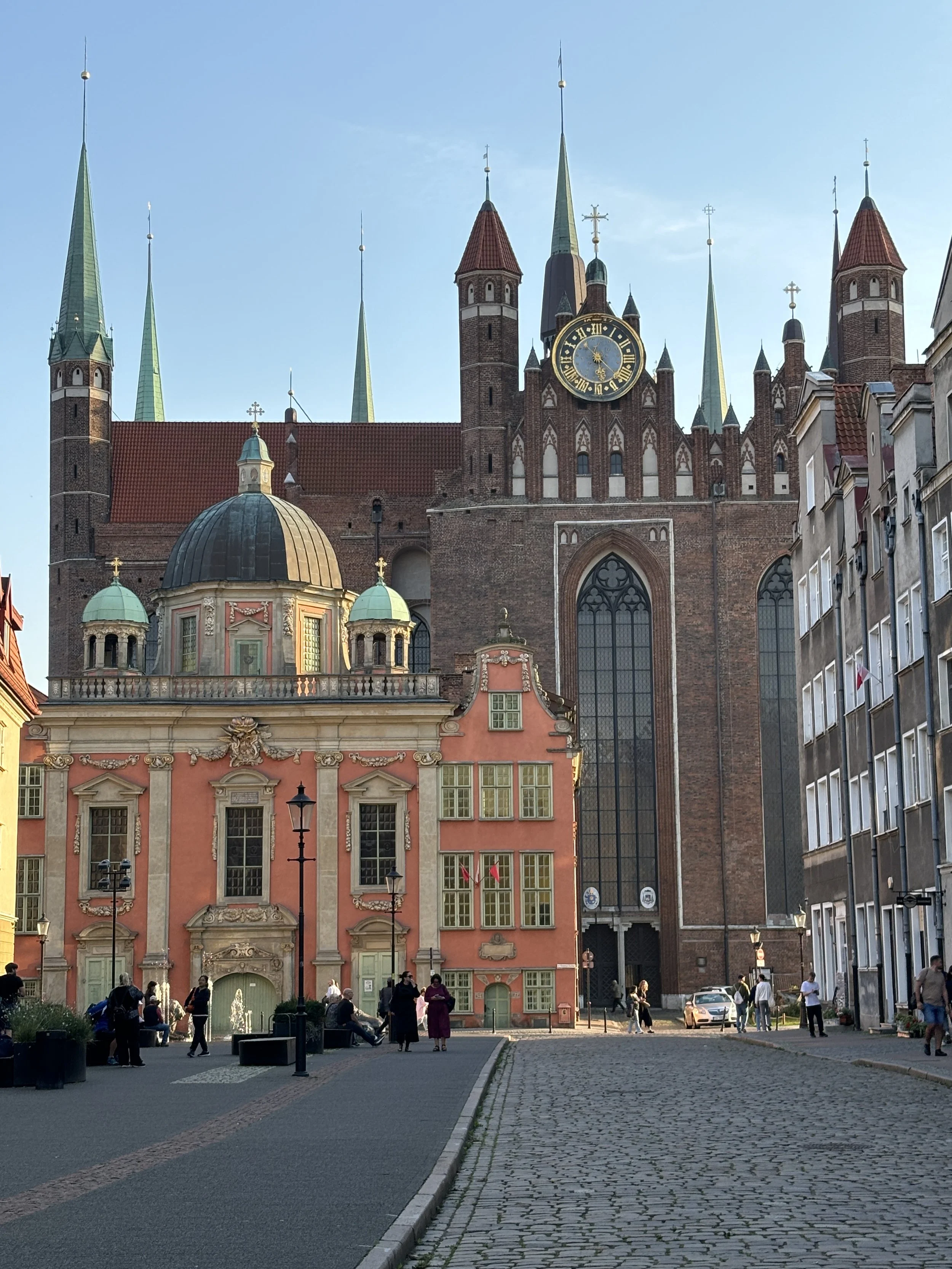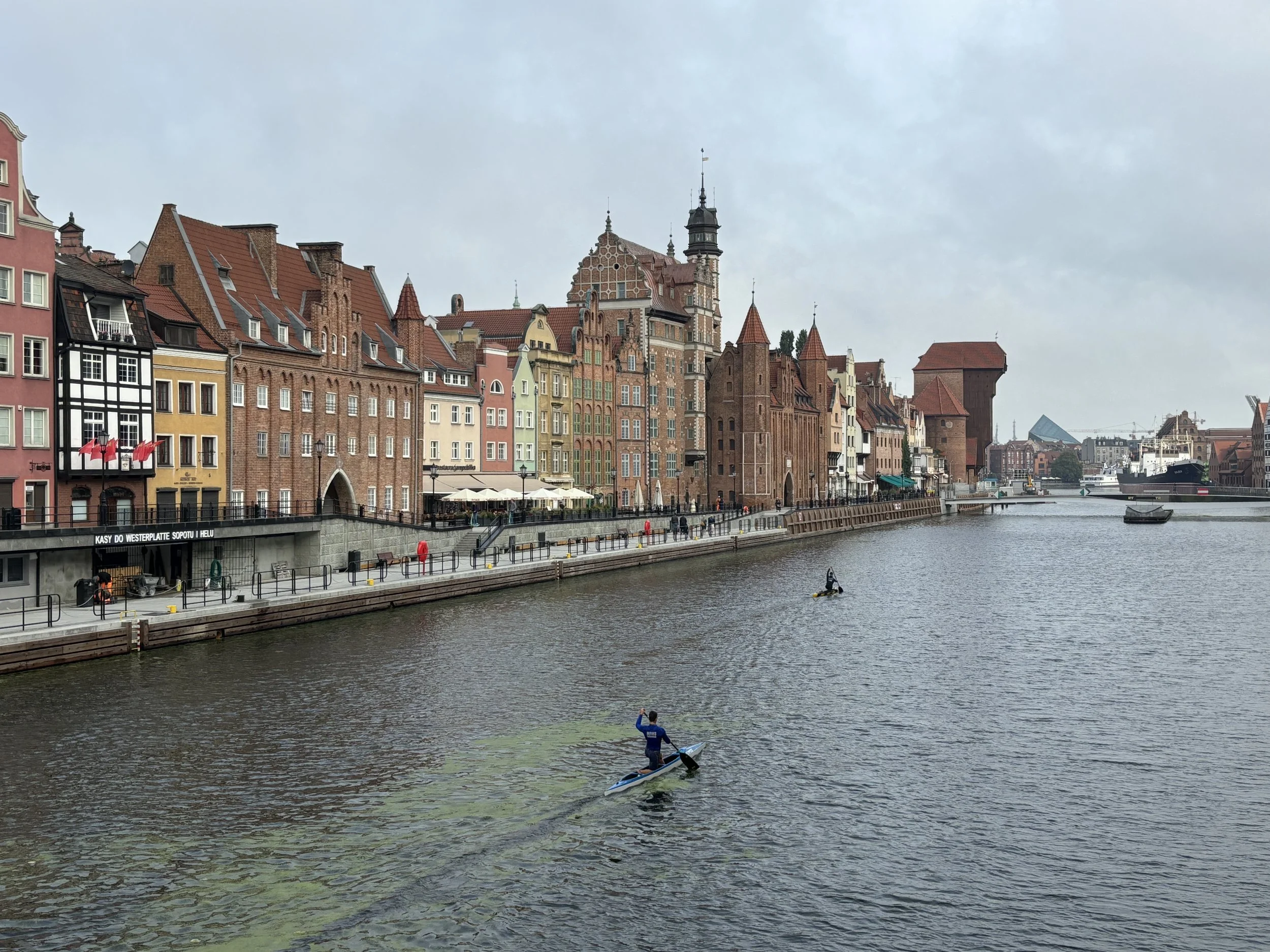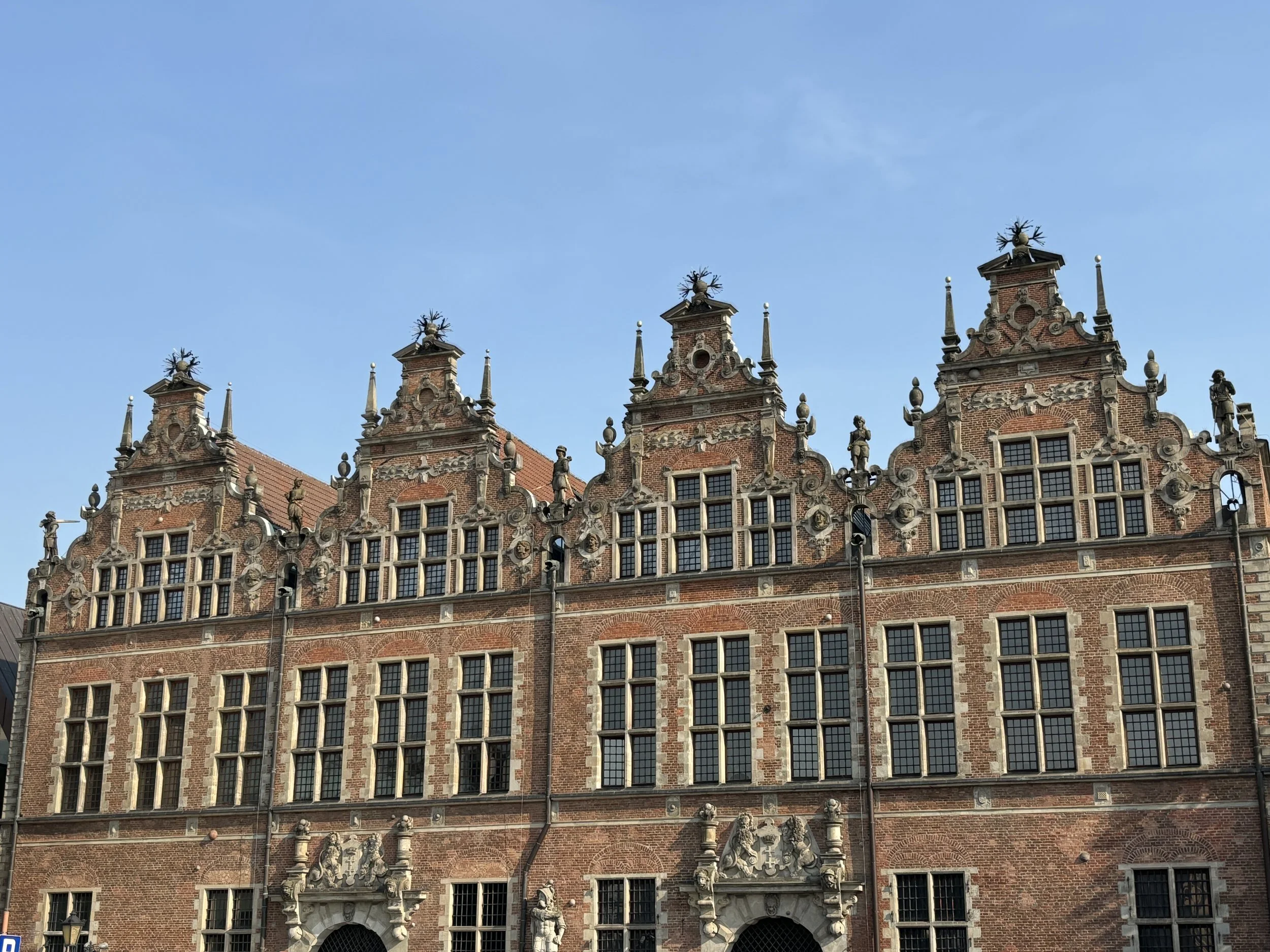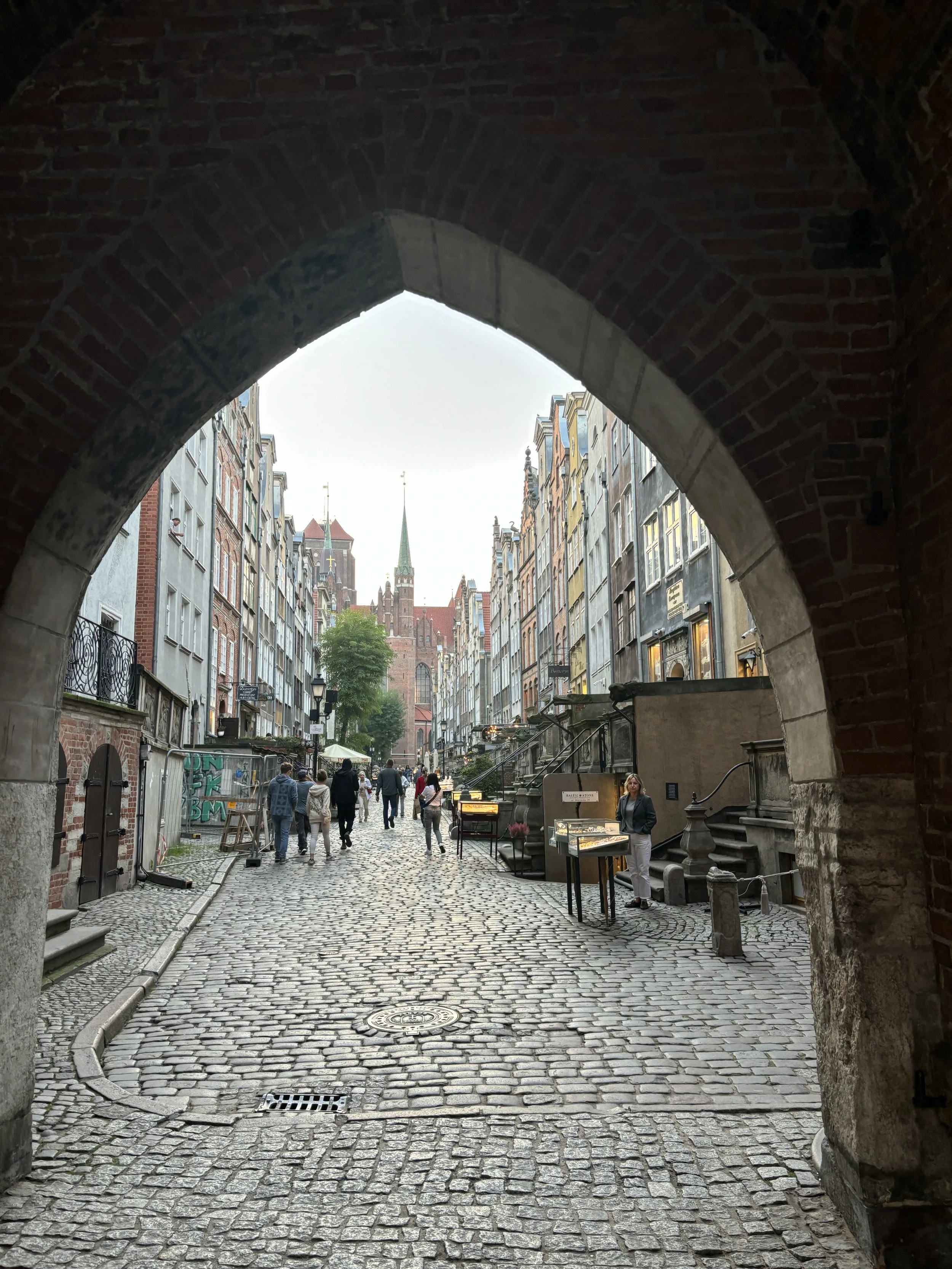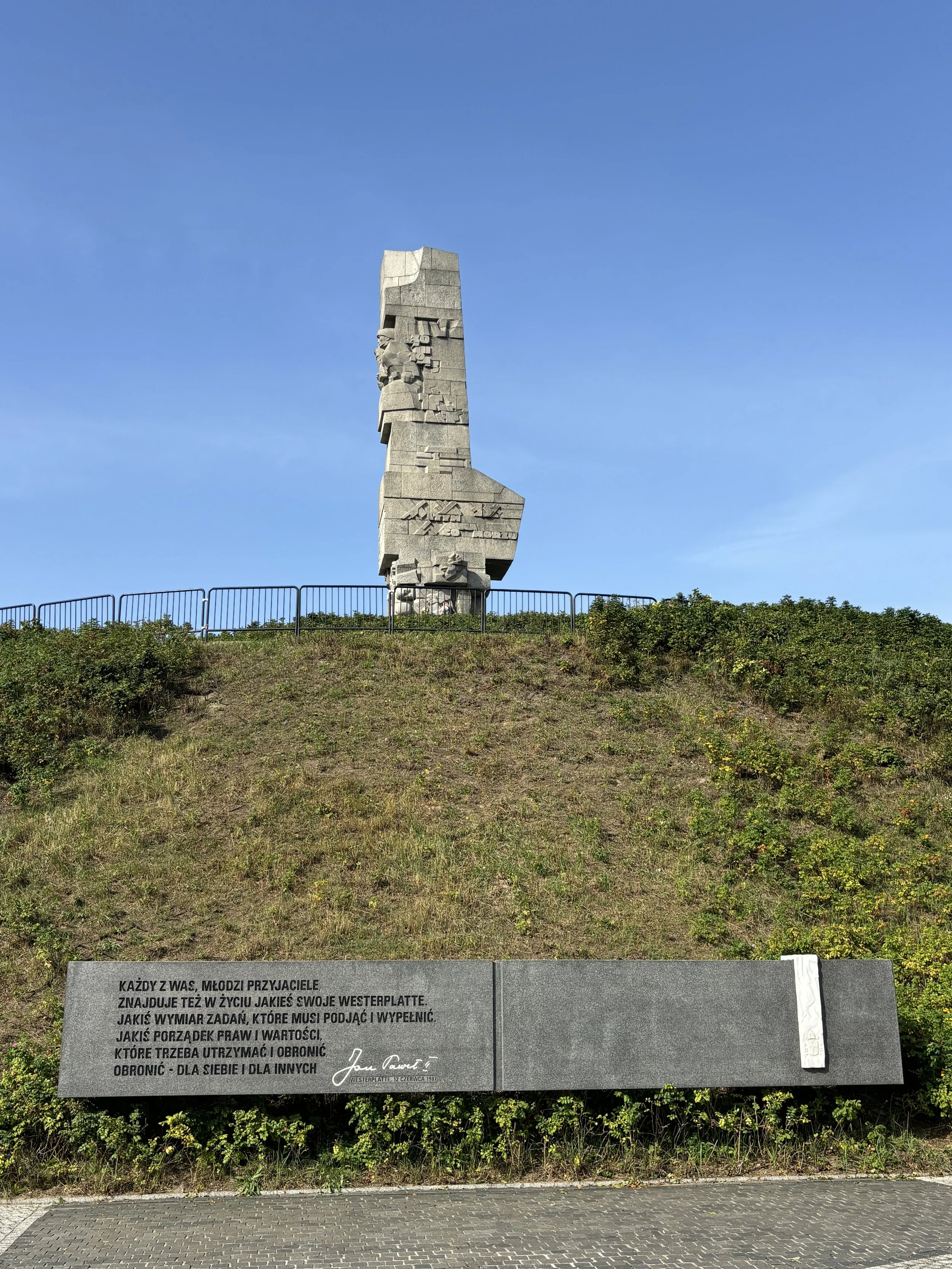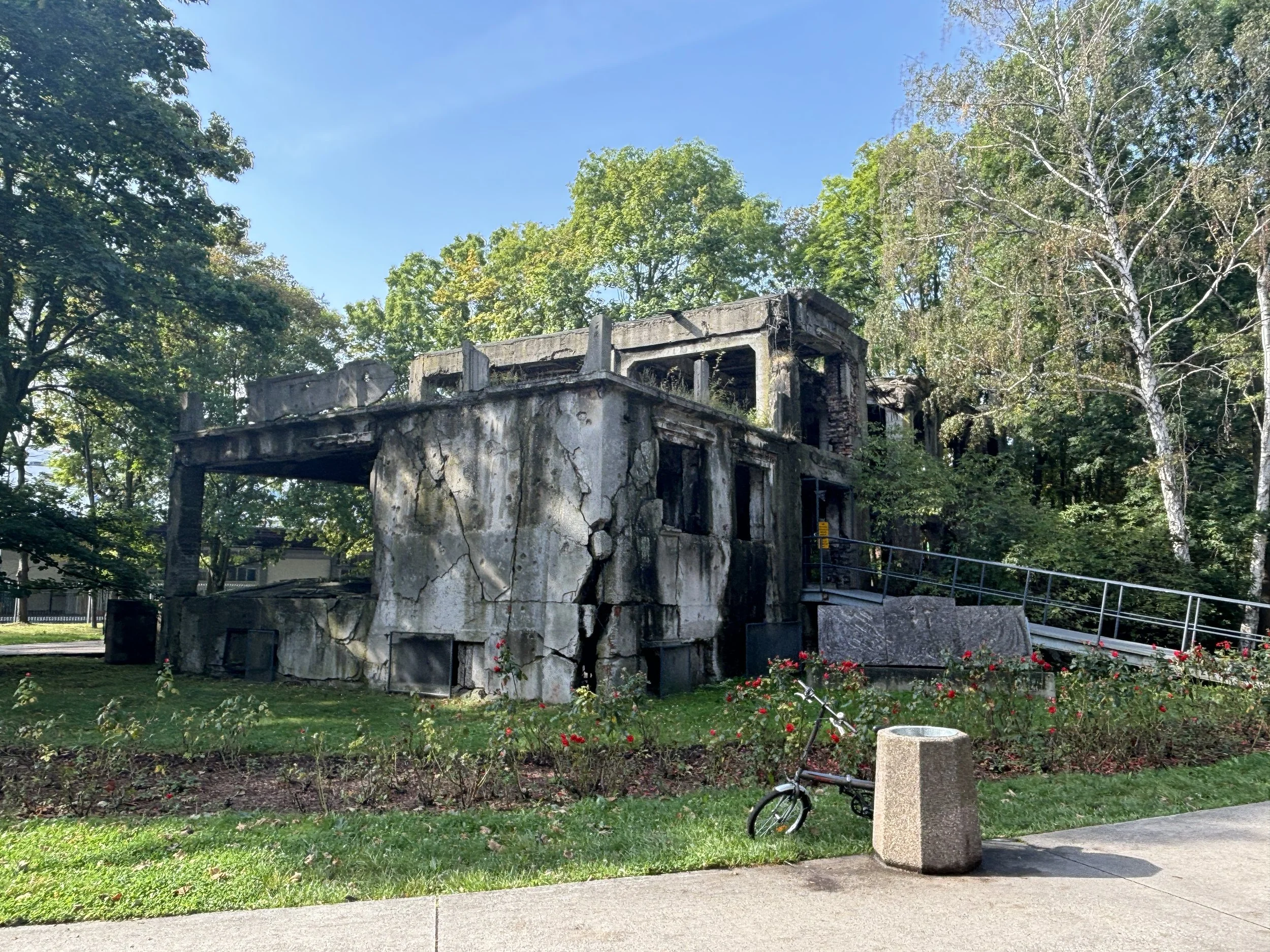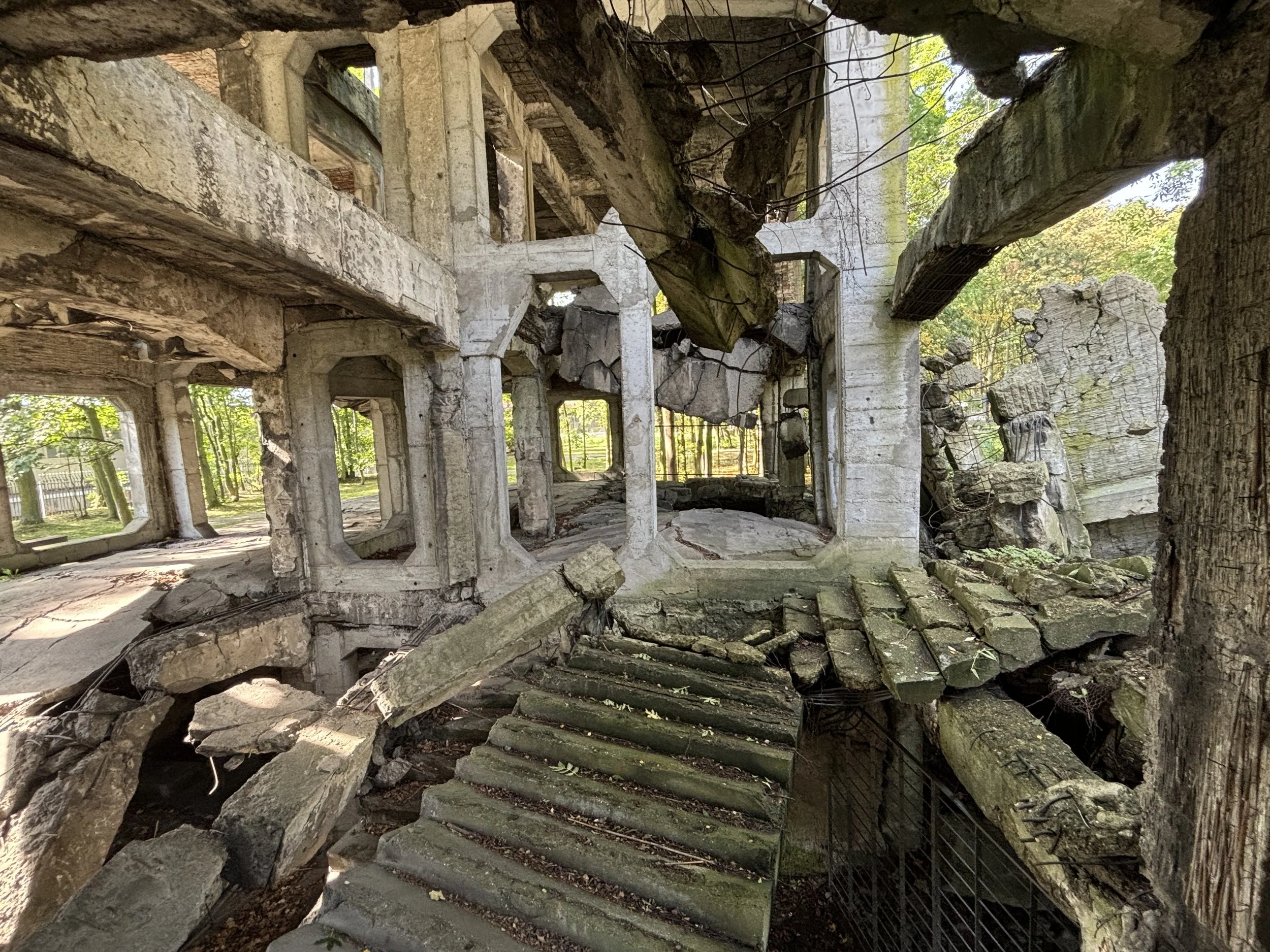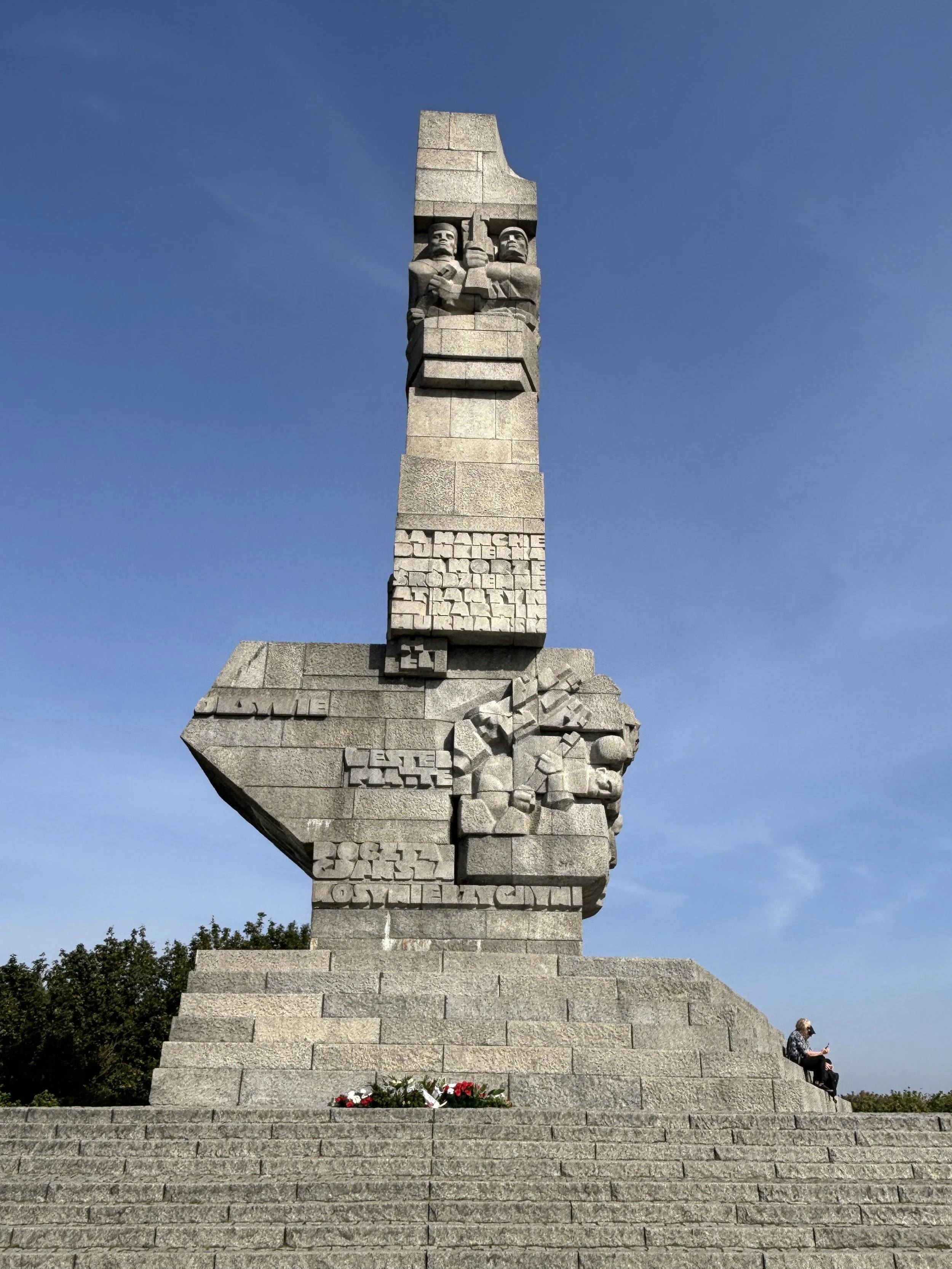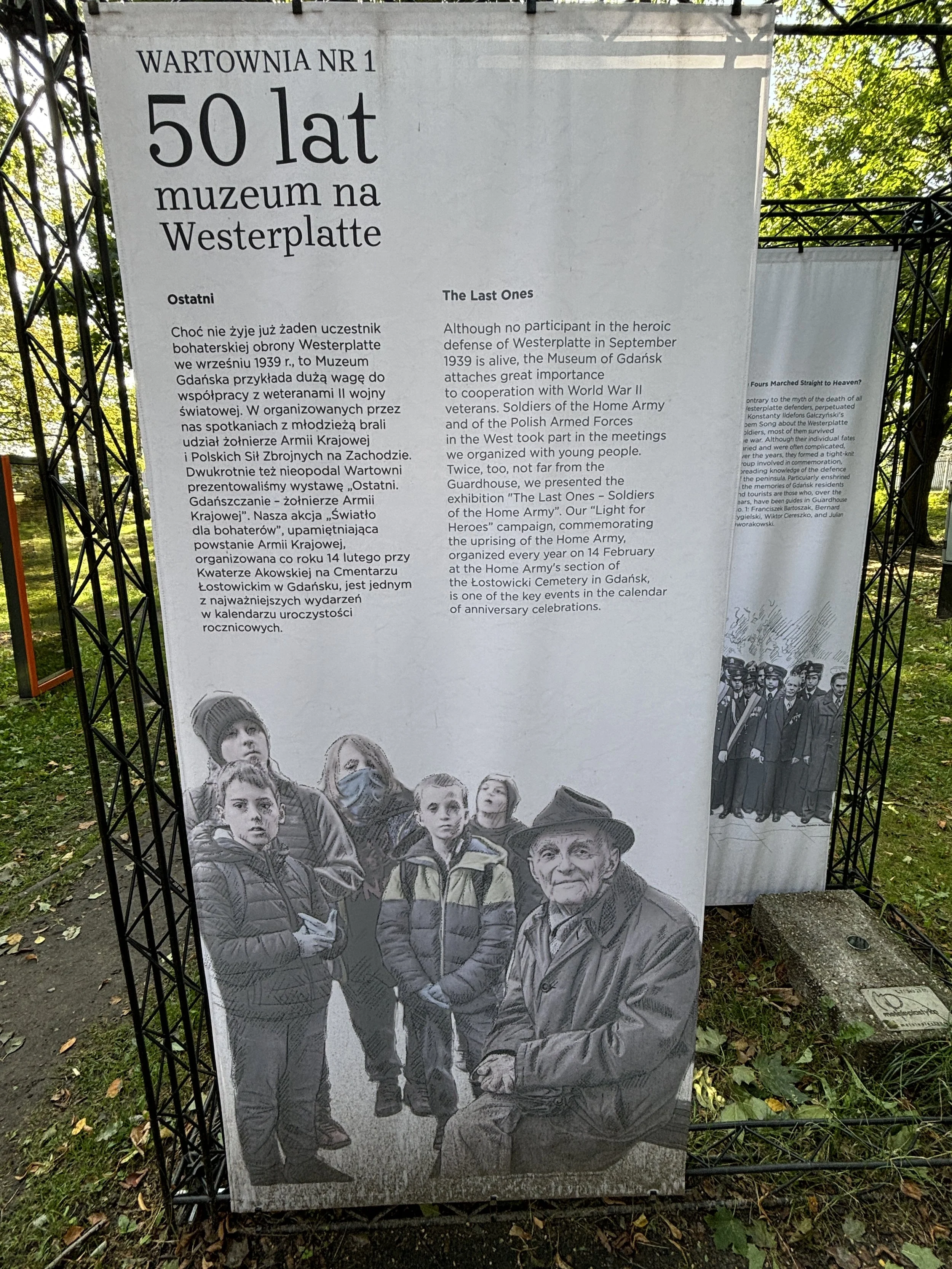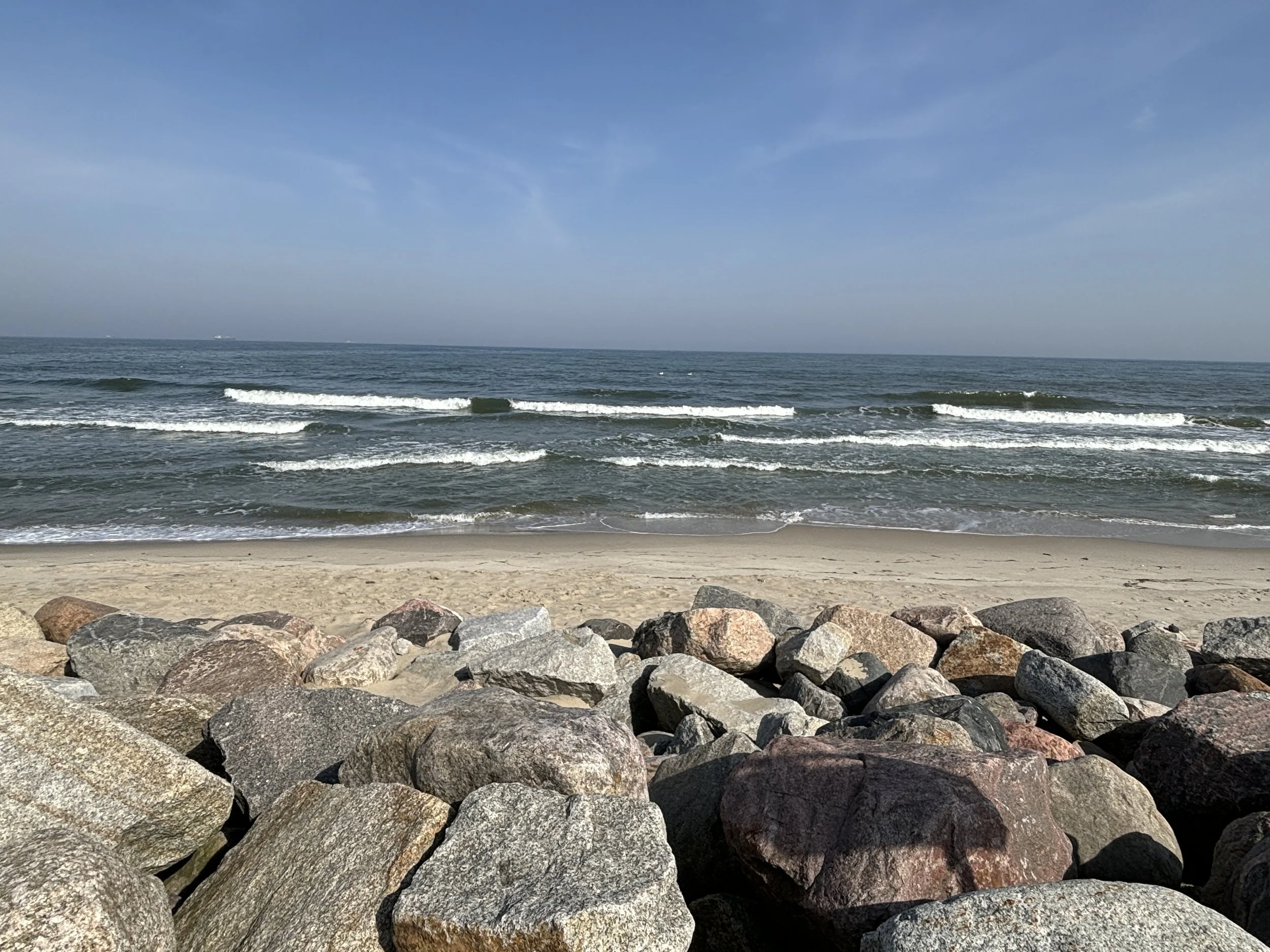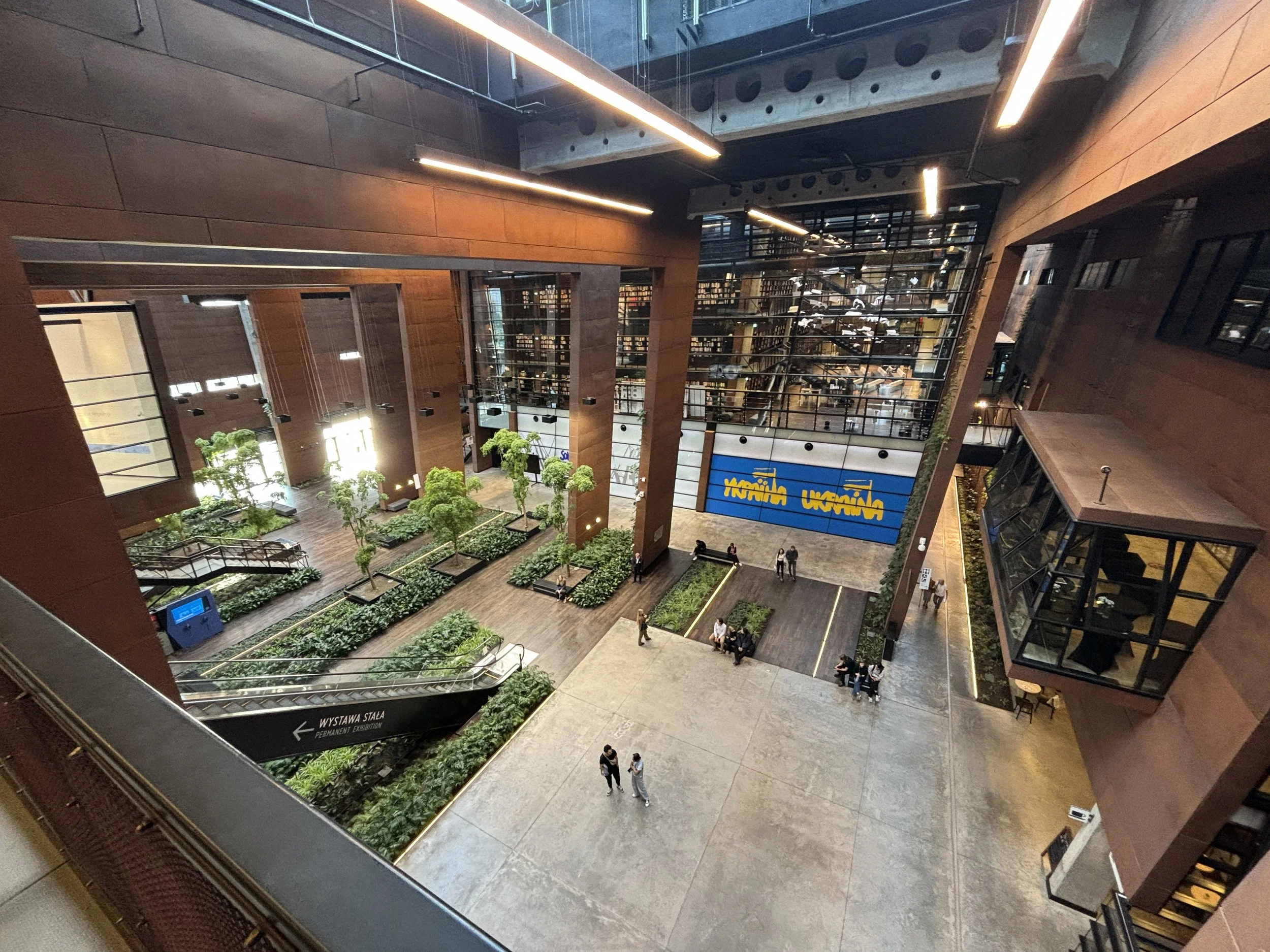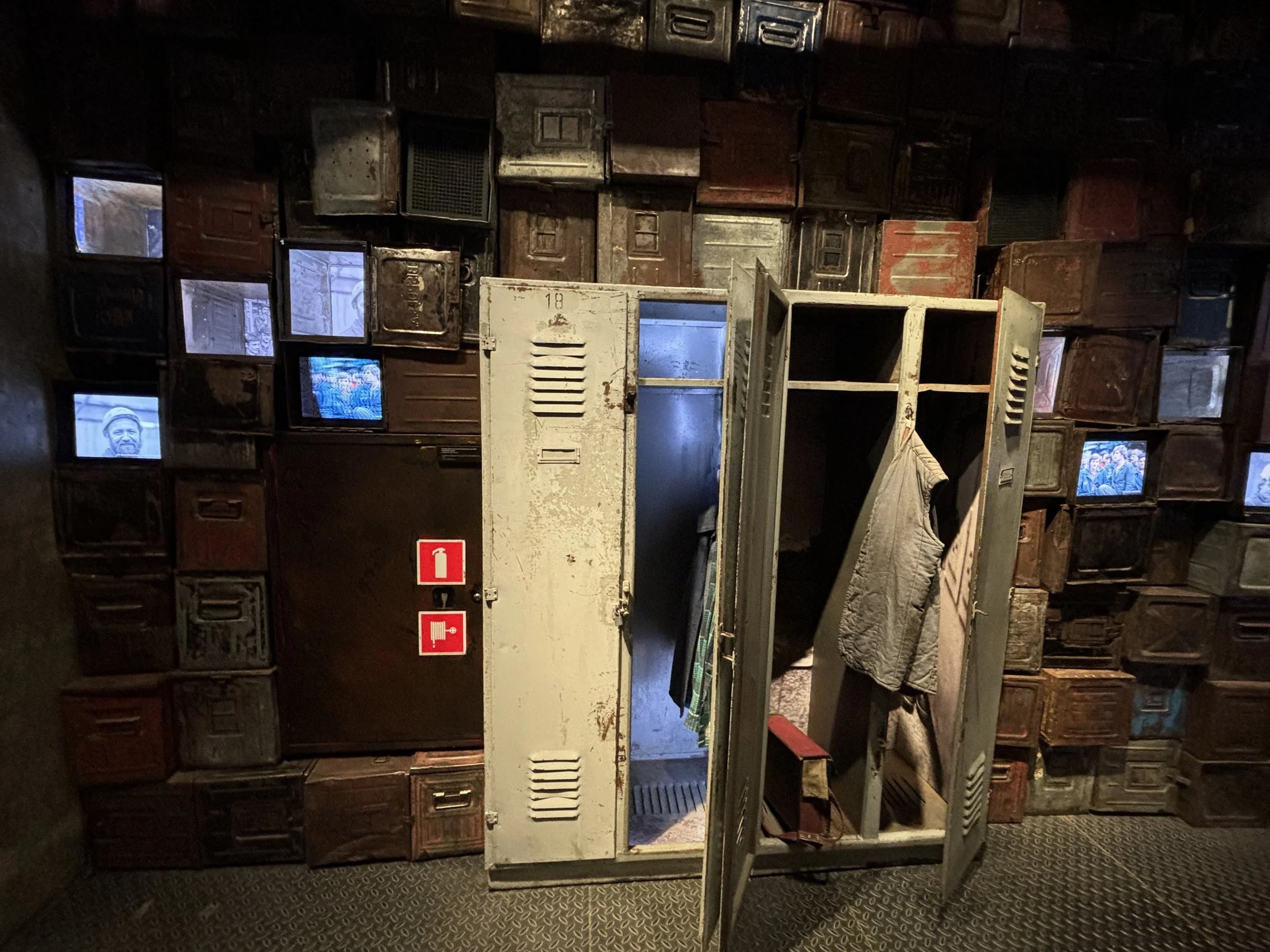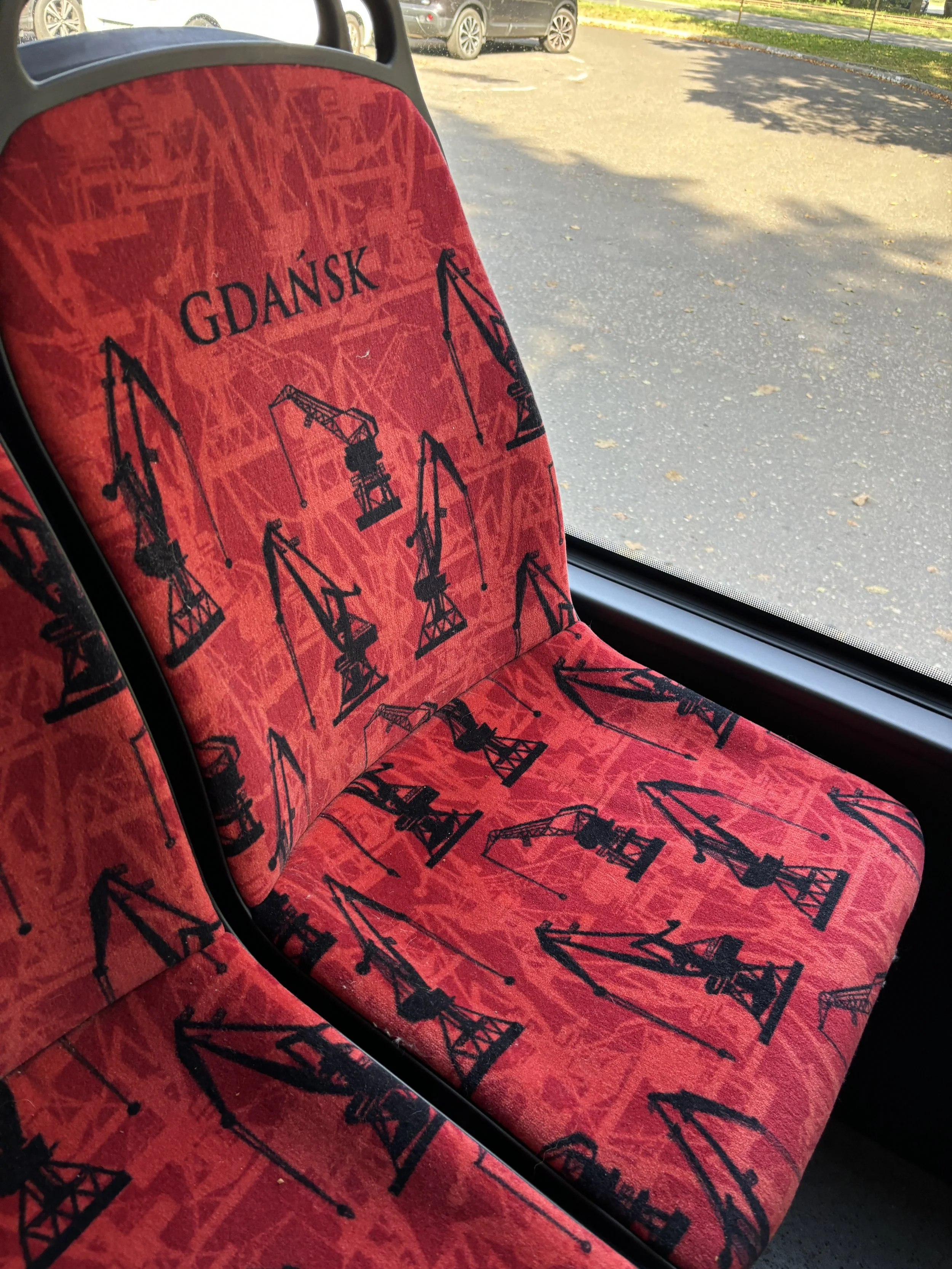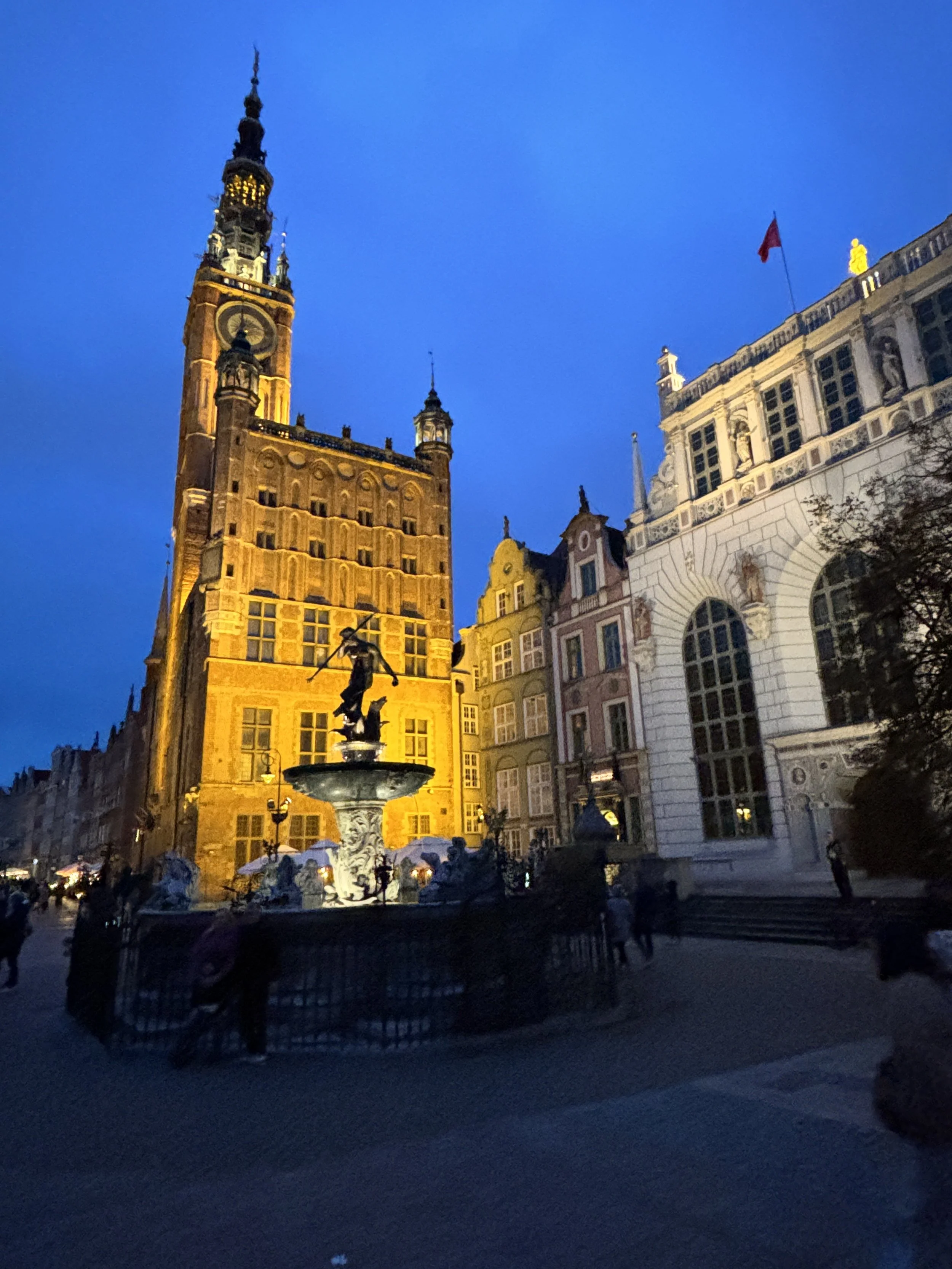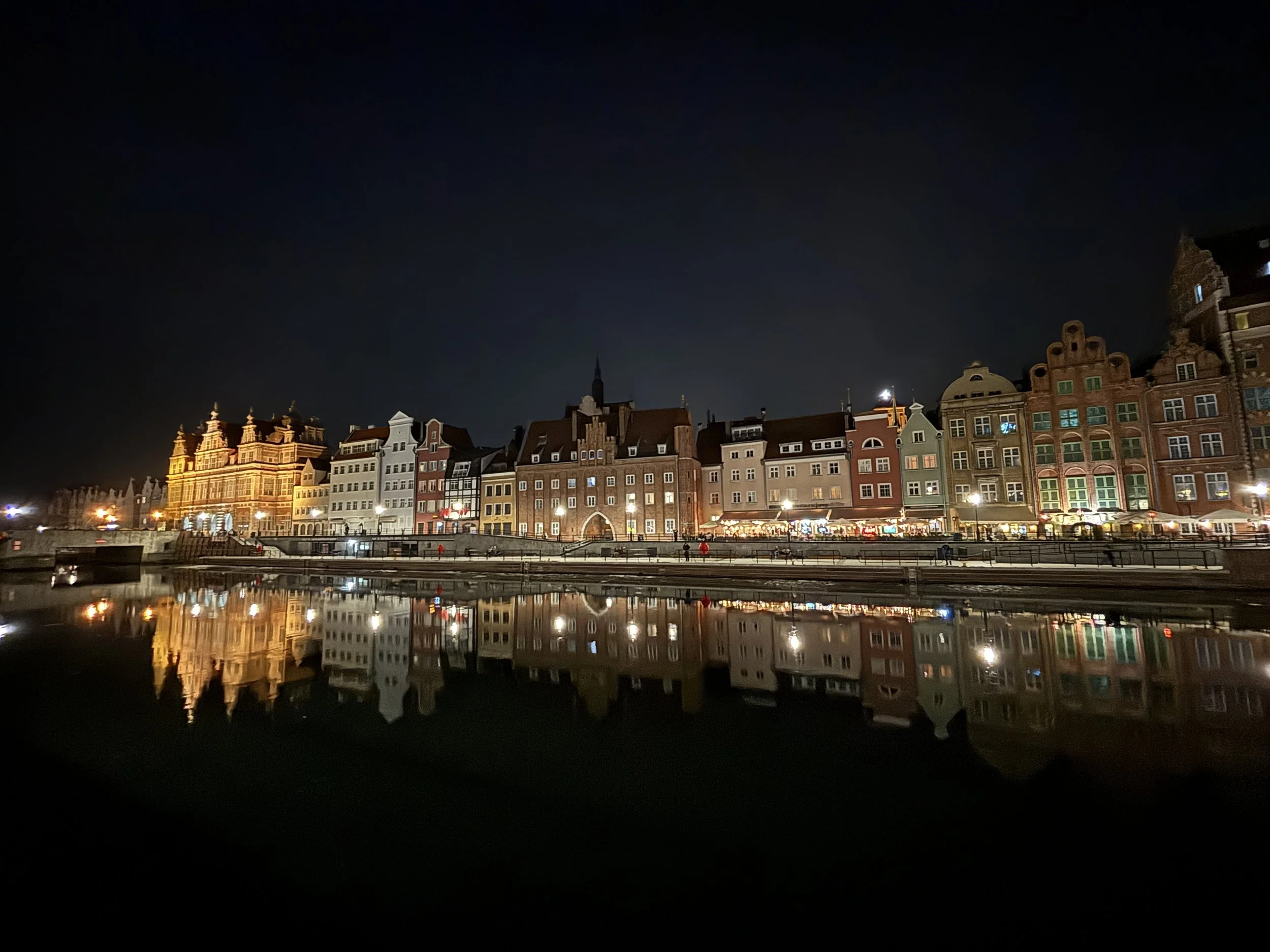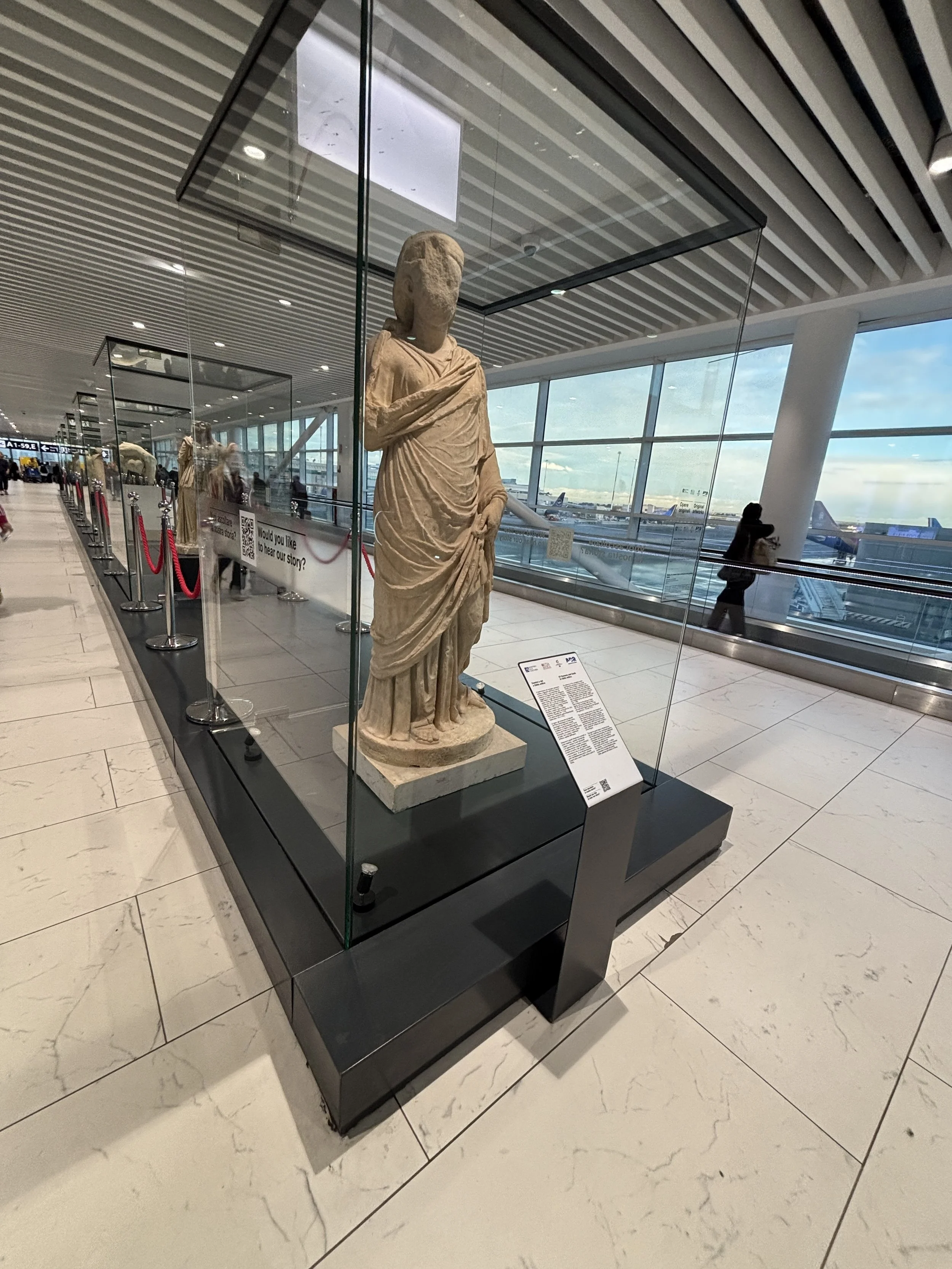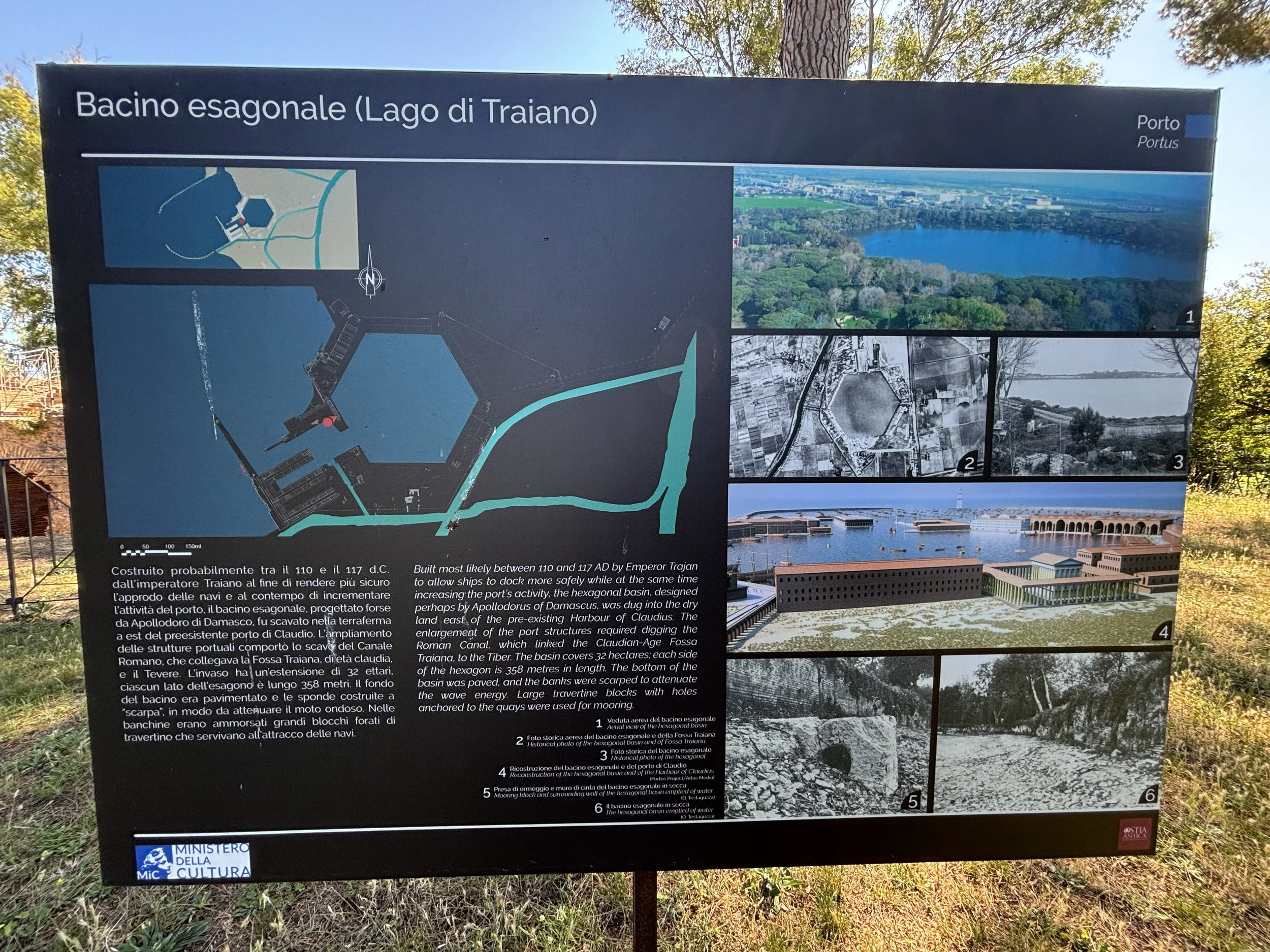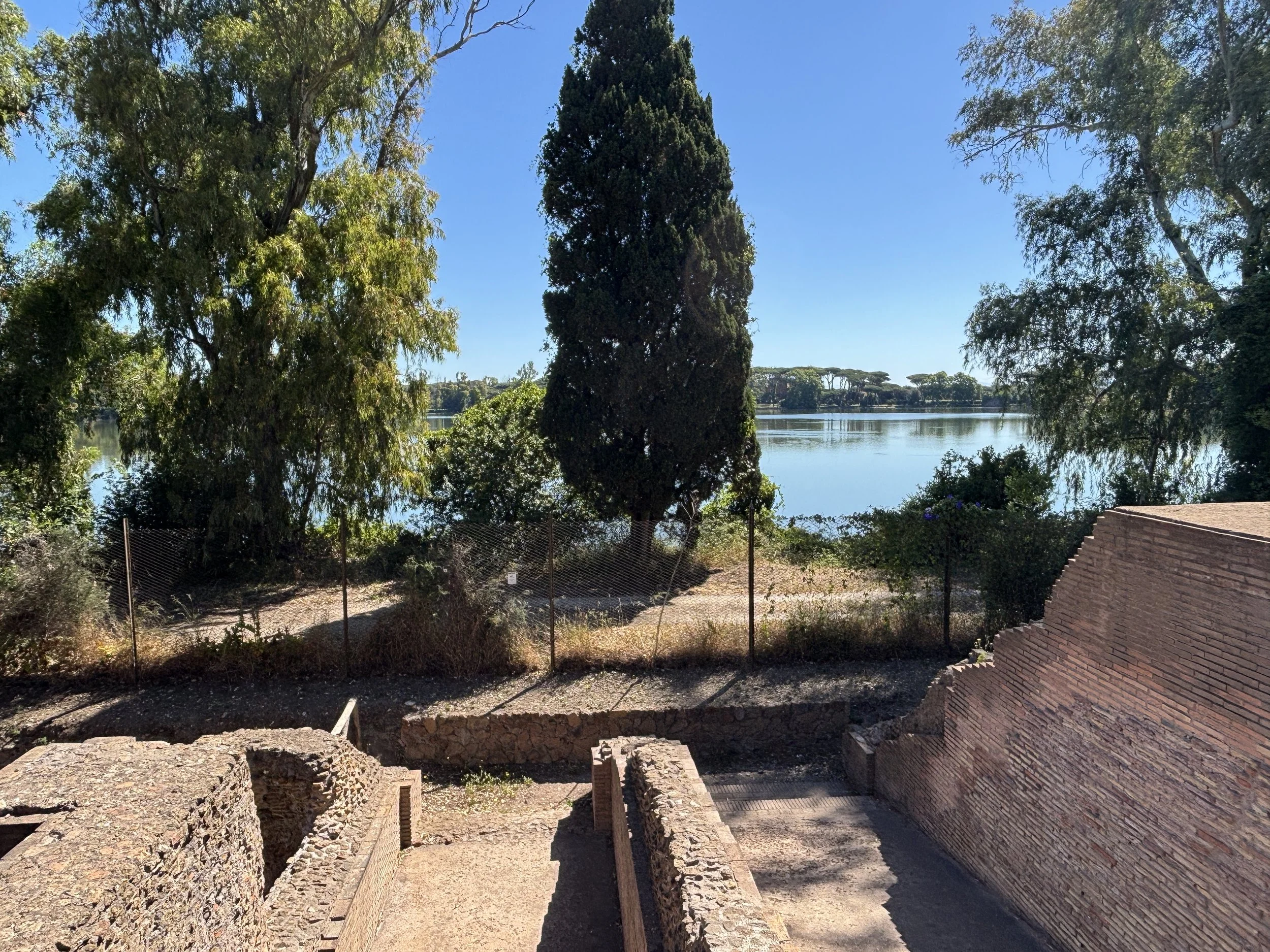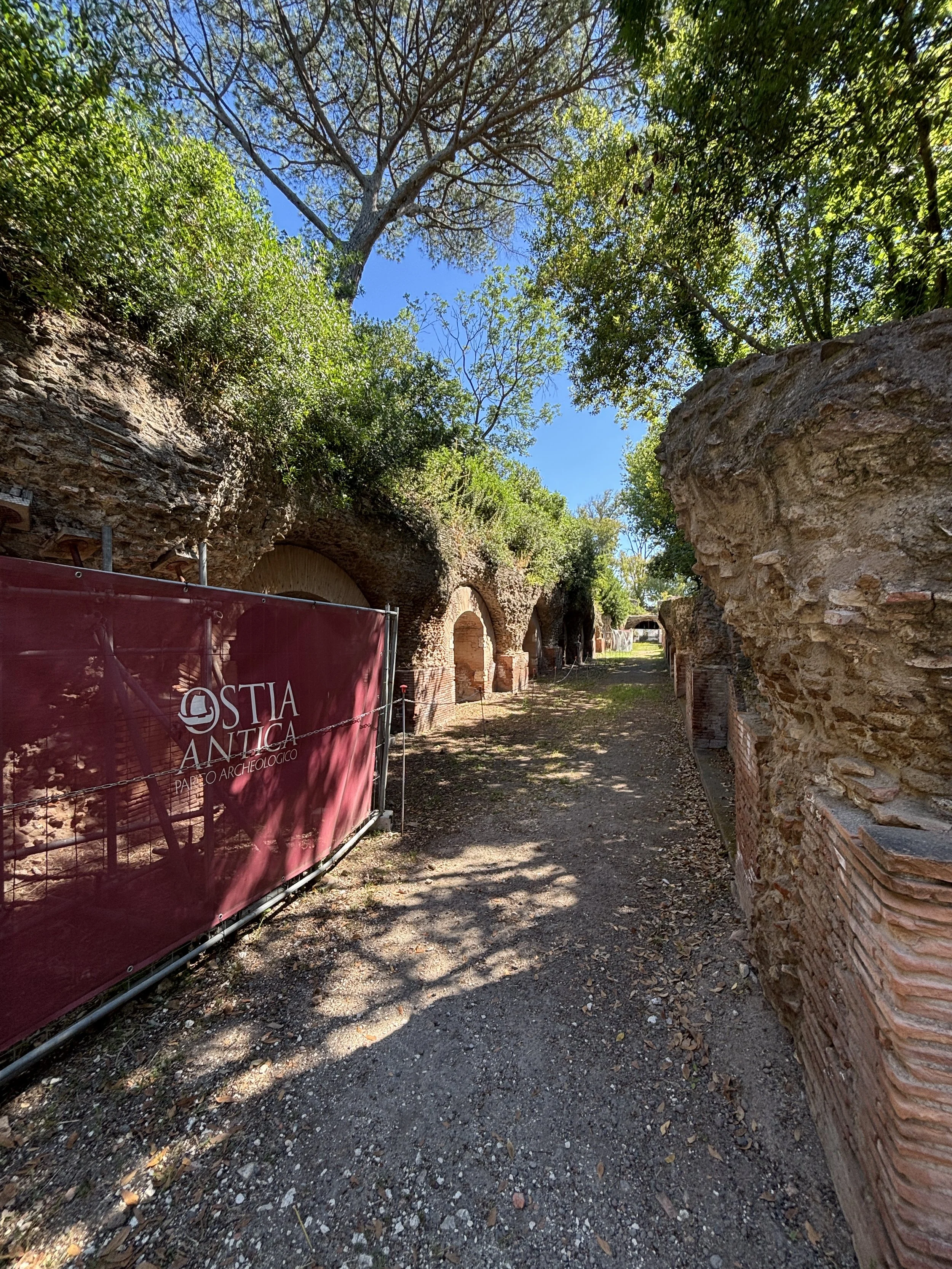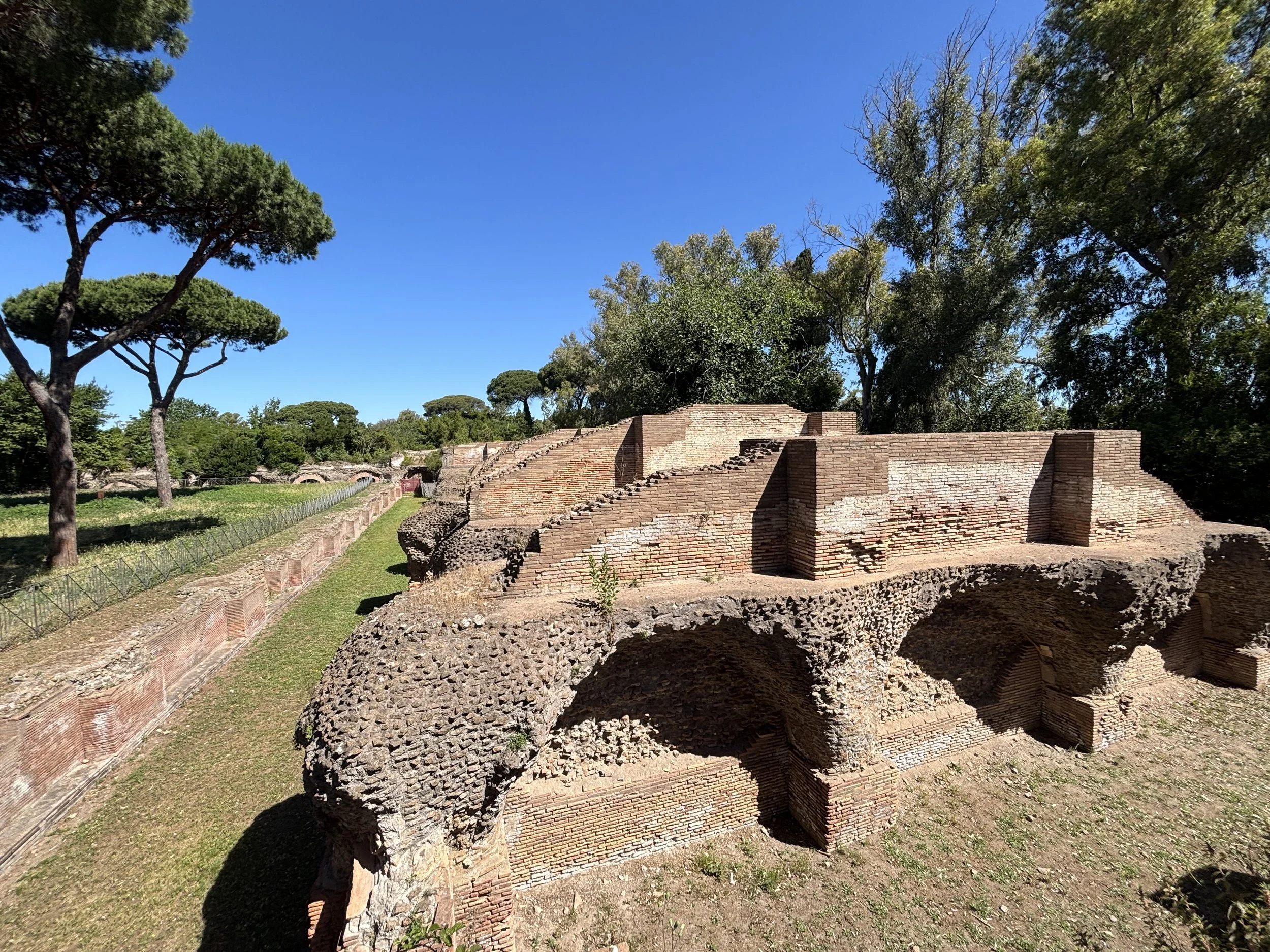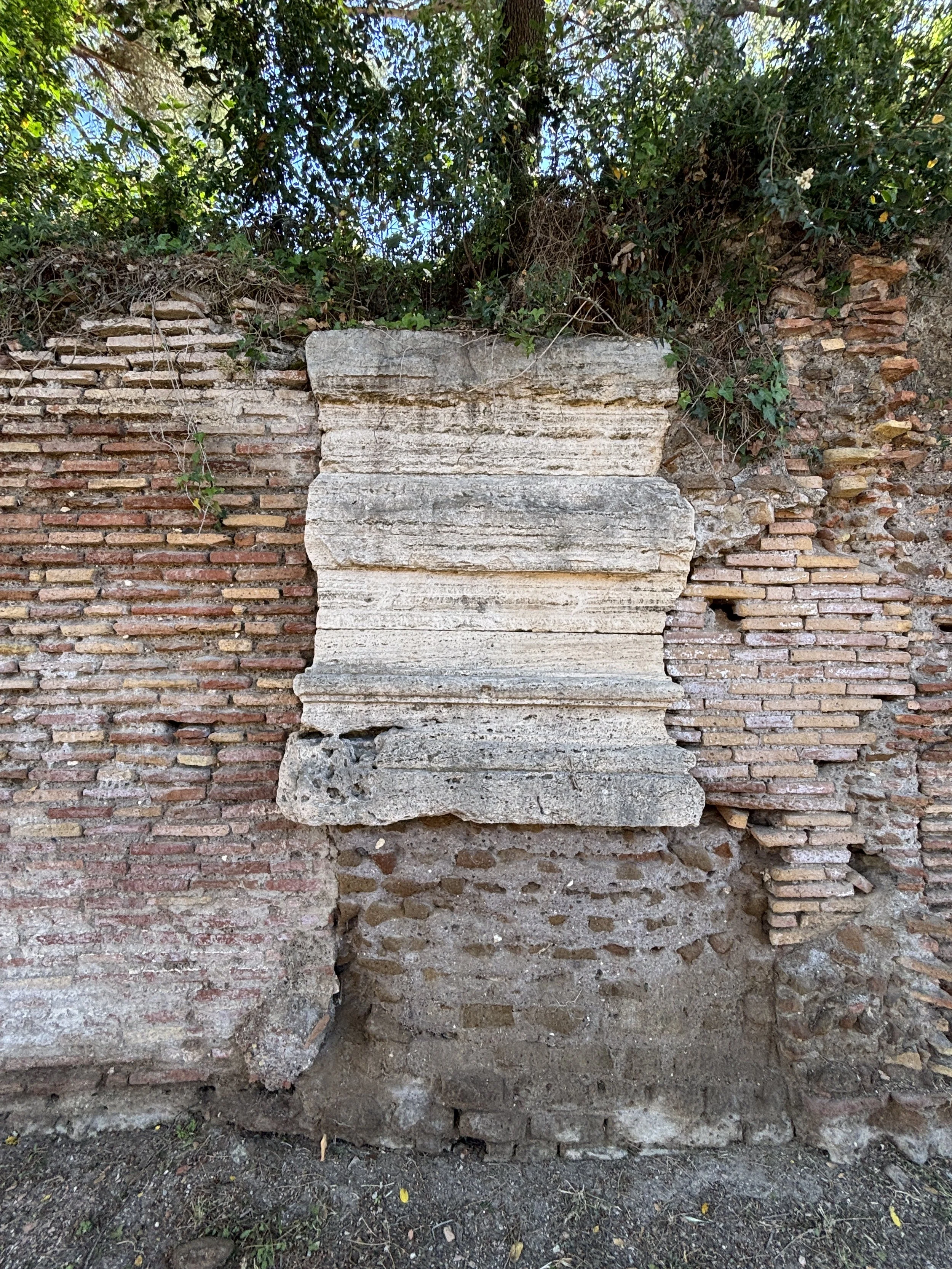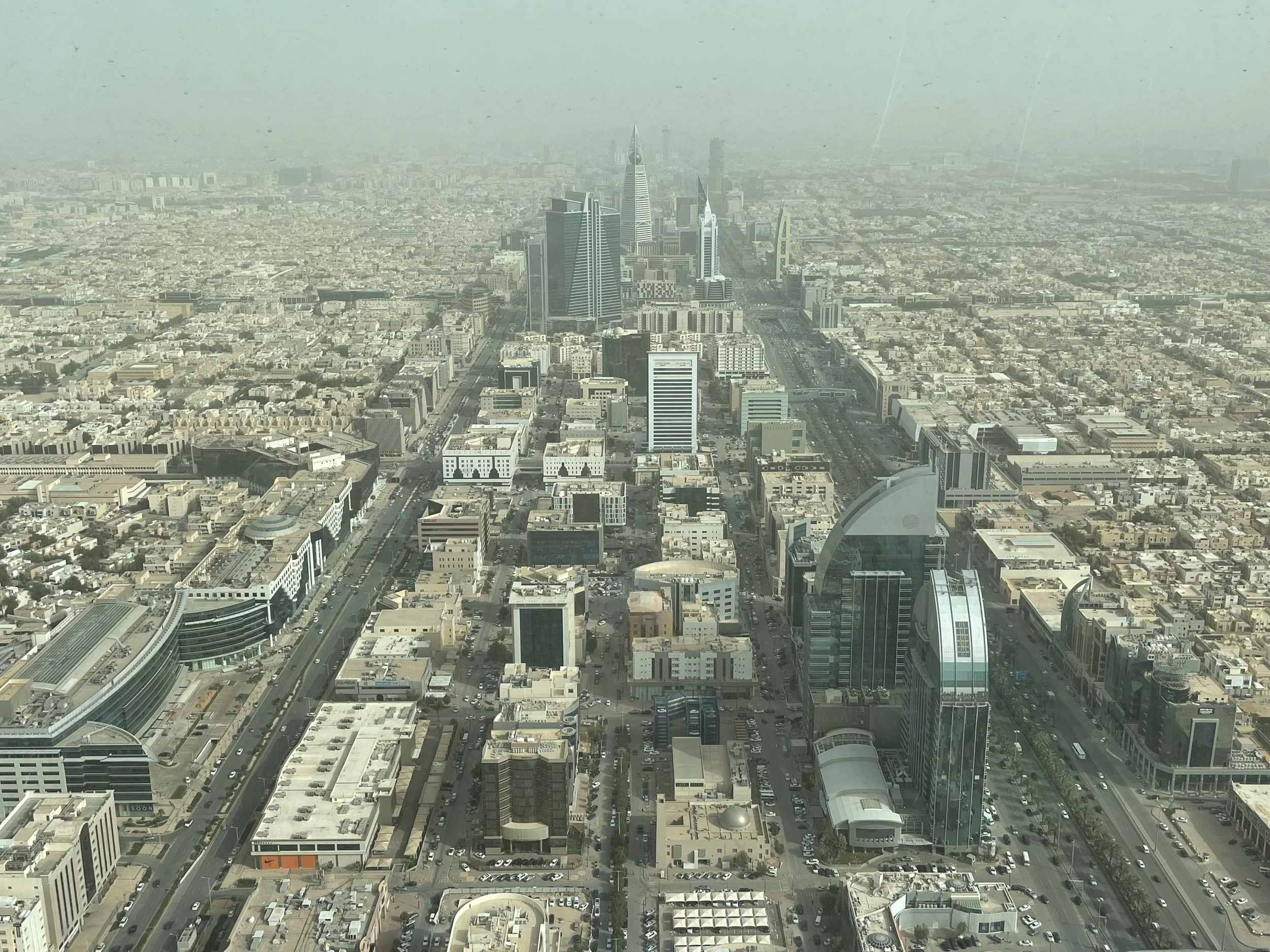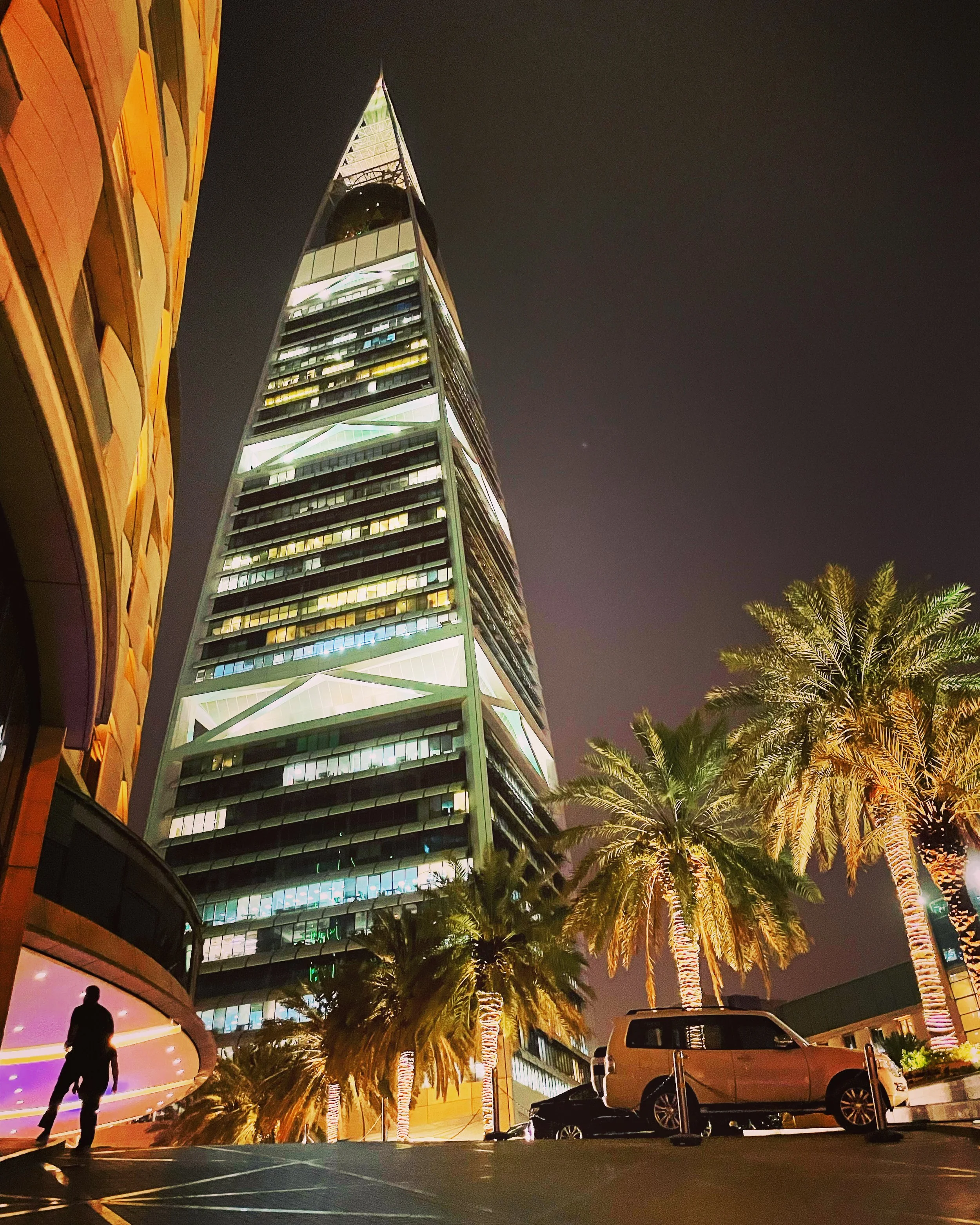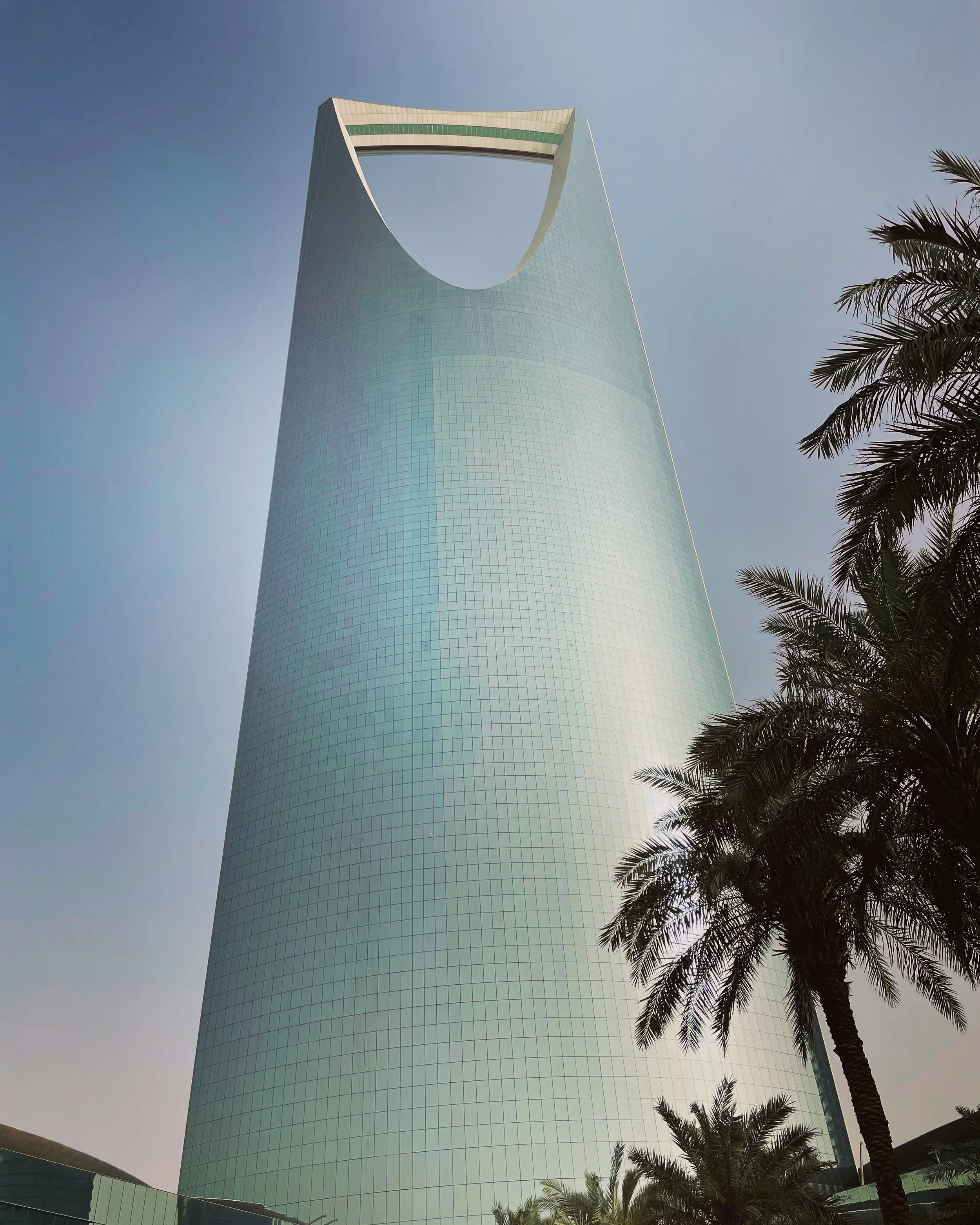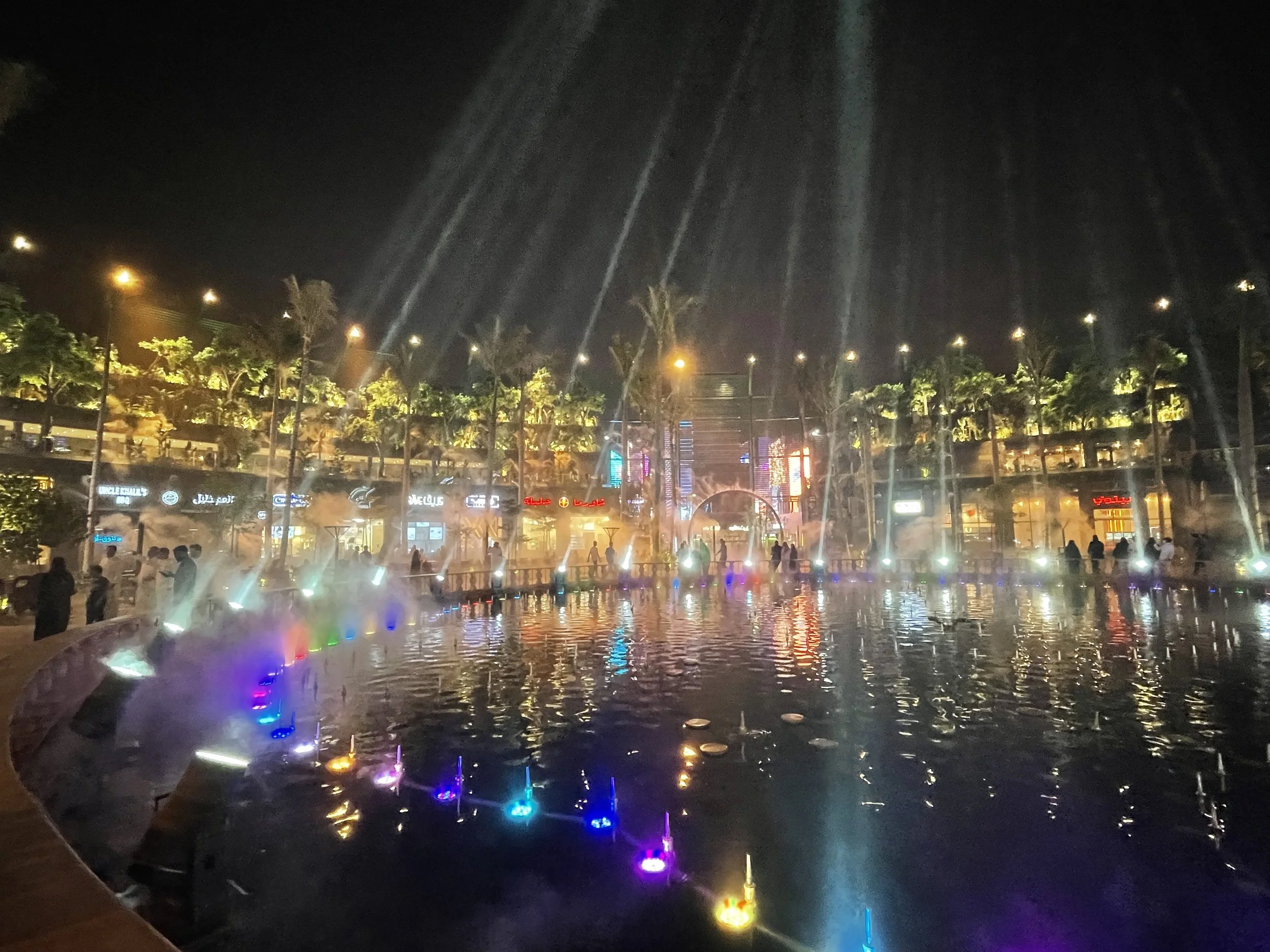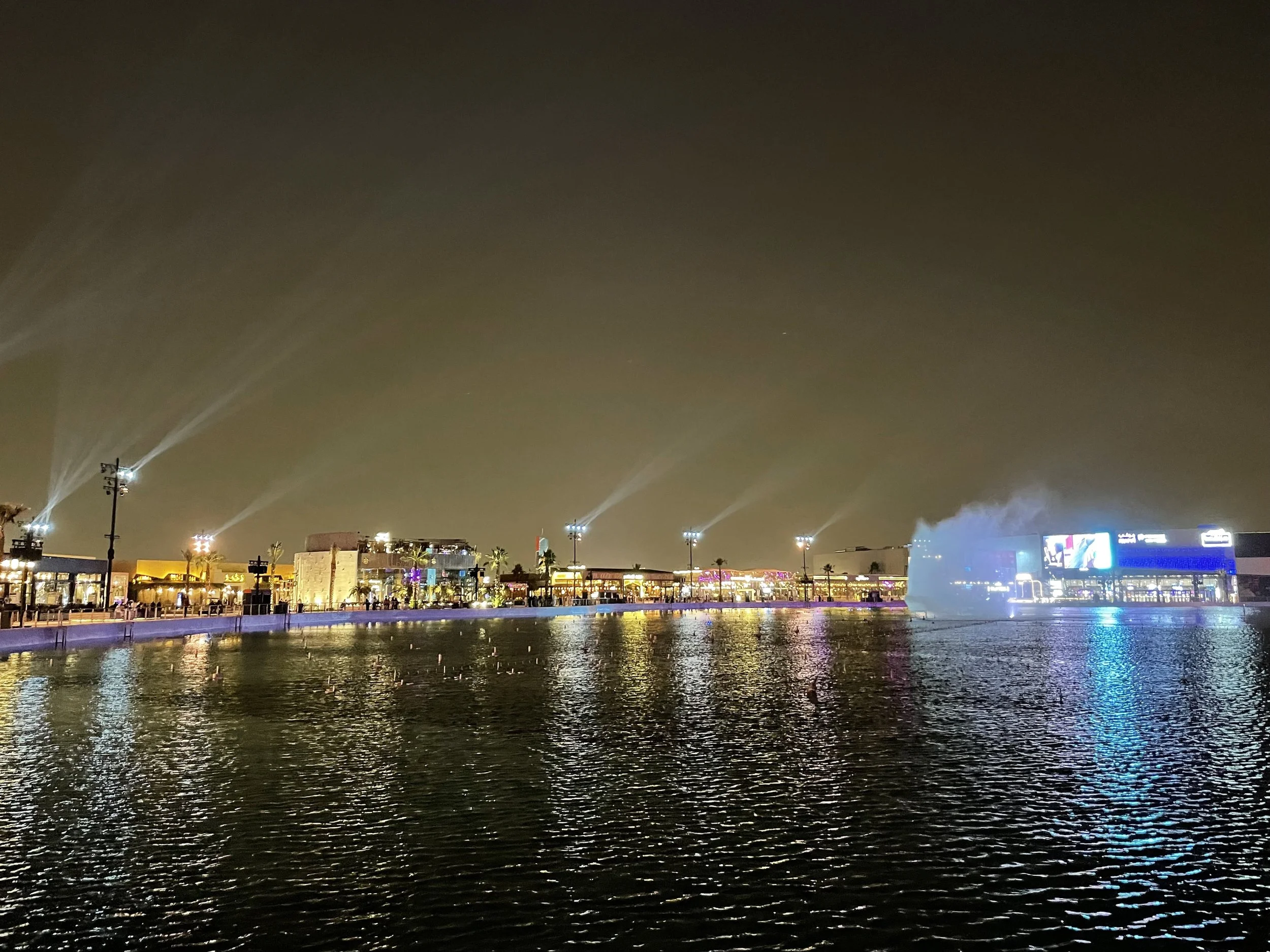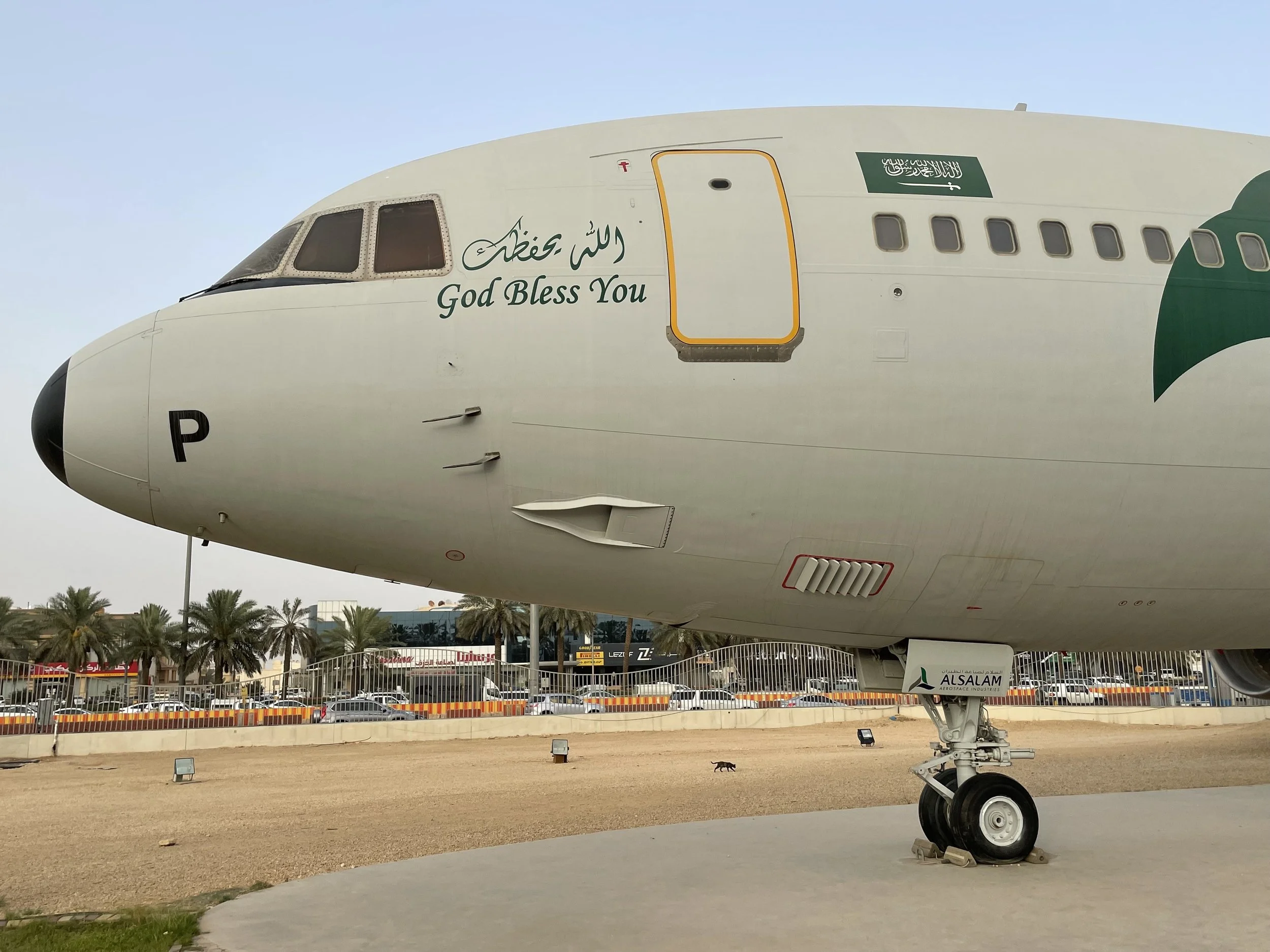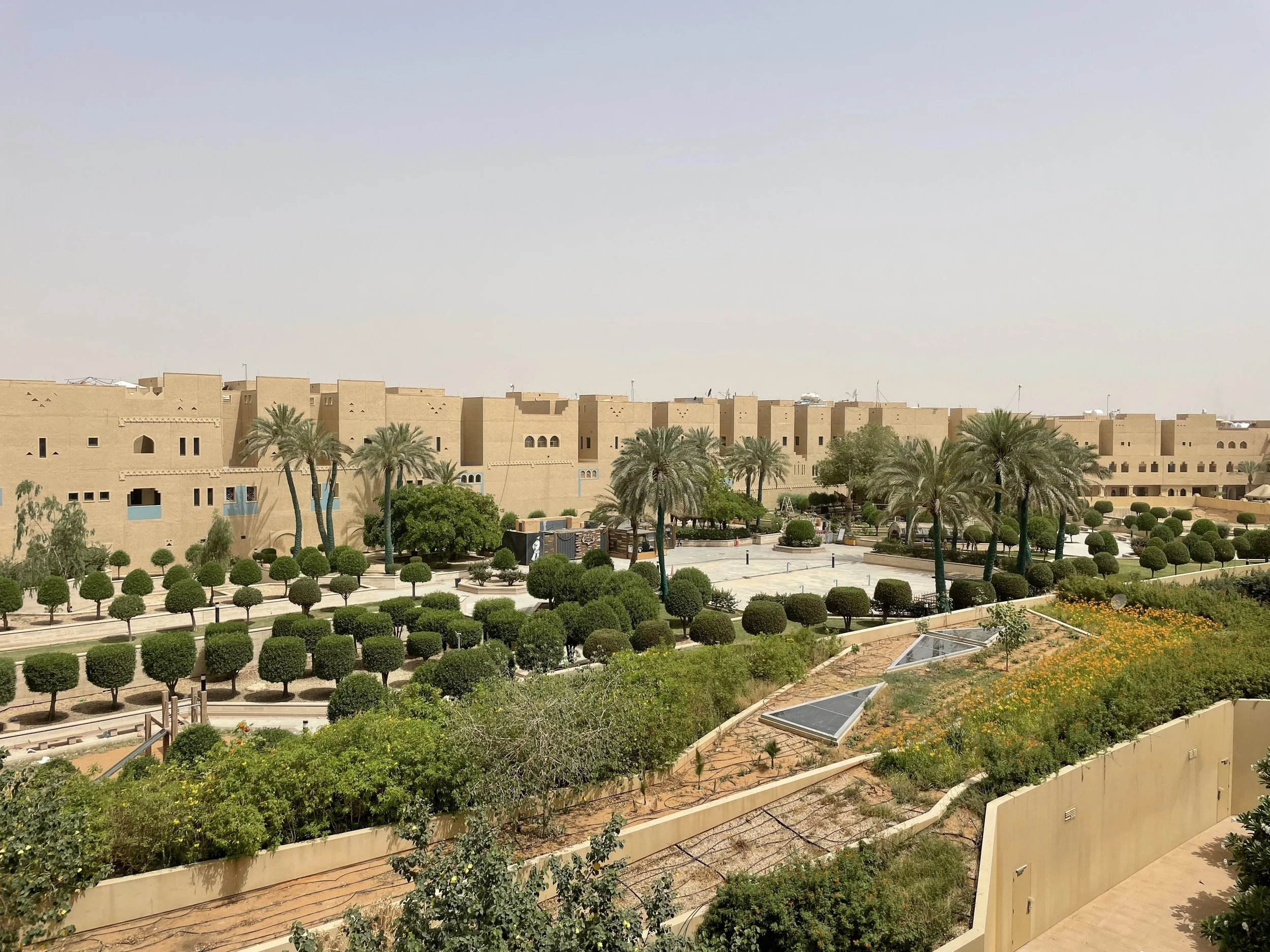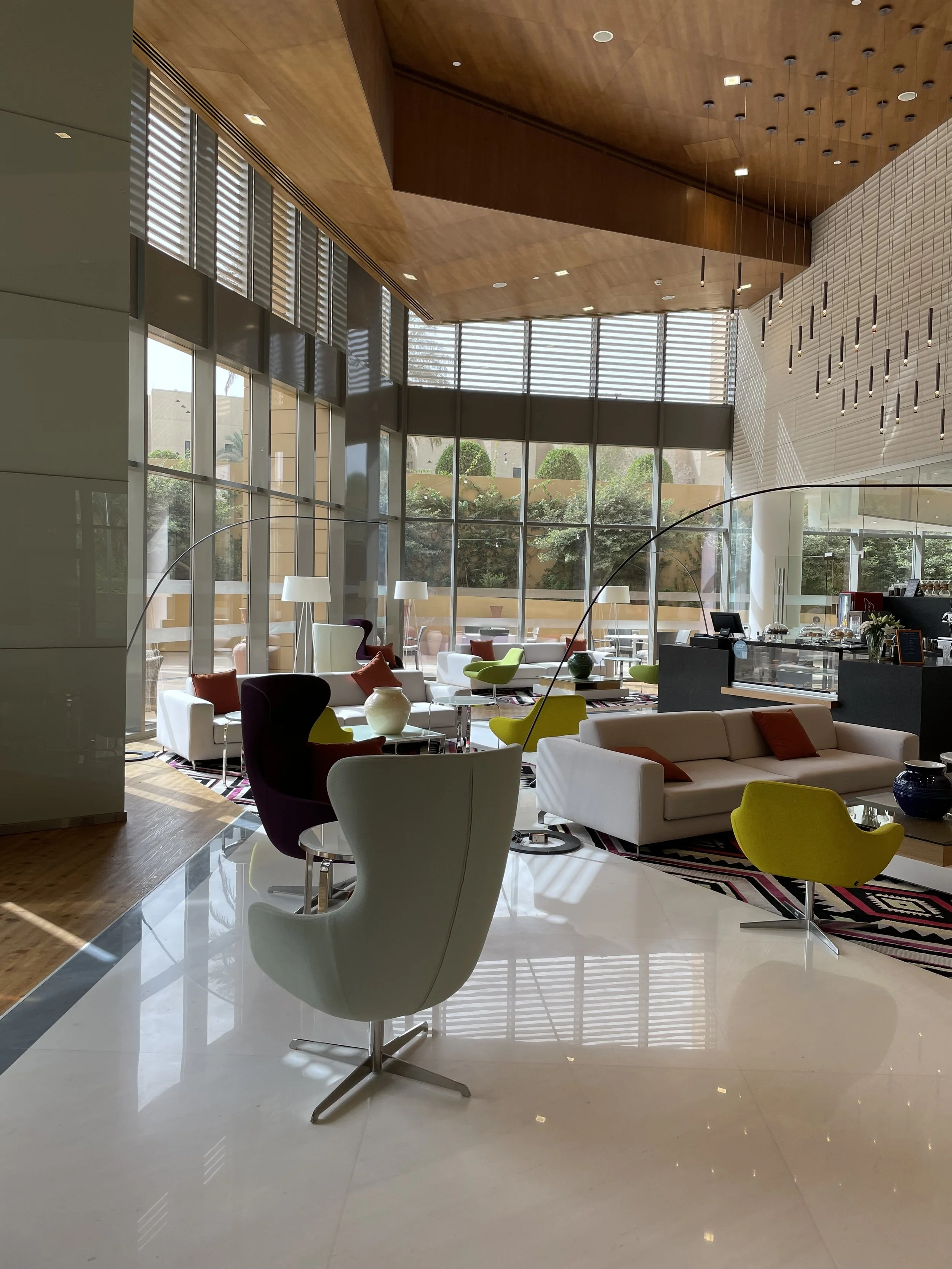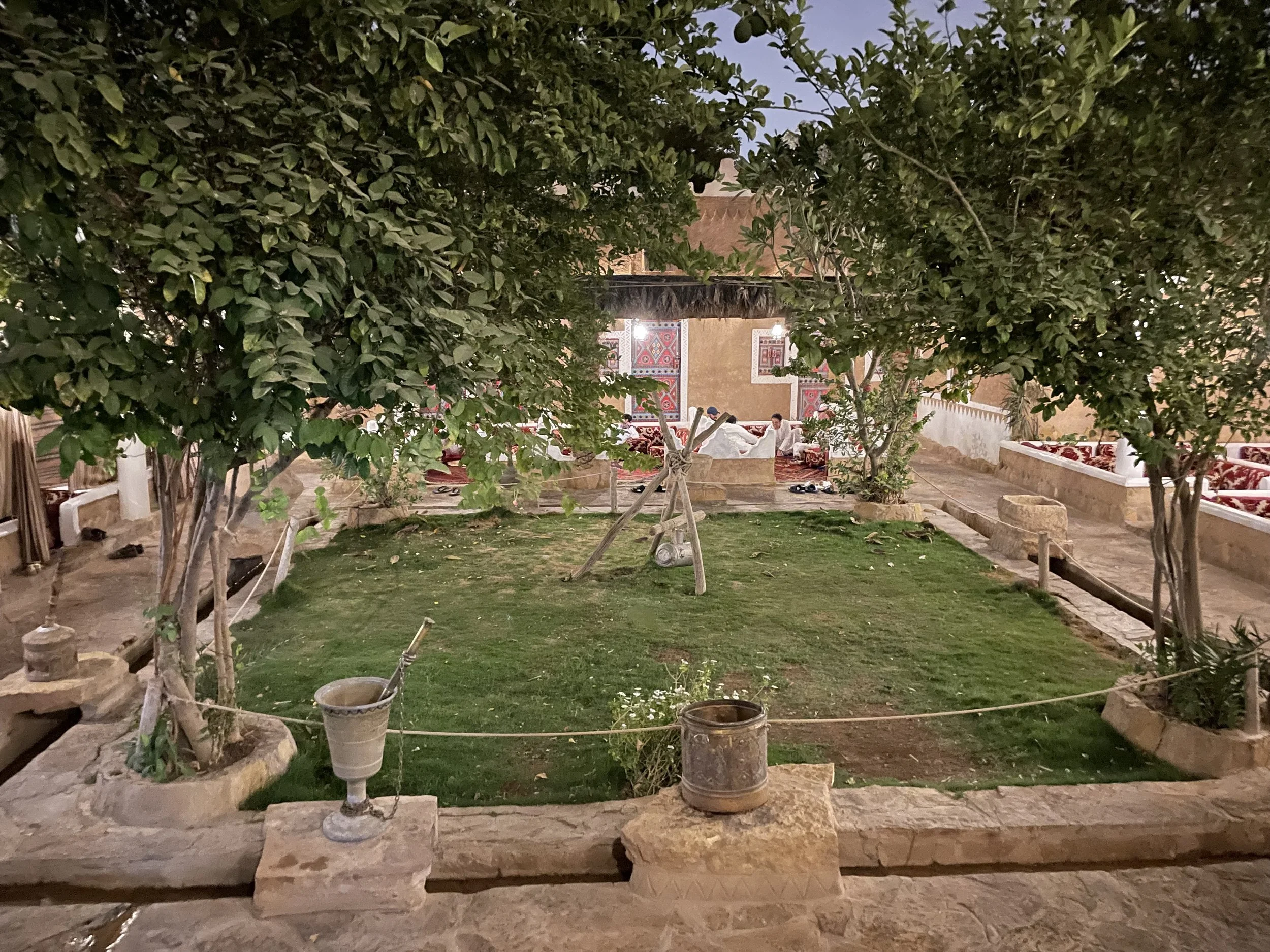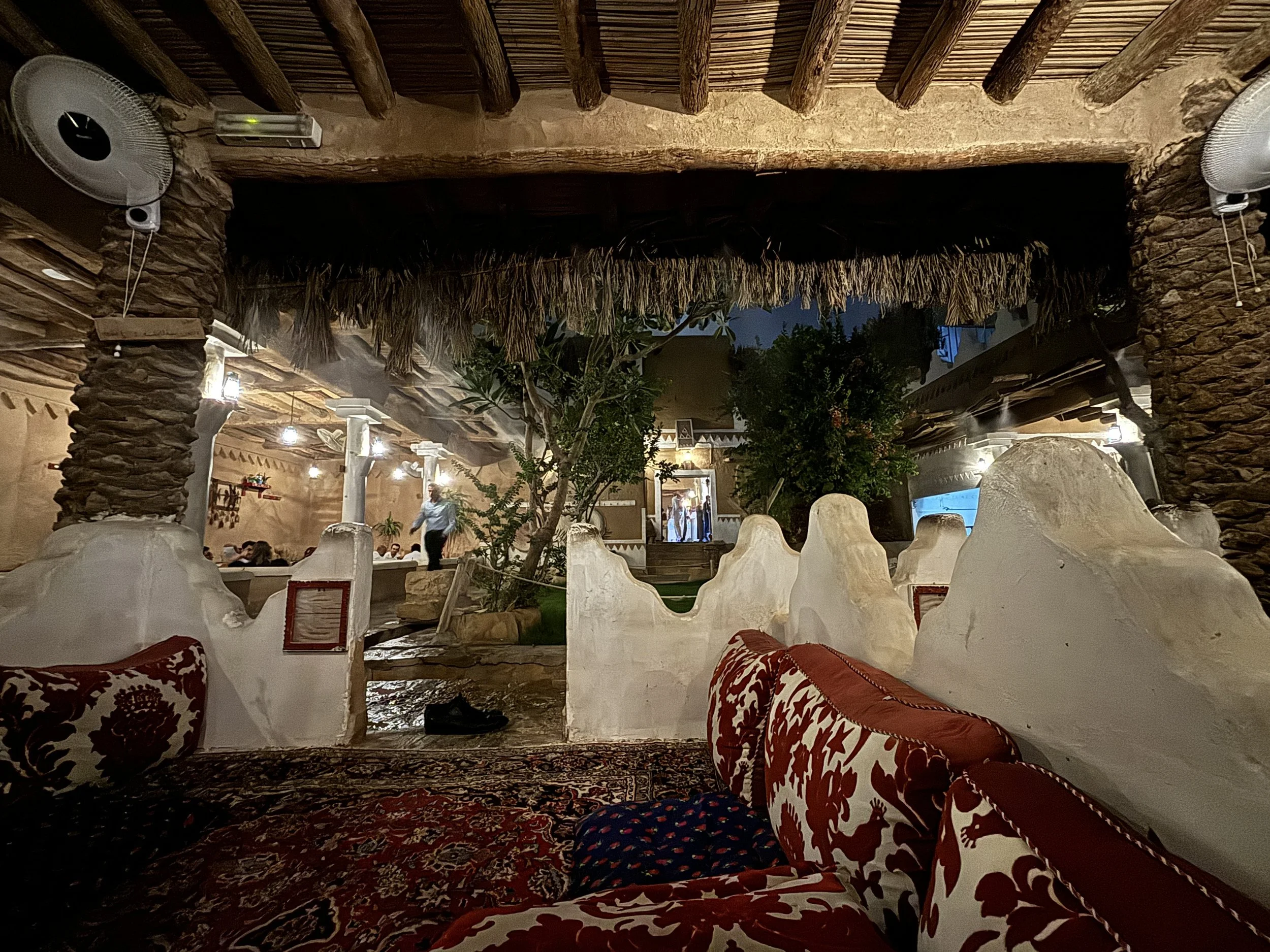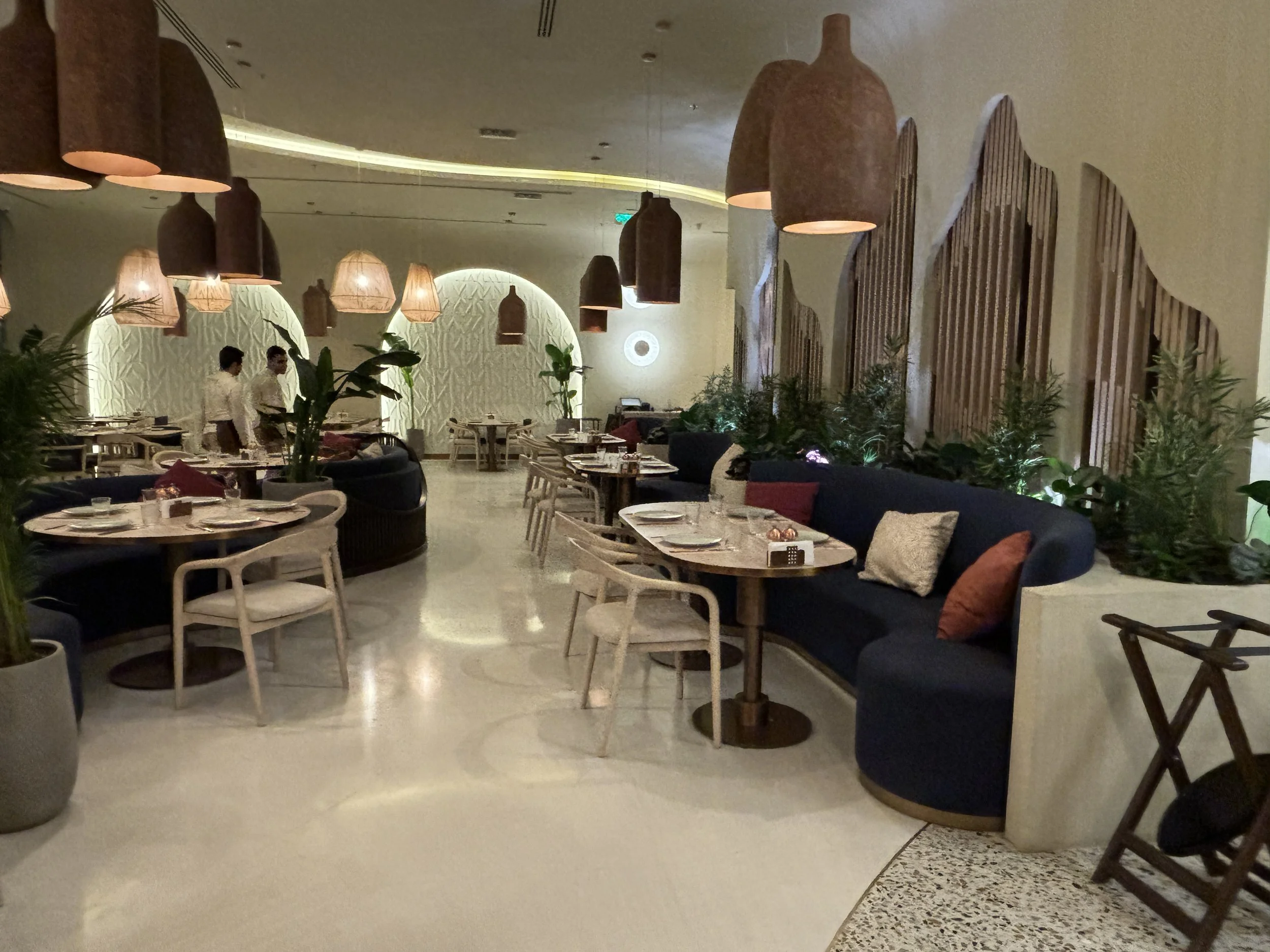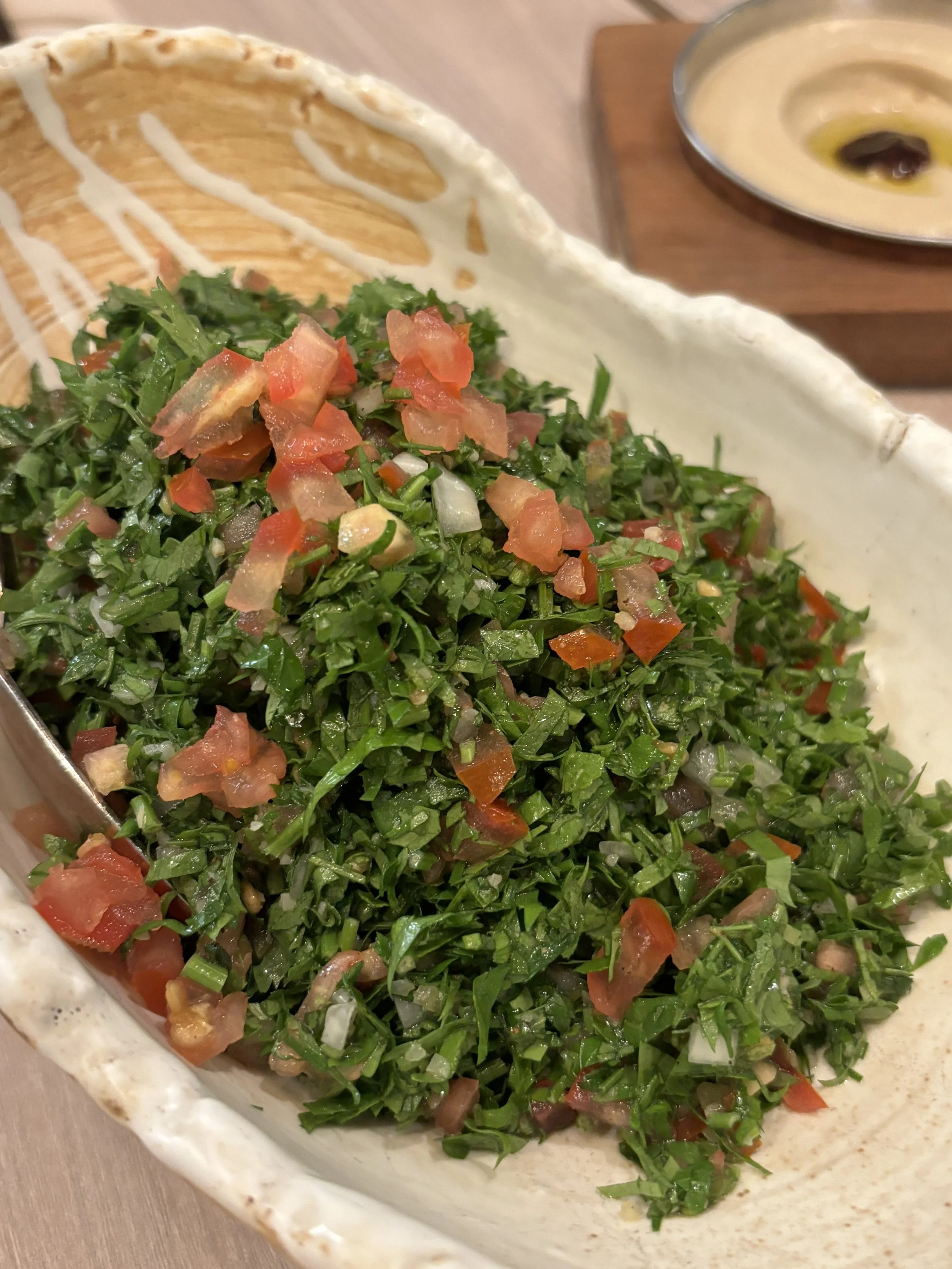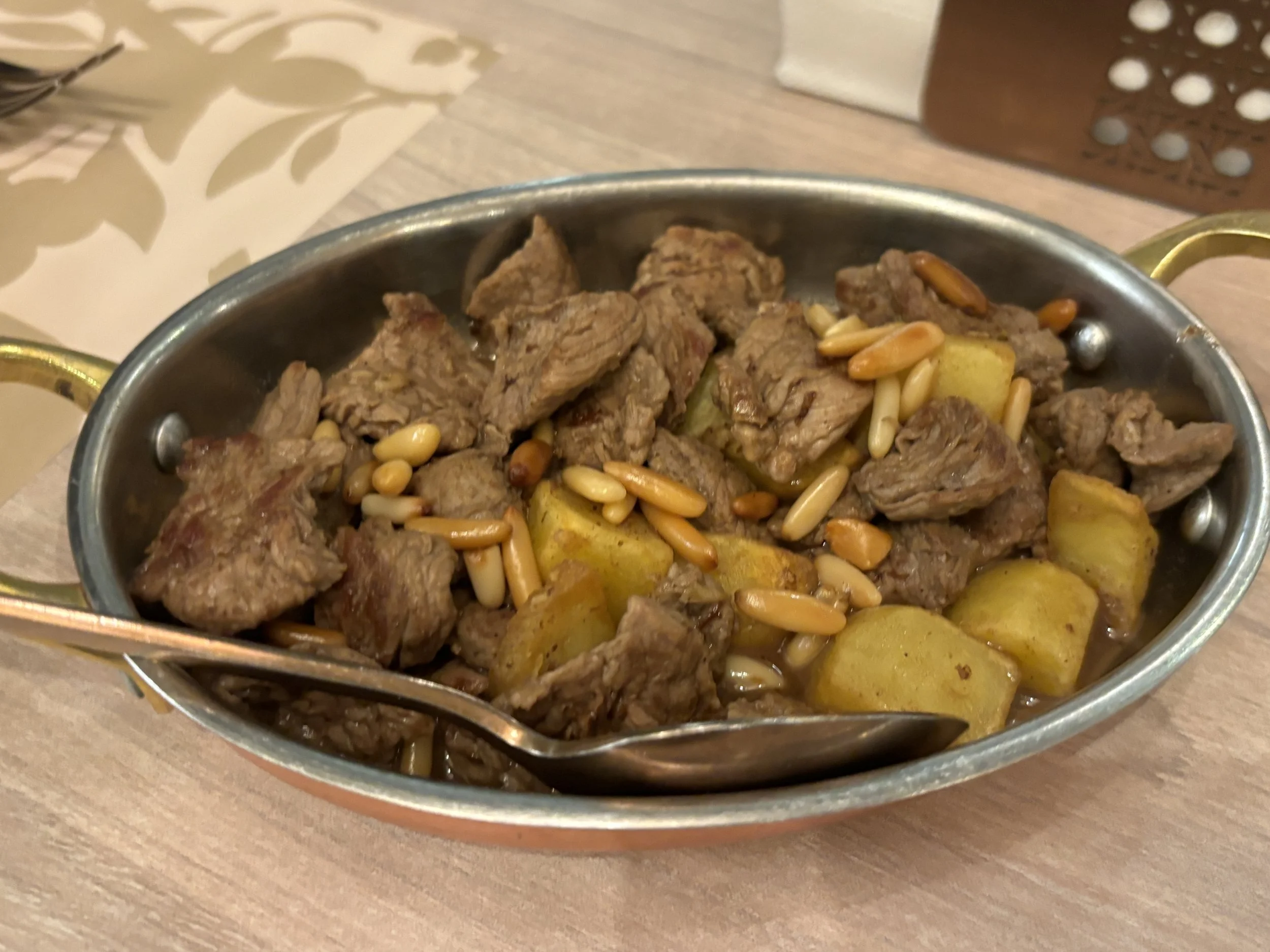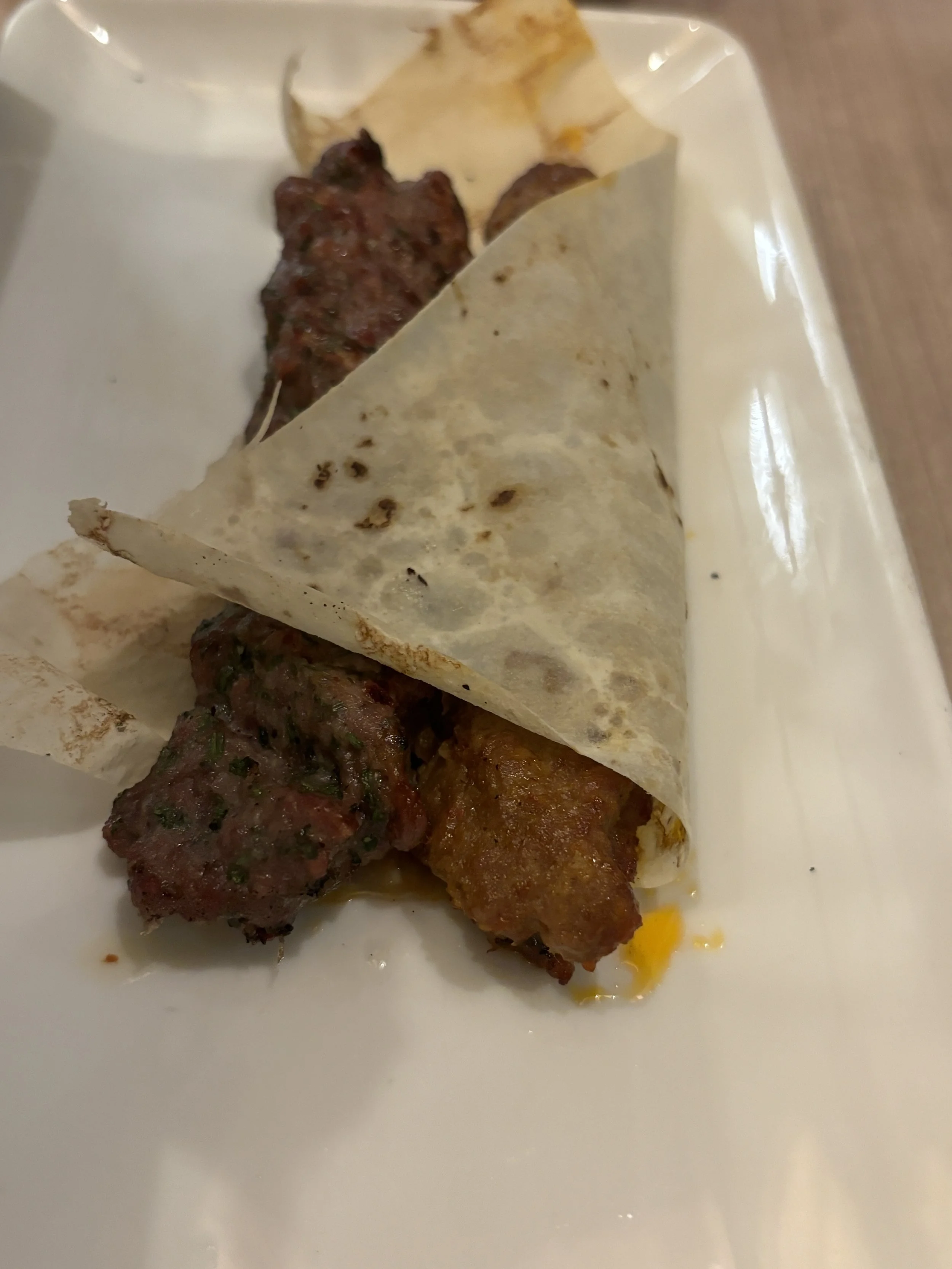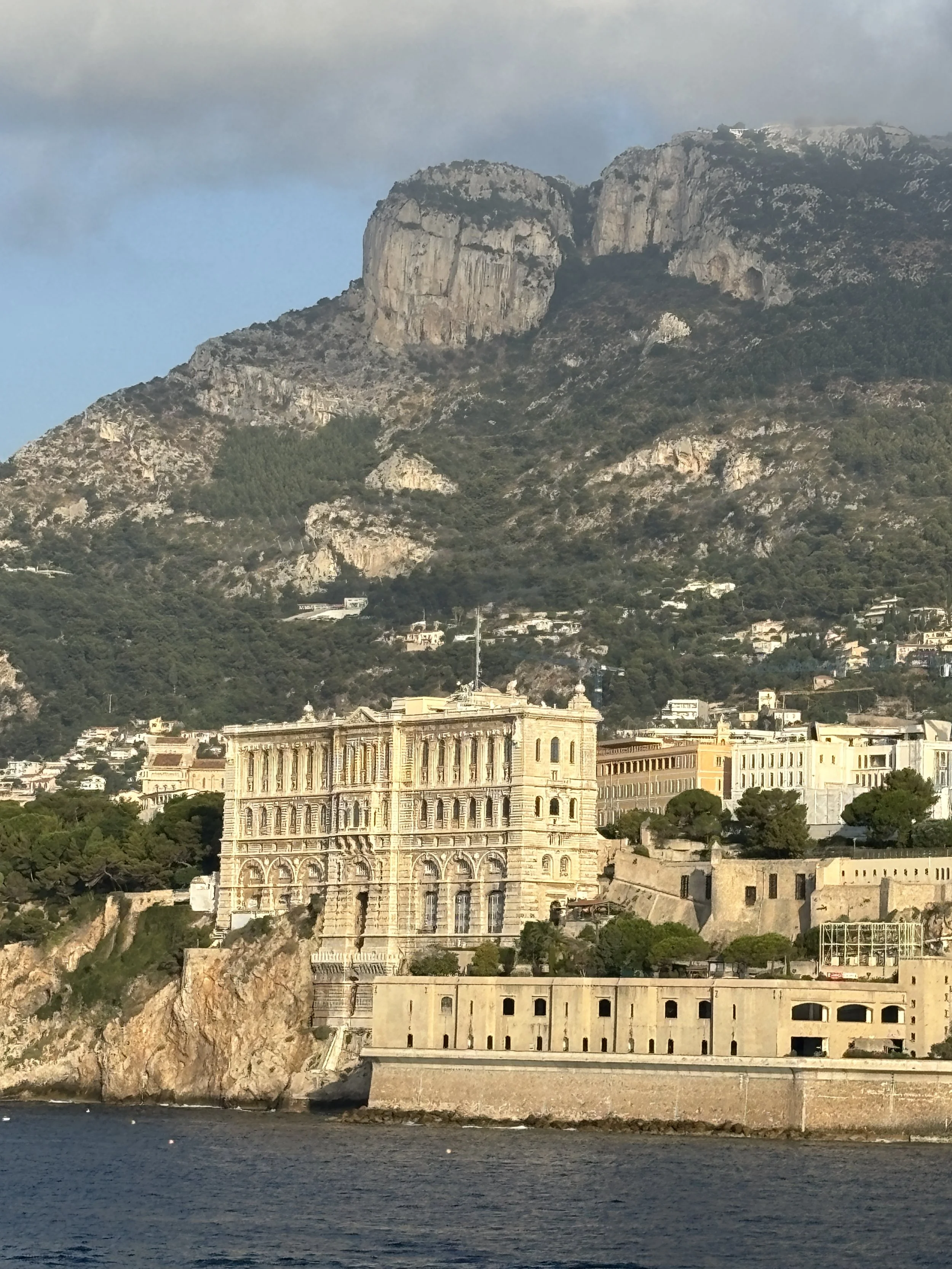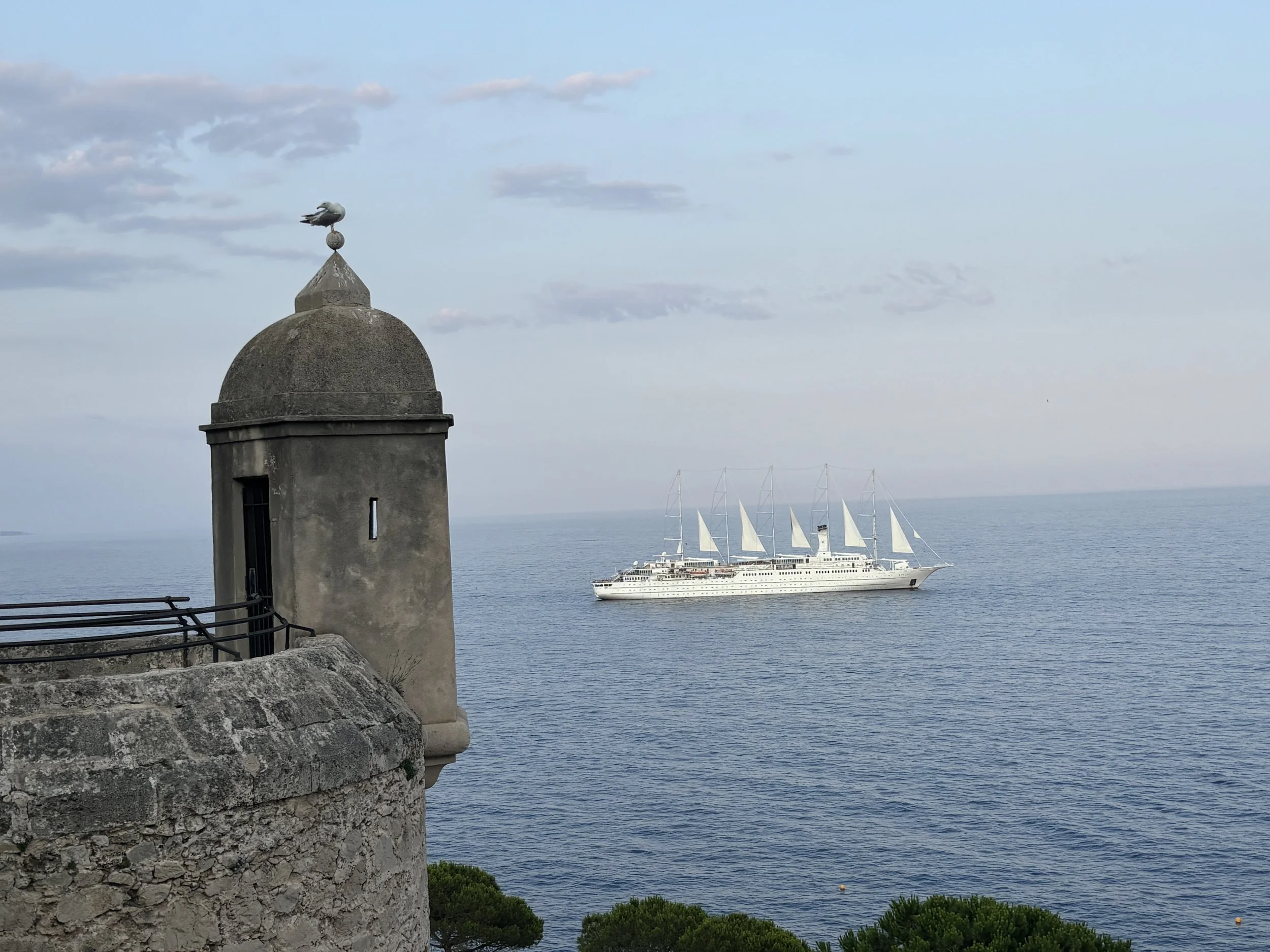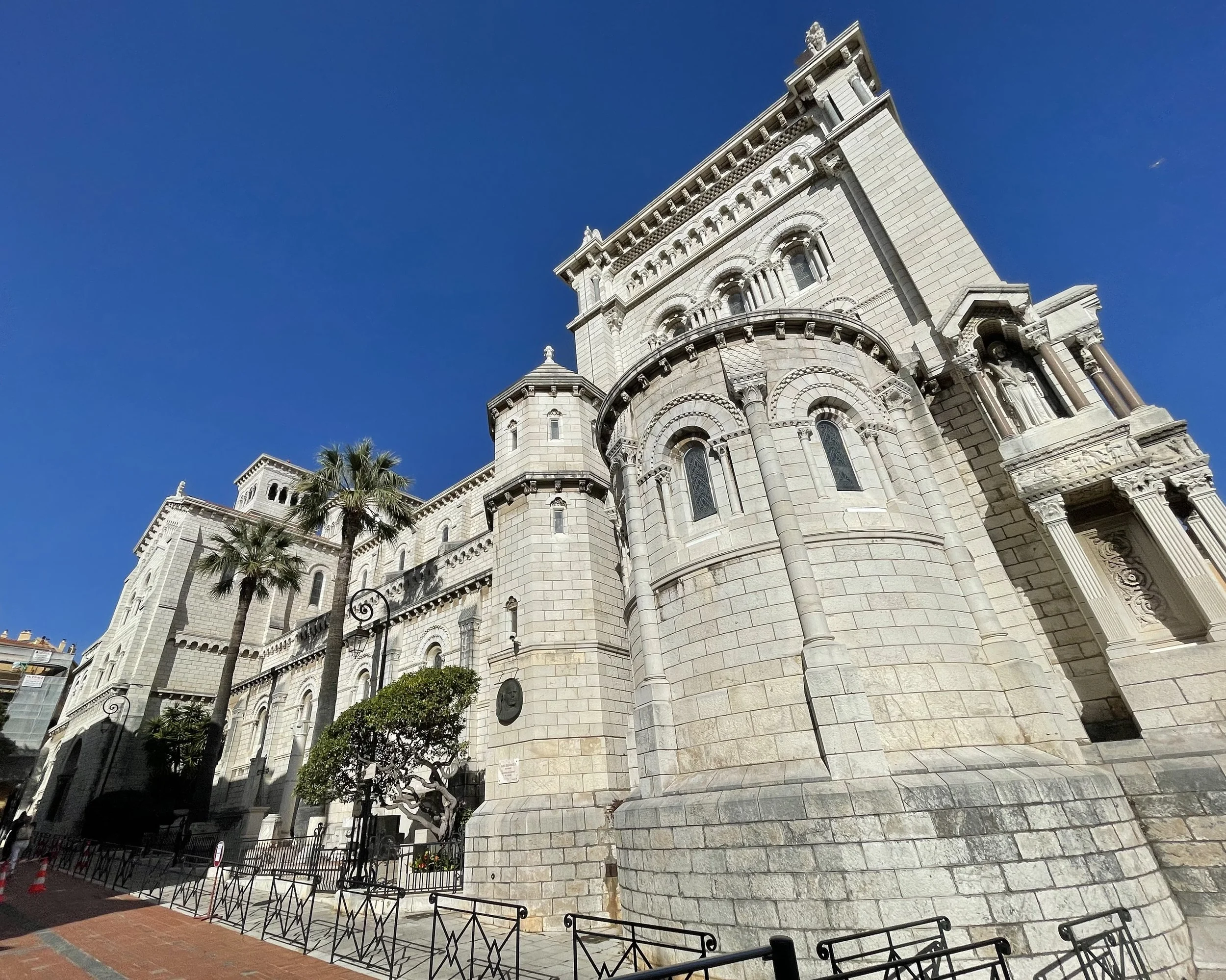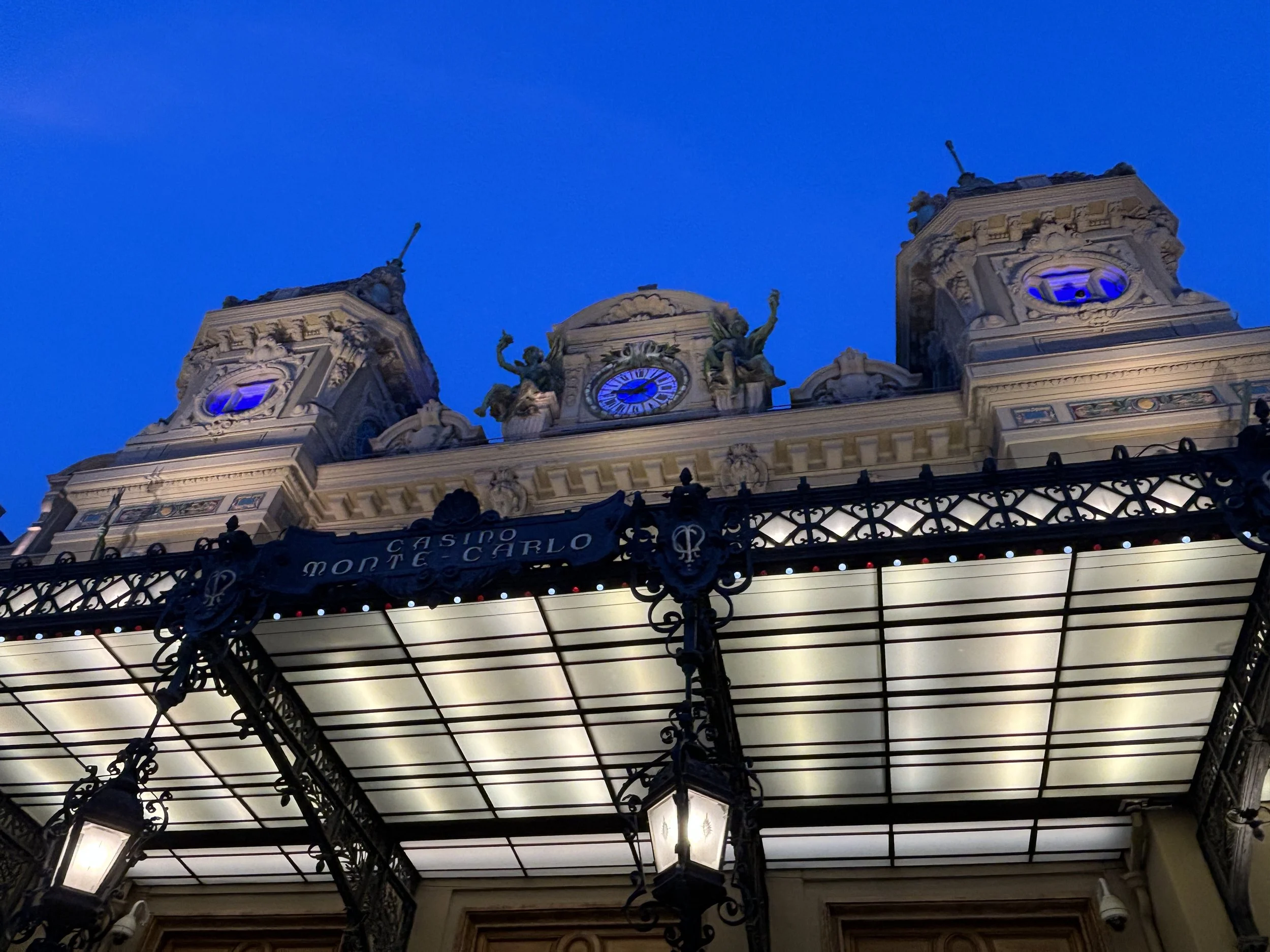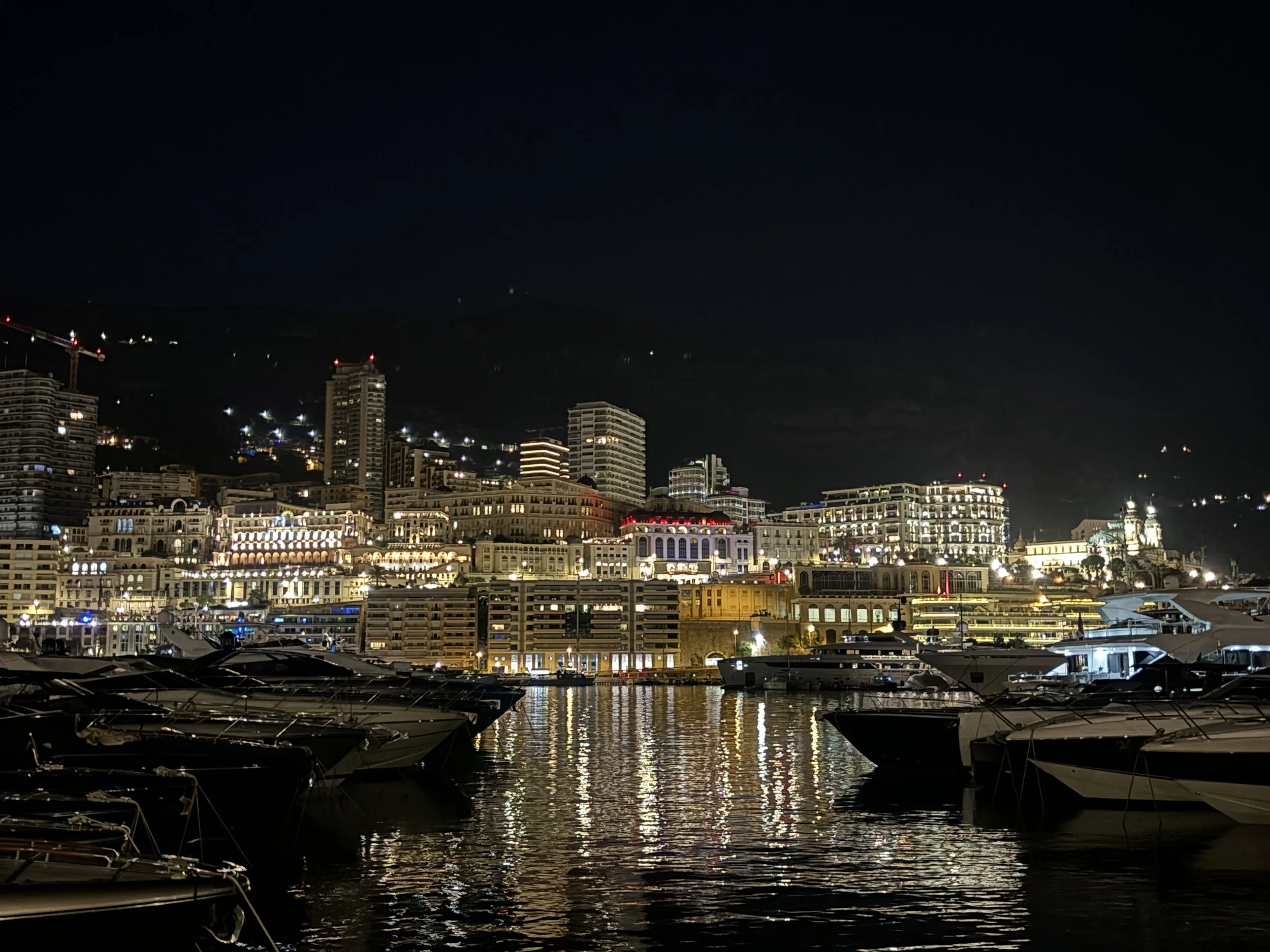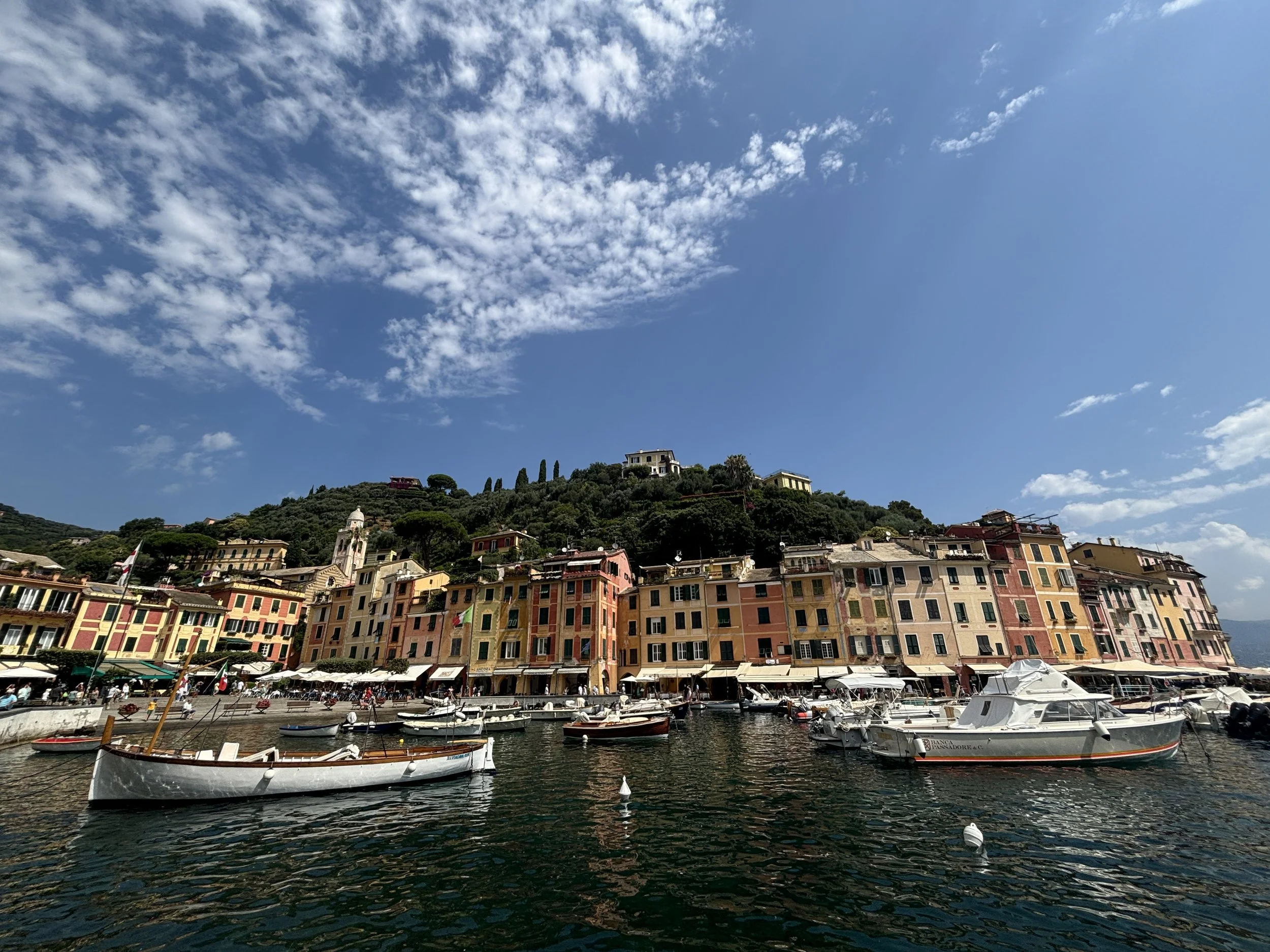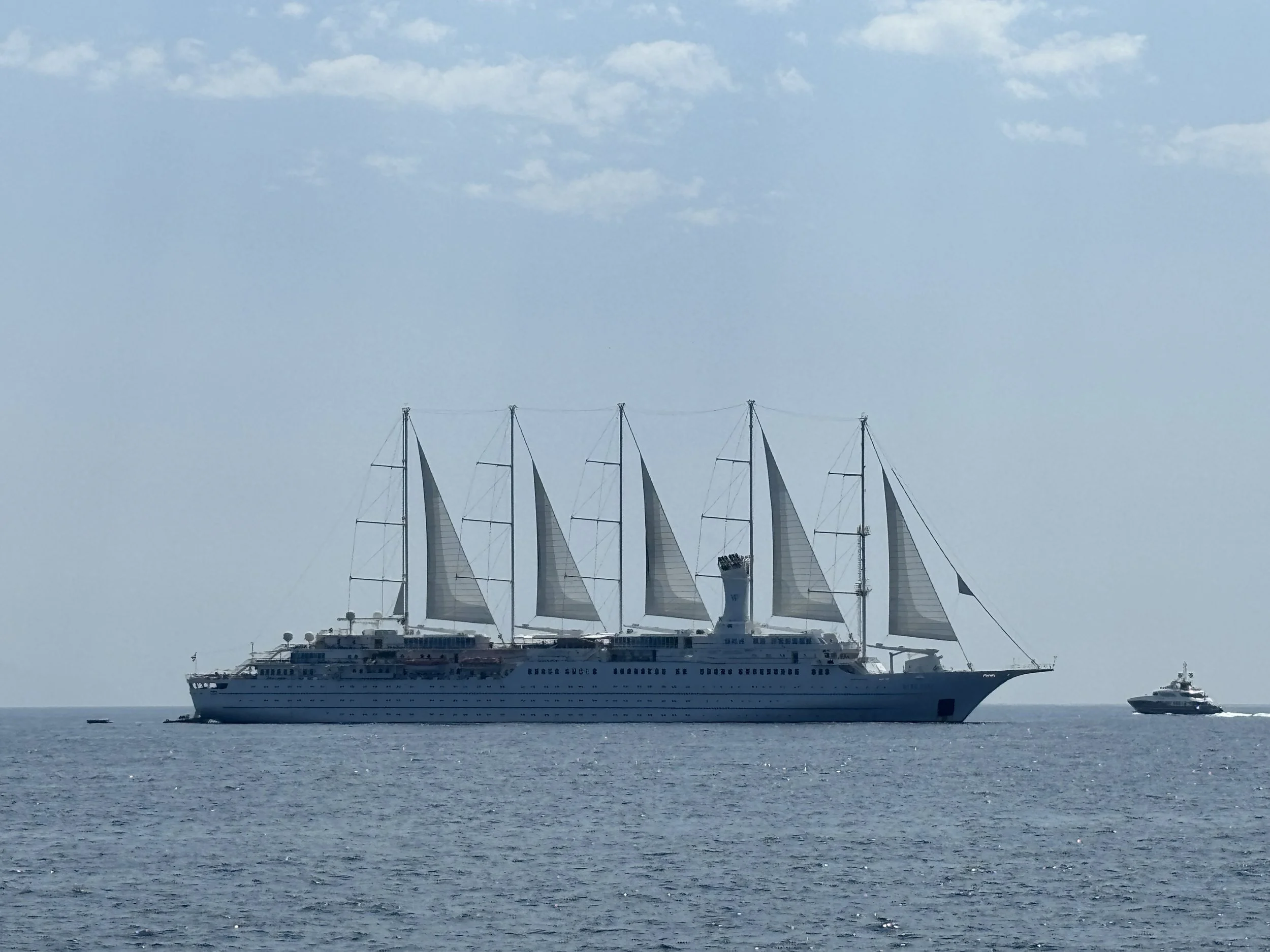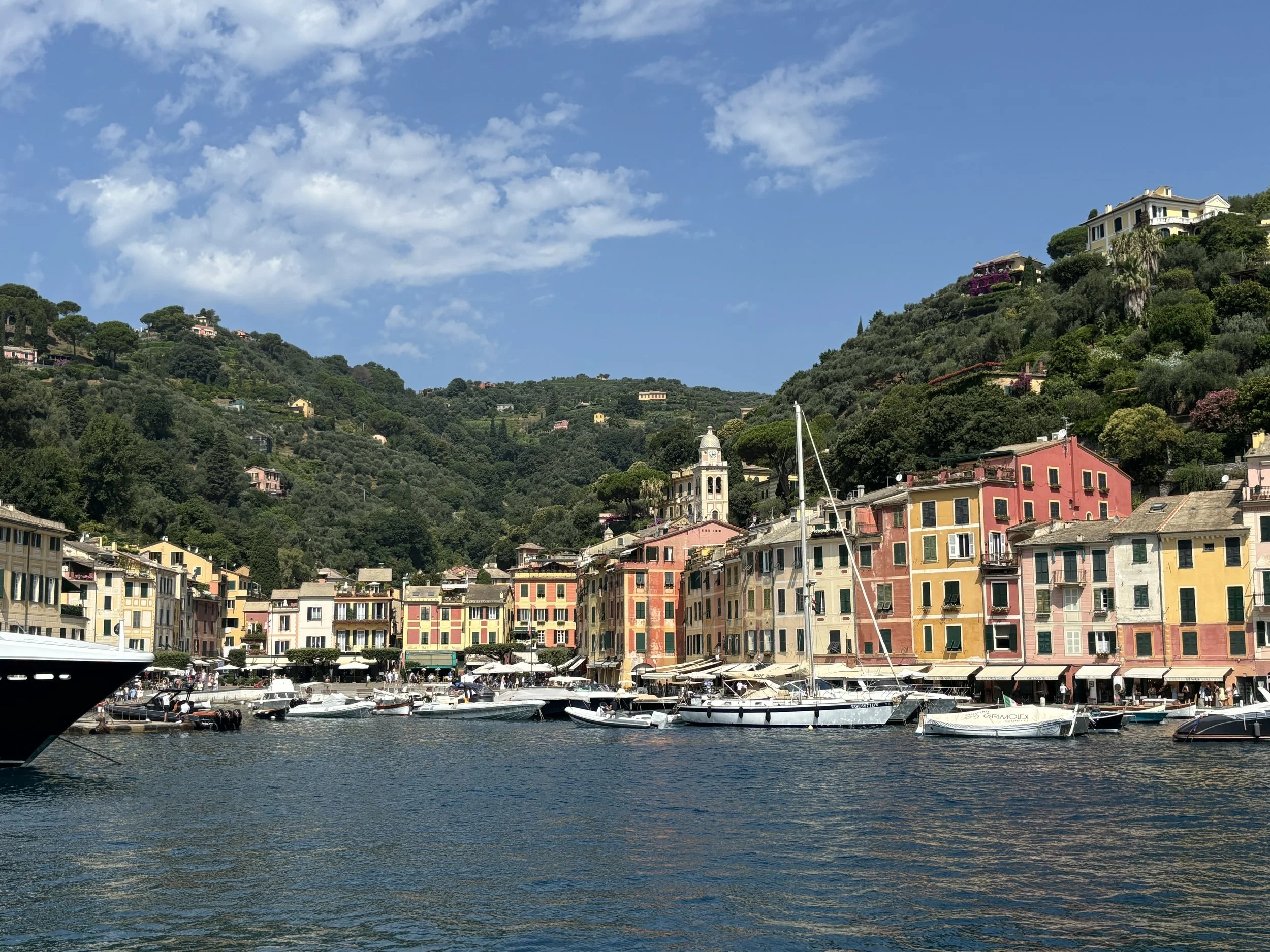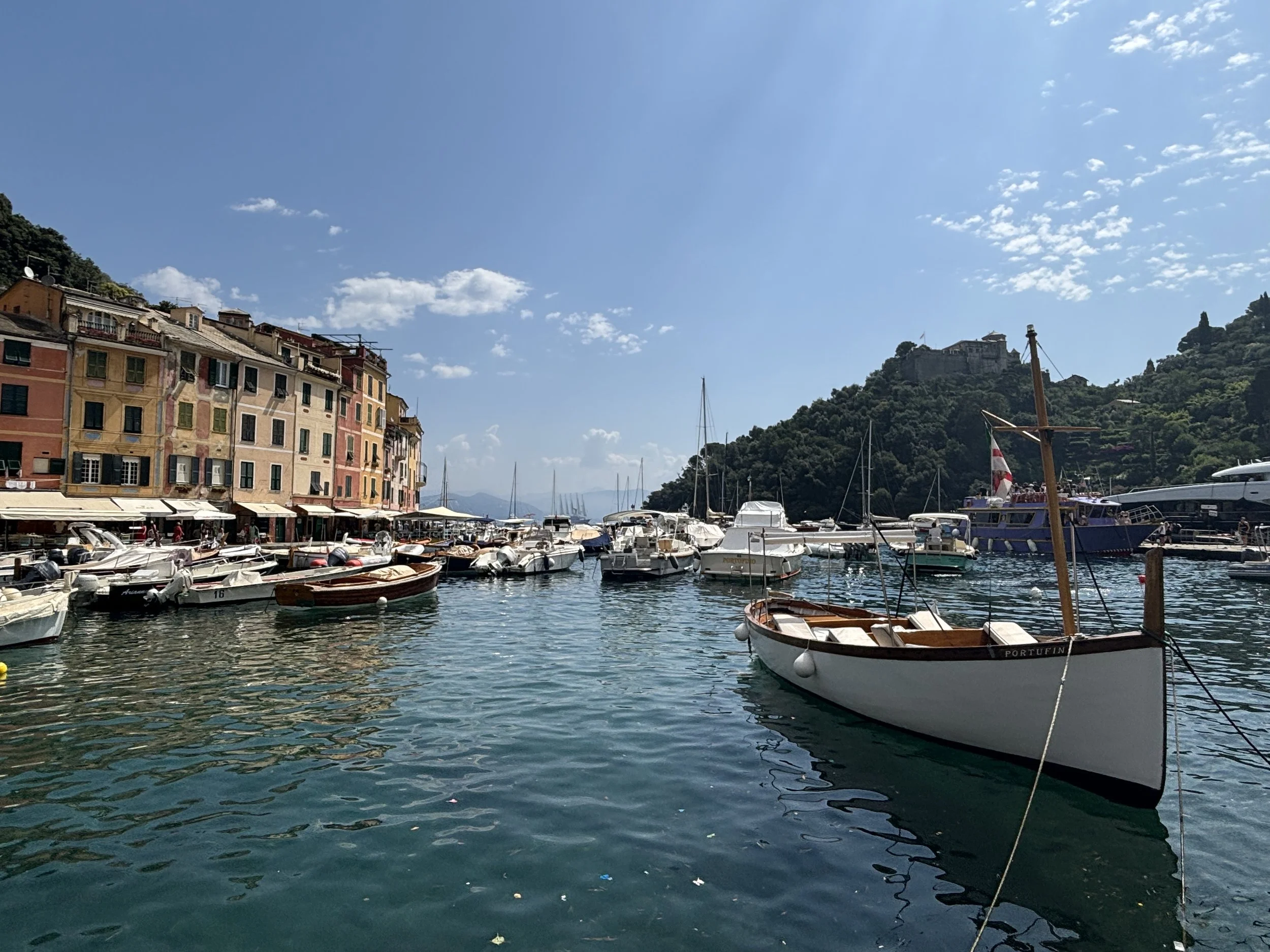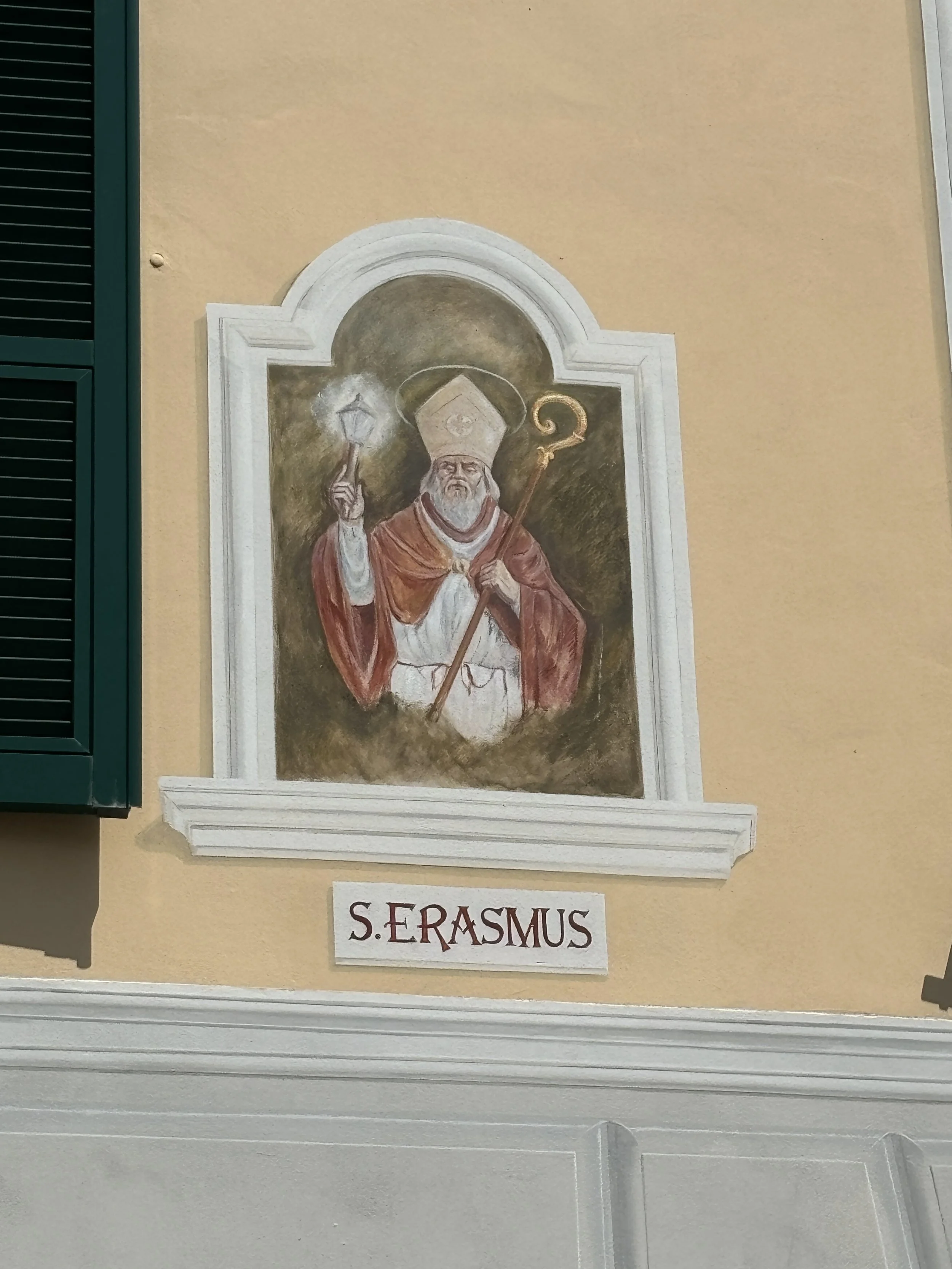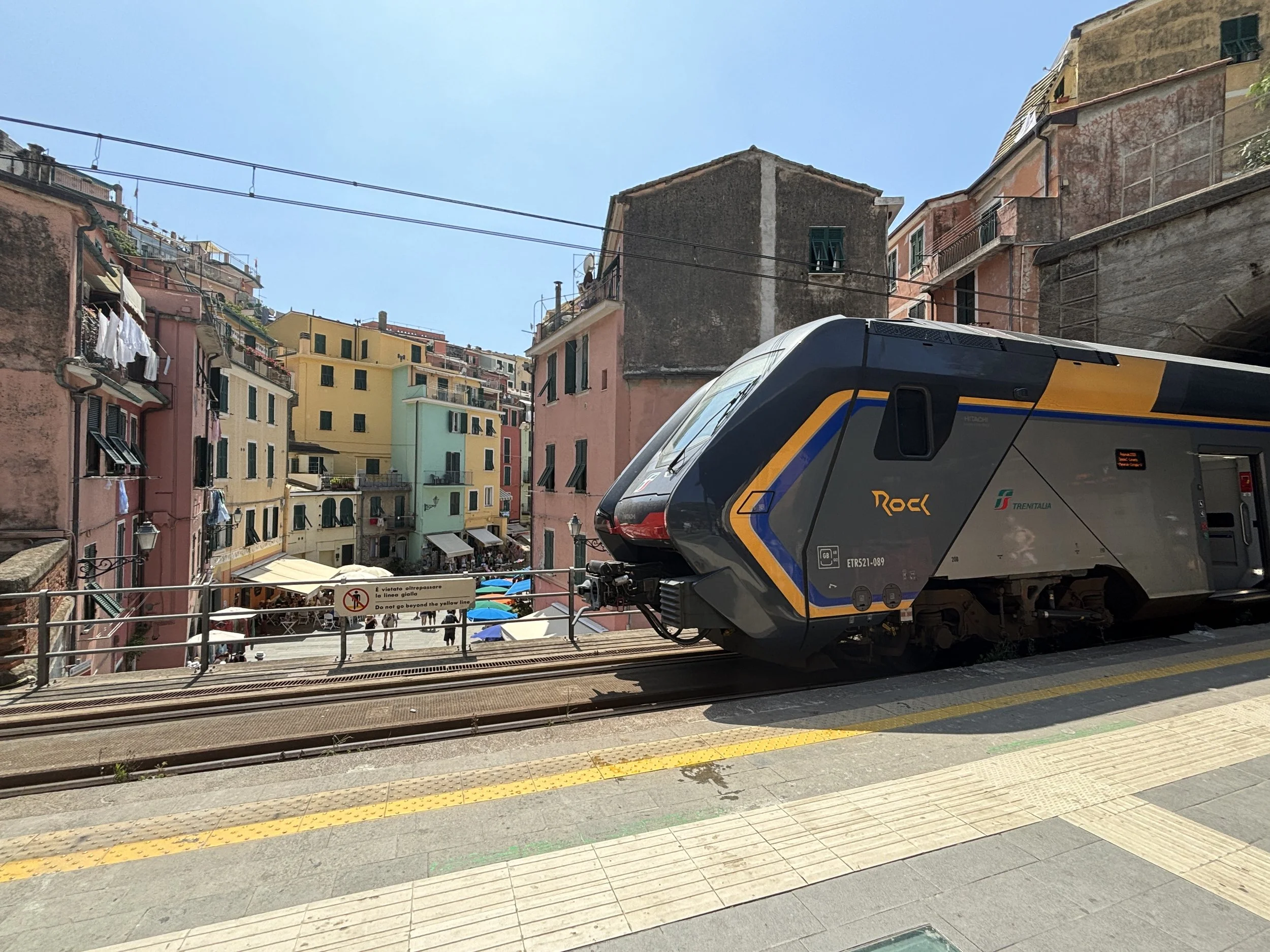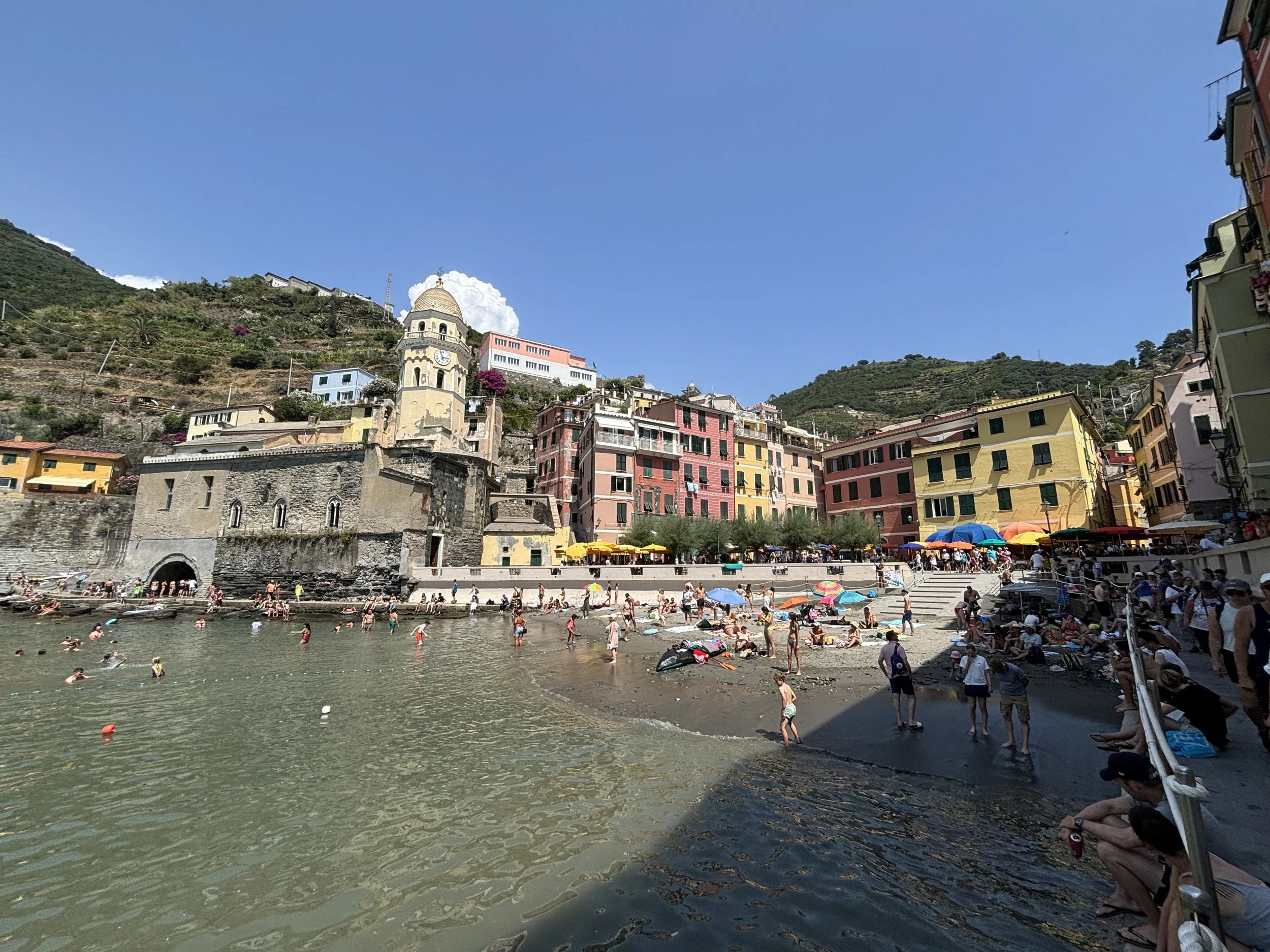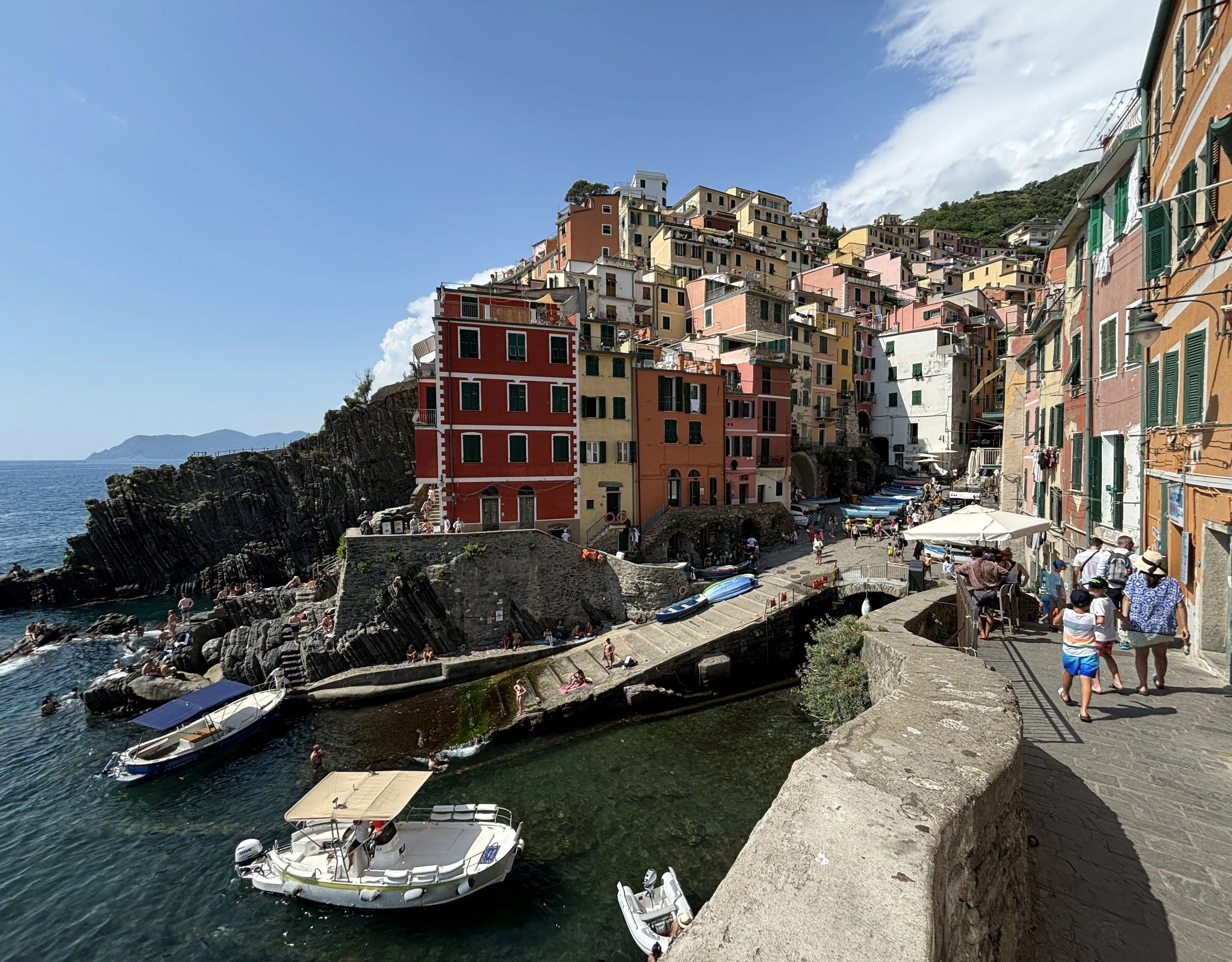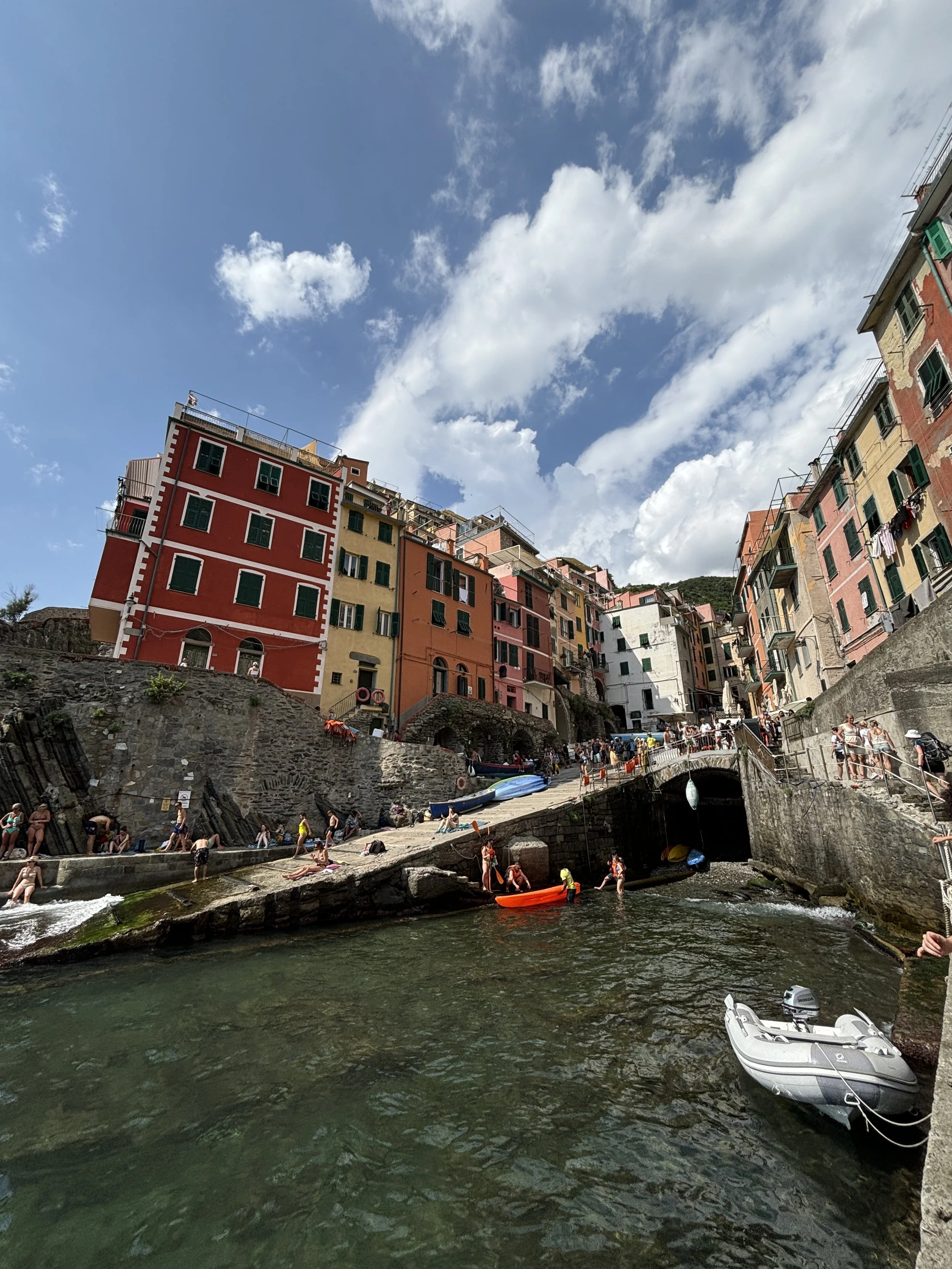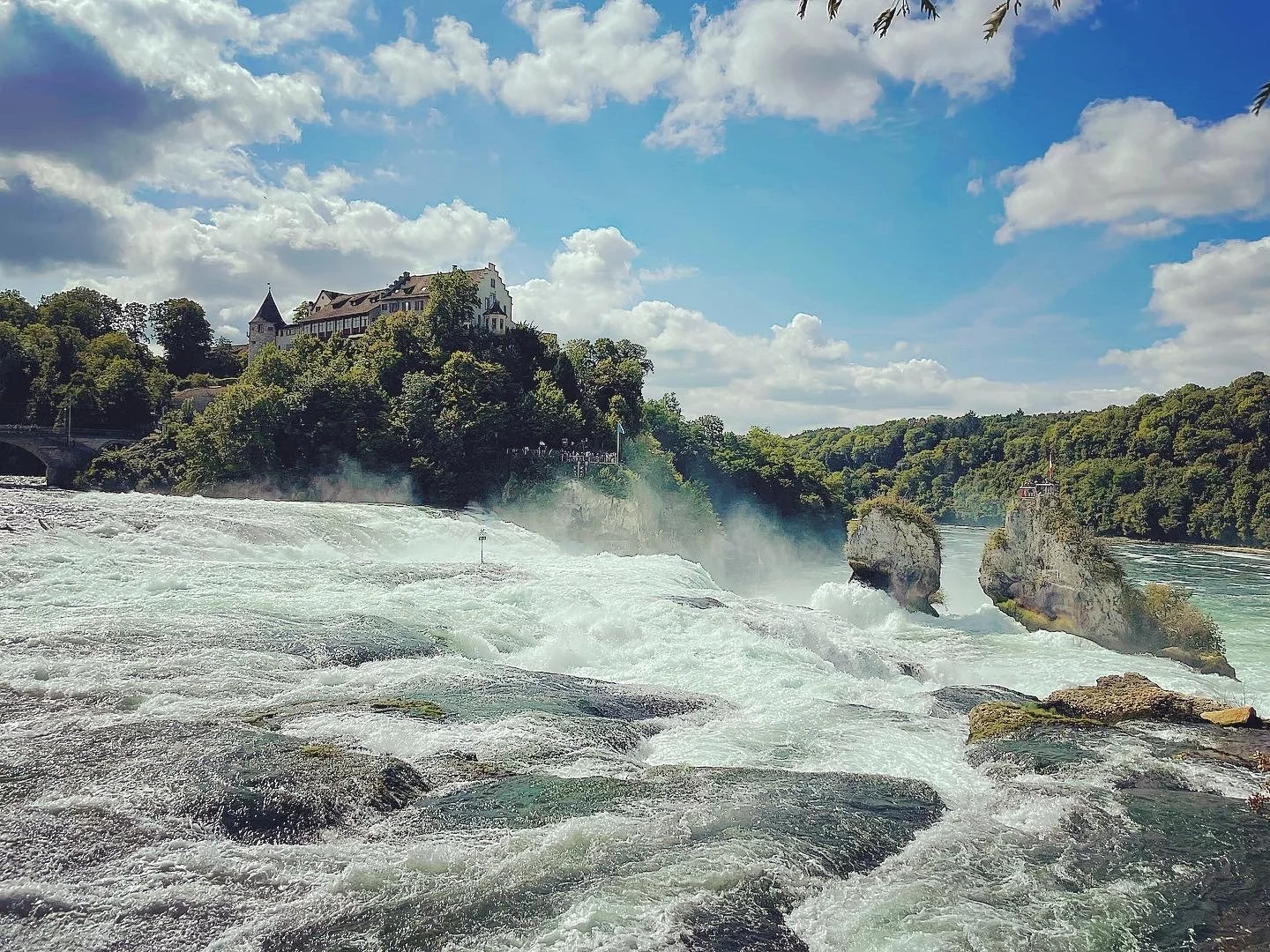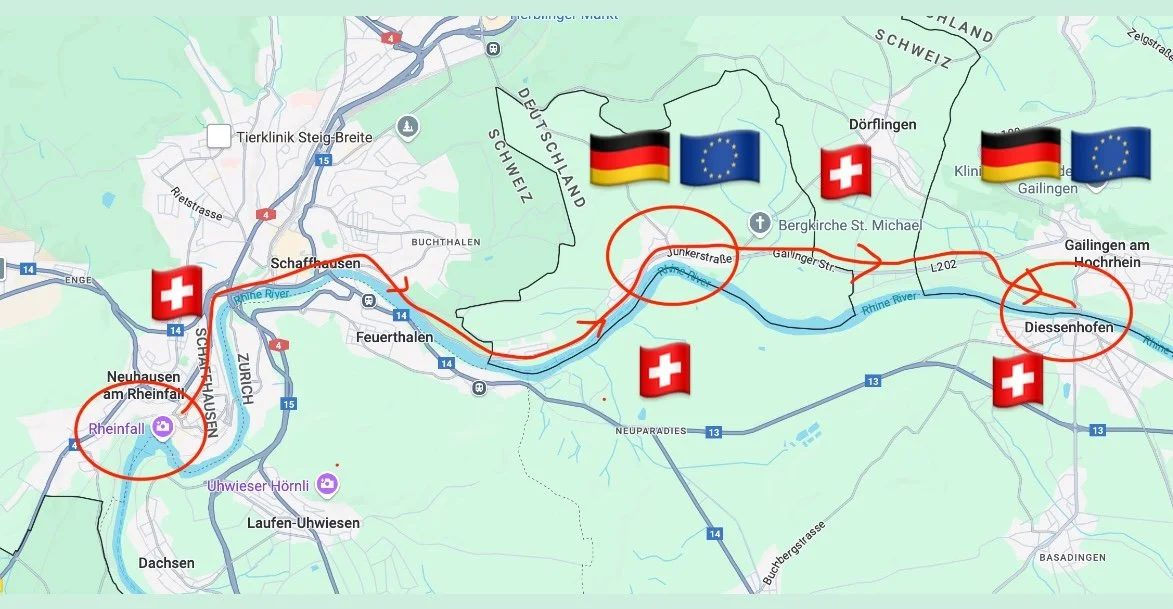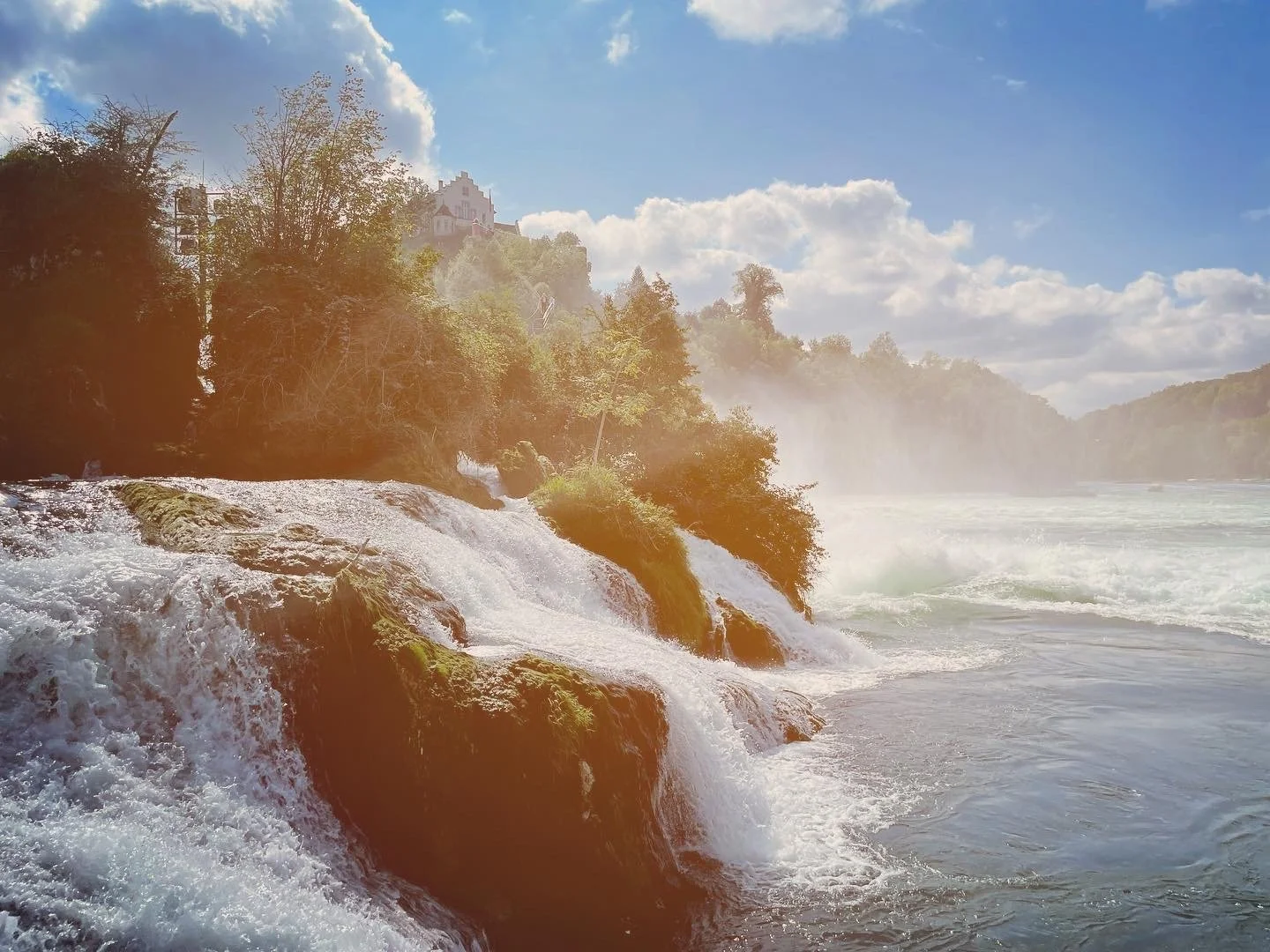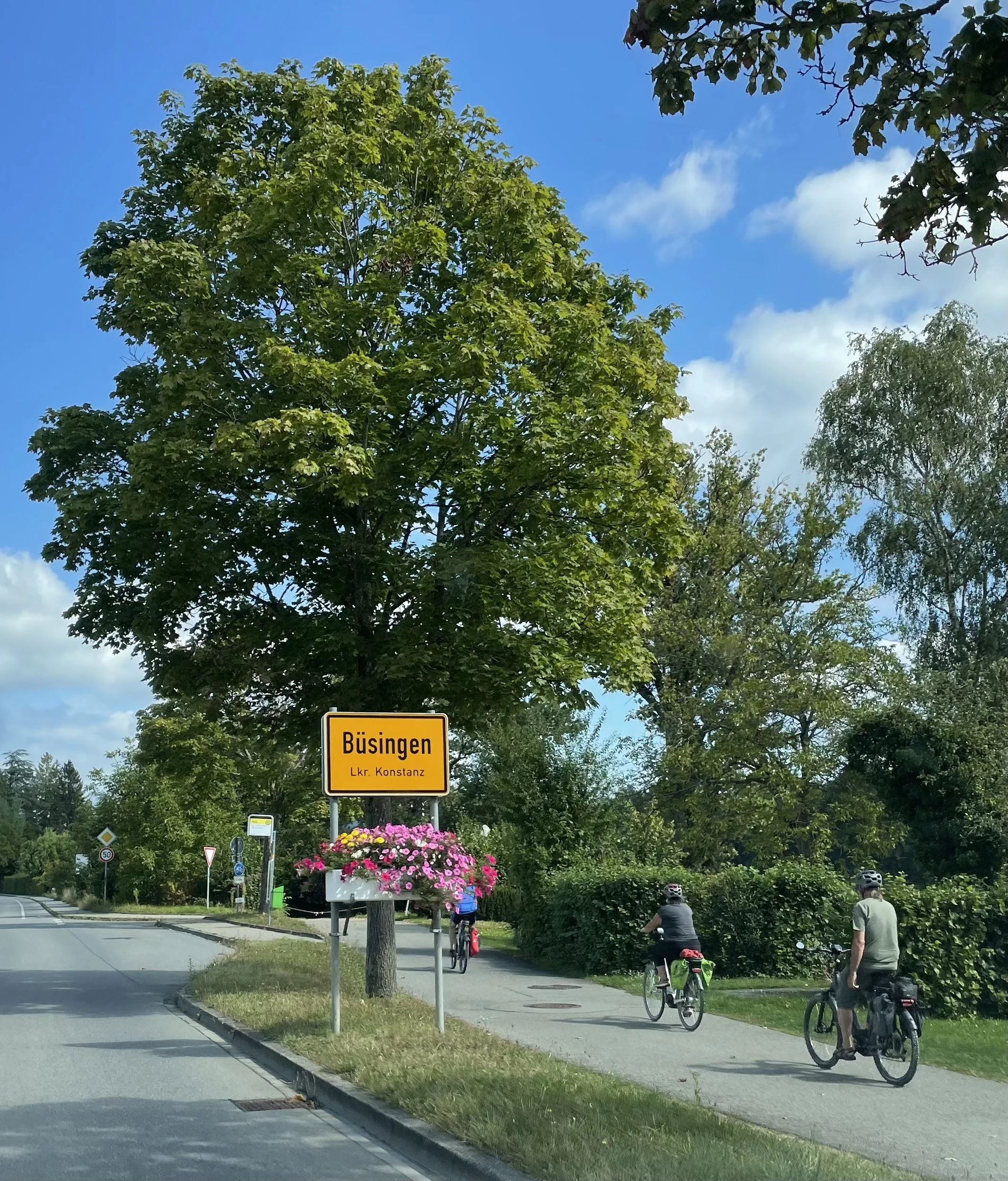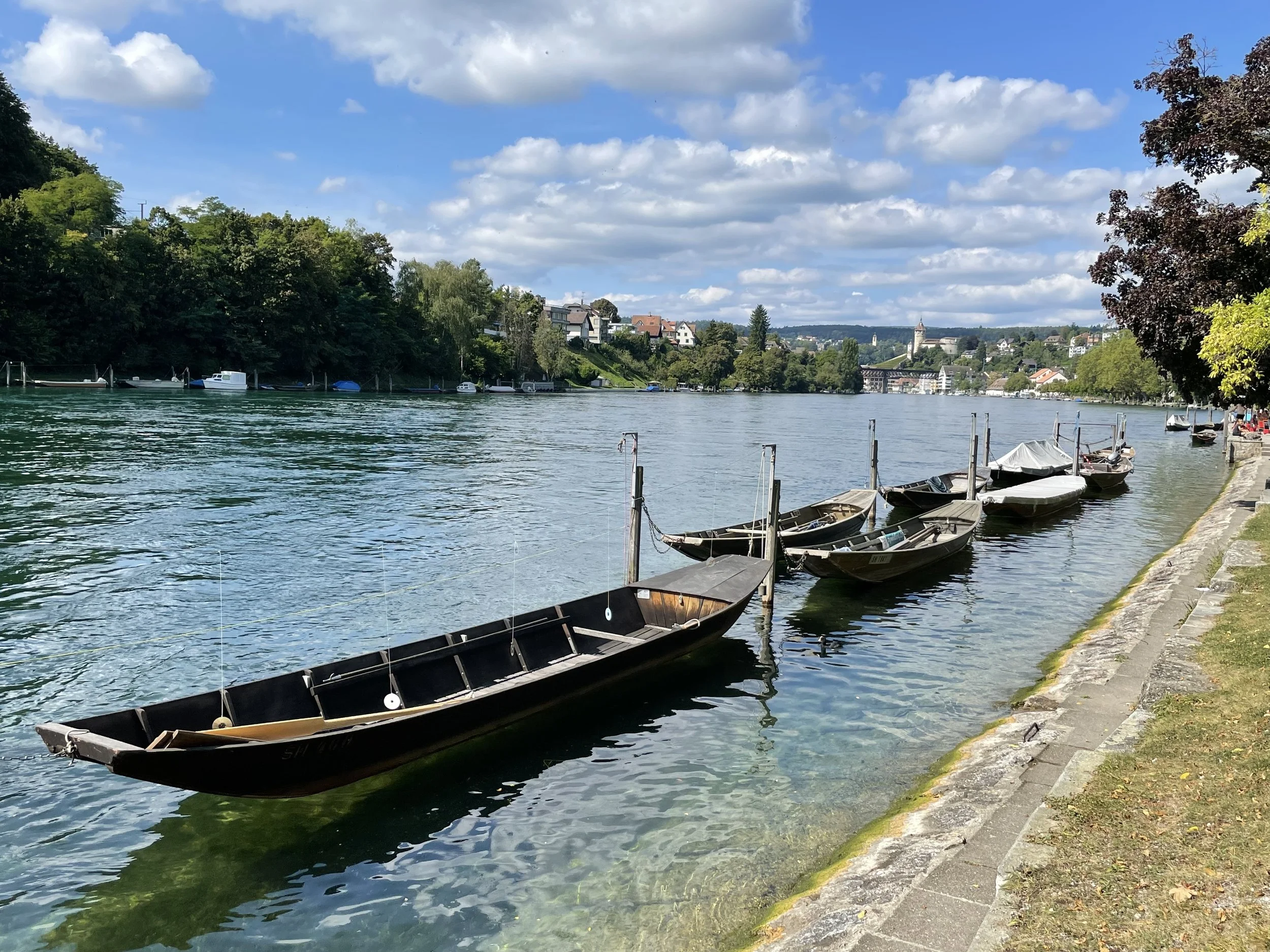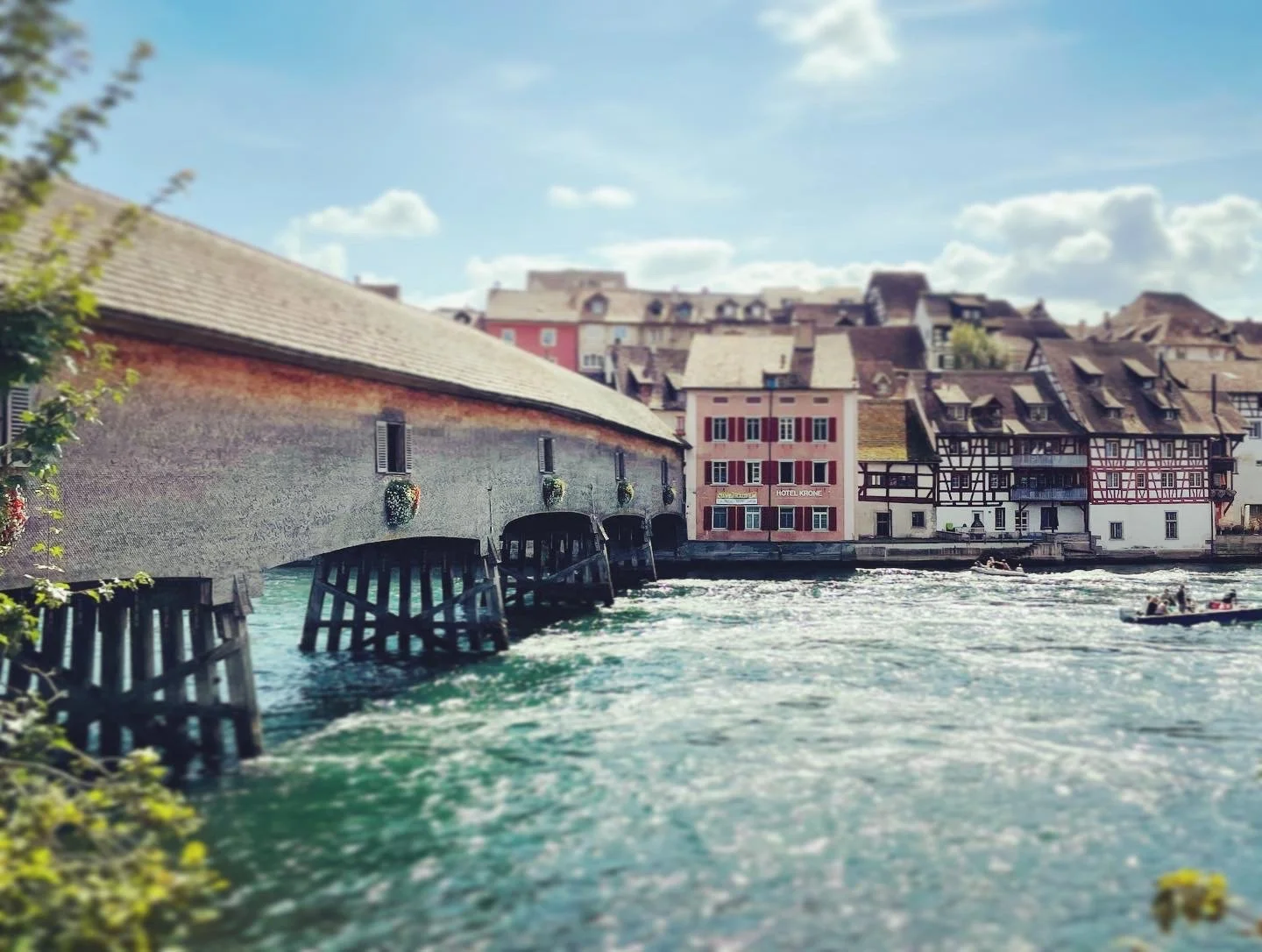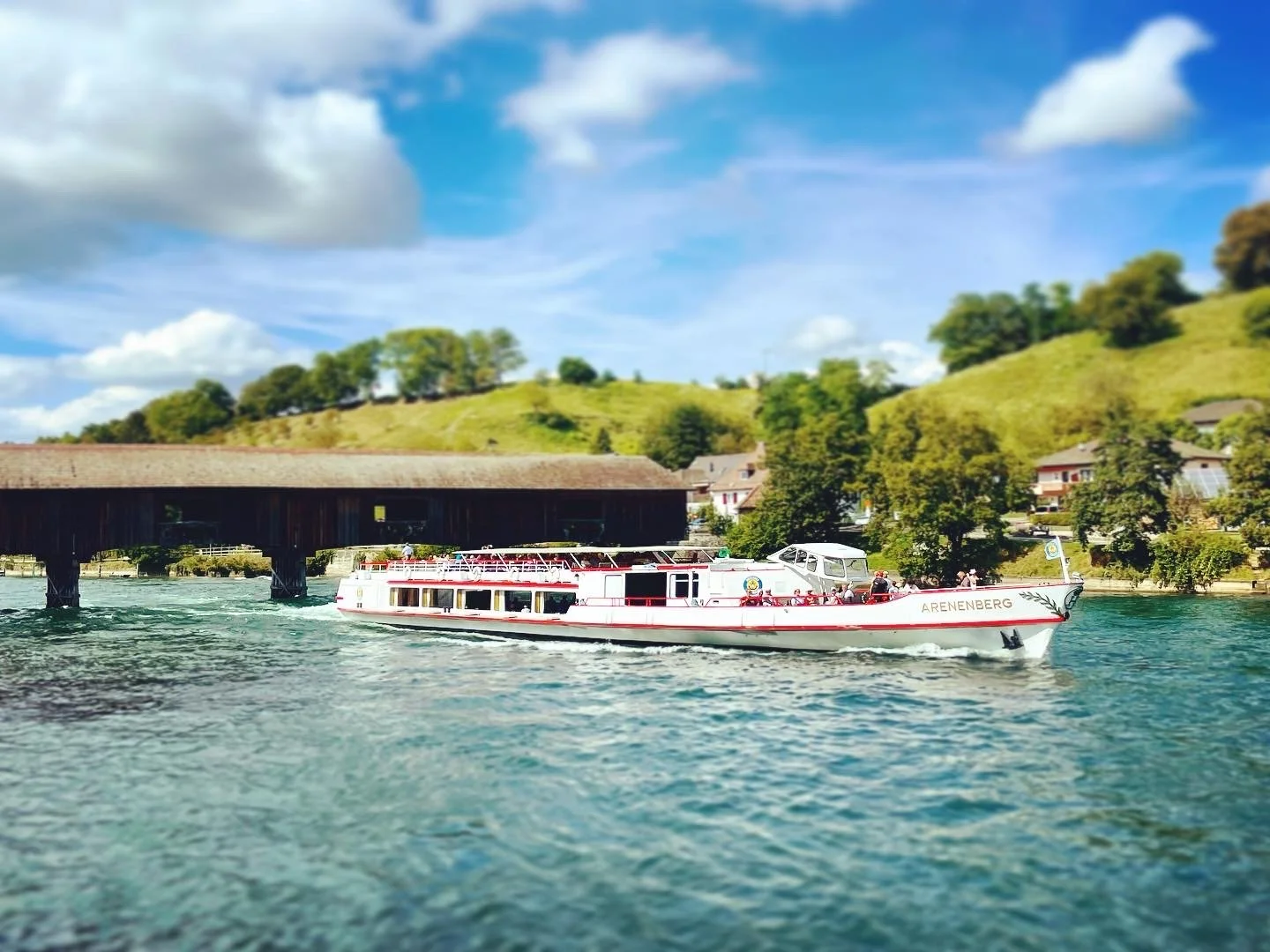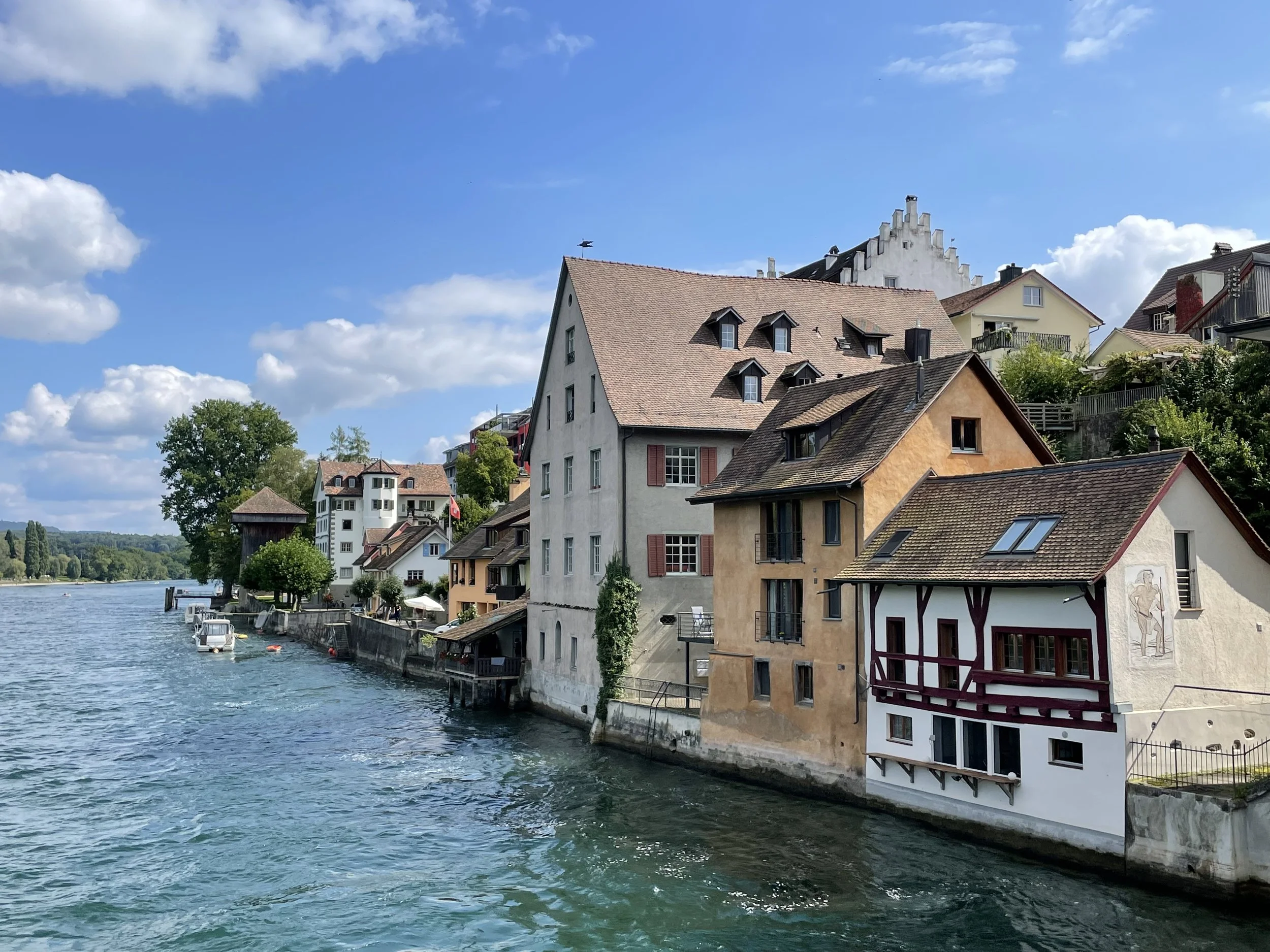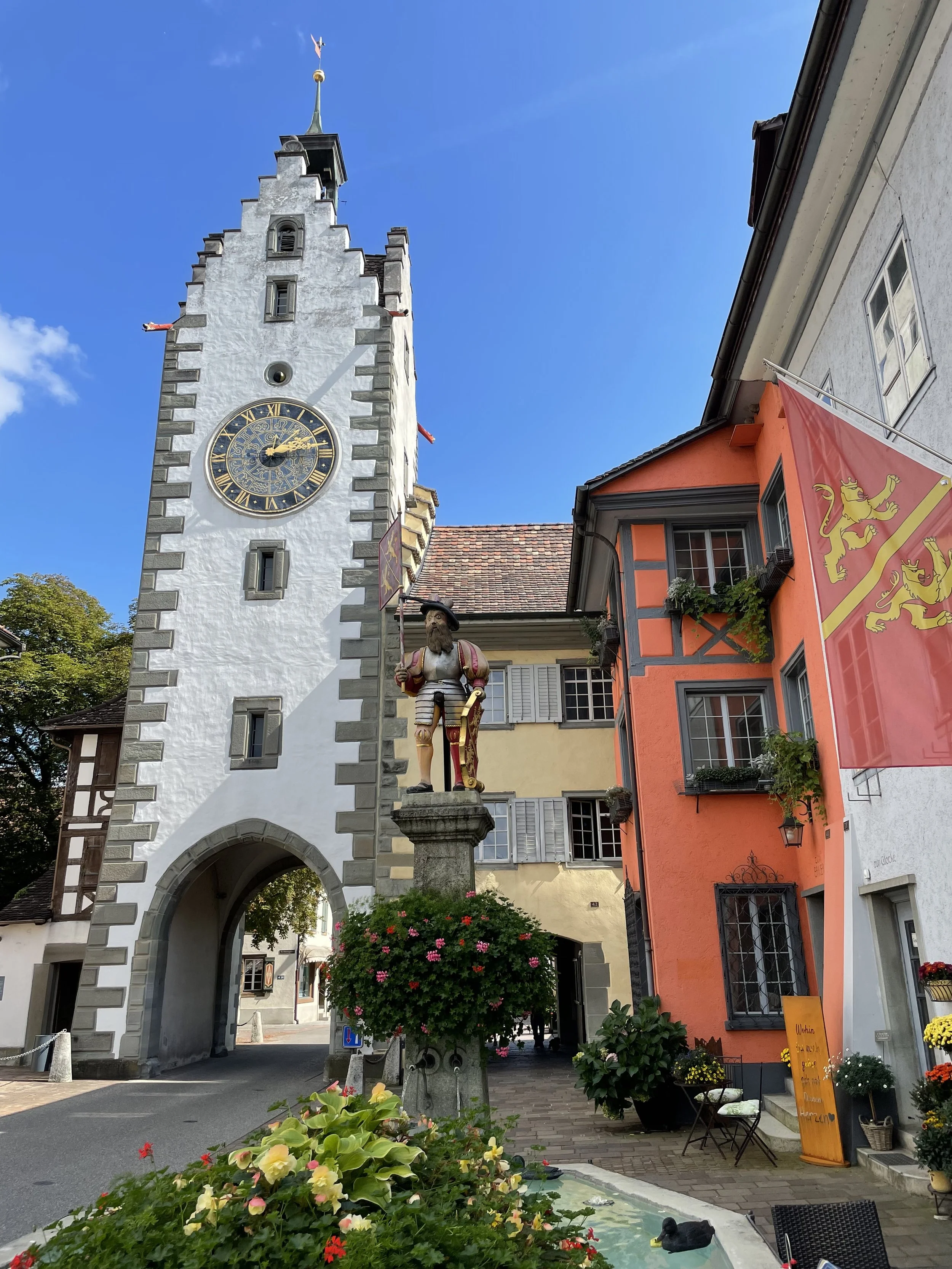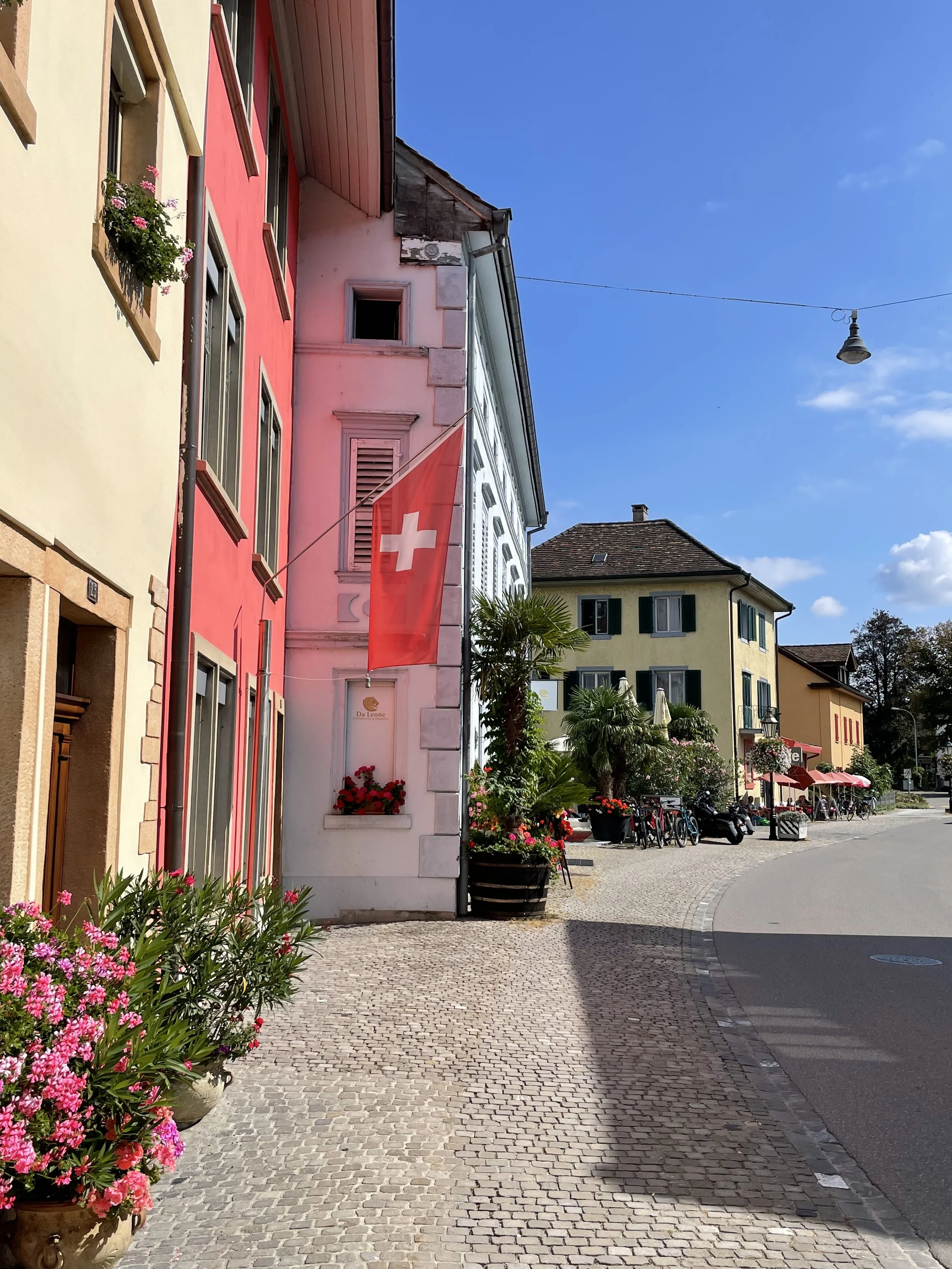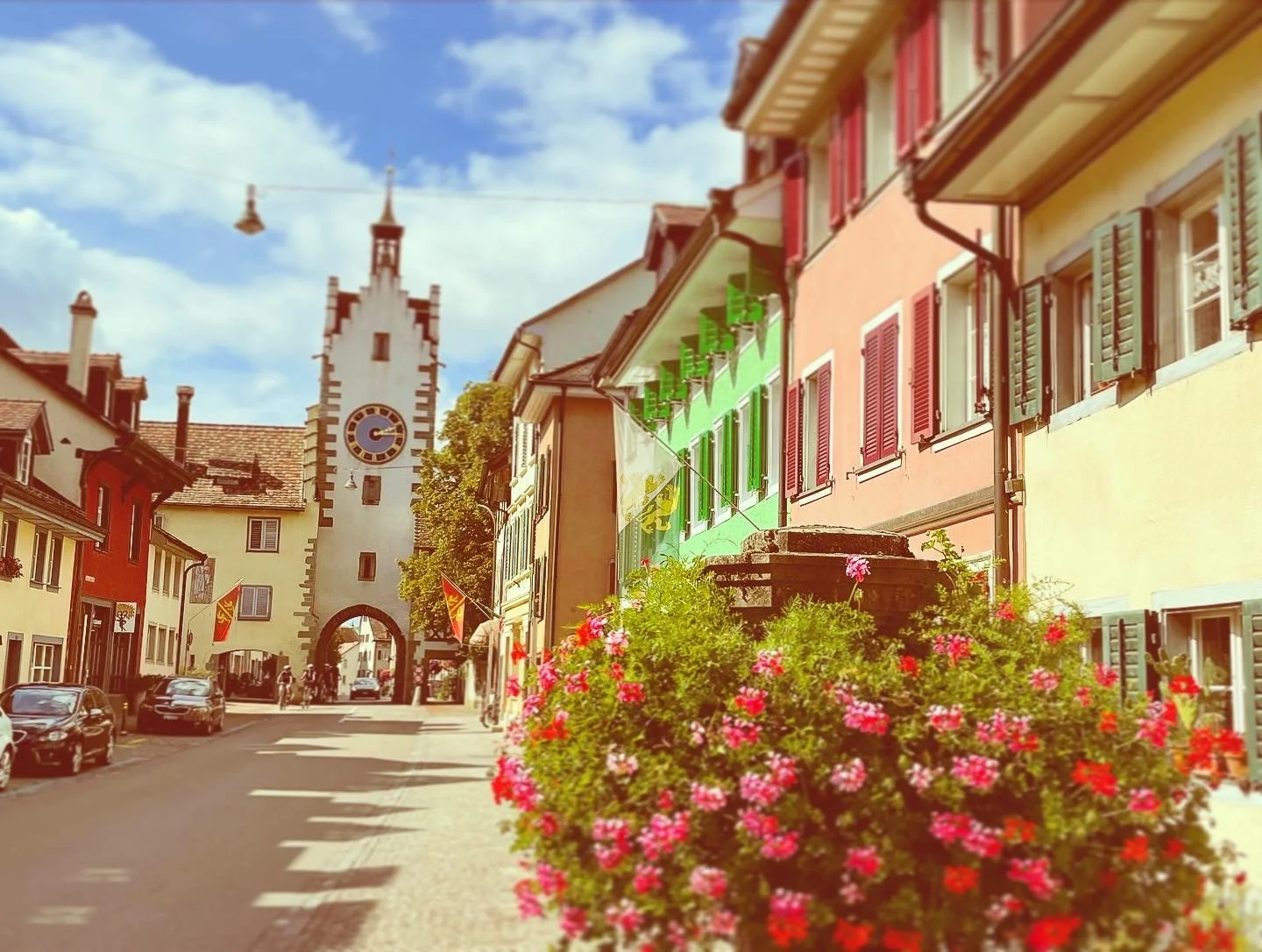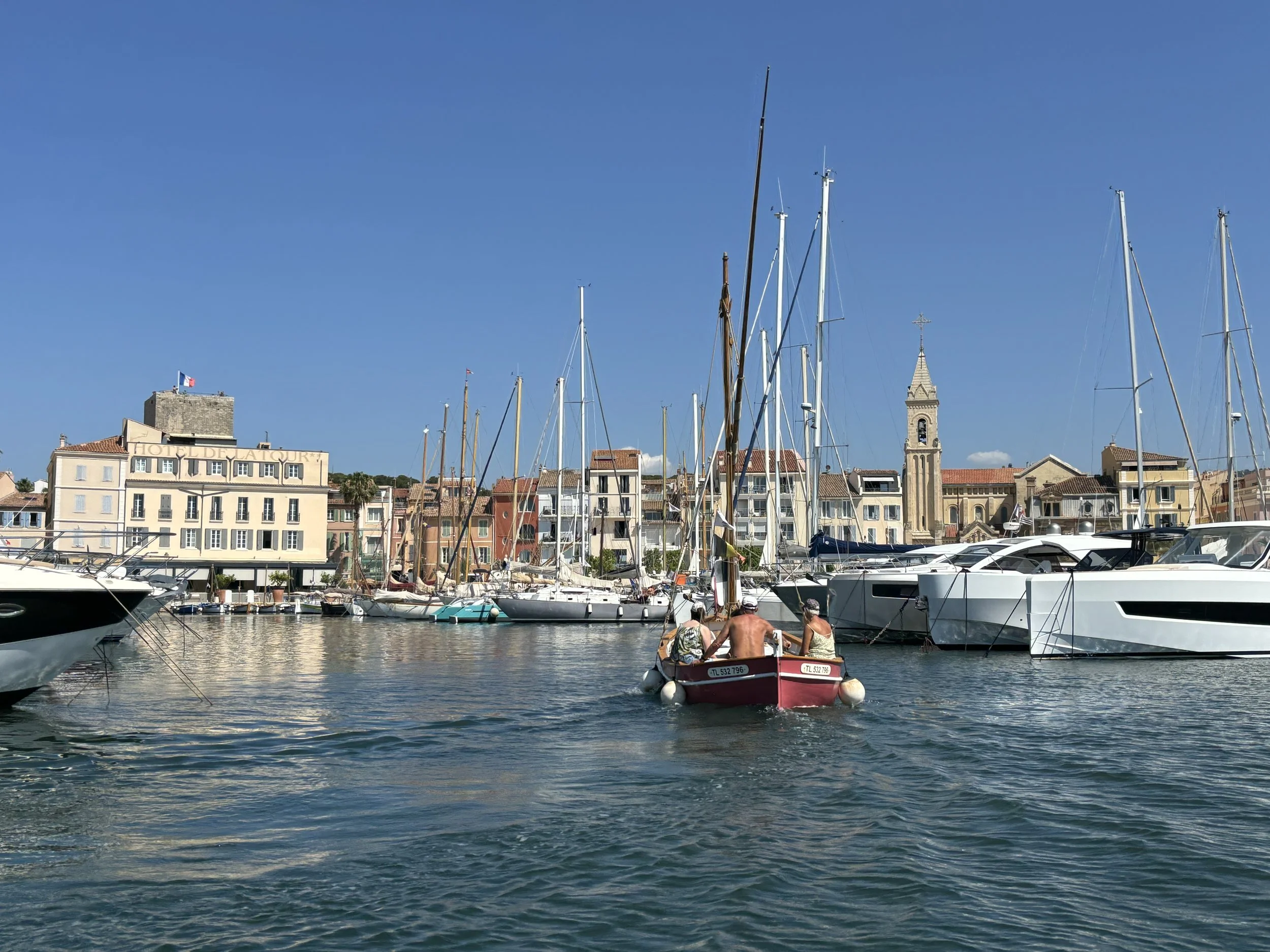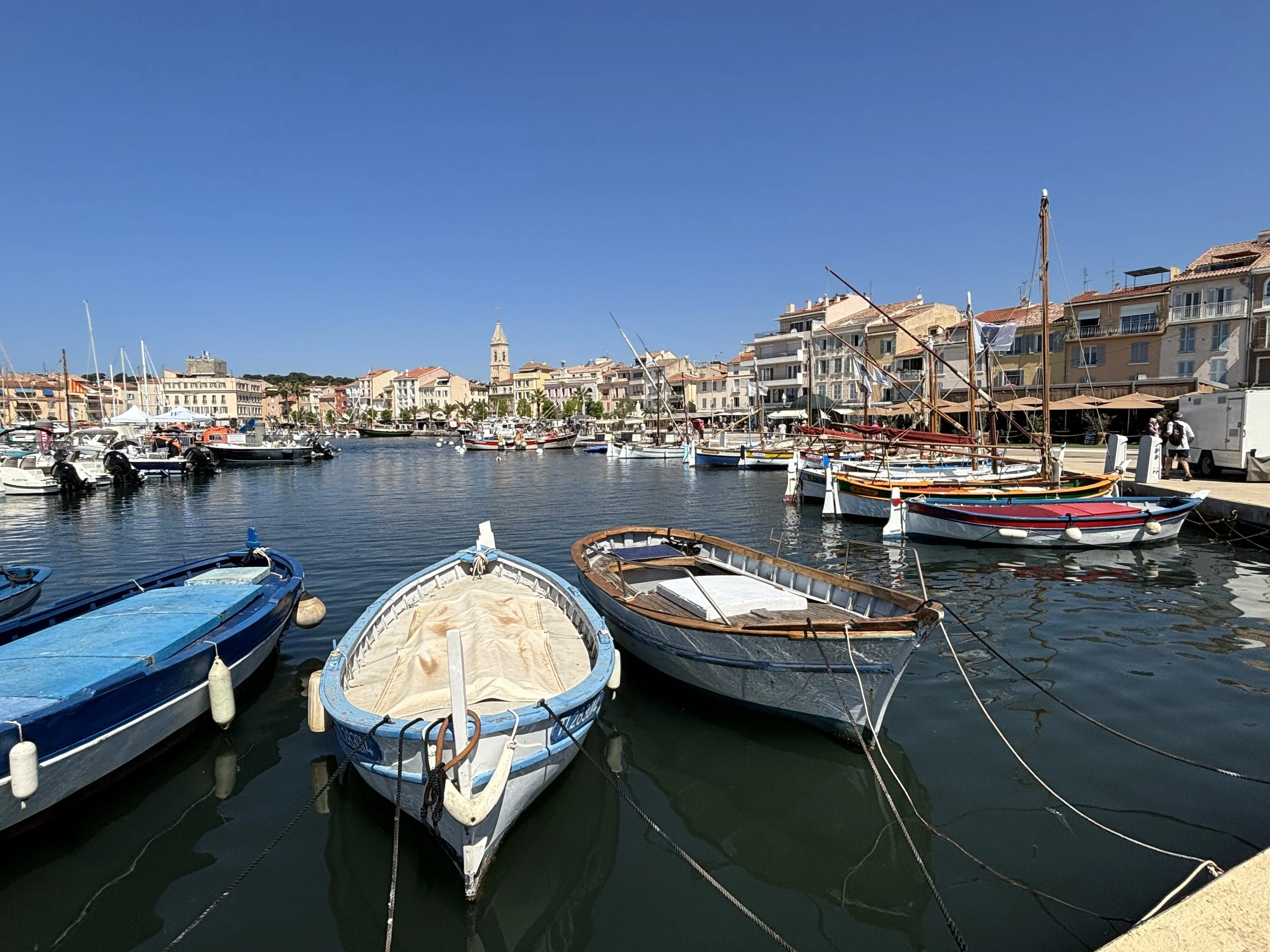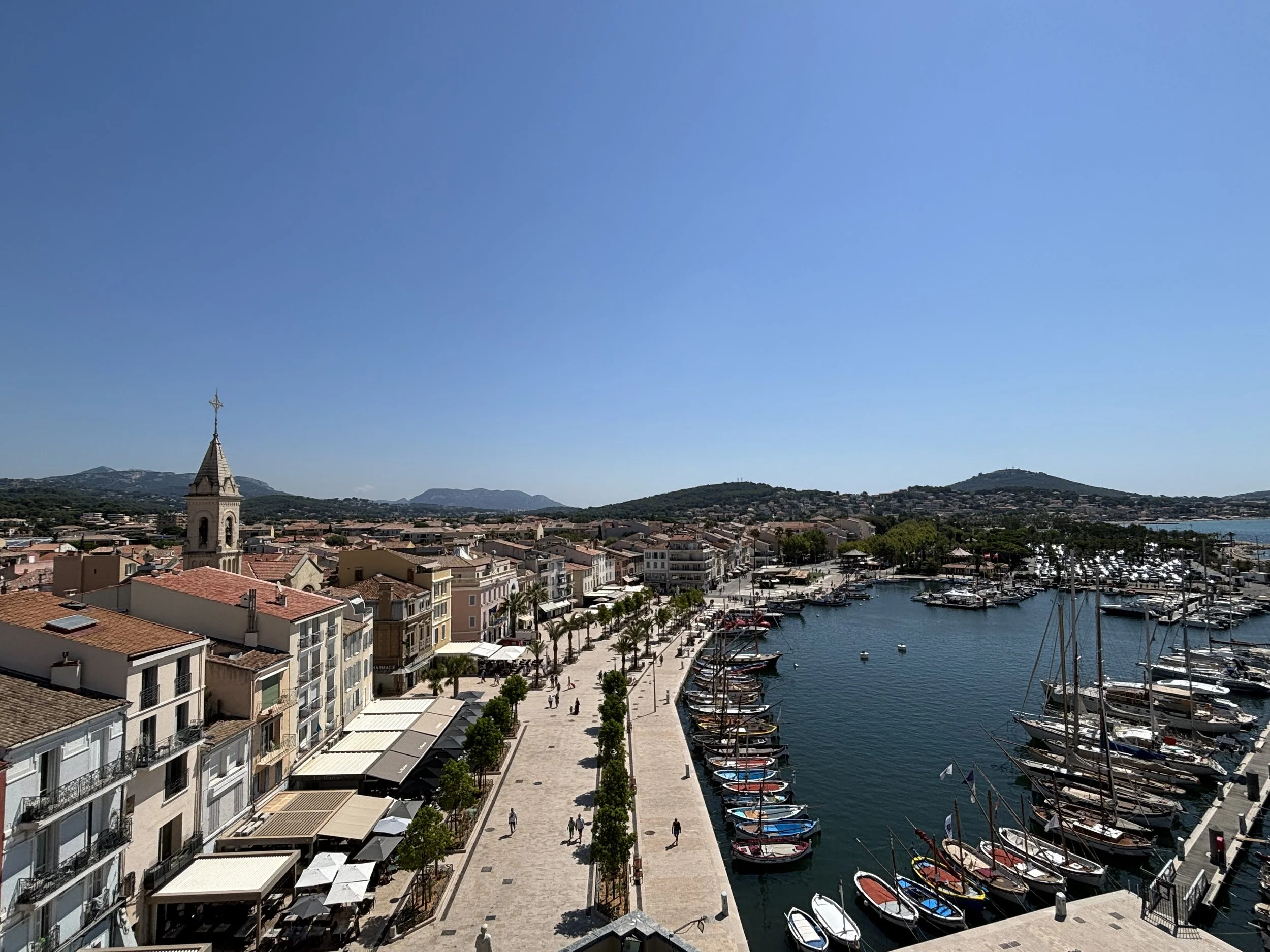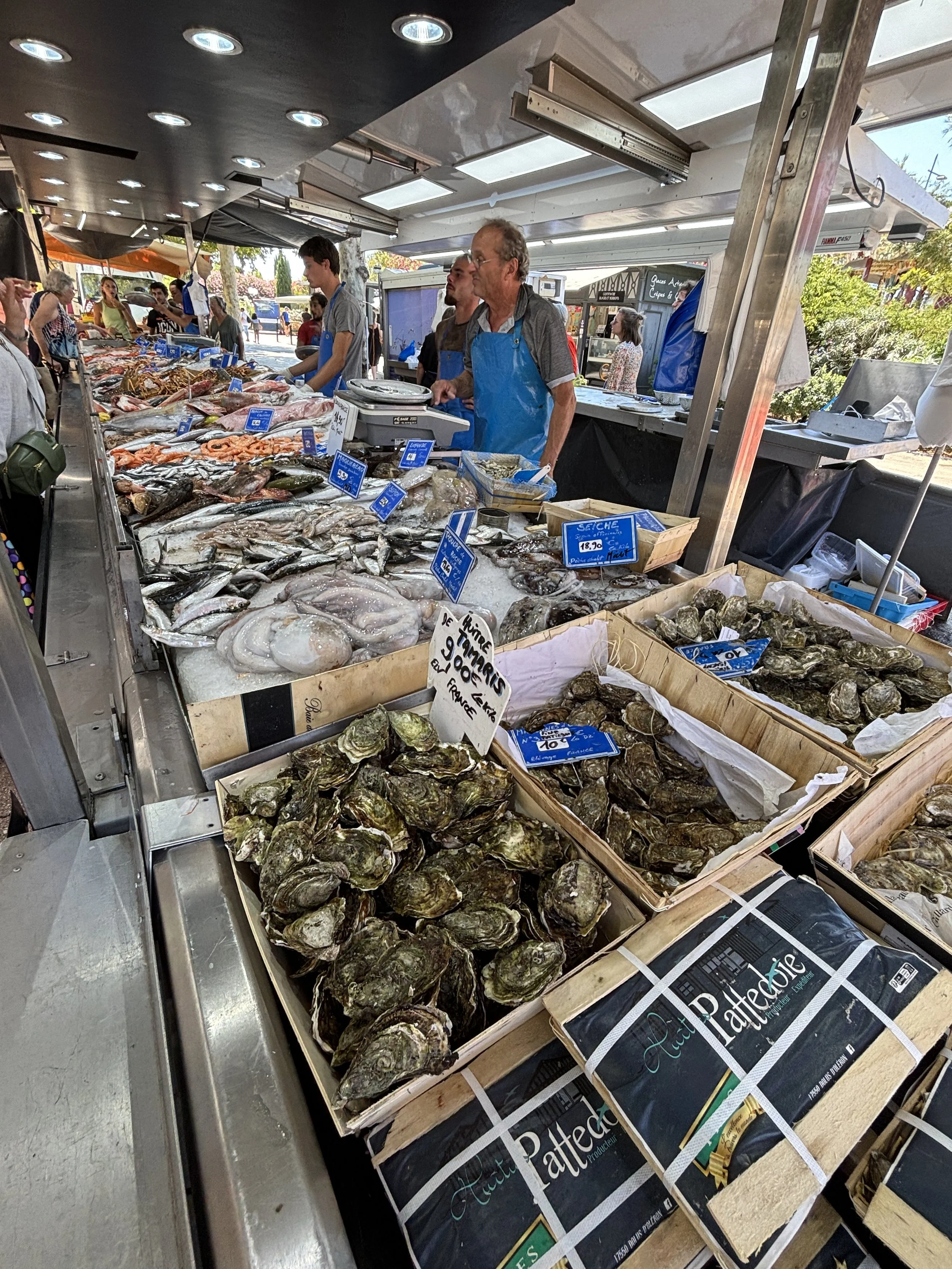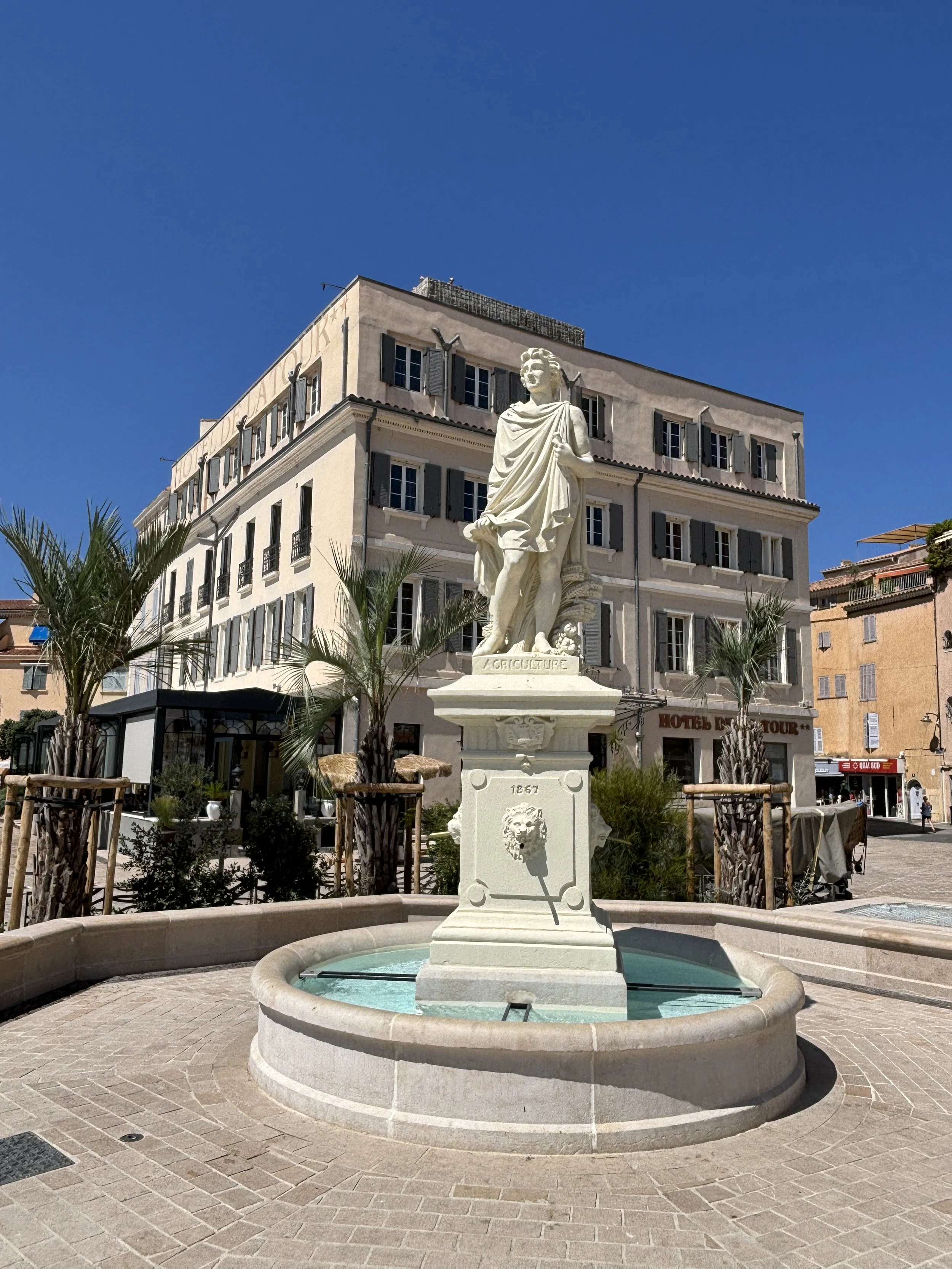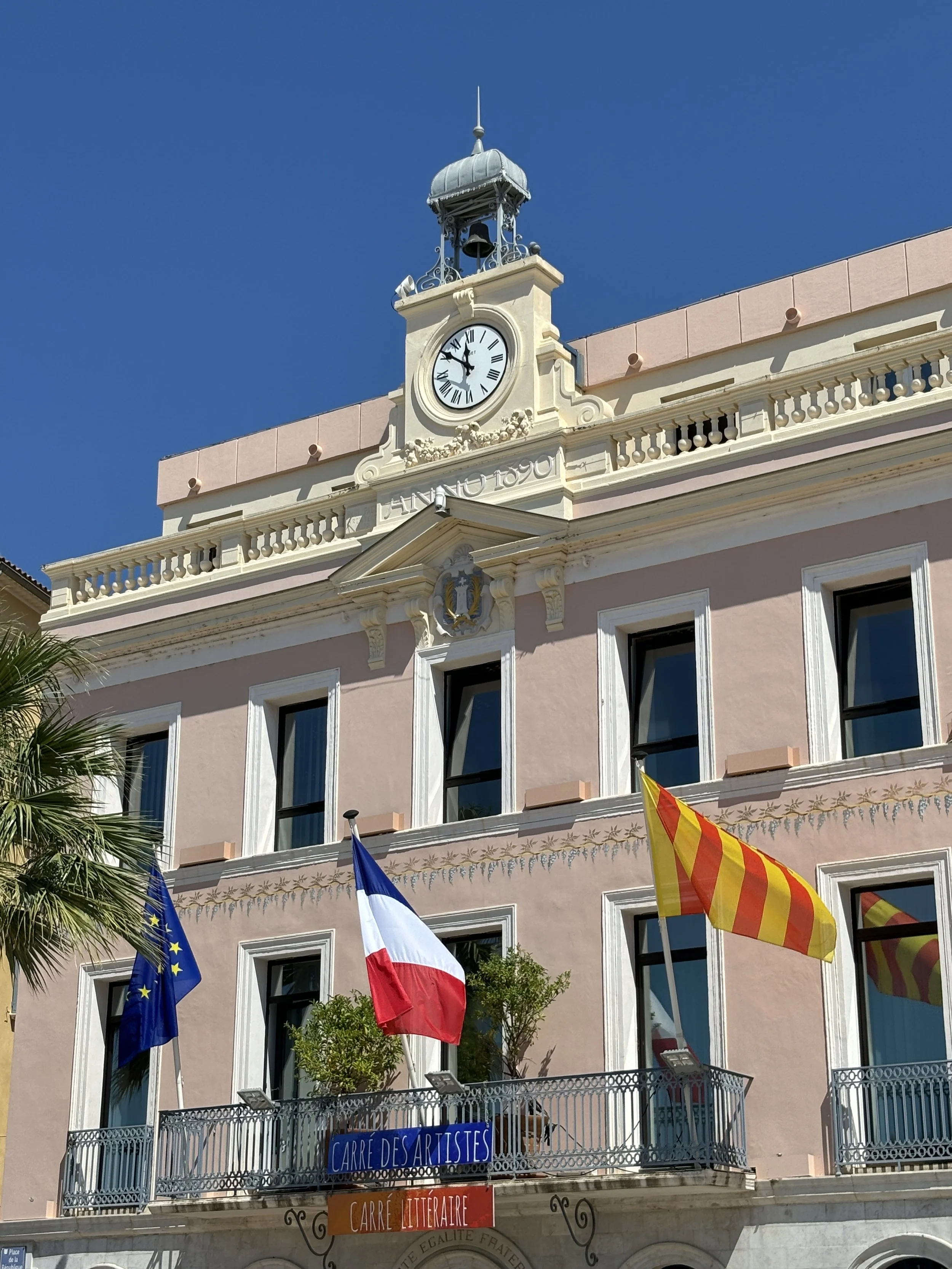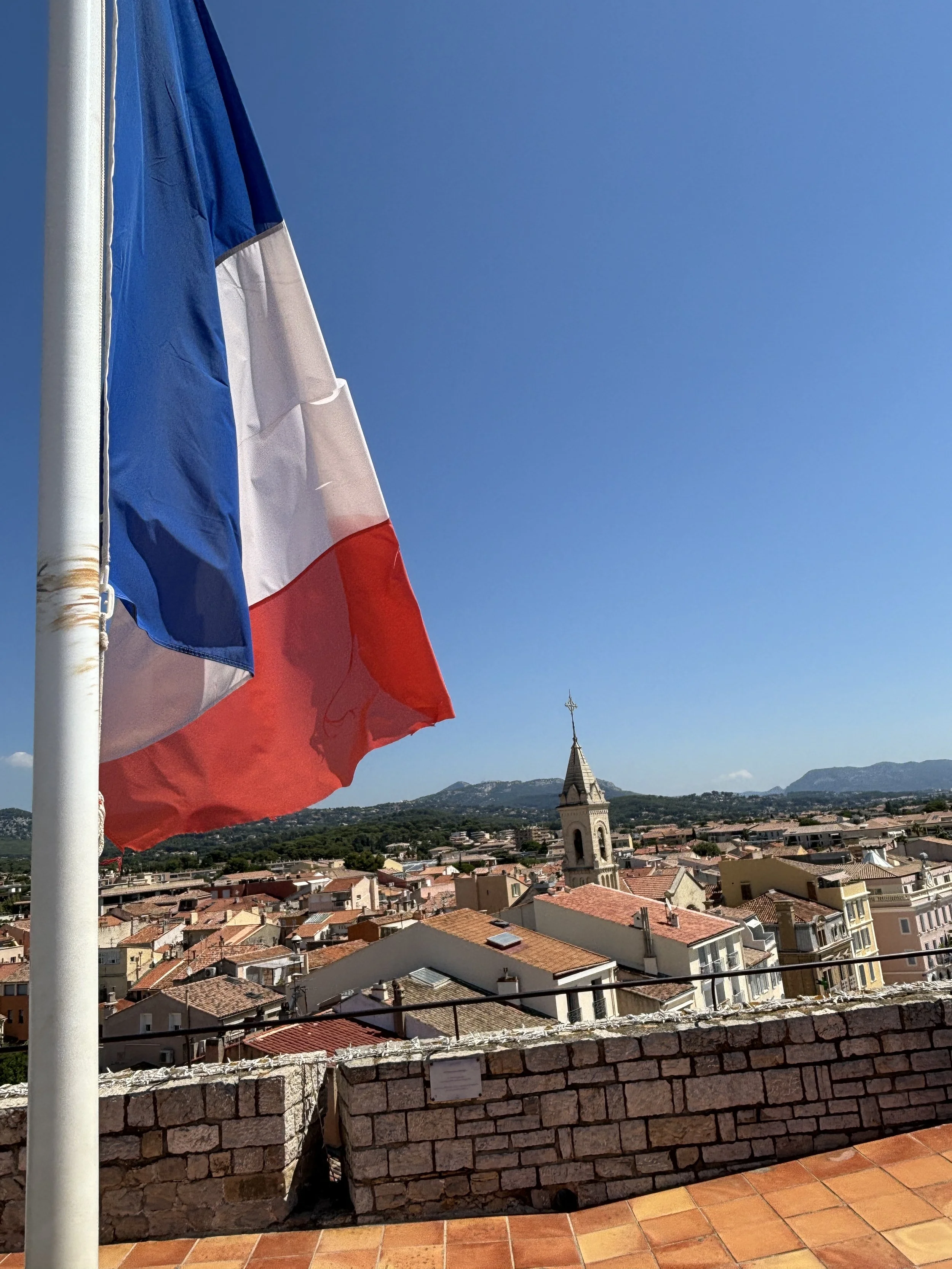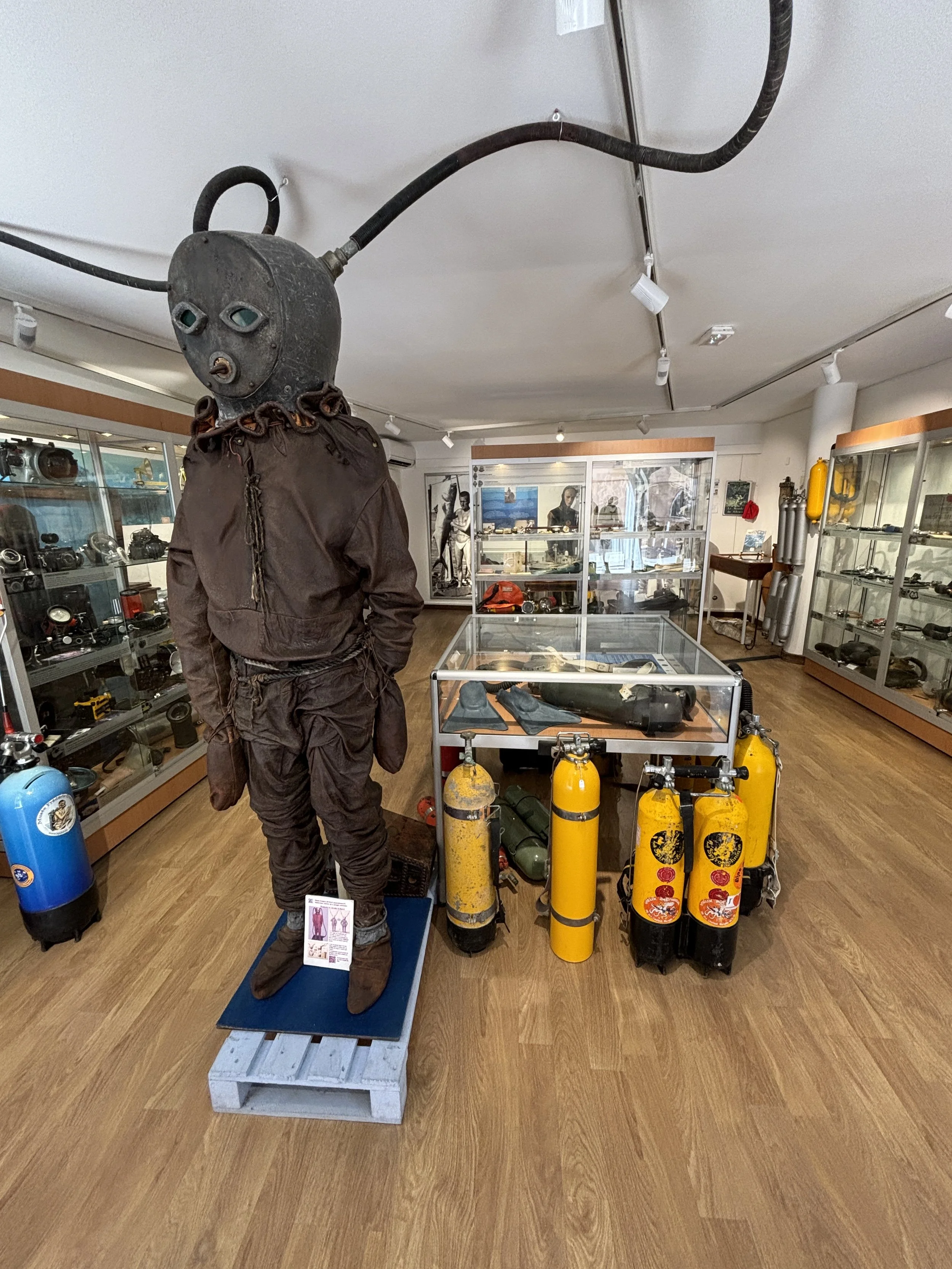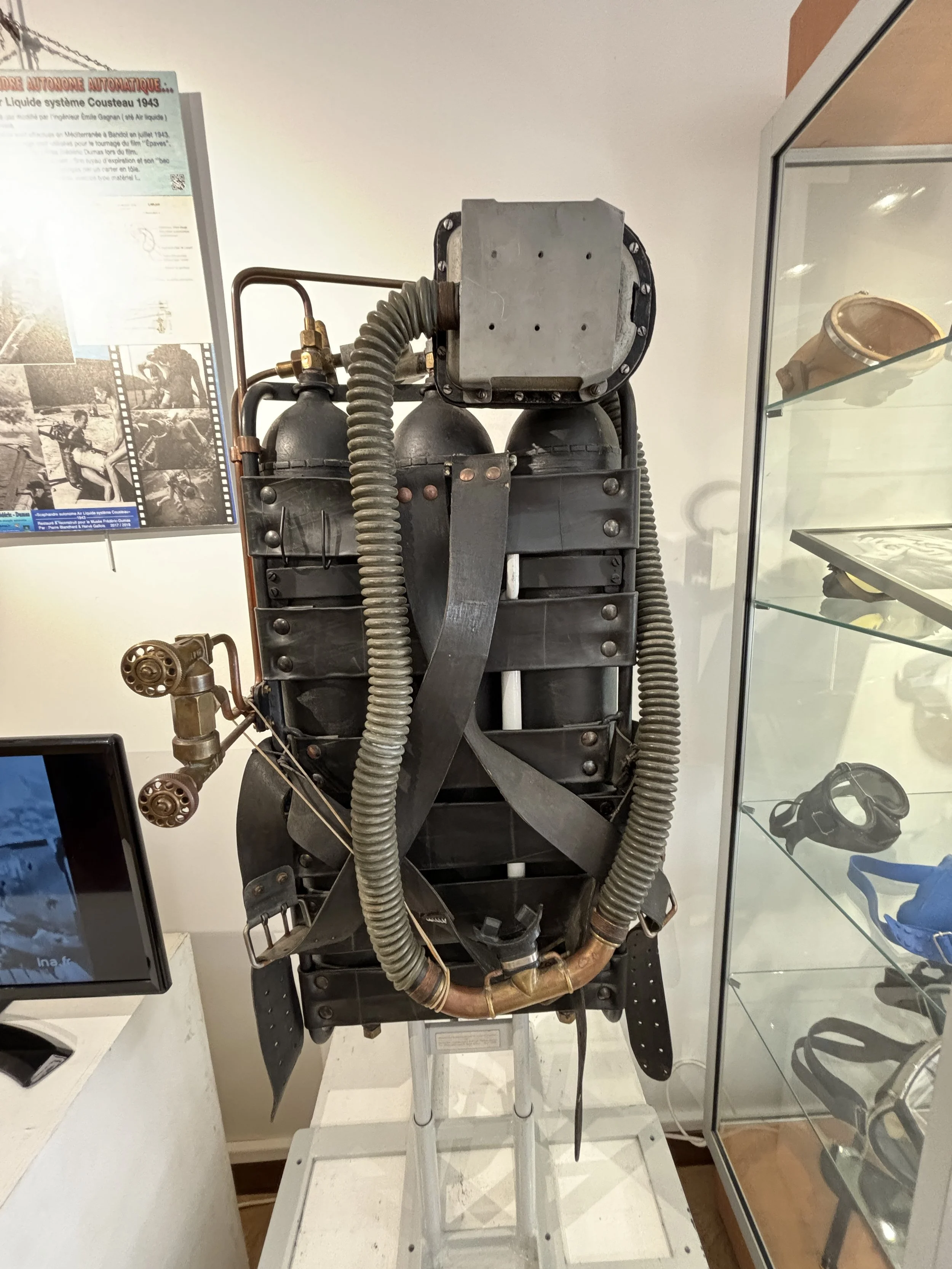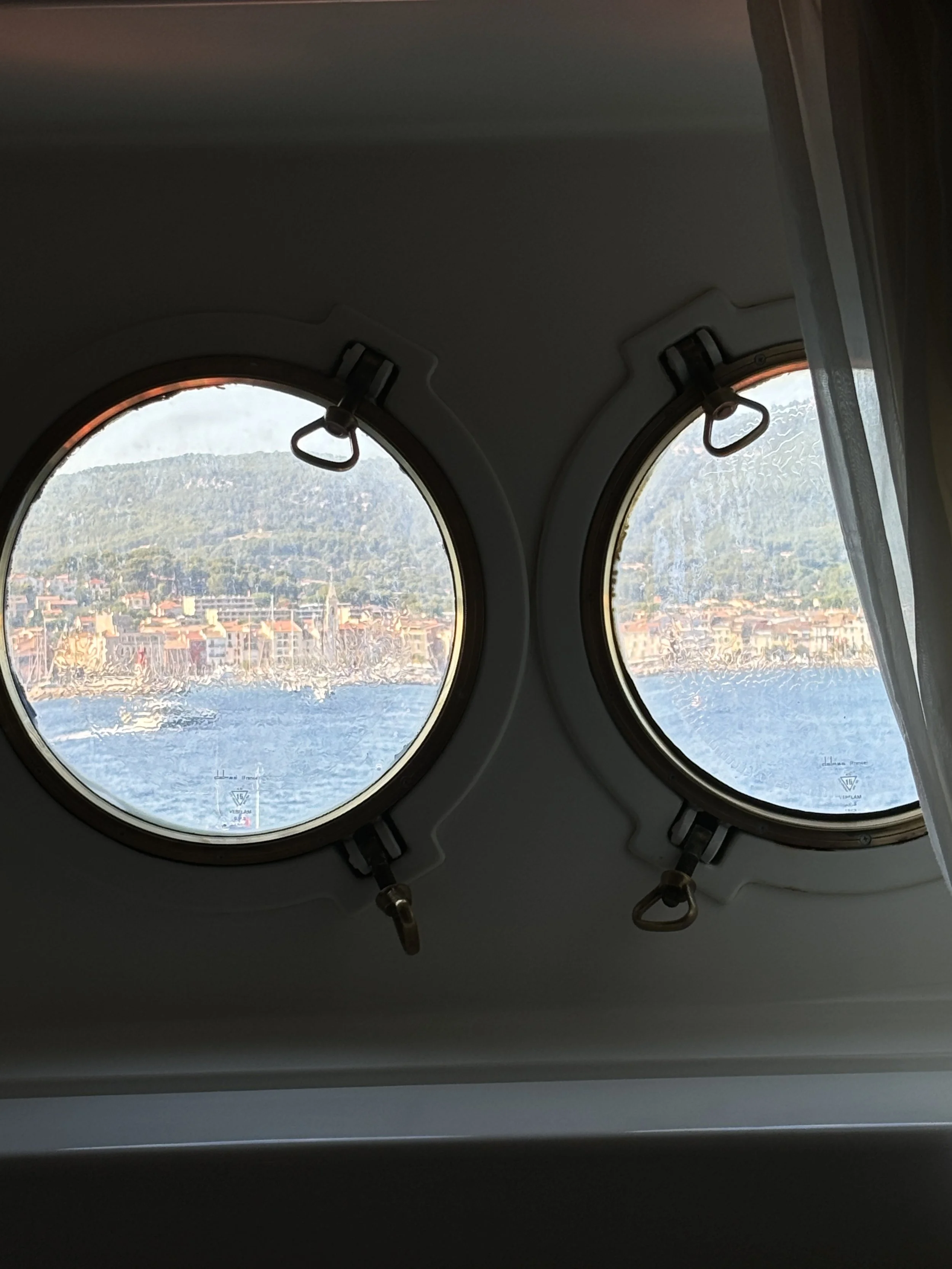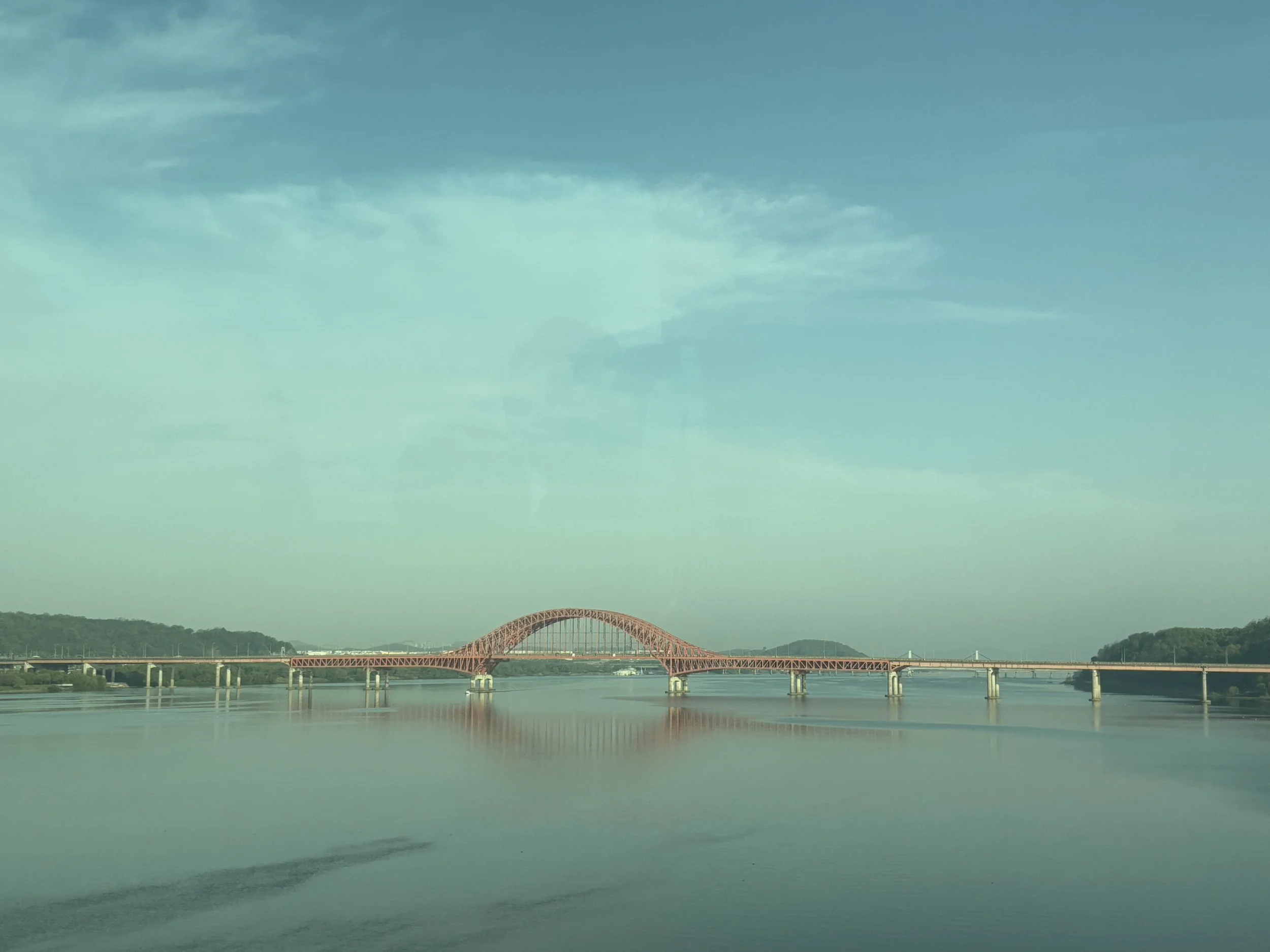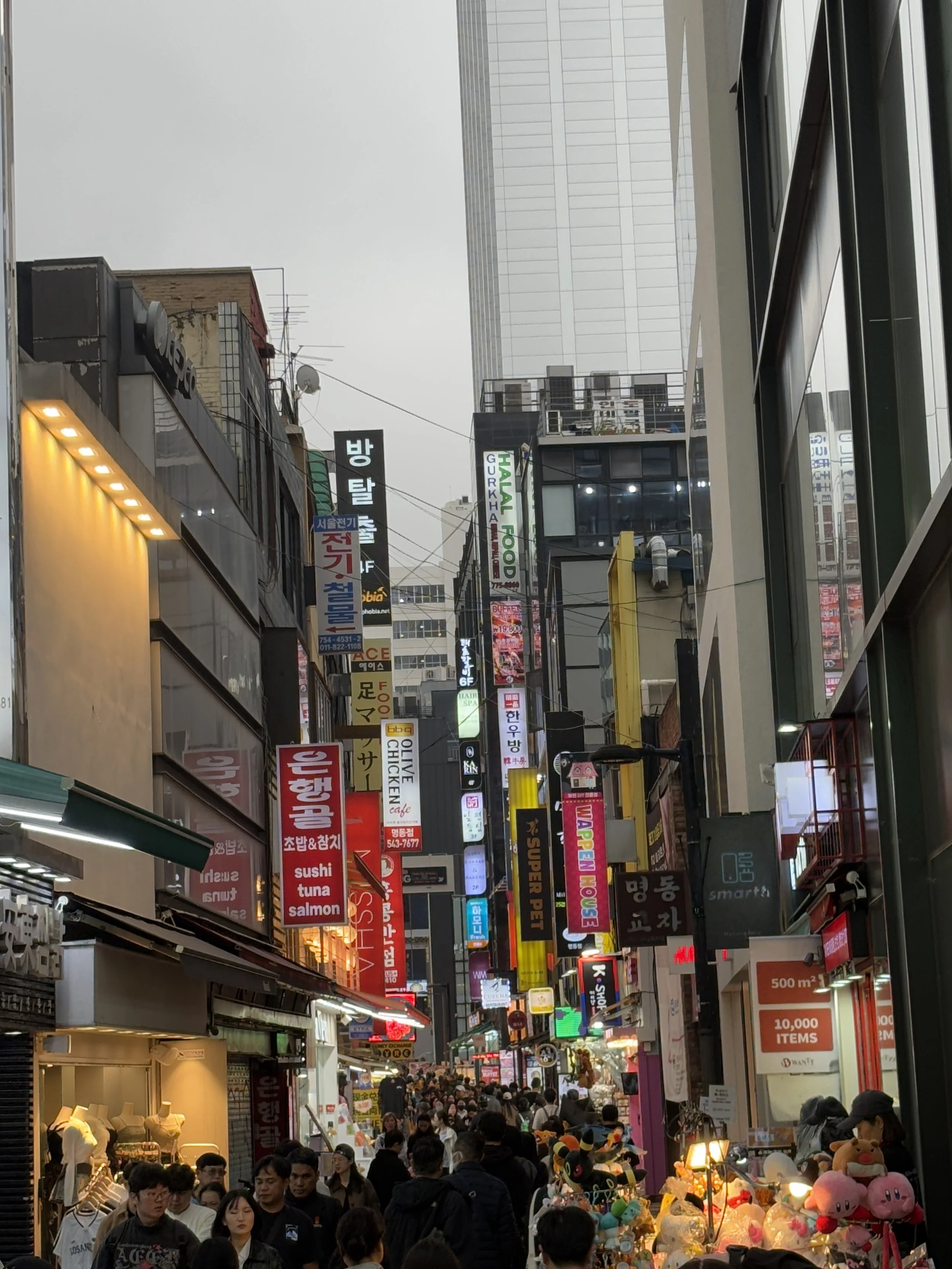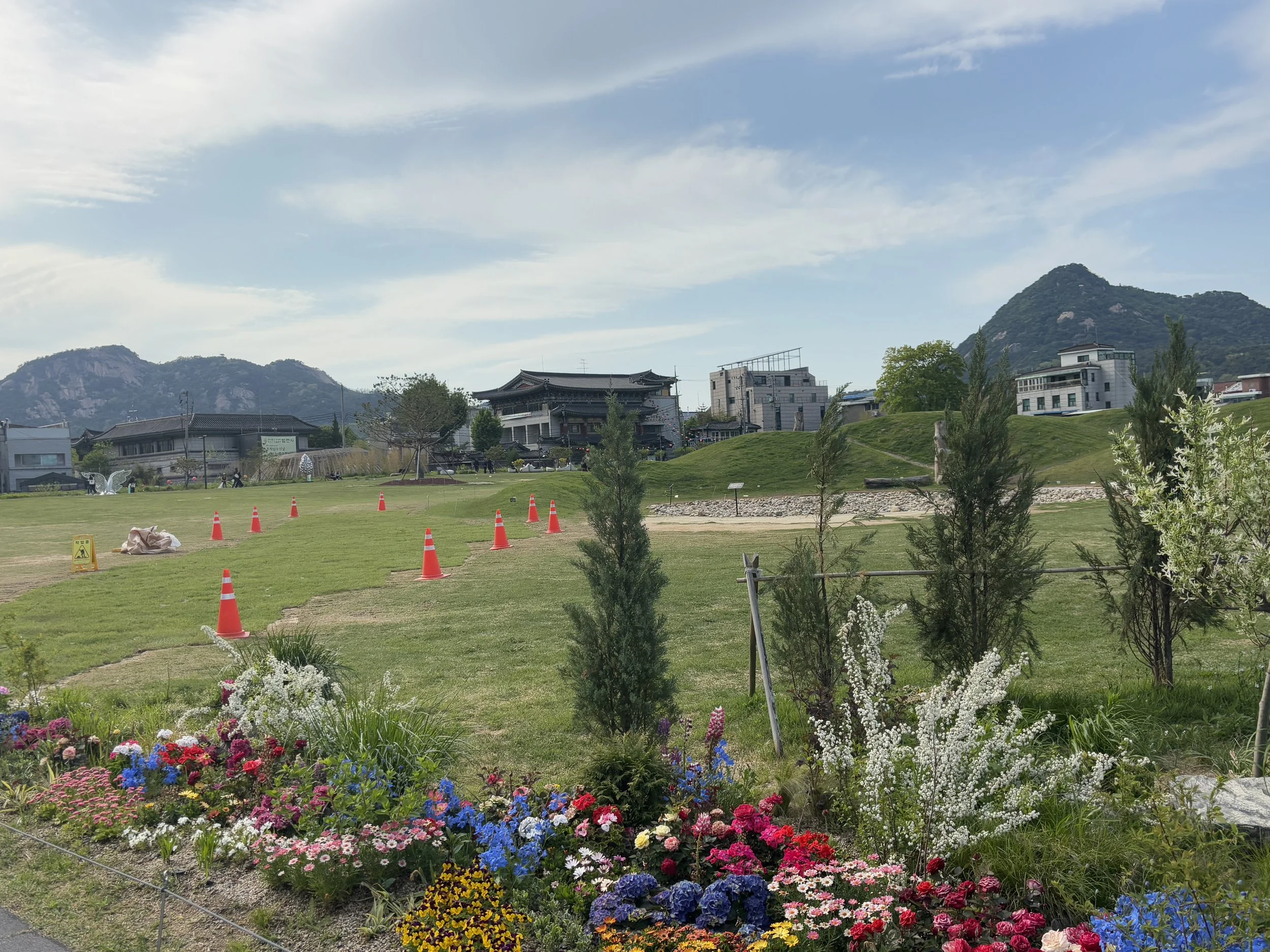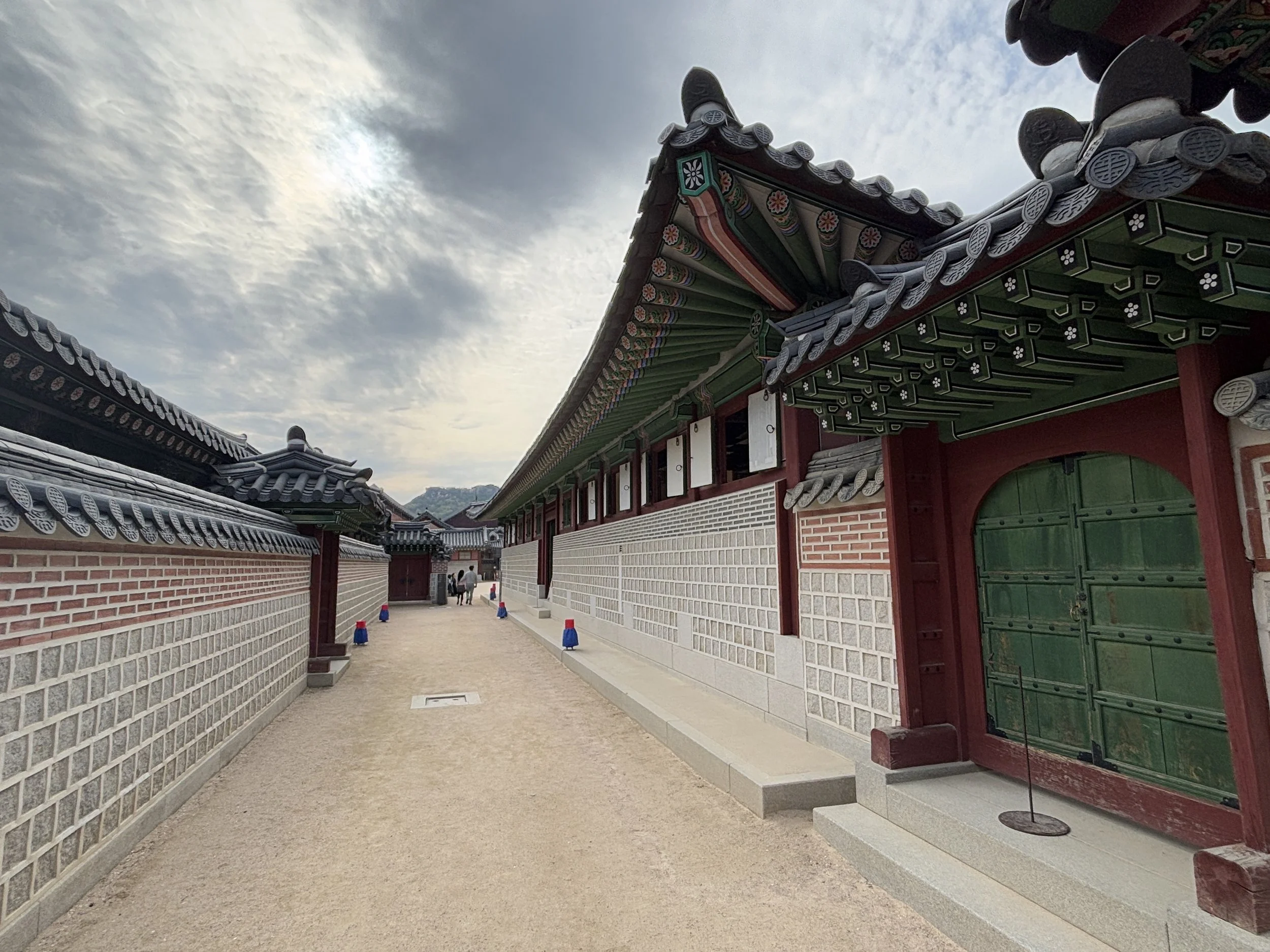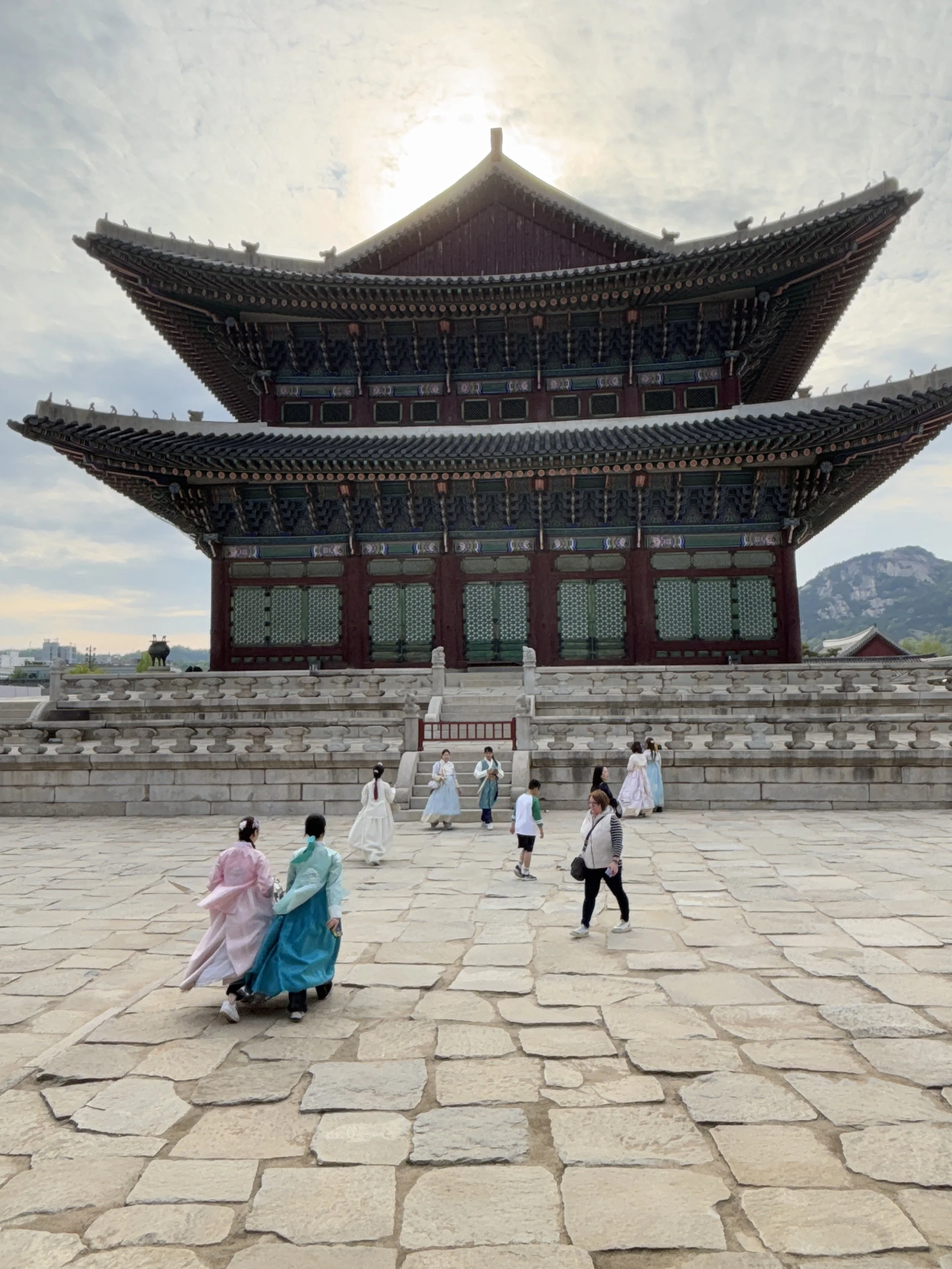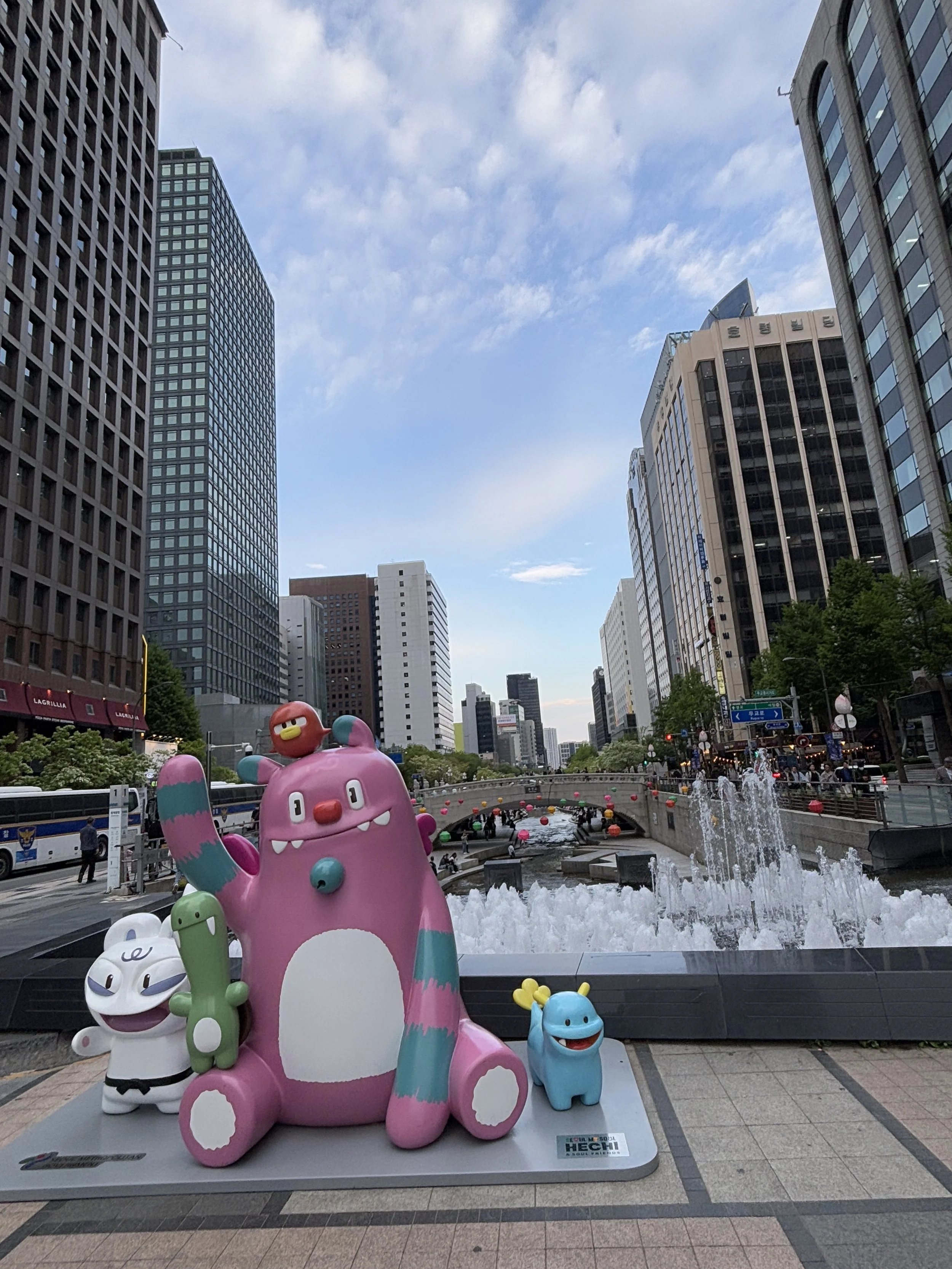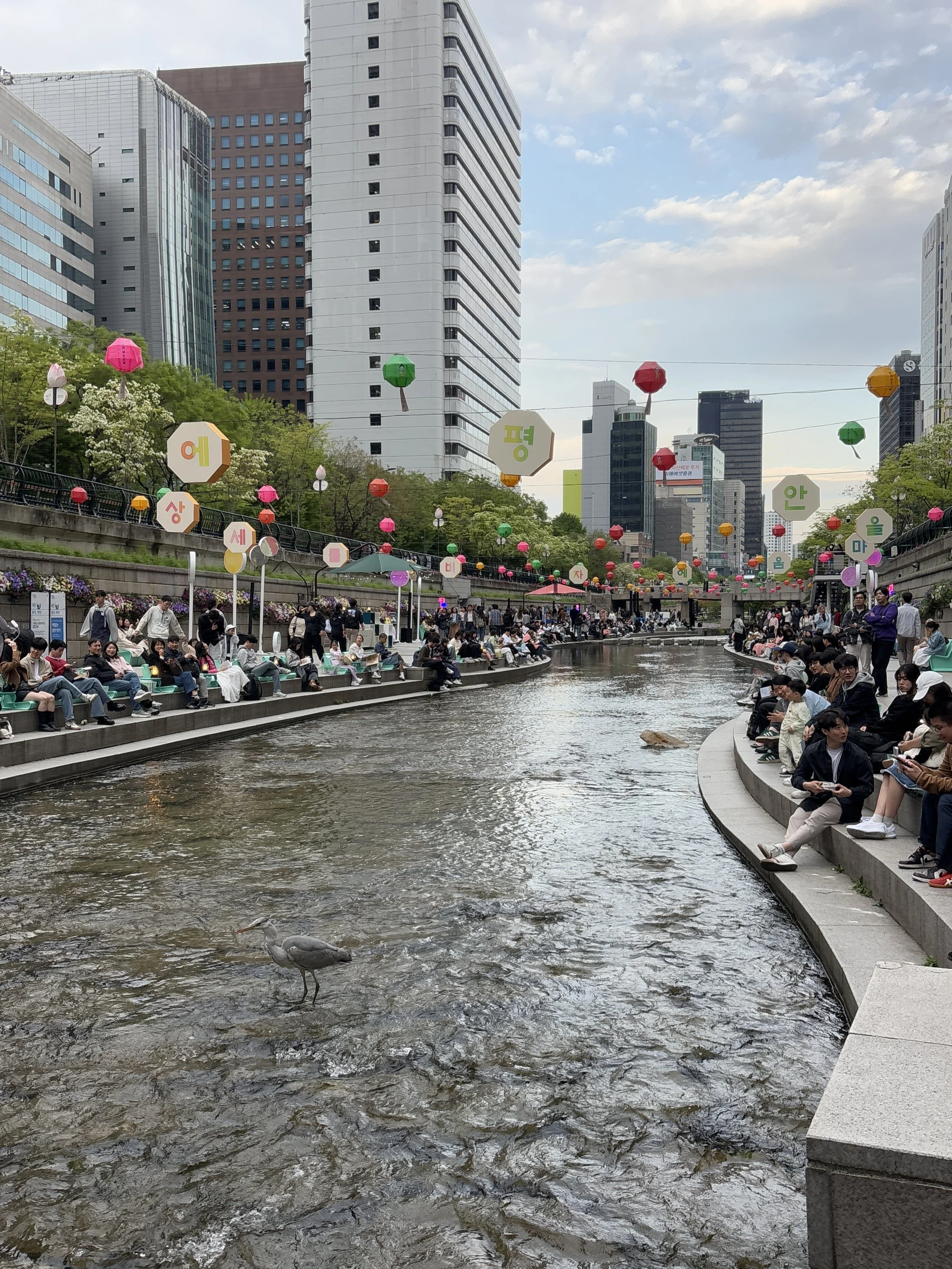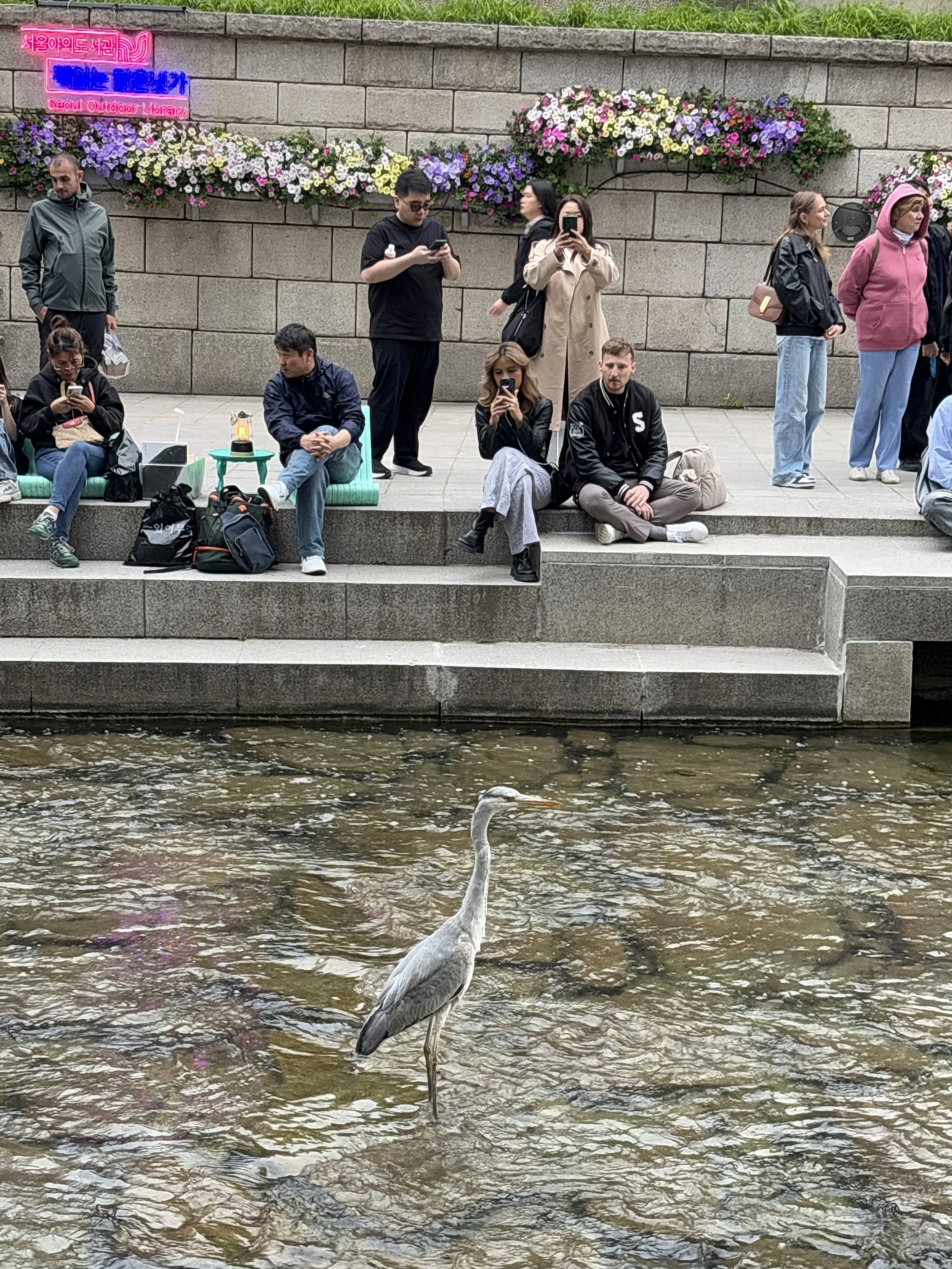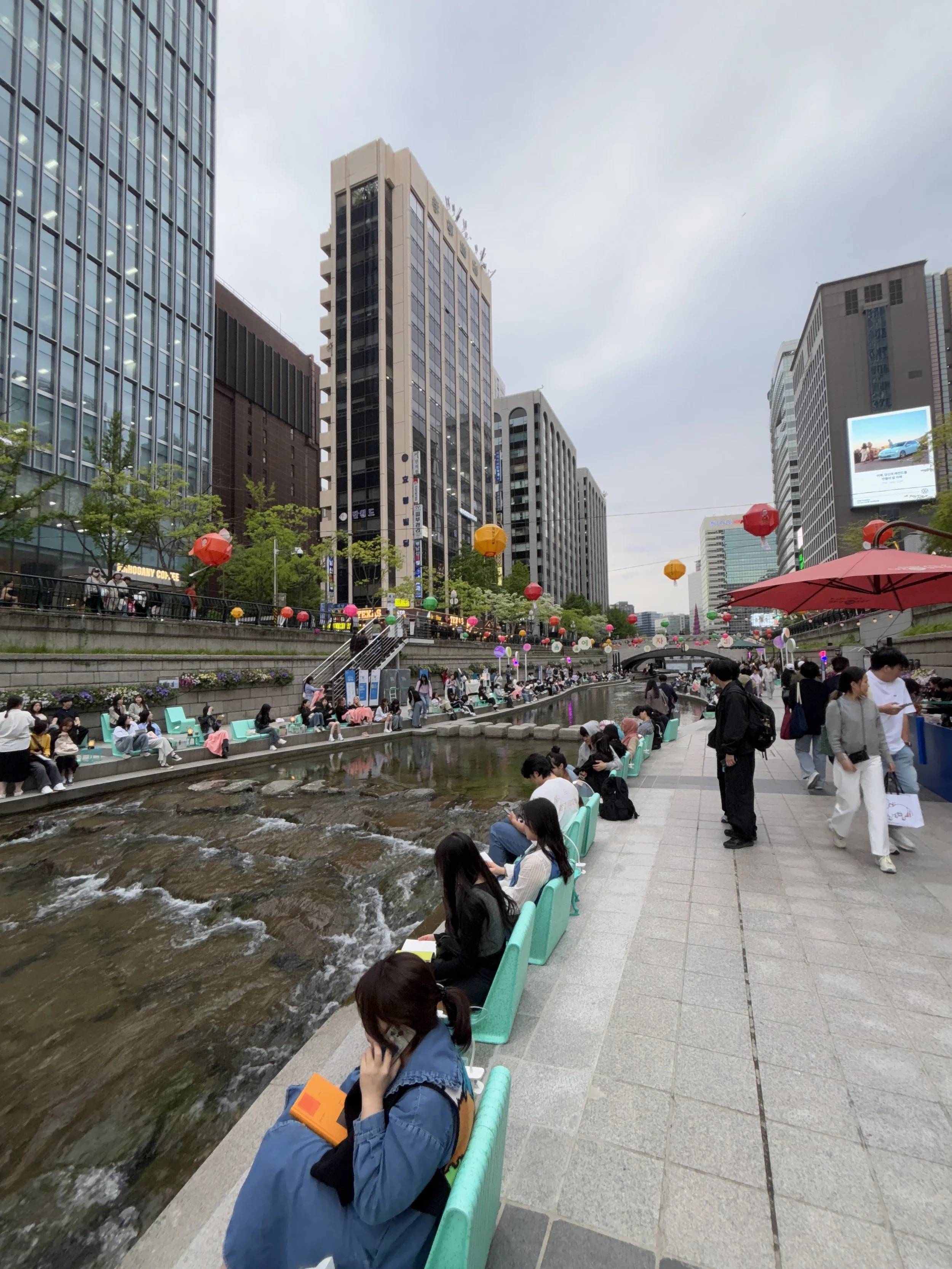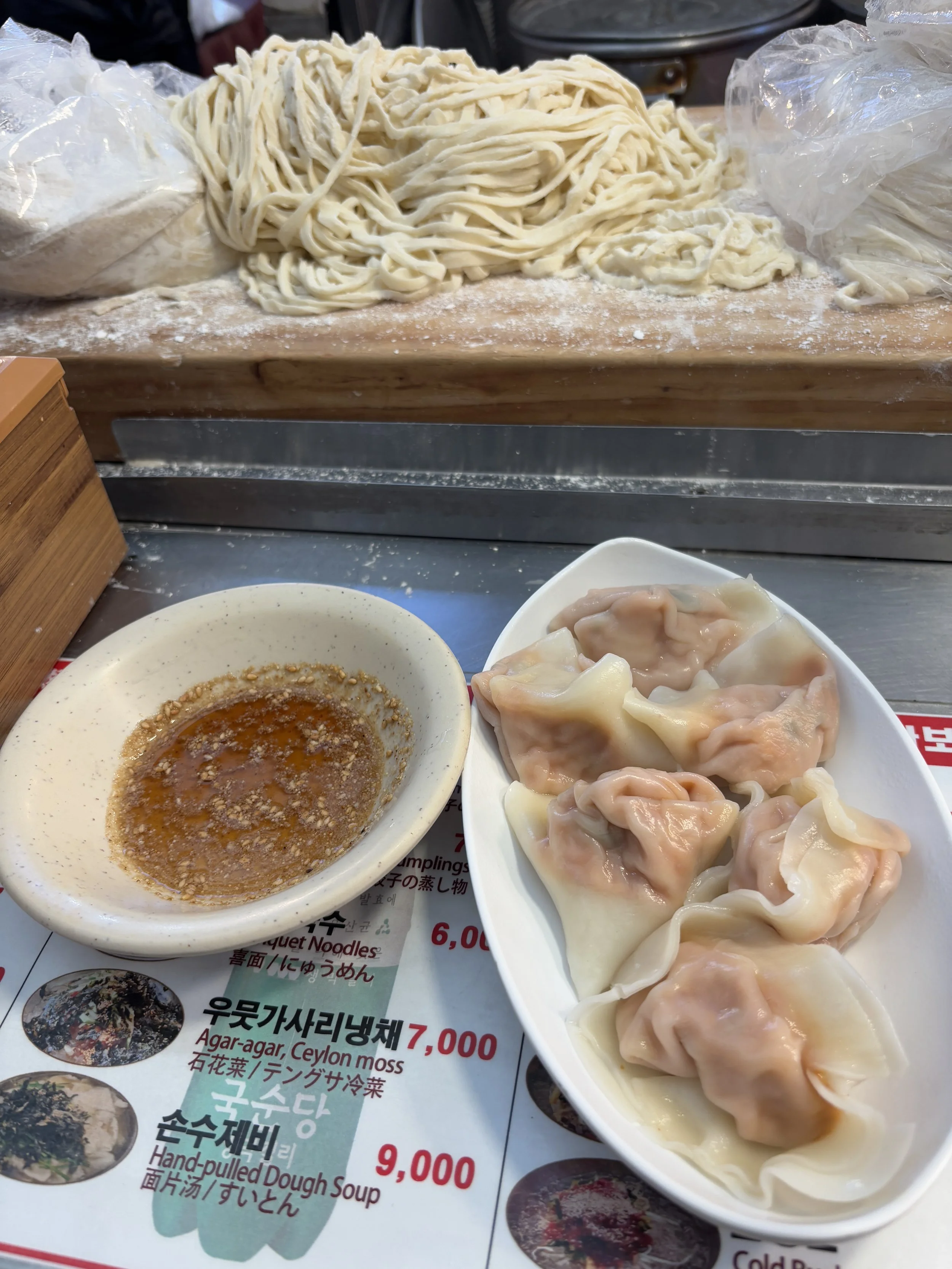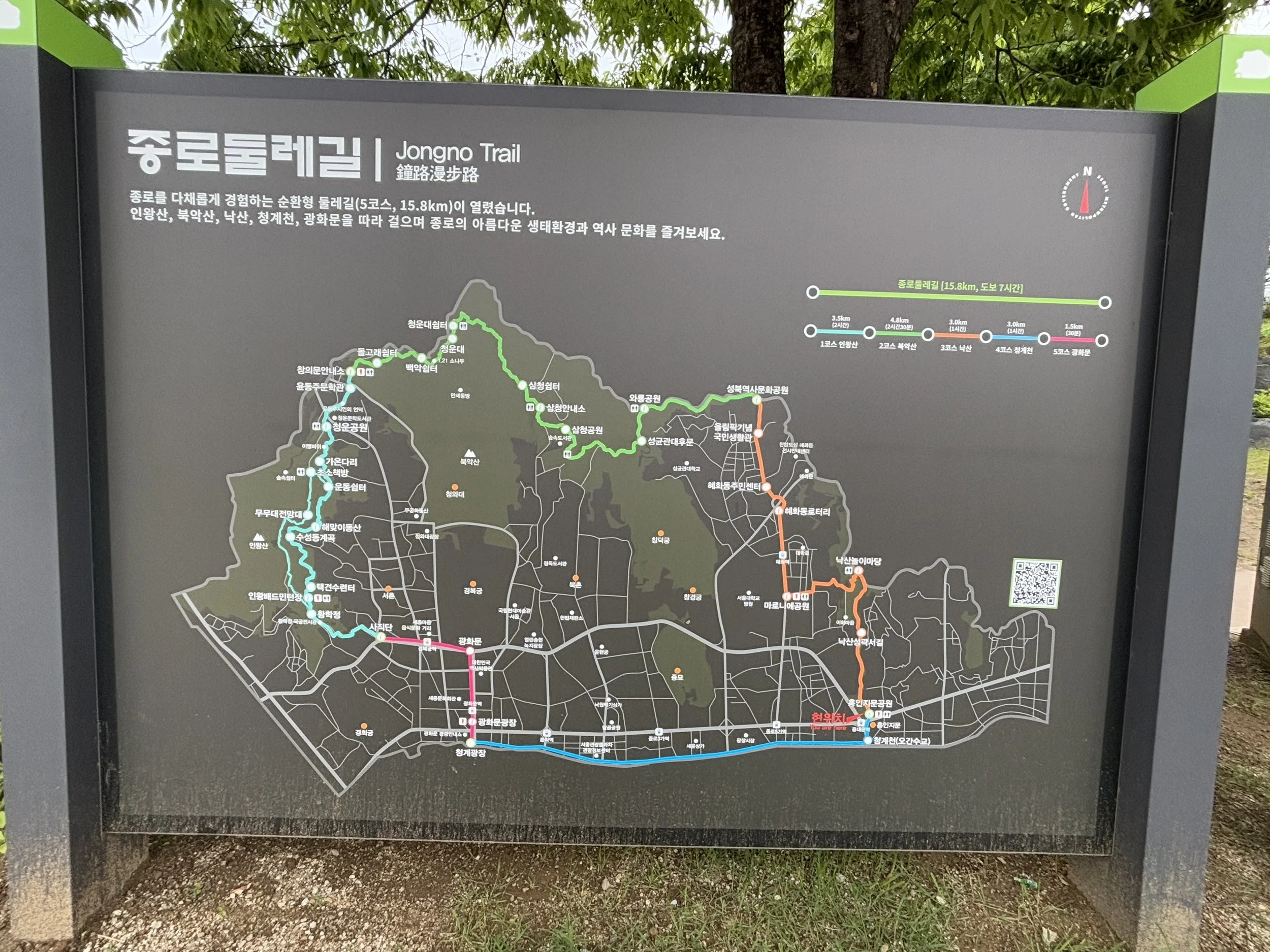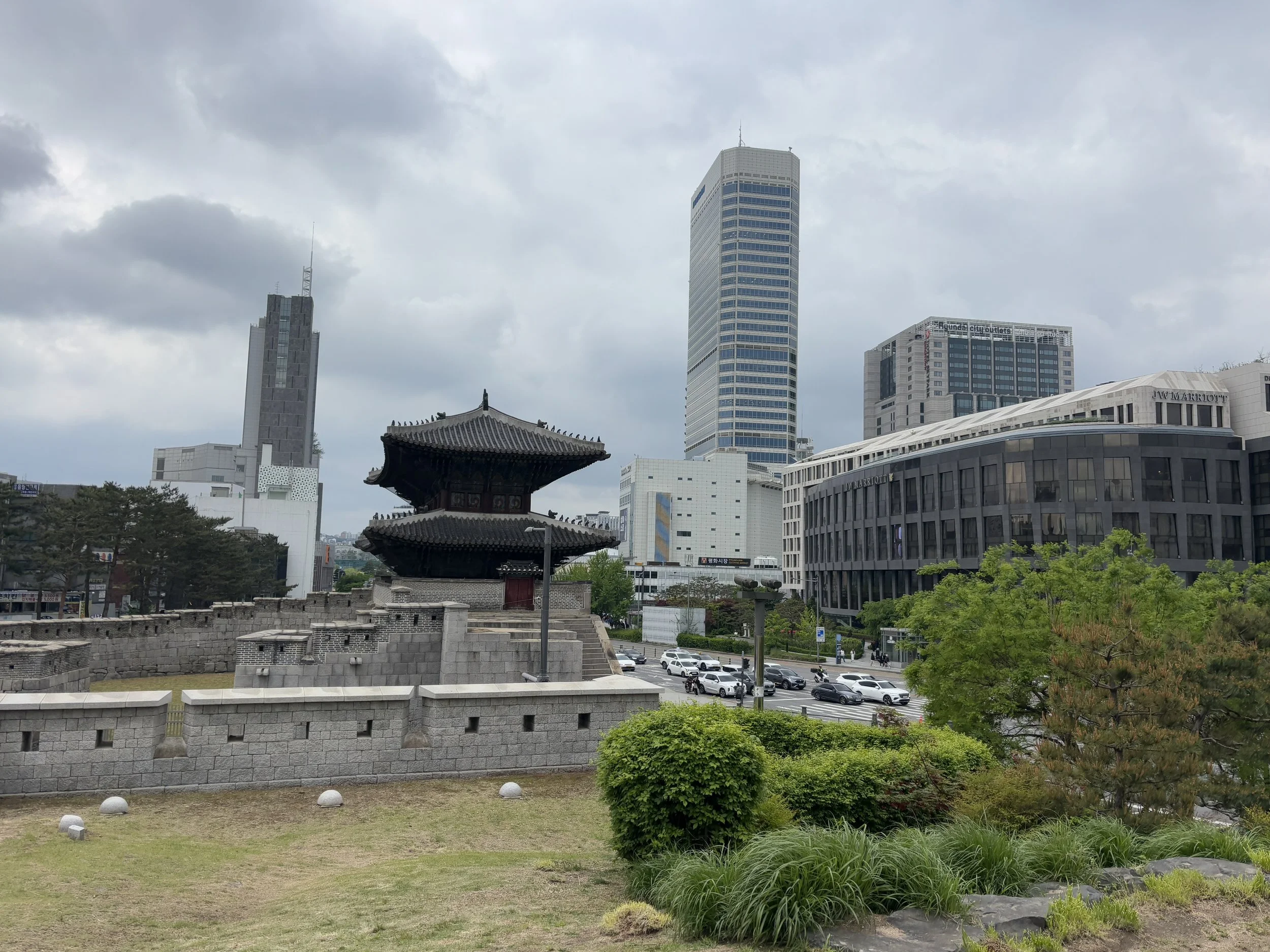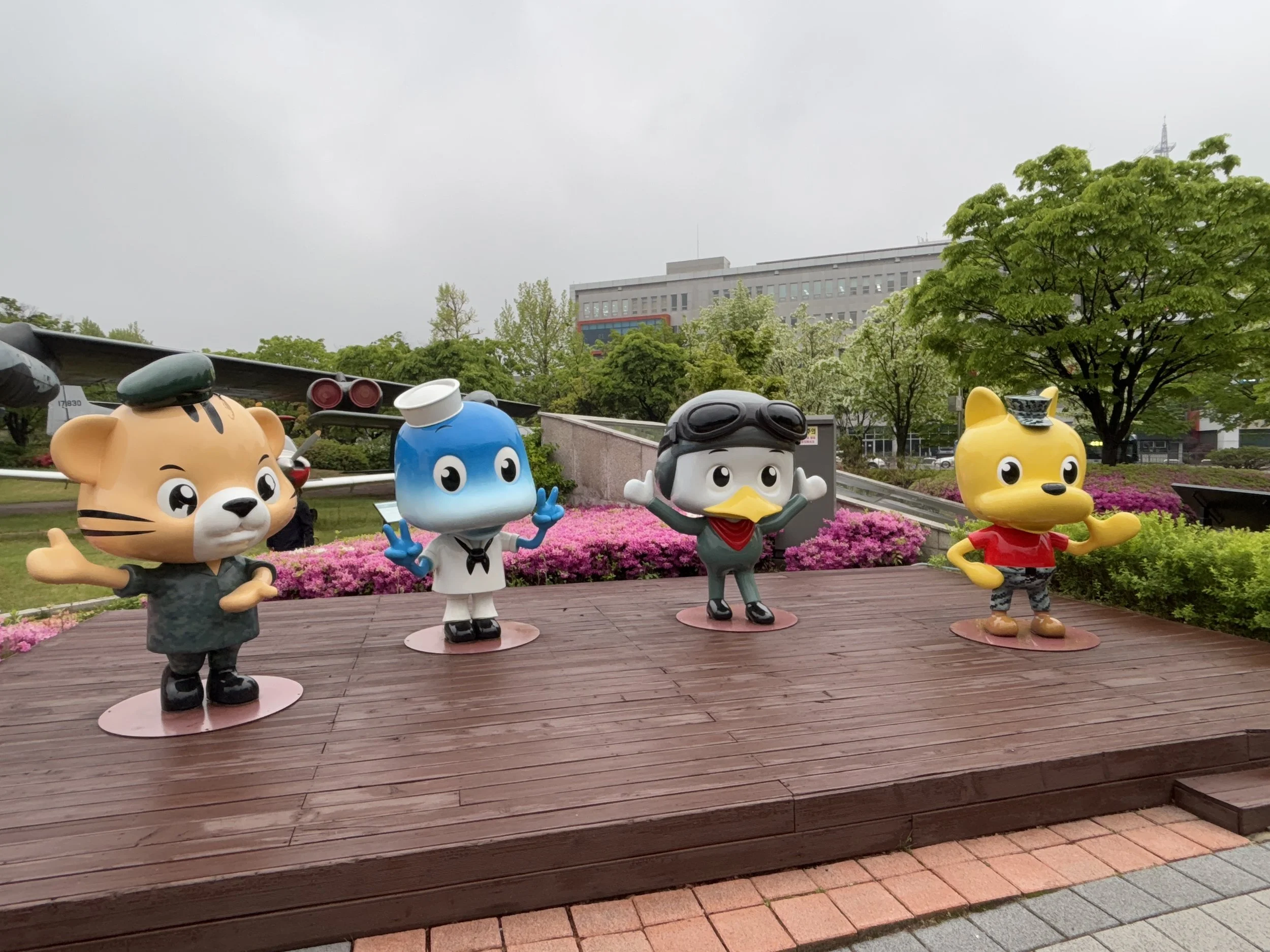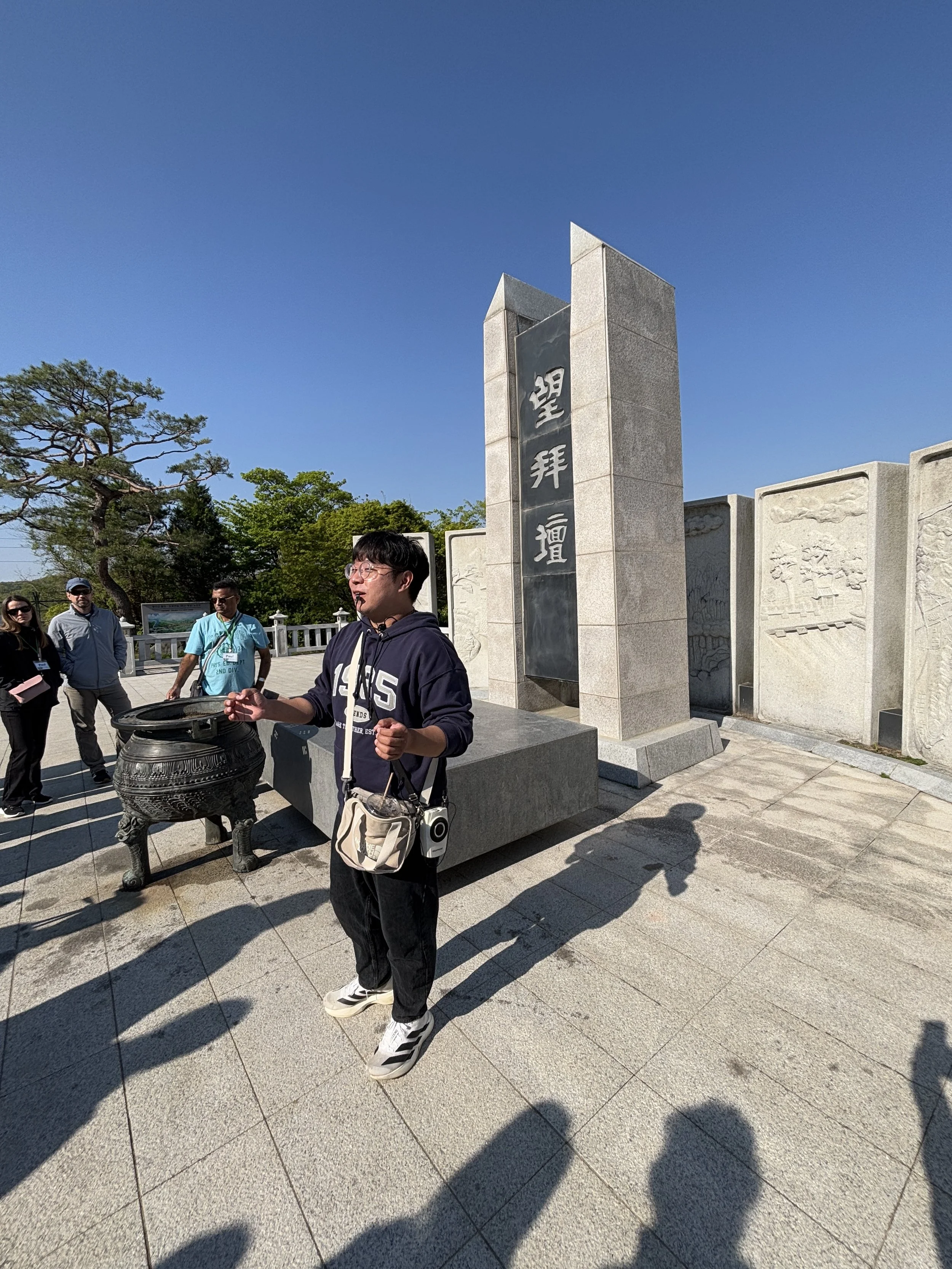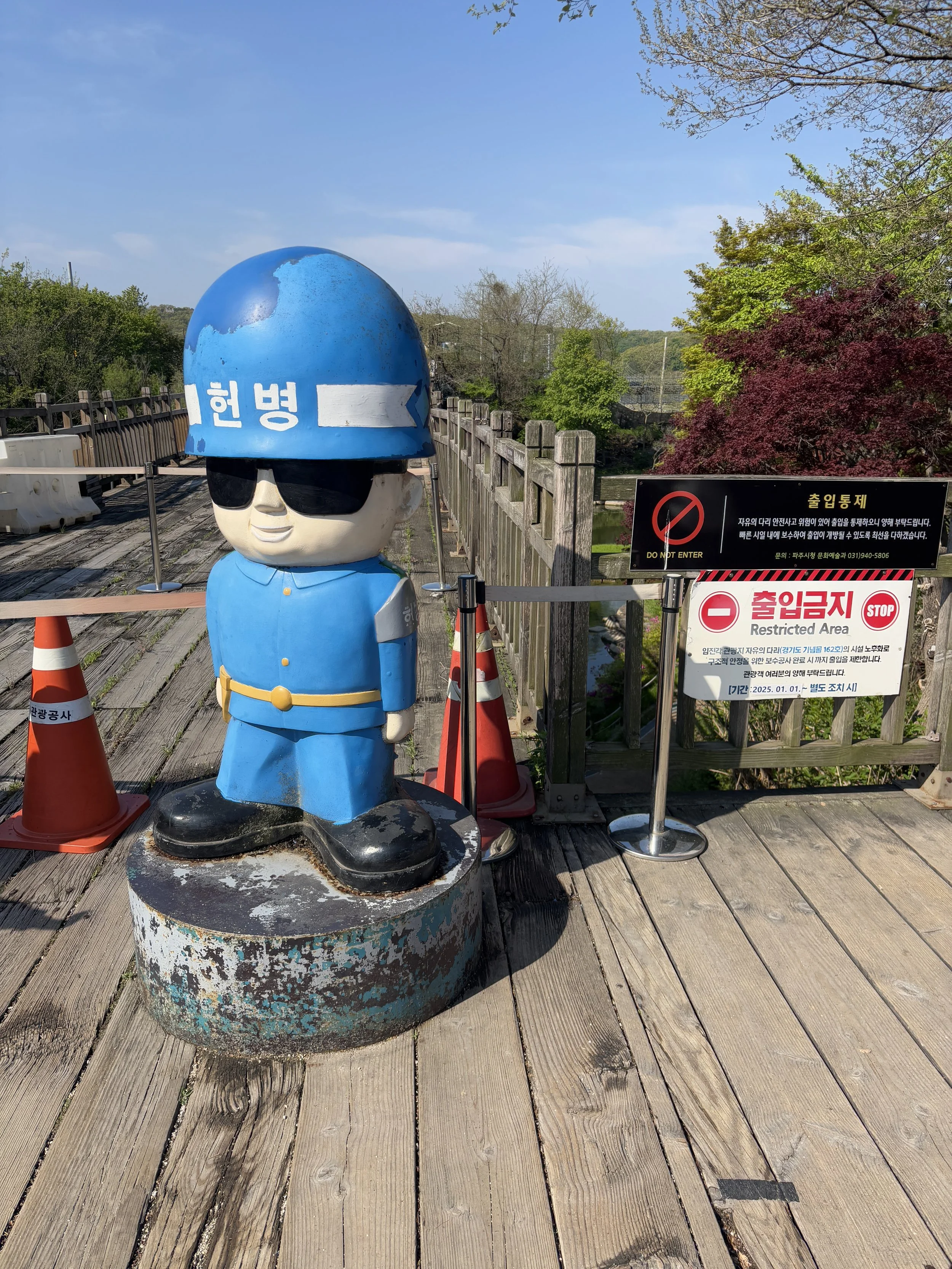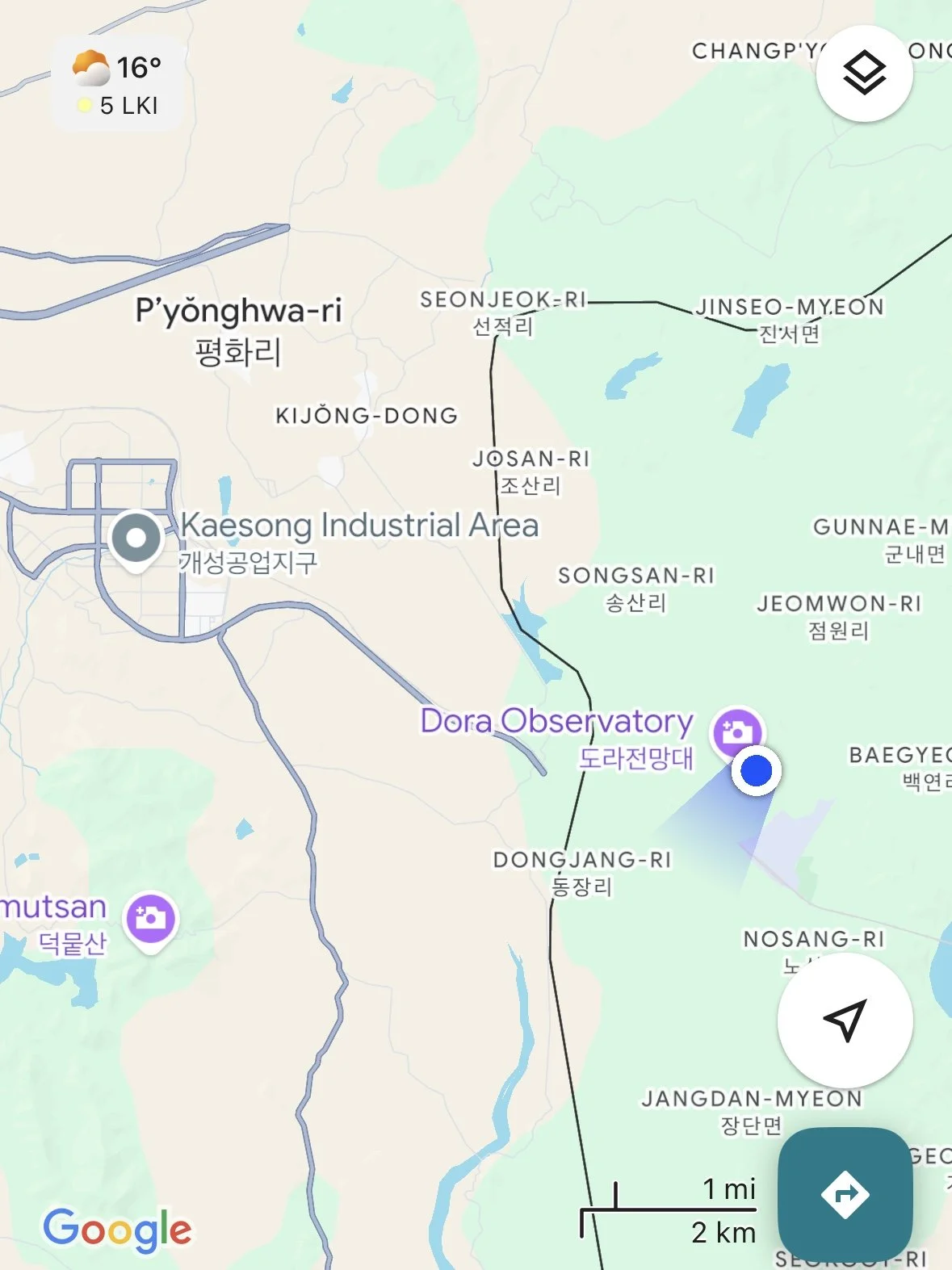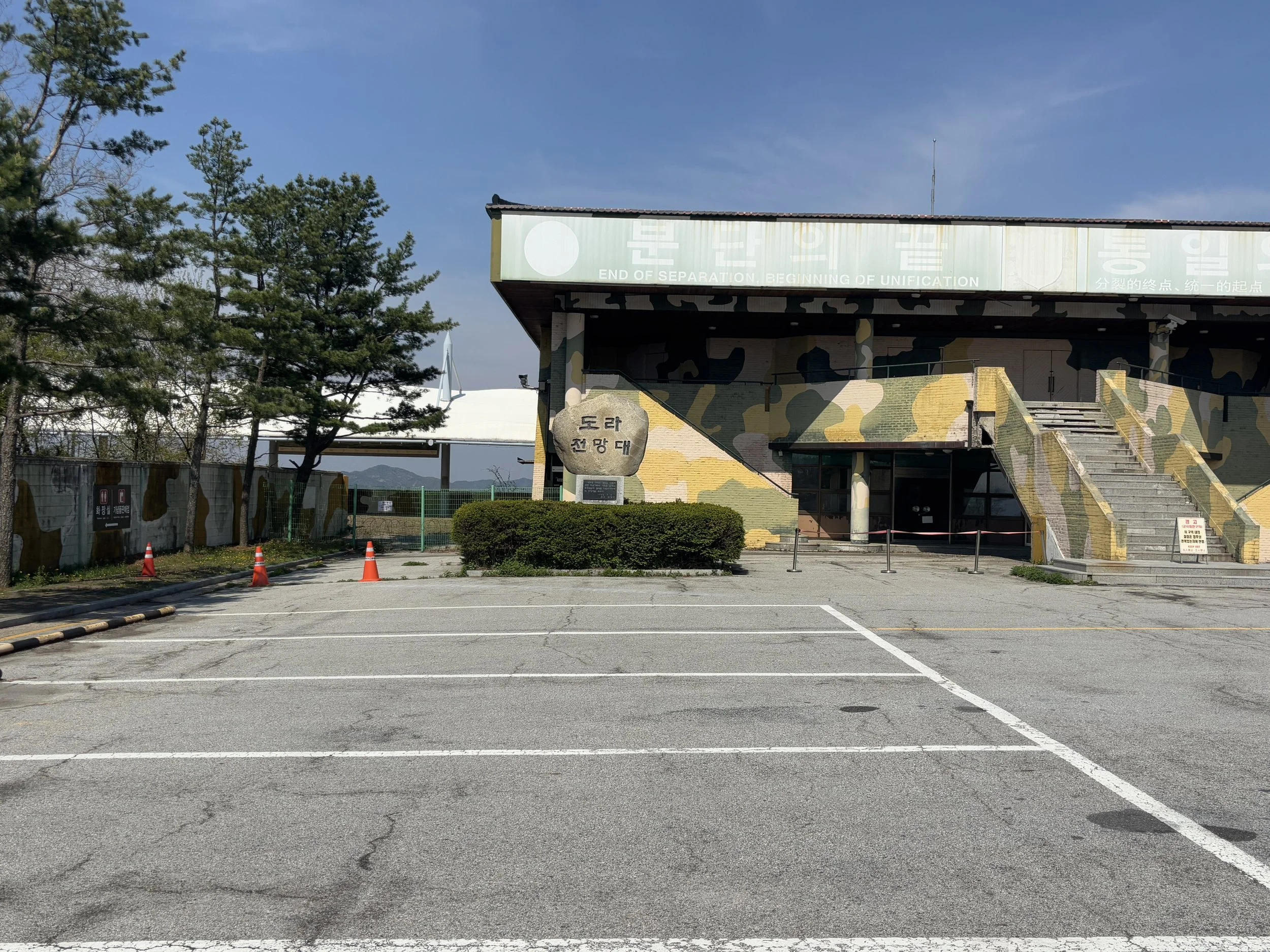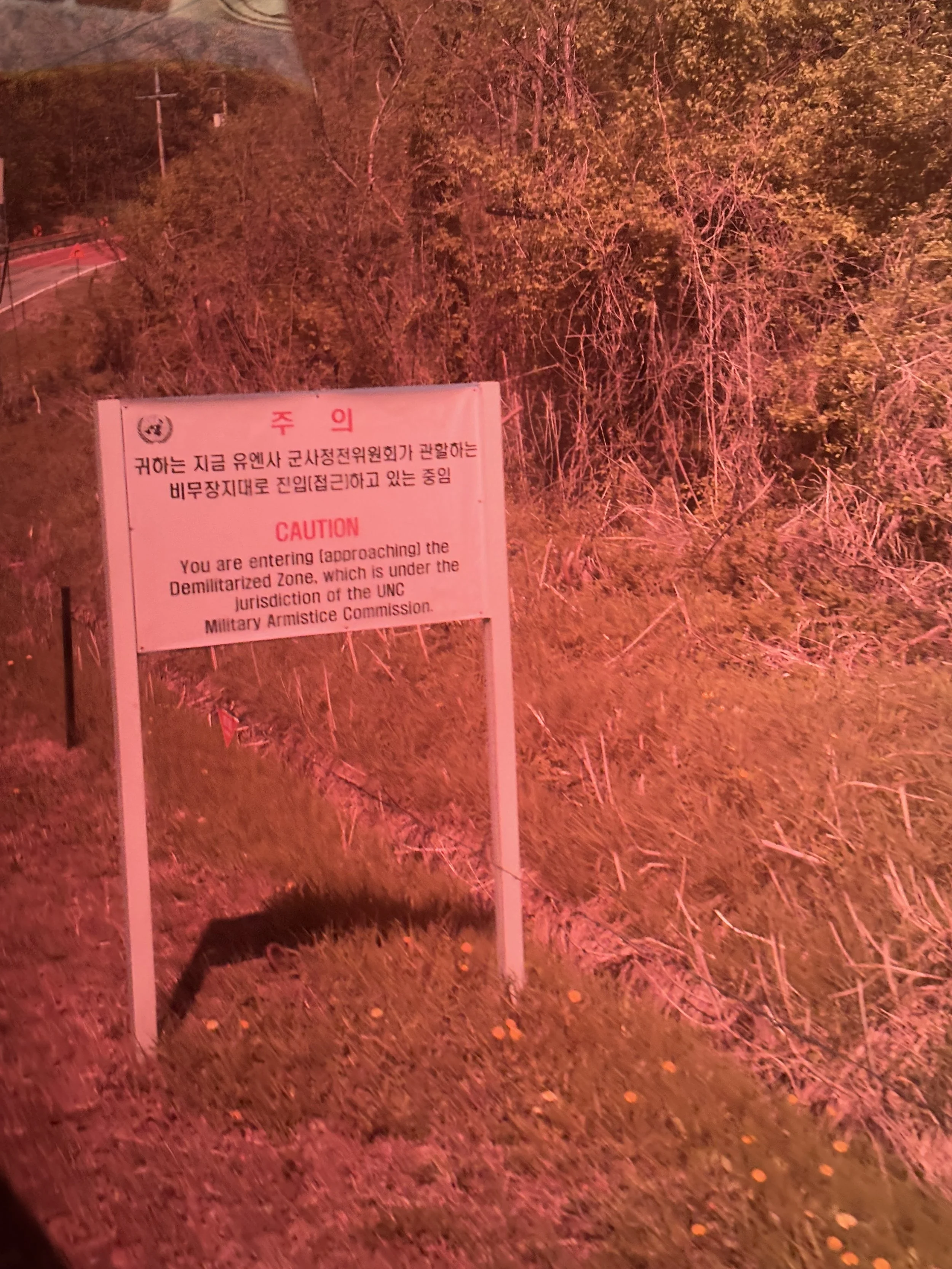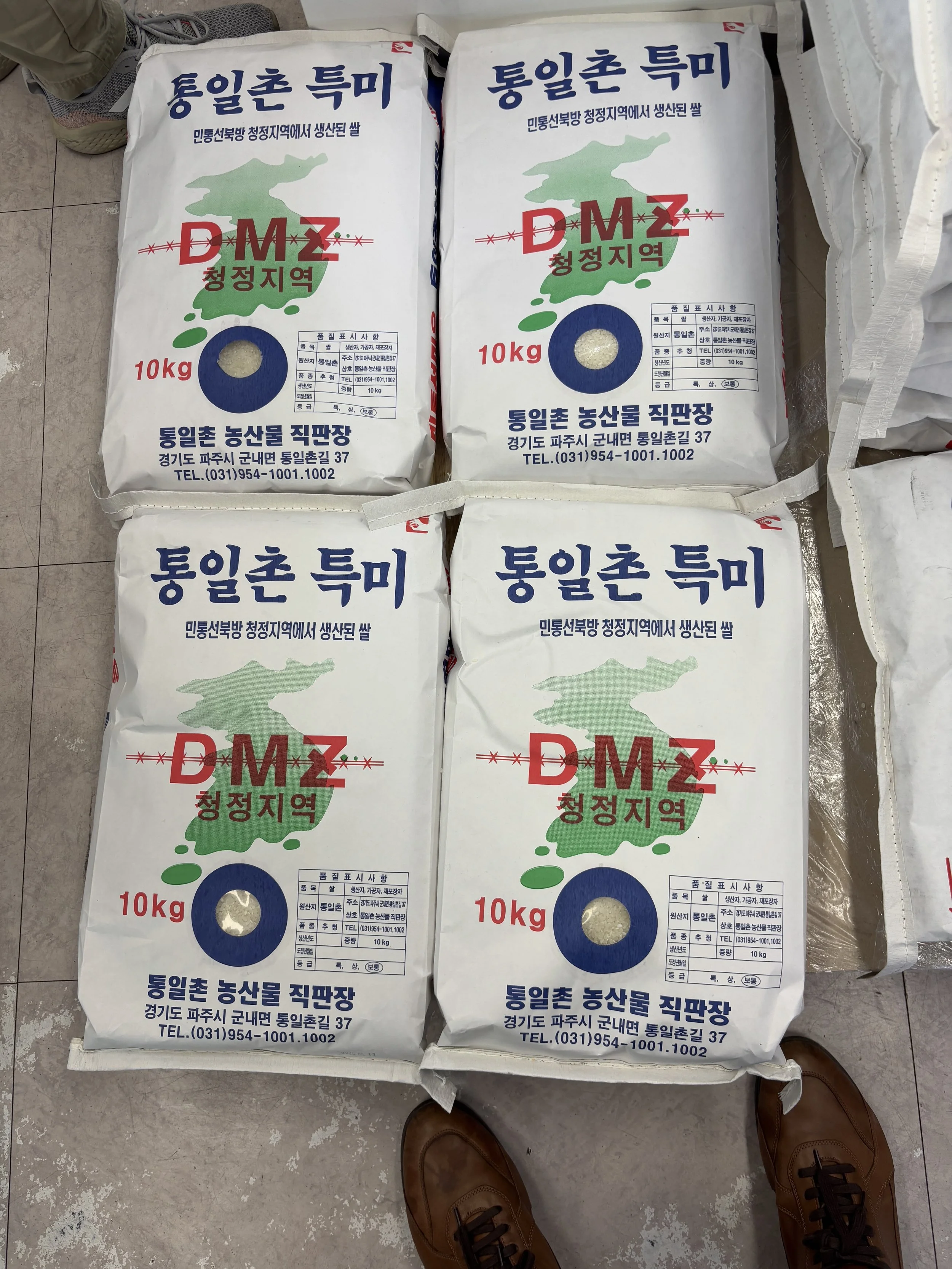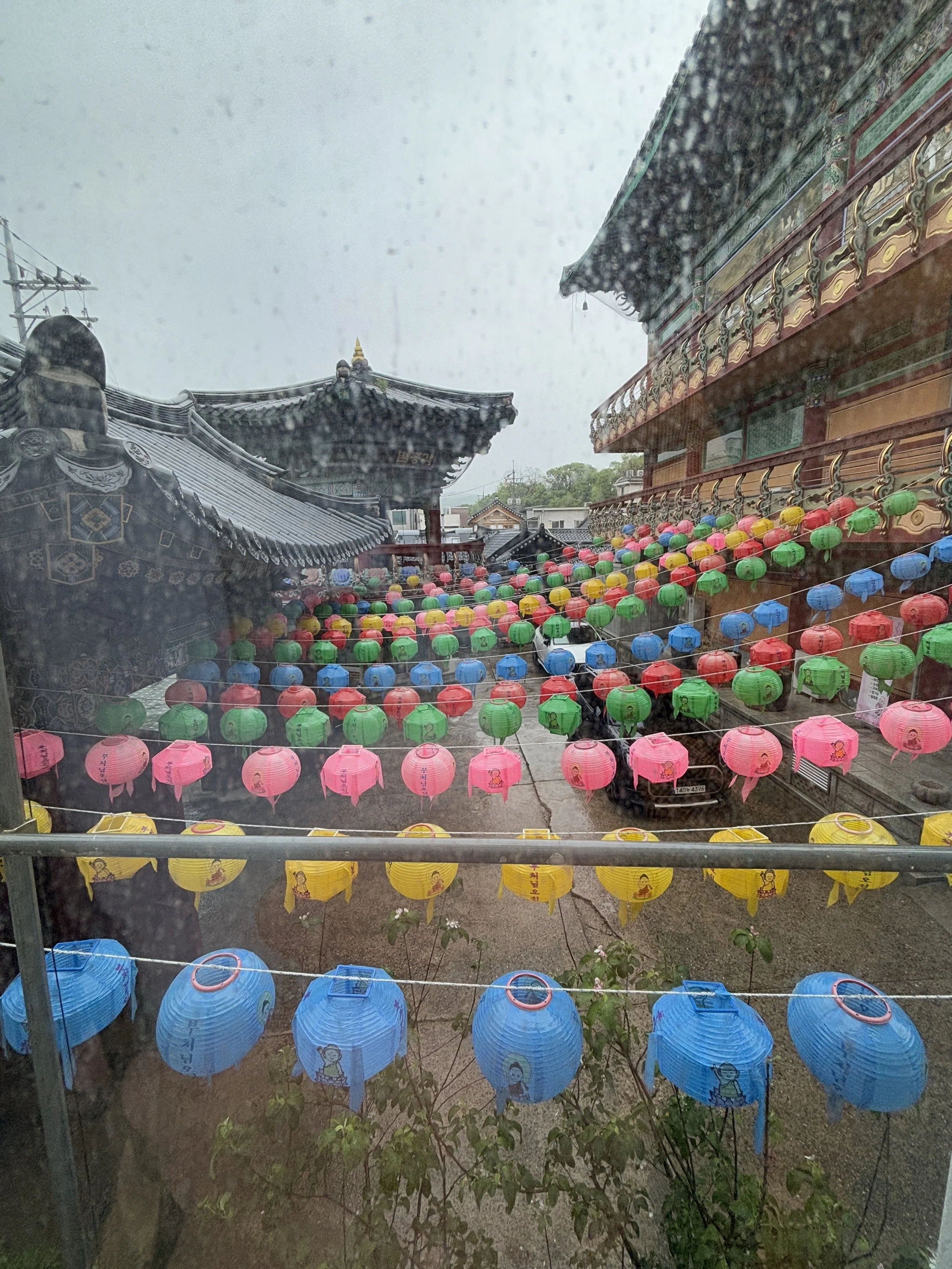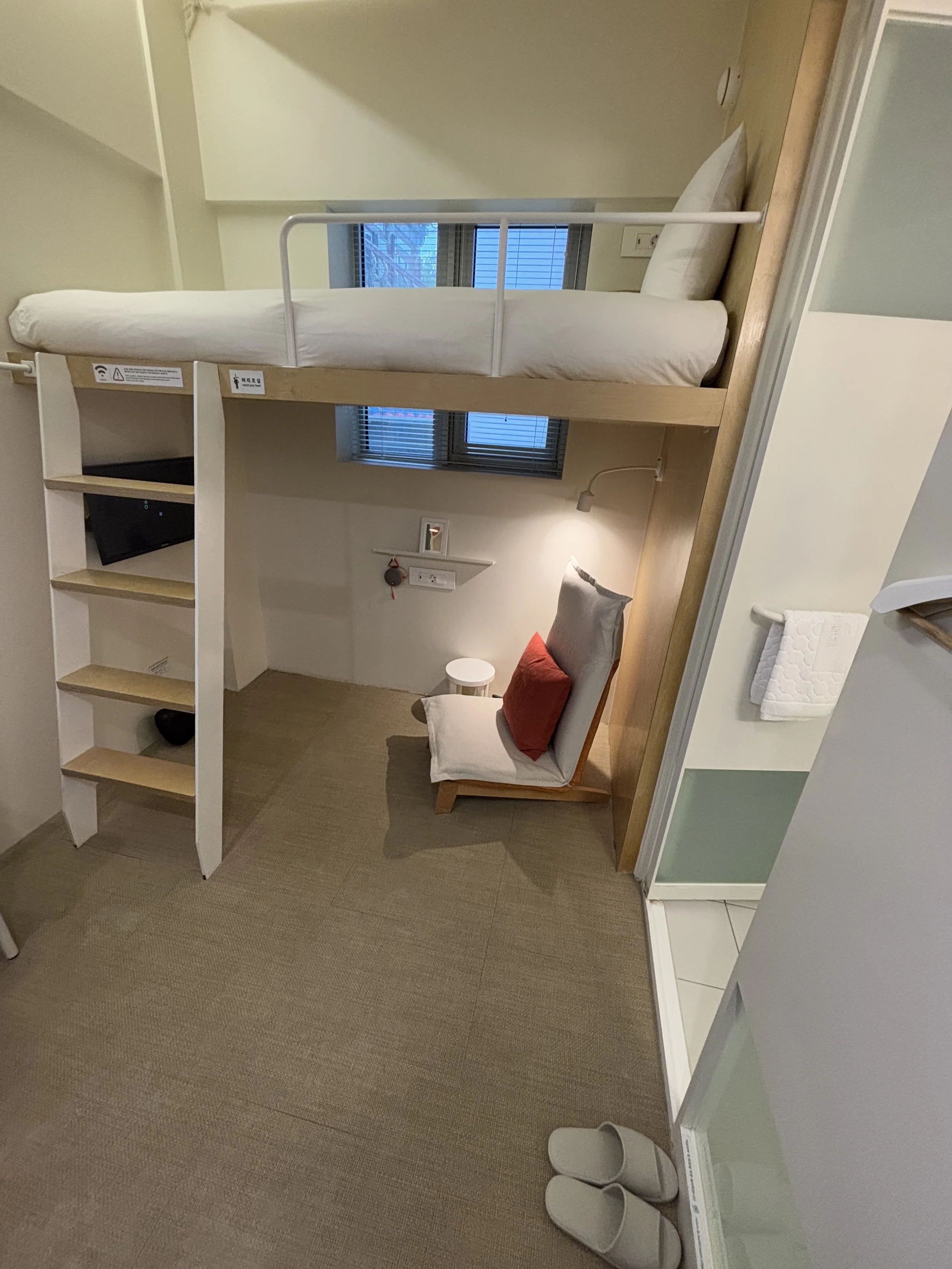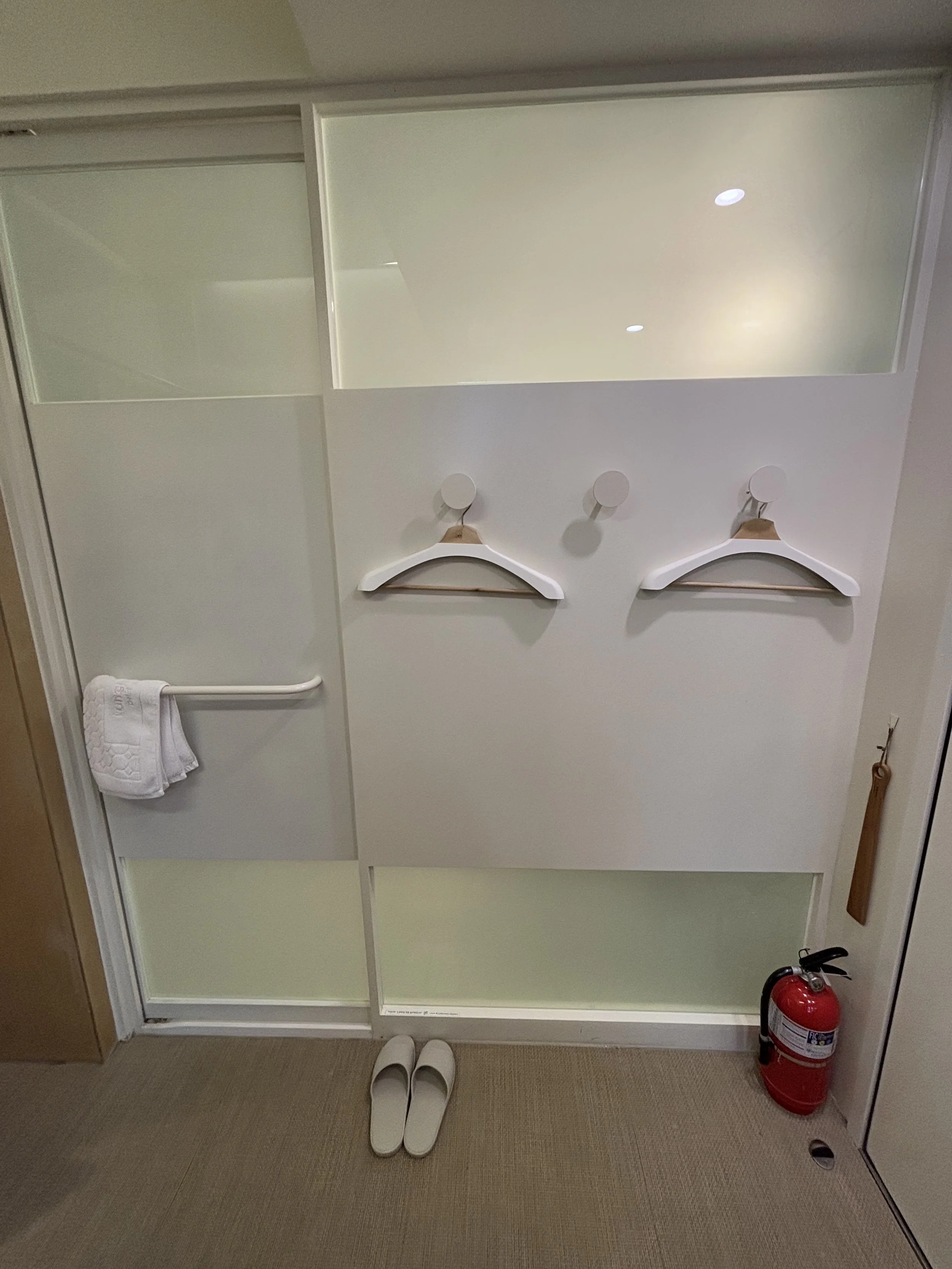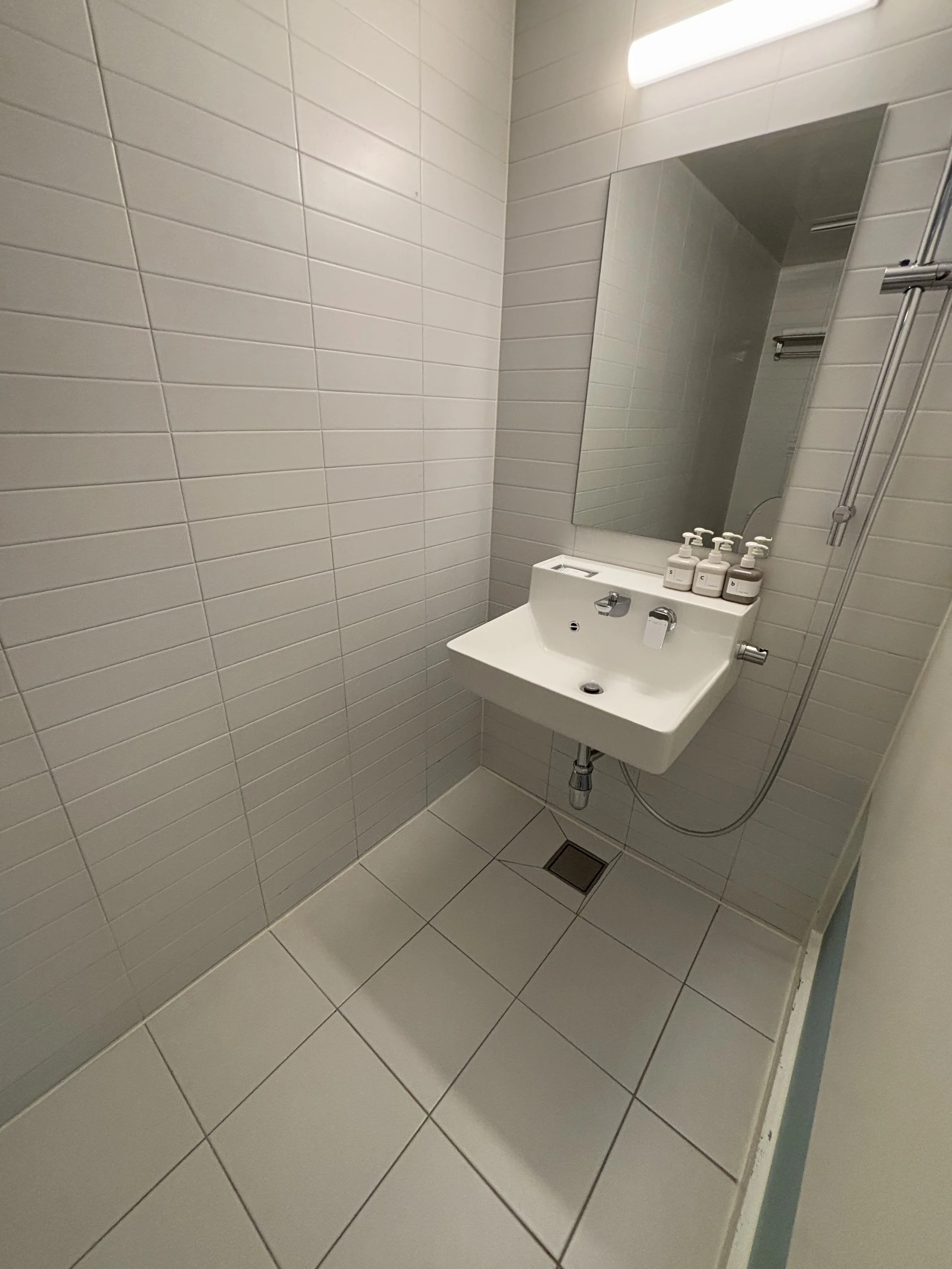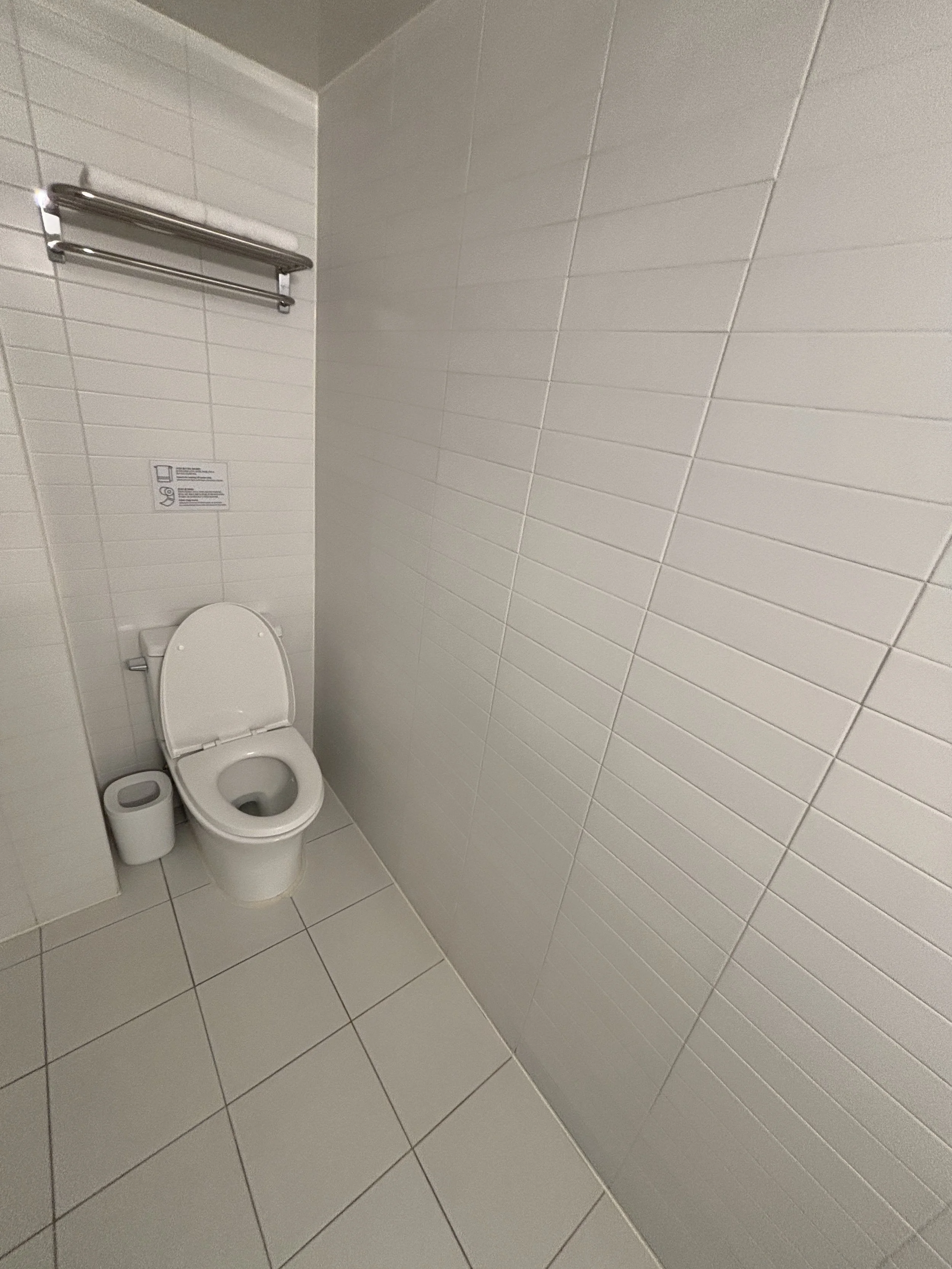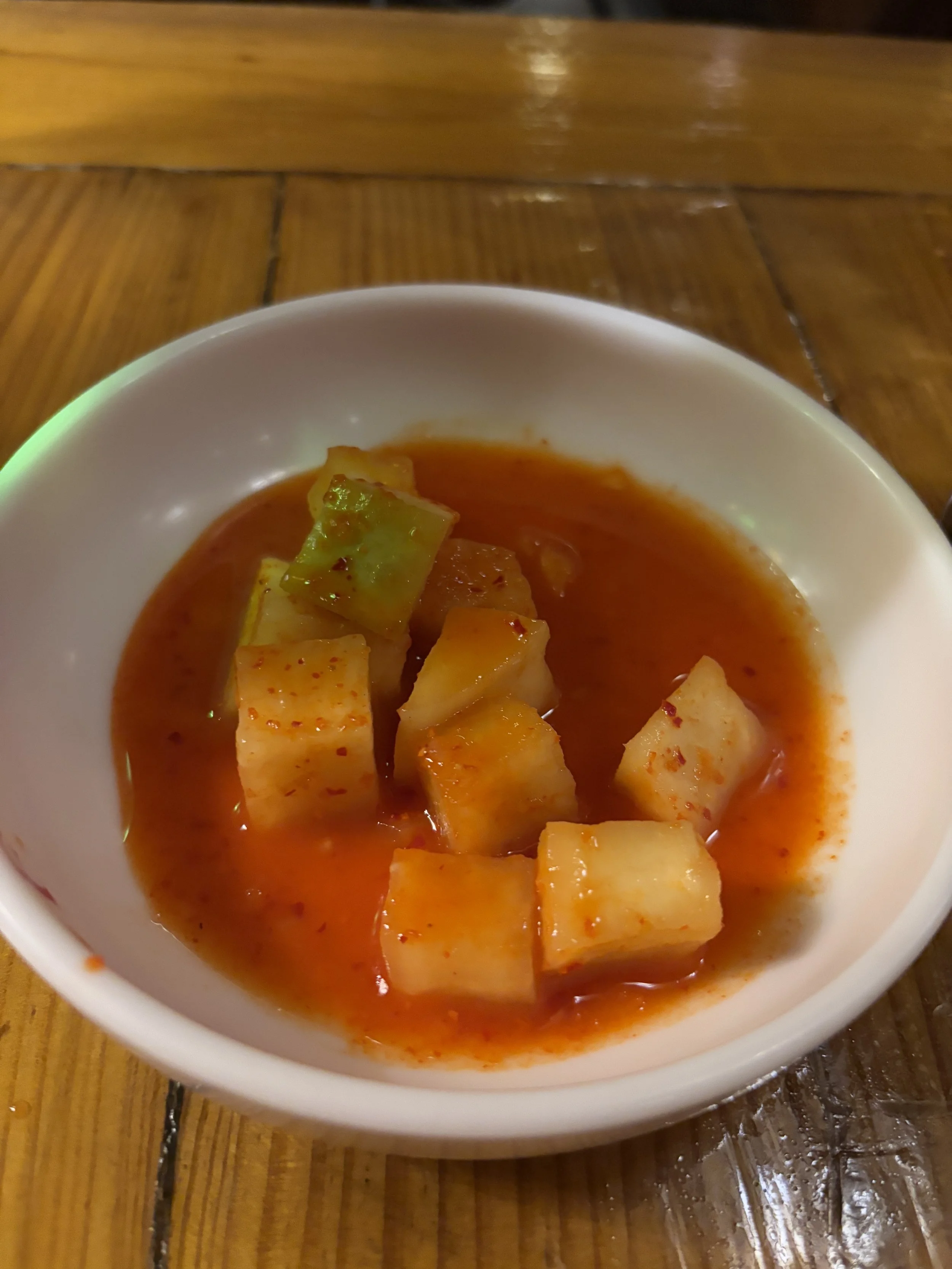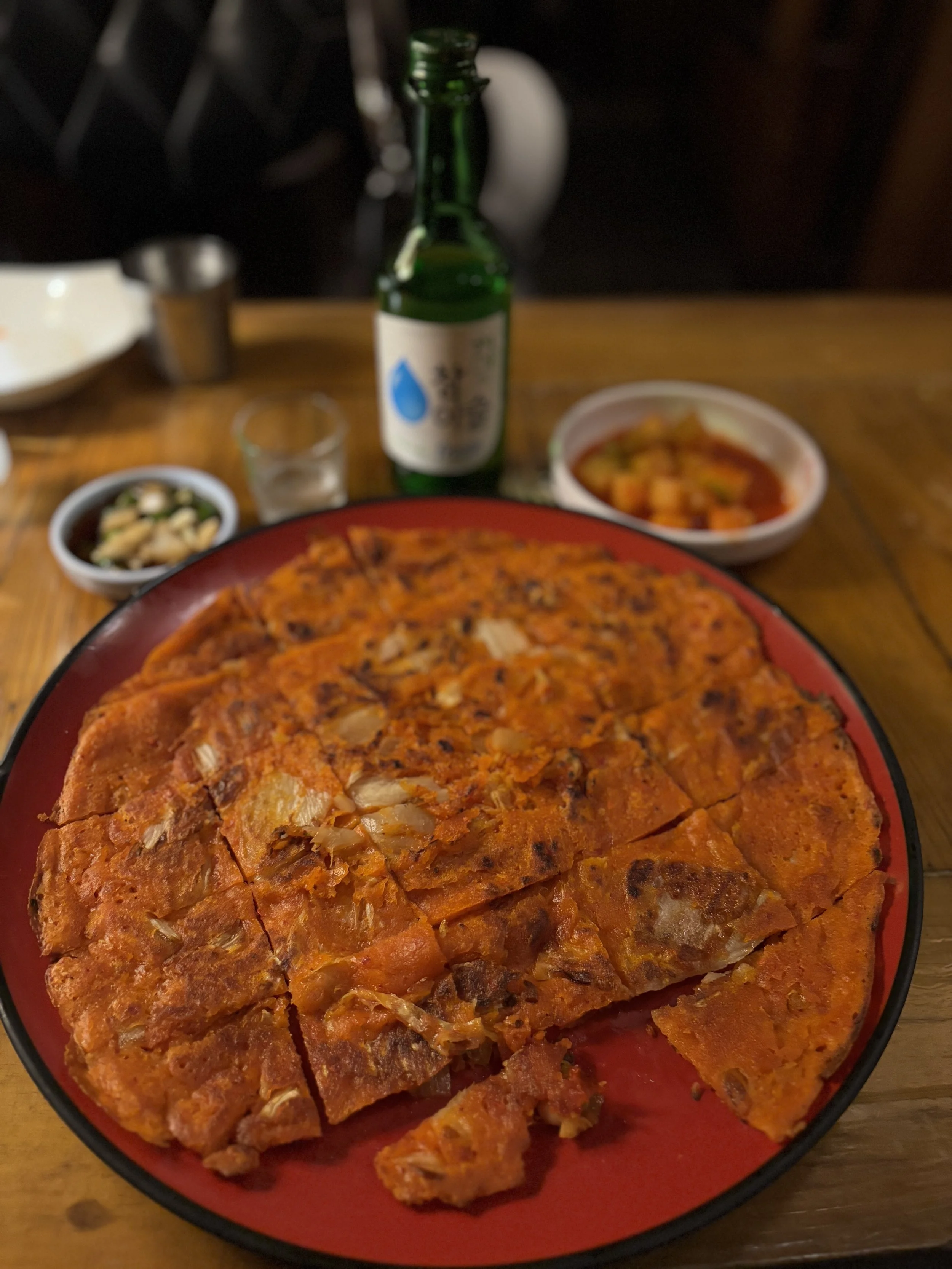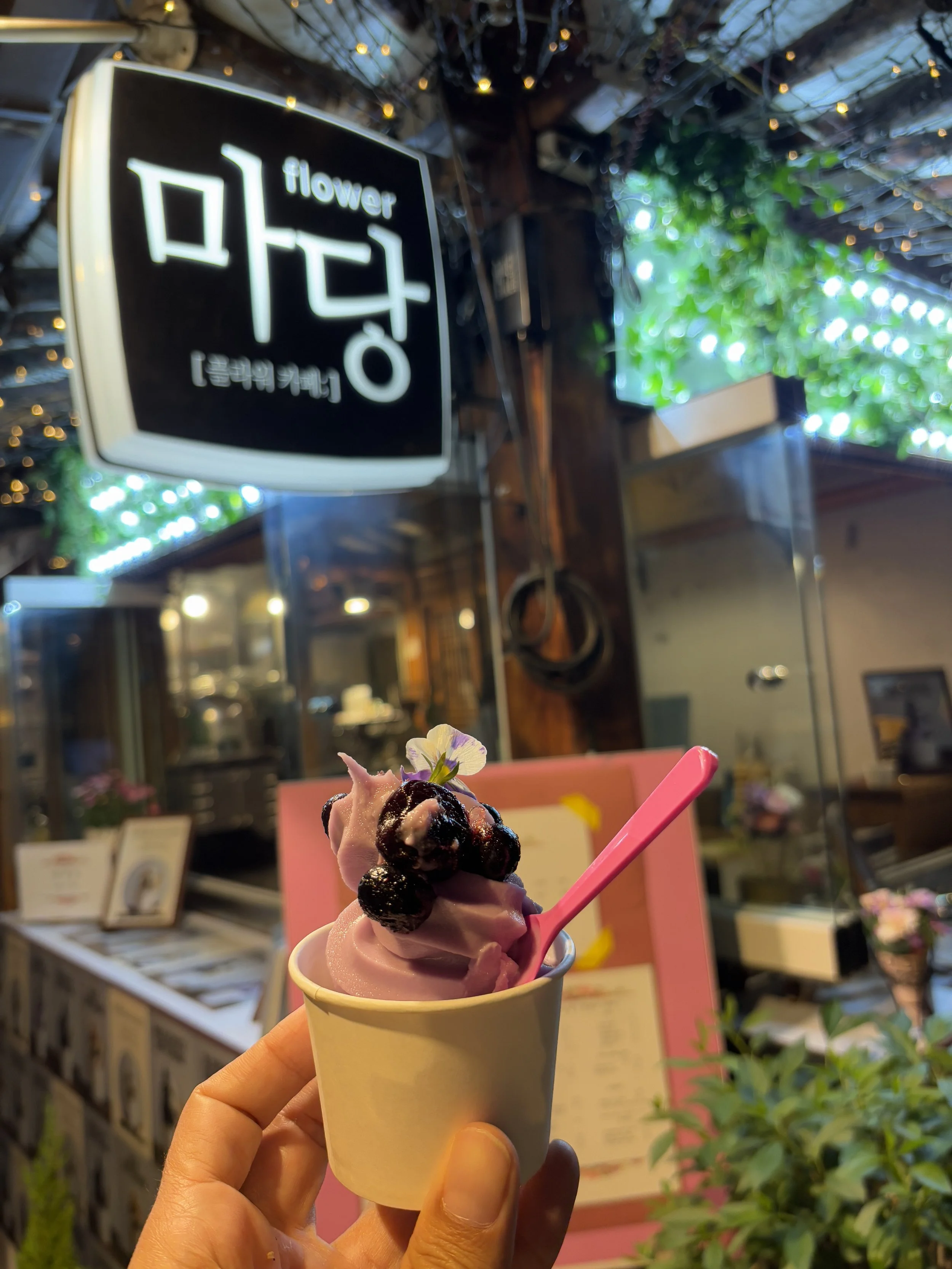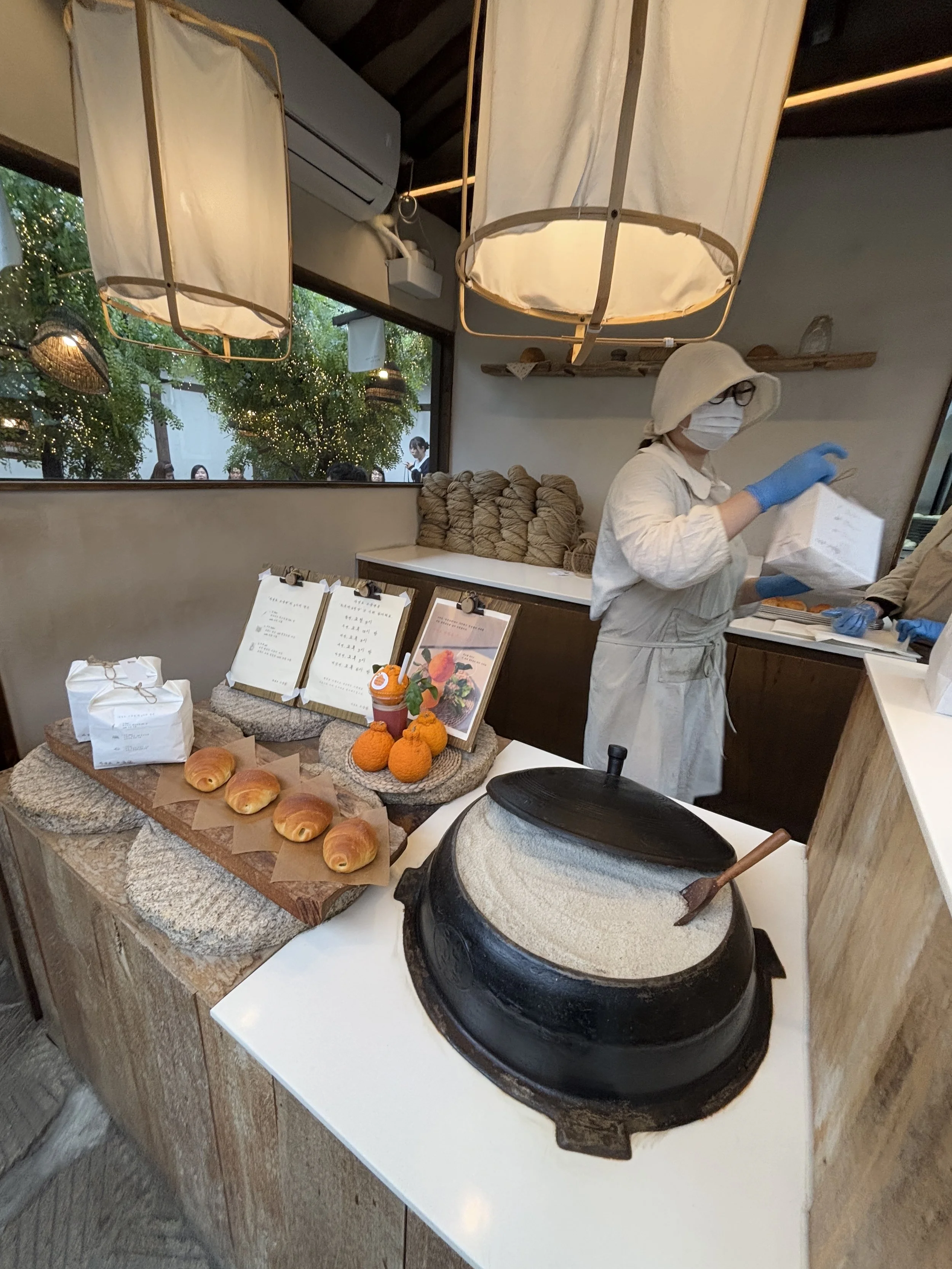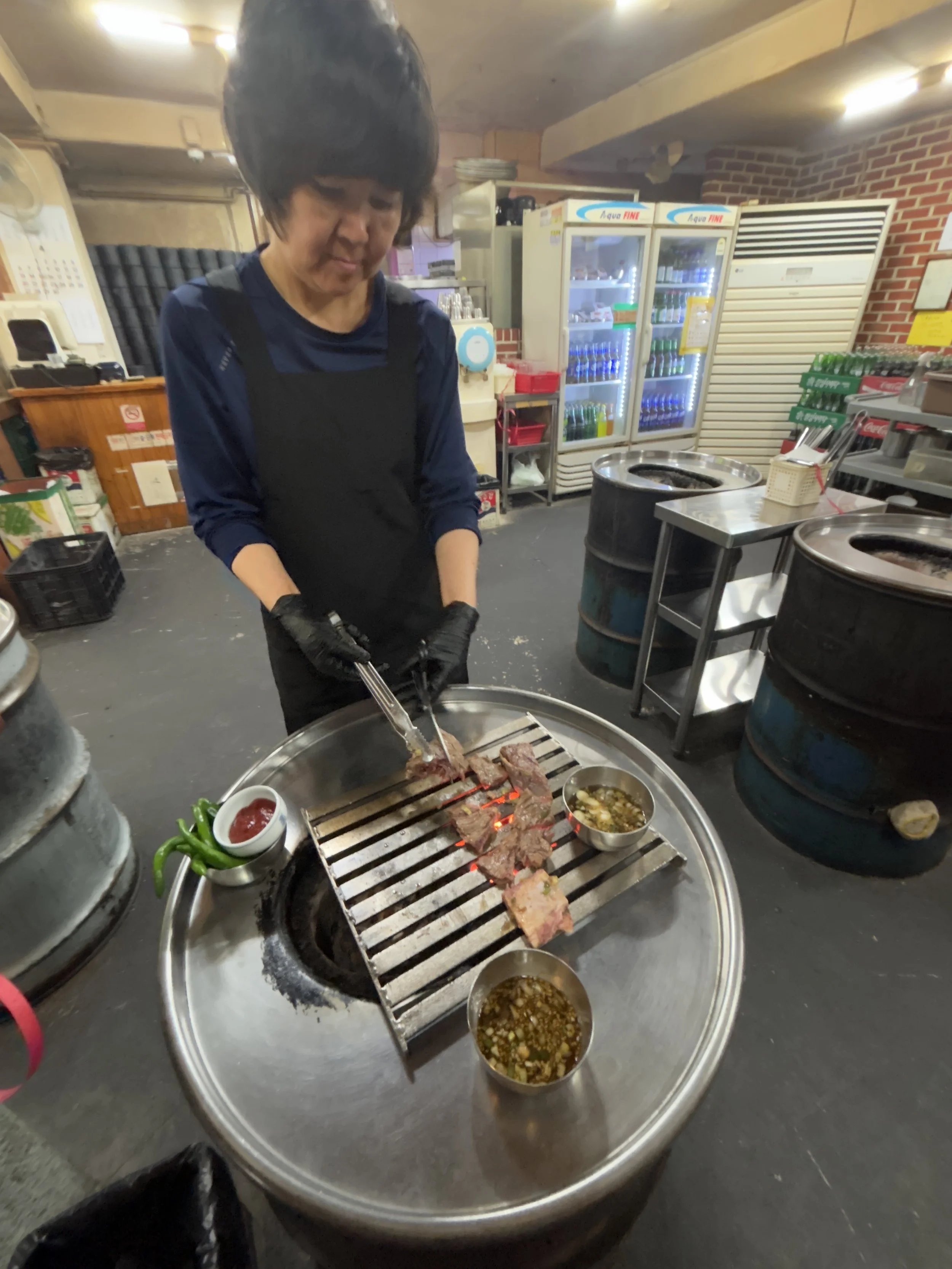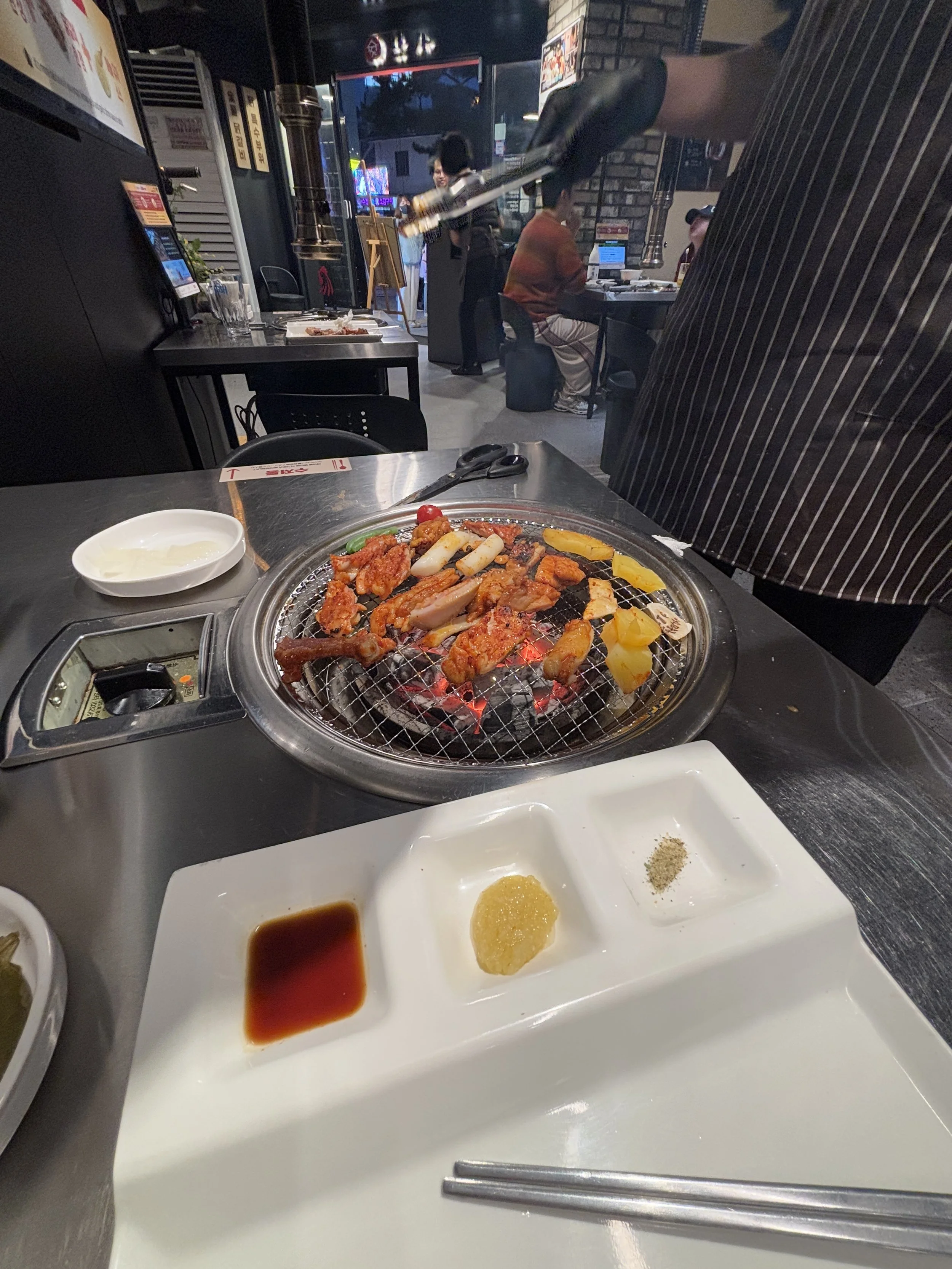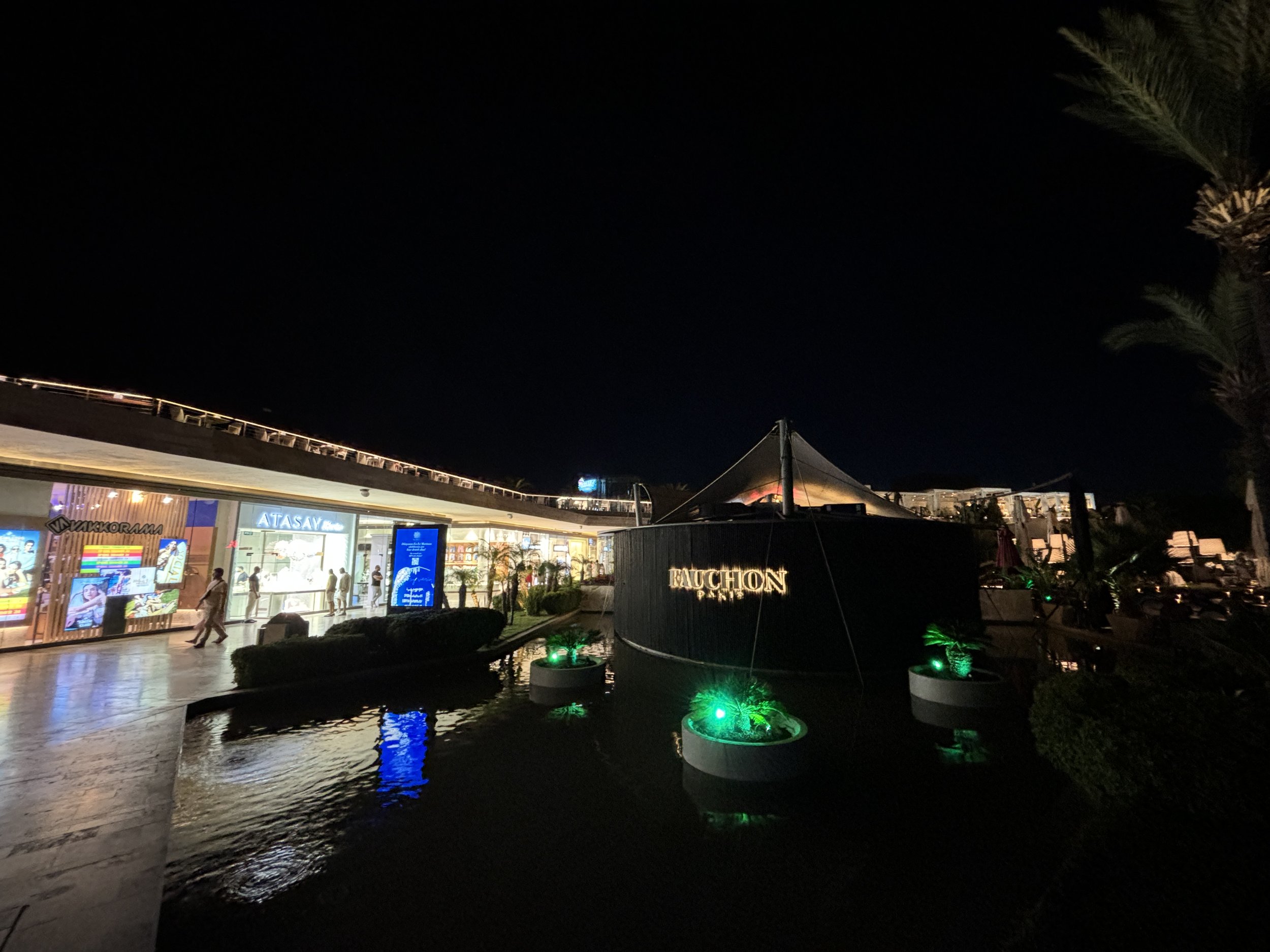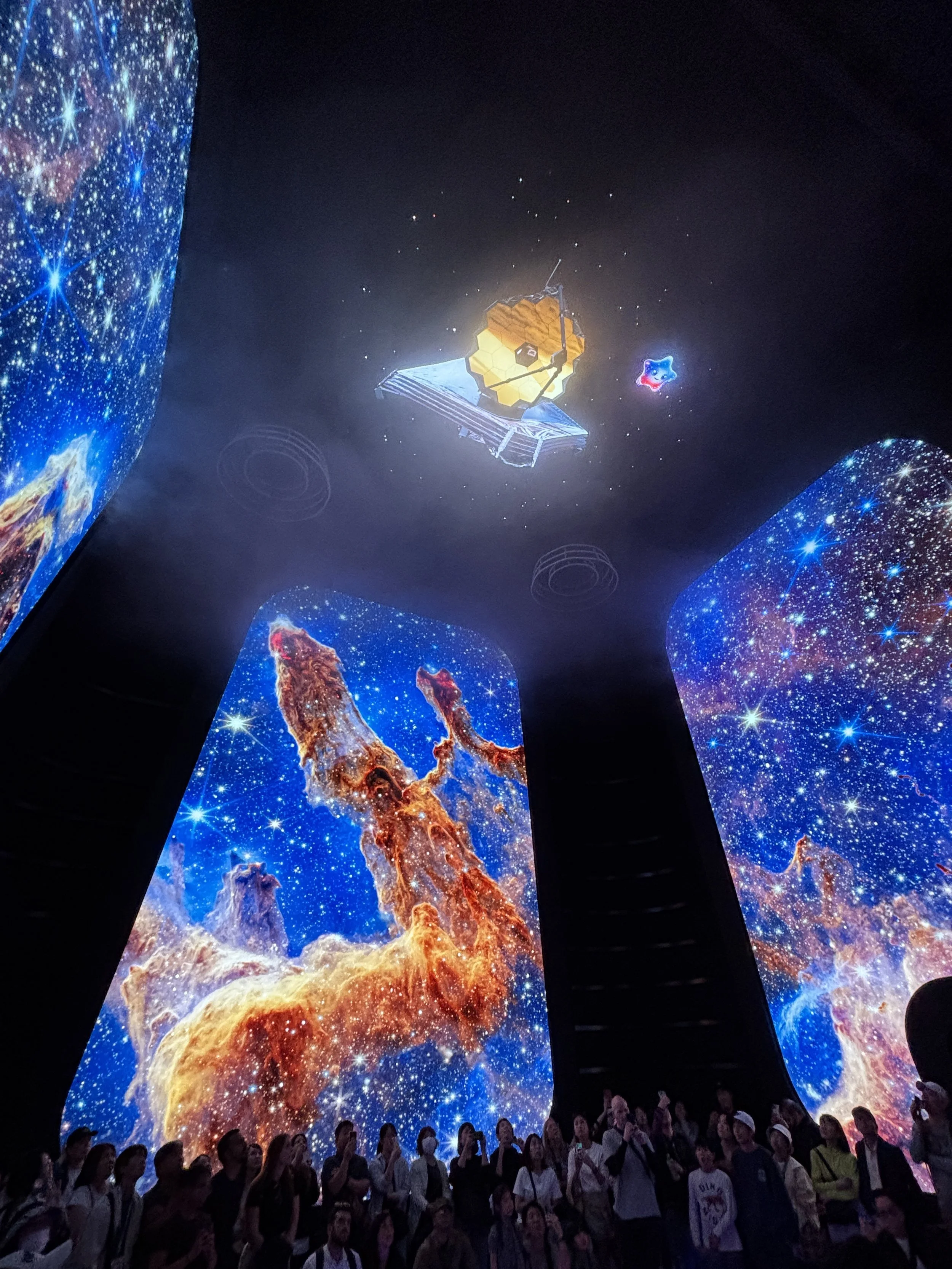Gems of the Costa Blanca: What to see in Alicante, Altea, Tabarca and around
The stretch of the Spanish coast centred on the city of Alacant/Alicante* is popularly known as the Costa Blanca and it is one of Europe’s tourist hotspots.
Now, I know this site usually avoids tourist traps, BUT, in fact, the point of this post is to show that, next to mass-tourism resorts like Benidorm, with their massive 1970s-style multi-storey buildings, there are quite a few beautiful gems that have managed to preserve their Mediterranean charm.
A recent visit to Alacant provided me the chance, with the help of a rented car, to visit some of these locations. I did complete the itinerary in a single day, although that was really, really a stretch and afforded just enough time to get a quick glimpse of the places. This is, therefore, mostly a visual post, since, I think the general relaxed atmosphere of some of these sites, together with the balmy weather is what makes them attractive.
*I have opted to use primarily the Valencian language (the local variant of the Catalan language spoken in the Valencian Autonomous Region) form of place names, although in some cases, like the city of Alacant, the Spanish version - Alicante - may be much better known internationally. Although Valencian/Catalan has, sadly, long been in decline in this area, I think it is a good way to pay homage to local culture and tradition.
A walk through downtown Alacant/Alicante
This was my first time in Alacant, plus my hotel (more on this further down this post) was in the very center of the city, right next to the town hall, so the obvious thing to do was to take a stroll in the central area of the city.
Alacant is a rather commercial city and it has been the scene of very intense urban development in the second half of the 20th century and until this day. Thus, the downtown is mostly “newish” in appearance, but there are is a section of the center, between the town hall and the narrow streets that ascend towards Santa Barbara Castle, in which it is possible to get an idea of the historical city.
The other point that is kind of a must is the seaside palm tree-lined promenade, with its patterned mosaic-covered floors. It has also a number of modernist style architecture that would not be out of place in Cannes or places like that. This is also next to the city’s large marina. Alacant/Alicante has also some notorious urban beaches, like the famous “Platja de Sant Joan”, but I didn’t have time to go for a swim this time!
Must-do in Alacant (Alicante): visit Santa Barbara castle
Santa Barabara Castle is located on top of a steep hill which absolutely dominates the city of Alicante from every possible angle.
This castle is, I would say, the top attraction to visit in Alacant/Alicante if you have limited time for sightseeing.
There is an access road and a couple of trails (which include several flights of stairs), but I would leave those for the way down towards the city.
The fastest and most convenient way to get up the castle is to take the elevator that runs inside the hill and leaves you in one of the upper levels of the castle.
Access is on the sea-facing part of the hill next to the beach of El Postiguet. It costs around €5 each way.
I did take the lift to go up and then walk down into the city to enjoy the views of the old quarter on my way down.
The castle is, in itself, quite a remarkable construction. It looks pretty much the way you would imagine a medieval castle, with several concentric levels of fortifications, with defensive towers, parapets and the like.
But the best reason to go up the hill is to enjoy the magnificent 360-degree views of the city of Alacant and the neighbouring coastline and inland plains.
On the way down you also come across some interesting sights. If Alicante oozes Mediterranean-ness, some corners of this part of the city take it to another level!
Great restaurant in Alicante
El Nou Manolín
C. Villegas, 3, 03001 Alacant
https://grupogastronou.com/en/nou-manolin
This is a sort of cult restaurant in downtown Alacant, with a tradition going back decades for good good and atmosphere. I was taken here by a local friend of mine and the place didn’t disappoint.
El Nou Manolín is located right in the liveliest nightlife area of Alacant, which is packed with bars, terraces and restaurants.
It has two levels, the first one is more like a bar, with a more casual setting in which people just seat around a central bar area, while the upper floor has a more formal, sit-down restaurant.
I have posted here some pictures of the diverse range of tapas and dishes that we tried (I have also included a picture of the bread, because it was so good!).
As you can see, fish or meat, it doesn’t matter. From the morel mushrooms filled with foie and egg (further above) to the littel grilled meat bites to the different presentations of anchovies. It was all pretty delicious.
El Nou Manolín has a particular large variety of rice dishes (an ingredient with a strong presence in Valencian cuisine), although given it was late in the evening, we opted for a lighter option, such as these red shrimps, very fresh andsimply grilled and salted.
One specialty you must try when in Alacant is Fondillón, a sweet wine that is made locally with the Monastrell grape variety.
Although it has a long history dating back centuries, this type of wine came close to extinction at the turn of the 19th C. due to the phylloxera epidemic, a parasyte that devastated Europe’s vineyards. It survived, though, and it has recently seen a bit of a revival, becoming a bit of a symbol of local viticulture and even getting its own Protected Designation of Origin (PDO) from the European Union!
Visiting Altea, a Mediterranean gem
So, leaving Alacant behind, it’s time to move up the AP-7 motorway and drive all the way to the first (and furthest) stop in our Costa Blanca itinerary: the beautiful seaside town of Altea!
Although it has not been immune to the overconstruction and overdevelopment fever of the rest of the Costa Blanca, Altea has a couple great things going for it:
A fantastic natural setting on a small, open bay, with a long, wide beach of crystalline waters, nicely enclosed by two slightly protruding rocky headlands on either side.
A picturesque whitewashed old town slopes down to the beach from a small hill, crowned at the top by a rather imposing domed church.
The charms of Altea have not gone unnoticed (and I am not talking just about Volkswagen subsidiary SEAT naming one of its cars after the town), but about the proliferation of all sorts of real estate agencies all over the place! Altea is, in fact, one of the towns in Spain with the highest number of foreign expat residents.
Pit stop in Benidorm - Avoid!
Down the coast from Altea is the place that epitomizes everything that has gone wrong with urban planning and tourism development in this part of Spain.
Some love it (the “Spanish Dubai” you may even say, to judge by the scale and pace of development going on here) some hate it. I lean towards the latter camp, although when I visited, off-season of course, the place was way more quiet than I expected.
The fact is, that while Benidorm may be able to offer low accommodation prices through sheer economies of scale, there are much nicer places nearby!
The colourful houses of La Vila Joiosa
This was another remarkable find!
La Vila Joisoa (the name of which means literally “The Happy Town” in Valencian-Catalan language) is a seaside town, similar, in many ways, to Altea, just that a tad smaller AND with a polychrome downtown rather than whitewashed!
La Vila Joiosa is eminently a beach destination and the life of the place gravitates towards its wide, sandy beach and the adjacent promenade. Didn’t have time to stop for long, but wouldn’t mind coming back!
An excursion to Spain’s smallest inhabited island: Tabarca
And here comes a truly unique experience, because Tabarca is a rather unusual place. After my visit I even wrote an in-depth piece for CNN about this island.
Located just a couple of kilometres from Alacant, Tabarca is not only Spain’s smallest inhabited island, with some 50 permanent residents, but it has a very interesting history.
Tabarca or, more accurately “Nova Tabarca”, was colonized in the 18th C. by people of Genoese origin.
They were fleeing another Tabarka, a tiny island off the coast of Tunis that acted as a Genoese outpost for a couple of centuries.
When the Bey of Tunis reclaimed the island, those Tabarkians that managed to escape were granted land in “Nova (New) Tabarca” by the King of Spain, who ordered also a fortress be built on the island.
So, today Nova Tabarca offers its visitors the relaxed and charming atmosphere of a Mediterranean fishing village designed with the engineering precision of an 18th-century military fortress, complete with its fortified walls.
What’s more, the two thirds of the island that were not built over, as well as the surrounding waters, are a protected natural area which feels a world apart from the buzz found on the coast of the neighbouring mainland.
How to get to Tabarca
Although Tabarca is officially a district of the city of Alacant, the ferries depart from the port of Santa Pola, which is a few km south of the city, near the airport.
There are several boats a day (although frequencies diminish drastically in winter!) and the return ride costs around €9. The trip takes some 20min and as an added bonus, most of the ferries have a glass bottom that lets you see the bottom of the sea as you approach the island!
The Palm Grove of Elx (Elche), a UNESCO World Heritage Site
The last stop of our list is the millenary Palm Grove of Elx (“El Palmeral de Elche” in Spanish), a World Heritage Site which dates back to the time of Al-Andalus, when this part of Spain was under Moorish rule.
The palm grove is, nowadays in the very center of the city, and it is a large park, which, as the name implies, is dotted with some 200,000 palm trees. The atmosphere is, indeed, reminiscent of some of the oasis of the Middle East, such as Al-Ain, which, by the way, is also an UNESCO World Heritage site.
I only managed to get to Elx by the evening, when the sun had already set, but this was not a problem to visit the palm grove since it is an open public park. Perhaps the nocturnal atmosphere made the place somehow even more interesting and suggestive!
Where to stay in central Alicante
Eurostars Mediterranea Plaza
Plaça de l'Ajuntament, 6, 03002 Alacant
https://www.eurostarshotels.com/eurostars-mediterranea-plaza.html
This is a nice, modern four-star hotel that is as central as it gets in Alacant, just opposite the town hall, in the main square of the old town. The room and bathroom were impeccably clean and had a functional design.
The breakfast was also very good and it included a good number of local specialities, a nice touch!
The hotel does not have parking (a relevant point in my case, since I had rented a car upon my arrival at the airport), however, there is a public parking two minutes walk away next to the port, which cost something like €20 per day.
Kaş to Kastellorizo: where Turkey's Lycian Way meets the most distant Greek island
This post covers one of the areas with, possibly, more top historical heritage per square kilometre of the Mediterranean and this is on top of a stunningly beautiful landscapes.
This is, of course, not our first foray to the Turkish Aegean coast, you can also check our post about what to see in Bodrum and its surroundings. This one covers another section of the beautiful and rugged coastline of southwestern Turkey, particularly the area around Kaş and Kalkan and the neighbouring Ancient cities of Myra and Patara, what is today known as the “Lycian Way”.
What’s more, for those like me, who are interested in borders and those places that act as fault lines (or meeting points, depending on how you see it) between countries, continents and cultures, this region contains a particularly interesting spot: a very tiny Greek island which is really far away from the mainland, but almost adjacent to the nearby Turkish coast.
Keep on reading to find out how is it like to visit this tiny Greek (and European Union) outpost from the neighbouring Turkish town of Kaş.
Getting to the Lycian Way
Let’s start with a short paragraph about logistics. It’s going to be short: rent a car.
The area of Kaş is located roughly halfway between Antalya and Dalaman airports (Bodrum is also a reasonably close gateway and gets more flights than Dalaman). There is no train connection and I don’t think buses are a practical option to move along the area. I know “walking the Lycian Way” is a thing, but since this is not a hardcore trekking site, I will leave this one out too.
This leaves renting a car as the most convenient option and, actually, the roads are generally ok (between Antalya and Kaş about half of the distance is actually covered by a two-lane motorway). I also found parking in those coastal towns surprisingly easy (particularly when compared with its equivalents in Western Europe), but this may be due to the fact that my trip was in the autumn, and, therefore, a bit off season.
The Ancient city of Myra - the city of Santa Claus!
One the way between Antalya and Kaş perhaps the most fascinating place you can visit is the Ancient Lycian city of Myra.
The Ancient city of Myra (“Myra Antik Kenti” in Turkish) is a truly interesting spot for several reasons:
It was one of the epicenters of the Lycian civilization, which used to be kind of part of the Greek world, but not quite. Lycia had, in fact, its own cultural and political system for quite a few centuries, until the Romans took over the whole region and made it part of their Empire. Lycian cities were organized in a league that had some proto-democratic elements in the way it worked. It was actually mentioned by Montesquieu and said to have inspired the US Founding Fathers, as well.
Myra was the home city of Saint Nicholas (aka Santa Claus). Although he was born in Patara (another Lycian city that we also cover, further down this post, Saint Nicholas was the bishop of Myra for some time in the 4th C. There is a church of Saint Nicholas in the Ancient city, which is visited by numerous pilgrims (Saint Nicholas is said to have been buried there at first, but in the Middle Ages his relics were taken to Bari, in southern Italy).
The archaeological ensemble of Myra is absolutely stunning. Its most famous landmark are the rock-carved tumbs that fill the surrounding cliffs. These have porticos and facades, creating the impression of a proper city carved in the face of the rock. Next to it are the vestiges of what was, in its time, a rather important city, complete with a very well preserved theatre and many of the buildings that we typically associated with the major cities of Antiquity.
So, make sure you include a visit to the Ancient city of Myra in your itinerary!
Kalkan, perfect base for exploring the coast around Kaş: where to stay and eat
Our hotel recommendation in Kalkan:
Payava Hotel
Kalkan, Cumhuriyet Cd. No:80, 07960 Kalkan (Kaş)
This little hotel in Kalkan, a town some 27km west of downtown Kaş, was a real find. We booked it at the very last minute and it totally surpassed expectations.
The facility is on the outskirts of Kalkan, but if you have a car this is not an issue. It is actually quite easy to get there and to park (the hotel has its own private parking space).
The facilities are pretty modern (the bathroom in particular was pretty large) and, while not exactly next to the sea, it does have views of the sea, as well as a swimming pool with terrace.
I would also like to highlight the service, which was excellent. The hotel staff were actually very friendly throughout. At the end, we decided extend our stay for one more day than originally planned!
While we did not have lunch or dinner at the hotel, since we spent most of the day on excursions or exploring downtown Kalkan (see the section about where to eat in Kalkan further below), we did try the hotel’s breakfast and it was absolutely great.
The breakfast buffet at Hotel Payava offered a broad mix of European and Turkish foods (including an amazing assortment of local cheeses) as well as plenty of fresh fruit and produce.
Great place to eat in Kalcan
Ata Mezze Grill
Kalkan, Şehitler Cd. no:21, 07960 Kalcan (Kaş)
This is not the fanciest or the most expensive restaurant in Kalkan, but it is the one I would go back to without hesitation!
It is actually a kebab and mezze place located a bit in the outskirts but within walking distance of downtown.
The vibe of the place was nice, the food super tasty and the prices, very reasonable. We also got excellent service.
Here are some pics of the assortment of Turkish kebabs, bread and sides that we got (note also the paper tablecloth with the map of the Lycian coast, I really like restaurants that do this!)
The kebabs are all prepared in proper charcoal and served in generous portions, so top marks for this. But even better was this traditional Turkish dessert called “Katmer” (see below), which is simply amazing!
Katmer combines Kaymak (Turkish-style clotted cream) with a thick and sweet pistaccio paste encased in a sort of mille-feuille. It is served warm and waiter breaks the outer crusty shell when serving it. Delicious!
A day trip to Kastelorizo from Kaş
As mentioned in the opening section of this post, one of the attractions of the Kaş area, at least for those like me that are interested in borders and geopolitical boundaries, is the possibility of visiting the Greek island that is most distant from its mainland and which is also one of the EU’s tiniest and most peripheral outposts as well: the island of Kastellorizo (Megisti in Greek).
Kastellorizo is a tiny island, roughly 9km at its longest point and 2km at its widest, with some 500 permanent inhabitants. It is distant about 1 mile from the Turkish coast but some 100 miles or so from the closest Greek island, Rhodes. Kastellorizo also has a number of adjacent islets and rocks that are also under Greek sovereignty.
Considering the usually tense relations between Greece and Turkey, it will possibly not come as a surprise to you that this island has been a flashpoint in the long going disputes between the two countries. Recently, for example, Greece and Turkey quarrelled about the limits of their respective Exclusive Economic Zones (EEZ) in this part of the Mediterranean.
In an attempt to diffuse these tensions and to promote the good understanding between the two countries, a number of people in this region came up with the idea to organize an international sports event linking Kastellorizo and Kas in a friendly manner.
The result was the Kastellorizo-Kaş international swim, which takes place every year in June.
Participants swim across the narrow strait that separates Kastellorizo from Kas. It is technically a competition, but takes place in an atmosphere of friendliness and cooperation, since the main goal is to foster good cross-border relations.
I really don’t know when and how the border formalities are conducted, though, since Kastellorizo, as part of Greece is EU territory and is within the Schengen zone, so people making the crossing in that direction must have the proper paperwork to enter the EU. Likewise, the Turkish Republic enforces passport controls on its borders and this applies to the short hop from Kastellorizo too.
How to get from Kaş to Kastellorizo?
The easiest and shortest way is to take the ferry (operated by Meis Express) from the small port of Kaş, from where several ferries depart every day (the island has also ferry service to Rhodes, although it takes several hours on account of the much longer distance. There is also a small airport in Kastellorizo with to Rhodes, as well).
It is possible to buy tickets at the port terminal in Kaş , although it is best to book them online in advance.
The island, which can be seen from the shore, is just a 20 minute ride away. The ferry ride can, in itself be quite a pleasant experience if the weather is nice. There is an open terrace (as well as an indoors cabin) which is perfect to enjoy the sights of the coastline and the blue waters all around. We did even get to see some flying fish following us and jumping out of the water all around the boat!
Halfway to Kastellorizo, the boat crosses the international divide the Greek flag is raised (the boat is Turkish). On the return trip, the inverse operation is performed, with the flag being lowered down.
The existence of the border is very present throughout. In fact the first thing you notice when you sail into Kastellorizo’s beautiful small sheltered harbour are the huge flags of Greece (painted on one of the island’s hills) and of the European Union (waving at the entrance of the port), which welcome you to the island.
Besides the border control upon arrival, the liminal nature of this place is also accentuated by some other small details that you don’t need to be a border geek to notice. For example, you switch from Turkish to Greek time (-1h), from Turkish Lira to Euro and, if you have a EU sim card, you get to benefit from the roaming-charge-free mobile connectivity.
Exploring Kastellorizo
The island of Kastellorizo is absolutely beautiful and it would be well worth a visit even if you are not interested in all this border stuff. Most of the island’s population cluster around a tiny, almost perfectly quadrangular harbour bay, which is lined with cute traditional houses painted in an array of bright, vivid colours.
So, what to do in Kastelorizo once you set foot on the island?
Unless you have decided to overnight on the island, your time is likely going to be constrained by the ferrys’ schedule. It really depends on the time of the season and of the week.
When we visited the last ferry departed back for Turkish territory at around 5pm. So, this gave us around 6 hours on the island, which, I think, is enough to explore its main town and its surroundings and get a decent meal at one of the many restaurants lining the harbour.
So, what most people do is just go for a relaxed stroll along the harbour and the handful of streets around the historical center. These are really nice and encapsulate a certain idea of the Mediterranean as many people imagine it.
The seaside promenade is a bit touristicized, though (which I guess is inevitable in this setting!) and the different restaurants compete very proactively for the daily haul of tourists arriving in the ferrry.
Yes, it can feel a bit touristy and prices are not particularly cheap, but I would still include a seaside lunch in the Kastellorizo experience, if only because there is not “that much” to do once you have taken your nice postcard-like pictures!
You may also see the sea turtles that roam around the harbour. They are obviously used to human presence, since many of the tourists feed them scraps of food and even some restaurant owners do the same in order to attract them to their section of the harbour for the entertainment of their guests.
The other thing I would recommend doing, if you don’t mind the steep walk, is climbing up to Kastellorizo’s castle.
While the fortress is now in ruins, it commands quite a great viewpoint, dominating the harbour below. It is not a surprise that this place has a long history and it is suspected to have been fortified already in Antiquity.
The heyday of this fortress, however, was during the Middle Ages, when it was occupied by the Knights of Saint John and even, for a few decades in the second half of the 15th C., by a Catalan warlord, Bernat I of Vilamarí. I had read somewhere that it was still possible to see the four stripes of the House of Barcelona carved on one of the stones, but I could not find them (in fact, the castle is in such a state of ruin that it is only possible to access what is left of one of the towers). The island got even a Catalan name during that period “Castellroig”.
In 1512 Kastellorizo was taken by the Ottomas and in successive centuries it changed hands several times between Venetians, Greeks, Turks, Italians, and even British and Germans during WW2. In 1947, together with the other Dodecanese islands, Kastellorizo was confirmed as part of Greece.
From the castle you can also enjoy great views of the Lycian coast and the several little islands and islets that dot this area. But there is more…
If you climb down the castle hill by taking a little trail on its sea-facing side you will come across a couple of rock-carved monumental Lycian tombs, quite similar to the ones found in the Ancient city of Myra. This seems to have been a cultural practice common all over this region.
Btw, you can also continue along the seaside path to get additional views of the entrance of Kastellorizo’s harbour as you walk back to the ferry terminal.
Once back on Turkish soil, you can also spend some time exploring Kaş downtown.
While it is mostly a modern town, Kaş is actually, quite a lively place, with plenty of shops, cafés and commercial activity going around.
Visiting the Ancient city of Patara (the birthplace of Santa Claus!)
And, last but not least, if staying in the Kaş area, the Ancient Lycian city of Patara is another must-see, since it is located just a few miles west of Kalkan.
We have already commented on Myra, the city where Saint Nicholas (Santa Claus) served as a bishop, but, in fact, Patara was his birthplace.
Patara was quite a sizeable city at its peak, and even if only a small part of its perimeter has been excavated you can get an idea of its importance.
There are quite a few magnificent Ancient monuments in Patara, such as this impressive and well-preserved theater. What’s more, the ruins of the Ancient city are located right next to a long sandy beach, so it is perfectly possible to combine a visit to the archaeological site with a swim in the Mediterranean (and I would actually recommend doing so!).
One day in Tirana: what to do and what to see
Albania is one of the hottest tourist destinations in Europe right now.
The country that spent decades in isolation under the harsh Communist dictatorial regime led by the late Enver Hoxha, and, later, mired in years of economic and social strife, is now seeing visitor numbers soar.
A big part of this is the arrival of low cost airlines, such as Wizz Air and Ryanair, which have put Albania, and its capital in particular, in the sights of many European travellers keen to explore what was, until now, one the least visited corners of the continent.
The fact is, that if you grew up reading about Albania as Europe’s economic and political basket case, are almost guaranteed to be impressed by what you see arriving in its capital in 2025: a city that is, generally speaking, tidy and efficient and where signs of economic growth are all around. Now, I am aware that this may apply only to the capital, or to be more exact, its central areas, which is what visitors are most likely to see.
However, this is how I can best describe my impressions from the limited amount of time I spent in the city, which is, after all, what this site is about!
Getting to and from Tirana Airport to the city center
Here are a few lines about my experience traveling between Tirana International Airport and central Tirana. I must say, first of all, that my flights in and out of the city were both quite late at night (around midnight), but I think what you will read here applies to other times of the day too.
First of all, there is no rail line linking Rinas airport to central Tirana, so you will be restricted to road transport.
So, unless you are renting a car this leaves both the taxi and bus as public transportation options.
At the time of writing these lines, neither Uber nor Bolt or other international ride-hailing app were operative in Albania. I read online that there is a local app, but I am not too keen to use apps I know I won’t be using anywhere else.
So, this led me to check the bus and this was a great choice, particularly considering that the terminus station in central Tirana is on the very central Skanderbeg Square, right next to my hotel.
The bus turned out to be really efficient and amazing value. For less than €5 I got pretty much to the door of my hotel. The bus was modern and clean. It also runs 24/7!
In order to catch it, you just need to walk some 50 meters as you exit the terminal to the left and walk across a car park (on the way you will get several offers from taxi drivers to take you, but I still think the bus is very hard to beat for value if you go anywhere near Skanderbeg Square).
If the schedules haven’t changed, the bus runs with an hourly frequency. The ticket is purchased directly from the driver (see my point about cash!). The drive to the center of Tirana takes less than 30 minutes.
IMPORTANT: you are strongly advised to get some local currency upon arrival (there are a few booths at the airport) to get at least some cash with you, since Albania is extremely cash-dependent economy and you will need cash it to pay pretty much everything, including the bus!
Things to see around Tirana’s Skanderbeg Square
Skanderbeg Square is the very heart of Tirana and most of the main sights are within walking distance from it.
The square is named after Albania’s national hero, an Albanian aristocrat that fought the Ottomans in the 15th C., in fact, after rebelling against them, and set up a (more or less) independent early Albanian state.
Skanderbeg is such an important figure in Albanian history that his coat of arms was actually adopted as the flag of modern-day Albania and he has, of course, a statue in the square that bears his name, as well.
The square itself is a large open space with a rather Communist-era look (the building of the National History Museum with its Communist-Realist freeze contributes a great deal to this aesthetic). However, there are also a couple historical buildings around it and quite a few modern constructions also going up!
Several of Tirana’s main commercial streets converge on Skanderbeg Square. Those are not huge by any means, but they are quite lively and full of activity during the day.
Overall, as I mentioned in the introductory section, the city looks pretty well kept (see the nice detail of the flowers in the little space available) and the center feels pretty safe. One thing that becomes apparent is the amount of construction going on in central Tirana with quite a few high rises going up at the time of my visit.
There is also a small mountain river, the Lana, flowing through the very center of Tirana, just a few meters south of Skanderbeg Square.
Since I had only 24 hours in the city, effectively just one full day for sightseeing, I remained mostly in the central area, within a radius of one kilometer from Skanderbeg Square, but walking quite a bit in all directions. This allowed me to see some sights such as this sort of metal contraption, which seems to emulate the nearby Tirana Pyramid, or one of the city’s street markets.
Since Albania’s population is religiously mixed (muslims are the largest group, but there are also sizeable populations of both orthodox and catholic christians), it is possible to see both mosques and churches in central Tirana.
Retracing Cold War Albania at Bunk'Art 2
If you have been following this site, you are maybe aware of my interest in Cold War history. This is a topic I have covered with, for example, my visit to the Buzludzha Monument in Bulgaria.
And Albania is one of the places in Europe in which the mark of the Cold War is still felt very intensely and this is, in great part, because the country suffered a particularly oppressive and isolationist regime, even by the standards of Eastern Europe at the time. In fact, Hoxha’s regime followed its own policies, refused to integrate in the Warsaw Pact and aligned with Maoist China instead. It was also a particularly paranoid regime which filled the country with thousands of bunkers and other military infrastructure.
Some of this facilities were later turned into museums and some can even be visited in Tirana. Since I had limited time I had to be selective, though. This ruled out Bunk’art 1, a large bunker complex which is located in the outskirts of the city, as well as Enver Hoxha’s villa, which was undergoing some refurbishment at the time of my visit.
So I opted for Bunk’art 2, which is another bunker complex located right in the center of the capital. The visit did not disappoint!
To access Bunk’art 2 you go literally underground. The facilities, which were built anticipating an invasion that never came, have been turned into a museum that explains how life was like under the Communist regime and how the Albanian police state worked. It also explains the fate of many of its victims.
Some of the rooms have been recreated with a great level of detail, with lots of artifacts and pictures from that era.
Definitely a recommended place to visit in central Tirana!
Climbing the Pyramid of Tirana
But perhaps the most well known landmark in Tirana is the Pyramid!
This is, well…a pyramid, which was built in the 1980s to host the Enver Hoxha museum. It was actually finished when the Communist regime was already in its death throes, so soon other uses had to be found for it.
In recent years it has been repurposed as a center for startups and to host business activities related to innovation and technology.
The most interesting thing to do, though, is to climb to its top. The pyramid is not super tall, but the height is enough to give you a good panorama of the city and its very mountainous surroundings.
I would say it is not a super impressive sight, but since it is so close to Skanderbeg Square, it takes about 5 minutes to walk there, and it is one of the best known monuments in the city, a visit is also recommended.
Visting the National Historical Museum of Albania
This is another landmark I would recommend visiting. The museum is very centrally located. In fact, I would say it is possibly the most centrally located building in the whole country, since it dominates Skanderbeg Square with its rather impressive Socialist-realist frontal mosaic.
The museum covers the history of Albania, since the pre-history all the way to the 20th C. The building is itself, not without interest. It is very Communistic in appearance, but the collections have been updated a bit. It is also the right size: quite comprehensive but not overwhelming in terms of the time it requires to go through the different collections.
What and where to eat in Tirana
On this front, my recommendations are going to be quite simple and straightforward, since didn’t have that much time to experience the culinary side of Tirana.
If short of time, head to Kavaja Street, one of the main commercial avenues to the west of Skanderbeg Square, and get some borek or some other take away food from any of the many local take away joints and bakeries there.
If you are looking for a nice place to sit down a bit, my recommendation is the following:
Oborri (right side picture below)
Rruga Naim Frashëri (one of the smaller streets off Kavaja St.)
This is a restaurant-bar with a terrace, very good wifi and some tasty food. It is a bit more pricey than other places nearby, but nice and still very good value.
Where to stay in Tirana
Hotel Europa
29 Rruga Myslym Shyri, Tirana, 1001
This is an amazingly great choice of a hotel in the very center of Tirana.
It is a relatively small hotel, you could even say “boutique”.
Its location is amazing, in the very center of the city, just two streets away from Skanderbeg Square (in a sort of backstreet, as you can see in the picture). But inside is also very modern and in contemporary style, with large rooms and a large bathroom.
Staff were also very friendly and, by the way, the breakfast was also pretty good!
I paid I think something like €45 per night and I got a lot of value for it!
Nice coworking space in central Tirana
Coolab
Rruga e Dibrës Nr.65, Tirana 1015
If you find yourself needing to do some work while in Tirana, this coworking is a great option. It is also very centrally located and it occupies a whole building in one of the main avenues in the center. Very reasonably priced, I think I paid less than €15.
Staff were also super friendly and the facilities are pretty good, modern and with super fast wifi!
Visiting Spain’s Mars-like Rio Tinto mines
Spain’s Rio Tinto mines are among the oldest in the world. People started to mine metals in this corner of southwestern Spain more than 5,000 years ago. And it’s easy to see the reasons for this very early start.
The local river, which flows through the heart of this region, is entirely and naturally red due to the very unique geology of this place.
This very eye-catching characteristic didn’t go unnoticed to the different peoples that have exploited the mines of the Rio Tinto basin at different times in history, from the Ancient Tartessians in pre-Roman times to the British in the Victorian Era.
It is actually said that it was the mineral riches of this part of Spain that drew the Carthaginians and later the Romans to the Iberian Peninsula. Here they found the Tartessians, an Ancient local civilization that still remains somehow mysterious to this day, although archaeologists keep learning more and more about it.
The Romans mined mostly silver in the area, but the heyday of the modern Rio Tinto mines arrived in the late 19th C. and early 20th C. when British investors took over the mining activity and turned it into the largest copper mine in the world. It is not a coincidence that even to this date one of the largest mining firms in the World is non other than London-listed Rio Tinto!
Mining declined in the second half of the 20th C. as global price and demand swings made some of the activities uneconomical, leading to the closure of a large chunk of the mining operation.
Nevertheless, some parts of it survived and Rio Tinto is sill an active mining region, with a company called Atalaya Mining running a large open pit copper mine not far from the town.
How to get to Rio Tinto?
The best way to visit the Rio Tinto mines is to get a car.
It is not only the best option to get there from the closest airport, Seville (SVQ), which lies about one drive away, but it is also necessary to move between the different visitor sites around the Rio Tinto, because they are all spread out in a radius of several kilometers around the town.
Other than that, the town is not particularly difficult to reach. About half of the way is on a motorway, and the last 50km or so are on rather good country roads.
One important consideration is that while most of the points of interest in Rio Tinto are under the umbrella of the “Parque Minero de las Minas de Rio Tinto” (“Rio Tinto Mining Park”) there are different areas open to visitors and each has its own opening times and visit slots.
Likewise, you can costumize your visit and buy different packages depending on how many of these points you wish to see.
The most comprehensive experience can take a whole day, or up to 6 hours (taking into account, as well, that all the attractions close between 3pm and 4pm), although it is possible to do a reduced programme too. On weekends there are also some extra tours and experiences and, on some days, the tourist train is pulled by a steam locomotive.
Below is a map of the different points of interest in Rio Tinto mentioned in this post:
Mining museum in downtown Rio Tinto
Mining Train route
Peña de Hierro mine
Atalaya Mining open pit mine viewpoint (here I refer to the active mine, which is not open to visitors and can be seen from the road)
Corta Atalaya (this is the other open pit mine to the left of this image, which can be visited as part of the Parque Minero experience, although I didn’t have time to visit it on this trip).
Rio Tinto’s Mining Museum
This is the hub, so to speak, of the Rio Tinto mining experience.
It is located in the center of the town of Rio Tinto and it offers, through its exhibits, a comprehensive view of how mining activity was structured in the region and its historical, geological, financial and social aspects.
The museum covers the whole history of mining in the area, starting from the Ancient times and all the way to the present.
The exhibits are rather eclectic. Some rooms are rather old school in the way the different elements are presented, while some others have some really cool experiential stuff.
There is also a good number of machines and other equipment, including locomotives, that were once used in the mines and help get an idea of how life was in the area for both workers and managers.
There is also a replica mining gallery within the museum grounds which is surprisingly long and quite realistic!
The museum has also an annex called “Casa 21” (House 21) which is physically in another location across town. I did not have time to visit that one (I had only half a day to see the whole mining area before driving back to the airport).
At Casa 21 you can see how the mine’s British managers lived in the early 20th C. In fact, Rio Tinto was home to a British expat community which brought to Spain some things like…football! (the first football club in Spain was Recreativo de Huelva, set up in 1889 in the provincial capital!). I am sure it is quite an interesting thing to see!
The Train of the Mines (“Tren Minero”)
In my opinion, the train is the highlight of any visit. It is also the part of the experience in which it is easier to understand the whole scale of the mining operation that went on for many decades at Rio Tinto and also see from up close its environmental aspects and how it transformed the landscape of this area.
What’s more, it offers also the best chance to see (and even dip your toes in!) the red waters of the, aptly named, Rio Tinto, which is, after all, what gives its name to this very unique region.
The train departs at set times and spots are limited, so be sure you book your ride in advance! Also, note that the departure station is not in downtown Rio Tinto, but in an adjacent valley distant a couple of kilometres from the museum.
During the train ride, which took one hour total (around 20 minutes in each direction, plus 10 minutes of free time at the far end of the track to go walk along the river banks), a guide explained many of the geological or man made features we were passing by, the technologies used to mine the different metals and the impact they had on the environment.
She also explained how life was for the workers on site (spoiler: really, really tough!) and how the landscape has been evolving over time.
It’s important to bear in mind that the greenery and forests that today cover parts of the Rio Tinto basin are the result of repopulation. Some of the extraction and refining processes used in the late 19th and the early 20th C. were so toxic that the whole area was really like a desert with almost no vegetation!
At times, the landscape around the tracks looks like a giant rolling stock junkyard, which, to be honest, is part of the appeal when visiting what is essentially an industrial archaeology site.
Despite all the hardships, thousands of people used to live in several settlements scattered through the area. Today it. is possible to see what’s left of them from the train, as well as the vestiges of the different facilities that were processing the minerals.
Why did NASA come to Rio Tinto for Mars-related research?
The star of the visit is, of course, the Rio Tinto! In fact, the tracks follow its course for several kilometers and it is perfectly possible to spot its reddish colour from the train.
No fish or other complex organisms live in the Rio Tinto due to its acidity and high metal content, however it is not a lifeless river! The red colour of the Rio Tinto is natural and it results from the activity of several types of bacteria that have evolved to digest the metals that occurs naturally in these waters and feed themselves by oxidizing them.
This environment is, apparently, the closest you can get on Earth to conditions on the surface of Mars, so this has naturally caught the attention of bio-astronomy researchers and even of NASA, the US space agency, which has used Rio Tinto for some of its experiments.
During the 10 minute break between the two legs of the train trip it is possible to come down to the river bank. It is recommended to be careful not to get stained with the water, since it can be very, very hard to remove any stains. The water is, of course, not drinkable but, even if it is very acidic and has metals in it, it is still within the bounds that make it possible to touch it.
Overall quite an impressive experience that would, by itself, be worth the trip, but there’s more!
The “Peña de Hierro” Mine
The Peña de Hierro mine (which roughly translates as “Iron Hill” in Spanish) is another of the former mining facilities open to visitors in Rio Tinto. It is located some 3km north of the town of Nerva, which is itself a couple of kilometres from downtown Rio Tinto.
The mine has even some galleries of Roman origin, but the bulk of the activity took place between mid-19th C. and 1960, when pyrites and other ores were mined here. A large mining settlement had also existed adjacent to the mine, but this is now gone.
What is left and can be visited at present is a small one-room museum (with pretty interesting exhibits) and one of the galleries of the mine…which has a, let’s say, rather impressive surprise at its end!
When you reach the end of the visitor’s gallery…voilà!…you get to a lake that is now filling the bottom of the deep open pit mine. The sight is rather awesome and the sparse vegetation and pines that are growing on its sides makes you almost forget that is, actually, an artificial landscape!
Atalaya Open Pit Mine
Everything we have seen until now was industrial archaeology, remains of a not too distant but now gone mining past. BUT, as of 2025, there is still mining activity in Rio Tinto! And you don’t need to get too far out of town to see it.
One of the packages offered at the “Parque Minero” include a visit to the Corta Atalaya, a very large open pit mine. Since visiting times are limited (it is only open in the afternoon) I could not include that one in my itinerary.
However, there is a way to see a proper open pit mine even if you can get a ticket for Corta Atalaya, because, literally, on the other side of the road there is yet another spectacular open pit mine!
In fact, there is a viewpoint with some parking space (at the time of my visit the viewpoint parking was blocked by a chain, but there was still space to stop the car at the entrance and walk to the viewing platform) that offers amazing views of the modern open pit mine operation.
From here you can see how the massive semi-trucks trundle up and down the mine’s helicoidal tracks, laden with copper ore which several excavators are collecting at the bottom of the pit.
Quite an impressive sight and an appropriate ending to an intense day in the mines!
Great hotel to stay in Sevilla
While I am aware that there are other hotels closer to the Rio Tinto mines, my base for this trip was the city of Seville, which is located roughly one hour drive away from the mining basin.
There I stayed at the Hotel Querencia de Sevilla, Autograph Collection by Marriott.
Despite being part of a large international chain, this hotel has managed to preserve a boutique atmosphere and a very local flair in the overall presentation and theme. The hotel is as central as it gets, just off the main commercial street and a mere two minutes walk from Seville’s Cathedral and the Reales Alcázares, two of the city’s most important. historical landmarks.
The room was impeccably clean and decorated in contemporary style, but it had quite a few Arabesque details that are so typical of Andalusian architecture. I liked the wooden floors as well (always better than carpet!) and the touch of green highlighting some of the key elements.
There were also a couple of nice, locally-inspired goodies waiting for me: a fan (which is an object often associated with Andalusian culture as well) and a box of, also locally-produced “roscos”, a type of shortbread typical of Andalusia.
One of the highlights of this hotel is the rooftop terrace, which has also a small swimming pool which offers what I am pretty sure must be some of the best views in town.
This pool is truly an amazing amenity to have when you come back to the hotel after a day walking around the city in temperatures close to 40 C! Access is easy and direct via the lift and in room you have a set of bathrobes and slippers.
The views are also amazing at night, btw!
Here some snaps from the restaurant, where breakfast is served.
As you may have noticed from the pics, the theme of bullfighting is very present in this part of the hotel. Now, I know this is an activity that can be controversial, nevertheless it is undoubtably very rooted in local Andalusian culture and I think this is precisely the point the hotel is trying to make here.
The food selection, by the way, was really nice and tasty, particularly the savory section, which offers a good range of prime quality Iberian ham, cured meats and cheese.
It is also to have breakfast in a small terrace that, while it doesn’t have the views of the rooftop one, is also pretty nice, particularly in the balmy morning weather, and allows you to see the street directly underneath.
So, all in all, I really liked this hotel. Querencia de Sevilla is definitely one place I will keep in mind whenever I have the chance to come back to Seville!
Vilnius, Kaunas and Trakai: top things to do in Lithuania in summer
This is not the first time that Lithuania, and its capital, Vilnius, make and appearance on this site. I already collected some of my first impressions of the city in Winter time, on this post.
However, as you may imagine, Lithuania is an altogether different place during summer time (nothing reflects this seasonal change better than the pictures of the Lake of Trakai on this post and those taken in Winter!).
So, since I have got the chance to travel back to Vilnius a couple more times since then, I thought it was worth following up my initial post with a new one about what to do in Lithuania during the summer time if you have a couple of spare days.
What’s more, these additional trips, made in warmer weather, have made for a more rounded-up Lithuanian experience and allowed me to see more of the country.
Walking in downtown Vilnius
If downtown Vilnius already made for a delightful walk at the peak of winter, you can just imagine how much better it gets in the warmth of the late summer days.
Most of the monumental highlights in the center of Vilnius were already covered in the previous post, nevertheless, I am sharing here some pictures I took in these more recent trips.
These are mostly from the area around the cathedral and Gediminas Avenue, the city’s main commercial street, but lovers of modern architecture have also a little steel and glass business district across the river (as shown in the pictures below).
Worth noting that downtown Vilnius is very walkable and relatively small so, unless your hotel is in the outer districts, you are unlikely to need a taxi or even public transportation to move around.
Enjoying the Vilnius Festival
If you happen to visit Vilnius towards the end of August and the first week of September, you will be able to take part in a city-wide festival, which was until recently called “Capital Days” and was recently renamed as “Vilnius Days”.
So, what to expect? First of all, there are quite a few outdoor activities, both for children and adults, such as sports and other experiential stuff.
And, perhaps of more interest to visitors, lots of food stalls are also set up on the main commercial street offering a broad diversity of food and Lithuanian produce as well as some handicrafts and the like. It is a really good value option to eat well while on the go!
There are also quite a few musical performances and, this being the Baltics, singing choirs take, of course, a prominent role!
One of the happenings that was particularly interesting was the light and music sound that took place by the river Neris at certain times at night during the festival week.
The show was really impressive and the mist around the river (I am not sure if it was natural or laid out for the occasion) really added to the atmosphere!
Two Lithuanian foods you must try in Vilnius
Cepelinai (left) are a sort of Lithuanian dumplings which are typically filled with an assortment of different types of foods, such as meat or cheese. The outer crust is typically soft and moist and they are served with sour cream and some side, such as cooked onions.
Pink soup (right) is a summer dish (hence I could not try it the first time I was in town!). Beetroot is the element that gives it this colour and it has, apparently, some kefir-like fermented milk, which gives it a rather thick texture. It is usually served with some herbs and boiled egg on top and served cold.
Lithuanians are so proud of pink soup that there is even a week-long festival in May in Vilnius devoted to it and it appears in Lithuanian postal stamps as well!
Getting some Lithuanian food at Halés Market
So, where can you get your cepelinai and pink soup when in Vilnius?
If you are aiming for a proper sit-down meal, you can try the Lithuanian restaurant in the old town, “Bernelių Užeiga”, which I described in my previous article about Vilnius.
But, if you are looking for something more casual, besides the aforementioned festival week food stalls, another place where it is possible to sample Lithuanian food in a casual way is Halés Market.
This is small indoor market, located near Vilnius main railway station, sells all sorts of products and stuff. What I found particularly interesting is the food section, with several places where it is possible to order some freshly made and tasty “cepelinai”.
I had mine at a place called “Spoon Out” and they tasted great!
Kayaking in and around Vilnius (Vilnia and Neris Rivers)
If you are into kayaking, or just into outdoor sports, this is one of the top things I would recommend doing in Vilnius if the weather is nice!
If you have read my post about kayaking in the Gothenburg archipelago, you possibly know by now that I like kayaking, but this time it is not the sea, but the rivers Vilnia and Neris that I would paddle along.
Because Vilnius has, in fact, two rivers. The main one, which divides the old town from the modern business district is the Neris, but there is also another smaller river, the Vilnia, which joins the Neris coming from the east right next to Vilnius castle.
This little kayaking adventure in Vilnius consisted in kayaking the Vilnia downstream most of the way to end up in the Neris paddling through downtown Vilnius for the last stretch of the itinerary.
To kayak in Vilnius I contracted a company called Vilius Kareiva. They were super nice and efficient. They offer several itineraries with different durations and level of difficulty. I opted for the long one, which costs around €25 (equipment included) plus €3 for the ride to the starting point upstream.
The assembly point is downtown at a designated spot on the banks of the Neris where there is a small fluvial beach. But that is not the start of the kayaking route. From there, you are driven for about half an hour to a location upstream in the Pavilnys Regional Park, which is green area that starts on the eastern suburbs of Vilnius.
From this spot our group started our descent on Vilnius. The Vilnia is a mountain river, not very deep and with fast running water.
Unlike in the case of the Swedish sea kayaking episode in which I somehow underestimated the difficulty, I did not find the Vilnia descent technically difficult, even if I did not have experience in white water rafting, although the itinerary is quite long (-actually much more than it seems on the map!), it takes around three hours and you are likely to feel pretty exhausted by the time you arrive to the collection point in downtown Vilnius!
In the worst case, you can just let the current push you while you try to steer more or less a straight course. There are some areas in which there are rocks, plants and other obstacles that create bottlenecks and these can present some challenges, but the river is quite shallow, so, in fact you are more likely to run aground than to capsize!
The long itinerary includes also a spot in which it is necessary to drag the kayak out of the water and carry it on land for some 100 meters in order to bypass a little dam (this is actually how the Vikings moved their ships between the river systems of Eastern Europe).
The kayak is not super heavy, although if you are alone it requires some effort. However, it is very likely that you will be doing the itinerary in a group and everyone helps each other, so all good!
The whole itinerary is really beautiful, since it runs through the heart of a natural park. It is also quite diverse, with stretches that have calm water and others that have rapid-like conditions. You are also likely to see plenty of ducks and other birds around, and you pass by quite a few fishermen and families enjoying a day out on the banks of the river.
Towards the end of the itinerary, you enter the city of Vilnius and have the privilege of seeing its downtown and some of its most beautiful monuments from this rather unusual point of view!
And, the very final stretch is the arrival into the much larger river Neris, which is a totally different experience than when paddling the fast moving and narrow Vilnia.
The arrival is at the same place as the assembly point earlier in the day. There is a small beach where it is easy to take the kayak aground for collection.
Overall, an amazing experience combining sport, nature and sightseeing which is worth every cent and every minute of your time!
Sailing in Trakai Lake
So, I went back to Trakai! I had been there the previous winter when the lake was frozen solid and the town covered in snow.
And what a difference a few months make! This time Trakai received me in all its summer glory. This time I did not visit the castle, but instead, went for a bit of sailing in one of the several boats that offer excursions (it is also possible to rent small craft, even the ones that run on pedals).
The lake, with its large reddish castle on one of its islands was really magnificent and there were plenty of other people on boats also enjoying the amazing weather and the postcard-perfect views!
I think it is one of those cases in which one (or several) image(s) are worth more than a thousand words.
Recommended place to eat “kibinai” in Trakai
Earlier I mentioned “cepelinai” and pink soup, but there is yet another must-taste Lithuanian speciality: kibinai.
And there is a place on the shores of Trakai lake that is ideal to taste them (or even to make them, since they also run kibinai-making workshops as culinary experience):
Senoji kibininė
Karaimų g. 65, Trakai, 21104
The place is set up in one of the traditional houses that are still found along the lake.
It has a large terrace where it is possible to enjoy the nice weather outside.
A day trip from to Kaunas from Vilnius
Kaunas is Lithuania’s historical capital and, nowadays, the country’s second largest city.
Since Lithuania is a relatively small country, its two major cities are not very far apart: it takes less than an hour by train to get to Kaunas from Vilnius and there are trains running pretty much every hour.
To be fair, there are quite a few things to do and see in Kaunas if you want to explore it at a leisurely place, as for example my colleague Graupix did some time ago to then go on to write this post (in Spanish).
In my case, I had just half a day, plus the weather was not particularly inviting, so it was a bit of an express visit, but I hope it gives you an impression of the city.
Kaunas is located on a roughly triangular, wedge-like piece of land at the confluence of the Neris and Nemunas rivers (yes, the same Neris that I kayaked in the previous section of this article!). In fact, the city has two well defined parts, the old and new towns, which have two very different architectural and urban planning styles, but both have quite a few elements of interest.
The old town is rather cute, as you would expect in this part of Europe, it is made of relatively low-lying buildings and lined by cobbled streets (surprisingly broad, I must say!)
There are, I would say, two focal points in the old town:
Town Hall Square, depicted in the picture above, a rather large open space with the said town hall (which, actually, looks like a church!) standing alone in the middle.
Kaunas castle, which is located at the western edge of the old town, near the tip of the wedge of land between the city’s two rivers.
The 14th C. castle is built in the red brick style that is common in this part of Lithuania (as are many historical churches as well) and it opens into a large park that leads all the way to the confluence of the Neris and the Nemunas.
There are quite a few trails to walk around the area and even a sleeping dragon! (or so they say)
Modernist Kaunas
The modern part of Kaunas, in contrast to the old town, has a rather rational layout with an orthogonal grid.
In fact, Kaunas is in the UNESCO World Heritage Site list because of its Modernist architecture, found, for example, along Laisvés Avenue, the city’s main commercial street.
This style encapsulates the atmosphere of the 1920s and 1930s of the then, newly independent Lithuania, a period, that would shortly after come to an abrupt end with the start of WW2 and the German and Soviet invasions and occupation.
In fact, a place to both admire Modernist Art-Déco artchitecture and learn about Lithuanian history is the “Vytautas the Great War Museum” (below), which is dedicated to Lithuanian history through the ages.
The long-lasting struggle for Lithuanian independence is very present in Kaunas. Close to the “Vytautas the Great War Museum” is the “Tomb of the Unknown Soldier” (below left), which honours those the fought to preserve Lithuanian freedom. The monument was razed by the Soviets and restored after independence in the 1990s.
But a particularly interesting statue is that dedicated to the “Unknown Book Smuggler” (below right). Between 1864 and 1904, the Russian authorities banned the publishing of Lithuanian language books, so some people started smuggling them undercover, to great risk to themselves, helping preserve the country’s culture and language.
Street Art in Kaunas
In fact, Kaunas is rich in street art. Statues and mural paintings are plentiful all throughout the city. Some of them are really imaginative, such as this fisherman (below, right) that lets you appreciate the point of view of fish without having to leave the street pavement!
By the way, if you are into contemporary art, one of the hotspots in Kaunas is the “Kiemo Galerija” (Yard Gallery), depicted below, which is located, as the name implies, in the courtyard of a residential block.
And, last but not least, if you continue your stroll along Laisvés Avenue, you will end up at the Church of St. Michael the Archangel. This is an Orthodox church that was built in the early 20th C. to serve the spiritual needs of the Russian garrison, which at that time was stationed in Kaunas (the local Lithuanians are mostly Catholic and have the Cathedral of St. Peter and St. Paul in the old town).
The church stands alone in the middle of a large square which also happens to be lined with bars and restaurants with their respective terraces, so a good point to have a little rest and recharge energies after an intense sightseeing tour of the city!
There is, of course, another temple of note in Kaunas. I was about to say it’s a non-religious one, but, actually, I am not so sure, because basketball is almost like religion in Kaunas.
I am talking, of course, about the Žalgiris Arena, where Žalgiris Kauno, the city’s basketball team, which happens to be one of the best at a European level as well.
But this is, perhaps, a story for another day…!
One day in Taipei: best things to do and to see
First impressions of Taipei
Taiwan is often in the news due to it being one of the world’s top geopolitical hotspots.
These can be seen on the streets of Taipei
Now, the long-running strategic Great Game between the People’s Republic of China, the Republic of China (which is the official name of Taiwan) and the US are beyond the scope of this post and, to be honest, there is no shortage of material out there to read about the origins of the conflict, its economic and military implications (from microchips to aircraft carriers) and possible future scenarios.
So, I leave it to you to make your own opinion on this matter!
As it happens in Seoul with its northern neighbour, when you are in Taipei, the existential dispute with mainland China is, of course, always lurking in the background.
In this particular case, my visit to Taipei coincided with a national election. This is an event that always brings the matter of the island’s prospective independence to the fore, with the subsequent reactions from Beijing. Although I must admit I know next to nothing about Taiwanese politics, it was rather interesting to come across a few public meetings on the streets of Taipei.
There was also a fair amount of political propaganda all over the place and, proof of the global implications of the Taiwan-China issue, is the fact that, when I checked the press at the Starlux Airlines lounge at Taipei airport, pretty much all major international newspapers had the Taiwanese elections on their frontpages.
Politics aside, Taipei is a modern, buzzing and rather orderly and clean city. It has quite a large, modern downtown with several hubs of commercial and business activity. Some parts of its central district even reminded me of New York City a little bit!
As we shall see next, it also has a rather efficient public transportation system which lets you move around easily and not too expensively!
Navigating the Taipei Metro
The underground system in Taipei is really a thing of wonder: it is extensive, efficient, reasonably priced and full of all sort of Hello Kitty-themed motifs!
I also liked the way the information is depicted, with each station having maps that show the exact location of the platforms, corridors, exits, etc. with respect to the main landmarks and streets above ground.
It is also spotlessly clean and the platforms are delineated with specific areas to wait for the next train, so that people can queue in an orderly manner, something that they do religiously!
By the way, there is even an automated umbrella-rental service at some metro stations and convenience stores! Very convenient if a tropical storm suddenly pops over the city!
Taiwanese pop culture: Hello Kitty and its friends
Another amazing thing about Taiwan and, certainly, one that will catch the eye of many foreign visitors is the ubiquity of Hello Kitty and other similar cartoon-themed characters, LITERALLY EVERYWHERE.
I am not exaggeration if I say that Taiwan looks a almost like a HelloKitty-cracy. From before landing at Taipei (the airline’s videos already had them!) and at every step as you move through the airport, then the city, you come across all sort of cartoonish creatures on billboards, screens and the like.
This is, by no means, unique of Taiwan, Koreans like this style a lot too, but in Taiwan it is on a completely different level!
What to see in Taipei: Chiang Kai-shek Memorial Hall
So, what are the top things to do and to see in Taipei if you are in town just for a day or two?
I would say the Chiang Kai-shek Memorial Hall comes possibly very near the top.
Chiang Kai-shek is, of course, the “founder” of modern Taiwan, or, more accurately “the Republic of China”, since, in this view, when he moved over to the island from mainland China after the Communists took control of the mainland, he was actually maintaining the pre-1949 Chinese state. This monument is, thus, devoted to preserve the memory of Chiang Kai-shek, who died in 1975.
To be honest, regardless of what your views on this conflict are, the place is really majestic, with the memorial standing at one end of a large square surrounded by perfectly manicured gardens.
There is not much to see inside the memorial itself other than a massive statue of a seated Chiang Kai-shek, but there is always a guard of honour, which gets changed regularly several times a day and the change of guard is really a sight to behold!
Best view in Taipei: get to the top of Taipei 101
The other top thing to do in Taipei is, of course, get to the top of what was until recently the World’s tallest building, Taipei 101.
Taipei 101 is 508 meters high and has 101 above-ground floors (hence its name!).
Even if it is no longer a record holder (it was surpassed in 2010 by Dubai’s Burj Khalifa), Taipei 101 is a thing of beauty and, of course, has the best views of Taipei.
What’s more, it can be visited in the evening and after dark (perhaps even better than during the day, since you can admire the colourful lighting), so it is a great activity to close the sightseeing day.
There is an observatory at the top of Taipei 101, which you can buy tickets for.
This is a popular attraction, so expect some queues!
Taipei 101 is also on top of a massive mall at the eastern edge of downtown Taipei, at the core of one of the city’s several business districts. It is also right next to one of the stations (Taipei 101 / World Trade Center) of the red line of the metro.
In fact, Taipei 101 lies just on to of a massive mall with plenty of shops and large food court with all sorts of food styles and budget options, so it is also a good place to have lunch or dinner after your visit to the top.
The place is fitted with some really fancy infography and when you are the lift going up there is an electronic display that shows you how fast you are climbing.
The view from the top is really cool as well, since Taipei is a really big, buzzing city that glitters at night.
Recommended place to eat in Taipei
滇蜀饌
No. 9號, Taoyuan St, Zhongzheng District, Taipei
This is a really, really simple Yunnan-Sichuan food place located on a side street very close to Ximen metro station.
This is, however, that type of place where locals queue to get a spot at. And the reason for this is none other than the hot beef noodles soup you can see here depicted. Worth checking it out!
Where to get the best dessert in Taipei
This place is located in one of the most lively areas of Taipei, the Yonkang Street area in the Da’an district. It is a neighbourhood with plenty of commercial activity and pedestrianized steets.
Smoothie House
No. 15號, Yongkang St, Da’an District, Taipei
Its highlight is this massive mango shaved ice dish, which they call “mango snowflake ice”.
By the way, ot seems, someone from CNN has checked (it wasn’t me who issued that previous recommendation, even if I am a CNN contributor, but I endorse this opinion!)
What else can I say?
It is one of those rare cases in which the real thing is even bigger than it looks in the picture. This dessert is really, really huge and it has ice cream plus iced mango cubes topped with cream and syrup.
It is also one of the very few (if not the only) time that I have been unable to finish an ice-cream dessert, not because I didn’t like it, but simply because there was soooo much of it!
Dadaocheng Wharf Plaza & Ningxia Night Market
And we finish our tour of Taipei with a visit to the Ningxia Night Market and the adjacent Dadaocheng Wharf Plaza, which overlooks the Tamsui river.
As the name implies, the market is open in the evenings and it stretches over several streets on the westernmost part of downtown Taipei. This is an area with lots of commercial activity with plenty of shops and food stalls where it is possible to buy the most incredible types of foods, vegetables, spices and the like.
It is not, however, supercrowded, so you can walk through leisurely and there is an order to it.
Adjacent is the Dadaocheng Wharf Plaza, which is, essentially, a riverside promenade. It also has some food stalls and bars and it seems to be a popular place with the youth of Taipei. It has also some rather interesting cool paintings. Here you can also walk on some piers that protrude into the river and have a look at Sanchong, which is the district of Taipei right on the opposite bank.
Where to stay in Taipei
Taipei Roumei Boutique Hotel
No. 9, Lane 64, Section 2, Jianguo North Road, Zhongshan District, Taipei
This was quite a random find, since I booked at the very last minute and most of the international chain hotels were either fully booked or very pricey.
So, I took it because of good reviews and decent price and I think it was a good choice. Not so much because of the facilities, although the room and bathroom were pretty large!, but because of its very central location, just meters away from one of the metro lines that take you straight to and from the airport and also within walking distance of one of the city’s downtown business districts.
Flying to and from Taiwan
This was a rather short but intense visit to Taipei and it was made possible in great part because Starlux Airlines, a young Taiwanese premium airline invited me to check out its new A321neo aircraft.
You can find here my Starlux Airlines Business Class and Economy Class reviews.
A day in Malmö: what to see & what to do
The city of Malmö, near the southernmost tip of Sweden, often gets a bad rap. However, when I visited not long ago, the city of Malmö did really surprise me in a positive way.
To be clear, the purpose of this post is not to deny that some parts of Malmö have, indeed, some serious problems (according to some official polls, a majority of residents in some of the city’s districts reports feeling unsafe), however, and at risk of making this post less exciting (to some), I must say that I didn’t get this impression during my visit. It must be noted, though, that my one-day visit covered only the downtown and parts of the seaside, so it may not be representative of the city (and its suburbs) as a whole.
What follows is a summary of my impressions of Malmö and suggest a few things to do and a few places to see if you find yourself in the city with some time to spare.
Exploring downtown Malmö
Just as in the case of the recently reviewed city of Gotebörg, the historical city of Malmö is located within relatively compact stretch of land, delimited by water on all its sides.
Immediately to the north of the old town is the the central railway and bus station as well as the harbour and, as we shall soon see, some modern hotels. To the west of it is a major park, although its seems to be divided in two parts, one called “Slottsparken” and the other, as in Gotebörg, called “Kungspark”.
There is also an old citadel that acts as a nexus between the old town and the Malmö riviera, which stretches starts just west of the old town and stretches for quite some distance towards the south, all while facing the Danish capital, Copenhagen, clearly visible on the opposite side of the Oresund Strait.
Malmö’s historical downtown, centered around two major open squares, Stortörget and Lilla Torg, is not without its charms. There is no big major landmark to highlight, but, as is often the case in Scandinavian cities, the charm is in the perfectly harmonious architectural ensemble.
In the case of Malmö, its cobblestone pedestrianised streets are very nice to walk through. The whole city center can be seen in less than an hour, if you don’t stop at any of the many cafés or restaurants that dot it.
Suggested itinerary for the Malmö one-day sightseeing:
Start at the edge of the port area, opposite Malmö’s Old Lighthouse
Walk along the canal (which connects the city’s inner waterways to the port and the Oresund) and past the central station.
Cross the old town, from Stortörget on to Lilla Torg and continuing towards Slottsparken
Spend some time wandering around Slottsparken, Kungsparken and the Citadel.
Visit the seabaths (“Ribersborgs sea baths”) and get the views of the iconic “Turning Torso” building, perhaps the best known landmark in the city, and try to get a glimpse of Copenhagen in the distance
Return to the central station to get the bus to Malmö Airport
The great parks of central Malmö: Slottsparken and Kungsparken
Scandinavia is amazing when the sun shines and Malmö is no exception. Here are some views of the perfectly manicured and well kept gardens on the west side of Malmö.
The sea baths and the Oresund riviera
I would have not expected the Oresund to look like this, but it really felt like some warm-weather resort town.
A long seaside promenade lines the western limit of Malmö, which looks like a favourite place for the locals to practice all sort of outdoor sports and activities.
The most prominent feature in this part of town is the late 19th C. "Ribersborgs Kallbadhus", the open sea baths in which the locals come year round to combine sauna with cold water bathing. To be honest, at the time of my visit, any place along the riviera looked like a good spot for a dip, but I can see why this place is popular, as both sauna and cold water bathing are known to have quite a few health advantages!
The building housing the baths is actually located in the water and its access is through a long wooden pier. Even if you don’t intend to use the baths, I much recommend walking all the way through the pier for the amazing views.
This is actually one of the best spots from there to admire the “Turning Torso”.
This iconic residential building, one of the tallest in all of Scandinavia, is the work of Spanish engineer Santiago Calatrava and since 2005 has dominated the city’s skyline.
And, it is also from here that you can also get a glimpse of Copenhagen, the Danish capital, emerging, not unlike a mirage, over the horizon.
Copenahgen and Malmö have been linked since the year 2000 by a bridge and have since become, national border notwithstanding, a single metropolitan area.
Great value place to stay in central Malmö
First Hotel Jörgen Kock
Jörgen Kocksgatan 3, 211 20 Malmö
This hotel of local Scandinavian chain First Hotel is quite a good choice if you are looking for something central and not too expensive.
It is located just two minutes from the central station and barely 5 minutes from the old town of Malmö.
Downtown Malmö
Getting to an from Malmö airport
As previously mentioned, with Malmö and Copenhagen being so closely integrated, Copenhagen-Kastrup airport has become the main airport for the whole of Scania, the southernmost region of Sweden, as well.
Malmö does have its own airport, though, which is located some 20km to the southeast of the city and has mainly domestic flights to Stockholm and other Swedish cities and hosts, as well, a number of low-cost operators such as Ryanair and Wizz Air.
It is actually quite a nice airport to fly from and not crowded at all. However, the main issue is that, since it doesn’t have much traffic, public transport connections are not super frequent.
There is, however, a bus line that departs from in front the Central Station and takes you to the airport in about 30 minutes. I recommend downloading the Flygbussarna app to purchase the tickets in advance if taking this option.
Summer weekend in Gothenburg: what to do and what to see
Gotebörg is Sweden’s second largest city, with a bit more than half a million inhabitants, and, to be honest, when the opportunity came up to visit it on a business trip, I didn’t know what to expect.
One thing that definitely caught my eye is that it is located pretty much on the North Sea coast and it has a couple of archipelagos right offshore which can be reached relatively easily from the city center. Since this was still during summer time, was it going to be my chance to finally do some kayaking or fishing in northern waters? We’ll see this soon on this post…
Before getting into my impressions about the city, a couple of lines about naming: Gotebörg or Gothenburg?
As much as I like the Swedish name “Gotebörg” better, it looks like the English version “Gothenburg” is more widely used internationally and, actually, many locals use it naturally when talking in English, so I opted to use it throughout the text.
A walk in central Gothenburg
Gothenburg downtown was, actually, one of the positive surprises of this trip.
I had heard about Gothenburg being a major industrial center, and there’s something to it, but it does have a also a rather sizeable, cute and pedestrianized city center. What’s more, downtown is really commercial with plenty of shops, bars. and cafés, but it hasn’t (yet) got to the point that it resembles the banal-tacky tourist traps that many European historical centers have become of late.
Three major geographical features define the contours of the old town of Gothenburg:
Gothenburg’s estuary, which is actually Gothenburg’s port and its link to the sea and the Atlantic Ocean. This has been the lifeline of the city as a major port, shipyard and industrial center
Fattighusan, which is a navigable canal that cuts through the center and connects to the estuary and the port area. Its sides have a good number of monumental buildings and they are nicely decorated with flowers and criss-crossed by several bridges in its most central parts.
Kungsparken, which is a large park which follows the contour of the city’s old bastion walls and moat on its southern side and acts as a boundary or as a nexus (depending on how you view it) between the old town and the modern districts of the city.
Having said that, the main attractive of Gothenburg’s historical center is, I think, the harmony of its ensemble, clearly contained between the city’s old city walls on one side and the estuary on the other, rather than any landmark in particular.
One iconic building that merits a short stop, though, is the Market Hall (“Stora Saluhallen”), which is, well…an indoor market, which doubles also as a food court. It has an interesting structure made of iron arches.
The industrial and seafaring part of town becomes more evident, I think, as you head towards the western edge of the city, even if still within the confines of the old town.
One point of interest in this part of the city is the Feskekörka, a fish market which was built in a shape that resembles that of a church (hence its name which in Swedish means something like “Fish Church”).
Rather than a modern development, this building was built in 1874, which shows how conceptually advanced may have looked at the time. It is located in a very nice emplacement by the water and is enhanced by an interesting sculpture group in front of it depicting the fish trade that used to take place here.
Since a refurbishment in 2021 it is no longer a fish market, though, and, at the time of writing these lines, it is basically a seafood restaurant.
Nice place to have drink in Gothenburg: Magasinsgatan
If wish to have something to drink, either a glass of wine or craft beer in central Gothenburg, you can head ot Magasingatan, on the west side of the old town.
Here’s my recommendation in this area:
Brewers Beer Bar
Magasinsgatan 3, 411 18 Göteborg
This is a rather cozy, hype place with a nice selection of wines, cider and craft beer. It has also a terrace outside.
Magasinsgatan at dusk
Great pizza place in Gothenburg
Buono Pizza
Teatergatan 15, 411 35 Göteborg
Ok, I know pizza is not really Nordic cuisine, but, Gothenburg culinary scene is also a reflection of its very diverse population.
In this regard, if you are looking for a place to have dinner quick and relatively late in the evening, here’s a nice Italian pizza place quite central just off one of the city’s main commercial avenues.
In addition to the tasty pizza and large portions, there is an interesting menu sheets explaining the history of pizza.
You get also a large jar of water alongside, as well, which is unusual in Europe.
Kayaking in the Gothenburg archipelago
Scandinavia is a great place for outdoor activities when then sun shines. So, as a kayak enjoyer, couldn’t pass the chance to practice a bit of sea kayaking in the archipelago just off the city.
The first question to decide was: which archipelago? Because Gothenburg has two, one on the north and one on the south side of the mouth of the estuary.
From what some local friends told me, the northern one is more wild and perhaps more interesting from the point of view of its natural environment, but the southern one is much closer to get to from the city on public transportation.
Since I only had half a day for this endeavour, the choice was clear, then. I was going to sea kayak in Gothenburg’s southern archipelago.
Next was a matter of finding the kayak rental outlet. I checked several options, both on the islands and on firm land and I finally opted for:
Långedrags Kajakuthyrning
Hinsholmskilen, Småbåtshamnen, 426 79 Västra Frölunda
https://www.langedragskajakuthyrning.se
This place is located at the small sheltered harbour of Långedrag, which is, basically, a suburb of Gothenburg. It can be reached by direct tram 11 from Gotebörg’s Central Station in about half an hour (stop Gotebörg Hinsholmen). The quay where the kayak rental is located is just 2 minutes walk away from the bus stop.
The car rental location is located within a marina at the edge of a narrow bay. The facilities are a couple of containers where the material is kept. Before my arrival I arranged the pick up with the company on whatsapp and a young guy welcomed me and helped me get everything set up. He told me to contact him when on my way back to get the return sorted.
There is not really a facility to get changed, so you better bring a towel or something to do so on the spot. All said, it was 9.30am and the place was really quiet with pretty much no one around. Also, there is no shower, so when you come back, be prepared to change again onto street clothing straightaway.
The area is really stunningly beautiful when the weather is nice. This was the case at the time of my departure with the sea really, really calm (it was not to last though!) and the sun shinning. The waters near Långedrag soon filled with all sorts of watercraft.
Now, a word about the materiel: you get a sea-faring kayak, which is truly slim and fast, but, beware! also rather unstable if you are not used to this type of craft. You get also a plastic map of the area, which is VERY important since the archipelago is truly labyrinthine, with thousands of islands, islets and rocks all around.
So, another key decision was whether to aim for the outer part of the archipelago, which implies crossing a mile or so of open water, or stick to the islands closest to shore. Since I was inexperienced in these waters, I opted for the second and this proved to be the right decision, since the weather started to change mid-morning and I had to complete the return leg in rather more challenging and windy conditions (and after having experienced a capsizing mid-route!).
IMPORTANT!
Unless you have experience in these waters, stick always to shore, be careful and don’t overdo it!
Also, make sure you carry a mobile phone in an impermeable bag, some spare clothing in case you capsize and, if possible, don’t go alone!
Talking from experience here, since my return to base was far from enjoyable given the need to navigate the archipelago in far from ideal conditions!
Now, you don’t need to go very far to get to truly amazing and beautiful spots within the archipelago. This is truly Nordic nature at its best and the water was really clean and, surprisingly, not that cold!
The whole tour lasted something like 3.5 to 4 hours overall sticking to the islands that are closest to the mainland getting as far south as the island called Stora Sjoholmen. However, again, don’t be tricked by the look in the map, even that relatively short distance can be quite taxing physically and you need to be careful navigating the many rocks and islets not to add too much to the itinerary. I returned to Långedrag in the early afternoon.
Good value place to stay in central Gothenburg
Hotell Heden BW Signature Collection
Sten Sturegatan 1, 411 39 Göteborg
This is a rather unpretentious but good value place. It is located in the modern part of town but less than 10 minutes walk away from the historical cente and two minutes away from one of the city’s main thoroughfares with plenty of trams going through. The walk to the old town is, in itself, quite pleasant if the weather is nice, since it goes across the Kungsparken, Gothenburg’s main urban park.
Interestingly for such a urban hotel, the layout is more reminiscent of out-of-town or roadside hotels, with a low-rise building and an open central courtyard. The rooms are nothing super fancy, but clean and functional.
The breakfast was quite good, actually. And staff were nice and attentive throughout all interactions.
A walk in the Haga neighbourhood
An area of Gothenburg that deserves also some space here is Haga, which is located on the southwestern part of town (outside the old town).
This used to be a working class district of Gothenburg, but has since become gentrified, with its cobbled streets and old-style houses, built in a characteristic style that combines brick and wood, becoming a lively area with shops, restaurants and cafés.
It is also pedestrianized, so it makes for a great walk (again, provided the weather is nice!).
Where to get the best views of Gothenburg harbour
TaKeT Rooftop Bar
Skeppsbroplatsen 1, 411 21 Göteborg
This is a nice rooftop bar located right at the center of the harbour area, next to one of the maritime terminals from where several of the ferries connecting the two sides of the estuary and the lines linking to Gotheburg’s archipelagos depart.
Gothenburg’s TaKeT Rooftop Bar is also an ideal place from where to understand the role of its port in the city’s economy, even if some of these facilities have now been reconverted to host other types of activities (including Gothenburg’s role as a hub for Chinese electrical vehicle production and distribution in Europe).
The best time to visit the TaKeT Rooftop Bar is at sunset, since the westward looking layout of Gothenburg’s port guarantees some truly impressive views!
Great value places to eat and sleep in Osaka
Dotonbori riverside, Osaka
Since my recent posts about the Expo 2025 in Osaka, and my reviews about the best pavilions to visit, have proven to be wildly popular and garnered quite a lot of interest from readers all over the world, I thought it would be useful to supplement them with some practical tips about where to stay and where to eat while in Osaka.
Now, my stay in Osaka was rather short and for most of its duration I was actually within the grounds of the Expo, so don’t expect a long post here.
However, my guess is that, if you travel to Osaka for the Expo 2025, you may as well spend one or two days in town and wander around a bit downtown.
So here are a couple of proposals that I hope can bring something of value. For the record, I checked a few other places to eat, but I am highlighting only the one I liked the most.
Great value accommodation in Osaka within easy reach of the Expo
Best Western Plus Hotel Fino Osaka Kitahama
1 Chome-7-17 Imabashi, Chuo Ward, Osaka, 541-0042
Ok, this is not the most glamourous of hotels. It is not even a traditional Japanese ryokan.
But this branch of the global Best Western chain offers a modern, functional option to stay in central Osaka for a price of around $100 per night.
The rooms are small, as is the norm in Japan, but clean and neat, as is also the norm in Japan! But perhaps the best attribute of this hotel is its extremely central location and its great public transportation links.
There is a metro station literally just around the corner that takes you either to the area close to Namba central station direct in around 15min or to the Osaka 2025 Expo in about 25min (with either with just one change of line or, if you walk 10min to the closest Green Line station, direct to Yumeshima Station, which serves the Expo).
A couple of notes: breakfast is not great and you don’t miss much if you skip it and go grab something at one of the eating places or convenience stores nearby.
There is another “Best Western Fino” hotel in Central Osaka, so make sure you get the right one!
Great place to eat Japanese food in Central Osaka
Osaka-la-nuit
Haneda Ichiba, Super Fast Fresh Fish Sushi, Umeda
This restaurant is located at the 9th floor of the Hanshin Umeda Department Store, which is right next to Osaka’s Umeda station, one of the largest in the city.
The restaurant is located in a sort of food court area, with several restaurants (although each has its own dedicated, enclosed space) and has great views of the surrounding business district.
We got there quite late in the evening, actually, and without a previous booking (something that often proved to be quite an issue in Japan), but they welcomed us very nicely. Also unusual in Japan, the manager was fluent in English (he lived in the US for quite a few years) and very kind throughout. He even advised us on the different types of sake and offered us a bootle on the house!
This is a sushi place which manages to combine coziness with an elegant, yet unpretentious setup, and offers also a rather good selection of entrants at rather reasonable prices. We decided to go on tasting mode and get a broad selection of what was in the menu, which you can see here.
And then, there is the sushi, of course, of which we got a couple of nice platters, all freshly prepared and served in generous portions.
A walk through Kuromon market and the Dotonbori area
Another place in Osaka where you can sample quite a few different culinary options is Kuromon Market, which is located near Namba station and the Dotombori riverside (another of the city’s highlights).
I don’t have a specific recommendation for this area, just walk around and check the different seafood stalls, many of which will prepare you som dish on the spot. You are likely to find something that looks tasty if you are into this sort of casual eating.
Also, I would like to add that we visited the area quite early in the morning, just as the shops were opening and the streets were rather quiet and deserted. So, we managed to get a rather postcard-like view of the area, with not too many people in the frame.
By all means, add a visit to this area to your Osaka schedule!
Kuromon Market
Half a day in Bucharest: what to do and what to see
Romania is definitely in fashion and for all the good reasons. We are talking about one of the countries that has possibly changed the most since the drab times behind the Iron Curtain and the chaotic 90s that followed.
Discovering Cluj-Napoca, in Transylvania, was already a nice surprise. This time, it was the time to explore the country’s capital, Bucharest.
There was a catch, though, my overnight stopover only gave me roughly one morning and part of the early afternoon before having to head back to Otopeni airport to catch my next flight.
I am aware that such period of time doesn’t do justice to a city which was once known as “the Paris of the East”. This was, however, a challenge I was happy to take on, as visiting a city with a hard time constraint kind of helps you sharpen your sightseeing focus.
Bucharest city center is, in fact, quite compact, which means that if you don’t mind a bit of moderately-paced walking you can cover quite a few highlights even within this constrained timeframe. In this post I would suggest a few things you can do and a few interesting places you can visit if you ever find yourself in Bucharest and have a few hours to spare to do some sightseeing.
Getting from and to central Bucharest to Otopeni Airport
On my way into the city, since it was pretty late at night, I requested a Bolt ride, which cost me 67 Lei (some €13) to get to the cente, so pretty cheap for European standards.
There is an even cheaper way, though, particularly useful during the day and if you are near Piața Unirii, one of the city’s major transport hubs at the eastern edge of the historical center. Bus 100 runs every 20 minutes or so and takes around 40 minutes to get to the airport.
The ride costs 3 Lei (around €0.6) and it can be paid directly with your credit or debit card using the card reader inside the bus. It is a urban bus, so the comfort of the ride depends on how crowded it gets, but happy to report it went really well in my case (early afternoon on a Sunday).
Visiting the Romanian Parliament Building
The Romanian Parliament building is the one building that has got Bucharest in the World Record tables, since it was, at least for some time (not sure whether this is still true), the largest civilian building in the world (and I think second overall after the Pentagon).
This was actually one of the pet projects of the late Romanian dictator Ceaucescu and it somehow became a symbol of his megalomania. The 365,000 m2 (3,930,000 sq ft) building (by floor area) was started in the mid-1980s, when the regime was already in its twilight years and it wasn’t completed after more than a decade later, with Romania already a democracy.
So, once completed it has kept its function as the seat of the Romanian Parliament.
The Romanian Parliament building is open to visitors, BUT, only through tours which run on specific schedules. Sadly, I was not able to secure a spot, since it was already fully booked quite a few days before my visit. This was a bit of a disappointment, but nevertheless, and since it is within walking distance of old Bucharest, I went to see it from the outside.
In fact, this is not the only site linked to the history of Ceaucescu’s infamous regime that was also booked solid for the the whole day (and it was not even peak tourist season!), sign that there is quite a few people out there interested in the Cold War period!
So, even if you are unable to secure a spot on a tour, I would say, go see it and take some pics, since my guess is that the most impressive sights are possibly from outside anyway. You can check first the eastern facade, which opens onto a grand avenue (designed for military parades and the like) and then go check the main northern entrance, where this picture with the flag is (I actually went to the ticket counter to see whether there were any late minute openings, to no avail).
As we shall soon see in this post, there are other sites in town in which it is possible to explore the topic of Cold War Romania and which are easier to visit!
Bucharest Old Town
Despite its present-day modern appearance, Bucharest is quite an old city and it was already a vibrant trade center by the late Middle Ages. The center of the old town is just north of the Dambovita river.
I would say it is not huge in relation to the size of the overall city, although the area of sightseeing and commercial interest spreads also over the adjacent more modern districts. The core of the historical center is made of cobblestone streets and mostly pedestrianised.
Since I had limited time in town, I started early, walking from my hotel to the Parliament building all the way through the old town, and the place was empty at that time aside from a few church goers. In fact, it was a Sunday and the sound of bells and religious chants emanating from some of the churches added to the atmosphere. When I walked back a bit later in the morning, the place was quite more crowded with tourists.
Walking through the old town you can clearly see why Bucharest was called the “Paris of the East”. Besides the “soft”, cultural aspect of it (Romania’s traditional francophilia), there neoclassical architectural styles of this part of town would not be out of place in some part of the other Paris, the one in the West.
The one thing that got me a bit concerned, though, is that, just as it has happened in other European capitals, the area is totally full of rather banal bars, restaurants and souvenir shops, many of them with rather tacky signage and the like.
In this regard, another aspect of Bucharest that caught my eye is that the city, outside of a handful of streets at the very core of the old town, is a bit of a hotchpotch of different styles, most of them post-war and not particularly well matched. In this regard, it reminded me a bit of Madrid, another undeniably buzzing city, that nevertheless grew fast and in a not particularly orderly way in the post-war period.
So, in short, if want to see the best of Bucharest old town, I’d say just wander a bit around Lipiscani Street, check the National Bank of Romania, possibly the grandest building of all in this area, don’t forget to check the Stavropoleos Monastery (detailed next in this post) and venture a bit further north, to University Square and beyond if you have time.
I went as far as the building of the Ministry of the Interior because this is another place of historical significance as we shall soon see…
The Stavropoleos Monastery
This is a historical and architectural gem in the middle of old Bucharest. It is small in size, but rich in content (with some amazing paintings inside).
Bucharest’s Stavropoleos Monastery is also one best exponents of the so-called Brâncovenesc style, which developed in Romania in the 17-18th Centuries, combining stylistic elements from the Eastern Roman and Ottoman cultures as well as from Renaissance and Barroque architecture.
What’s also quite amazing is that this monastery, which was built in 1724, has survived pretty much intact in the middle of Bucharest. Today is surrounded by much larger buildings on all sides.
You can come in at any time during the day (except during services, unless you are taking part in them) and it is free to visit.
Where to eat in Bucharest: Casa Capșa
Ok, this review refers to Casa Capșa more of a place for a short rest and a coffee than to have a proper meal, but remember that, on this tour we have a hard time constraint, so, on this occasion, sitting down for a proper meal was out of the question!
I still wanted to taste something original, so I headed for a pit stop at Casa Capșa, one of Bucharests historical restaurants, which is also the place where the Joffre cake was invented.
The Joffre cake takes its name from the Catalan-French hero of the First World War, who visited Bucharest in 1920. The cake’s cylindrically-shaped chocolate cake is a reference to the French “képi”, the iconic military hat, while its size appears to have been devised to remain within the bounds of what was tolerable to Joffre’s health at the time.
But even if you are not into chocolate and sweets (depicted in the photo is NOT a Joffre cake, but a sort of cheese cake which was actually very tasty!), you can enjoy a whole range of other delicacies at Casa Capșa, all served in a very classical setting!
National History Museum of Romania
Also located in the old town, and in a rather grand building, is the National History Museum of Romania, which I would also recommend.
There is quite a lot of interest in this museum, even if the collections, both temporary and permanent, are organized in a way that is a bit difficult to understand, with Ancient Rome and the Dacians in the room next to the WW2 air campaign against the Ploiesti oil basin.
I guess part of this is due to the need to fit such a broad range of topics in a sort of “old-school” building.
When you come in (the ticket is something like the equivalent of a couple of euros), you may come across some temporary exhibits. When I visited there was some exhibition about children’s toys throughout the 20th Century, but this may change.
The collections that I found of most interest were about Romania in the Second World War, which is actually a theater of the war that is often forgotten by the mainstream accounts of the conflict. As someone interested in the minutiae of WW2, I greatly enjoyed the exhibition about the air campaigns the allies conducted against the Romanian oil industry, the main source of oil for the Axis throughout most of the war.
The exhibits are rather modernly arranged, with explanations in English and a huge amount of detail down to pretty much every individual raid.
But perhaps the most visually interesting part of the museum is that dedicated to Romania in ancient times.
Romanians take their Roman roots very, very seriously, as exemplified, to start with, by the name of the country, although they also take pride in their Dacian (pre-Roman) past.
At the museum there is a replica of the Trajan Column (the original is, of course, in Rome), which depicts in all details the campaigns that Emperor Trajan conducted in what is now Romania to bring it under the fold of the Roman Empire in the 2nd C. AD. While you may be able to see the original in the Italian capital, here you can see it from up close and understand what is being told in each of its sections.
There are also several rooms displaying rather spectacular historical artifacts, including jewellery and other items archaeologists have found in the territory of what is now Romania, from the Ancient pre-Roman civilizations all the way to the Middle Ages and the period of Ottoman domination and the Romanian monarchy in the first half of the 20th C.
Cold War Tourism in Bucharest
Museum of Communism
This is a small, but very interesting museum in the very center of Bucharest (from the set up I think it is some sort of private initiative) which explains how life was like in Romania under Communism and the dramatic events that led to the regime’s downfall and the execution of dictator Ceaucescu and his wife in December 1989.
There are quite a few of these museums throughout Eastern Europe, but, of course, each of them has a bit of a local flavour.
Romania was under a Communist dictatorship for a bit over 40 years, until the regime collapsed in 1989. During this period of time, the country remained one of Europe’s poorest and only recently has started to leave this legacy behind.
The museum takes just one floor of a building, so you can see it relatively quickly. Staff were very friendly, welcomed me and offered to provide any additional explanations I may need during the visit (perhaps it helped there were not many people around at the time of my visit).
Each of the rooms (it is really like a large flat) explains a particular topic, such as the repression of dissent by the Securitate, the regime’s ubiquitous and feared secret police or the efforts of the Romanian regime to turn Romania into a major industrial country at all costs.
An interesting fact is that, unlike in other parts of the Eastern Bloc, living standards got actually worse in Romania in the 1980s compared to the preceding decades. This was in great part because of Ceaucescu’s own autharchic policies, which made it a bit of an odd character within the Warsaw Pact during his last years in power.
The museum has several rooms depicting how the typical Romanian family lived and it has plenty of items relating to everyday life during this historical period
Bucharest’s Revolution Square: the site of Ceaucescu’s last speech
One of my childhood memories is watching the Romanian revolution of 1989 being televised pretty much live. This is perhaps the reason during this trip I prioritised the sites that are connected to those events. I already mentioned my semi-frustrated attempt to get on a tour of the Romanian Parliament building. Unfortunately, Ceaucescu’s villa, another tourist hotspot in Bucharest, was also fully booked.
There is, however, a site of major significance that it is perfectly possible to visit at any time: the square in front of the Ministry of the Interior building where Ceaucescu delivered his last speech before realizing he was losing control of the country.
In case you had not seen it, here is footage of those events:
That building is still today the Ministry of the Interior of Romania, the square in front of it has now several memorial elements that remember what happened on that fateful day in which Ceaucescu had to leave from the roof on a helicopter.
I was surprised to find out the balcony is actually quite small and low-lying, and that it was also enclosed in a short of open courtyard. The TV images give an impression of a much larger setting, but I guess part of the job of the regime’s TV producers was to make it look that way.
Revolution Square, as it is called nowadays, has several monumental elements remembering those events
There are several commemorative elements on Bucharest’s Revolution Square:
The most prominent of which is the Memorial of Rebirth, an obelisk-like monument crowned by a round metal structure. Inaugurated in 2005, it remembers the dozens of people that died to bring democracy to Romania during the Revolution of 1989.
Where to stay in Bucharest
AT Central Apartments
strada Anton Pann 19A
030795 Bucharest
These serviced apartments are located within walking distance of the old town in a rather quiet side street. One of the low-rises that dot this part of town has been totally renovated inside.
The room was rather modern and spacious and fitted with a small kitchen.
The only if is that thee bed linen was not of the best quality and this detracts a bit from the experience since it gives it a bit of cheap feel which is not in line with the rest of the facilities.
The building is fully automated and you are given an access code before your arrival. There is also a small common kitchen area at the top floor where it is possible to get some coffee and tea (included in your fee), as well as a storage area where you can lock your luggage (you can request for your access code to be extended to pick it up after check out from the room).
But the best of all, in my opinion is the rooftop terrace, where you can have your coffee with views of the city.
Overall, pretty good value for money!
By the way, if you travel to Romania, chances are you will fly either the national flag carrier TAROM or low-cost airline Wizz Air. So, I encourage you to check the flight reviews on our sister website Allplane:
Weekend in Gdansk: what to do and what to see
Gdansk has found itself, rather unwillingly, at the front line of some of the most pivotal events of the 20th century: the start of WW2 and the beginning of the end of Communist dictatorships in Eastern Europe.
In this post we’ll describe some of the places most closely connected to those historical episodes, but, besides that, the old town of Gdansk is also a place of beauty on its very own.
I am aware the Baltic coast near Gdansk has also some places of interest, such as port of Gdynia and the resort town of Sopot, but, since I only had two full days in the city, I decided to focus on the city of Gdansk proper.
In fact, I think 48 hours is an ideal time stretch to visit both the old parts of Gdansk, with its Hanseatic architecture, and the more modern parts near the sea, which are more closely connected with its, let’s say, more troubled contemporary history.
Visiting the Old Town of Gdansk
The history of Gdansk is a compendium of the constant and not always peaceful border changes that have afflicted parts of Central and Eastern Europe throughout the last few centuries.
Gdansk emerged as a major trading entrepot already in the 14th C. The city, which occupies a strategic spot at the mouth of the river Vistula, was a member of the Hanseatic league, which grouped some of the most important trading ports of the Baltic and northern Europe.
Being located pretty much on the fault line between the Germanic and Slavic worlds, Gdansk has been under several different sovereignties in succession and has, for a significant part of its history, also been known by its German name of Danzig.
What to see in the old town of Gdansk?
There are a few buildings of historical interest, of course, I would highlight St. Mary's Church, the bell tower of which has the highest view point in Gdansk’s old town, and the Brama Wyżynna, which is one of the city’s gates old gates, built in the 16th C, and the first monumental sites that greet you if you approach the old town from the west.
But I would say Gdansk is not about any one monument in particular, but about the ensemble. You can spend the whole day wandering around admiring the many colourful facades that lines the streets and the myriad of decorative elements.
There are two major pedestrian axes that concentrate most of the activity (and tourists as well). One of them is the Długa, the main central street (pictured in the photo that introduces this article), which runs West to East and widens at the Długi Targ forming a square. The other, or others since there are two of them, are the banks of the river Vistula, which runs south to north and is pedestrianised.
By all means, visit them, but also, do not hesitate to get “lost” in the other areas of the old town, particularly north of the Długa. You never know what you will come across after turning the next corner! And yet…
….most of what you see is not really the “original” Gdansk/Danzig, but a very nicely done modern reconstruction.
For reference, I post here a picture, which was exhibited at the Museum of Gdansk, which hows how Gdansk looked like in 1945.
The result is truly astonishing and I think the decision to rebuild the city as it was before the war, instead of filling it with some drab concrete buildings, as it has sadly happened in so many other places in Europe, is something to be celebrated.
This post about Gdansk could well be just a photo gallery, but I think if I just give you a little taster here. The rest you will have to go see in person!
Where to stay in Gdansk
Zefiro Ogrody Apartments
Długie Ogrody 4, 80-765 Gdańsk
One of the things that caught my attention is that hotels in Gdansk, at least in the late summer/early Autumn period when I visited, where not cheap, so I opted for a serviced apartment instead.
This turned out to be a great choice, since the place was really. central (not in the core of old town but immediately next to it, less than 5 minutes walk away) and also well connected to several bus lines which served me well for my visit to Westerplatte (more of this soon).
The apartment is located in a post-war residential block, but it is totally refurbished inside and you can access with a code. It was small, but pretty good for one person short stay.
Visiting Westerplatte, the place where WW2 started
A visit to Westerplatte is a must for anyone minimally interested in WW2.
It is generally accepted that the first shots of WW2 were fired in the early hours of September 1, 1939, by the German battleship Schleswig-Holstein against the Polish garrison in Westerplatte.
The city of Gdansk had a special status at the time, under the jurisdiction of the League of Nations, although Poland was responsible for some aspects of its governance and kept a military presence at the Westerplatte peninsula.
This fortified outpost, at the mouth of the Vistula river, acted as a seaport and logistics center for the Polish army. So, its bombardment was a prelude of the Nazi invasion of Poland and the German takeover of the city.
How to get to the Westerplatte historical site
The bus ride from the center in a normal urban bus takes about half an hour. There are at least two bus lines (106 and 606) that take you there from the city center, frequencies are usually every 20 minutes or so. I recommend downloading the Jakdojade mobile app to purchase the tickets while on the go.
What can you see at Westerplatte today?
After the war, and with Gdansk now fully in Polish hands, Westerplatte took, of course, a special symbolic significance as a memorial place and war monument.
Visitors can arrive at the southern end of the complex, where there is some small infrastructure (although nothing compared to the massive visitor centers and souvenir shops you find at some other European or American historical sites!).
Rather than a compact fortress, Westerplatte spreads over a territory that is roughly a couple of km long a 500m wide, with the Vistula on one side and the Baltic sea on the other.
So, the visit is essentially an outdoors walk that takes you past the different casemates and barracks that were part of the complex and that were almost entirely destroyed on the first day of the war, as well as a war memorial that is the resting place of the Polish soldiers that died defending Westerplatte.
The information panels are also in English and provide a very detailed explanation of what each building is, what was the role it played in the battle and the fate of those that found themselves defending the outpost during that very unequal fight.
It is also possible to get inside some of the destroyed barracks following a clearly designated path.
This memorial path through the Westerplatte ends at the tip of the peninsula, where there is a monument to its defenders. The obelisk-like concrete monument, which clearly reflects the style of the era in which it was built, is in at the top of a small hill, so it has also views of the adjacent port of Gdansk.
At the back of this monument is the northern, Baltic-facing part of the peninsula is more forested. Some excavations were still going on there at the time of my visit.
A visit to the Westerplatte is also an opportunity to get to see the Baltic sea, since, despite its tradition as a trading port, the city’s downtown is a couple of miles from the sea, and most of its sea-facing area is filled with docks, shipyards and other industrial areas.
The Westerplatte peninsula has a rather long, sandy beach, although quite exposed to the elements.
Where to eat in Gdansk
Our recommendation
Piekarnia Gruzinska Ketili Puri
Szeroka 125, 80-835 Gdańsk
Now, I am aware this is not Polish cuisine. It is Georgian. It is not even a restaurant, it is actually a bakery. And it is not even a singular establishment, since it is a chain.
BUT, I stopped here for a little rest and to replenish energies during my walk through Gdansk and it provided great, tasty food and great value, plus a place to sit outdoors on a nice street and with very efficient service.
So, I can’t but recommend it if you are looking to maximize your sightseeing time and do just a relatively quick pit stop while you, following my recommendations, wander around the old town.
Visiting the Solidarnosc Center
If Gdansk is the place where the first chapter of WW2 was written, the city had also a stellar role in the beginning of the end of Communism in Europe.
In the early 1980s, the vast shipyards of Gdansk were the cradle of the Solidarnosc (“Solidarity”) movement, which became the bedrock of opposition against the Soviet-controlled regime of General Jaruzelski. A man in particular, Lech Walesa emerged as the leader of this wave of protest that ended up with the Polish Communist government declaring martial law. It would take a few more years for the regime to collapse, as it did in the rest of the Eastern Bloc, but the seeds of revolution were planted at the Gdansk shipyards.
Walesa would be awarded the Nobel Peace Prize in 1983 for its activism and it went on to become President of Poland and later Member of the European Parliament (MEP) after the Communist era was over.
The story of what happened at Gdansk shipyards in those years is told at the very place where the events took place. The European Solidarity Centre is a massive, modern museum located at the edge of the city’s shipyards.
How to get to the European Solidarity Centre?
Just walk from the old town. It is possible to get there by bus, but the museum is located at the southern edge of the city’s shipyards, barely a mile from the old town. It is perfectly walkable, the path is not unpleasant and you get to see also a bit of modern Gdansk.
The European Solidarity Centre (and its immediate surroundings) have been built in contemporary style (it was opened in 2014) and on a grand scale.
The exhibits are really well structured and contained lots of information about the events in the late 1970s and early 1980s that ultimately led to the downfall of the dictatorial regime that had ruled Poland since the end of WW2.
The museum has plenty of immersive displays that give you a feel of how life was in those times. It also has a few, lets’ say, interactive areas where you can, for example, leave messages expressing your thoughts about this period of history and so on…
The shipyards are, of course, an important part of the identity of modern Gdansk.
Its symbology has been developed into a sort of visual brand of the city, which can even be found on the seats of urban buses!
But nowhere will you fid more examples of this as in the souvenir shop of the European Solidarity Centre, where you can find all sorts of memorabilia relating to Gdansk's shipyards, Lech Walesa and the revolution he unleased.
Unlike in other European cities that have deindustrialized, cranes are still an element in Gdansk urban landscape, as you can see from the rooftop viewing platform at the European Solidarity Centre.
Bonus recommendation: night walk in the old town
I couldn’t end this article without mentioning the beauty of old Gdansk by night. So, if you have the chance, go for a walk in the evening. I don’t know how is it like with cold or rainy weather, but I had the good fortune of visiting during a weekend of great sunny weather at the end of summer and the city was truly bustling with activity.
In particular, I recommend a walk after sunset along the banks of the river Vistula, when the lights are on. There you will be able to see a whole new face of the city of Gdansk, when it dons its evening attire!
Things to do around Rome on a Fiumicino stopover: visit Portus
Leonardo da Vinci-Fiumicino International Airport (FCO) is not just Rome’s main airport, but also a major air hub and the main base of flag carrier ITA Airways.
Fiumicino airport showcasing local heritage
There is, thus, a significant number of people that transit through Fiumicino every day, but I guess not that many of them are aware that, provided the stopover is long enough, they have the chance to visit a top archaeological site less than a mile away: the Ancient Roman harbour of Portus.
Remarkably, not unlike Fiumicino today, back in its time Portus was Rome’s major transportation hub.
The Romans may have built the greatest empire the Mediterranean has ever seen, but the city in Rome, while close to it, is not quite on the sea!
In fact, Rome’s gateway to the sea was Ostia, at the mouth of the river Tiber and also not far from Fiumicino airport.
What remains of that ancient seaport, Ostia Antica, is now a major archaeological site.
However, Ostia started to silt up already in Roman times, so, in order to ensure continued access to the sea and to accommodate the growing logistical demands of an expanding empire, during the reign of Emperor Claudius (1st C. AD) the Romans built yet another port a bit further north: Portus.
Just as today’s major airport hubs, which are built part for function and part to impress, Portus was built with some pretty impressive features, including a massive hexagonal basin connected to the sea via a newly dug canal and a number of support facilities that encapsulated the state-of-the-art technology of its time, to load, unload and store goods and forward them to nearby Rome and the rest of Europe.
Ancient Portus was, in many ways, a purpose-built, avant-la-lettre multi-modal transport hub!
How to get to Portus Archaeological Site from Fimucinio Airport
While close to each other, both archaeological sites are, however, not physically connected, so, unless you a a total hardcore Roman history fan and have an extremely long stopover and a large budget for taxis, I would say it is not very practical to visit both in one go.
Of the two, Portus is the closest to the Fiumicino terminals and, as far as I am aware of, the only one that is relatively easy (with some nuances as we shall soon see) access in public transport.
You can, of course get a taxi or Uber (the driving time is quite short), but pricing can be quite high, even if the distance is short. You can expect to pay on the order of €30 or more for each leg of the ride.
Since my ITA Airways stopover at Fiumicino was around 6 hours long, I opted to visit the archaeological site of Portus only and, to add, a bit more thrill to the adventure, to do so by public bus.
I even considered briefly the idea of walking to the archaeological site and, while this is not entirely unfeasible in terms of distance, I was discouraged from doing so because the route is traversed by several motorways, roads and undeveloped land, which would make it rather unpleasant or even plain dangerous.
So, it was going to be by bus.
The first thing to do, though, was to leave my bag at Fiumicino’s luggage storage facility. This is located right outside the arrivals area at Terminal 3. There is a flat fee per item, whether you leave it for 10 minutes or 24 hours and regardless of the size or weight. The system is quite efficient, though.
So, after the luggage was sorted, it was a matter of finding the right bus.
I went to ask to the tourist office at the arrivals area of the airport and, while they didn’t appear to be very sure about the optimal way to get to the Portus Archaeological Area from the airport, they suggested me two options:
To get a free airport shuttle that stops at the “Museo delle Navi Romane”, a small museum located just outside the airport perimeter which houses two Ancient Roman ships which were found in the area. In addition to being free, this option had the added bonus that it allowed me to visit the said museum, a good complement, I guess to the visit to the ancient port. The problem, though, is that the “Museo delle Navi Romane” is still some way off the Portus Archaeological Area. I would still need to walk two thirds of the way or get a taxi, which, while fast and convenient, would be quite costly per km.
To get a local bus which stops near the entrance to the Portus Archaeological Area. Frequencies are not great, so I had to time my visit carefully to be sure I had enough time to be back to the airport with enough time to retrieve my luggage and catch my flight.
So, all things considered, I opted for the latter option. The challenge, however, was to find the bus stop and make sure I got on the right bus, since several local lines stop at the airport. The fact that I speak Italian was rather helpful and would have been quite another story if I hadn’t (in fact, there were a couple of instances during the bus ride of people that found themselves going in the wrong direction!).
I must say that the bus option, while cheap (around €2 each way), it is not that convenient. First, the bus first heads east, makes a detour through downtown Fiumicino, before turning again east and backtrackig towards Via Portuense. The bus stop that is closest to the entrance to the only entrance to the Portus Archaeological Area is the one in front of the local cemetery. The bus then continues on to the nearby industrial areas.
It takes about 25 minutes to complete all this loop, which is quite a lot considering some parts of the archaeological area are almost touching the airport perimeter, but such is the configuration of roads and public transport networks in the area. If you intend to go back and forth on the bus, it is advisable to buy both tickets at the airport (there is an employee from the public transportation company that can sell you the tickets and advise you on the best bus to take).
The bus arrived and departed at the advertised times, but there is about one frequency per hour, so better make sure you show up in time!
So, this is how I finally made it to the entrance of the Portus Archaeological Area, which is actually a huge outdoors area enclosed by. walls. There is a first guarded entrance and the ticket office some 300 meters further into the perimeter. The entry ticket costs €10.
Portus, the port of Imperial Rome: a bit of history
Portus was initially a project of Emperor Claudius, who initiated the artificial harbour’s construction around 42-46 AD. The original layout featured a large basin protected by massive breakwaters and a lighthouse.
Emperor Trajan undertook a major expansion some fifty years later, when it became known as Portus Traianus. This is when the hexagonal inner basin, an artificial canal connecting it to the Mediterranean and one of the iconic elements that have been best preserved to this day, was built.
The basin was lined with a sophisticated and extensive network of warehouses and other support infrastructure to facilitate the processing or merchandise, mostly grain from Rome’s North African provinces, on which the capital had grown dependent.
Portus remained in service for several centuries, but, as it happened with nearby Ostia, it eventually silted up as well. This, together with the massive trade disruption that followed the fall of the Roman Empire, led to its demise as a major maritime entrepot in the early medieval era.
What is left of Ancient Portus in 2025?
Ancient Portus is now firmly on dry ground, a couple of kilometres inland, so you will need a bit of imagination to guess the function of the different structures that are today visible throughout the Portus Archaeological Area. Fortunately, the site’s curators have thought about this and the whole area is sprinkled with signage which does a great job in explaining what is what and how every item would have looked like in its heyday.
The most distinctive element is, of course, the basin, whose perfectly hexagonal shape can be easily recognized, even in aerial pictures. However, I must say, it looks more spectacular from above than when you see it from ground level.
Also, it is not easy to get close to it. While I did not complete a walk around it (due to my time constraints), in the area of most interest (the western edge of the basin), you can only spot it from a few dozen meters away.
There are a few viewpoints from the top of the former Roman warehouse buildings. These are also an item of interest and are located next to a modern farmhouse.
The walk from the ticket office to the basin is actually quite nice if the weather is good (as it was the case!), since the path runs through an area of fields and forest lined with some ancient structures.
Also, the site doesn’t seem to be particularly frequented. At the time of my visit I was on my own and didn’t see any other visitor anywhere in this vast space until I started to make my way back half and hour later, and even then, I just came across half a dozen people in total.
I did manage to spot otters, though, as the fields around seem to be a bit marshy!
Most of what has been (partly preserved) is towards the west and southwest of the basin, so, I would say: go first see the basin to get a grasp of the scale of the place and then walk through what’s left of the warehouses and the sea-facing portico of Claudius.
My take:
Since I am one of those people out there that think daily about the Roman Empire, I think it is quite amazing to have the chance to see such a unique site during an otherwise unremarkable airport stopover.
Plus the site was quite pleasant (the great weather helped a lot in this) and totally not crowded, which was an added “luxury”.
Now, the not so great part: while very close to the airport, it is by no means easy to get there (unless you wish to spend a little fortune in taxis) and it requires quite a lot of conviction!
Also, while Fiumicinio airport has some references to Ancient history and heritage within its premises (see the picture at the start of this post), remarkably very little information is made available to travellers about the archaeological sites in the vicinity of the airport.
Overall: a rather underrated archaeological site, which, in my opinion, deserves much more attention than it gets!
48 hours in Riyadh: what to do and what to see
Al Faisaliah Tower, Riyadh
Table of contents:
Top views in Riyadh
Riyadh Season
Royal Saudi Air Force Museum
Where to stay in Riyadh
Where to eat in Riyadh: two suggestions
Day trips around Riyadh: the Edge of the World
Saudi Arabia has emerged as one of the world’s up and coming tourist destinations and this is not random. There is a very deliberate intent, under the “Vision 2030” strategy to make of tourism one of the forces capable of driving economic diversification away from oil.
The Saudi government is, in fact, investing heavily to make of the kingdom one of the top countries by number of visitors in the world: new airlines, airports, resorts and cities are in the menu.
It is possible that some Saudi cities may look quite different in a few years time, see for example, the massive restoration work that is going into restoring Jeddah’s historical district, but what interesting things can a visitor see and do in Riyadh already today? Let’s have a look…
Top thing to do in Riyadh
The bridge at the top of Riyadh’s Kingdom Center
If there’s an iconic building in Riyadh, this is the Kingdom Center, a 302m skyscraper with a very prominent “eye” at the top.
The very top level of the building, which acts as a bridge between the two sides of the opening, can actually be visited. And this is actually something I would recommend doing first if you find yourself with some spare time in Riyadh.
From the top of the Kingdom Center you have the best views of the city, giving you an idea of the extension covered by the urban sprawl. It is even possible to discern exactly where the city ends and the desert starts, without transition.
From here you can also get an excellent view of Riyadh’s central strip, which the Saudi authorities expect to develop, over time, as a sort of Dubai or Manhattan-like skyscraper district.
As of 2025, only a few of the planned high rises are currently standing. One of them is the Al Faisaliah Tower, which is another iconic skyscraper, with a roughly triangular shape and a giant 24-meter diameter ball at its top (you can see it in the picture opening this entry).
One thing that surprised me is that there was almost no one around when I visited, neither in the viewpoint, nor in the luxury mall at the base of the building. I counted about a dozen employees on my way to the top, but only a couple of other visitors in the whole time I spent there.
Nevertheless, the views were magnificent!
Riyadh Season & Boulevard City
One of the symbols of the process of liberalization that Saudi Arabia is undergoing is the Riyadh Season.
This is a festival that runs from October to March, with many cultural and entertainment activities scheduled throughout the city. This is quite a radical development is you think that cinema, music and other forms of entertainment were severely curtailed until only a few years ago!
The Riyadh Season has several venues but one of the epicenters is Boulevard City and the adjacent World (BLVD World), a massive entertainment complex on the western side of Riyadh. Think Disneyworld meets Time Square, but in the desert!
At the time of my visit I was only able to pay an evening visit to Boulevard City, so I will focus on this bit. The area is being developed so fast that it is likely that by the time you read this post, new amusement areas have already sprung up in the vicinity (there is certainly no shortage of land for this!).
You can tell Boulevard World is really new and no effort has been spared in order to create a sort of immersive experience with plenty of sensorial stimuli, be it light, music or water effects.
In some ways, it is not too different from the typical set up of a World Expo (and, yes, after Osaka, the next World Expo will actually be held in Riyadh!)
By the way, to give you an idea of the scale of the place, Boulevard World also hosts a massive man-made lagoon, which is quite a thing considering the Riyadh’s desert environment! (always wondered where do they get the water from to run such a huge city in this very high and dry location).
There are also plenty of places to eat throughout Riyadh’s Boulevard City, although the two suggestions I present further below are actually in other parts of the city.
The Saqer Al-Jazirah Saudi Royal Air Force Museum
I did cover this museum in this post for the Allplane aviation site, however, I thought any post about things to do and to see in Riyadh should include a mention to this excellent museum.
If you are even minimally interested in aviation, you will like it! Even if, truth, be said, it is far from easy to reach. The only way to get there is by taxi/Uber and the entrances are not clearly signalled, so actually my Uber left me at the far end of the perimeter, not at the main entrance.
Likewise, getting back to my hotel was a small odissey, since I Uber drivers kept cancelling rides at the last moment and took me something like one hour or waiting time, plus a not very pleasant walk on the side of the mortorway to a nearby McDonald’s to be able to get a ride back! So make sure you have enough battery and a charger with you and some way to access the internet on your phone if you don’t wish to get stranded!
On the positive side, I must say that the museum staff were super friendly and helpful and helped me with my internet connection and offered me tea and sweets during my wait.
The museum collections are pretty impressive and are split between an indoor and an outdoor part. Pretty much every model of aircraft operated by the Royal Saudi Air Force is in display here and there are also some civilian aircraft that were once operated by flag carrier Saudia, including a rather remarkable Lockheed L-1011 Tristar.
Where to stay in Riyadh
Since I have been at two different hotels in Riyadh, on different occasions, I will outline both here, starting by the one I liked the most.
Radisson Blu Diplomatic Quarters
This is a very nice hotel, located in the diplomatic area of Riyadh, to the west of the city. In fact, the whole area has some sort of special security status, as there are checkpoints to get in an out.
The whole facility is super new and it shows in its design. It is not super central, but you need a car to move anywhere in Riyadh, so I guess this is a rather secondary consideration here.
Also worth of note is the breakfast, which was really tasty and had an interesting mix of international and Arabic specialities.
I was also surprised to find out the room had a small kitchen!
A couple more pics of the room, which was impeccably clean and contemporary in style.
Al Waha Hotel Riyad
This is a more centrally located hotel, belonging to a local chain.
The room was quite spacious, but, to be honest, there were some service glitches and, overall, despite being technicall a four-star, it was not nearly at the same level as the other hotel I previously commented on.
The registration took very long, I understand there is some paperwork to be filled, but it was not done very efficiently to say the least.
Then there were issues with some of the lights in the room, namely the one in the cupboards, which wouldn’t switch off due to some faulty sensor, so I had an ongoing fight throughout the night, since it activated at random several times, waking me up.
Last and not least, my room was not done upon coming back from my day appointments and this, I was told, was due to not having indicated my preferences for room cleaning, since apparently it is a requirement so that female staff can know when they can enter a room. This is apparently by regulation, but I would have appreciated some warning before hand.
Having said that, when I complained about the above points, the staff were apologetic and they made sure the issues were fixed on the second day of the stay.
Where to eat in Riyadh
When it comes to getting the proper Saudi eating experience in Riyadh, the choice is clear.
Najd Village
This is a bit like an oasis in the middle of central Riyadh. There are no traditional tables, but rather an array of eating areas arranged around a central courtyard with a small garden.
Najd Village restaurant aims to replicate the atmosphere of the desert caravanserais, where desert travelers used to rest and eat. You actually seat on the ground, or rather on carpets, and usually you would share the
Now, beware the portions, because they are really, really huge!
We were three in our group and we each ordered one item from the menu and we could hardly finish it! But it was really good! I’ve been twice to this restaurant and the standards have been pretty consistent.
As per the food, there is a good selection of Arabic cuisine specialities, lots of nicely cooked meat and rice with a diversity of breads to go with, which really adds to the experience!
Restaurant Awani - أواني Tahlia
This more of a Lebanese place offering specialities from the broader Middle East. It is rather central, modern and functional, and the dishes were actually pretty tasty, so I thought it worth including it here, even if it is not really a local Saudi cuisine restaurant. You can get an idea of what it is like with the pictures below.
Day trip from Riyadh: a tour of the Edge of the World
If looking for something to do just outside Riyadh, but without having to venture very far out, the Edge of the World tour is your thing. It can even be done in half a day, since the main sights are less than an hour by car from western Riyadh.
Very important, though: you need to get a guide with a proper 4x4 car. This is not an activity a non-local can really do on its own. There is, however, no shortage of companies offering day tours of the Edge of the World from Riyadh.
In fact two “Edges of the World” are marketed as day excursions from Riyadh by these tour operators.
We chose the one called “Second Edge of the World” by a company called Riyadh Tours, but my understanding is that, whether “first” or “second” Edge of the World, it is pretty much the same experience, with the difference being the access route. One of the routes is only open on certain days, while the other is always open.
Only the “Second Edge of the World” was available when our group was there, but don’t be fooled by the name, it was well worth it!
In fact, I think the actual experience is pretty similar and it involves venturing out into the desert towards a ridge of hills west of Riyadh, contemplate the otherworldly landscape, have lunch on the spot and head back to the city.
Definitely one of the top things to do in Riyadh if you have a spare half-day!
This was quite an interesting experience for me, since I always imagined the Saudi desert as a sort of flat space with sand dunes, but the reality is a lot more diverse. There are, actually, quite a few plateaus and hills in the desert and not all of it is sandy, a big part of it is actually a hard crusty surface!
So, in these tours (I think they more or less follow the same programme), the guide comes pick you up to the hotel in his vehicle and he takes you through a number of panoramic viewpoints in the desert.
The Edge of the World derives its name from the fact that there is a vertical cliffs that falls directly over the vast plain of the Saudi desert. It is pretty spectacular and provides great opportunities for Instagram-like pictures.
Most of the tours include also a lunch on the spot. The guide carries everything that is needed for this in the back of the car. At the time of the visit the temperature was pretty warm, in the high twenties-low thirties celsius, but still pretty bearable. So our guide just spread out some carpets and cooked some simple, but tasty meal on the spot. It was a great convivial moment with the group, an amazing experience.
As an added bonus, on our way to the Edge of the World we passed by some bedouin settlements that had camels and we stopped for a quick look at these amazing animals. As you can see in the picture below, they were quite friendly!
By the way, is planning a trip to Saudi Arabia, you may also like my post about Jeddah, its UNESCO World Heritage historical town and the Red Sea Corniche!
And if you considering traveling with Saudia, the national airline of the Kingdom of Saudi Arabia, check out my Saudia flight review!
An evening in Montecarlo: what to do and what to see
Montecarlo is one of those legendary names associated with luxury and glamour, and most of this image responds to reality.
However, when I first visited the Principality of Monaco I was surprised to discover that it does have also some genuinely interesting and beautiful spots which have little to do with luxury shopping, gambling or flashy sports cars.
The Old Town of Montecarlo (also known as “Monaco-Ville or simply “Le Rocher”, “the Rock”, in French) is actually a pretty picturesque spot and the fact that it is the capital of an independent country only adds to the appeal of the place.
On this occasion, we did get to Montecarlo the proper glamourous way, though, on the super fancy Windstar Cruises “Wind Surf”, a sail-powered cruise ship.
Since Wind Star anchored off Montecarlo on a nice and warm morning, we didn’t want to miss the chance to spend some time enjoying Monegasque territorial waters from the ship’s own water sports platform (as you can see in the picture!). This meant that we would have to compress our onshore visit to the Principality into just a few hours in the evening, but this was more than enough for a pleasant walk through most of the country’s highlights.
By the way, since some of the pictures I took on this particular trip turned out to be not great because of some issues with light and the selected frames, I have also used some pictures I took in my previous visit a few months earlier in order to illustrate this post.
Arriving to Montecarlo by sea
So, I guess this the proper way to arrive to Monaco is by sea, if you have the chance.
But, in fact, the Principality of Monaco is surprisingly easy by public transportation, because it has a very centrally located train station that is served by suburban trains running between Nice and Menton.
First of all, let’s explain the geographical setting.
As is broadly known, Monaco is really small, the second smallest country in the world, actually, after Vatican City, so it is basically a mile-long strip of land between the Mediterranean and the very steep mountains that line this part of the French Cote d’Azur. These are, however, ideal dimensions if you have a limited amount of time to tour a country :)!
And while most people may be familiar with the high rises that dominate the modern parts of the city and the famous Casino of Montecarlo, the part that I found most interesting by far is the hill where Old Monaco is located. We could even call it the “Palatine Hill”, in reference to the famous spot in Rome, because it is where the Prince’s palace (the “Palais Princier”) is located.
Monaco is quite hilly, and, actually the port and most of downtown lies on relatively lower ground (though not really flat) between the Old Town to the west and the hill where the Casino is located to the east.
Looking from the sea, though, the most prominent and magnificent building that comes into sight is the Oceanographic Museum, a palatial grand building several storeys high, which is nested between the sea and the Old Town’s “Rock”.
The cruise shuttle boat left us at the quay located right at the feet of the Old Town, so we decided to access the old town from the seaside. We walked around the rock until we got to the “Parking des Pecheurs” next to the Oceanographic Museum. There you will find a lift that takes you to the top (and the tip!) of rock.
By the way, didn’t apply to us, but I read that the “Parking des Pecheurs” is also one of the country’s gateways for people arriving by car from France, since foreign-registered cars are banned from entering Montecarlo’s downtown.
At the upper end of the lift is a garden that makes for a perfectly pleasant entry into the intra-muros part of Old Montecarlo (the old town is enclosed by an fortified enceinte some parts of which date back to the Middle Ages!).
This path offered us some views not just of most of the country of Monaco, but also of our beautiful Windstar Wind Surf ship at anchor (wherever we went to on this trip, whether Elba, Portofino or Sanary-sur-Mer, it was always awesome to catch sight of this beautiful ship from the distance!)
The Windstar Cruises “Wind Surf” as seen from the ramparts of Old Montecarlo
And Montecarlo’s downtown. The Casino is on the hill at the far end of the port.
Top things to do in Montecarlo: a walk through the old town
Surprisingly, Montecarlo has a rather nice old town. The vibe here is rather different than from the bling-bling, show-off luxury of the modern part of the town (particularly of the area around the Casino of Montecarlo).
Monaco-Ville is more reminiscent of the more earthy and subdued elegance of Portofino or even de old quarter of Nice (“Vieux Nice”). After all, despite the modern day national borders, all these places are all more or less part of the same cultural and geographical continuum.
If using the lift at the seaside cliff to access the old town, the natural itinerary is to walk through the narrow streets of the center in the direction of the Palais Princier. The palace is actually located next to the landside gate of the ramparts, so from there, and once you have done your sightseeing and taken a few pics, you can then keep walking downhill towards the downtown.
On the way you may pass see Monaco’s cathedral (yes, the country has its own fully-fledged cathedral, the Cathedral of Our Lady Immaculate!).
This is not the Palais Princier, but a building just opposite it
The Palais Princier, and the square in front of it, is the locus of attention (and center of power) of the Old Town.
While the palace itself (or at least its public facade) is nothing spectacular, the square where it is located makes for quite a pretty harmonious setting.
This is also a good spot to admire the colourful Monesgasque military regalia, since there are always some Carabiniers on guard duty at the palace gates.
The Palace square has also some nice views of “the other side” of Monaco, the part that lies to the west of the Rock and which is mostly the result of land reclamation projects undertaken during the reign of Prince Rainier in the mid to late 20th Century.
So, leaving the old town from the landside makes sense, because you then walk down the very steep fortified ramps. After all, a proper fairy-tale-like kingdom (principality in this case) couldn’t exist without its ramparts!
While walking down the ramps, you also get some pretty great views of the city.
At the foot of the rock, on the land side you get to the Place d’Armes, a lively area with bars and restaurants. Importantly, several bus lines stop here.
Montecarlo has a reasonably good public transportation system and bus Number 1 will take you all the way along the sea front to the Casino. A one way ride costs a couple of euros.
We took the bus because we were short of time and it was already getting dark, but if you have time and feel like it, you can also walk through the downtown to get a better idea of the place.
An evening at the Montecarlo casino
I am not a fan of casinos or gambling (I simply don’t get it!). Having said that, if in Montecarlo, a thing to do is is definitely show up at the casino.
The esplanade in front of the casino is a constant come-and-go of sports cars and other people showing off. Even if you are not into this type of thing, it is quite a curious thing to see.
In any case, it is perfectly possible to access the casino (it costs something like €20, prices may have changed a bit since) to peek inside.
You don’t even need to play, just need to follow some basic rules, like not taking photos inside the building (hence the only picture I post is of the entrance portico).
And this is how we ended our short foray into one of the world’s smallest countries! Our stay in Montecarlo had a hard deadline, since we had to sail back to our waiting ship.
Au revoir Montecarlo, it was fun!
Visiting Portofino and Cinque Terre in summer (beware of the crowds!)
Portofino and Cinque Terre are possibly among the most iconic tourist destinations in Europe. Most certainly they are two of the highlights of the Italian Riviera and, more specifically, its eastern half, the “Riviera di Levante”, which starts south of Genoa (btw, the Ligurian capital is quite an interesting an underrated city!) and stretches for about 100km or so towards the Tuscan coast.
This was not my first visit to Portofino and, interestingly, on both occasions I had arrived by sea. the first time was on the maiden voyage of the Viking Orion cruise ship, this time it was onboard Windstar Cruises sail-powered “Wind Surf”.
So, when our ship stopped for a day off Portofino, I decided it would be a good opportunity to go ashore once more and, this time, explore a bit further this part of Liguria.
The famous Cinque Terre came into mind, Italy’s smallest national park, containing five very picturesque villages: Monterosso al Mare, Vernazza, Corniglia, Manarola, and Riomaggiore.
Windstar Cruises offers an organized Cinque Terre tour for its customers, but we decided to do it on our own, instead, traveling from Portofino to Cinque Terre by train, bus and ferry. Quite an adventure as we shall soon see!
Here is Windstar’s Wind Surf, anchored majestically off Portofino
Our embarkation deadline, the time the last shuttle was sailing back to the cruise was at 18.00, so in principle that gave us something like ten hours to disembark in Portofino, do a bit of sightseeing, take either the bus or the water bus to nearby Rapallo, then take a train that runs all along the Ligurian coast, stopping at each of the Cinque Terre villages. It was quite a hectic plan, but perfectly feasible on paper.
However, as we shall soon see, no perfect travel plan resists its first contact with reality!
First step: arriving in Portofino
First a few lines for those not familiar with Portofino, which is undeniably a charming village.
If arriving from the sea, you pass along the ocre-coloured houses to enter into the tiny harbour. The jetty is at one end of the quayside promenade that leads to the village’s main square.
It is obviously a very touristic place, but one that has managed to preserve a certain vibe of upmarket elegance (something not true of some of the other villages we visited in this trip!)
The other thing to keep in mind is that Portofino is a really small place! There are basically a couple of commercial streets and the quays. There are also some interesting spots in the small peninsula it is located in, like the monastery of San Fruttoso, which is accessible mainly by the sea, but this we’ll need to leave for another occasion.
By the way, since most pictures of Portofino show the place from the seaside, here below is a picture with the sea-facing view.
Traveling from Portofino to Rapallo by public transportation
This was the first challenge. Portofino is at the far end of a tiny rocky peninsula, so in order to get the train towards Cinque Terre we had to go to Rapallo, which is a larger town some 5km further east as the crow flies.
There are a couple of ways to get from Portofino to Rapallo by public transportation: you can either take an urban bus or a water bus, which is a little bit faster and has better views, but it is more expensive. We decided to take the latter for the added experience and the views.
They depart about every hour or so in summer (a bit less frequently in other seasons) and cost around €12. In return, you get some pretty nice views of this stretch of the Riviera di Levante. The experience is pretty much like that of a ferry. It takes 30 minutes from Portofino to Rapallo, with an intermediate stop at Santa Margarita Ligure. It was not crowded at all. The boat has a small bar and toilets.
To be fair, this part of the coast, even if quite urbanized, it is beautiful and didn’t regret opting for the boat.
In fact, a place like Santa Margarita Ligure, which we just pass by on our journey between Portofino and Cinque Terre, in any other country would possibly be considered a top tourist attraction on its very own!
The ferry left us at the quay in Rapallo and the we had to cross the dowtown on foot.
Rapallo is a much larger town and not so pretty, altough, this being Italy, there were also some interesting sights here and there.
We also used the time waiting for our train to have something to eat at one of the local pizzerias near the station.
Rapallo is one the main rail trunk line that runs along Italy’s western coast, so it has quite a lot of trains throughout the day.
Traveling to Cinque Terre by train
Our initial plan was to visit as many of the ports as possible, although knowing this would be challenging, we selected just two of them that we would visit no matter what and at least one of them would be towards the far end.
The idea was then to retrace our path and do the intermediate points, depending on the amount of time we had left before our embarkation deadline (and considering we needed a bit of a time cushion to be safe).
First pit stop in Cinque Terre: Vernazza
Getting off the station and onto the narrow streets of Vernazza felt a bit like attempting to do shopping at peak hour in the days before Christmas (but with the summer heat!).
The place is totally packed and the main street just looked like a tourist trap, with tacky shops and restaurants lined one after the other.
It’s important to remember that all of the Cinque Terre villages are nested in a very narrow space between the sea and the adjacent hills, so all visitors are funnelled through literally one single street leading to the sea.
To be fair, the seaside view is nice, and I even managed to find a spot from where it was possible to take a picture without crowds. The village opens up a bit in the beach area, although as a bathing spot I found it far from ideal: little space available and also quite a few boats crowding in the water (not in frame). Nevertheless, if we had not been so pressed for time, I wouldn’t have minded a quick swim!
Cinque Terre in summer by rail? Crowds, crowds and train delays…
And here is when things started to get worse, because…surprise, surprise!…it turned out we were not the only ones who had the “great” idea to explore Cinque Terre by train at the peak of the summer!
Already 20 minutes before the train arrival Vernazza’s tiny train station, which is literally nested in the narrow space between two tunnels, was already packed as if it was Oxford Circus metro station at peak hour. To the point that we had to spread out all the way towards the edges of the platform, even the parts that stretch into the tunnel (far from pleasant). The train was, of course, also packed and we were warned there may be pickpockets operating.
Seeing this, we decided to continue all the way to Riomaggiore, which is the most southerly of the Cinque Terre villages, since we understood it to be one of the more accessible from the train station (and it also meant making it, symbolically to the far end of the Cinque Terre area). The idea of stopping at all five villages was starting to feel quite unrealistic, though.
Riomaggiore is indeed postcard-beautiful, but again the crowds and the overall tourist-trap feel of the place was very detrimental to the experience.
At least, I was able to have a bath here! Although, it was difficult to find a spot. Most of the flatter surfaces and easy access points into the water (there is no beach as such here) were already taken. I don’t mind the rocky landscape, actually I love bathing in coves and rocky coastlines, but here it was crowded everywhere!
So, at the end, the most suitable place was near the ramp you can see in the picture above. I was there just the time to freshen up a bit and head back to the station.
Actually that was a wise decision, because the Italian train operator (Ferrovie dello Stato) announced that some of the trains were running late and one of them had even been cancelled. We boarded a train north, but there was some confusion onboard about whether our train was going all the way to Rapallo or not.
So, at the end we stepped down at a town called Sestri Levante, which is some 20km south of Rapallo, and, there we waited for about one hour at the totally not glamourous local train station. Our train this time didn’t take us to Rapallo but all the way to Santa Margarita Ligure, which was convenient, since it is a bit closer to Portofino.
From there, we took a local urban bus to Portofino (fortunately we had time to make some enquiries and find out the tickets are sold at a nearby newsagents). The bus passes every 40 minutes or so and it takes around 20 minutes.
This bus ride was uneventful and along the way we could see a bit more of Santa Margherita Ligure, its beaches and seaside. We finally made it to Portofino with about 40 minutes to spare before our embarkation, not quite in the nick of time, but quite close, considering all the logistical hurdles!
Final thoughts on Portofino and Cinque Terre
So, as final conclusions: was this little and somehow stressful experience useful?
Portofino is nice and it really lives up to expectations, so it was a good decision to disembark. Santa Margarita Ligure was an interesting discovery and maybe a place to spend some more time on next time I visit the area.
Now, and sorry to say that, Cinque Terre was a disappointment!
I am aware that a big part of this was due to the combination of heat and an stressful train travel schedule, the actual places are beautiful, but, still, the towns are overcrowded and saturated and the local commercial offering looks banal and uninteresting.
I am open to go back at some other time of the year and change my mind, but would definitely not advise going there in the middle of the summer!
Is this the world's most beautiful border? Driving from the Rhine Falls to Diessenhofen
A road trip along the Swiss-German border on the Rhein
This is going to be a short post sharing my experience driving, in the course of a single day, along the German-Swiss border and the river Rhine, visiting the Rhine Falls and several picturesque spots.
There’s just a caveat, though: I was fortunate to do this on a very sunny, warm day, which I guess it helps a lot when it comes to forming an impression about a place!
My trip actually started at Basel-Euroairport (BSL), a place that deserves, perhaps a post of its own (this piece about border airports I published on CNN comes close!), but this post will cover only the stretch between the Rhine Waterfalls (“Rheinfall” in German) in Schaffhausen, and the Swiss town of Diessenhofen, to the east of it.
In between the two is the German enclave of Büsingen, which is entirely surrounded by Swiss territory. On this site we are fans of enclaves, exclaves and all sort of border curiosities, so, of course, visiting Büsingen was also on the menu!
This is, in fact, an itinerary that is entirely recommended for border geeks, because, in addition to the beauty and general pleasantness of the place, crosses a number of international borders (as well as the outer EU border) quite a few times! The most picturesque of all these border crossings, though, was the Diessenhoffen bridge, which I leave for the last.
The Rhine Falls in Schaffhausen (Switzerland)
So, our itinerary starts in the Rhine Falls, which as the name implies, it is a major waterfall in the river Rhine. This is most likely the largest waterfall in Western Europe (outside of Iceland).
To be honest, it really surpassed my expectations!
It is not, of course, on the same level as the Niagara Falls, but they are certainly much larger and impressive than I expected. The river Rhine is gorgeous at this point, with very clean and turquoise water and the setting is quite beautiful with plenty of forestry and even a castle lining it.
What’s more, visiting the Rhine Falls is quite easy. They are located right next to the center of Schaffhausen, so they are very accessible and there are quite a few options to park your car nearby (it’s metered parking, so make sure you have some Swiss Franc coins with you, because the metering machines are rather old style!).
On the north side, which is the one on the Schaffhausen bank of the Rhine, there are several viewing platforms connected by stairs which let you get very close to the water. Access to the Rhine Falls viewpoints is totally free, btw.
The German enclave of Büsingen
So, after spending some time admiring the Rhine Falls, get back in the car and take Rheinhaldenstrasse, the street in Schaffhausen that follows the banks of the Rhine towards Büsingen and the German border.
You can also cycle this route or even walk it, because the banks of the Rhine have bike and pedestrian paths that will take you all along. As mentioned earlier, it was a really sunny day, and a weekend, so the area was packed with people strolling leisurely around.
There was quite a lot of activity in the river too, with boats and leisure craft of all sorts moving on the water too.
The Rhine at this spot upstream from the water falls is a rather wide and fast flowing river.
There are plenty of interesting spots along Switzerland’s borders (check, for example, my CNN story about the hotel that sits exactly on the border line between Switzerland and France) and Büsingen is one of them. This tiny German (and EU) town is separated from the German mainland by barely half a mile of Swiss territory, enough for it to have a special status in certain areas, which is regulated by a bilateral treaty between the two countries.
For example, while Büsingen is under German sovereignty, it is included in the Swiss tax and customs area, so VAT and other taxes are managed as if it was on Swiss territory. Likewise the Swiss Franc is the currency in use in Büsingen (although I guess the Euro is also commonly accepted). Both Swiss and German postal and telephone codes are also in use.
There are also no border controls coming in and out of Büsingen form Swiss territory. There is some border control infrastructure in the border between Switzerland and the German mainland east of Büsingen, although these are not manned (at least at the time of my visit), since Switzerland is now part of the Schengen area.
To be honest, there is not much to see in Büsingen, but from what you can see as you drive through it, it seems quite a pleasant and neat place and definitely worth the visit if you are interested in border curiosities.
Diessenhofen, a historical international bridge among the vineyards
So, having left Büsingen behind and never far from the river Rhine, I went on to our next and last stop of this border tour: the Swiss town of Diessenhofen and its very picturesque international bridge.
To get to Diessenhofen from Büsingen, rather than continuing all the way to the town of Gaillingen am Hochrhein, take a right immediately after passing the border of the German customs house (which is a couple of hundred meters after the actual border). This is a small local road that will take you directly to the bridge and to a large parking lot located on the German side of the river (here you will need some euro coins!).
The whole place is simply gorgeous!
There German side of the river has rather steep banks at this point, but the slopes are all covered by wineyards, which in late summer give it a lot of greenery and a rather gentle aspect.
The highlight here, however, is the bridge. It is, in fact, hard to get an international bridge as picturesque as the one at Diessenhofen.
It simply has it all: it is a beautiful wooden structure with a history that goes all the way back to the 13th Century (although the current structure is from the early 19th Century, the previous one having been destroyed during the Napoleonic Wars by retreating Russian troops), you can cross the international (and EU!) border on foot and there is plenty of beauty on both sides of it.
What’s more, adding to the sights, the Rhine itself is a constant spectacle.
It is not just the constant traffic of boats on its crystalline waters, but when the weather is nice, lots of people swim downstream, many of them on floats and inflatable devices of all sorts.
To be honest, I was really tempted to jump into the water and do the same!
The bridge can also be crossed by cars, although most of the traffic at the time of my visit were pedestrians.
This being one of the EU’s outer borders, there is the whole array of flags and national borders, although no passport controls (the old guard posts are closed).
It’s interesting to imagine what the experience of crossing this bridge may have been like in other times in which international borders, even between similar countries within Europe, was a much more formal affair.
Only the Swiss side is urbanized here (although there are some cottages on the German side) since the town of Gaillingen, Diessenhoffen’s German counterpart is a couple of km further north. In this pictures you can see how Diessenhofen looks like as you approach from Germany across the bridge.
And voilà! We are in Switzerland. Diessenhoffen is actually part of the canton of Thurgau and it is exactly as you imagine a fairy tale Swiss town would look like.
To be clear, Diessenhofen is quite tiny and it doesn’t take much time to see its historical center and perhaps sit down at one of the local cafés. There is not much else to do other than digest the urban cuteness overflow!
Sanary-sur-Mer, the Provencal town that invented scuba diving
When it comes to French Riviera, the cute seaside provençal town of Sanary-sur-Mer may not feature as high up in the popular imagination as Cannes, Antibes or Saint-Tropez. This makes it, actually, a perfect fit for this site and its overarching team of showcasing underreported and charming places. Because, if there is something that is not in short supply at Sanary-sur-Mer is charm.
The charms of Sanary-sur-Mer were, in fact, well recognized by quite a few literary and artistic figures in the pre-war years. Aldous Huxley wrote “Brave New World” while staying in Sanary, for example. The list of notable creative people that also visited or lived in Sanary-sur-Mer at some point in that era includes English writer D. H. Lawrence and French film-maker Jean Cocteau, as well as a whole ensemble of German and Austrian intellectuals, Bertold Brecht, Thomas Mann and Stegan Zweig among them, who moved to Sanary in the 1930s, fleeing totalitarianism in their home country.
The colourful and lively fishing port of Sanary-sur-Mer main claim to world fame, however, is the due to the work of another of its illustrious residents, Jacques Cousteau, for it was here that the French oceanographer and film-maker, together with partners Frédéric Dumas and Philippe Tailliez, developed and tested the first aqua-lung. The autonomous subaquatic breathing technology which made scuba diving possible was at least partly developed and first tested in Sanary-sur-Mer.
We’ll get back to this latter point shortly, because one of the highlights of the town is actually its scuba-diving museum, but, first, a bit of context about Sanary!
Arriving to Sanary-sur-Mer from the sea
Let me start by saying that my impressions of Sanary-sur-Mer are shaped by the fact that I arrived to the town by boat.
This, I think, makes quite a difference, because Sanary-sur-Mer is truly a sea-facing town and its most iconic sights are never too far from the water!
Sanary-sur-Mer was one of the last stops in our Windstar cruise between Civitavecchia (near Rome) and Barcelona and which took us to other beautiful and iconic, yet somehow underrated, places such as the island of Elba.
Windstar’s “Wind Surf” as seen from the Tower of Sanary-sur-Mer
The port of Sanary is actually too small for even a relatively small ship, like our beautiful sail-powered “Wind Surf” to get in, so the transfer to and from the shore is done through the small auxiliary boats onboard (which have a double function as emergency rafts), a much more stylish way to get ashore!
Top things to do and to see in Sanary-sur-Mer
And this is, essentially, the sight that welcomes you as you sail into Sanary-sur-Mer: a colourful array of traditional fishing boats moored along the quais. Picturesque? Sure! And that’s the reason we are here.
We had just a morning in port, so our activity consisted basically in exploring the area near the quais, which is where most of the interesting stuff appears to be located. In the picture below you can get an idea of what we are talking about.
The outdoor produce market is at the far end (more on this soon) and the scuba-diving museum is just at the back of the tower from where this picture was taken. In between is the main seaside promenade with most commercial activity taking place around it.
Our first pit stop was the aforementioned outdoor market, which was fully stocked with all sort of appetizing stuff, from seafood to fresh produce and, of course, French cheese and charcuterie.
To be fair, these types of market are common throughout the Mediterranean. This doesn’t make them any less interesting, though! And in Sanary it really, really adds to the generally colourful setting.
From the market to the next highlight, the 14th Century “Tour of Sanary” it takes just a short pleasant stroll along the quais, where most of the town’s activity seems to take place anyway.
The town appears to be very well kept and it is also dotted with quite a few interesting decor elements, like a couple of statues in classical style representing the maritime and agrarian activities that have shaped the economy of this part of Provence for centuries.
There are also a number of shops, restaurants and cafés along the quais and in the adjacent streets.
These offer the chance to buy some rather tasteful, stylish souvenirs (not the banal sort that has become commonplace in many major cities) as well as wine and produce from the adjacent hinterland (a note for wine experts here: Sanary-sur-Mer is in within the Bandol AOC (Appellation d'Origine Contrôlée) wine region.
The two museums to visit in Sanary-sur-Mer
And that’s how we get to what I think is the towns most singular structure: the 14th Century Tower of Sanary (“Tour de Sanary”).
The town, actually, pre-dates the village. It’s common to find watchtowers and fortifications all along the Mediterrnean, which in old times used to be swarming with pirates of all sorts.
So, in the 16th Century, a fishing village sprung here, under the protection of the tower. It was originally called “Sant Nazari” in the local Occitan language, a name that over time mutated to the French “Sanary” (with the more modern “-sur-Mer” added later to highlight its seaside location).
The tower offers two things.
The first is the great views of the town and the quais from its rooftop. Much recommended, even if you have to climb a really narrow staircase!
The other is the museum of marine archaeology (marine archaeology is starting to become a regular theme of this site!).
The museum is actually spread over the different floors of the tower and it showcases some of the items of historical significance which have been found in nearby waters. Bear in mind that Sanary is located roughly halfway between two major historical ports, Marseilles and Toulon, and the sea lanes around town have been heavily plied since Ancient times.
The marine archaeology museum is, actually, a perfect complement to the other museum in town: the scuba diving museum.
Visting the Frédéric Dumas Scuba-diving Museum in Sanary-Sur-Mer
I have mentioned earlier that Sanary-sur-Mer played an important role in the development of the scuba diving technology.
French oceanographer and film-maker Jacques Cousteau, who happened to have a house in Sanary, is the most well-known name associated with this invention, but Cousteau’s partners Frédéric Dumas and Philippe Tailliez were also instrumental in this achievement.
The three were apparently known as “the Mousquemers” a French language game of words that alludes to in a not-too-veiled reference to Les Trois Mousquetaires (“The Three Musketeers”) the famous literary work by another Dumas, Alexandre, in this case.
Sanary’s scuba-diving museum is actually named after Frédéric Dumas and it shows the evolution of diving and subaquatic activities since the early days of diving all the way to the invention of the modern aqua-lung in the 1940s.
The museum is quite small. It is privately run and consists of a single ground-floor room in one of the buildings adjacent to the port.
It does have some interesting historical artifacts, including some very ancient-looking examples of diving suits as well as the first early models of autonomous scuba-diving equipment.
Definitely go visit if you are in Sanary, even if you are not into scuba-diving.
Before closing this post, it is necessary to mention that the other major attraction at Sanary-sur-Mer is, in fact, not in town, but in the nearby coastline. Despite the area being quite urbanized, there are still quite a few nice beaches and coves around!
And, it is like this, with this last view of the town’s sea front from the Windstar “Wind Surf” portholes, that this post about beautiful Sanary-sur-Mer comes to and end.
But the series about our Windstar Cruises adventures will continue soon with more interesting places!
What to do and to see on a short trip to Seoul
Perhaps South Korea doesn’t get as much attention, as a tourist destination, as its neighbours, Japan and China, but it is truly interesting place and one that I definitely recommend visiting, if you have a chance.
On this trip I had only 3 days, which it seems to me it is the bare minimum to get to see the key highlights of Seoul and squeeze in the customary excursion to the Demilitarized Zone (DMZ) on the border with North Korea.
So, most of the spots I cover here are in the I even had to leave out some areas, such as the famous Gangnam district, south of the Han River, but, hey, they say you must always leave something for your next trip!
In any case, I hope this post will provide some guidance if you ever find yourself in Seoul with some time to spare and wondering what to do and to see while in the city.
Getting to the city center from Incheon Airport
After arriving in Seoul from Kazakhstan, and clearing the rather long immigration queue (don’t forget to fill the Korean e-arrival card before your flight!) it was time to head for downtown Seoul, which is some way from Incheon, where the main international airport is located (there’s a smaller airport at Gimpo, which is used mostly by domestic and long-haul flights).
Public transportation in Seoul is excellent and there are different ways to get to the airport. The one I can recommend, because I used it myself and worked pretty well, is the AREX express train that runs from Incheon airport to Seoul’s central station nonstop.
It costs around US$7 / €6, which compares pretty favourably with many airport express trains in Europe, particularly when you factor in what you get in return: a reliably, nonstop service on a spotlessly clean train, fitted with comfortable and spacious seats, fast, free wifi onboard and even a free bottle of water, which the staff distributes during the roughly 45 min ride!
It runs about twice an hour or so. Also it is not really like a metro in which you just step in, you have to select tickets for a specific train (you can do that at the machines at the station) and you get your seats assigned.
The cartoon-stamped tickets that are make for a nice souvenir (as we shall soon see, Koreans really, really, like their anime-type cartoons!).
Some practical things to do when you arrive in Korea
Once you arrive at Seoul’s central station, I recommend you go change some money to get cash (while Korea is not as cash-depedent as Japan, it is still used quite a lot). There are a couple of currency exchnage counters next to the station but already on the street.
Also, importantly, a T-money card, which is a sort of prepaid card which you can use on public transportation, but also to pay at convenience stores and the like. You can buy it at any convenience store for the equivalent of a couple of euros or dollars and then keep refilling it at your convenience.
What to see and what to do in Central Seoul
A walk through Euljiro & Myeongdong
Seoul is a proper megalopolis and it has several districts that could be each be considered a “downtown” on its very own. Perhaps the most central one is the area of the Euljiro district and Myeongdong Street.
This is a buzzing business district with a central pedestrianized area absolutely packed with shops, restaurants and streets vendors. Think Times Square in NYC or Soho in London. This is also the area where you will find plenty of tourists.
The street food part is particularly interesting, since the offerings are quite diverse (more on food later when I detail my Seoul gastronomic experience).
So, I would say, walk around, soak up the atmosphere and the energy of the place.
Also, Euljiro is a place you can visit until in the evening, since everything is open until quite late.
Gyenongbokgung Palace
This is a must-see in Seoul. Gyenongbokgung Palace is one of the historical heritage highlights in the country and you can see why the moment you get there.
Gyenongbokgung Palace is a sprawling complex which served as a residence of the Joseon kings (an earlier form of Korean state that existed prior to the Japanese occupation at the turn of the 20th Century.
By the way, while the main entrance is on the south side, facing Gwanghwamun Square, I approached Gyenongbokgung Palace from its eastern side, where there is also an access point. This allowed me to see also Yeollin Songhyeon Square, which is the park you can see in the image below.
The palace consists of a number of low-lying pavilions built in traditional style and spread over a rather vast area. The entrance fee is 3,000 KRW, which is about $/€ 2-3.
One of the things you will notice immediately upon visiting is the fact that many visitors like to cosplay in traditional dress.
This is something I saw later at some historical sites in Japan as well, and, while it feels a bit weird when you first see it (imagine touring the Roman Forum dressed as a Roman!) it actually adds to the atmosphere of the place and produces some nice pictures.
Unlike European royal palaces, there is not that much to see inside the buildings, which are usually diaphanous and relatively small structures, so, visiting Gyenongbokgung Palace is mostly an outdoors experience.
There are also gardens and even a pond within the palace grounds. So make sure you assign a couple of hours to if you don’t want to be in a rush.
Gwanghwamun Square
If you leave Gyenongbokgung Palace through its southern gate (depicted above) you will find yourself on Gwanghwamun Square, which is not so much a “square” but a broad avenue lined with high rises, cafés, shops and fountains.
At the time of my visit, in early May, the weather was very nice and this area was buzzing with activity, including some sort of street music festival.
This area serves as a nexus between the Gyenongbokgung Palace grounds and Seoul’s central business district and one of the must-visit places in the city, the Cheonggyecheon riverside promenade.
A walk along the Cheonggyecheon river banks
This is perhaps one of the most inspiring stories of positive urban transformation that I have come across.
In the early 2000s, the banks of the Cheonggyecheon river, a stream that runs through the very center of Seoul, were the object of a comprehensive restoration project that saw an elevated motorway and related concrete structures all removed and the whole area turned into a delightful urban garden. The results are simply spectacular!
In the pictures below you can see how the banks of the Cheonggyecheon river look like nowadays, on a fair weather afternoon. While this picture depicts one of its most central stretches, the stream runs like this for about 3.6 miles!
The restoration project was so successful that you can even see some wildlife around the stream, despite the fact that it is locate in the middle of a huge city.
I was also amazed by the number of people reading books by the river (many of them sitting on the very purposefully placed plastic chairs). It turns out there is even a riverine library you can borrow books from!
You can walk all along the banks and, what’s even more amazing, you can cross the stream at designated places, where lines of stepping stones have been laid out across the stream (without blocking the flow), precisely for this purpose.
The Cheonggyecheon is also full of surprises, like some small “waterfalls” or decorative elements, such as these mosaics dedicated to telling some episodes of Korean history.
Dongdaemun General Market
And, now, time to head east of downtown (still pretty central, though) to explore the Dongdaemun area.
The first stop is Dongdaemun Market. It is located in a modern building with shops structured in several alleys or corridors, a bit reminiscent of the Middle East bazaars.
A large part of the market is dedicated to the textile trade, with dozens of shops selling all sorts of cloth and fabrics. But the area I think would be of most interest to visitors is the food hall. Here you can find a huge eating area with dozens of food stalls offering different Korean and Asian specialities.
In fact, the options are so numerous that they can induce quite a bit of FOMO!
It’s hard to find a seating spot, though, and this acts like a powerful mechanism to narrow down your choices, if you wish to use your lunch time to rest a bit. So, it was really convenient to see a spot at this dumpling place, which you can see in this pictures, being freed and up for the takes. This was, I think, a truly excellent choice!
As you can see, the dumplings were as fresh as they get and filled with kimchi, of course! (there are other possible fillings, though)
Exploring the Dongdaemun Design Plaza (DDP) and Seoul city walls
Quite close to Dongdaemun market is the Dongdaemun Design Plaza (DDP), a rather futuristic building designed by the very renowned architect, the late Zaha Hadid, and completed in 2014.
Dongdaemun Design Plaza (DDP) is one of the landmarks of Seoul’s contemporary architecture and it fulfills several purposes: it hosts several exhibition spaces as well as a mall and a busy subway station. In fact, the whole area around it is one of the several business districts that dot Seoul.
Dongdaemun Design Plaza (DDP) sits also next to the southeastern corner of the Seoul city walls (“Hanyangdoseong” in Korean).
It is quite remarkable that despite the amount of urban development undergone in the second half of the 20th century and beyond, Seoul has preserved a very significant portion of its ancient city walls, with some parts dating back to the late 14th C.
I guess one of the factors that has helped preserve them is the fact that these walls were built over a chain of hills which encircles the present-day downtown.
There are still around 18km of walls left and there are several trails you can follow along them. I limited myself to the most immediate stretch (again, the time constraint!) next to Heunginjimuin Gate (pictured below).
It is a bit of an uphill walk from Dongdaemun, but, still, good to get some views. Next to this section of the wall you can also visit the Seoul City Wall Museum.
Visiting Hongdae (Hongik University)
Right at the opposite edge of Seoul city center (to the west of it) is another area of note: the very vibrant Hongdae, also known for being located next to Hongik University.
This area is buzzing with commercial activity, street life, cafés and restaurants. During my relatively short walk I counted quite a few street performances, some of them of pretty high level, both solo and by groups dancing coreographies together.
A big part of this area is also pedestrianised so there are crowds moving up and down the street checking the many shops. I would say the area closer to Hongik University station appeared to be more upmarket, with some major brands having shops there, and it gets progressively more tacky as you move along Hongdae street.
In any case, an interesting area, well worth a visit, if only to imbibe the atmosphere.
Visiting the War Memorial of Korea
The Korean War, which is technically still ongoing, plays a massive role in the recent history of the country and its collective psyche. Off-duty soldiers in uniform are a common sight at Seoul’s stations and, as we shall soon see, a visit to the Demilitarized Zone separating the two Koreas is also a much recommended experience.
This is why the impressive War Memorial of Korea, which is located a bit south of downtown, is one of Seoul’s must-see landmarks.
In addition to being a memorial which pays homage to those that fought and lived through the war, including the many allied nations that helped South Korea keep its freedom, the War Memorial of Korea is also a huge museum.
The Korean War (1950-53) is, of course, the central theme, but the museum includes also exhibits about other aspects of Korean history, such as the formation of the country and the different kingdoms that existed in pre-modern times, and the many different foreign interventions and invasions Korea has suffered throughout its history.
Those interested in aircraft, tanks and all sorts of military gear, will enjoy the displays, which include quite a few examples of weaponry from the time of the Korean War.
There are also some other exhibits dedicated to the period after 1953. Since the conflict has been flaring up regularly, as the two Koreas face each other across the heavily fortified border.
The museum also showcases the emergence of South Korea as an industrial power on its very own and has also some interesting displays about the current military programmes and technologies
There is also an impressive outdoor exhibition, with an impressive array of Cold War era aircraft, tanks and other weaponry on display. These include fighters like this F-4 Phantom II aircraft and a B-52 bomber.
One of the highlights of the outdoor exhibition is this patrol boat (below), which in the 1990s was involved in a firefight at sea with North Korean boats in which several South Korean sailors died. You can see the impacts on the side of the boat.
And, even if the museum is all about truly serious matters, you know Koreans like they cartoons!
So, in short, go visit the memorial if you are interested in this type of things! And, of course, if this is the case, then you should also consider a tour of the DMZ.
So continue onto the next section to see how it is like!
How to visit the Korean DMZ
It is hard to imagine when you are in the midst of Seoul’s buzzing streets, but the South Korean capital is barely an hour drive away from the border of a totalitarian, militaristic dictatorship. The border between the two Koreas, which runs roughly, but not exactly, along the 38th Parallel, is just a short bus ride away from Seoul.
A tour of the DMZ is, in my opinion, one of the must-do activities if visiting Seoul.
There are many tours which can be booked online. They offer more or less the same program for similar prices.
Many tours leave early in the morning (around 7am) from next to Myeongdong metro station, in central Seoul. They usually return you to the same spot in the early afternoon, around 2 or 3pm.
So, I guess, the differential factor is the guide. In this regard, I can say I am very happy with the tour I took and our guide, Paul, which proved to be an extremely articulate, fun and knowledgeable guy throughout the whole trip.
At this point, it is important to clarify a few points, since I made myself these very same questions when choosing the tours.
At the time of my visit (May 2025) the Joint Security Area, which is the facility most global audiences are familiar with, right at the border and with soldiers from each side face each other, is off limits to visitors.
It has been possible to visit it at times in the past, but the area was closed to tourists in 2023 after an incident in which an American soldier crossed over to the North. There was been talk about the area reopneinig to visitors at some point in 2025, but, so far as and as I am writing these lines, this hasn’t happened yet.
So, if you want to visit this geopolitical hotspot, you would need to content yourself with a more limited tour, which would typically take you to the following points of interest:
1) The Bridge of Freedom, which is a river crossing where some of the last exchanges of prisoners (and population!) took place right at the end of the active phase of the war. To be clear, both banks of the river are in South Korean territory at this spot, but here are some vestiges of that time, like a badly mauled steam locomotive that was left in place after after it was shot at.
There is also a memorial park with quite a few elements that refer to what happened here in the early 1950s. It is also possible to visit a viewpoint to look across the river. Here there are also bars, cafés and services.
2) Next stop if the Dora Observatory, from where it’s possible to have a peek at the north. This hilltop facility has even an indoor theatre-like hall and glass walls with views of Kaesong, the largest city on the north side of the border in this section of the DMZ.
By the way, if I don’t post more pictures of the excursion here it is, simply, because it is strictly forbidden to take pictures in most of the DMZ.
It is only allowed in some places, like the parking of the Dora Observatory (below) where you can get a glimpse of the mountains of North Korea in the background.
3) The 3rd Invasion Tunnel, which was built by the north to open a potential path into the south in case of invasion. The tunnel was discovered and sealed, but it is possible to visit a section that was left open.
This involves walking some 500 meters underground until you get to a spot that is blocked by a concrete wall. At this point, I guess, you are pretty close to the border, although, of course, you can’t see it.
Some tours offer an extension which includes stopping on the way at a lake where there is suspension bridge that makes for nice instragram pics, but I didn’t do that. These additional places are outside the DMZ anyway.
There are also some interesting sights along the way, like the, now blocked, road which connected South Korea to a joint industrial area that was built in the North during a brief period of thaw in relations. There are also plenty of signs reminding you that you are actually in a war zone under UN supervision.
The final stop of the tour was at one of the few inhabited villages within the DMZ, where there is a souvenir shop and café. Here you can find all sorts of memorabilia and DMZ-themed products, including rice grown by the local villagers (in the few fields that are clear of mines, I guess, because the whole area is heavily mined!)
Where to stay in Seoul
Tong Tong Petit Hotel
91 Yulgok-ro 10-gil
Jongno District, Seoul
I found this little boutique hotel for a good price on Booking.com and, was quite happy with the choice. To start with, its location is great. In a pretty central and commercial neighbourhood and a 5 minute walk away from Jongno metro station, which takes you direct to and from Seoul’s central station in about 15 minutes.
It is located on a quite side street and next to a temple.
I kind of liked the original set up, with a pseudo-bunk bed (in fact, even if it is just a one person bed, its elevated position allows for an optimal use of space, as you can see in the pics below).
The place was impeccably clean and the wifi worked really well.
The one thing I am not a big fan of, though, is the fact that the bathroom is wet room, so there is no separate shower. This was not really clear in the hotel information pre-booking and was a bit of a surprise. However, as I just mentioned, it was super neat and clean, and was not a big inconvenience.
The hotel also provides you a pair of rubber slippers.
The interaction with the hotel staff was also friendly throughout. The reception is not manned 24h, but you get access codes to be able to access your room when they are not there. They also use whatsapp for fast communication. In my case, they offered me to check in early at no cost (I had arrived on a very early flight), which was a great plus!
Casual places to eat in Central Seoul
Seoul could well be one of the world capitals of casual dining. Food stalls are pretty much everywhere. I already spoke about Dongdaemun market and Myeongdong street, but I was also surprised to discover that the area next to my hotel was also becoming a large outdoors food hall pretty much every evening.
The bars and restaurants on and around Donhwamun-ro street set up terraces, which totally fill up with people (lots of groups) eating out. It gets so busy that it is, actually, quite difficult to find a spot (I didn’t manage to do so!). Below are a couple of pictures of the area in the morning, when it empties out.
Recommended place to eat in Seoul
Kkotpineun Sangol
17 Jong-ro 11-gil
Jongno District, Seoul
This was quite a find: cozy, offering tasty food and great value. It is a bit difficult to find, though, since it is located at the end of a very narrow side alley and there are other bars and restaurants adjacent to it.
As you can see here, I had a kimchi-strong dinner, with this kimchi pancake as main, which was huge! And not very expensive. The side dishes were complimentary, btw!
Coming back for sure next time I am in Seoul.
Exploring Ikseon-dong Hanok Village
This was also a sort of random find on my way to the hotel, since it located nearby. Apparently Ikseon-dong Hanok Village is one of the few areas in Seoul that preserve the traditional layout, with one-floor buildings and narrow alleys laid out in a rather labyrinthine way. In fact, it is more of a trendy bar-restaurant area than a proper “neighbourhood” (I would be surprised if anyone lived there), think Camden Town in London, this sort of thing.
I will highlight a couple of places here:
One is the berries ice-cream I had at the Flower Yard Café, which you can see here on the right.
The other is the Jayeondo Sogeumppang Salt Bread bakery.
This latter place was quite interesting. I passed in front of it on my way to the hotel and saw it was quite popular, with people even queuing. So, next morning I came here for breakfast.
It is, in essence, a sort of gourmet bakery which makes only “salt bread”, which is basically a type of croissant.
You can only buy them in batches of three minimum and they are served in this cute packaging.
What can I say? Great marketing. Not for nothing they promote themselves as “the most viral bakery in Seoul”. They were tasty too.
Recommended coffee place in central Seoul (if you need to do some remote work)
The Coffee Bean & Tea Leaf
83 Cheonggyecheon-ro
Jongno District, Seoul
Yes, I know, this is just a branch of The Coffee Bean, a local Starbucks-like chain.
But I found this one branch was a particularly nice place to do some remote work on my laptop.
First, it is very central, right next to the river promenade. Second, it is big, and there was space aplenty. Third, it was very neat and clean and the staff were nice and helpful.
So, I thought worth mentioning, because I guess there are quite a few people out there that may be looking for a place like this while in Seoul.
Recommended Korean barbeque place in Seoul
연남서식당 (which would translate roughly as “Yeonnam-seo Sikdang”, or so I am told)
20-8 Myeongdong 7ga-gil
Jung District, Seoul
Kudos to indefatigable travelers Claudia and Kaan (aka @thelosttwo on Instagram) for suggesting me this place.
It is actually quite amazing to find a place like this right in the middle of Euljiro and next to one of Seoul’s top commercial streets (the Apple store in on the same block).
From outside, the place looks more like a garage than a restaurant, but it is, I think, an excellent and great value choice if you wish to try Korean barbeque
Two particularities of this place: 1) You cook your own meat (this is not that unusual in Korean cuisine and 2) you do so while standing all the time, there is no sitting in this restaurant.
You do get some help from the staff, though! (as you can see in the pictures)
Pretty simple, but efficient and tasty!
Eating Dakgalbi (marinated chicken) in Hongae
By the way, I also went to eat dakgalbi, which is a type of marinated chicken traditional of Korean cuisine. From what I learned, it is a popular and simple dish, of which different variations exist.
So I went to this restaurant to try it out:
Vanga Dakgalbi Hongdae (반가 숯불 닭갈비)
147-1 Eoulmadang-ro, Mapo-gu, Seoul
I chose this place out of the many that offer Dakgalbi in this area, because it had very high reviews. However, it fell a bit short of expectations. The high rating, though, may be the product of very pro-actively seeking the reviews and even incentivising them.
The food and the service were ok-ish, but not super amazing, nothing to do with the authenticity of the experience in the other two places I mentioned earlier.
Possibly wouldn’t repeat with this one.
So, that’s all for now. As you can see, even a short visit to Seoul can result in quite a long post! And left with the feeling that when it comes to the South Korean capital, I had just scratched the surface…
Some of the top things to do and to see around Bodrum
Bodrum is one of the most popular destinations in the Turkish Aegean riviera, and of the whole Mediterranean basin. So, there is no shortage of information out there.
Therefore, what I will try to do here is to share my personal experience visiting some spots in the area which I think can be of interest, particulatly if you are looking for something more than just tanning by the beach (for the record, I did spend a considerable amount of time at the beach or poolside too!).
Before moving ahead, let me clarify that I have used the word “Bodrum” here to refer to the whole peninsula where this city is located. I think this is in line with how most people use this place name, since the points of interest and the related tourist infrastructure is spread out over a rather large area.
Another important point: if you wish to move around the area is best to rent a car. Roads can vary in quality, some are pretty good, like the one to and from the airport, but secondary ones can be a bit more tricky and signage is often lacking. It is overall manageable, though, best to carry a phone with interenet connection to be able to navigate the place.
Staying in Gültürkbükü
As mentioned, the concept “Bodrum” is generally applied to a whole peninsula, which is roughly 15km long and 5km wide. The central part of the peninsula is rather mountainous and, while there are some roads, most movement is along the coastlines, which can take considerable time. Saying all this, because, even if you have a car rental (much recommended, btw), it is important to choose your base well.
In this regard, my choice is clear: Gültürkbükü is a town on the north side of the peninsula, which is large enough to have pretty much all services (including a rather picturesque once-weekly outdoor market) while not being crowded or overbuilt.
A great place to stay in Bodrum
Lavinya Hotel, Gültürkbükü
This is a really nice nice boutique hotel located right on the beach, and when I say right on the beach I mean that no more than a couple of meters of sand separate some of the ground floor rooms from the crystalline, warm water of Gültürkbükü Bay.
The whole property is built in Mediterranean style, with open areas like the bar, blending in with the beach (which is actually public). There are also this type of sea platforms (all seafront hotels and restaurants in Gültürkbükü have them), which act as “forward” terraces, allowing people to get more or less “onto” the water without actually getting wet. At night they become restaurants, as we shall soon see.
There is a summery, laid-back vibe that pervades the whole place. You can see how there are also plenty of flowers interspersed among the whitewashed walls.
As per the rooms, since Lavinya Hotel is not a chain hotel, they are not entirely standardised. They all share a common style and tone, though.
Next (below) you can get a glimpse of one of the “villas” on the ground floor. These are the rooms that located right on the beach, with direct access to it.
Let’s move one floor up next, to have a view of one of the rooms upstairs:
And, last but not least, you can see one of the “standard rooms”. These are located a bit further from the beach (but still less than 1min walk from it!) on an adjacent building.
Lavinya Hotel has also quite a nice open sea-facing common area, where breakfast is served in the morning. There is a bar and also some spots, sheltered from the sun but open to the breeze, that are great if, for whatever reason you have to do some remote work during your Turkish holiday.
I also recommend trying the hotel breakfast at least once. This is no buffet brekfast, but you can order sets like this one below. Pretty well balanced!
Gültürkbükü-la-nuit
Gültürkbükü is a relatively calm and family-oriented spot (compared to bigger and more glitzy towns like Yalikavak - more on this soon), it does have quite a lot going for it in the evenings, though.
The beachfront is lined with restaurants, which use the same platforms that during the day serve as tanning stations. From here you can gorge yourself in seafood (beware, though, it is not cheap!) while enjoying the view of the bay. This part of the coast, by the way, has quite a few luxury resorts, including some well known names such as Maxx Royal and Mandarin Orienta. During the season it is also visited by quite a few yachts, which you can be at their moorings.
Where to eat out in Gültürkbükü - Option 1: Lavinya Hotel Restaurant
One of the options to eat out in Gültürkbükü is, again, the Lavinya Hotel, which transforms one of its beach platforms as a venue for outdoor dining. Here below you can find some of the dishes I tried.
Where to eat out in Gültürkbükü - Option 2: Orkide Restaurant
Likewise, just a few meters to the left (facing the sea) of Lavinya is Orkide, which offers also the fish-focused, platform-based dining experience.
You can even see some of the local fish before ordering them.
As mentioned above, it is not cheap, even by standards of some high-price parts of Europe, but it is a nice experience to indulge in at least once if you happen to be holidaying in the area.
Below you can see what a self-curated degustation menu looks like (as is often the case in Turkey, the dessert merits a full two pictures and a mention on its very own!).
Visiting the city of Bodrum
So, let’s say you have got enough of sun and sea and wish to see what’s around. Let’s head to downtown Bodrum for a glimpse of the southern side of the peninsula and a bit of Ancient history!
Bodrum is quite a sprawling city. There is not much flat space between the sea and the mountains and the modern city is spread over quite a long stretch of land. The most interesting part, though, unless you are going to one of its large shopping malls (complete with IKEA, Decathlon and all the big retail names), the part of interest is downtown.
This is quite a buzzing area in the summer, with hordes of tourists roaming the streets and hundreds of shops and other businesses catering to them.
There is a large port and marina along the waterfront, which hosts also the main landmark: Bodrum Castle and its museum collections.
Bodrum Castle is actually what gives its name to the modern Turkish city of Bodrum. The name being a derivation of “Petronium”, or “Castle of St. Peter”.
It was built by the Knights Hospitalier, one of the famous Christian military religious orders that were active in this part of the Eastern Mediterranean in the late middle ages. The castle is located on a narrow isthmus, which made it a very strong defensive position back in its time, and it seems that much of the material that was used to build it comes from the ruins of the nearby Ancient city of Halicarnassus (more on this soon).
Besides offering great views of the city littoral facade, the marina and its surroundings, Bodrum Castle is also a museum hosting several interesting collections.
There are a number of items that are straight out of Antiquity, gathered from the many archaeological sites found in the Bodrum area. This part of the Aegean was at one located right on one of the main trade routes of the Ancient World and there is a significant heritage dating back to thousands of years ago, from the bronze age to the Turkish conquest, pretty much every civilization has left its mark on this area.
One of the most interesting collection you can visit at Bodrum Castle is that of the Museum of Subaquatic Archaeology. Here you can see what has been recovered of several shipwrecks found in shallow waters around Bodrum. As mentioned earlier, this rocky coast was one of the main avenues of trade in early Antiquity, so a number of ships went down with their cargoes in this area. Each of these ships is an absolute trove of material for archaeologists and researchers.
(btw, a bit off topic, but if you are interested in the archaeology old shipwrecks, you should check also my post about Kansas City and its great museum of the Steamboat Arabia!)
Visiting one of the Seven Wonders of the Ancient World: The Maussoleum of Halicarnassus
Can you name the Seven Wonders of the Ancient World? Well, one of them and one of only two still (kind of) visible in some form is here, in Bodrum.
(Btw, in case you were wondering, the “7 Wonders of the Ancient World” were: the Great Pyramid of Giza, the Hanging Gardens of Babylon, the Statue of Zeus at Olympia, the Temple of Artemis at Ephesus, the Colossus of Rhodes, the Lighthouse of Alexandria and the he Mausoleum at Halicarnassus).
How the Mausoleum of Halicarnasus looked like in its heyday
Interestingly for the vestiges of something with such a grand title, the ruins of what was once the Mausoleum of Halicarnasus is located at a rather unassuming spot in the middle of one of Bodrum’s residential areas. In fact, the access is through a rather narrow street and it is not even very well indicated.
Parts of the Ancient city were basically used as an impromptu quarry in the middle ages to source stone and buidling materials for Bodrum Castle, so there is little left today above ground of the Ancient city of Halicarnassus.
This mauseloeum was built in the 4th C BC by Masolus, hence its name, which was a Carian king (well, technically he was a satrap or governor of the Persian Empire). The Carians were the people that inhabited this corner of Western Anatolia at the time. They were close to the Greeks, but were not quite Greek and had, apparently, a distinct Anatolian identity. For example, they spoke their own Indo-European language, which is now extinct.
So, basically, Masolus decided to build his tomb in such magnificence that it soon became famous all over the Ancient world and other rulers and powerful people of that era were soon imitating him. Hence the name “mausoleum” became a common word to designate this type of tombs and it has made its way to many modern languages.
As you can see in the pictures, there is little left standing, although it is quite interesting that you can walk through the stones and even around the base of the monument.
The precinct is demarcated and there is an entrance fee to get in. There is also a small museum that explains the story of the site and how it may have looked like at the time of its construction.
Overall a very interesting site and I definitely recommend visiting, but a lot more could be done on the museum and interpretation side of it!
Interesting things to see around Bodrum: Gümüşlük
Driving west from Bodrum you get to the fisherman’s village of Gümüşlük, almost at the very tip of the peninsula.
This is quite a nice spot and a good option for a fish dinner by the sea. Gümüşlük has a rather pleasant seaside promenade, which is buzzing with visitors and lined by quite a few restaurants, each exhibiting the catch of the day.
But perhaps was I found most interesting of all here is the tiny island that encloses the bay of Gümüşlük bay. This island is the site of the Ancient city of Myndos (“Myndos Antik Kenti” in Turkish), where it is said that two of the assassins of Julius Caesar, Cassius and Brutus, sough refuge temporarily after their deed (unsuccessfully, as it turned out). It later became the site of bishopric, in early Christian times.
Well, this tiny island is linked to the mainland by an Ancient stone pathway that is partly submerged, but just enough, so that you can actually walk to and from the island if you are willing to get your feet wet! (as you can see in this picture below). Apparently
There is no shortage of dining options in Gümüşlük, rather the opposite, there are so many restaurants by the seaside, with the staff on each of them inviting you to stay there, that you can develop a bit of choice anxiety! In the picture below you can get an idea of what the views look like from most of the restaurant terraces.
Places to eat in Gümüşlük
Siesta Restaurant
So, we opted for the Siesta Restaurant, and I think it was a rather good choice (although I think the offering and prices are quite similar across the board).
As you can see, fish and octopus are the stars here, although I would also recommend trying one of the great yogurt-type entrants with the spicy peppers as well.
Yalıkavak Marina
Also on the western tip of the Bodrum peninsula is Yalikavak, a rather larger town which has become known for its rather modern and luxurious marina (built with Azerbaijani capital, apparently).
If Gültürkbükü and Gümüşlük are quite laid back, casual places, at Yalikavak is rather the opposite. Here people come to see, be seen and show off.
It is interesting in some ways, but, in my opinion the whole ensemble lacks a bit of authenticity. Many renowned luxury brands, fashion houses and restaurants have opened branches here, to offer their wares next to the super-yacht moorings. But, at the end of the day, what you find here, you may find also in Dubai, Montecarlo or Marbella and you would be hard pressed to tell which one is which.
Good value places for casual eating in Yalikavak
Nevertheless, if you are looking for a bit of casual dining in Yalikavak, you can find some options as well in the streets just across the marina’s main access road, on the land side.
We ended up at Midye7, a rather unpretentious place which specializes in serving mossels with French fries, Belgian-style. It has an outdoor terrace where you can spend a good time while relishing the freshly steamed mossels.
Bonus tip: best viewpoint in Bodrum
One last tip about Bodrum: if you are with a car, you may want to check the sunset views from a spot on the road that crosses the peninsula from north to south, from Yalikavk to Bodrum downtown, and that is marked in the maps as “Yel Değirmenleri” (which indicates that apparently there are some windmills, but I didn’t see them).
From here you can get some magnificent views of the sun setting over the Mediterranean and you can also see the Greek islands of Kalimnos and Leros, which are really, really close! (the latter was the setting of a WW2 battle between British and Germans, which later inspired the classic war movie, “The guns of Navarone”).
Just beware, because, to be honest, while the views are great, the place is not well prepared to get visitors. There is some space to park the car on the side of the road, but it is difficult and a bit dangerous to cross (it is located just at a turn of the road and the traffic is constant). There is also quite a lot of garbage around (this is one of the main issues in Bodrum, refuse, particularly plastics and cans, accumulates on the sides of many roads and streets, despite there being places to leave them!). Nevertheless, it seems to be quite a popular spot, with many people, both tourists and locals, spending some time here contemplating the sunset and taking pictures.
And this is the end of this Bodrum story, although, this is a destination that I may return to and where there are still many sights I haven’t visited and many stories to be told. Watch this space!
Visiting the Osaka 2025 World Expo: which pavilions to visit (II)
This is the second instalment of my Osaka 2025 World Expo chronicle.
While in the first one I shared some practical information and my experience at some major national pavilions, including that of the host Japan, in this post I will continue my walk around the Expo, commenting on several other pavilions, including some of the thematic ones (which do not belong to a specific country).
I would like to reiterate that, while I spent two very intense days at the Expo, this is an awfully short time if you wish to see it all well. I was fortunate that the Expo’s media team helped me get access to some of the most crowded pavilions, but even then it could get stressful at times and FOMO can become very real. So, if you have the chance to spend some more time that that, all the better!
By the way, just as in the previous post, the pavilions are not presented in a particular order here. I have devoted more space to talk about the ones I managed spend more time in or that made a more notable impression on me, but I have no recommendation about the order of visits. I guess a lot depends on crowds and slot management at the time of the visit.
Let’s start this second part of the Osaka Expo tour with the pavilions of the two superpowers of our time, China and the USA, to then move on to other interesting stuff.
The Chinese Pavilion
As expected, China’s is one of the largest pavilions at the Osaka Expo and it is also rather beautiful, with the outer wooden structure mimicking the shape of an ancient scroll and an spacious and tastefully laid out interior.
What I found interesting here is that there is a combination of history and modernity.
The ground floor devoted to the early eras of Chinese civilization, including some interesting archaeological samples and renderings and depictions of ancient Chinese cities, while the upper floors showcase modern technology and projects China is undertaking in fields such as urban planning and development, space or deep sea exploration.
USA Pavilion
The USA pavilion is designed to be visited in guided groups, which leads to some rather long queues forming outside. Basically, one group comes in, does a circuit inside the pavilion and then another group comes next.
There is at first an enthusiastic welcome address by one of the guides which introduces visitors to this tiny animated star that acts as a “virtual guide” throughout the visit.
Then we went through a series of exhibits which are very focused on highlighting the role the US plays as a major hub for education and attracting highly skilled talent and also the US diversity of landscapes.
Finally, what I think was the most interesting and visually stunning part was devoted to space. The visit ends with a projection that simulates a space launch from the point of view of the ground and, next, as if you were in orbit. This was quite well done and I think it is the most remarkable part of a pavilion that, otherwise is a bit underwhelming considering how many things the US can proudly highlight.
Italy and Vatican Pavilion
This pavilion has some truly interesting stuff, as it tries to link the wonders of the Renaissance with modern Italian technology, although crowd management is unnecessarily (in my opinion) inefficient. There are bottlenecks in the visitors flow that lead to queues inside the pavilion, as they force people to use a relatively small elevator to move within two parts of the exhibit (which could easily be linked by a staircase). Italy shares its pavilion with the Vatican state, which has brought a real Caravaggio painting to Osaka!
Nordic Pavilion
This is a joint pavilion by five Nordic countries (Denmark, Finland, Iceland, Norway and Sweden). It looks more impressive from the outside than in the inside. Despite a very enthusiastic guide which engages the visitors while queueing, there is not that much to see inside.
The main theme is “trust”, a value that these countries share with Japan, but to be honest, I didn’t find the exhibits very engaging. Interestingly, the pavilion’s shop seems to be quite popular and appeared to be doing good business selling Moomin-themed merchandise and other Nordic-inspired stuff.
The Common Pavilions
These are pavilions that host a myriad of small countries, mostly developing nations, in a trade-show-like lay out in which each country has a small booth rather than a full pavilion.
These common pavilions are a great place to get stamps for your Expo passport, but you can also find some interesting gems. I would highlight the pavilion of Pakistan, which has built its booth entirely of real Himalayan pink salt!
The Netherlands Pavilion
The Netherlands has a surprisingly large pavilion, considering the size of the country. The main theme is how the Dutch managed to tame the water and live in harmony with it.
Visitors are handed a little sphere which changes colour when you put it close to specific beacons throughout the exhibit (a prop similar to the one used by the German pavilion), you can see people holding these little light balls in the picture below.
Architecturally, the main element is a giant sphere at the center of the pavilion which is, actually, a large immersive screen.
Spain Pavilion
Spain’s pavilion is, I think, rather underrated. There were no big crowds or even a queue to get in, but I found it to be quite well done overall.
The entrance is set at the top of a flight of stairs, which offers an interesting perspective regardless of whether you look up or down. From the ground up the pavilion appears like an ascending slope, whereas from the top you have a nice view of the Expo’s ring.
In addition to showcasing some Spanish environmental technology, what I found most interesting is the first part of exhibit, right when you come into the pavilion. Here you can learn about the early contacts between Spain and Japan, which date back to the early 17th C!
In fact, there are several hundred people in southern Spain today with the surname “Japón”, descendants of Japanese people that settled in Spain as a result of those early diplomatic exchanges between the two empires some four centuries ago.
The Thematic Pavilions
In addition to the national pavilions, the Osaka Expo features also a number of other pavilions and areas that are dedicated to specific topics or sponsored by specific companies or organizations.
Despite the limited time I spent at the Expo, I managed to visit some of these.
The Advanced Air Mobility Station
This was one of the pavilions that fell a bit short of the somehow inflated initial expectations it had generated. In fact, we had been even promised there would be eVTOL flight displays at the Expo and this is looking extremely unlikely at the moment.
In fairness, the whole advanced air mobility industry is currently undergoing a cure of realism after over-hyping its progress a bit in the last few years. Some investors and analysts have even published some pretty damning assessments of the eVTOL space, not least of Archer, one of the companies exhibiting in Osaka.
Having said that, the pavilion offers an immersive experience, courtesy of Archer and its local partner, Japan Airlines, which make it well worth the visit and acts as a great introduction to the world of eVTOLs for the general public.
I have written in more detail about the Archer-Japan Airlines experience at the Osaka Expo on this other post on aviation site Allplane, so I encourage you to check it out!
Null^2 Pavillion
This is a pavilion that could be qualified as futuristic or outright weird and it starts in the outside, where its walls visibly vibrate with sound. When inside, the whole point, it seems, is to create some sensorial experience through the use of mirrors, light and sound.
I am not sure I got it, but, in any case, an interesting experience. Go for it if there are no queues.
The Blue Ocean Dome
The Blue Ocean Dome is one of the start thematic pavilions. It is in fact three domes, a large one, which contains an immersive screen experience and two adjacent smaller ones.
Each of the domes is built using a different material, the two small ones are made of bamboo and paper, respectively, and the larger one is made of carbon fiber reinforced plastic (CFRP). The use of these materials aims to recover a tradition in World Expos, which served as a testbank for innovative constructive techniques. These materials in particular were chosen because of their light weight, that lowers the environmental impact of construction.
The Blue Ocean Dome has been built by ZERI Japan, a non-profit environmental organization that focuses on oceanic preservation. The goal of this pavilion is to raise awareness about the issue of plastic pollution in the oceans and the need to for sustainability in the sea.
The bamboo dome (depicted above) illustrates the circulation of water (again the circularity concept that pervades the whole Expo!).
Whereas the main dome (above) is all about the ocean. Visitors get to experience a rather impressive immersive film that illustrates the environmental challenges that oceans and marine life experience as a result of pollution, particularly plastic waste.
The third (paper) dome is an exhibition space to showcase different projects and initiatives that Japanese organizations are taking part in with the aim of preserving and restoring the oceans.
Quite amazing to think that, after the Osaka Expo closes, the Blue Ocean Dome will be dismantled and reassembled in the Maldives!
Shows during the Expo
I wouldn’t want to close this post without a mention to the many shows and activities that you are likely to encounter during your visit to the Expo.
Many of these, like the “Cante Alentejano” that I featured in the first instalment of this Osaka Expo chronicle, are ephemeral and linked to a programme of activities that includes countless national days and other happenings. For example, here are some dances from, I guess, somewhere in the South Pacific, which I came across as I was wrapping up my visit to the Expo.
The one show that is predictably happening every evening is the projection on the “Shinning Hat”, one of the Expo’s iconic buildings, located near the East Gate and right next to the Japanese Pavilion.
And just like that, almost without noticing, my two-day stint at the Osaka 2025 Expo came to an end. I hope these notes are useful to those planning a visit before the Expo closes for good on October 2025.
Enjoy your future visit to the Osaka Expo!
